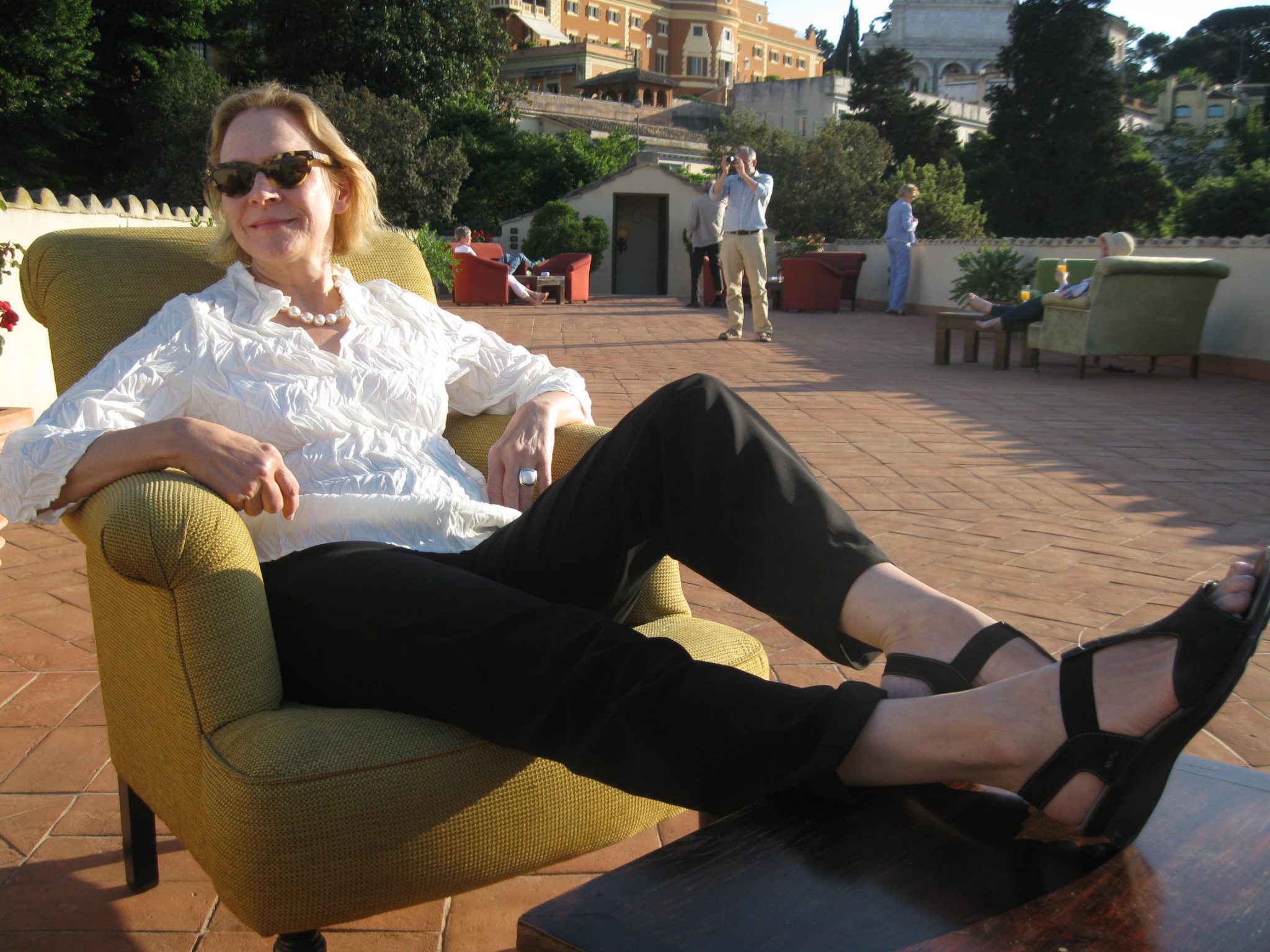
This end-of-trip photo of the Restless Author — taken in late afternoon, on the roof terrace of the Donna Camilla Savelli Hotel, on Saturday May 17, 2014… after nine extraordinarily productive days in Rome and environs —proves that a Rome-Stay CAN indeed be relaxing, instead of nerve-wracking. I’ll tell you how to keep calm, while visiting one of the most frantic cities in the World. Photo by Donn Brous.
November 2014
Winter has just arrived in New Hampshire…with typically indecent haste. For all of us who thrive during summertime, these first days of snow and chill — which promise months of the same to follow — pose a challenge: how indeed, are we to cope cheerfully with the absence of regularly-appearing sunshine, of green-growing landscapes, of warming breezes?
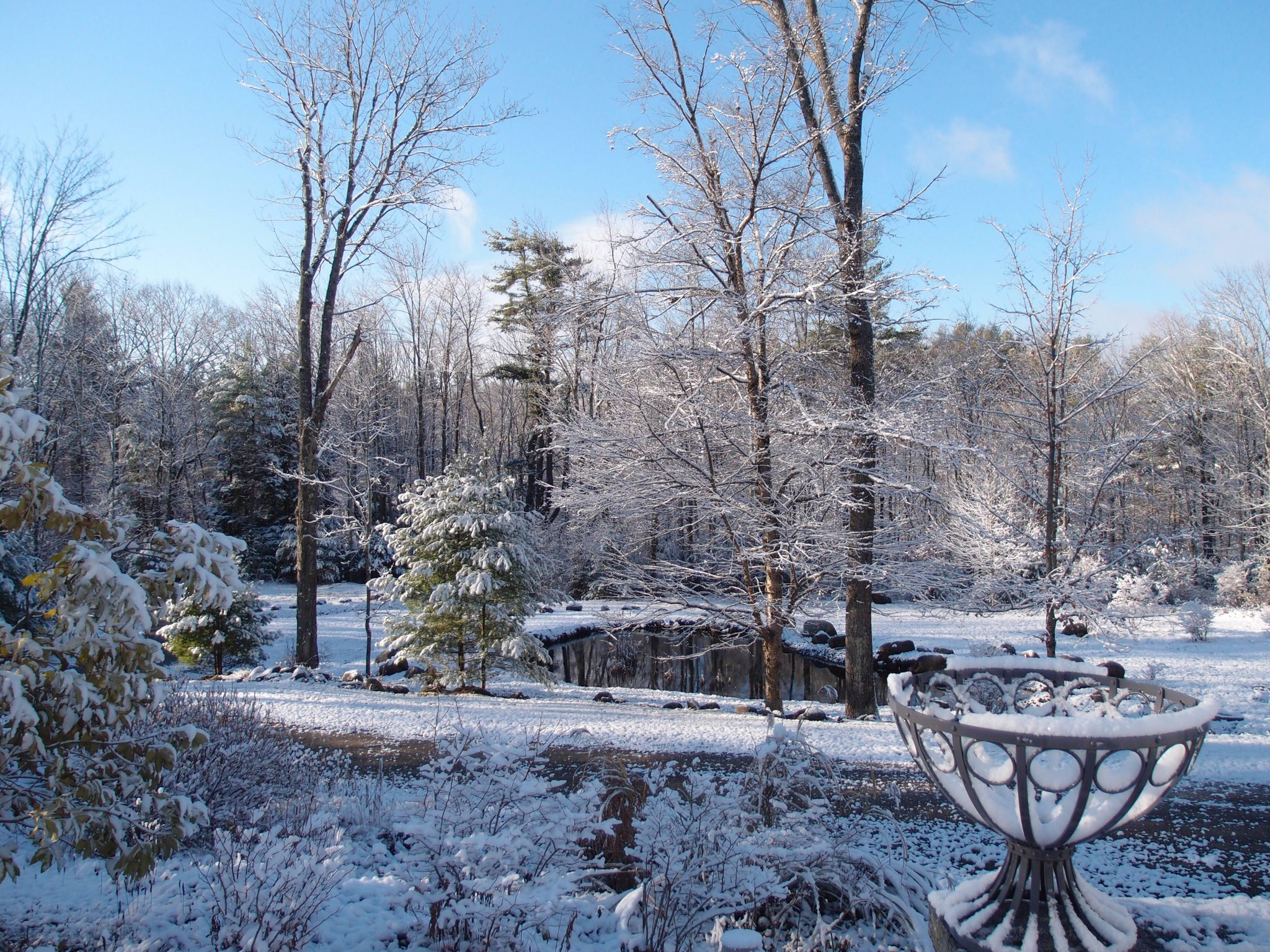
My New Hampshire meadow & pond, on Nov. 14, 2014. This has now given me incentive to write about Warmer Places.
From a travel-writer’s perspective, however, this early advent of Winter provided a necessary kick-start. Before the snow began to fly, I’d loitered at my desk…had pondered how best to begin work on an extensive, three-part series about my most recent visit to Italy.
In May, I’d further explored Rome (which you’ll read about here). I’d traveled to the hills of northern Lazio to investigate the water features at Villa Lante, and the monstrous stone carvings at Sacro Bomarzo…two very different Mannerist gardens from the mid-1500’s. And I’d returned to Tivoli, where I once again marveled at the archaeological site of Hadrian’s Villa, and also made a very emotional third pilgrimage to my favorite garden in All the World…the Villa d’Este.
The sturm und drang of New England’s weather has now given me the incentive I needed to turn my thoughts to the beauties of Italy in mid-May. Turbulent winds howl down from the slopes of Mount Monadnock, and across my gardens, where tree surgeons are currently chain-sawing their way through the broken trunks and limbs which forceful gales have recently left in their wake. But I’m transporting my mind back into the perfect warmth of Rome, in late-Springtime, when roses were in full bloom, and the fragrance of jasmine filled the air. It’s sixteen degrees Fahrenheit outside, with another ice storm on the way? Who cares! I’m thinking of Rome as it was, during its most welcoming season.
My previous visit to Rome occurred in June of 2011, and I reported about that sojourn for New York Social Diary. Since Rome is the Eternal City, much of what I wrote three years ago does, of course, still apply to the Rome I visited in May of 2014. Thus, where appropriate, I’ll weave a few passages and pictures from my 2011 article into these new, infinitely more detailed Travel Diaries.
As I’ve made return trips to Rome, my attitude toward the City has evolved, and my ability to rise to its challenges has matured. I now enter the City with
an awareness that I’m but one of approximately 10 million extremely fortunate tourists who’ll visit, over the course of a “normal” year (that count can double, in high holy years). This means that, should I encounter any of Rome’s 2.9 million citizens whose behavior is a tad brusque, I must bear in mind that the natives are being incessantly pummeled by a veritable stampede of we who are just passing though. Sure, that pummeling also contributes mightily to Rome’s economic health (although the words “healthy” and “economy” in Italy these days do not go hand-in-hand), but still, living in one of the major tourist attractions on the planet has got to be patience-taxing, and so visitors should try to remain compassionate towards the locals.
I cannot hope to have a native’s understanding of Rome. But I’ve progressed beyond my first, long-ago hours of feeling overwhelmed and intimidated by the enormous scale of the city that I yearned to discover. I’m done with my days of being annoyed at the crowds and hucksters. I’m sanguine about the high cost of enjoying food in restaurants that are located on the city’s most famous piazzas. I’ve survived my carelessly-chosen ride in a gypsy cab, and have skirted mobs of voracious pickpockets. I no longer fume throughout sleepless nights, as noisy tourists who seem never to need to rest party into the wee hours. While I try studiously to learn from others’ mistakes, I’ve learned alot from my own. And I’ve relentlessly picked the brains of the Locals — be they Italian-Born, or Transplants-by-Choice — about how best to mine the treasures in and around Rome. Over the years, these six brilliant ladies have been especially generous about sharing their Rome-Lore with me:
Jill Carlson De Carli (who, much to my sorrow, died in 2007), Valentina Grossi Orzalesi, Dr. Giovanna Terzulli, Mia Thomas-Ruzic, Dr. Vanella della Chiesa, and Vanessa Caredda.
Combining cautionary tales harvested from my past travel snafus with touring tips offered by my friends has finally allowed me to become relaxed whenever I’m being a Temporary Roman. Here are my formulas for a stress-free visit to the city which, next to London, has become my Favorite Whirlwind on the planet.
Rome, like London, is incomprehensibly, horizontally vast. To reach the Centro Storico (or Historic Center), the entirety of which comprises one of UNESCO’s World Heritage Sites, you must first penetrate and then thread your way through miles and miles of urban sprawl which surround the ancient Caput Mundi…the Capital of the World.
There are treasures on every corner and Rome’s inhabitants either zip past them all at frantic speed, or idle in what seem at times to be perpetual gridlocks of traffic. Whether you travel to Rome via plane, landing at Fiumicino Airport (aka Leonardo da Vinci), or arrive in the City via train,
disembarking at the Stazione Termini, for calm entry into the Roman Maelstrom, it’s critical that visitors hail a Legitimate Taxi. Legions of illegal, unsanctioned cabs haunt the airport and train station, and pose the hazards of dangerously inept drivers, who demand exorbitant fees.
And so our Tutorial for a Stress-Free Roman Visit begins with this first, most important item: When in Rome, ONLY step foot into the Comune di Roma’s WHITE cabs…those with taxi signs on the roof, and the words “ROMA CAPITALE” printed on the door, alongside the taxi’s license number.
Your next Travel Tactic applies when you’re visiting any part of the Italian peninsula. Immediately after you’ve set foot on Italian soil (and even before you take that first taxi ride), stop thinking of Italy as “ITALY.” Instead, know that this country is actually “THE LAND OF EXACT CHANGE,” and point yourself toward the nearest Bureau de Change outlet at the airport. If you want to ingratiate yourself with Italian vendors, be advised that nothing will engender goodwill faster than your offerings of small bills and abundant coin. Certainly, your credit cards will also be welcomed, but only reliably at hotels and boutiques. As you go about your daily business of touring, you’ll discover that most museums won’t make change for admission fees, and that taxi fares must be paid exactly (and always remember to tip drivers generously to show how glad you are to have survived your rides). Many restaurants frown at tabs being settled with large bills, and even front desk staff at fine hotels grimace when asked to break 100 Euro notes into smaller denominations. Before you head out each morning, remember to fill your change-purse to jangling, and stuff your wallet with as many 5 Euro notes as will fit. You’ll thus be met with smiles, whenever you spend money.
The third, important rule for a Happy Roman Idyll is to secure a HOME-BASE IN A LESS TRAFFIC-AFFLICTED CORNER OF THE CITY. I have always gravitated to TRASTEVERE, which is on the west bank of the Tiber River. Trastevere is the 13th Rione (“Rione” means a traditional administrative division of the city of Rome) and has been settled since Etruscan times.
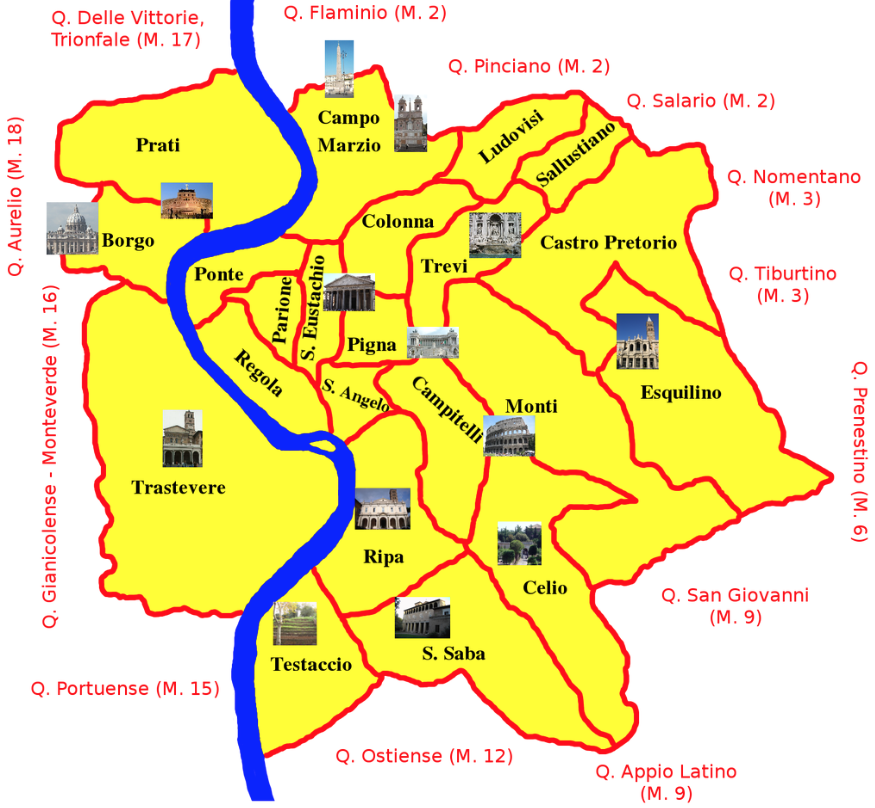
Trastevere is on the west side of the Tiber River. The name of this division of the City comes from the Latin: “trans Tiberim,” meaning “beyond, or across, the Tiber.”
Certainly, the too-many-cars-trucks-and-motorbikes situation in Trastevere is as bonkers as it is throughout the rest of Rome…
…but because much of the neighborhood has been turned into an Area Pedonale (pedestrians only area) — especially the sections to the north of Viale di Trastevere (the road which marks the division between the north and south portions of Trastevere) — it’s possible to amble through much of Trastevere without the constant peril of being flattened by an impatient driver.
When you’re in Trastevere, you’re in the thick of a closely-packed part of Rome. On the lower, un-hilly portions of the neighborhood, confounding mazes of narrow, cobbled streets are lined by humble medieval buildings, which stand on the foundations of a significant Jewish community, one that began in Roman times. Occasionally the warren of alleys will widen into a small and irregularly-shaped piazza, but there are no piazzas in Trastevere to rival the expansive, paved spaces which abound on the opposite side of the Tiber. To announce the hour, Trastevere’s churches do not sound their chimes simultaneously. Firstly, the Basilica di Santa Maria’s bells ring (the 12th century mosaics inside the Basilica are jaw-droppingly beautiful). Then, split seconds after Santa Maria’s bells have gone silent, all the other churches in the Rione politely take turns announcing the time, one series of chimes commencing moments after earlier sequences have sounded. Each bell has its own timbre. Time in this quarter becomes a rolling event…subject to whatever church bells you happen to hear. Seagulls squawk and swoop up and down as they ride the thermal winds (a reminder that Rome isn’t too far removed from the Tyrrhenian Sea). People chatter, in a Babel of languages (a nice mix that’s quite soothing). In Trastevere, Real Romans, and Students (six universities are based in the neighborhood); swarms of Sidewalk-Vendors, all selling identical, poorly-made goods (avoid them, always!) ; Wanderers, and Expatriots mingle … it’s a stew of humanity.
Despite being densely-populated and surrounded by busy roadways, the air in the northern sector of Trastevere often has a soft sweetness. On the eastern border, cooling breezes rise from the waters of the Tiber. And, along the the western edge of Trastevere, the lushly-planted acres of the Orto Botanico (Botanical Garden), combined with the far longer stretches of tree-dotted parkland on the Gianicolo’s steep hillsides, filter away pollutants. While many other portions of Rome’s Centro Storico seem now only to be soulless and bus-fume-befouled tourist destinations, Trastevere has somehow persevered and remained a vital and very-much-of-this-day neighborhood.
After some experimentation, I’ve settled upon the perfect Roman refuge:
The HOTEL DONNA CAMILLA SAVELLI, which is on the slopes of the Gianicolo (or Janiculum Hill). Because the Hotel is situated well above Trastevere’s warren of cobbled streets, and contained within the thick, noise-dampening walls of a fully-restored 17th century monastery, life at the Donna Camilla Savelli is nearly always surreally tranquil.
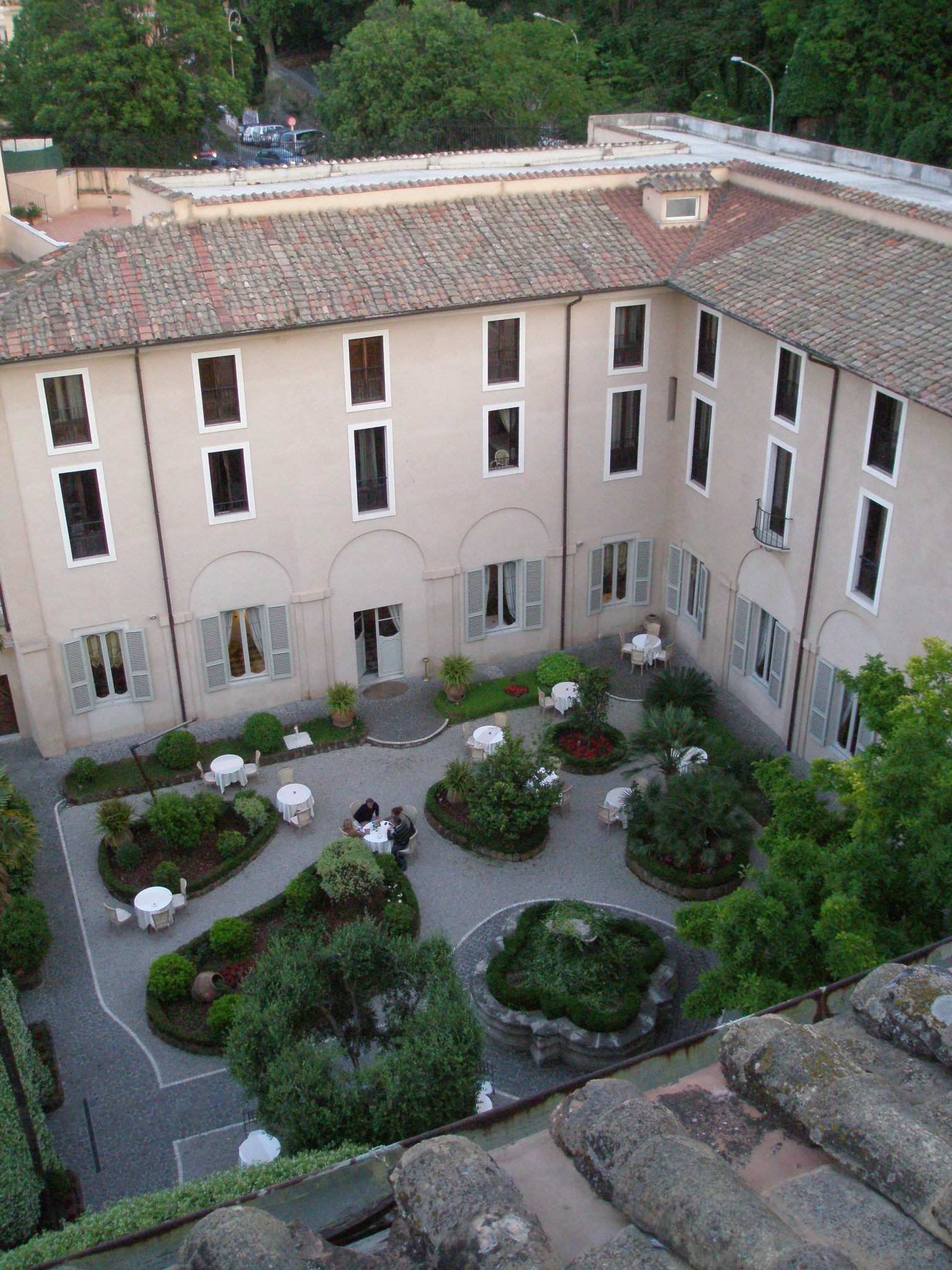
The Donna Camilla Savelli Hotel. This is my twilight view of the courtyard, as seen from the Hotel’s roof terrace, which is built atop Borromini’s Church of Santa Maria dei Sette Dolori. The window to my room is on the top floor of the former Convent, & just to the right of the corner where two wings of the building meet. Photo taken on Friday, May 9, 2014.
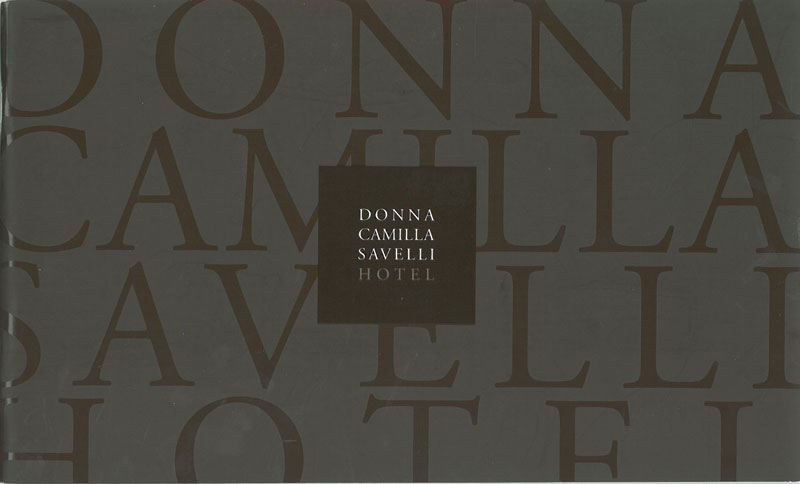
Donna Camilla Savelli Hotel. #27 via Garibaldi. Trastevere 00153, Rome, Italy. Telephone# +39-06-588861. Website: www.hoteldonnacamillasavelli.com
The Hotel itself occupies the rooms of a former convent, that of Santa Maria dei Sette Dolori , which was established in 1641 by Camilla Virginia Savelli Farnese, the Duchess of Latera. In 1642, The Duchess asked Francesco Borromini, then at his height of success as an architect, to design a Church, as well as an adjoining convent…to be built upon one of Trastevere’s most desirable sites: a high spot from which most of the Historic Heart of Rome could be admired. Construction commenced in 1643, but sputtered to a halt in 1655, when the fortunes of the House of Farnese declined. Over the next several decades, however, the interiors of the Church, along with the convent wings, were completed. Following is Wikipedia’s snapshot history of the Baroque building, which is one of Borromini’s most important works :
“The convent underwent a number of tribulations during the 19th century, however, it was not deconsecrated in 1873, as were many other monasteries. Since then the nunnery has slowly ebbed, and most of the convent is now the Hotel Donna Camilla Savelli. The Diocese presently lists the church as being in the care of the few remaining nuns of the order of Suore Oblate dei Santo Bambino Gesu. The monastery also served as a place to hide Jews from the Fascist authorities active in the Holocaust during World War II. The façade of the church remains in brick, deprived of decoration. It has a concave front and some odd-shaped windows that underscore Borromini’s Baroque idiosyncrasies.”
Several nuns from the convent continue to live on site, and daily, early-morning services are still held in Borromini’s jewel-box of a Church. A nun very kindly allowed me a private viewing of the Church’s interior…which was exquisite. I refrained from taking photos there, however.
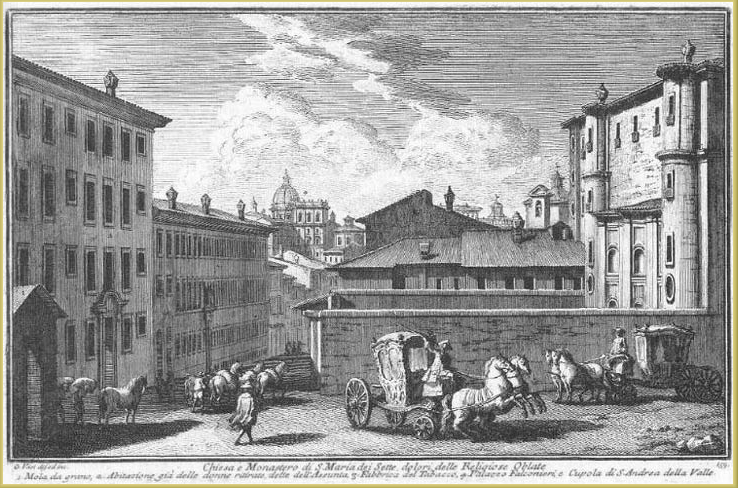
Period etching of Santa Maria die Sette Dolori. The wall shown here is the same wall that still separates the Hotel’s entry courtyard from via Garibaldi, which makes a 90-degree turn around the property. Today’s visitors to the Hotel see this same brick facade, which is embellished only by Borromini’s eccentrically-arranged windows & alcoves.
About the architect himself, Wikipedia states:
“Francesco Borromini was a leading figure in the emergence of Roman Baroque architecture. A keen student of the architecture of Michelangelo and the ruins of Antiquity, Borromini developed an inventive and distinctive architecture, employing manipulations of Classical architectural forms, geometrical rationales in his plans, and symbolic meanings in his buildings. He seems to have had a sound understanding of structures. He appears to have been a self-taught scholar, amassing a large library by the end of his life.”
“Probably because his work is idiosyncratic, his subsequent influence was not widespread. Later critics of the Baroque, such as the English architect
Sir John Soane, were particularly critical of Borromini’s work. From the late 19th century onwards, interest has revived in the works of Borromini and his architecture has become appreciated for its inventiveness.”
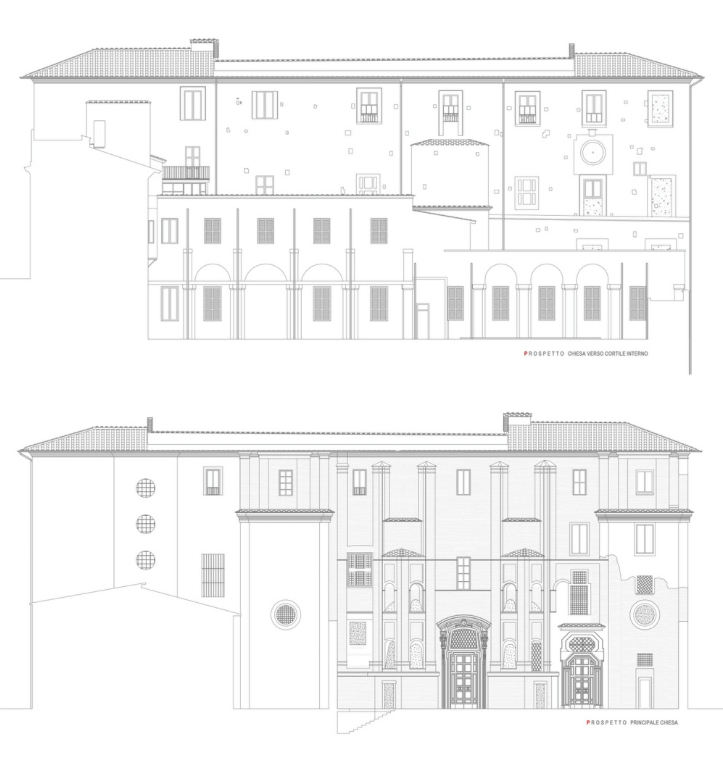
Elevation Drawings of the Church of Santa Maria dei Sette Dolori. On the bottom: the Church itself.
On the top: exterior elevation of a wing of the Convent.
Shortly after my arrival, on the afternoon of Friday, May 9th, I realized that staying for the next nine days at the Donna Camilla Savelli Hotel would qualify as an Extraordinary Event in my life as an Architecture-Lover. Here now, my grab-bag of Hotel photos:
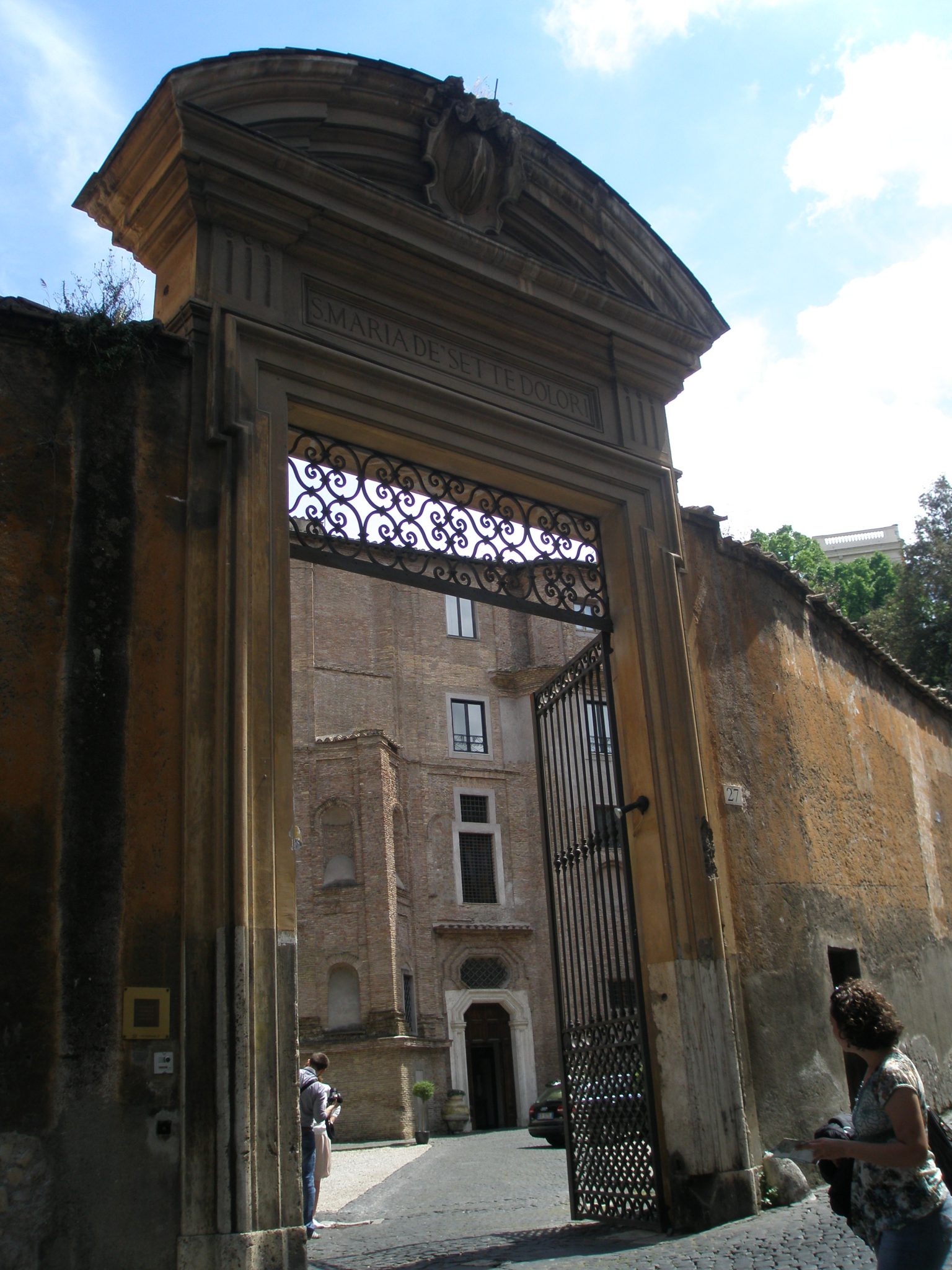
The imposing Entry Gate to the Donna Camilla Savelli Hotel’s front courtyard, as seen from via Garibaldi.
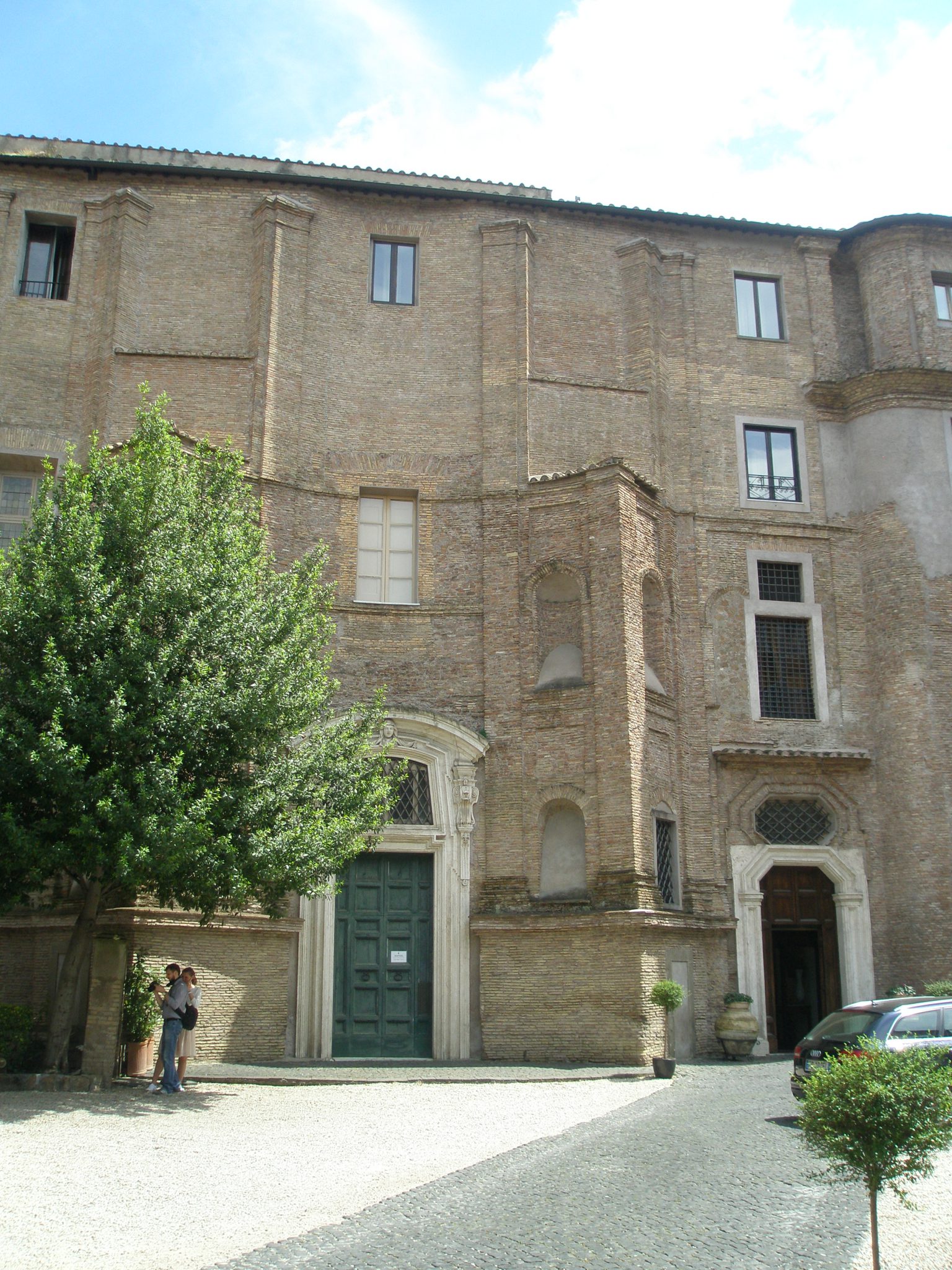
From inside the front entry court: the door to the Church at the center; and entry to the Hotel is to the far right.
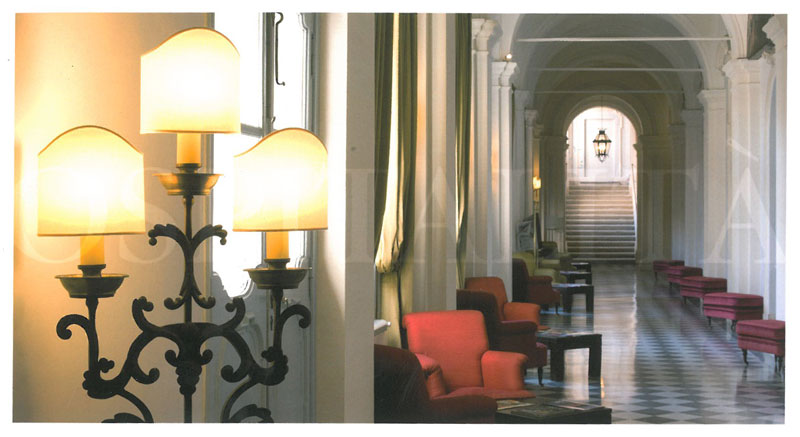
View down the length of the ground floor’s Lounge. The Bar & Breakfast Buffet areas are to the right, and doors leading to the Courtyard are to the left. Image courtesy of the Donna Camilla Savelli Hotel.
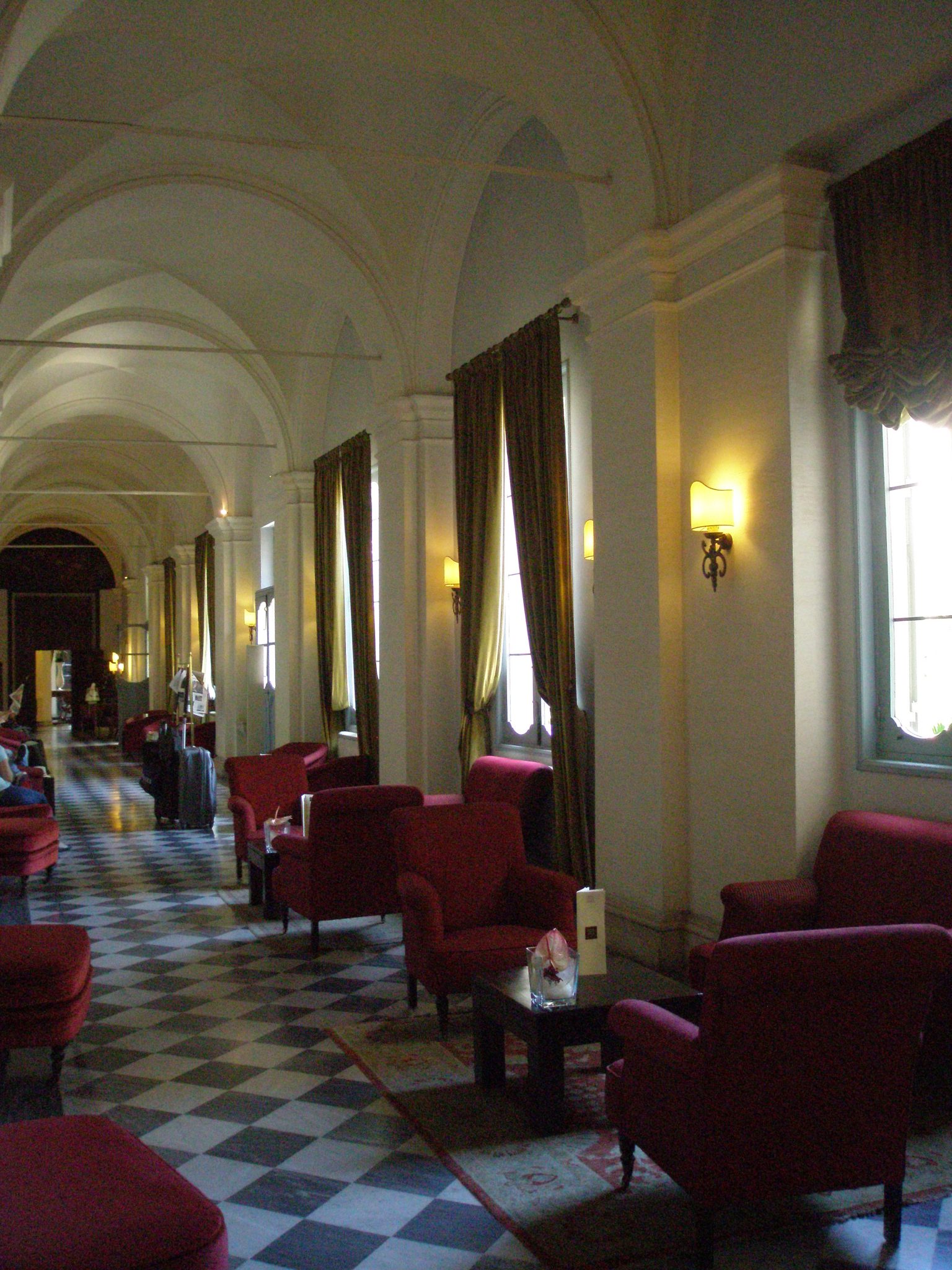
My view on May 10th, from the opposite end of the Lounge, as I prepared to climb stairs, to my top-floor room.

I’ve just entered my small but well-appointed quarters, where the most-important feature is a nice bathroom with a huge, marble bathtub!
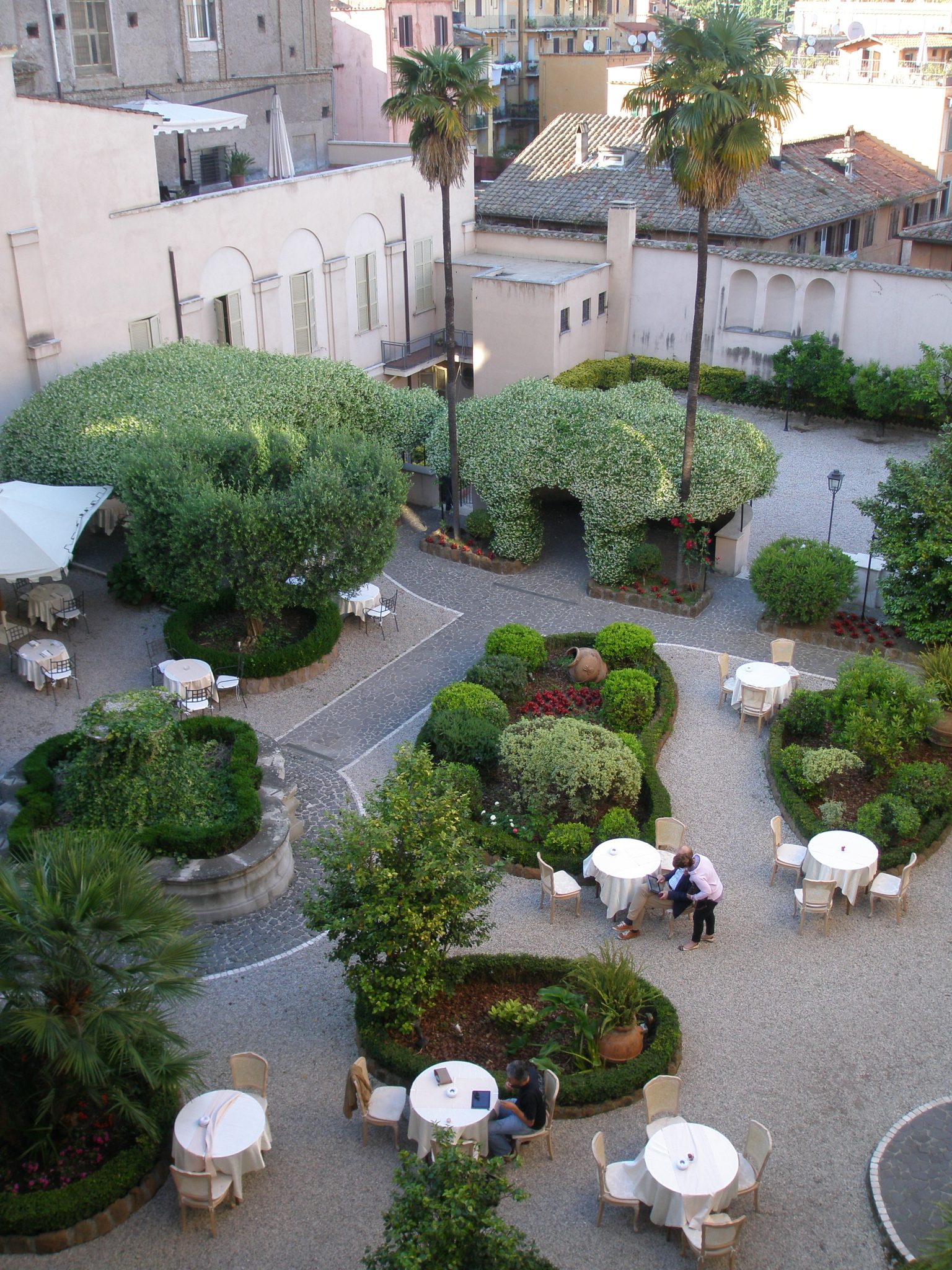
I looked down into the courtyard, where clouds of jasmine cascaded over pergolas, and tables were being set for the evening meal.
I lingered on the roof deck, as night approached. Watch now, as the light changes:
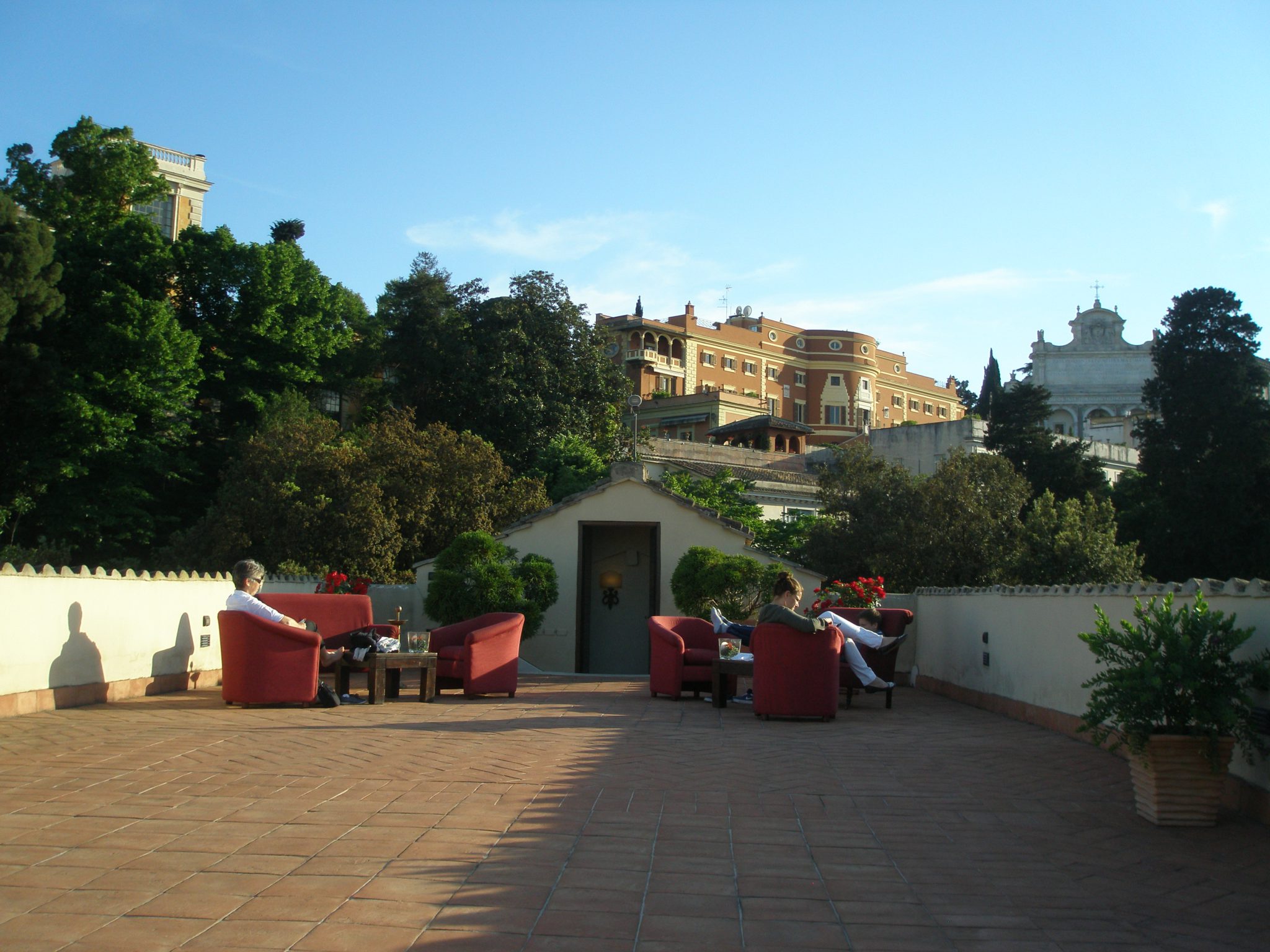
Up top, looking west. At the far right, the ornate white monument is the top portion of the Fontana dell ‘Acqua Paola (a.k.a. “The Big Fountain,” which was built in 1585–1588) .
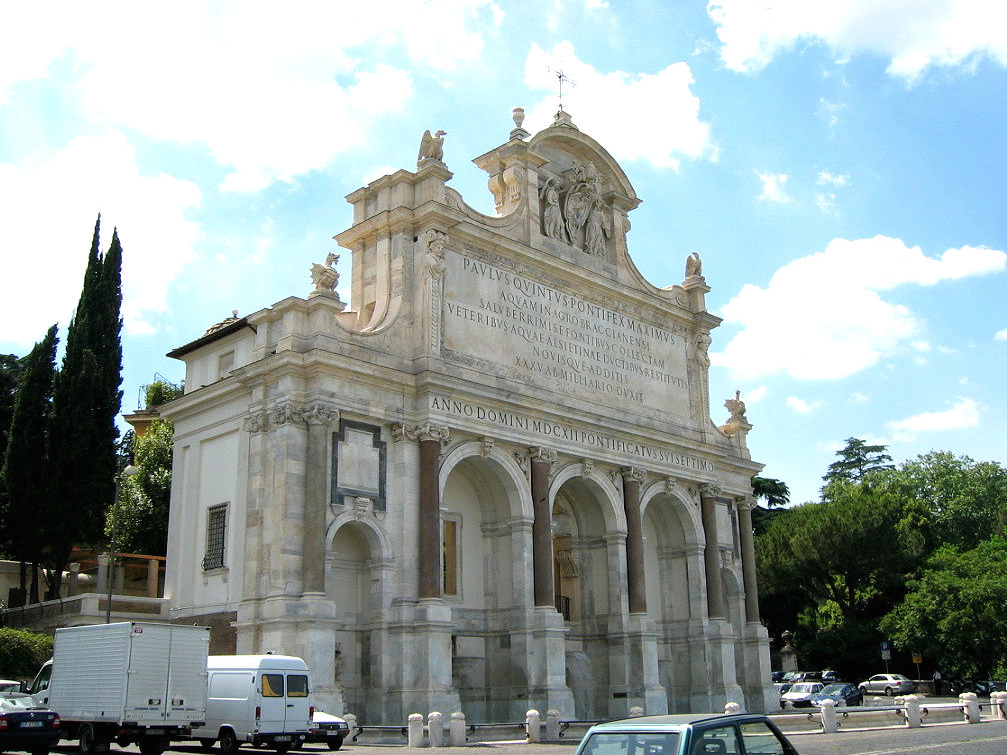
A closer look at the Fontana dell’ Acqua Paola, which was made on the orders of Pope Paul V. The Pope decided to rebuild and extend a ruined aqueduct which had been constructed by the Emperor Trajan. The Big Fountain thus provided a new source of clean drinking water for residents of Janiculum Hill, who had been forced to take their water from the polluted Tiber.
After enjoying a perfect, light supper at a table in the courtyard, I returned to my room, and took this one, last look outside.
On Saturday morning, May 10th, I peered out through my windows, and Rome was still there, right where I’d left her.
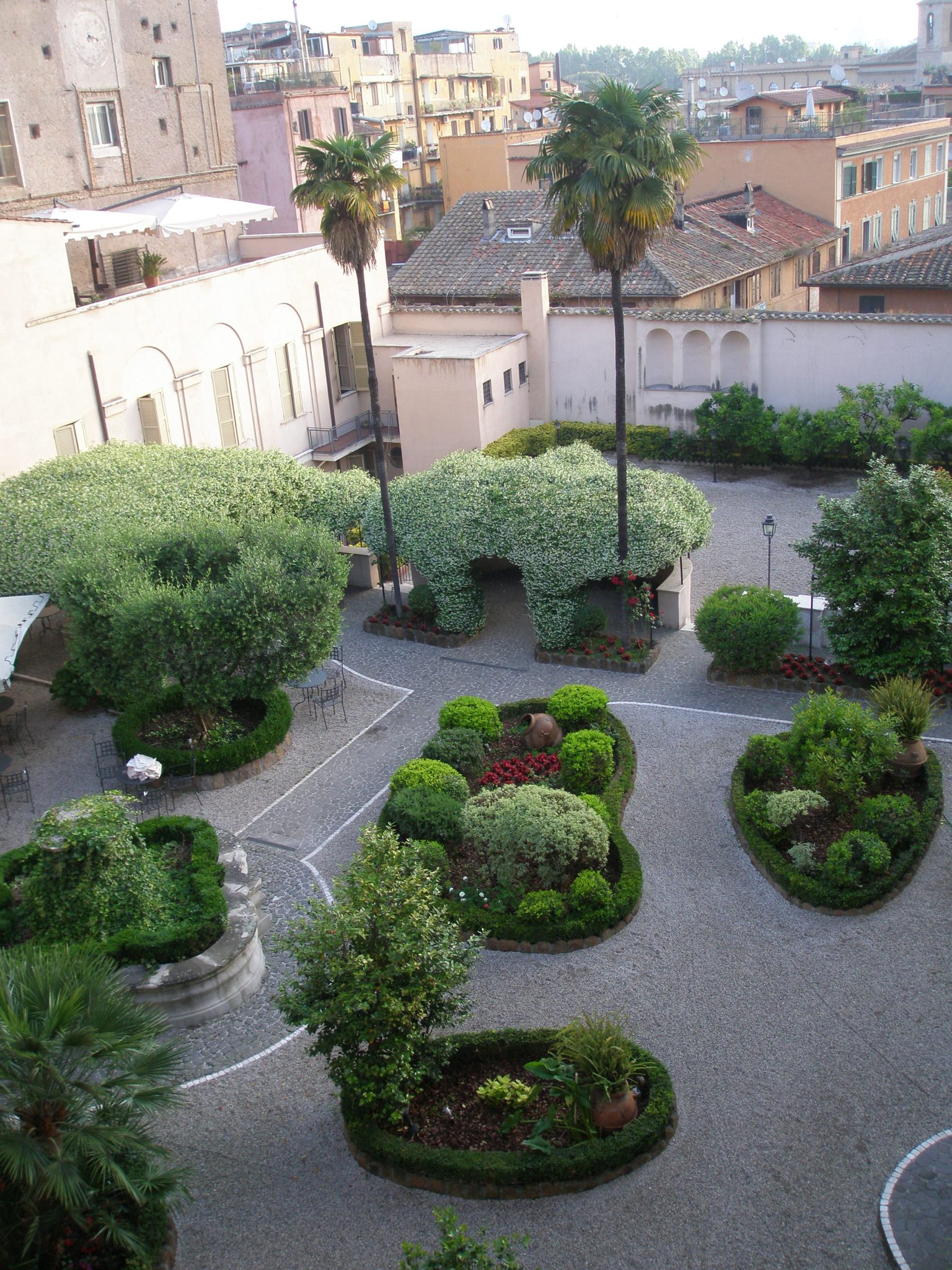
…and sometime during the night, the tables and chairs in the courtyard had been silently spirited away.
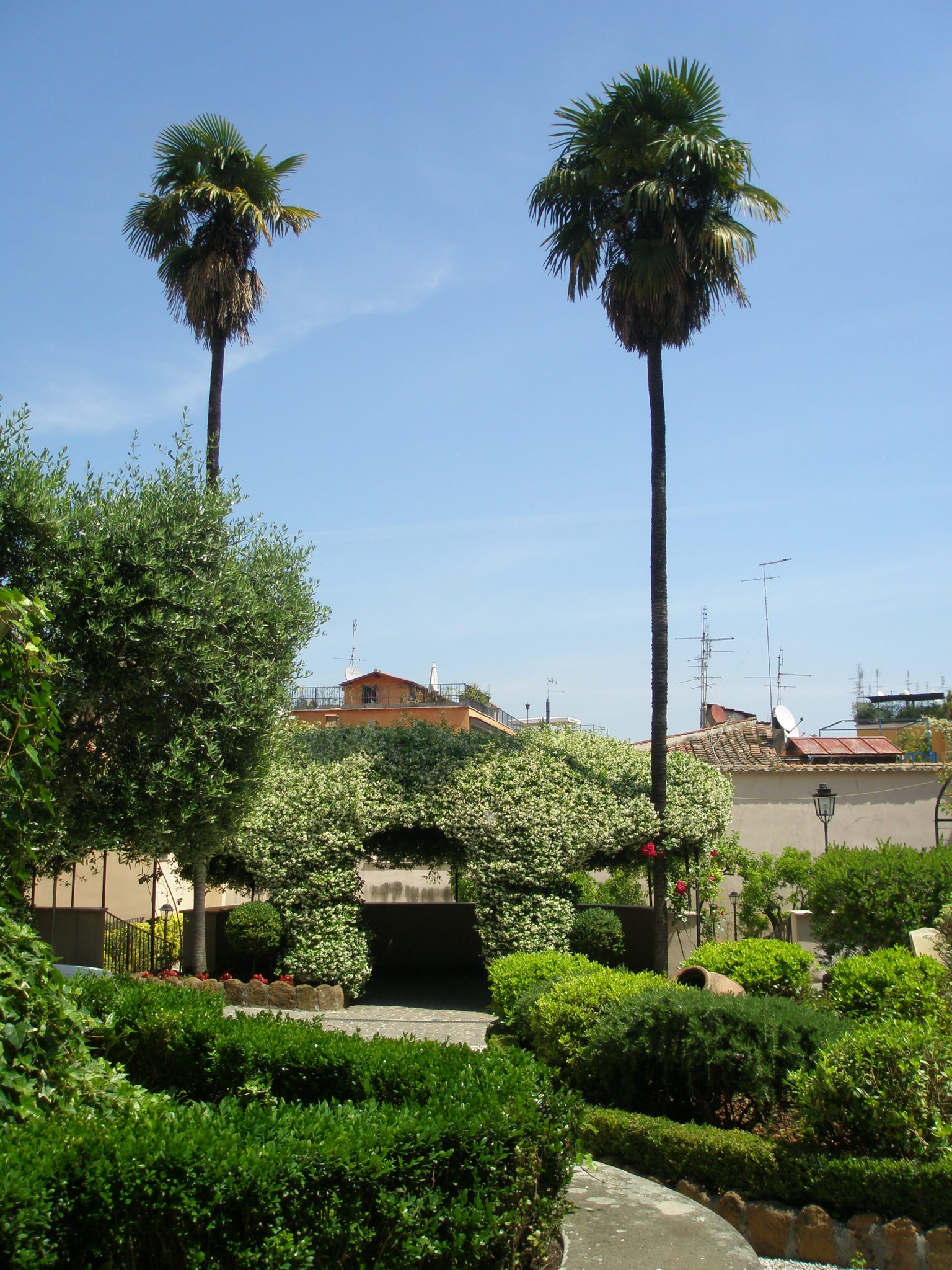
This was my view, as I worked my way through a 3 course breakfast of salad, followed by eggs, and then completed by a slice of almond torte…all fuel for me on an average travel-day, when I walk no fewer than 6 miles.
SATURDAY MORNING, 10 May 2014
Well-rested after my tranquil night at the Donna Camilla Savelli Hotel, and fortified by a breakfast feast, my Rome perambulations officially began.
But, no matter how tempting thoughts of sight-seeing are, during each of my first, full days in Rome I always force myself to remain unambitious: I limit myself to neighborhood reconnoitering, which gives me a chance to regain my sense of calm…which has usually been compromised on the previous day by long hours of travel, and airports, and queues at customs (Italian customs agents are often surly and unapologetically sluggish). Because I leave home with only a single, small suitcase, the first order of business must always be to purchase toiletries, followed by foodstuffs, and stamps…LOTS of stamps (I’m an industrial-strength postcard-sender-and-letter-writer.). My ritual of shopping for basic supplies instantly helps my brain to recalibrate to a foreign culture. And so a trip to the local Farmacia (pharmacies are always marked outside by a Green Cross) is an Event Unto Itself.
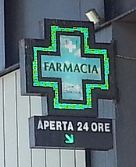
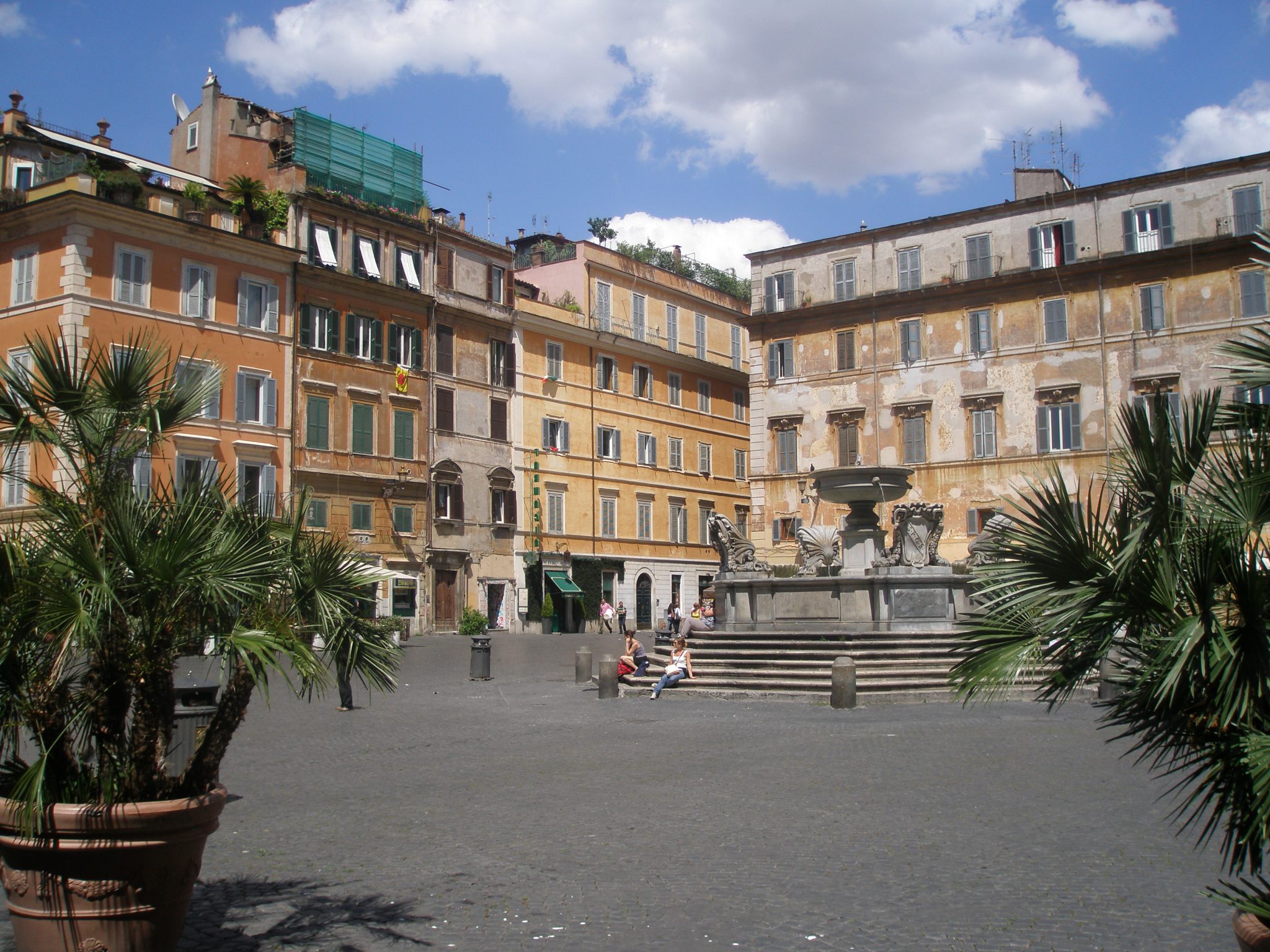
My favorite Farmacia in Trastevere is on the Piazza di Santa Maria, across from the Basilica. The entrance to the pharmacy is under the little green canopy that’s in the center of this picture, to the rear of the fountain.

The Basilica di Santa Maria in Trastevere, is central focus of this part of Rome. A church as been on this plot since the early 3rd century, and the current building is the result of a 12th century remodeling effort. The arches of the front portico were added in 1702.
Deciphering Italian labels in pharmacies becomes more and more entertaining (which means I’m easily entertained, but there you are….) as you work your way up from the easily-identifiable products (toothpaste = dentifricio ; sunscreen = lozione), and on through salves and fascinating lotions (antiseptic salve = salve antisettico; basic body lotion = la crema per il corpo…but then good luck figuring out what all of the additives are ) ; and finally to the mysteries of cold remedies (cough syrup = lo sciroppo per la tosse; antihistamine with a decongestant = un antistaminico e un decongestionante) and various disturbing quinine elixirs (don’t mess around with “il chinino” unless you know what you’re doing). For some reason, the germ environment in Italy nearly always causes me to fall ill, and so acquainting myself with a local Farmacia is essential.
I never ventured away from the Hotel without the Lonely Planet’s guidebook to Rome, a mini Larousse dual-language pocket dictionary, a collapsible shopping bag, and a street map… all tucked into the ultimate travel purse: Travelsmith’s totally unglamorous but totally practical Pacsafe Metrosafe 200 Gil Shoulder Bag ( www.travelsmith.com ). When I need to add a bit of Glam to the Mix ( which should always be the case when visiting a world-class city like Rome, because Italians, with their appreciation of La Bella Figura, truly like it when visitors make an effort to look presentable ) , I throw on some fake pearls, a pleated outfit designed by Babette of San Francisco ( www.babettesf.com ), and a colorful scarf by Emilio Pucci.
After you’ve completed your pharmacy-run, and have scoped out the most promising-looking grocery stores in the area…
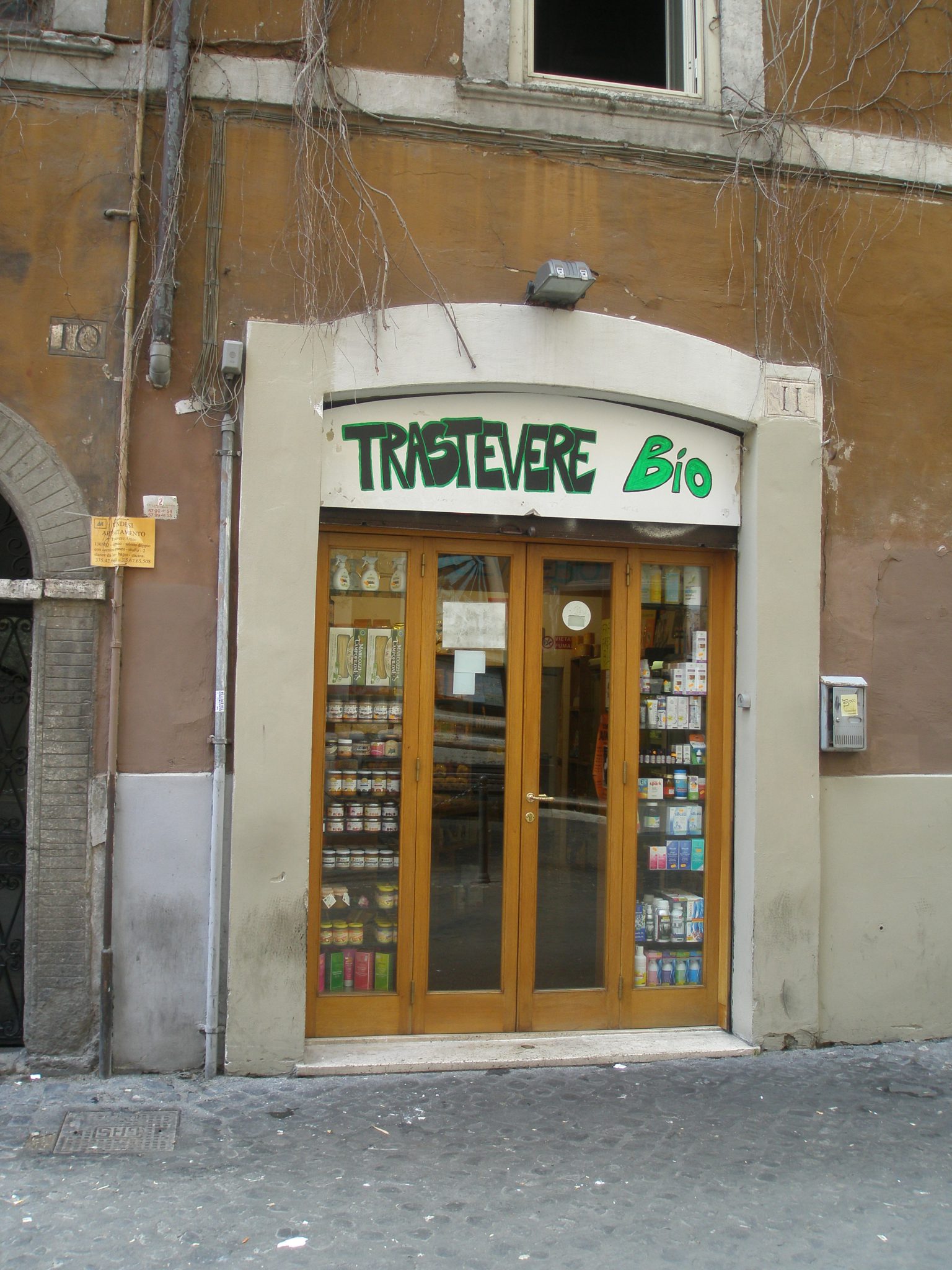
This is the easy-to-miss Natural Food Store on via Benedetta, in Trastevere, that Mia Thomas-Ruzic revealed to me in 2011.
….begin your stamp-buying mission.
Always save this trip to a Post Office for your last chore of the day, because after you’ve run the gauntlet at an Ufficio Postale, you’ll very likely be in need of a long sit-down and a stiff drink.
Supplied with many Necessities, and feeling quite competent, I continued optimistically down Via della Lungaretta toward the nearest Post Office, at #4 Largo San Giovanni de Matha…
…where, in past years, I’d stocked up on stamps. As always, upon entering the Ufficio Postale, I approached a yellow machine by the door, and pushed the button marked “Spedizione,”which spat out a paper slip marked with a ‘P’ and a number. When my number was called, I approached the clerk, and asked to purchase 50 francobolli, and also presented the overweight airmail envelope that I needed to send to America. I smiled and stood before her, confidently offering Exact Change! Although her window was clearly marked as the place to buy stamps, my clerk simply wasn’t in the mood to fetch more stamps from the back room safe, and she refused me, saying “no francobolli, NO FRANCOBOLLI! Attraversare Fiume!” She slouched away from her counter, and I left, defeated…and unwilling to trudge across the Tiber in search of a mythical Post Office that WOULD have stamps. I returned to my Hotel, and asked the concierge if he might find me a Post Office nearby where stamps WERE on the menu. He first called the Ufficio where I’d just been, but they weren’t answering their phones. After a bit of web-searching, my kind gentleman contacted the next-nearest Post Office, which was 2 miles away: he was assured that they would indeed be happy to sell me 50 stamps. And so the rest of my morning was spent on a stamp-acquiring hike.
During my long walk to and from the Friendlier Post Office in the farthest reaches of Trastevere (located at #158, Viale di Trastevere), I decided not to be annoyed, and instead realized I’d encountered another demonstration of what the New York Times called “the problem of what has become a two-tier work force in Italy. Solidly-protected workers—mostly older—are all but immovable and are still guaranteed ample pensions and retirement benefits. Behind them is a wave of mostly-younger workers who subsist on temporary, usually low-paid contracts, with few or no benefits. Nearly 43 percent of those aged 15 to 24 are currently unemployed.“ The unhelpful postal worker who’d turned me away from the Via della Lungaretta post office has lifetime job security and no fear of being fired, and so felt free to wield a bit of power over a hapless tourist. Italy’s Prime Minister Matteo Renzi, who assumed office in February 2014, has (further quoting from the NYTimes) : “pledged to shake up Italy’s sclerotic system and overcome entrenched interests. Mr.Renzi is pushing for more flexible labor rules to make it easier to hire and fire workers. The Prime Minister argues that a change toward a looser labor market would benefit young people in particular, by creating jobs,” but younger Italians “are deeply skeptical that the proposed change would in fact open jobs to them—so many other overhaul efforts before it have failed to do so. Instead, they are demanding the same guarantees that their parents have had, something it is not at all clear Italy can still afford.”
Moral of Story: Remember that your vacation is happening in the midst of Italy’s profound economic crisis. Be glad and vocally thankful for every helpful soul who you encounter during your stay in Rome. And organize yourself so that you’ll only need to visit a single post office during your visit. Or, for smaller quantities of stamps, a visit to a local Tabaccheria, or Toboccanist shop (identified with a white “T” on a brown sign) will do the trick.
Rome is bursting to its seams with museums. Instead of rushing frantically from one to the next (as I used to do), I now prefer to spend the lion’s share of Gallery Hours deepening my knowledge of a place I call the Mother-of-all-Museums … officially known as the Capitoline Museums, or Musei Capitolini.
www.museicapitolini.org
Established in 1471, the Capitolini are the world’s oldest national museums, and most of the exhibits come from Rome itself. It’s nice (for a change) to explore a world-class museum where the treasures on display are largely home-grown, and haven’t all been purchased and/or plundered from other countries. But a visit to the Capitoline Museums becomes much more than just an art-jaunt. When you’re on the Capitoline Hill, the history of Rome also confronts you…eager to explain itself.
The museum complex is perched on the Campidoglio (or Capitoline), the smallest of Rome’s seven hills. In Rome’s infancy, the Campidoglio consisted of two hills which were separated by a deep ravine that opened on its eastern end into a wide, swampy valley. Beginning in 600 BC, with the know-how of Etruscan engineers, and much slave labor, the Ancient Romans built one of the world’s earliest sewage systems: the valley’s unhealthful waters were drained, and pavement began to be laid. This newly-habitable area—east of the Capitoline Hills, and north of the Palatine Hill—became the Roman Forum: the Curia was built for meetings of the Senate, and the Comitium, for gatherings of the People.
In 1536, more than a thousand years after the fall of the Roman Empire, Michelangelo’s Piazza del Campidoglio was constructed upon fill that was added to join the two, ancient hills…the Piazza’s pavement rests at 26 feet higher than the floor of the original ravine. Michelangelo was also commissioned to design a new city hall (the Palazzo Senatorio, which was placed atop the ancient Tabularium), and two flanking buildings (which are occupied by the Capitoline Museum).
In 1885, a Medieval neighborhood on the northern portion of the Capitoline Hill was demolished to make way for the hulking Il Vittoriano (the National Monument to Victor Emmanuel II), a much-derided mountain of white marble that natives call “the Typewriter, “ or “The Urinal.” This central area has always been the place where Rome’s governments have chosen to erect their most imposing structures. The best way to begin to grasp how two millennia of Rome’s rulers have used monuments made of stone to declare their powers is to walk along the virtual timeline that exists on the Capitoline Hill, and in the Valley of the Forum.
Because slopes of the two original hills were very steep, and thus hard to conquer, the Capitoline was made into the citadel of the Ancient Romans. Rome’s most important temple, the Temple of Jupiter Optimus Maximus — dedicated in 509 BC — occupied the highest spot, and was surrounded by a swarm of lesser shrines. Today’s Capitoline Museum complex is built over the foundations of Jupiter Optimus Maximus. The Capitoline Hill was also the headquarters of the Public Roman Archive (aka, the Tabularium…more about which in a moment), and, in the Republican Age, of the Mint.
With your visit to the Capitoline, you’ll first get a serious dose of Michelangelo-as-architect (along with a serious dose of exercise), as you climb the seemingly-endless steps of his Cordonata, the stairway that leads from Via del Teatro di Marcello…
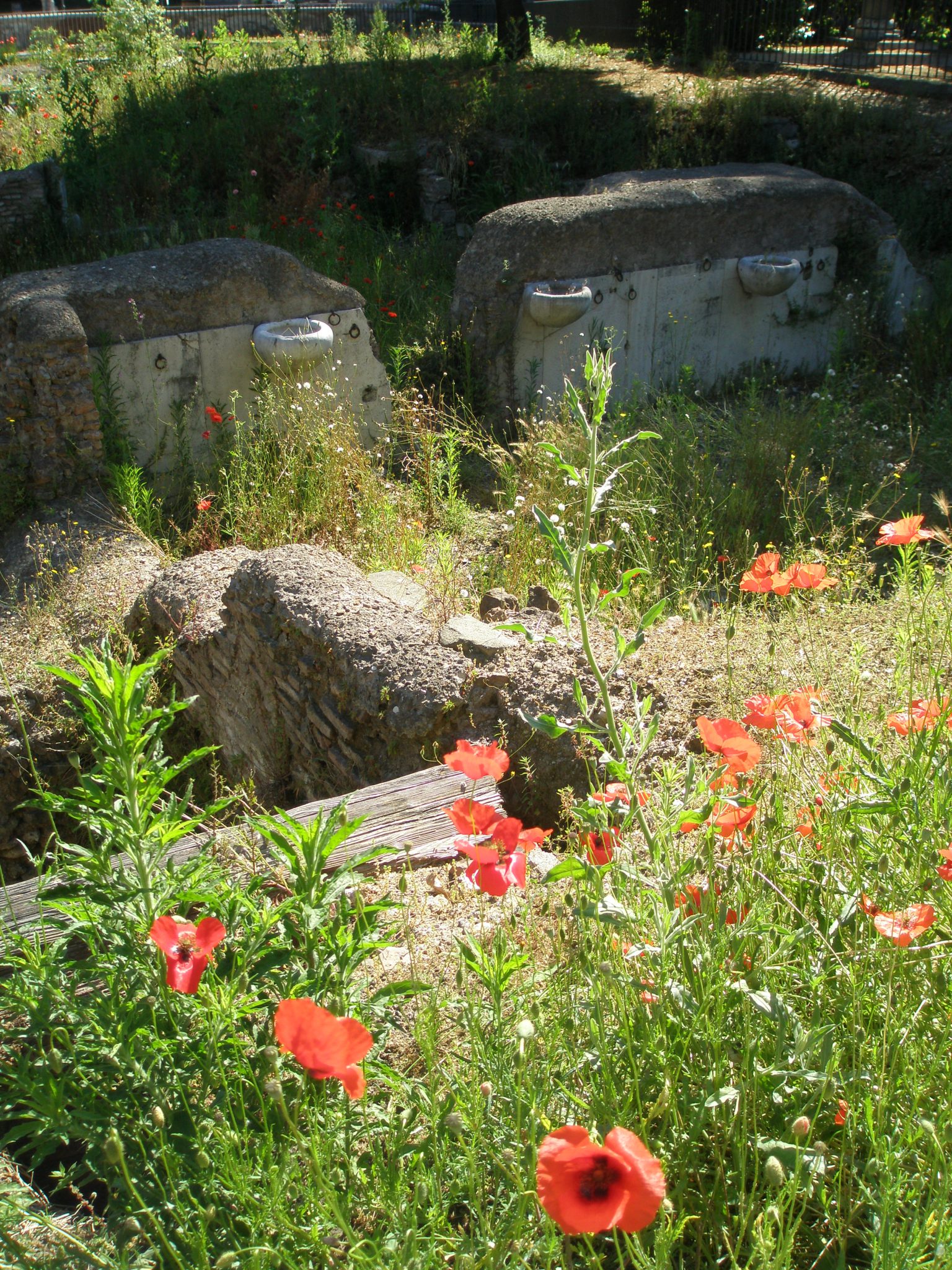
Having just crossed the Tiber at Isola Tiberina, I approach the ruins of the Teatro di Marcello. The Theatre of Marcellus was begun by Caesar, and completed by Augustus in 11BC, when he dedicated the building to the memory of his heir Marcellus. The Theatre had a diameter of 426 feet, rose to a height of 99 feet, and could seat about 15,000 spectators.
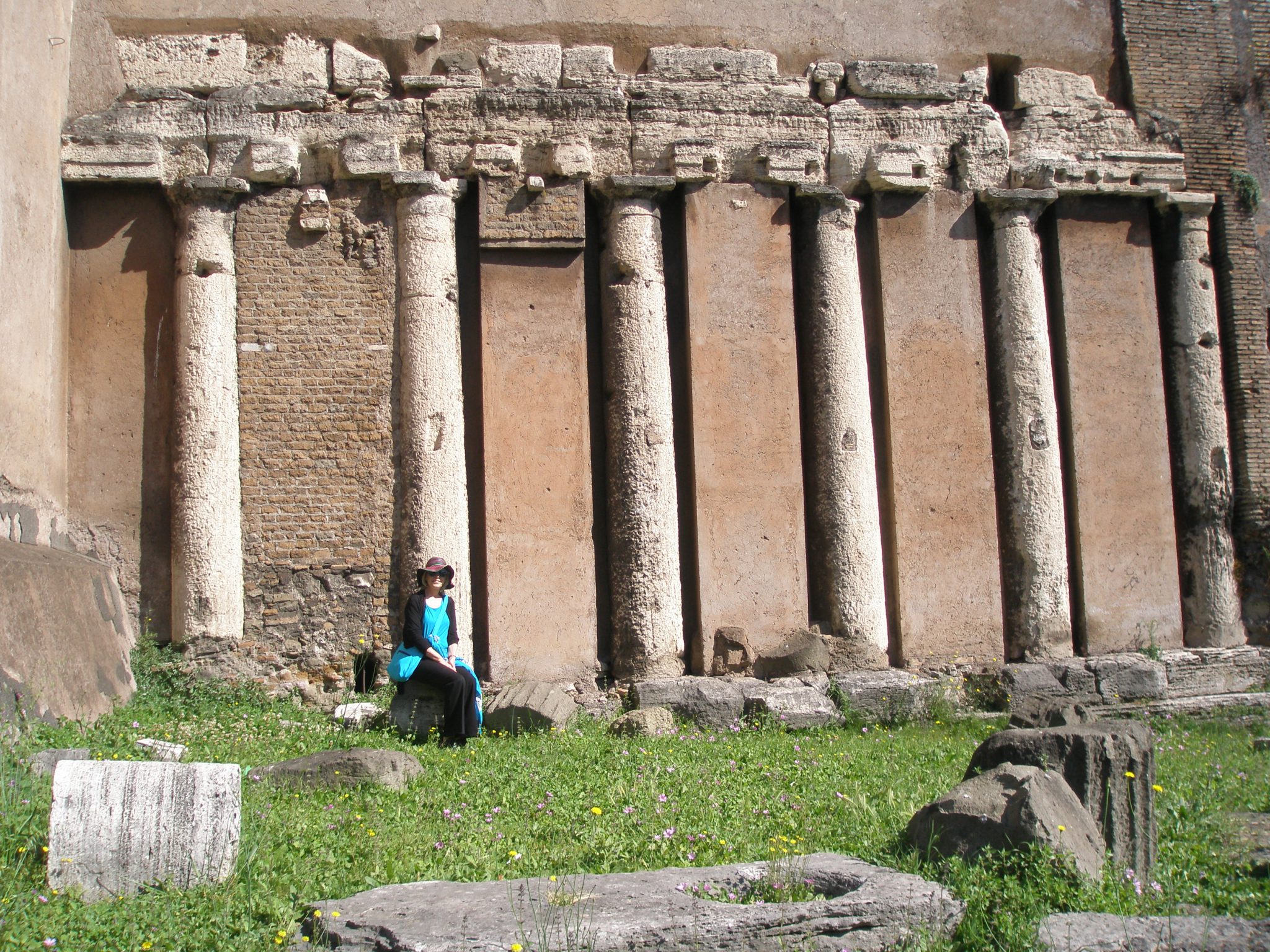
The ruins of the Teatro di Marcello. Donn Brous, my friend ever since girlhood, provides Human Scale. Donn had just flown over from Georgia, to join me for the remainder of the week.
…up to the top of the Capitoline Hill…
…where you’ll then cross dizzying patterns of paving stone. Michelangelo’s oval Piazza is centrally-anchored by a replica of the enormous equestrian statue of Marcus Aurelius (the original bronze of Aurelius, which dates from 175 AD, is inside the Museum). Michelangelo shaped his Piazza’s component parts (stairs, buildings, sculptures and decorative paving) into a single, organic unit; this is a place that continues to be one of the World’s greatest built environments.
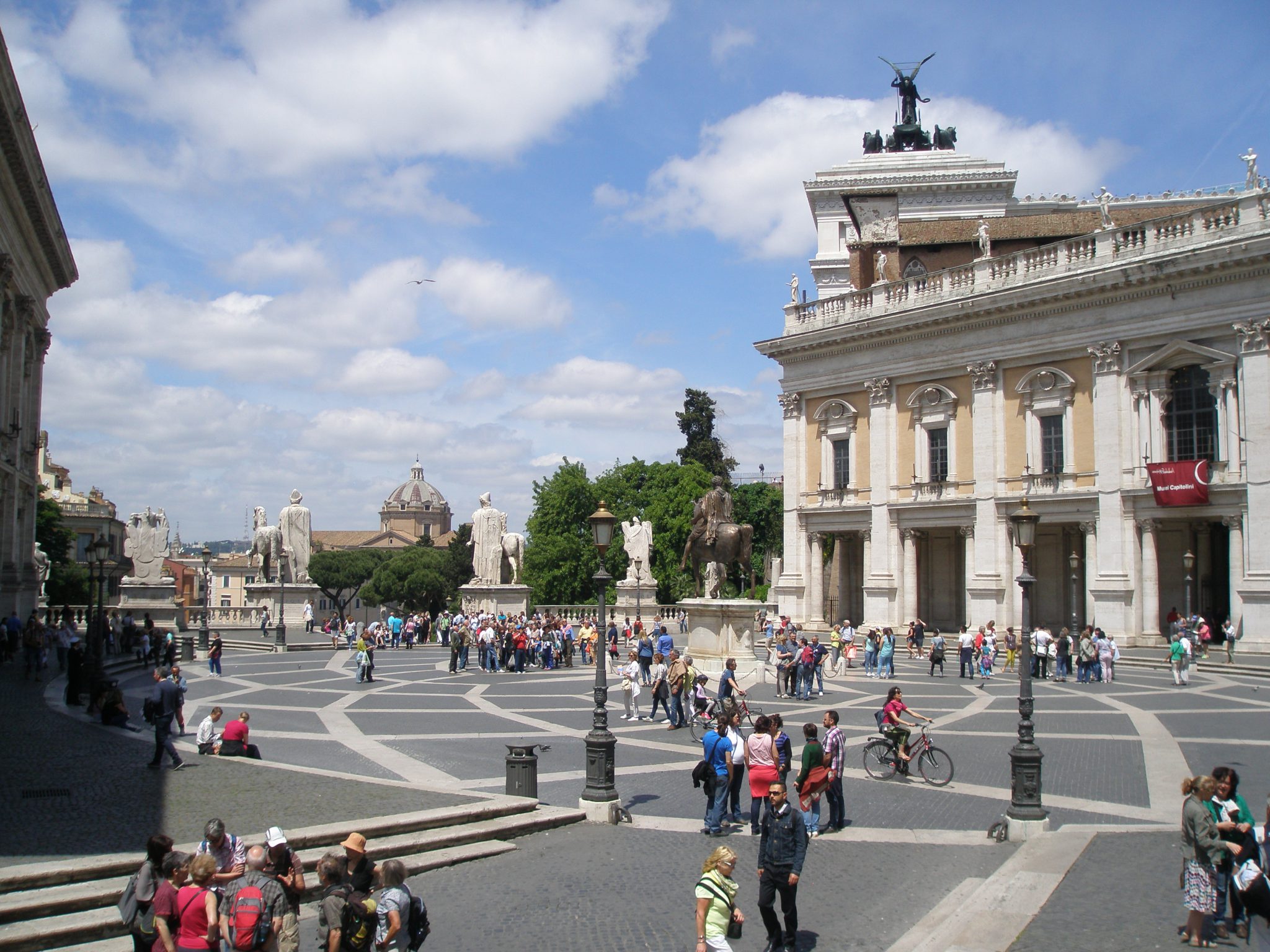
Michelangelo’s Piazza del Campidoglio, seen from the steps of the Palazzo Senatorio (which rests above the Tabularium).
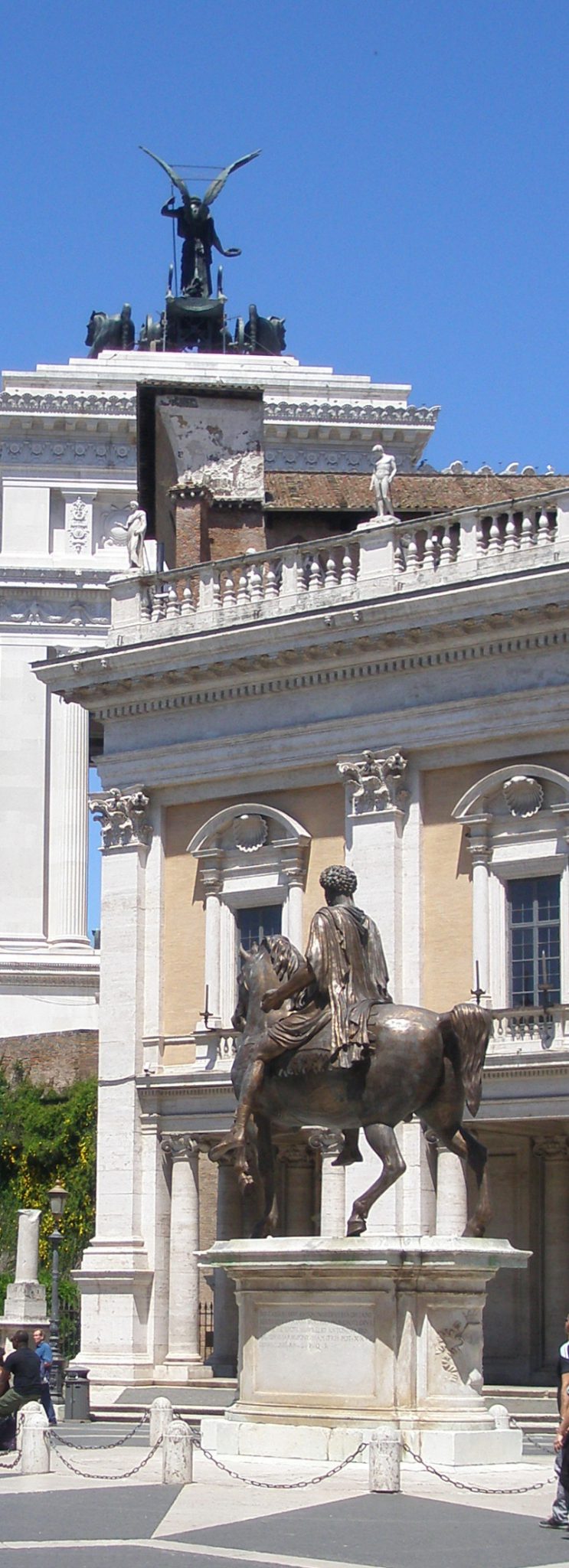
The reproduction of Marcus Aurelius in the foreground, with one of Il Vittoriano’s giant, winged statues overhead.
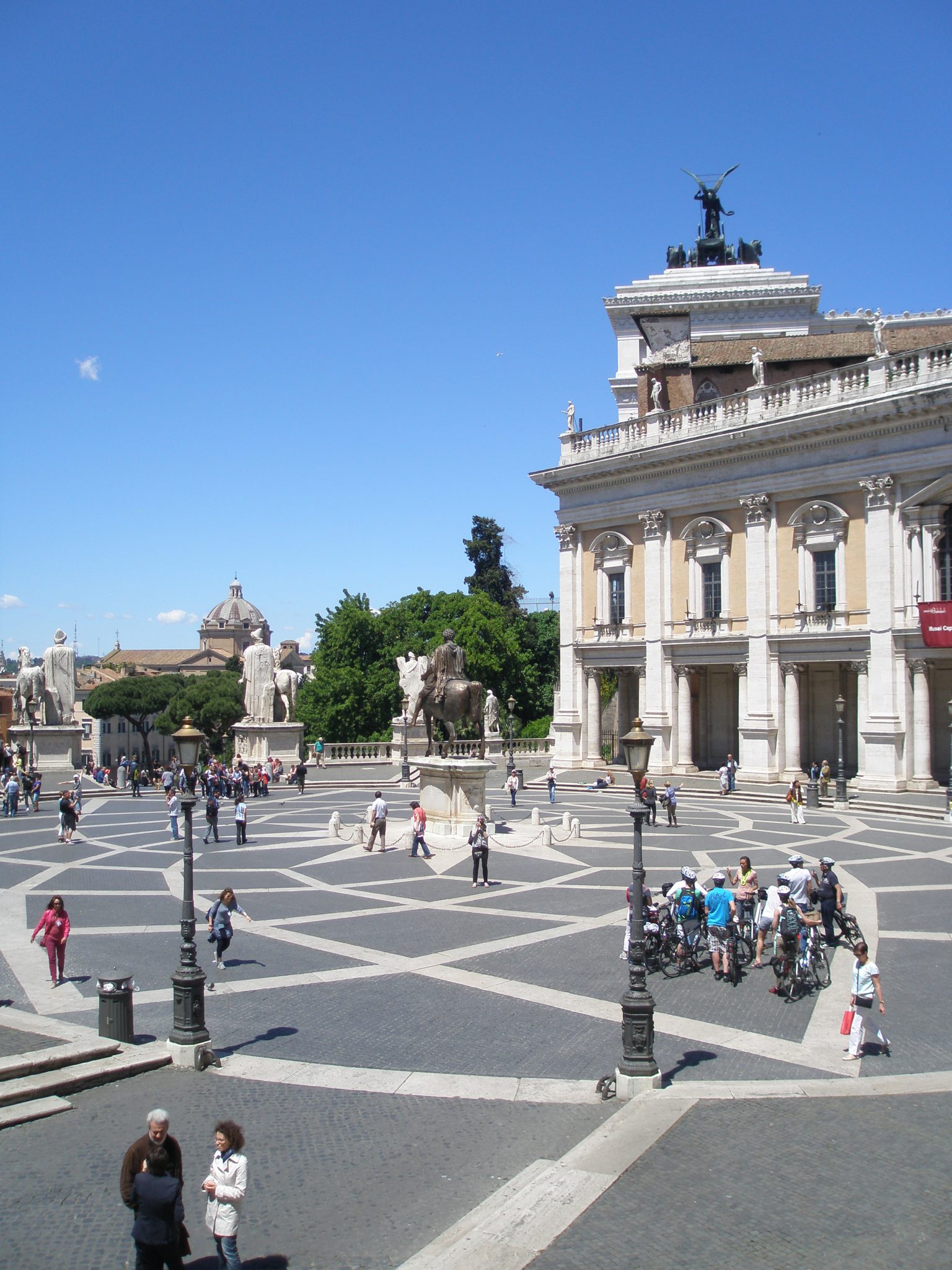
A clearer look at the intricate paving patterns of the Piazza, with the Palazzo Nuovo wing of the Capitoline Museum at the far edge of the Piazza.
Once inside the Museum’s buildings, you’ll find courtyards, fountains, archaeological ruins, paintings, sculptures, artifacts, jewelry,
roof terraces, excellent cafes, and—best of all—a private perch from which to view the Roman Forum.
I’ve found that Sunday morning is the best time to visit the Capitoline Museums: arrive at opening time (9AM), and for a couple of hours at least, you’ll have the place mostly to yourself. At the ticket office, I shelled out 13 Euros (remember…Exact Change!) …
… and immediately headed downstairs into the bowels of the Museum, scooted halfway down the length of the darkened Galleria Lapidaria…
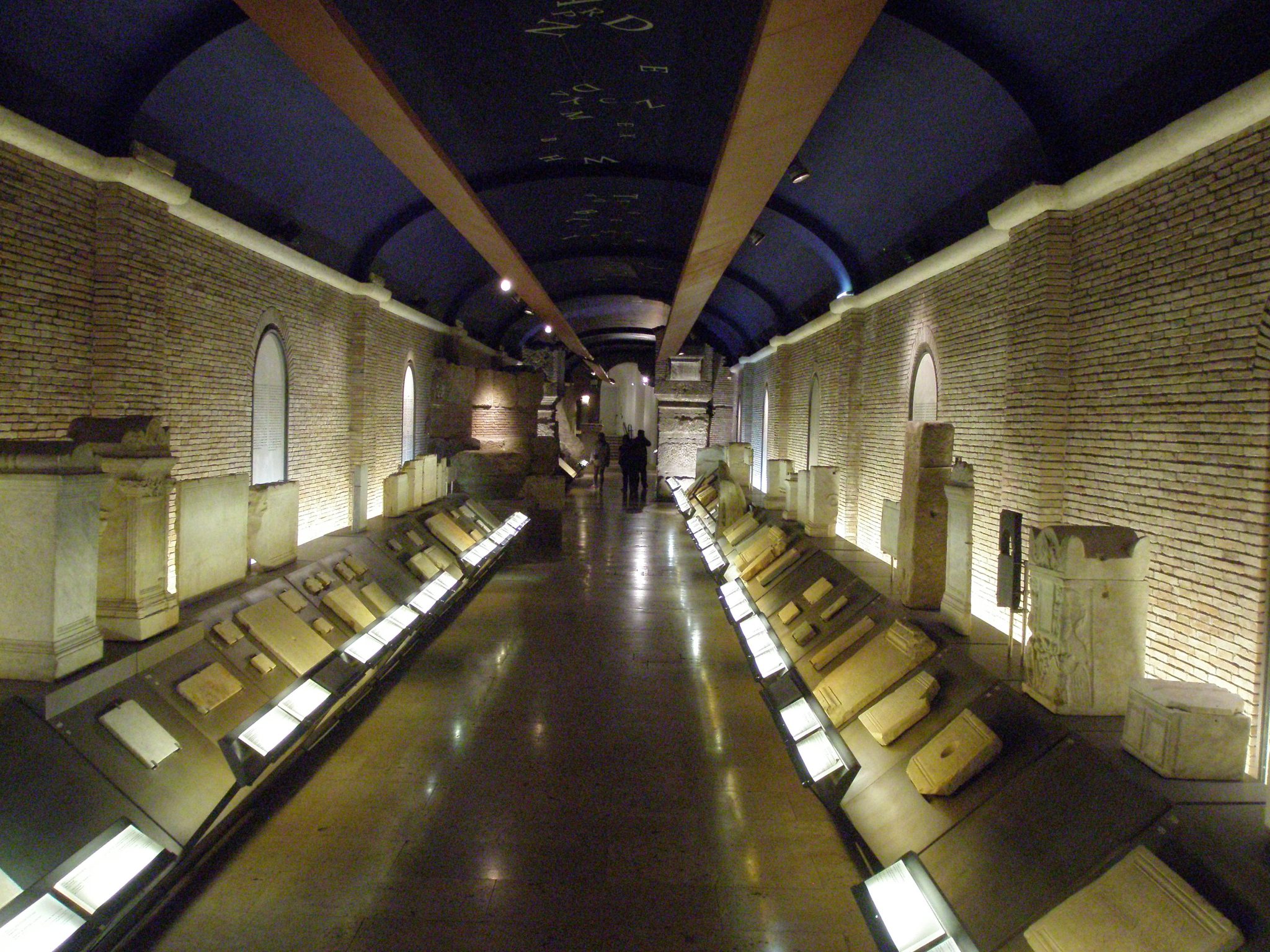
The Galleria Lapidaria, where hundreds of inscribed marble fragments are displayed. The texts carved into stone present a glimpse of the details of public and private life in Ancient Rome.
…and then climbed another flight of stairs, back toward daylight, and the Galleria del Tabularium. The Tabularium, built in 78BC, was the repository for the official records of Ancient Rome. The Tabularium is only accessible from within the Capitoline Museum, and, from its long Gallery, the view out over the Roman Forum is breathtaking. Of course, at some point in one’s Rome-visiting, setting feet upon the actual pavements of the Roman Forum has to happen, but, at ground level, the Roman Forum
can be confusing. Seen from On High—from the balcony of the Tabularium—however, the pieces fall more easily into place, and so I recommend the Tabularium’s Gallery as the best—and most private—spot from which to first encounter the Roman Forum.
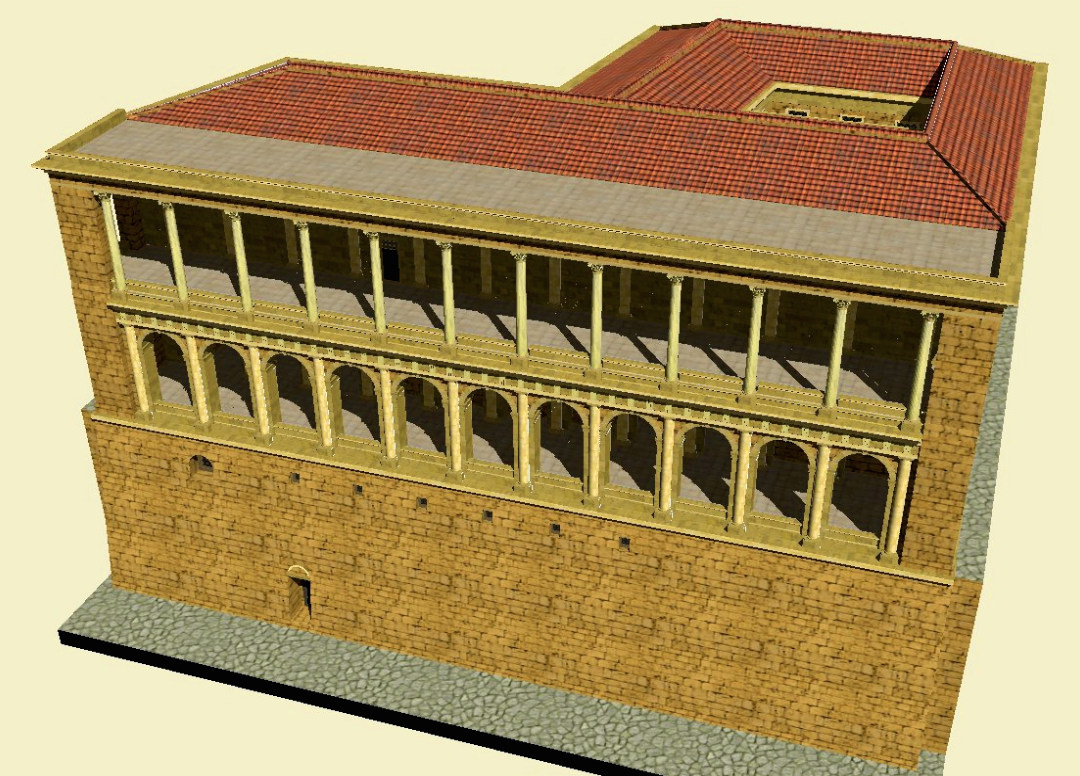
The Tabularium, as it looked in 78BC, when it was built to store the important documents of the Roman Republic. The Romanesque arches of the lower arcade have survived to this day.
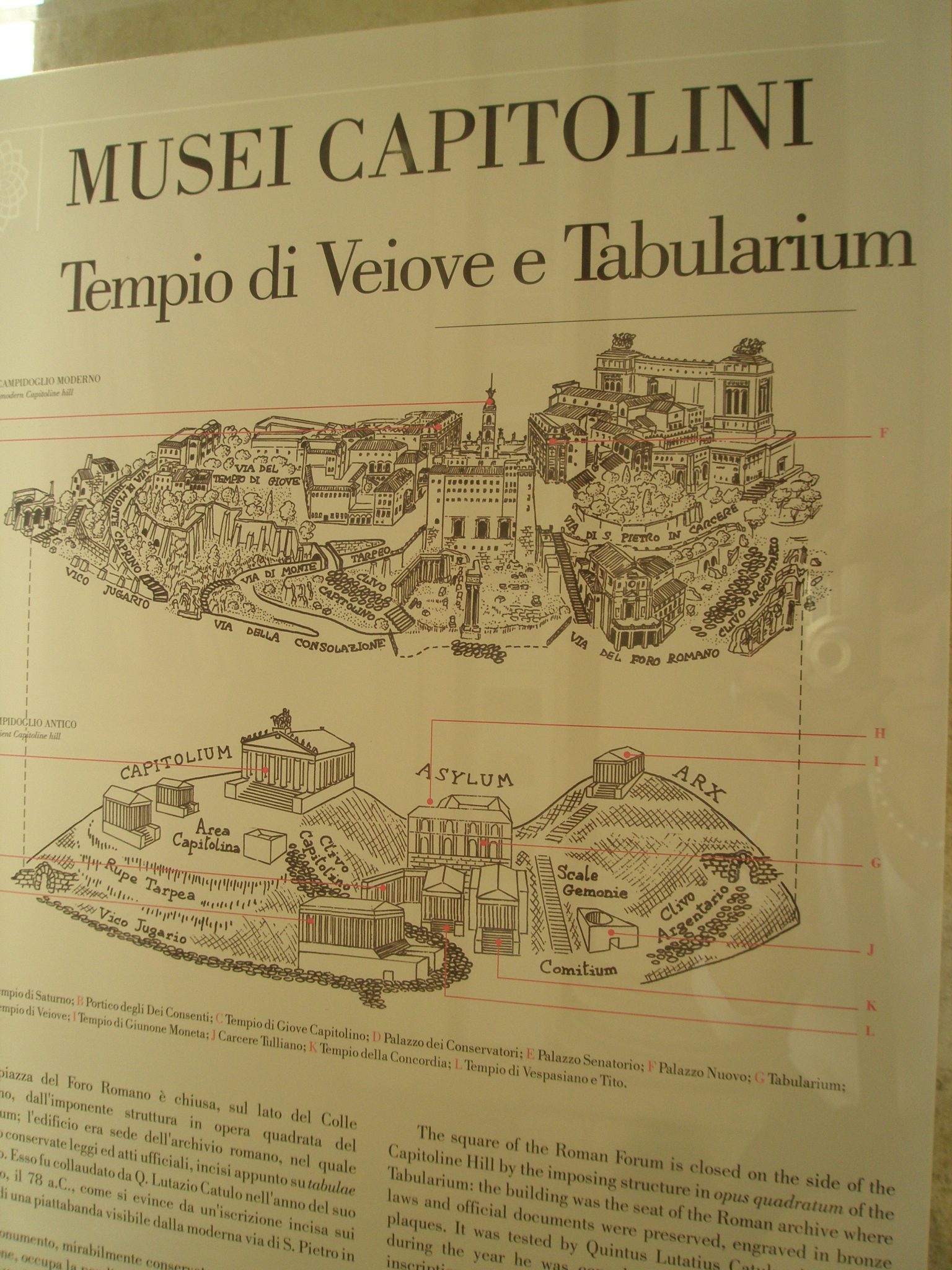
Top illustration: The Tabularium on the Capitoline Hill, as it is today.
Lower Illustration: The Capitoline Hill in the times of the Roman Republic & Empire.
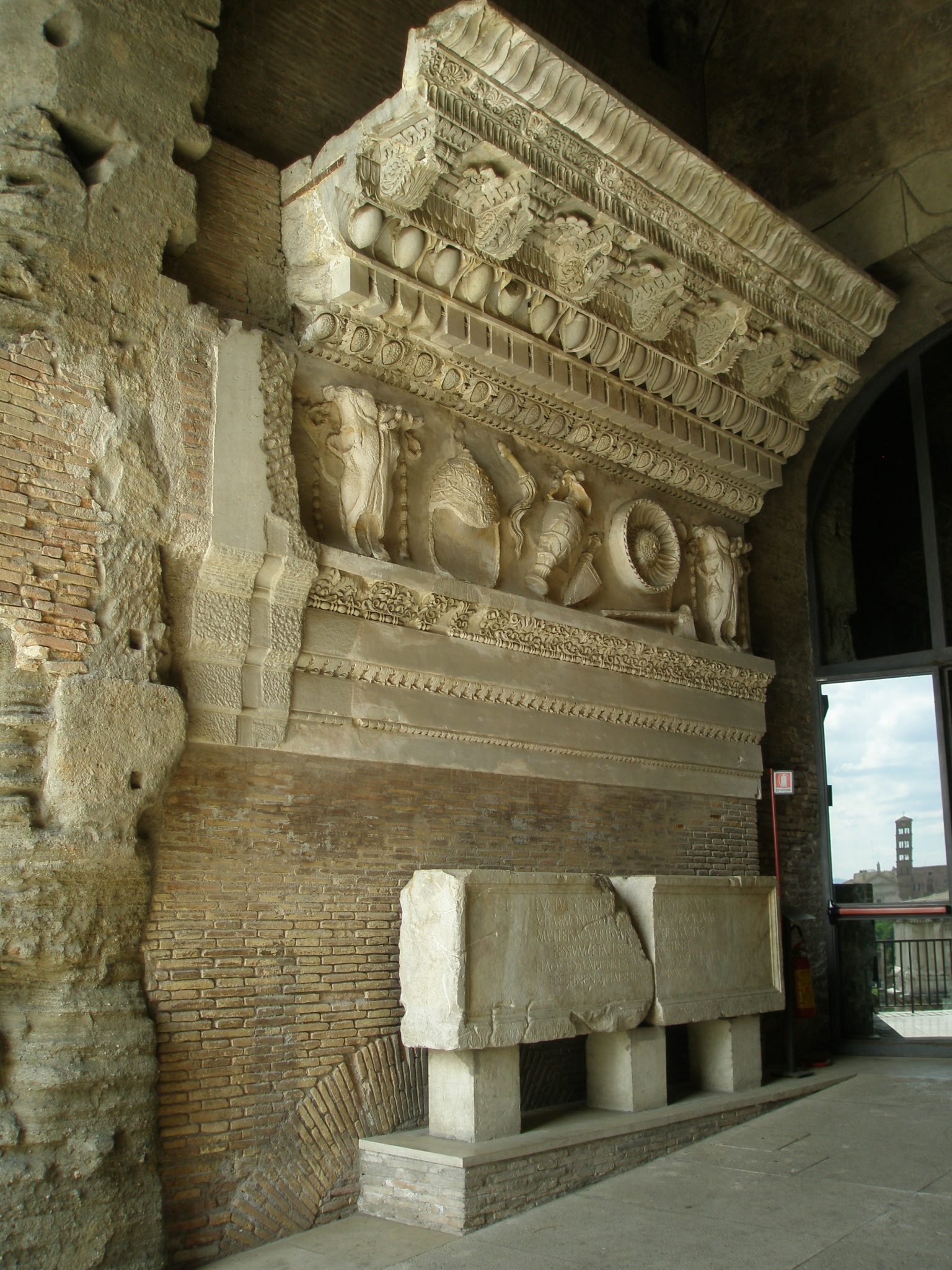
The most spectacular treasure on the Tabularium Gallery: a reassembled frieze from the Temple of Vespasian & Titus (circa 79AD to 88AD).
From the Gallery, I feasted my eyes upon remnants of the glories of the Roman seat of government. Making sense of the various iterations of the Roman Forum of the Republic, and also of the supplementary Imperial Forums which later extended out from the northern edge of the original Square, is challenging. Julius Caesar added the Forum Julium in 51BC, and then Augustus constructed the Forum Augustum in 20BC. The Forum of Vespasian was added in 71AD, and the Forum of Nerva followed, in 97AD. In 112AD, Trajan’s Forum (Forum Traiani) was the final forum to be built. Throughout the course of the Roman Republic (from 509BC until 27BC), and the Roman Empire (27BC until 476AD), buildings in the Valley of the Forum were constantly erected, altered, or replaced.
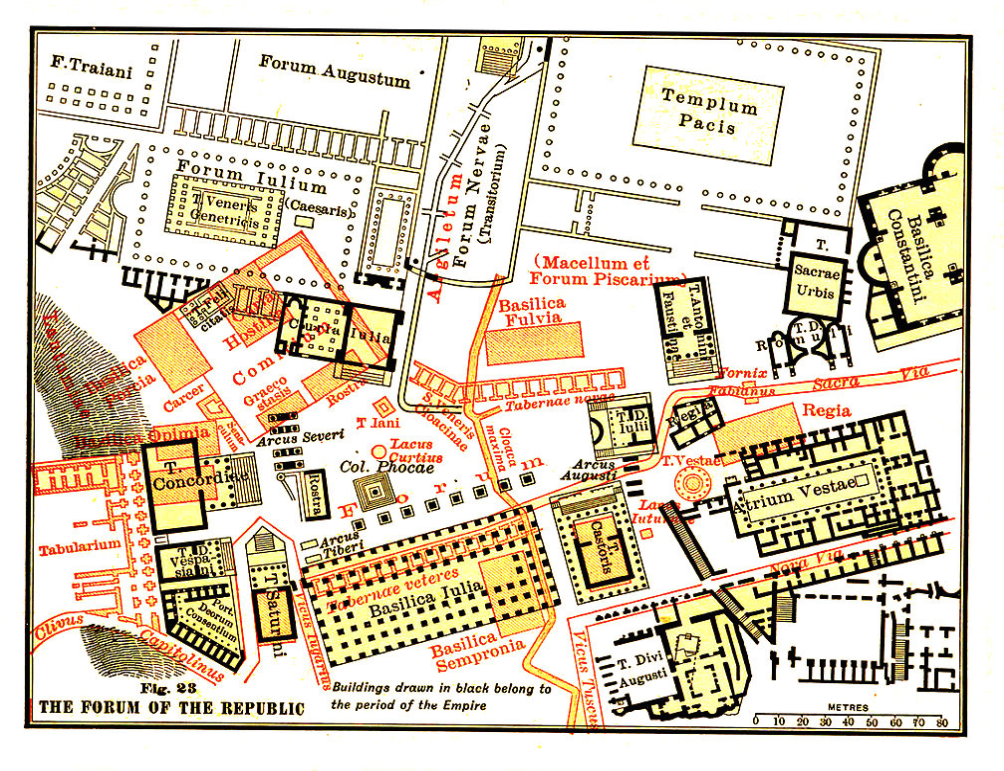
Buildings drawn in RED were built during the Roman Republic (509BC–27BC). Buildings drawn in BLACK were built during the Roman Empire (27BC–476AD). The existing ruins generally date from the final, Imperial period.
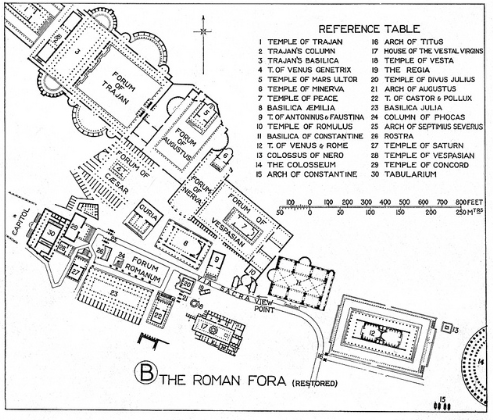
Map of the Entire Historic Center, including Trajan’s enormous Forum, built to the north of the Roman Forum. Trajan’s Forum (112AD), along with his Market, and Column (more about his COLUMN later…), was the last Imperial Forum to be constructed in Ancient Rome.
The nucleus of the valley–the Roman Forum—was developed in stages.
The building of the Tabularium in 78BC provided the Forum with a monumental backdrop on its west side. The two long sides of the square were then defined by the Curia (built in 44BC, on the north), and the Basilica Julia (first built in 46BC, on the south). Finally, at the far, eastern end of the square, the Temple of Divus Julius (built in 42BC by Augustus to honor the recently assassinated Julius Caesar) enclosed the square.
From the time of Augustus, although a few new temples were erected, the center of the Roman Forum remained largely unaltered. Per R.A.Staccioli, in his guide, ROME:PAST&PRESENT …
“only from the 3rd century AD and onwards, was the Forum area once again invaded by commemorative and honorary monuments: the Arch of Septimius Severus, squeezed in between the Rostra and the Curia; the seven honorary columns lined up along the south side of the square in front of the Basilica Julia; and the monuments commemorating the 10th anniversary of the Tetrarchy. Indeed, it fell to one of these columns—the one raised in 608AD in honor of the Byzantine emperor Phocas, to become the last monument to be added to the Forum.”
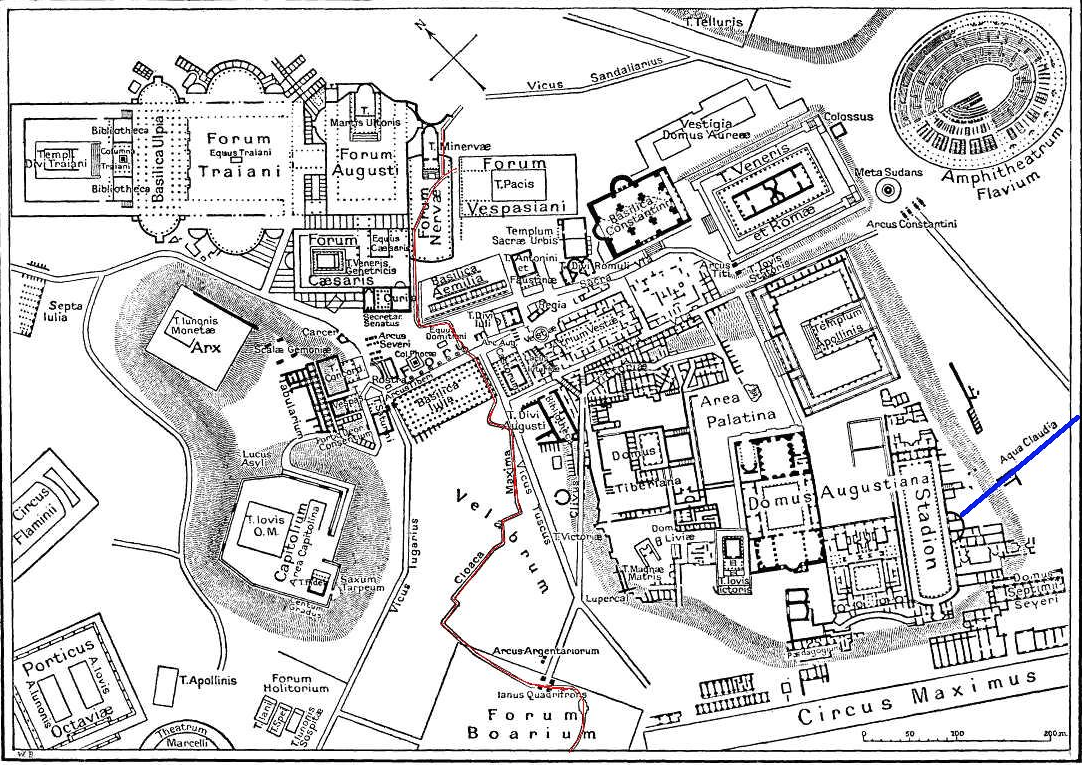
Central Rome at the height of the Empire. The CLOACA MAXIMA sewer (meaning “Greatest Sewer”), which drained the soggy valley, is marked in red.
Plautus (born 254BC, died 184BC), in his comedy CURCULIO, described the people who frequented the Forum:
“There in the Comitium, where the judges sit and the orators make their speeches from the platform, you can see the perjurers, the liars and the braggarts; down there in the square…are the advocates, the litigants and the witnesses; beside the shops…in front of the basilica, are the strumpets, the bankers, the usurers and the brokers; in the lowest part of the Forum, the serious-minded and the gentlemen who conduct themselves quietly; in the middle, near the canal, the good-for-nothings, parasites waiting for a tip, and drunkards; higher up are the gossips and scandalmongers.”
Here now, a beginner’s tour of the Roman Forum, and of Caesar’s Forum…seen first from the Tabularium, and then from other vantage points.
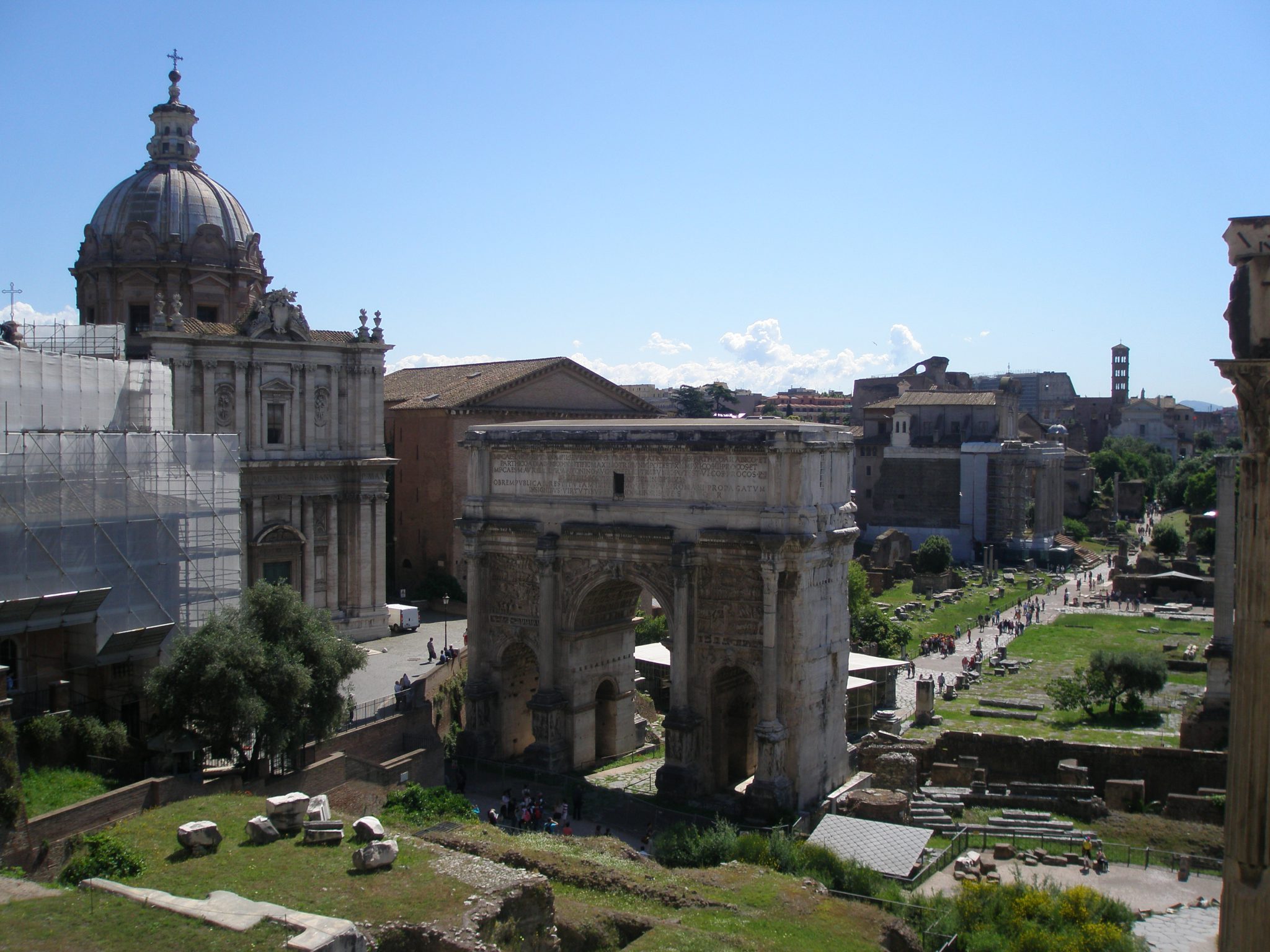
Upon entering the Tabularium’s Gallery, this is one’s first view of the Roman Forum: The Arch of Septimus Severus(Arco di Settimio Severo), erected by the Senate & People of Rome in 202AD. To the far left: the imposing dome of the Church of Santi Luca e Martina, which is not part of the Forum. A church has occupied this site since 228AD, but the current building is relatively modern…with construction that was begun in 1635.
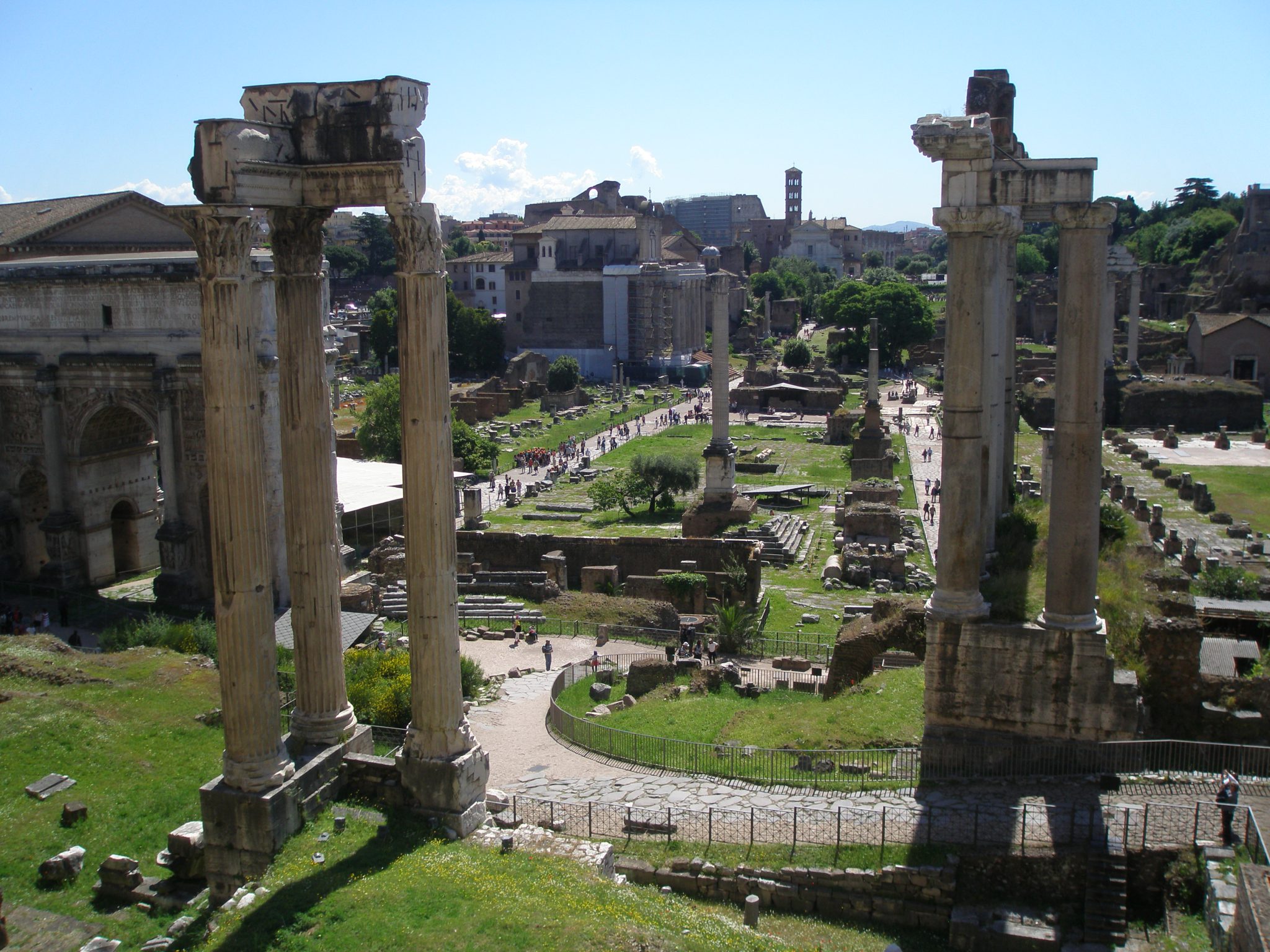
Another view from the Tabularium. Set back, in the center of the grassy rectangle are the Colonna di Foca (added in 608AD), & the Rostrum, which was a Speaker’s Platform. The large green expanse marks the Square of the Roman Forum. To the left of the Forum, the long walkway is the Via Sacra. In the left foreground: 3 columns mark the corner of the Temple of Concord. In the right foreground, the tall columns and pediment are the front of the Temple of Saturn.
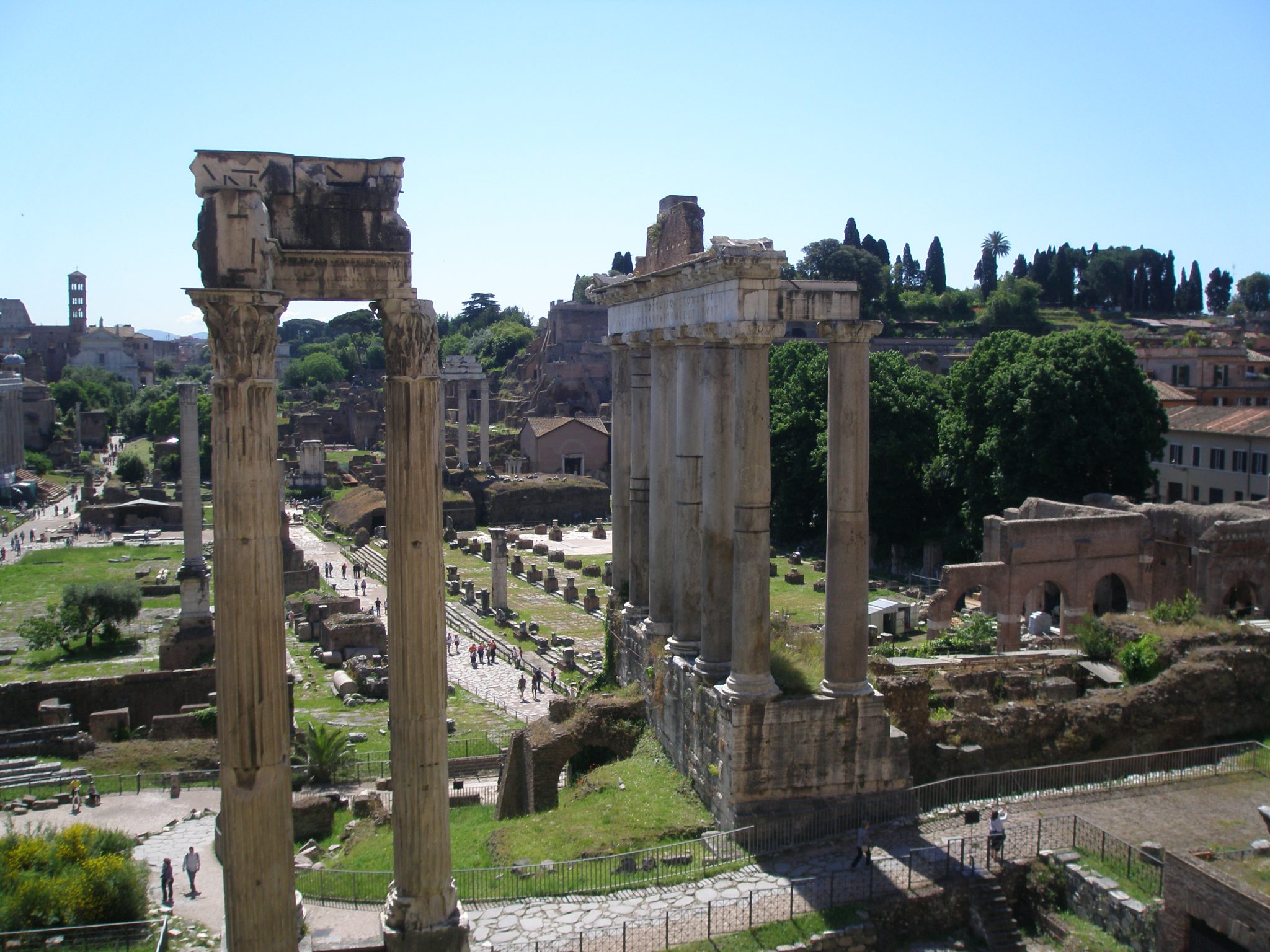
Seen from the Tabularium: in the foreground, another view of the Temple of Concord, & the Temple of Saturn. The orderly progression of column footings in the central, middle-ground mark the location of the Basilica Julia. The Palatine Hill is in the background.
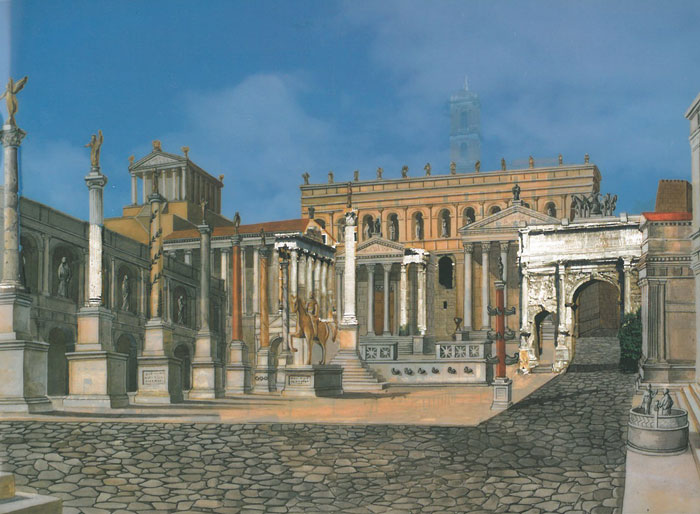
Reconstructed view of the Square of the Roman Forum. This vantage point is from the eastern end of the Forum, looking back toward the Tabularium & the Capitoline Hill. Image courtesy of ROME:PAST&PRESENT, by R.A.Staccioli.
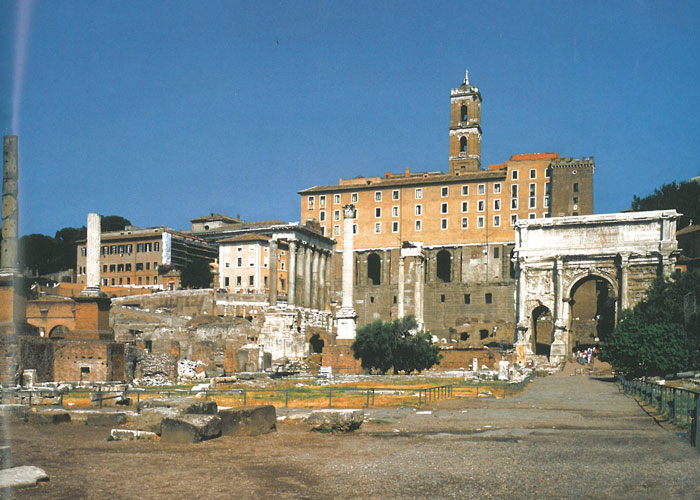
Today’s view of the Square of the Roman Forum. The building that looms in the background is composed of two layers. The arched Gallery is that of the Tabularium, where I stood to take my introductory Forum photos. The three floors with evenly-spaced windows that are above the Gallery were added when Michelangelo’s Palazzo Senatorio was built. Image courtesy of R.A.Staccioli’s ROME:PAST&PRESENT.
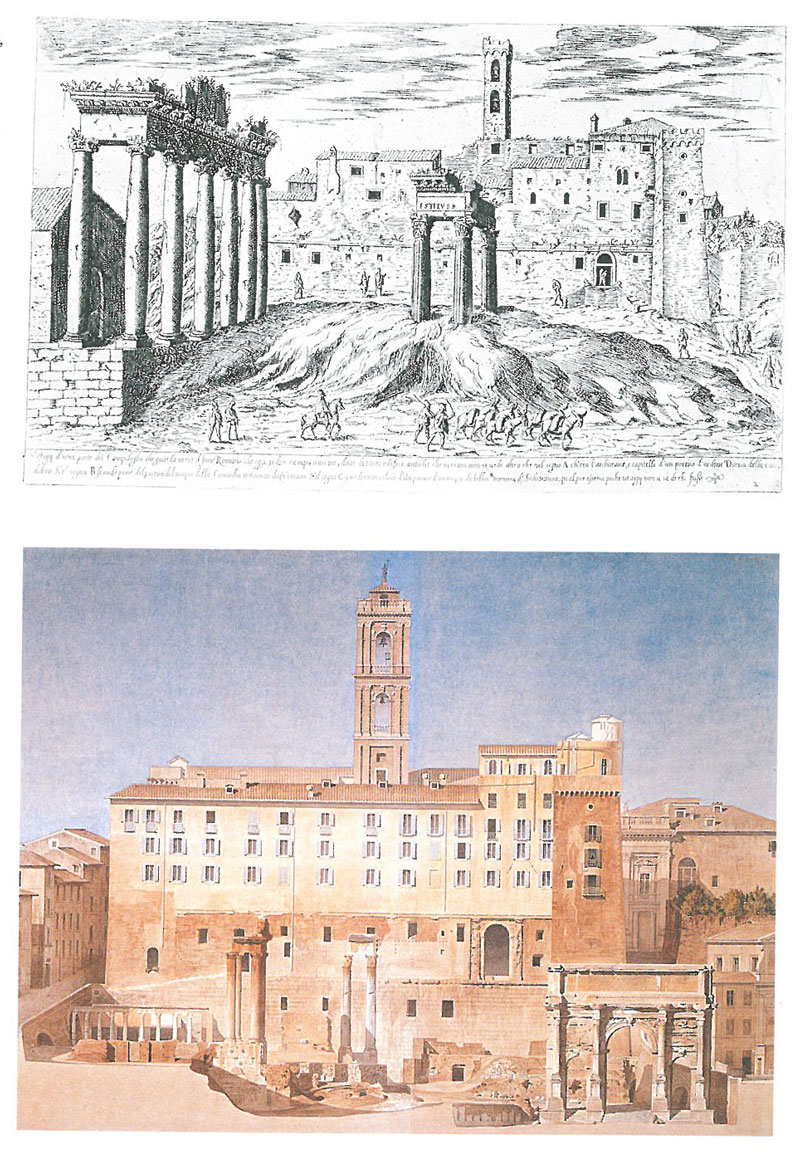
Top: In the background, the Palazzo Senatorio, in a drawing by Etienne Duperac, circa 1563. In 1563, only one arch of the Tabularium’s Gallery remained open to the Roman Forum. Bottom: Palazzo Senatorio, in the 19th century watercolor by Constant Moyaux. Image courtesy of the Capitoline Museum.
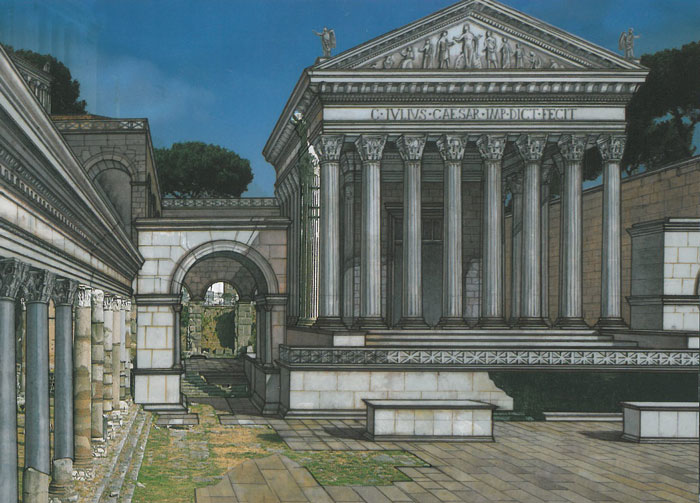
Reconstructed view of the Forum of Caesar, which was built to the north of the Square of the Roman Forum, and west of the Curia. Image courtesy of ROME:PAST&PRESENT, by R.A.Staccioli.
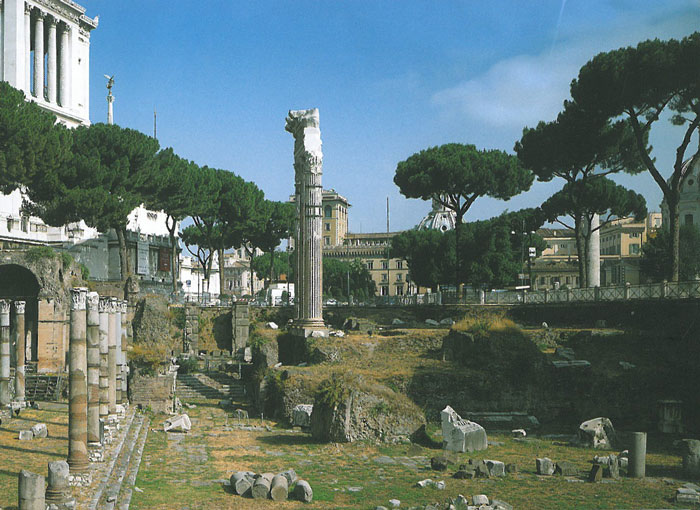
Seen from within the Roman Forum, this is today’s view of the place where the Forum of Caesar once stood. To the left, a tiny portion of the hulking and always unavoidable Il Vittoriano, which was built in 1885. Image courtesy of ROME:PAST&PRESENT, by R.A.Staccioli.
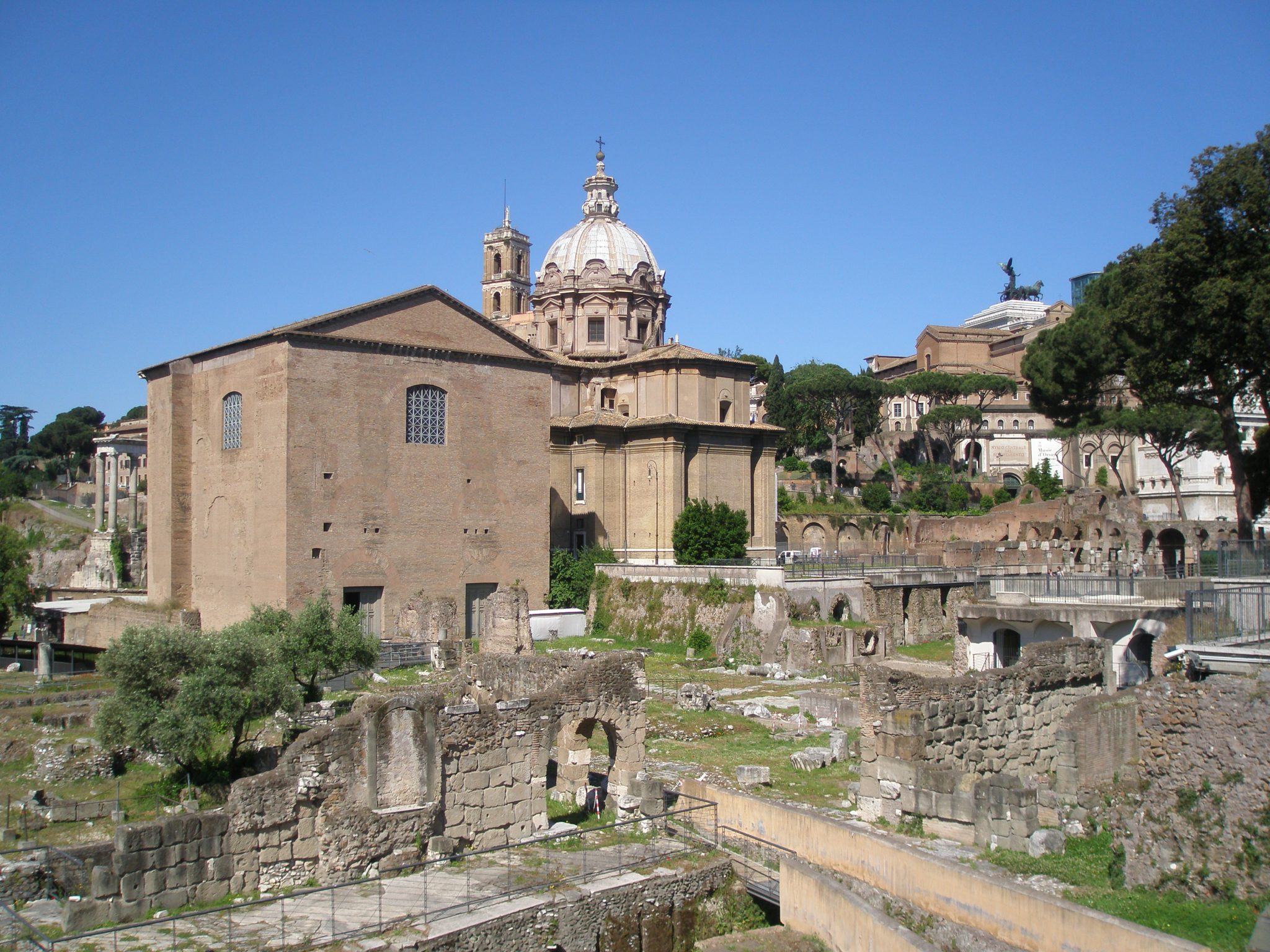
Later on, after I’d completed my visit to the Capitoline Museums, I walked along the edge of the Forum Site. This is my view of the Curia (to the left), and the site of Caesar’s Forum (to the right), as seen from the sidewalk along Via del Fori Imperiali.
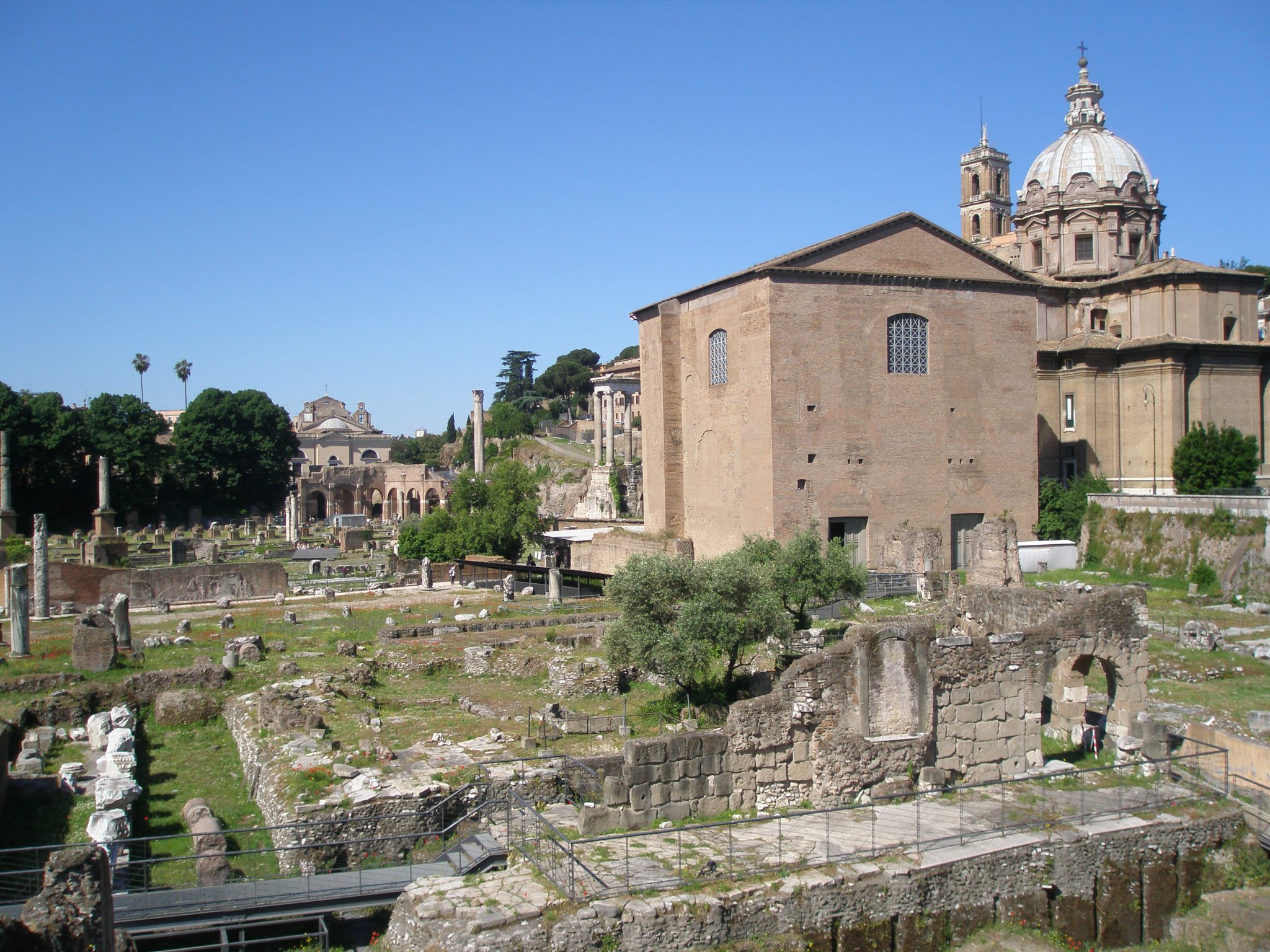
My view of the Curia (to the right) and the site of the Basilica Aemilia (to the left), as seen from the sidewalk along Via del Fori Imperiali.
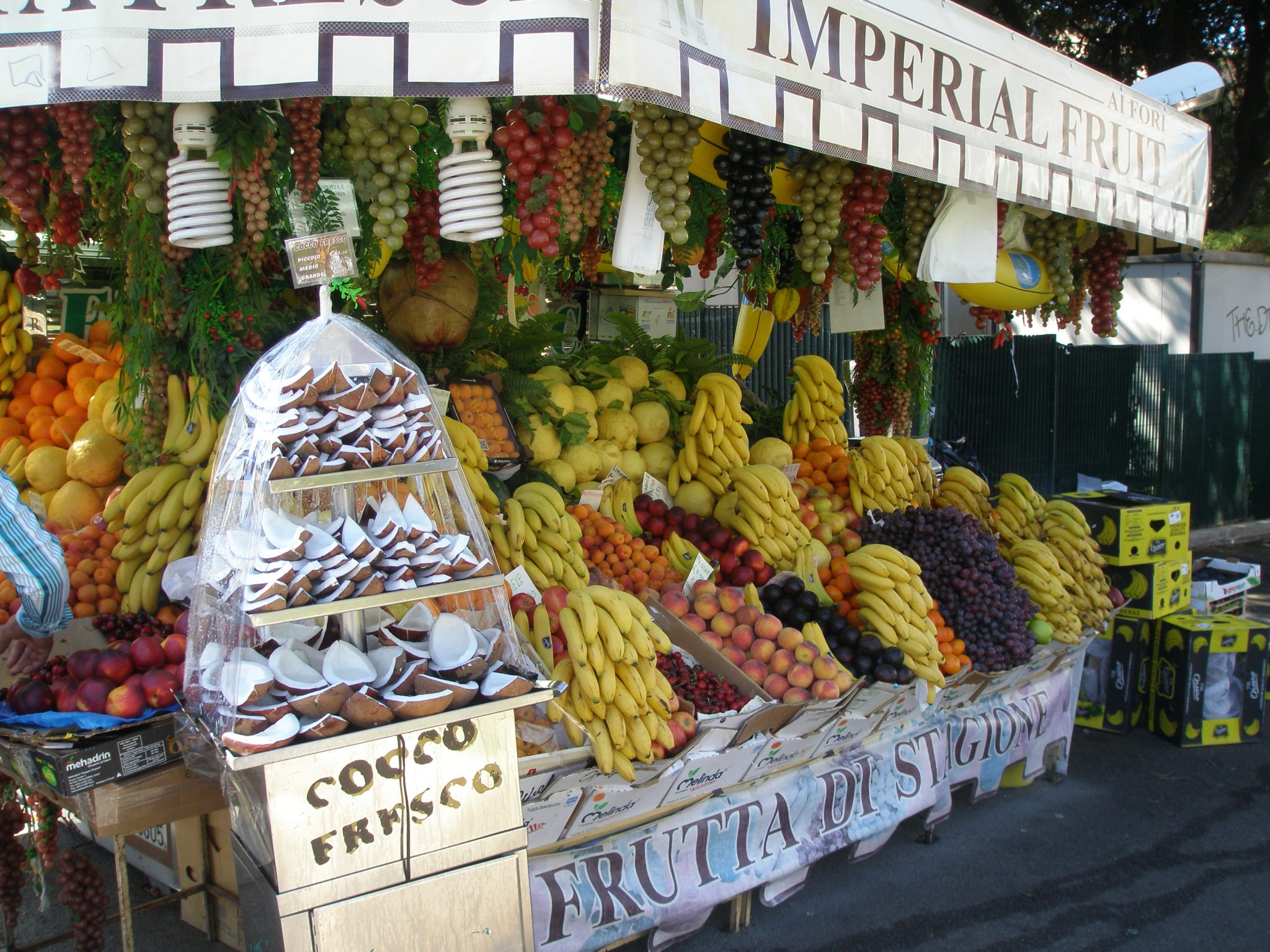
Time for a snack at a fruit stand on Via del Fori Imperiali, which also makes it time for a lesson in Fruit-Buying-Etiquette. When choosing fruit in Italy, if you don’t know how to tell the proprietor what you want, politely point at the object of your desire. NEVER fondle the merchandise.
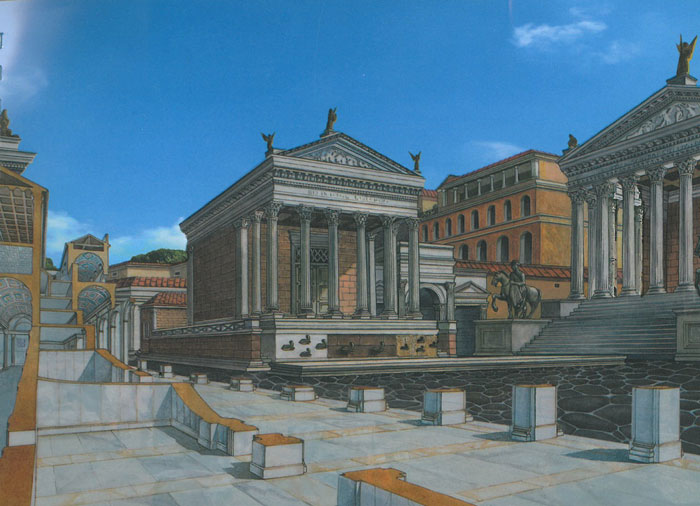
Back now…inside of the Roman Forum. Reconstructed view of the Temple of Divus Julius (center), and the Temple of Castor & Pollux (far right). These temples defined the eastern edge of the original Forum. Image courtesy of ROME:PAST&PRESENT, by R.A.Staccioli.
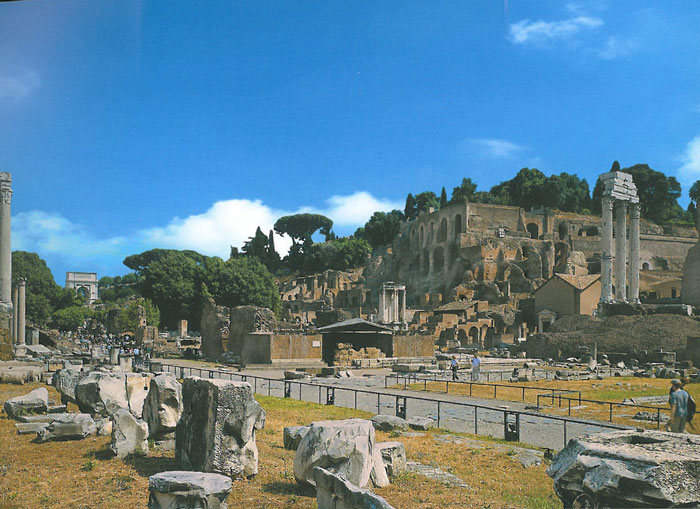
Today’s view of where the Temples of Divus Julius, and Castor & Pollux once stood. The Palatine Hill is in the background. Image courtesy of ROME:PAST&PRESENT, by R.A.Staccioli.
After Forum-Gawking from the Tabularium Gallery (which never fails to overwhelm me, because the view is simultaneously familiar and strange), I always need a Caffe Doppio (and cake) break, and so I made my way up to the not-easy-to-find roof terrace café of the Museum. On Sunday mornings, the Café is populated largely by priests, all talking Shop.
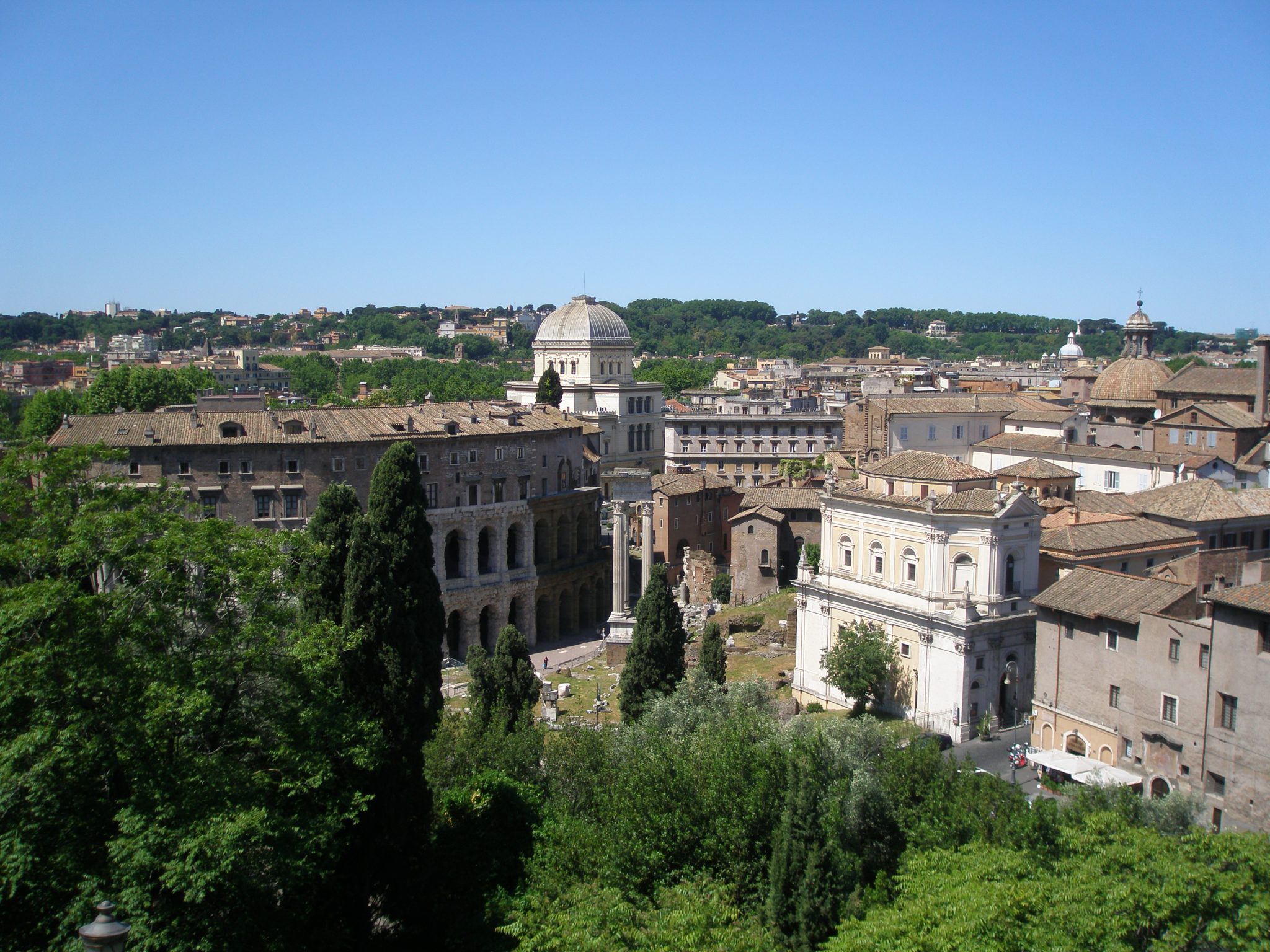
My view from the roof terrace Cafe at the Capitoline Museum…westward, toward Trastevere, and the green expanses of the Janiculum Hill (and to my wonderful Hotel).
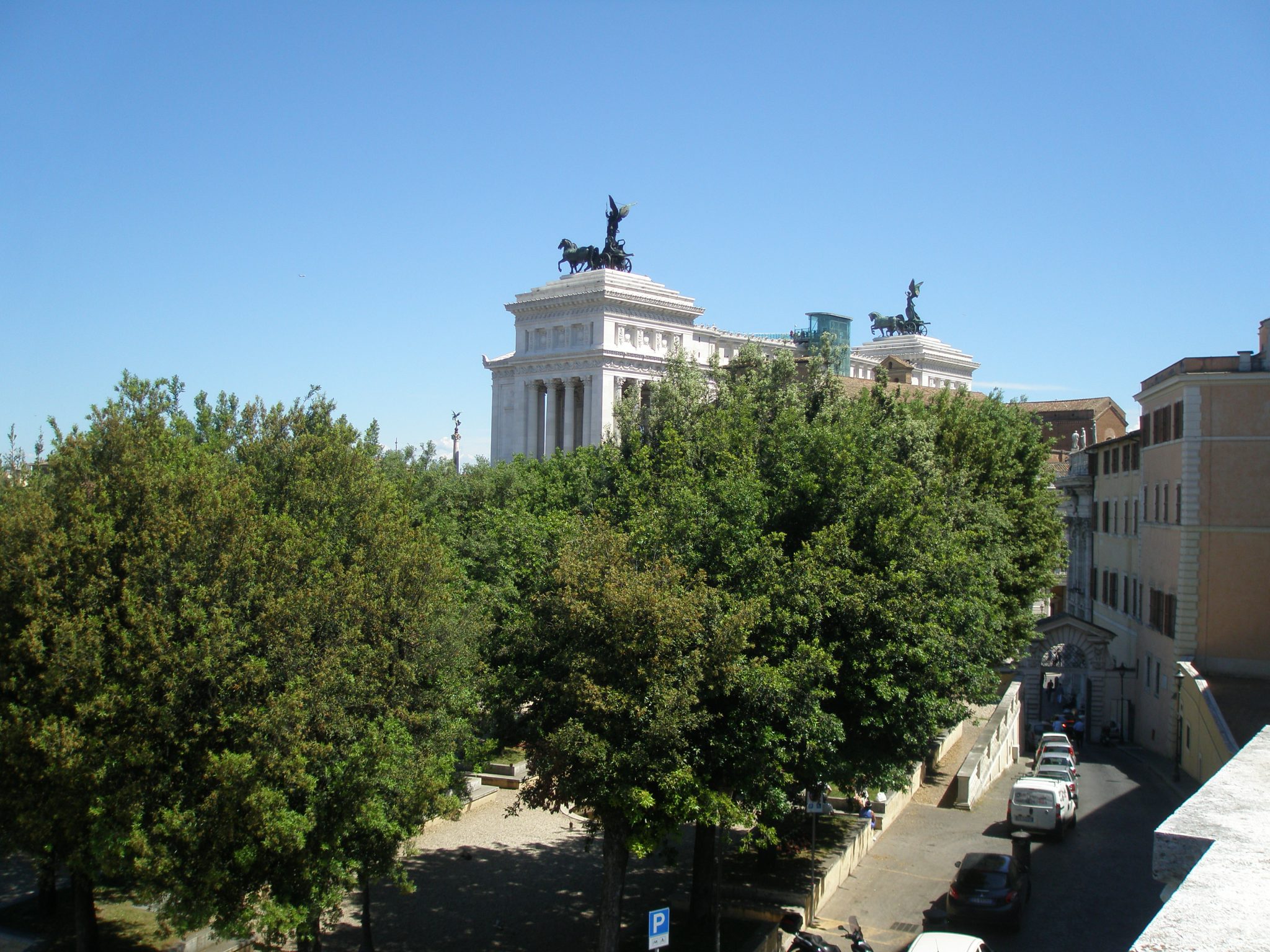
From the roof terrace Cafe at the Capitoline Museum: the view north, toward Il Vittoriano’s winged twins.
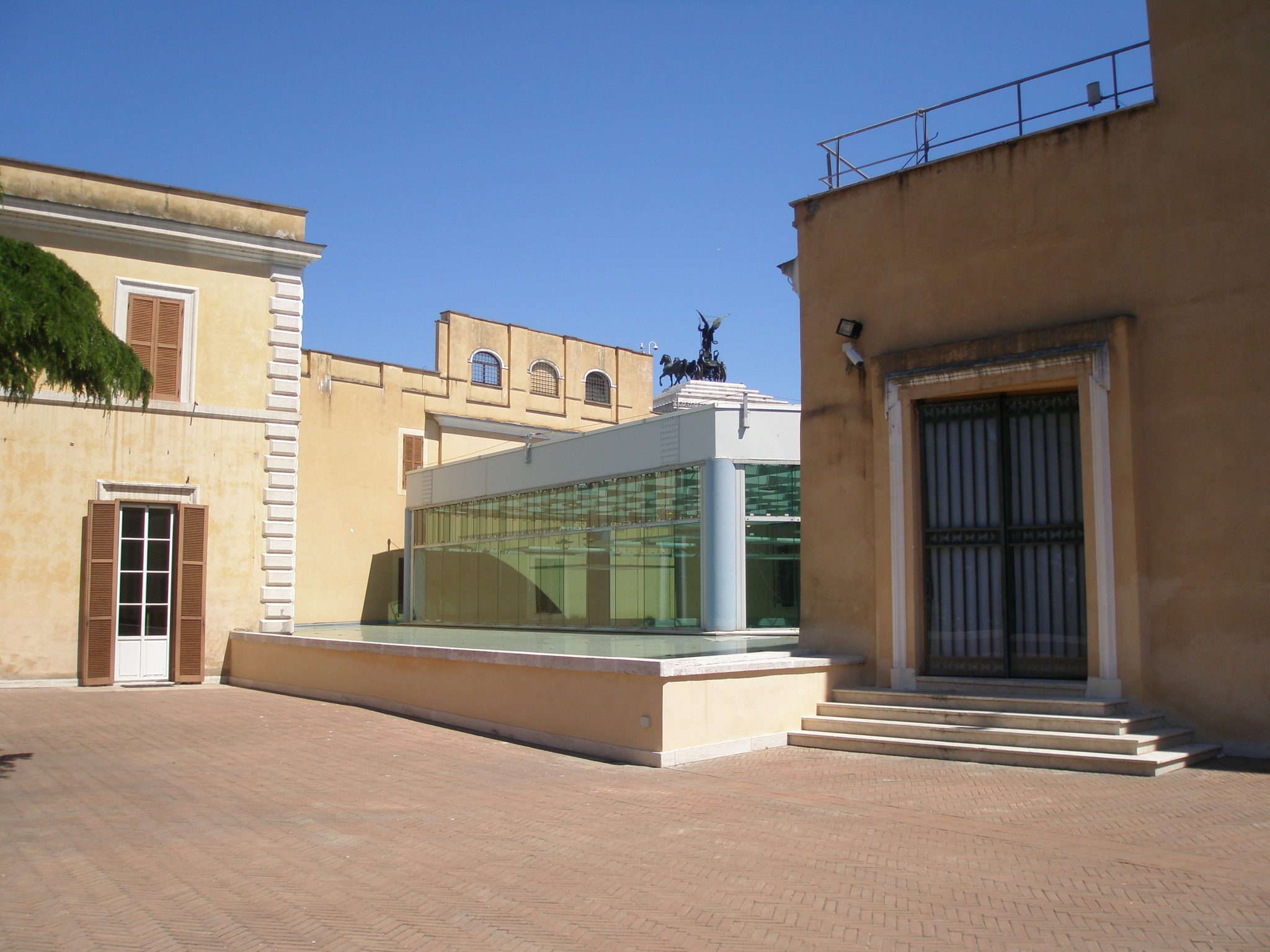
A corner of the Cafe’s series of roof terraces, where antique and contemporary architecture are seamlessly blended. The raised expanse of glass encloses the Exhedra of Marcus Aurelius, which we’ll visit shortly. The large atrium below the glass roof was designed by architect Carlo Aymonino to display the ancient equestrian statue of Marcus Aurelius. The atrium also protects the foundation stones of the Temple of Jupiter Optimus Maximus, one of Rome’s most sacred sites.
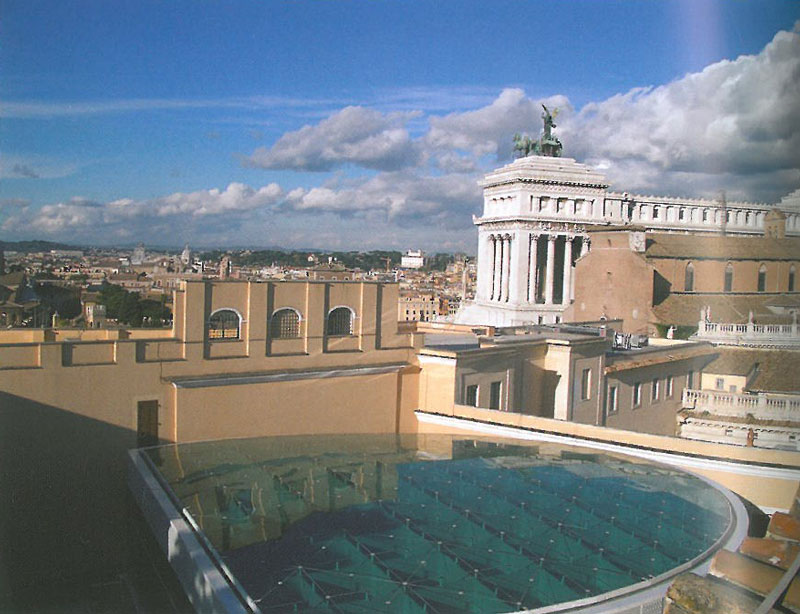
Another view of the glass roof over the Exhedra of Marcus Aurelius. Image courtesy of the Capitoline Museum.
Re-enegized by caffeine and sugar, I led Donn on a whirlwind tour of the Capitoline Museum. Here, some images which represent only a surface-skimming of the treasures within the Complex.
Inside the Palazzo dei Conservatori: The Exhedra of Marcus Aurelius:
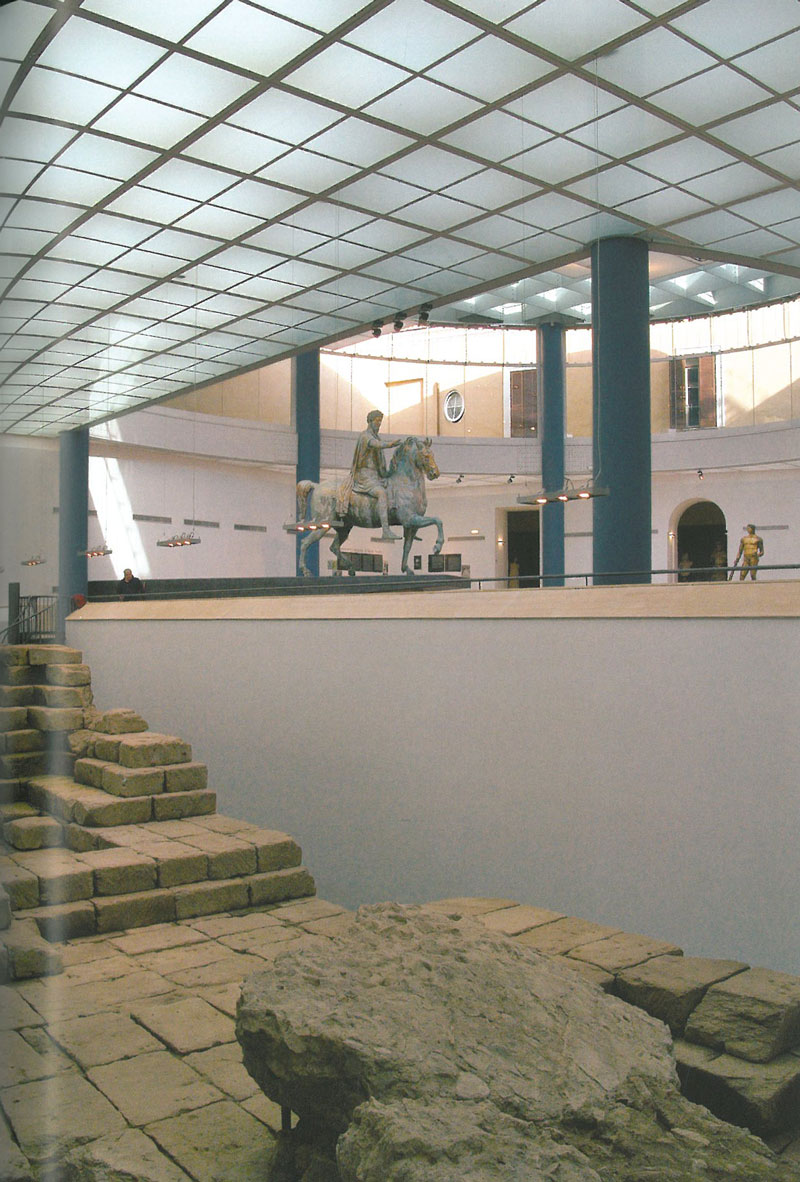
The foundation stones of the Temple of Jupiter Optimus Maximus. In 509BC, the first year of the Roman Republic, the already-existing Temple was consecrated. The Temple dates back to 585BC, when Tarquinius Priscus, the 5th king of Rome and the first of the Etruscan dynasty, built this Temple to Jupiter, as an offering to ensure his victory in battle against the Sabines. Image courtesy of the Capitoline Museum.
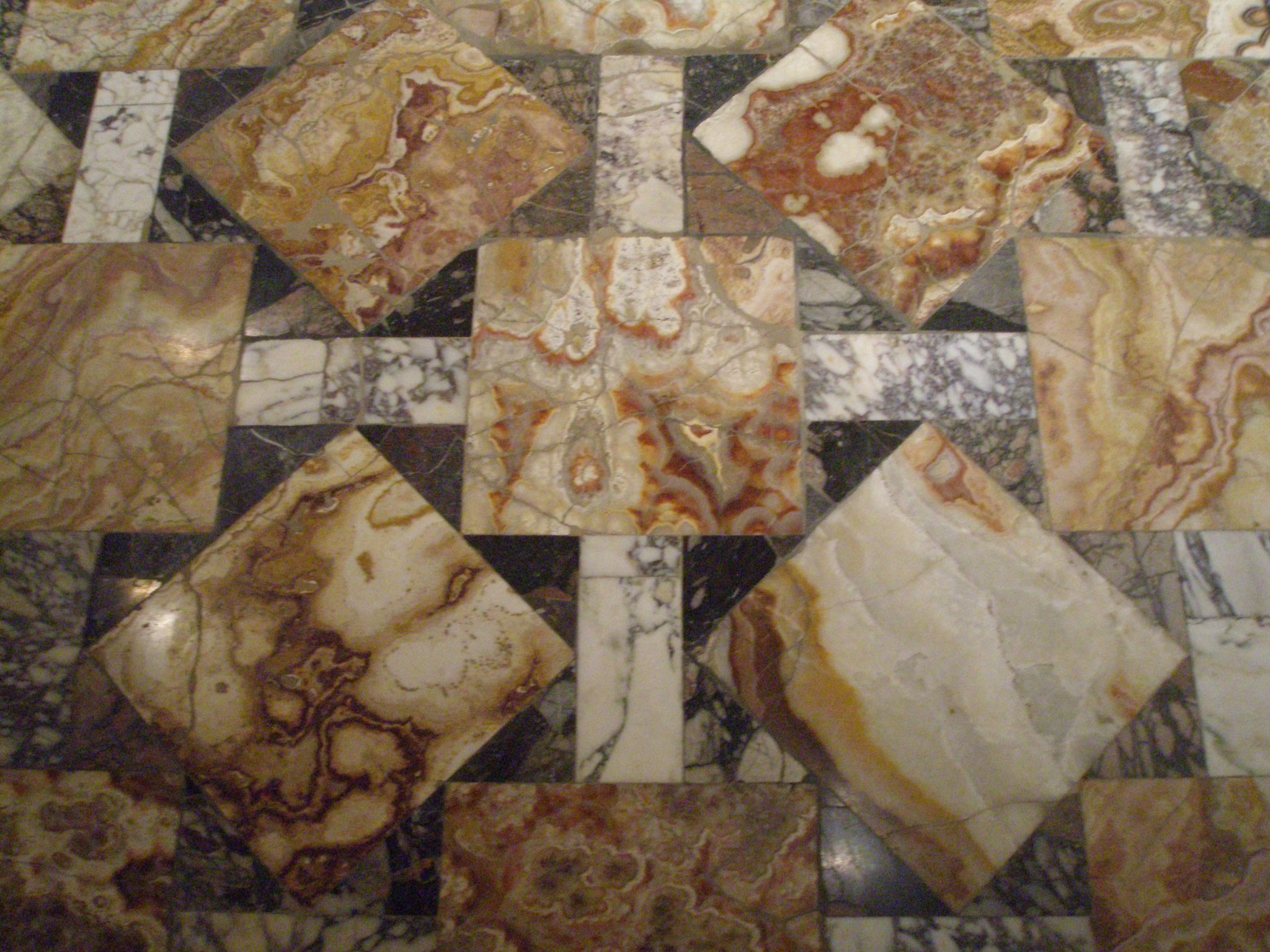
Displayed in the Palazzo dei
Conservatori’s Halls of the Horti Lamaini: A section of the di Palombara alabaster floor, from a Roman villa dated 3 AD. The fragment comes from a floor that was reputed to measure 79 meters long.
The courtyard of the Palazzo dei Conservatori:
In the Palazzo dei Conservatori’s Hall of Triumphs:
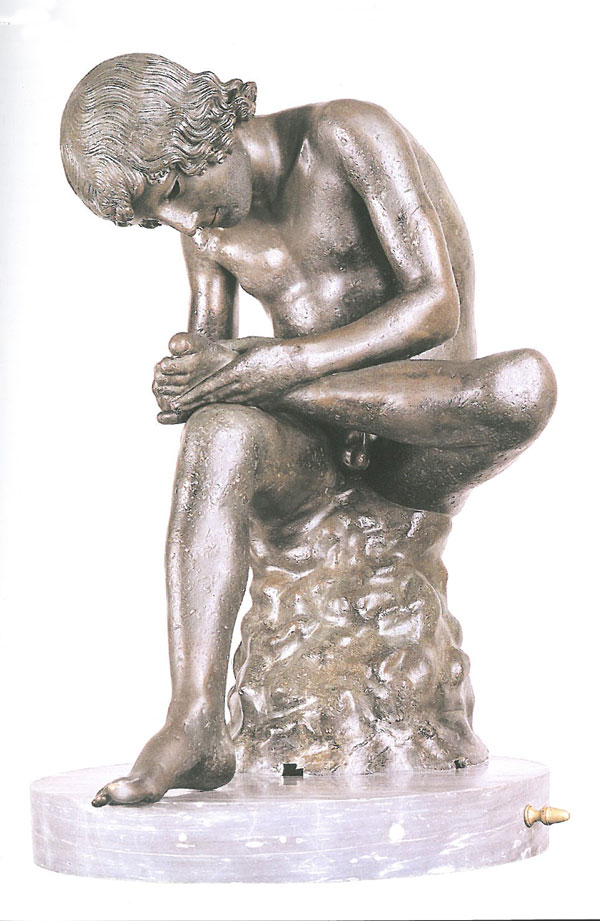
The small bronze statue of a boy extracting a thorn from his foot was probably made in the first century BC. Of all the images in the Capitoline Museum, this is the one most copied during the Renaissance. Image courtesy of the Capitoline Museum.

The Capitoline She-Wolf, which is the symbol of Rome. Here, Romulus & Remus are being suckled by the wolf who cared for them. This bronze was for centuries attributed to a 5th century BC workshop in Eturia or Magna Graecia, but recent radiocarbon analysis indicated that the wolf-portion of the statue was cast between 1021AD and 1153AD. Image courtesy of the Capitoline Museum.
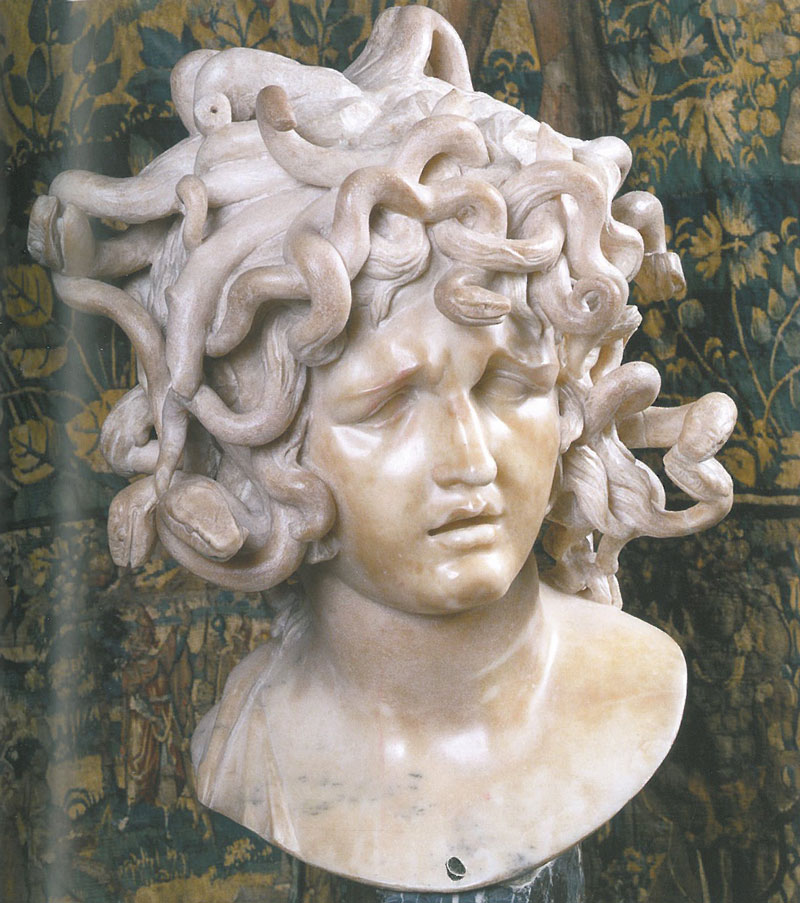
Bust of Medusa, by Gian Lorenzo Bernini (circa 1630s–1640s). Bernini boasted that his statue had the power to stun, and thus “petrify” all who looked upon it. Image courtesy of the Capitoline Museum.
Now, to the courtyard of the Palazzo Nuovo:
Inside the Palazzo Nuovo:
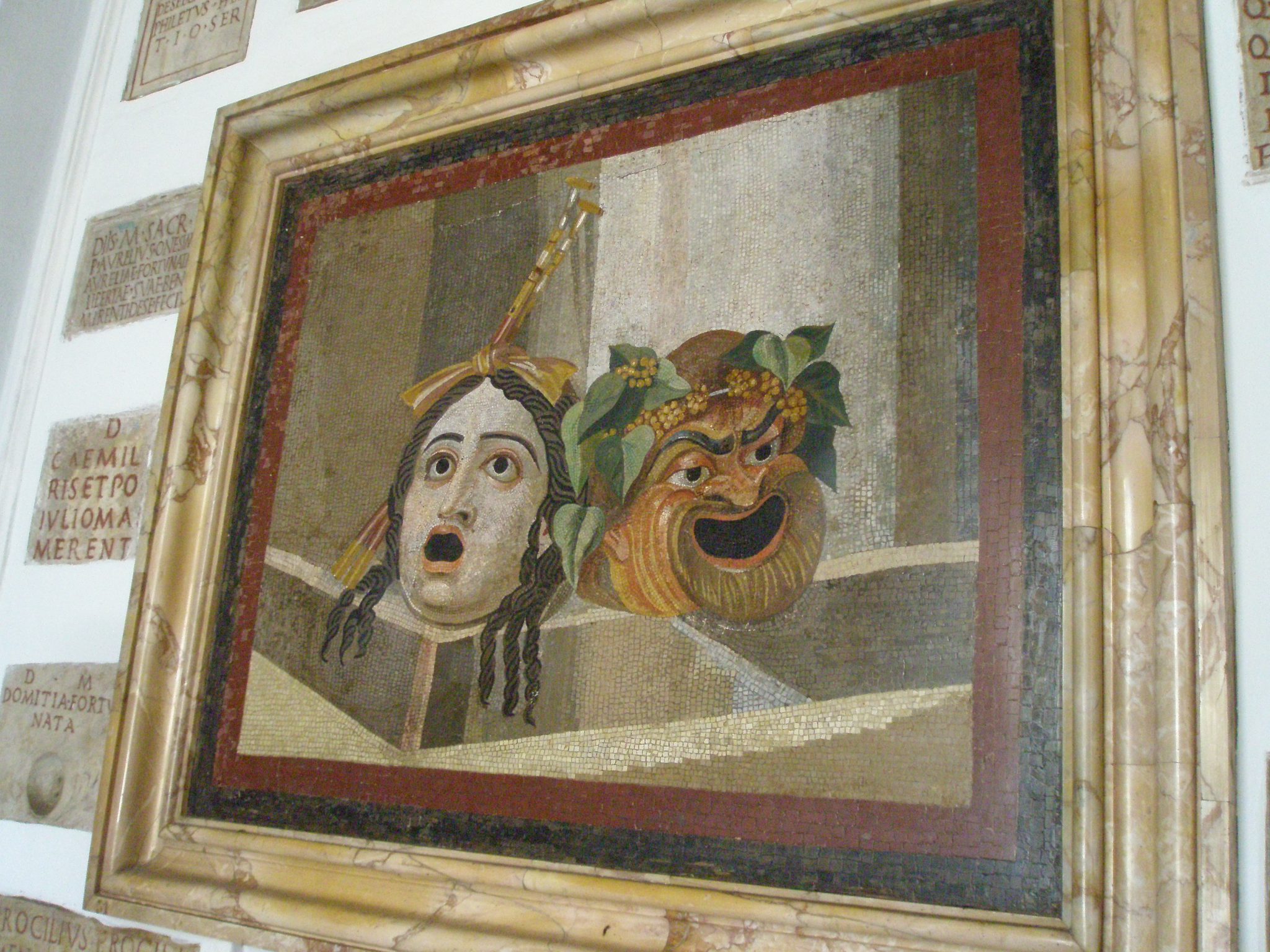
Mosaic of theatrical masks, displayed in the Palazzo Nuovo. This mosaic was recovered from the site of the Trajan Baths, which were constructed from 249–251AD.
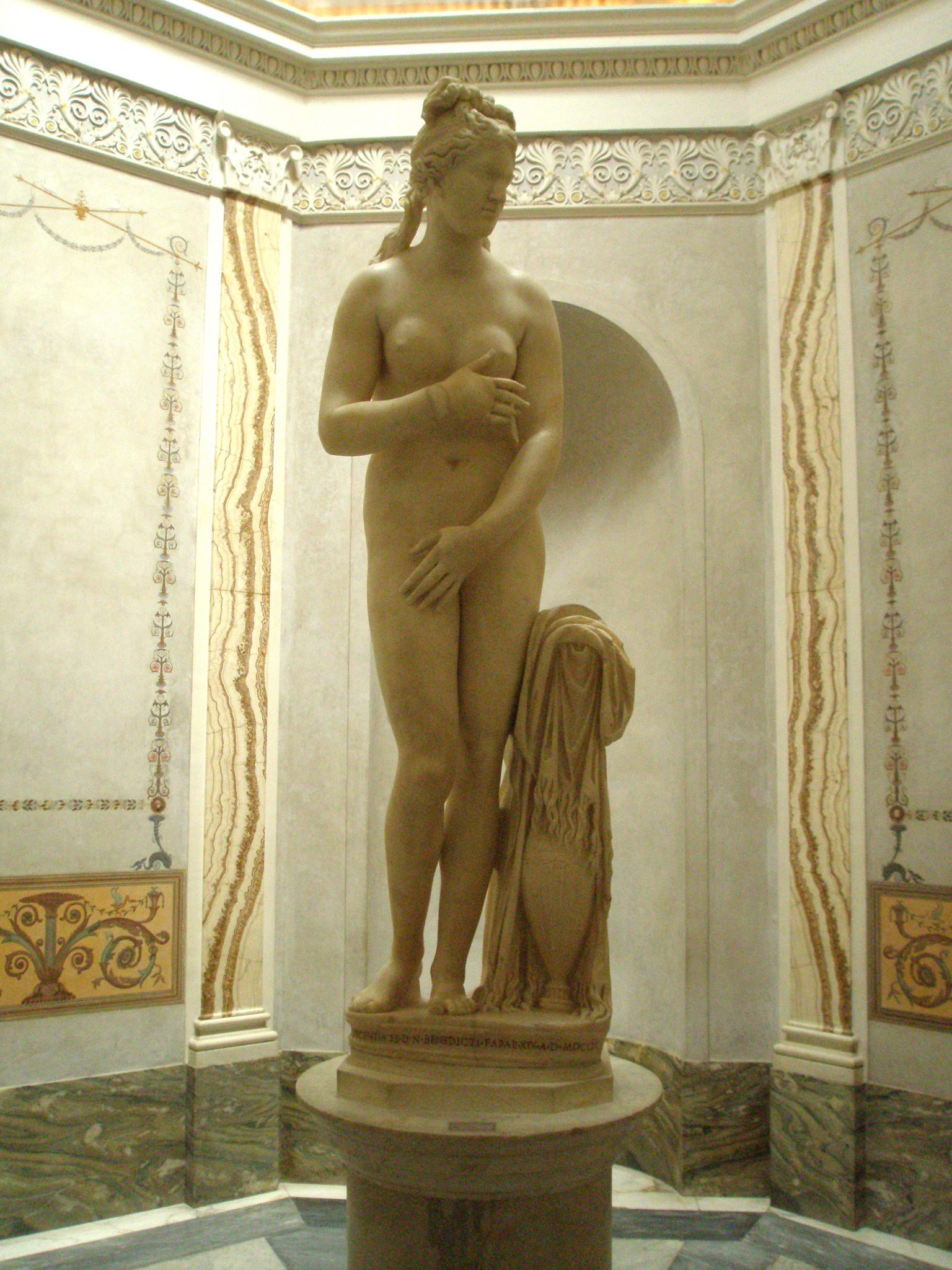
The Capitoline Venus. This is a replica of the original by Praxiteles (who lived in the 4th century BC). This copy of Venus was found in Rome around 1666–1670, and it’s assumed the statue was made between 96AD and 192AD.
Of the thousands of objects on display in the Museum’s three buildings, I am always most moved by the hundreds of life-sized marble busts of luminaries, from the time of the late Roman Republic to the Early Roman Empire, which are displayed in the Hall of Emperors in the Palazzo Nuovo…
…images-in-the-round of men long-departed, who, by sitting for the artists who recorded their likenesses, seemed to be saying “I know life is short; I hope not to be forgotten.” But those tidy seams at the necklines of many of the busts, separating shoulders and chests of alabaster from the white marble heads above, are reminders of fleeting power, and of Roman practicality.
Disgraced personages, condemned to “damnatio memoria,” would have all public images of themselves removed, and those costly statues would be then recycled with NEW heads depicting the currently-favored. Pragmatic folks, those Romans.
And images of real women … not just of idealized goddesses? After the death of Julius Caesar, portraits of important women related to the imperial family appeared everywhere, celebrated as symbols of dynastic power; as guarantors of continuity and thus of the empire’s stability and peace. But what I found greatly entertaining were how these images set and changed fashion in hair-styling throughout the dominions!
The Museum’s collection of ladies’ heads (sculpted from 50 B.C. to 395 A.D) is a virtual beauty-timeline, which demonstrates some mind-bogglingly complex and various hair arrangements. Daily care of their appearance was of great importance for Roman women of high rank. Specialized maidservants—armed with wigs, hair extensions, curling irons, clips and jeweled pins—took hours to arrange the hair of their noble ladies. Extreme hair colors were preferred: blond, red or raven-black could be obtained with dyes, but also with wigs and extensions of hair cut from captives: blonde from Barbarian women of the North, and black from the heads of Indian women, brought to Rome in the luxury goods trade with the East.
MONDAY, 12 May 2014
On the Monday following my Sunday art-wallow across the river at the Capitoline Museum, I wanted to spend a few hours wandering quietly and close to “home,” with the principal aim of doing some food-reconnaissance in Trastevere. ‘Twas time to remind myself of the locations of my favorite restaurants, and also to scope out new and promising-looking places to eat. My objective while I’m traveling for an extended period of time (the total duration of my time away from America last spring was 40 days) is to remain healthy, and the key to staying well is eating as if I’m NOT away from home. To maintain my roughly 80%–Vegan—and–20%–Human–Diet I must find restaurants that offer a wide range of vegetable dishes. In Rome, once you eliminate pasta, cheese, and most meat from your food-options, the World Of Food that remains is still quite appetizing. By staying at the Donna Camilla Savelli Hotel my breakfast needs were splendidly met: I can state categorically that their huge morning buffet presented the most varied and highest quality breakfast foodstuffs that I’ve encountered at any Hotel (which explains why, during my time in Rome, I turned the first meals of my day into leisurely, 3-course feasts).
When you’re in Rome, if you’re in the mood for a relaxing and affordable meal, the first rule about restaurant-choosing is to steer clear of establishments located on piazzas. Restaurants in tourist-heavy, high-foot-traffic areas often station aggressive and highly vocal gentlemen outside their entrances. The huckster’s job is to to flag you down and cajole you to come inside. When such a restaurant employee begins his prattle, smile, keep walking, and know that you’ve just avoided an overpriced meal. Apart from wanting real food at a reasonable price, I’m looking for Roman eateries where at least half of the customers are clearly NOT tourists. If you find places where Locals also choose to dine, rarely will you be served an unpalatable meal.
I’ve enjoyed meals at the following three, utterly un-fancy Trastevere eateries…and on many occasions.
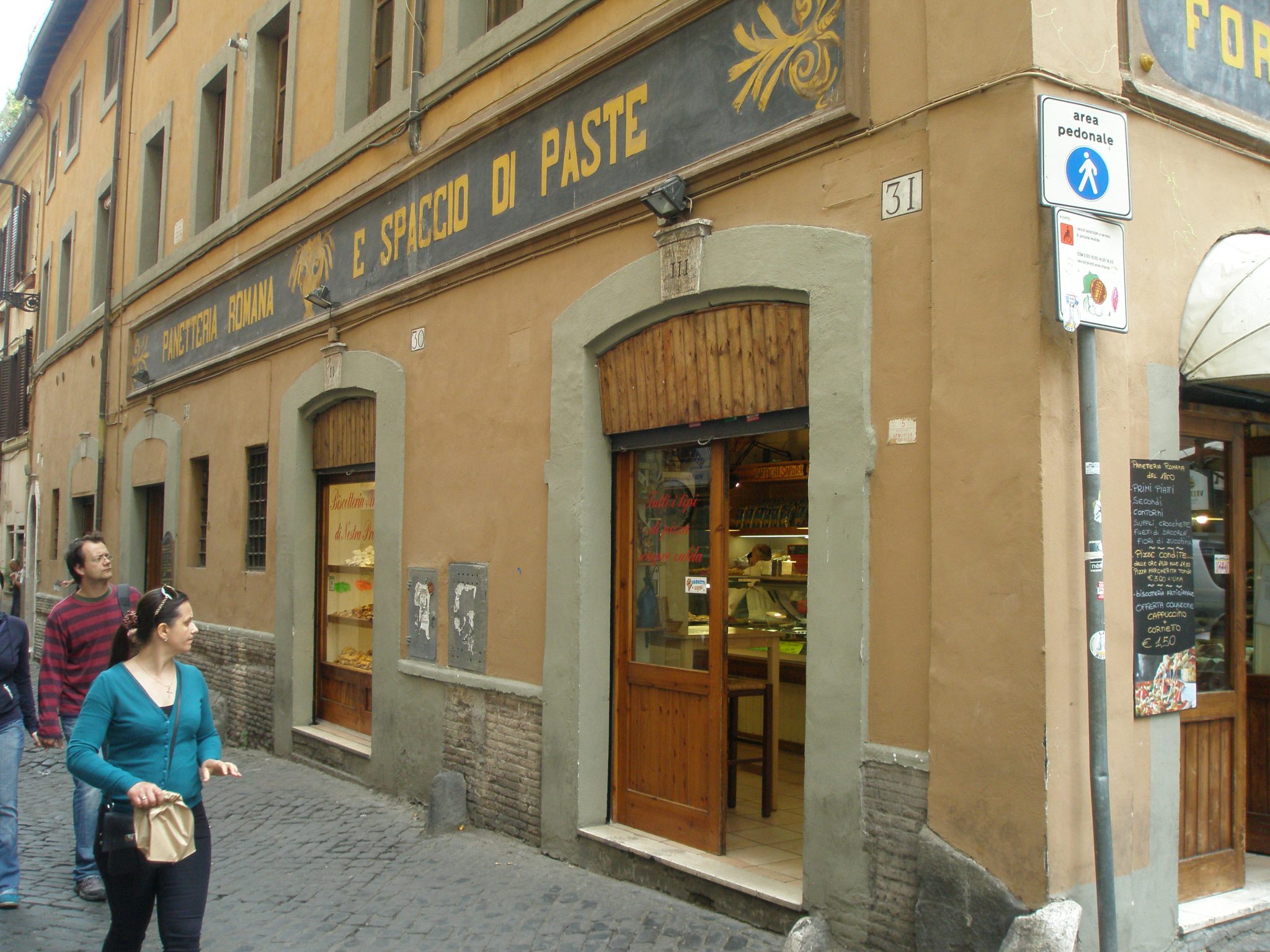
Ristorante il Ponentino: my go-to-place for a casual lunchtime plate of inexpensive but perfectly-prepared veggie dishes…and also for bread, wine and cookies. Located just south of Viale di Trastevere, on Piazza del Drago, #10.
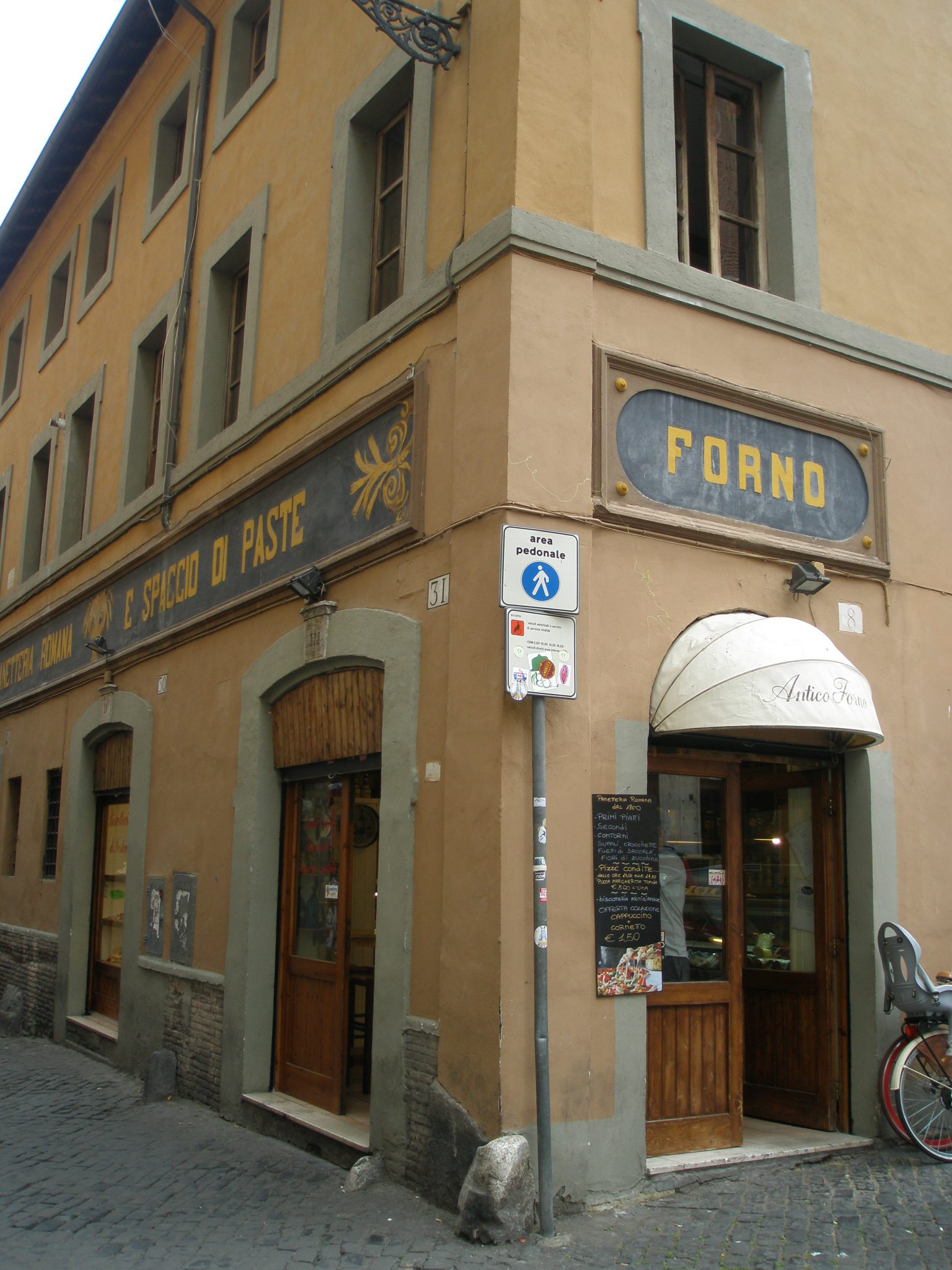
At mid-day, make your selections from il Ponentino’s many platters of home-cooked food. Baked, stuffed tomatoes; grilled zucchini; piselli alla Romana (that would be peas cooked the delicious, Roman way..braised in chicken stock, with romaine lettuce, sage leaves, ham, and onions); roasted artichokes; sautéed spinach with garlic; gorgeous breads…all then plopped unceremoniously onto a paper plate. At il Ponentino, it’s about the Food, not the Ambience.

Also on the south side of Viale di Trastevere is this top-notch Indian Restaurant: JAIPUR. Located at #56, Via di
San Francesco a Ripa. The waiters are comforting and gentlemanly, and the menu is huge, and reliably delicious. www.ristorantejaipur.it

Located at #56 Via Garibaldi, just 2 blocks downhill from the Donna Camilla Savelli Hotel, Marco G’s Ristorante offers elegantly-prepared food, with menus that change nightly. Of my recommended eateries in Trastevere, Marco G’s is the place to go for a fine, relaxing dinner. Donn and I ate there for 3 nights running: all of our meals were memorable, especially Marco’s Saltimbocca.
www.marcog.it
Once I’d reassured myself that my gustatory life would be under control, a little art-jaunt in our immediate Trastevere neighborhood was in order.
Our destination: the Villa Farnesina, a little, early-16th century palace, where almost every interior surface is adorned with the most virtuosically-painted frescoes one could ever hope to see.
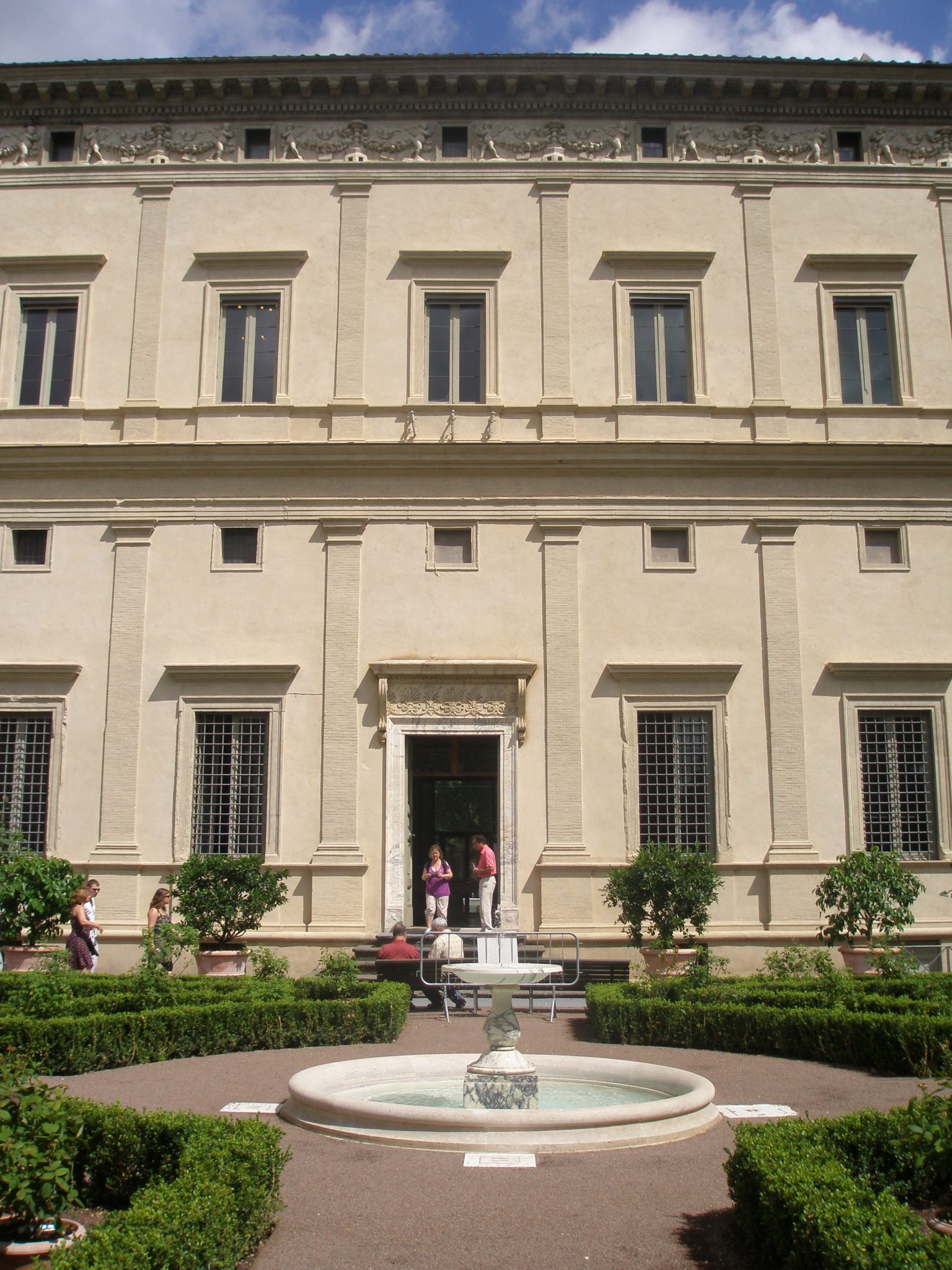
The Villa Farnesina. #230 Via della Lungara, Trastevere. Open Monday through Saturday, 9AM to 2PM. Admission fee: 6 Euros. www.villafarnesina.it
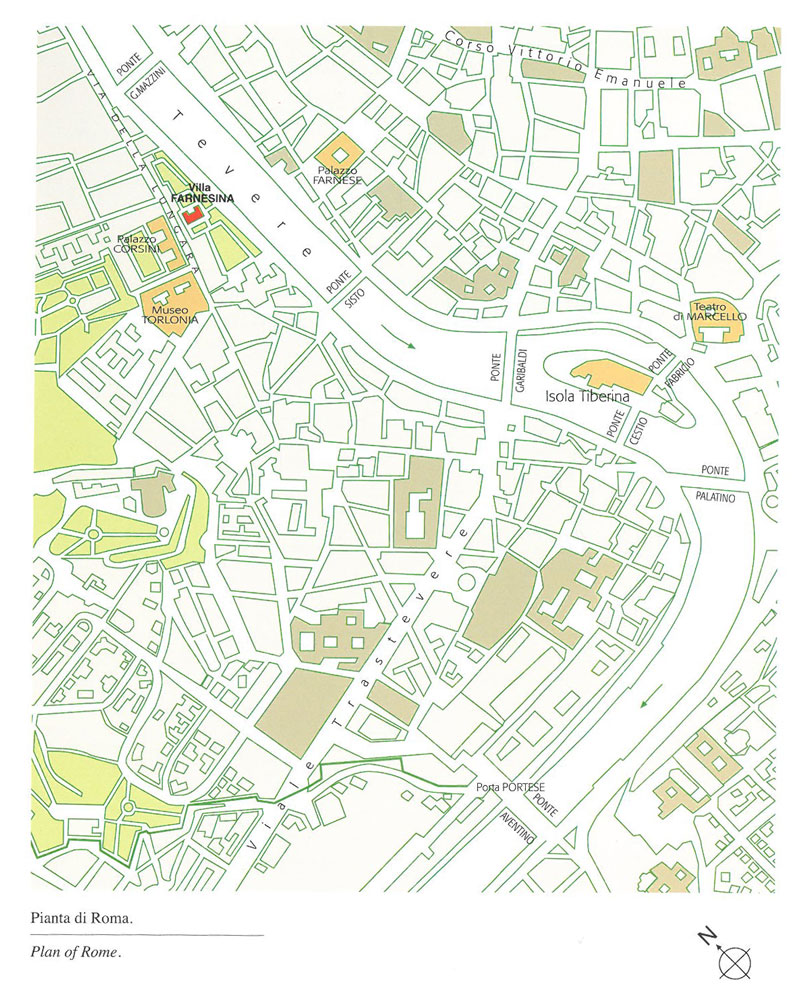
The Villa Farnesina’s location is marked in Red. Image courtesy of LA VILLA FARNESINA A ROMA, published by Franco Cosimo Panini.
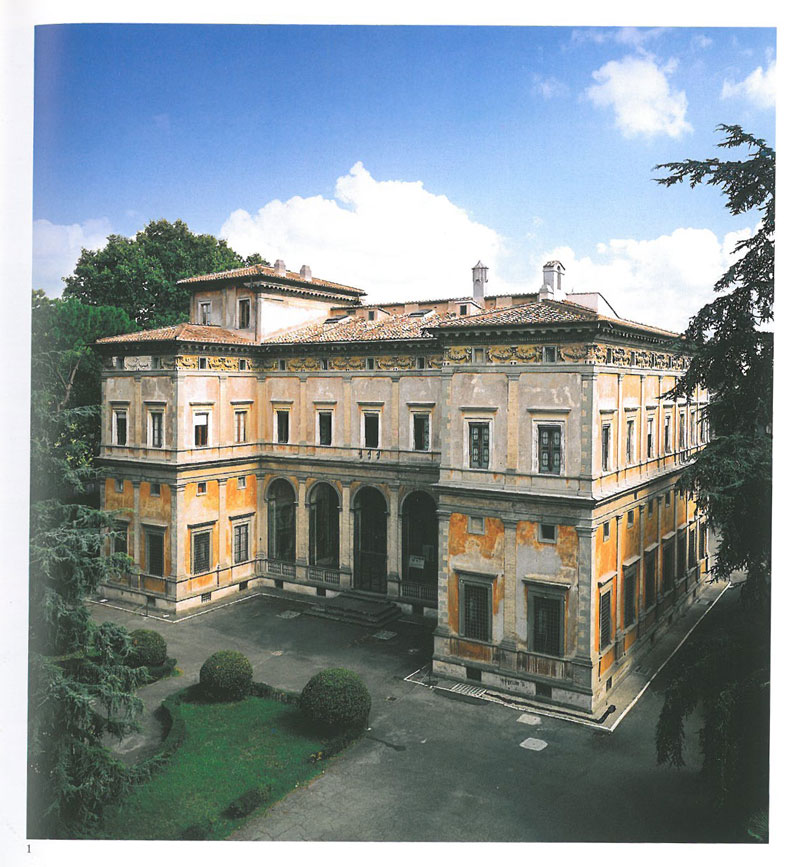
The north facade of the Villa Farnesina. Unfortunately, the extensive gardens on this side of the Villa aren’t open to the public. Behind the arches on the ground floor is the Loggia of Cupid & Psyche. Image courtesy of LA VILLA FARNESINA A ROMA, published by Franco Cosimo Panini.
Here, a taste of frescoes-to-come, with 5 images captured from the Villa’s website:
Gianfranco Malafarina’s useful booklet LA VILLA FARNESINA A ROMA introduces us to the property:
“The Villa Farnesina in Rome, built in the early 16th century for the rich Sienese banker Agostino Chigi and now owned by the Accademia Nazionale dei Lincei, is one of the noblest and most harmonious creations of the Italian Renaissance; a work in which architectural design and pictorial decoration fuse into a single marvelous synthesis. The sober volumetric and spatial articulation in the Villa, devised by the architect Baldassare Peruzzi, is indeed the perfect setting for the rich decorative programme of the interior, frescoed by great masters such as Raphael, Sebastiano del Piombo, Giovanni Antonio Bazzi (known as Sodoma), and Peruzzi himself.”
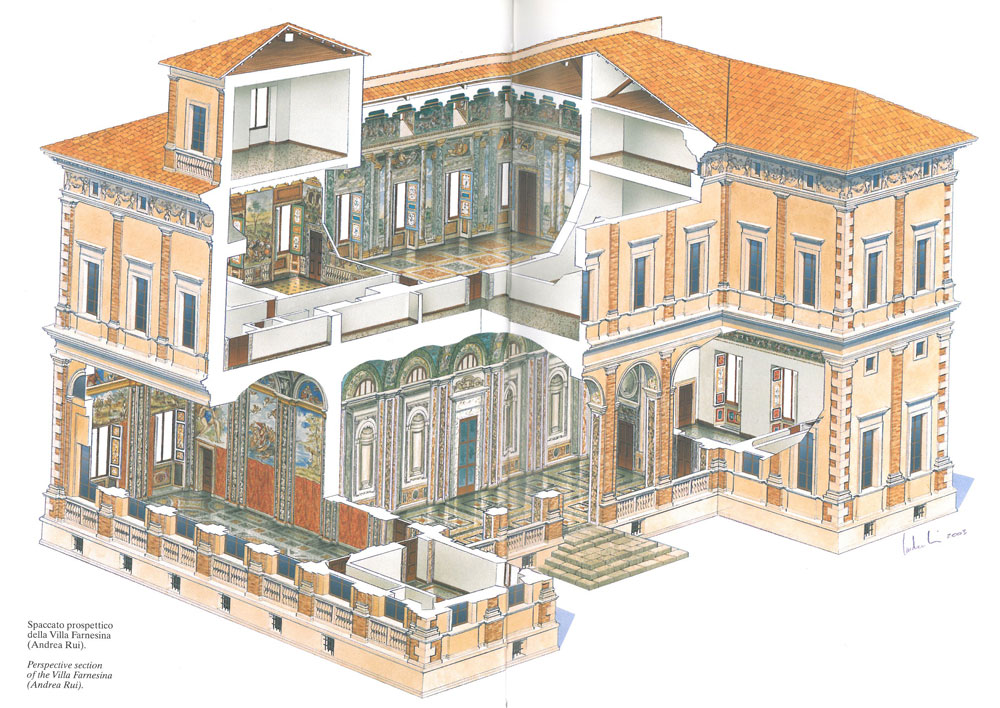
Perspective Section of Villa Farnesina, as seen from the east, and north sides. On the ground floor, to the left: The Loggia of Galatea. On the ground floor, in the center: The Loggia of Cupid & Psyche. On the higher floor, in the center: The Hall of Perspective Views. Image courtesy of LA VILLA FARNESINA A ROMA, published by Franco Cosimo Panini.
When I’m out and about in the World, my usual drill is to drag along note pads, reference books and cameras. But during my visits to the Villa Farnesina, I leave all of that work-paraphernalia behind. I turn off my analytical brain, and simply open my eyes and emotions to the wondrous scenes that are painted upon the Villa’s walls. Certainly, Farnesina’s frescoes can be dissected and parsed, but I prefer to innocently marvel at the opulence and artistry of the decorations. Here now, a peek at the place:
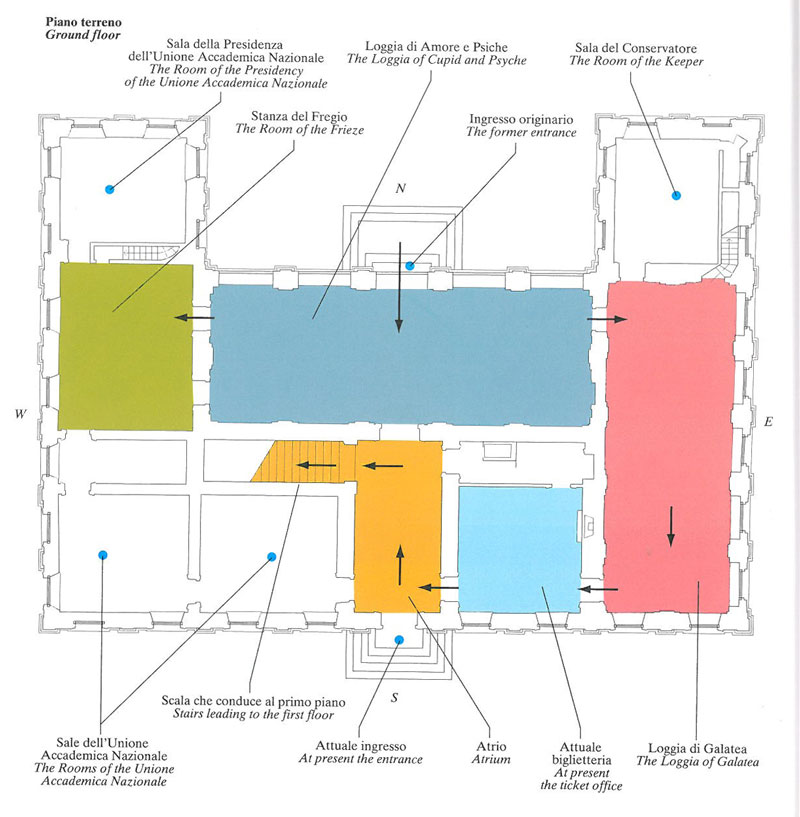
Room Plan of Ground Floor. Image courtesy of LA VILLA FARNESINA A ROMA, published by Franco Cosimo Panini.
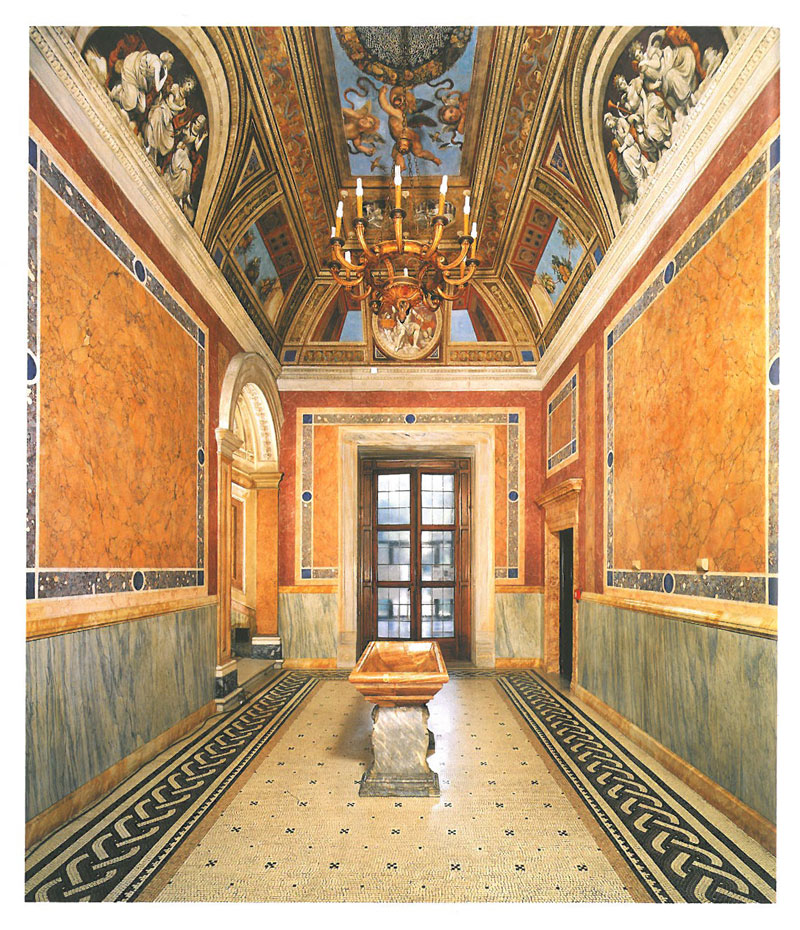
The Entry Hall. This entry vestibule was created in 1861–1863 by architect Antonio Cipolla. The frescoes on the vault were painted by Ludovico Seitz. Image courtesy of LA VILLA FARNESINA A ROMA, published by Franco Cosimo Panini.

The Loggia of Galatea. Used as a setting for banquets, the frescoes in this room were designed in 1510 by Baldassare Peruzzi, but were then painted by an assortment of artists, including Peruzzi himself, Raphael, and Sebastiano del Piombo. Cardinal Girolao Farnese, who owned the Villa during the mid 1650’s, also had frescoes of landscapes added to the space. Image courtesy of LA VILLA FARNESINA A ROMA, published by Franco Cosimo Panini.
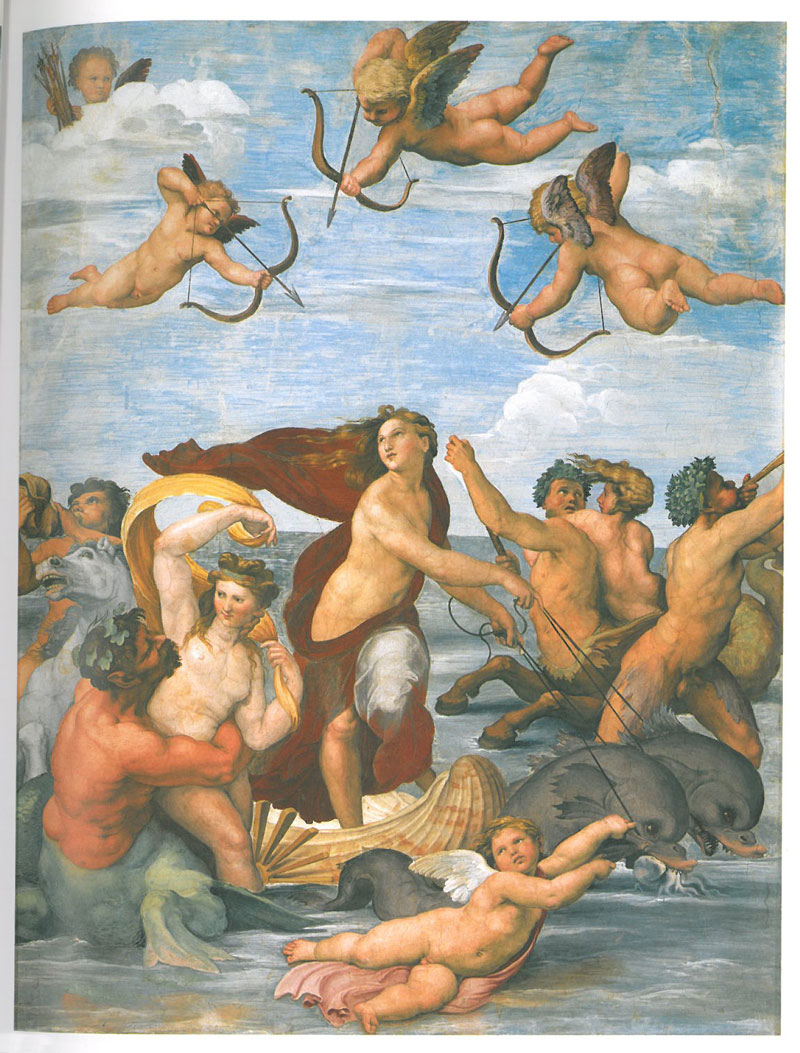
An upper wall panel in the Loggia of Galatea. Image courtesy of LA VILLA FARNESINA A ROMA, published by Franco Cosimo Panini.
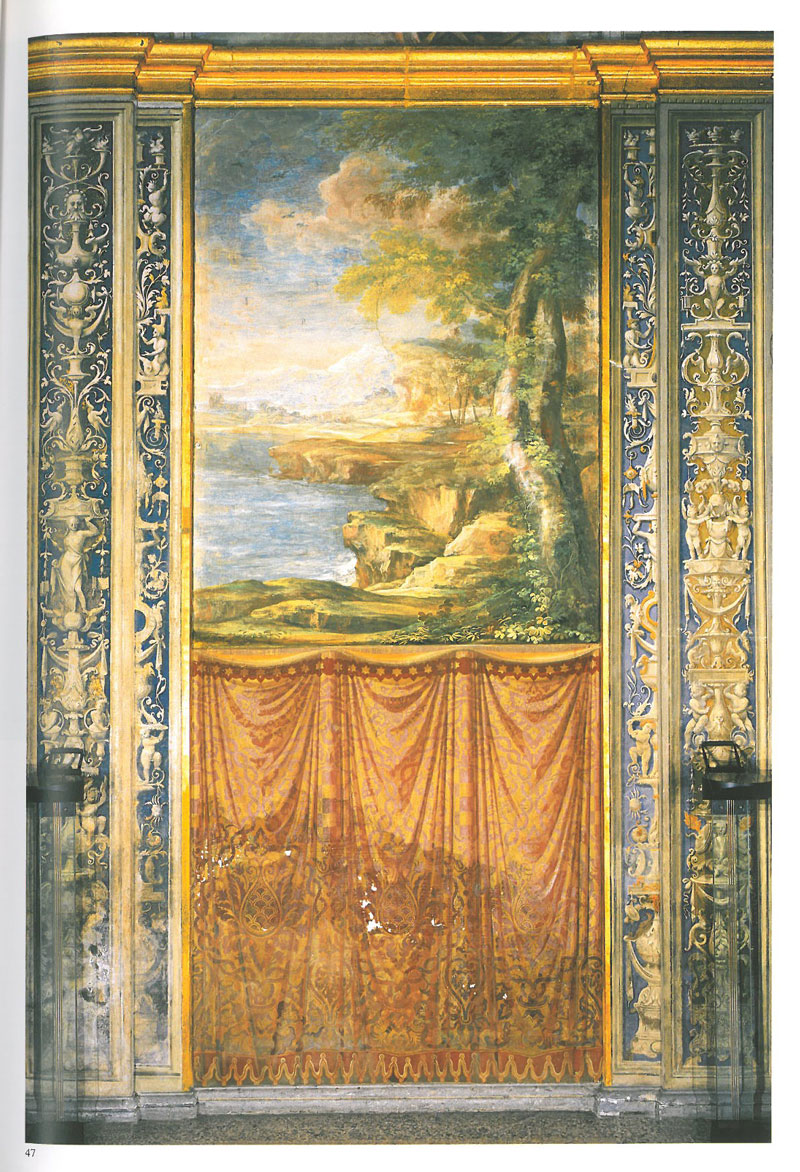
Full height wall fresco, in the Loggia of Galatea. Image courtesy of LA VILLA FARNESINA A ROMA, published by Franco Cosimo Panini.
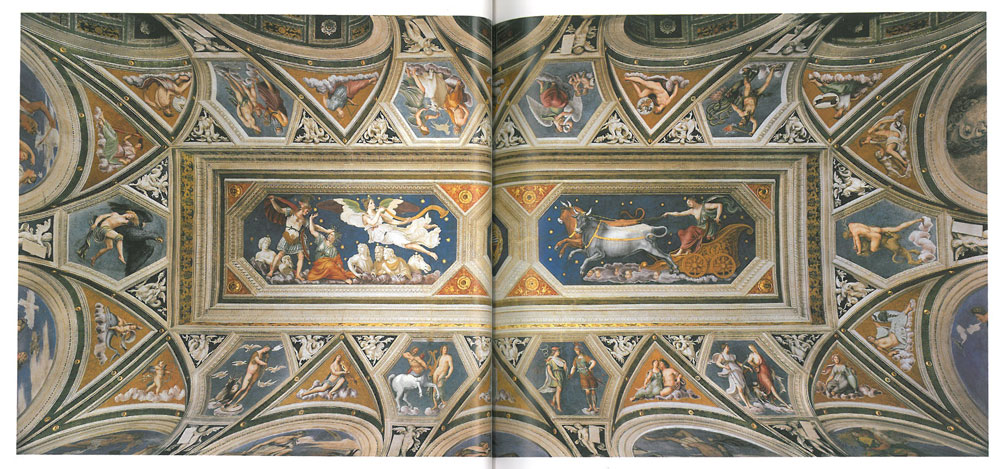
The entire length of the vaulted ceiling in the Loggia of Galatea. Astrology was very important to the man who commissioned the Villa: Augustino Chigi waited to lay the cornerstone of his new house until the planets were favorably aligned. On 22 April 1506–a date thought to mark the anniversary of the founding of Rome–construction of his dream-home began. Image courtesy of LA VILLA FARNESINA A ROMA, published by Franco Cosimo Panini.
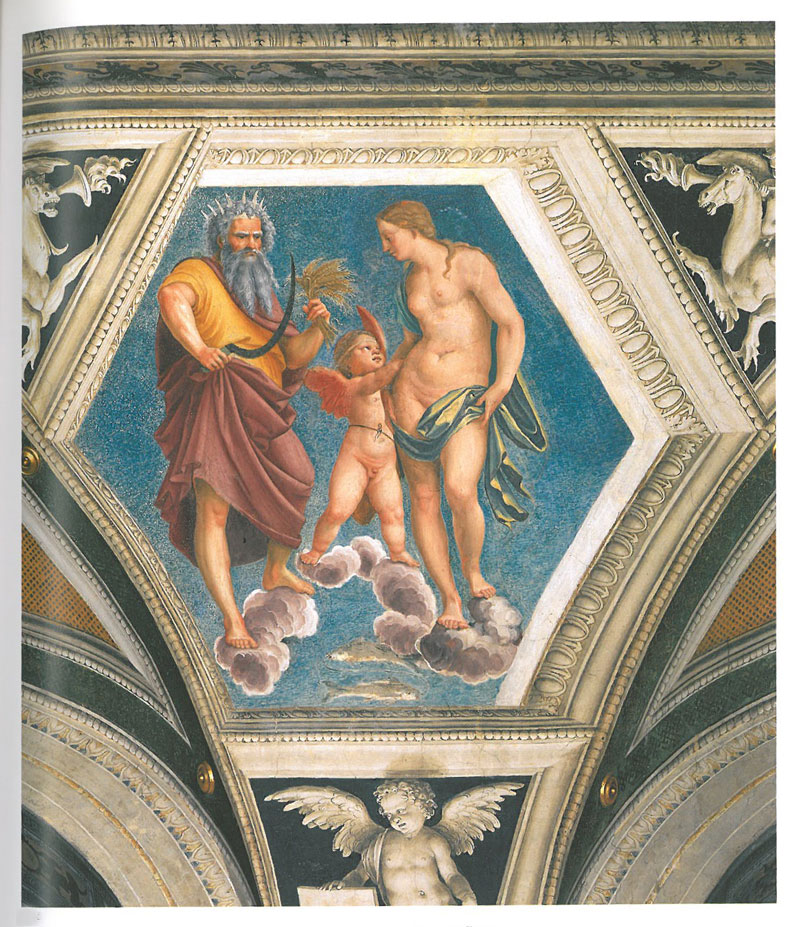
Detail of vaulted ceiling, in the Loggia of Galatea. Image courtesy of LA VILLA FARNESINA A ROMA, published by Franco Cosimo Panini.
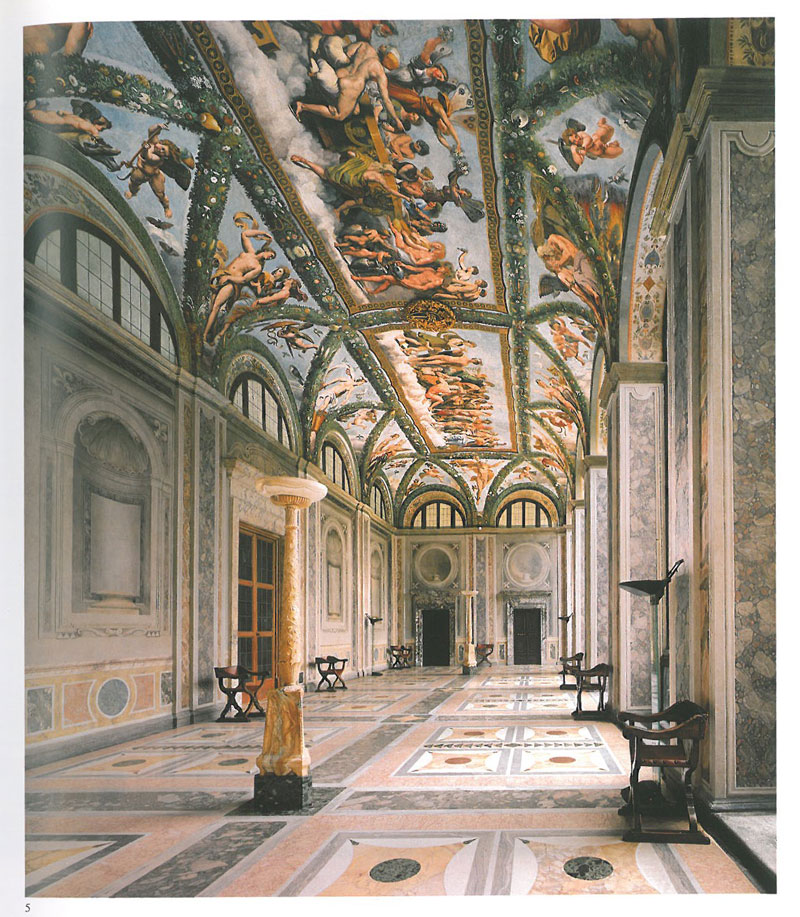
The Loggia of Cupid & Psyche. This enormous hall was the space through which the Villa was originally entered. The hall measures 65 feet long, by 22 feet deep, and has a ceiling height of about 28 feet. The frescoes were painted in 1518 by Raphael and his assistants. Image courtesy of LA VILLA FARNESINA A ROMA, published by Franco Cosimo Panini.
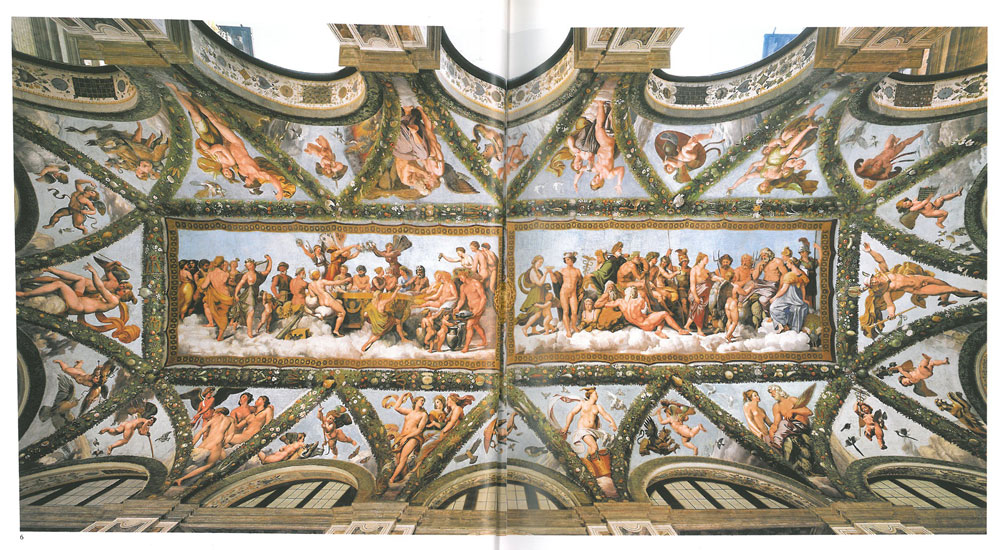
The entire length of the vaulted ceiling in the Loggia of Cupid & Psyche. Image courtesy of LA VILLA FARNESINA A ROMA, published by Franco Cosimo Panini.

Detail of a spandrel, in the Loggia of Cupid & Psyche. Image courtesy of LA VILLA FARNESINA A ROMA, published by Franco Cosimo Panini.
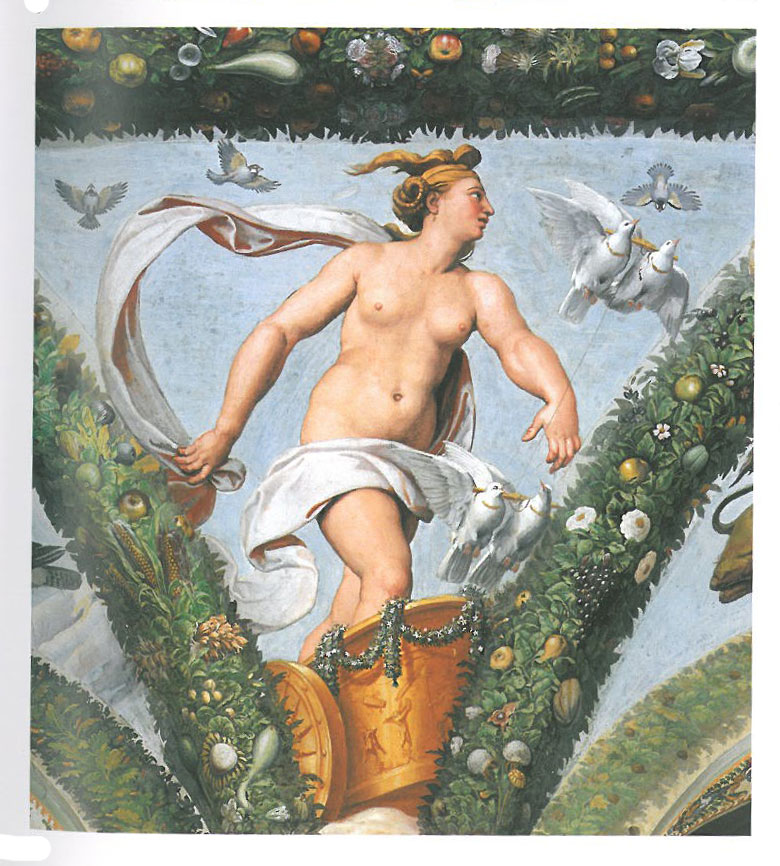
Another spandrel, in the Loggia of Cupid & Psyche. Image courtesy of LA VILLA FARNESINA A ROMA, published by Franco Cosimo Panini.
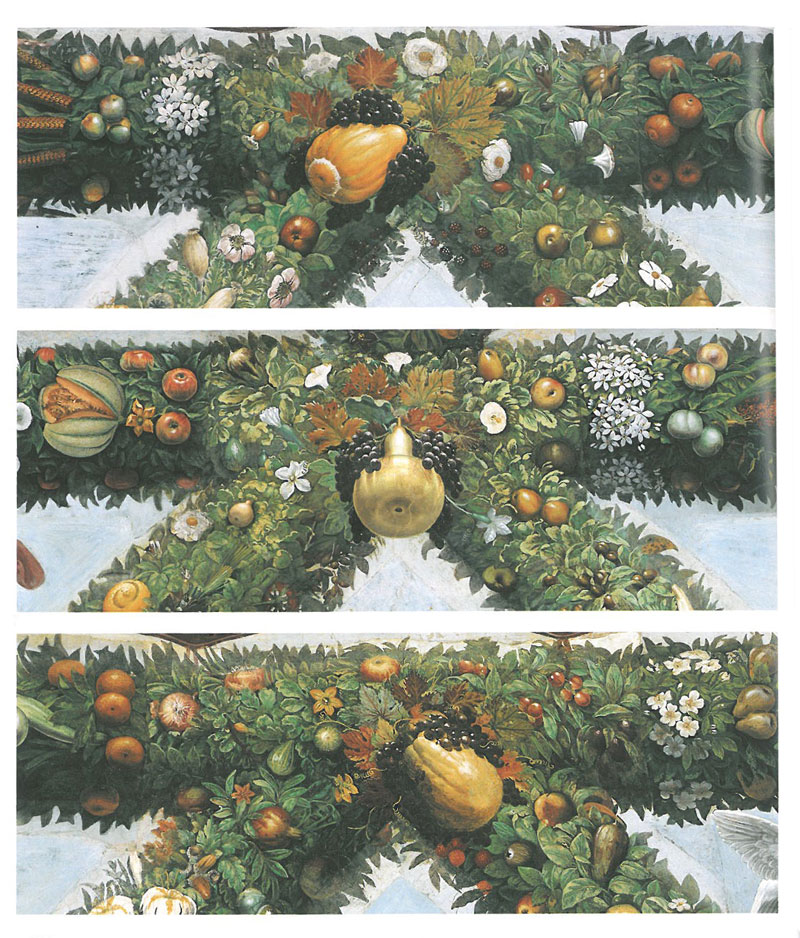
Details of ceiling decorations, in the Loggia of Cupid & Psyche. Image courtesy of LA VILLA FARNESINA A ROMA, published by Franco Cosimo Panini.
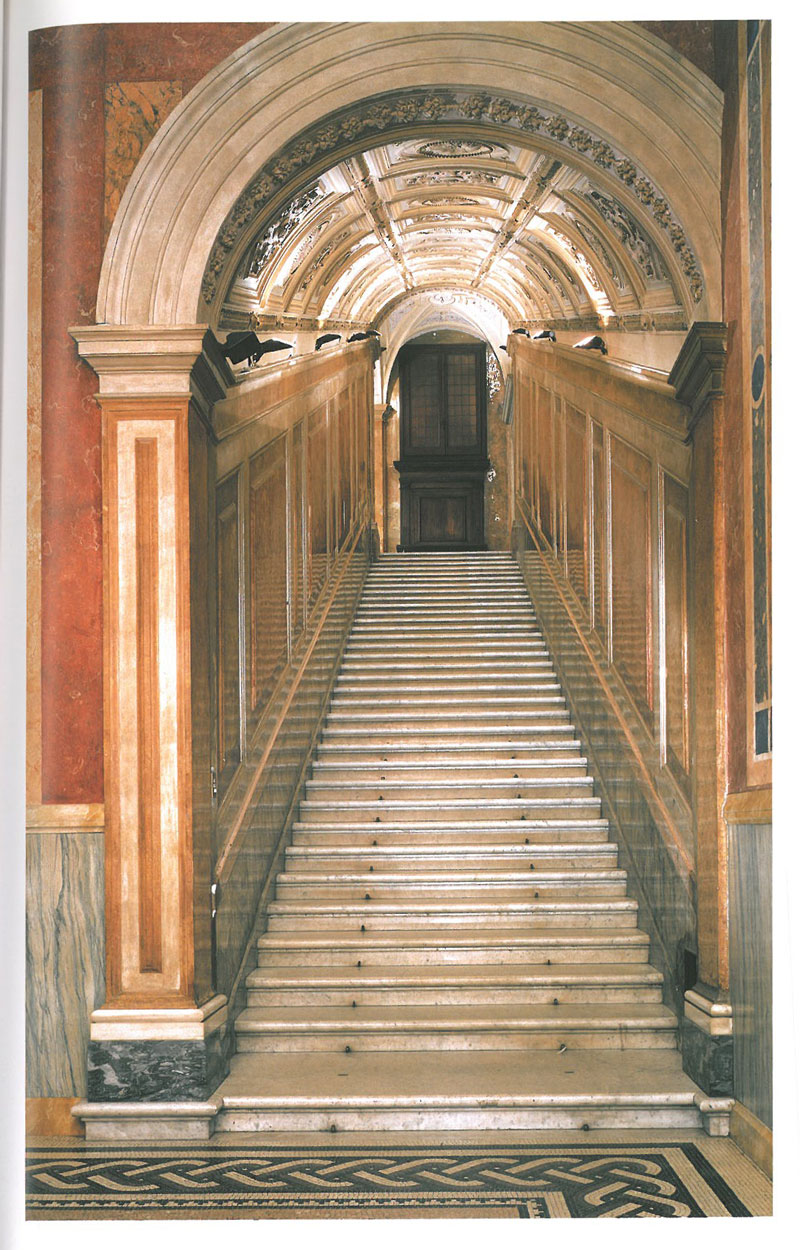
Stairs leading to the upper floor. This great flight of steps was restructured in 1861, by Antonio Cipolla. Image courtesy of LA VILLA FARNESINA A ROMA, published by Franco Cosimo Panini.
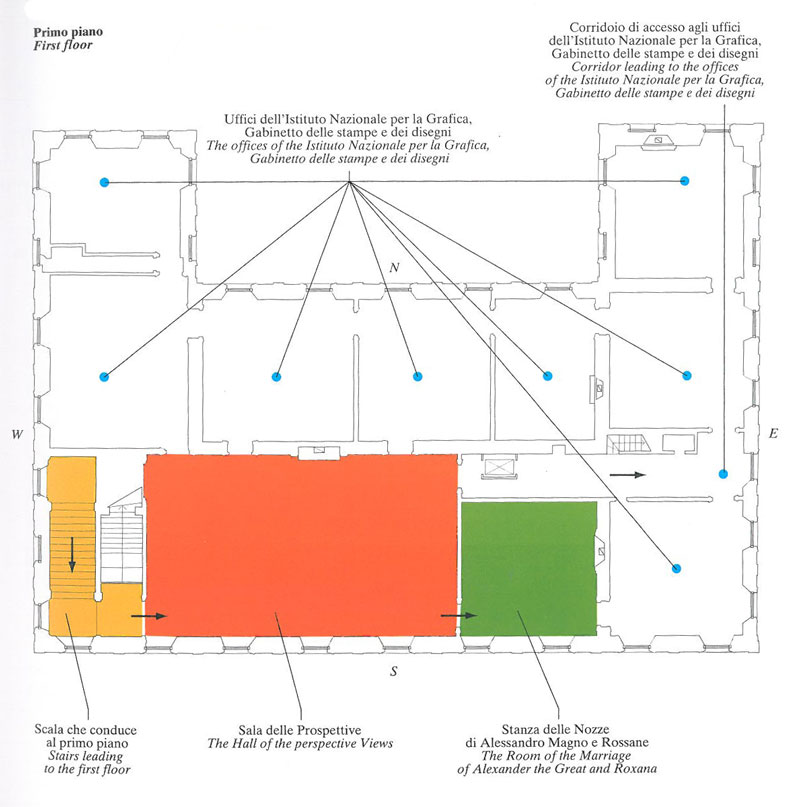
Room Plan of Upper Floor.
Image courtesy of LA VILLA FARNESINA A ROMA, published by Franco Cosimo Panini.
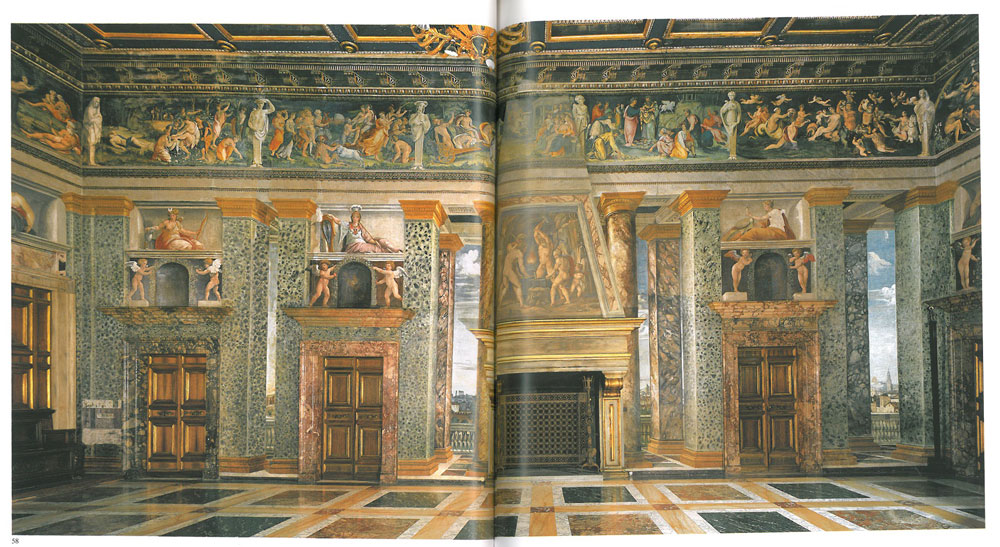
The Hall of Perspective Views: the north wall. This large room was decorated in 1519 by Baldassare Peruzzi. Image courtesy of LA VILLA FARNESINA A ROMA, published by Franco Cosimo Panini.
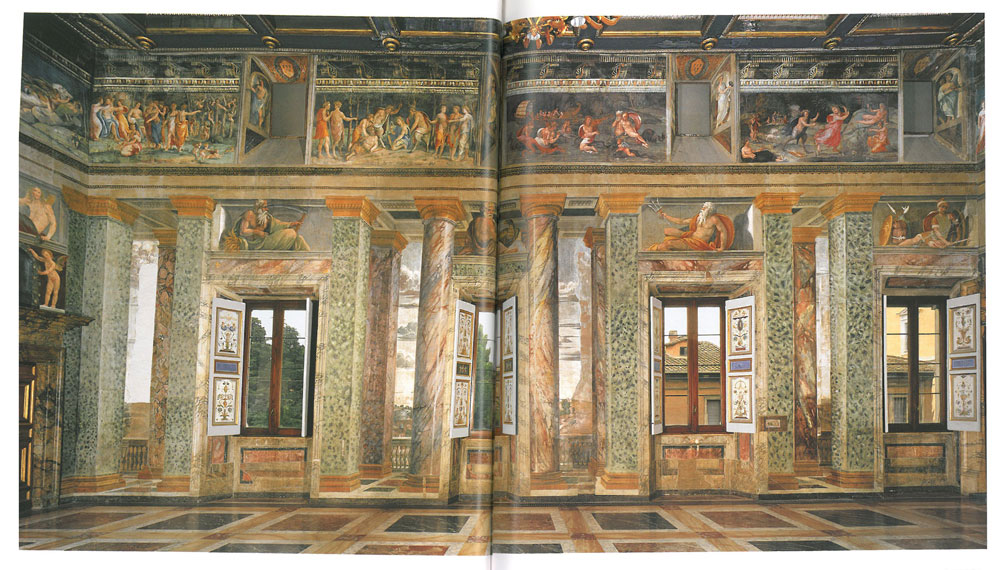
The Hall of Perspective Views: the south wall. Image courtesy of LA VILLA FARNESINA A ROMA, published by Franco Cosimo Panini.
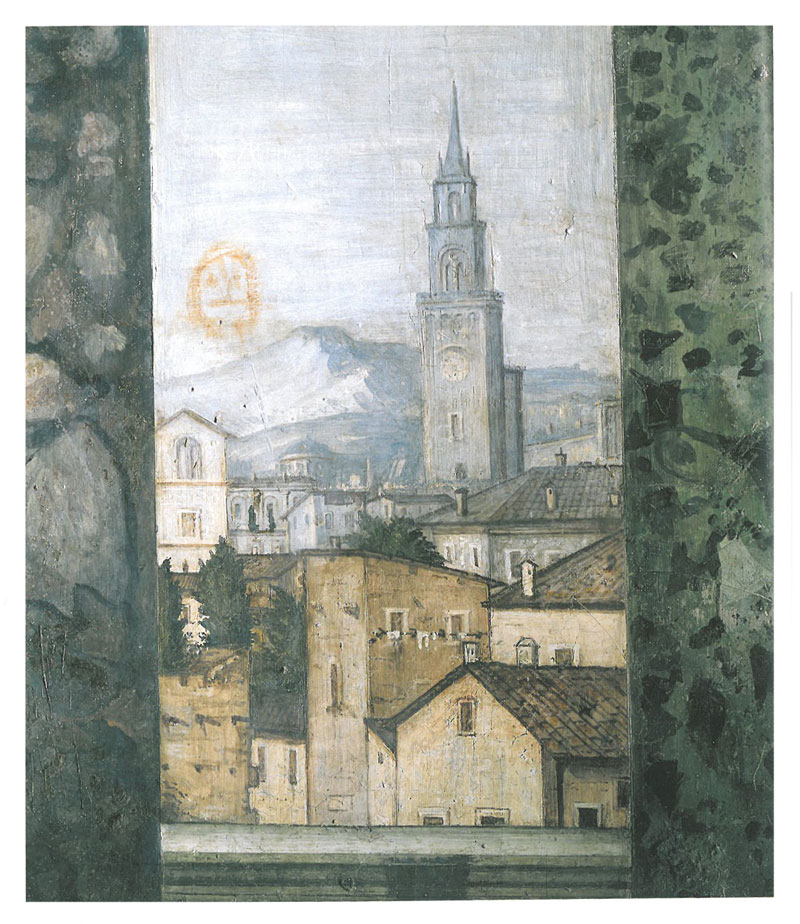
Wall panel in the Hall of Perspective Views. Image courtesy of LA VILLA FARNESINA A ROMA, published by Franco Cosimo Panini.
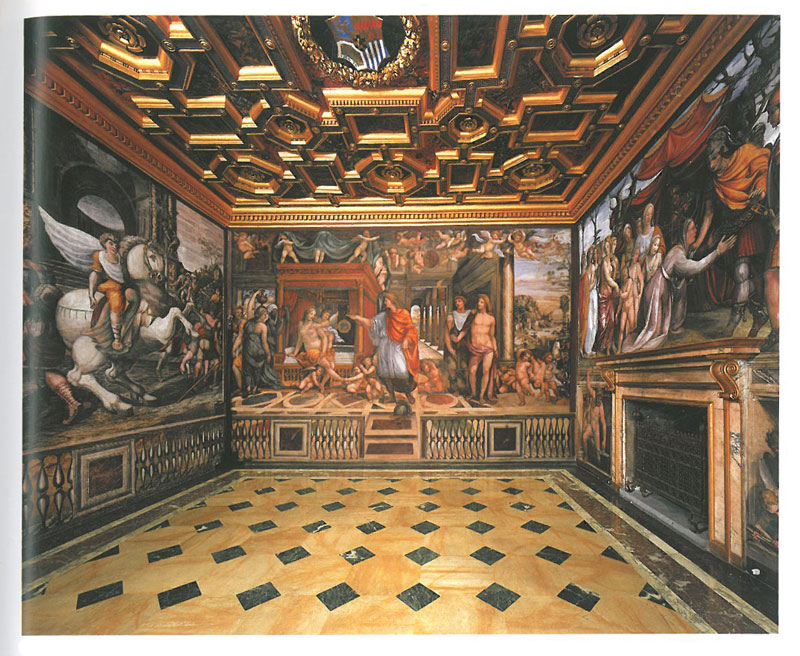
The Room of the Marriage of Alexander the Great & Roxana. Not surprisingly, this sensual space was originally Agostino Chigi’s bedchamber. The Sienese painter Giovanni Antonio Bazzi–known as Sodoma–was commissioned to decorate the walls in 1519. Image courtesy of LA VILLA FARNESINA A ROMA, published by Franco Cosimo Panini.
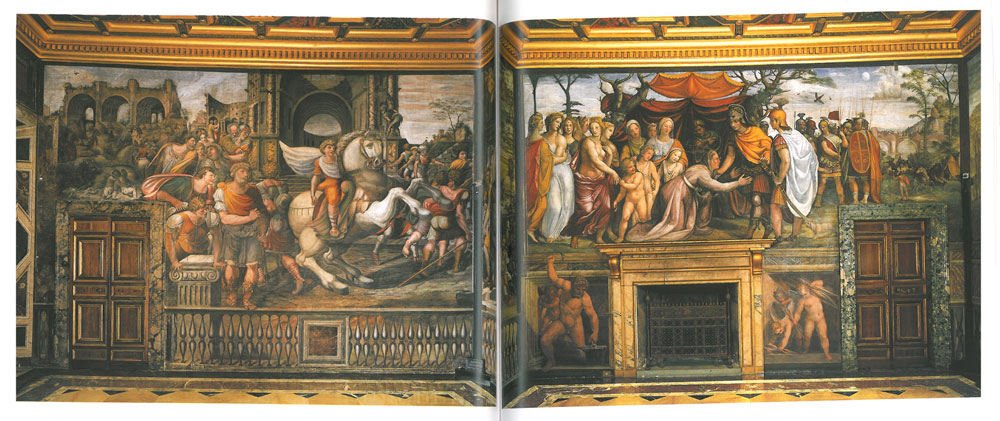
East wall of The Room of the Marriage of Alexander the Great & Roxana. Image courtesy of LA VILLA FARNESINA A ROMA, published by Franco Cosimo Panini.
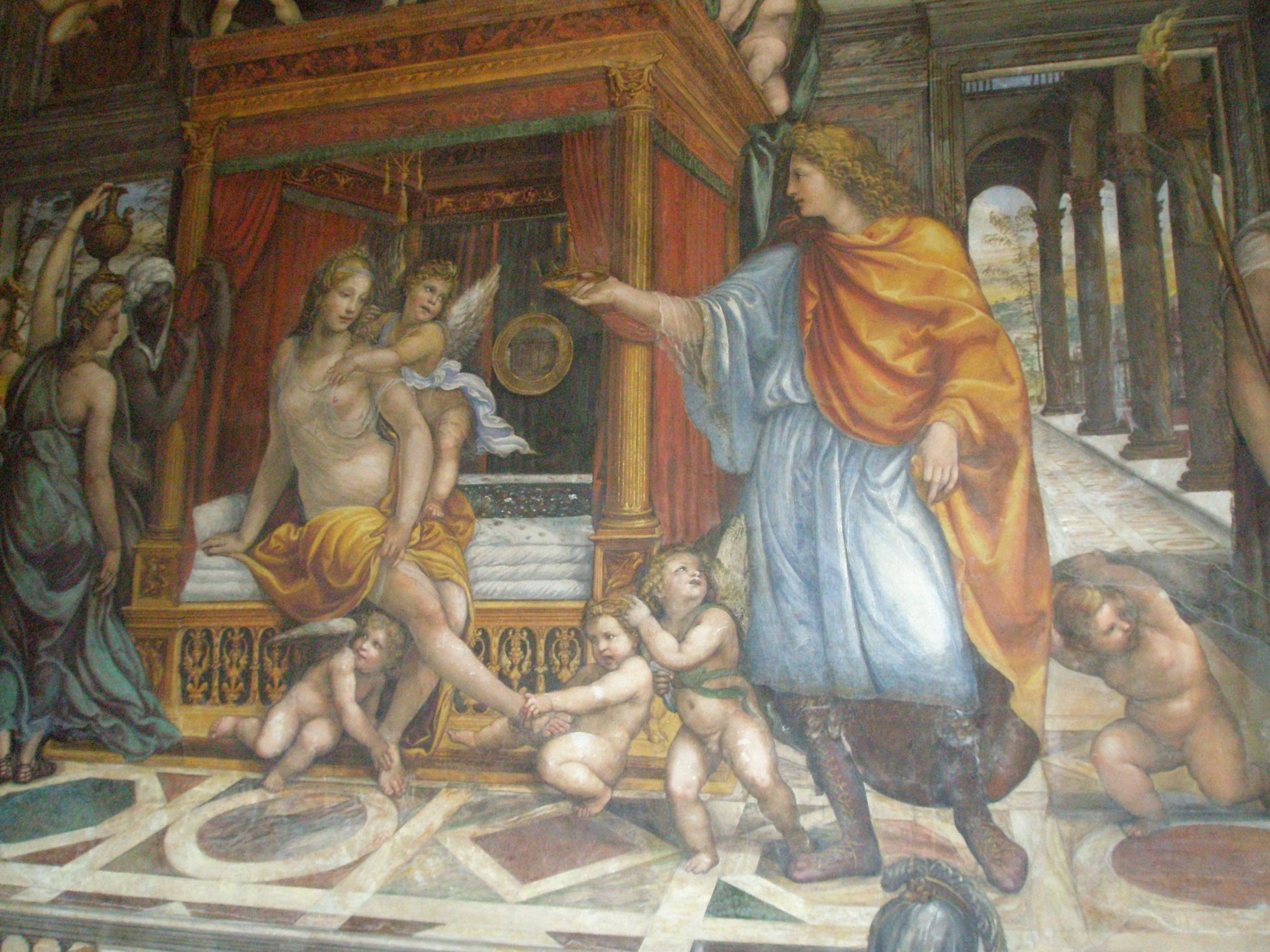
During my June 2011 stay in Rome, I snapped this photo of the marriage bed, on the the north wall of The Room of the Marriage of Alexander the Great & Roxana.
TUESDAY, 13 MAY 2014
Early morning is the best time to embark upon a trek to visit many of the fountains, piazzas and obelisks in the heart of Rome. Rain or shine, such a journey will be wonderful, just so long as you’re on the move well before the streets have become clogged with other gawkers.
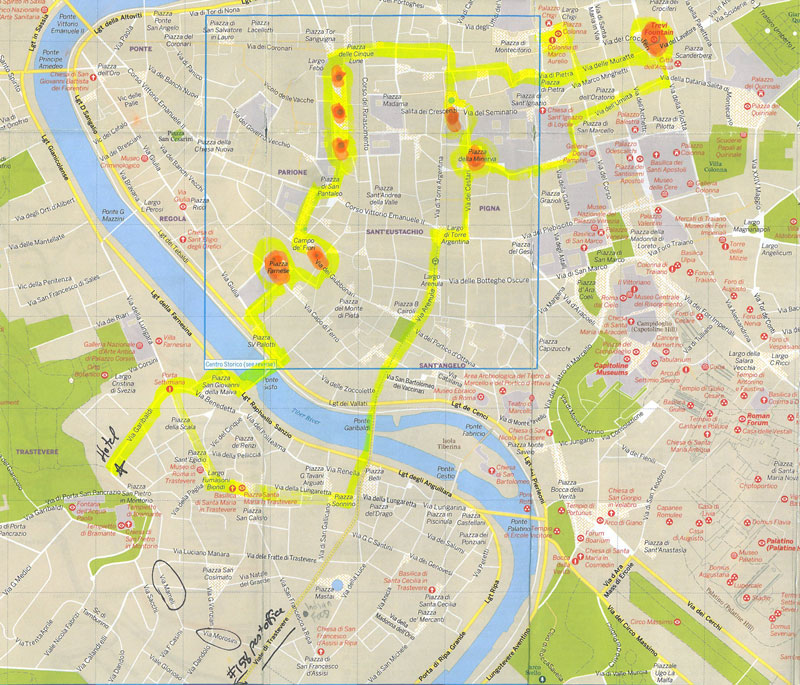
Yellow marks our meandering path, as I led Donn away from Trastevere, and on a loop through Rome’s Centro Storico.
Leaving Trastevere, Donn and I crossed the Tiber via the Ponte Sisto footbridge (built 1473—1479)… the span that’s distinguished by its central oculus. But the “eye” in the structure wasn’t put there to add Design Oomph. Rather, the circular openings on opposite sides of the bridge served as extra channels for the floods that regularly roiled the Tiber. Whenever the River rose, the oculi allowed the turbulent waters to flow through the bridge, thus sparing the structure from being destroyed by fast-moving currents.
We entered the southern end of Via Giulia, one of Rome’s most charming byways. [Note: Via Giulia is a good shortcut to use, if you want to take a quiet walk sometime, from the Centro Storico, north toward Castel Sant’Angelo.] Via Giulia was laid out by Bramante in 1508, but its most striking feature is an arch (Arco Farnese), which was designed by Michelangelo as part of a grand but never completed scheme to link Farnese family properties that stood on both sides of the street.
We then headed east, and one block inland, to the Piazza by Palazzo Farnese.
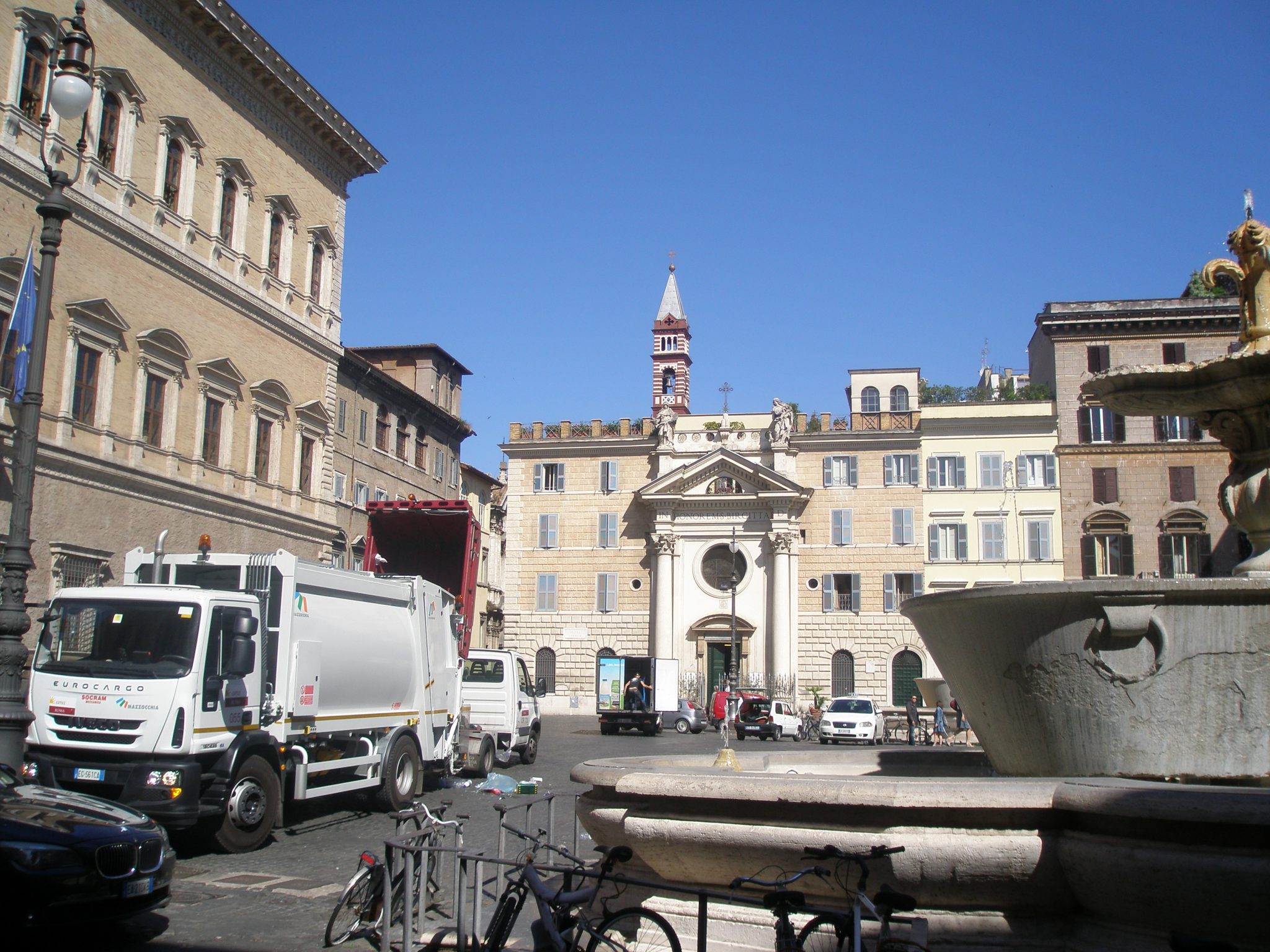
Piazza Farnese, as I saw it in June of 2011. This was one of those Tourist’s-Reality-Check-Moments: Garbage Collection Day! Several odoriferous dumpsters were plopped around a giant TUB Fountain, which the Farnese had placed on the Piazza during the Renaissance.
In the early 1500’s, as the Farnese family was building their nearby palazzo, they acquired two enormous granite tubs from the ancient Baths of Caracalla. Caracalla (circa 212AD) was a 27 acre Imperial Roman bathing complex, where between 6000 and 8000 people did their ablutions, each day (…the Romans’ ingenuity about all-things-aquatic-and-hygenic is mind-blowing.). The Farnese topped each Tub with a fountain, and crowned each fountain with an Iris…the family symbol.
We moved on, past the fruit-flower–and-souvenir stalls on Campo di Fiori…
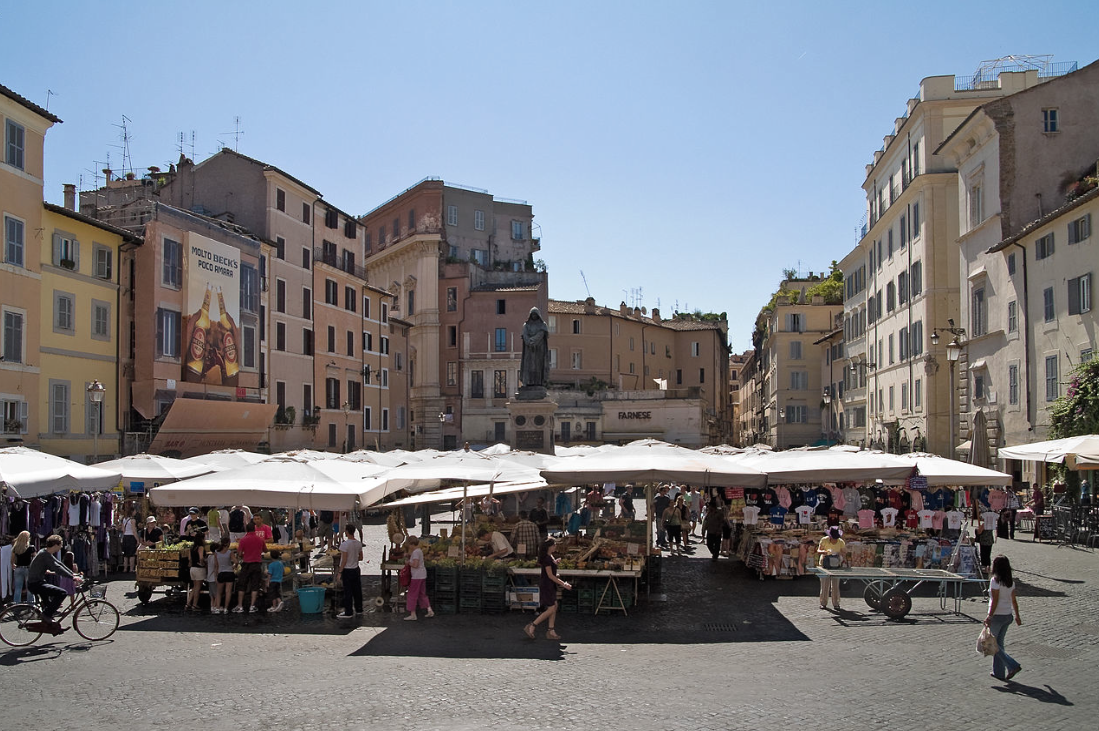
For centuries, public executions were held in the Campo di Fiori. Today the Square’s vibe has become much more cheerful, thanks to the kaleidoscope of potted and cut flowers which are sold there. If you’re shopping for a bouquet to offer as a house gift, however, bear in mind that Italians only display chrysanthemums at funerals; red flowers suggest secrecy; yellow blossoms indicate jealousy. And never give an uneven number of flowers…
…and continued northward along the Piazza della Cancelleria, sprinted across the traffic-clogged Corso Vittorio Emanuele II, zipped up Via della Cuccagna, and finally reached our first major destination of the Day: the Piazza Navona.
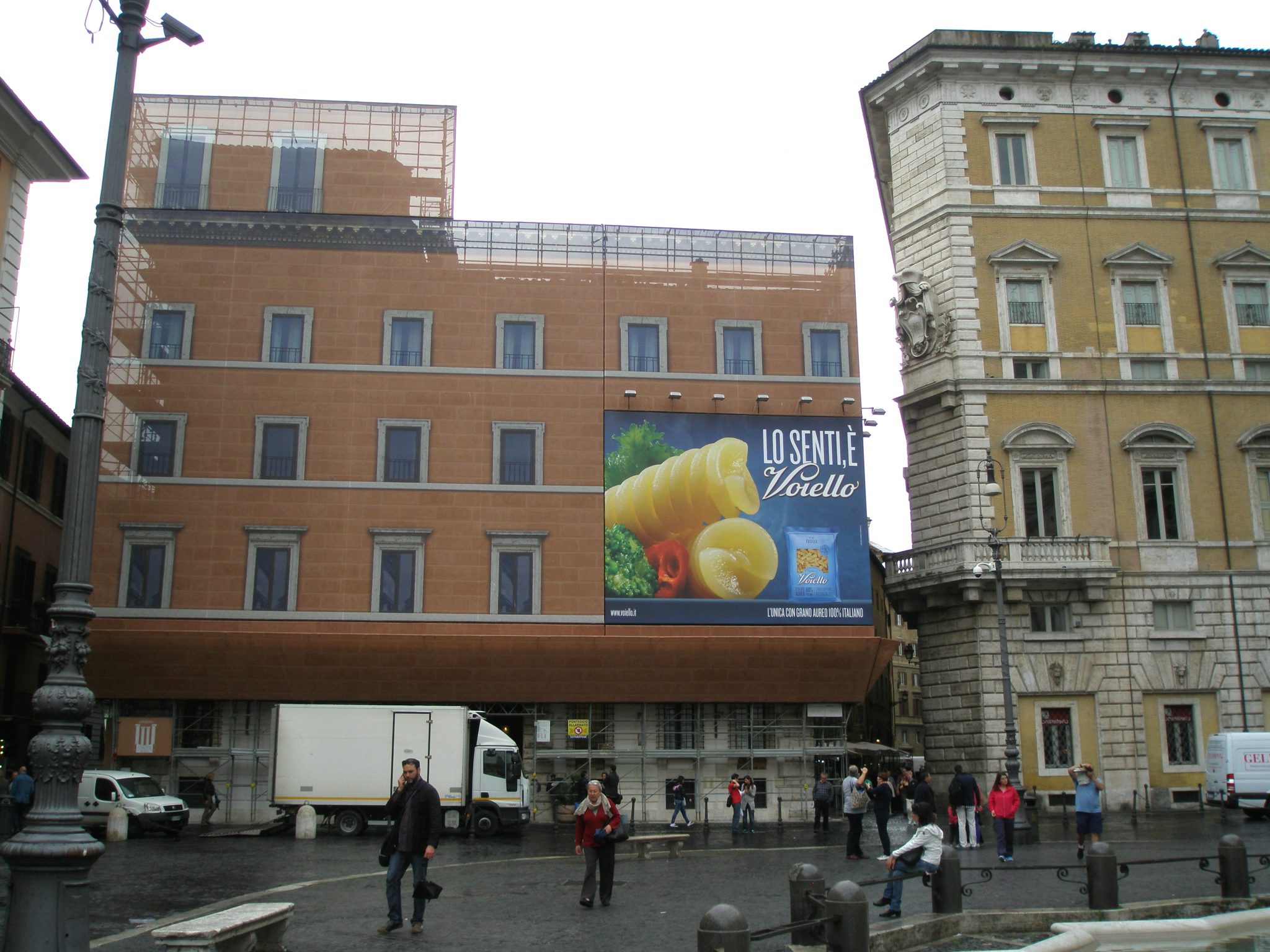
The southern end of the Piazza Navona, where Rome’s eternal cycle of reconstruction is evident.
During our morning walk in May, rain clouds were gathering.
The shape of today’s Piazza Navona is dictated by the form of the Stadium of Domitian, which was built on the site, circa 85AD.
The Stadium of the Emperor had a length of 902 feet, a width of 348 feet, and could hold 30,000 spectators. The Stadium was used for athletic events up until the early 5th century AD. Afterwards, it was progressively dismantled, as its stones were reused to build other structures throughout the city. During the Renaissance, a Piazza was built, which conformed exactly to the measurements of the former Stadium’s central track, and new buildings around the Piazza’s periphery were constructed atop foundations of the Stadium’s seat tiers.
At the southernmost end of the Piazza Navona, we encountered Fontana del Moro (Fountain of the Moor), the first and the most restrained (in design terms) of the three fountains that decorate the expansive space.
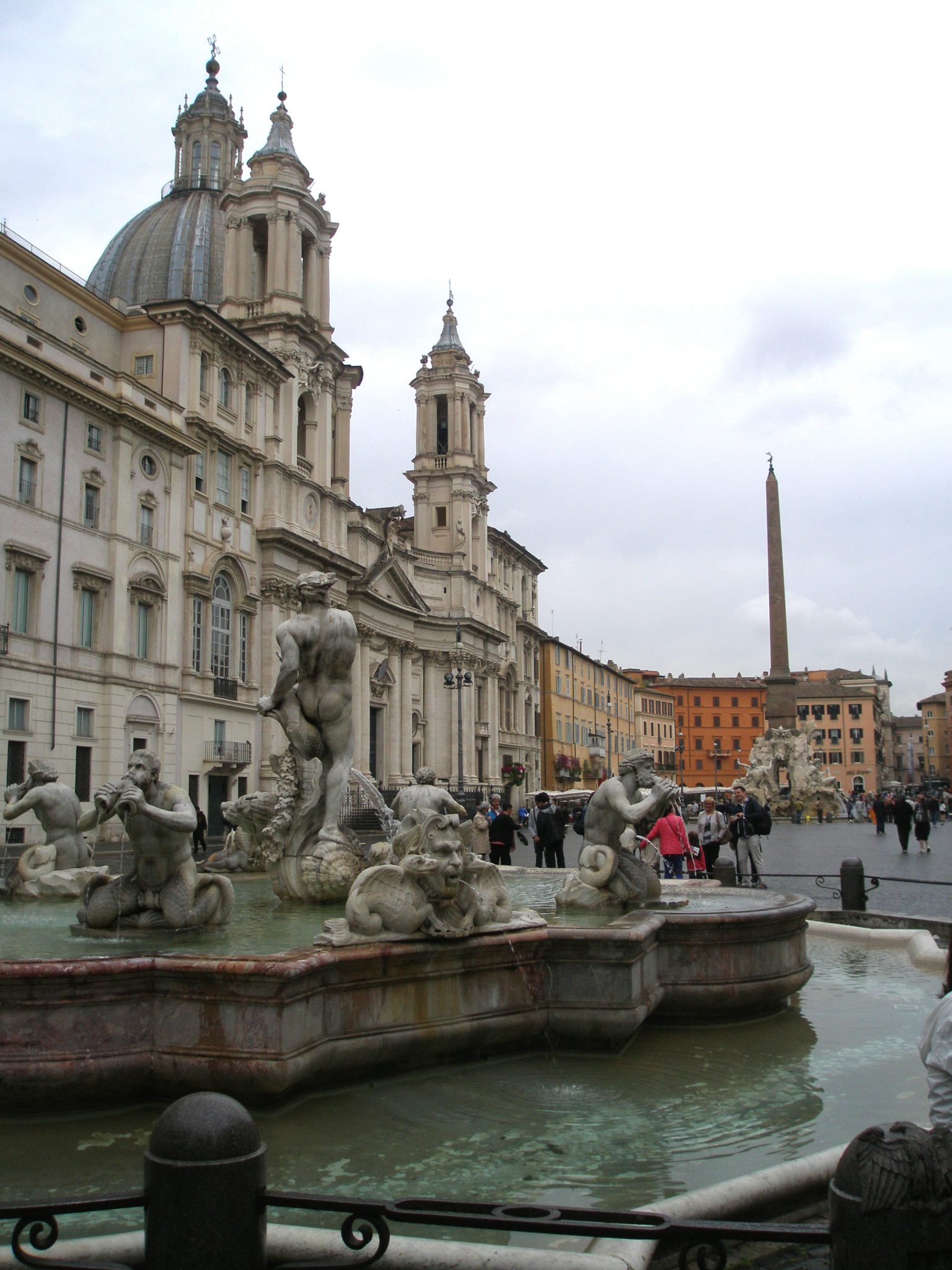
The Fontana del Moro, with its 4 Tritons, was made in 1576 by Giacomo della Porta. Bernini gussied things up in 1653, when he added the central figure, who rides a dolphin.
Onward then, to the centrally-placed Fontana dei Quattro Fiumi (Fountain of the Four Rivers), and Chiesa di Sant’Agnese in Agone, the great church which anchors the west side of the Piazza Navona.
More adeptly than any other sculptor, from any other time, the Baroque artist Gian Lorenzo Bernini chiseled rock into active, theatrical scenes.
Using travertine and marble, Bernini fashioned Tableaux Vivants…highly symbolic, virtuosic displays where hot emotion seems to emanate from cold stone, and where rapid movement appears to have been flash-frozen.
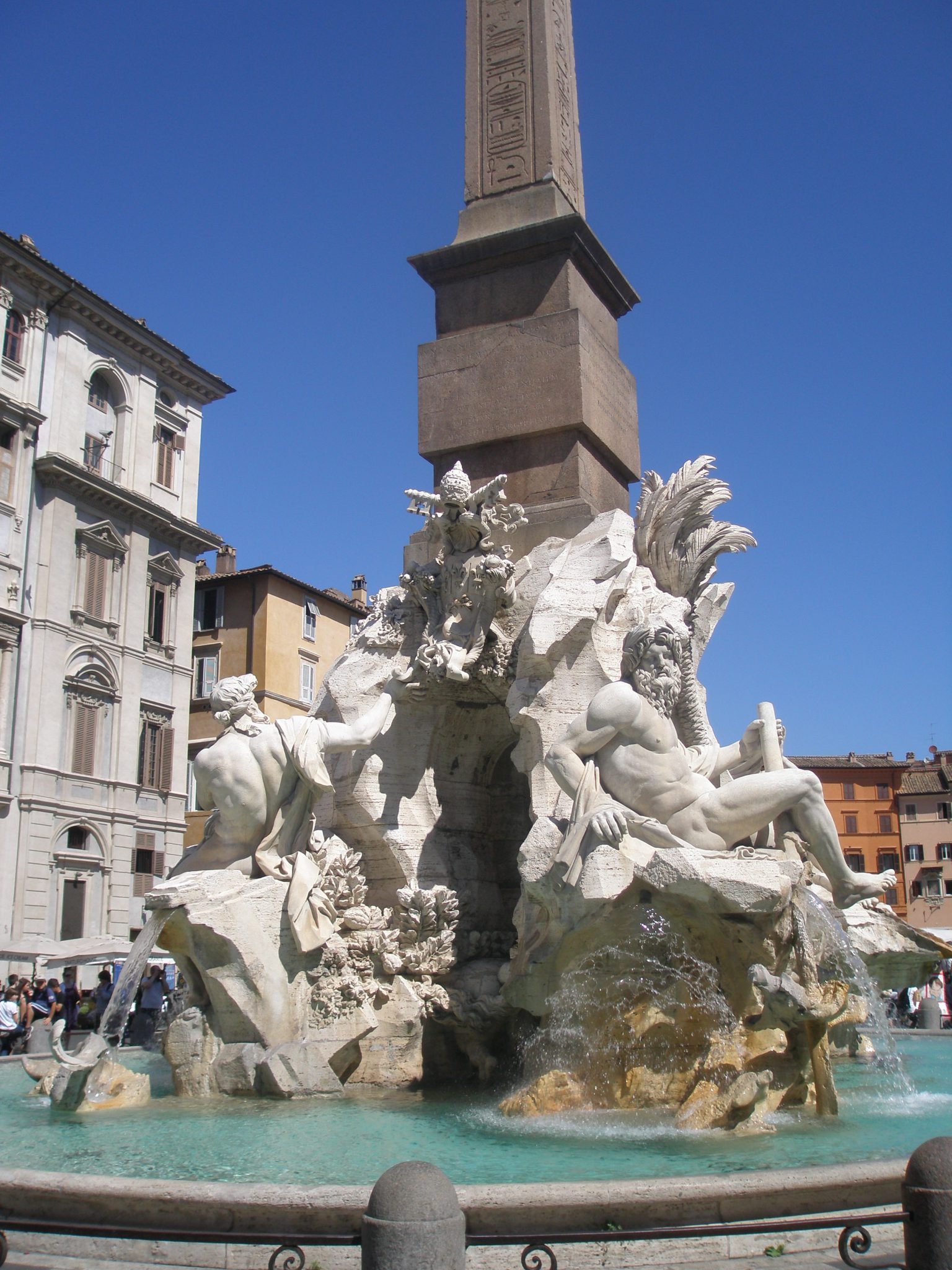
Fontana dei Quattro Fiumi (Fountain of the Four Rivers). Completed in 1651, by Gian Lorenzo Bernini, and his assistants. I took this photo on a postcard-sunny day, in June of 2011.
Four heroically-scaled marble figures lounge upon the corners of a ragged pedestal of white travertine, which supports a red granite obelisk. The scholar Genevieve Warwick has documented that the “river gods were not carved by Bernini, but were executed by others according to his design.” Despite the imposing presence of the river gods (who are accessorized by carvings of flora and fauna that indicate the Rivers’ various locations on the Globe), the true marvel of the Fountain of the Four Rivers is invisible. The travertine base, which Bernini himself sculpted, is an engineering tour de force. To continue with an excerpt from Warwick’s BERNINI: ART AS THEATRE: “The pierced rock formation, from which water springs and over which the obelisk rests, is the source a delight that strikes the viewer’s curious gaze. The technical feat of placing the weight of an obelisk over a void occasioned breathless marvel [which was], acclaimed by Bernini’s biographers and celebrated as a rock ‘pierced by art,’ on all four sides so that the visitor might continually see the magnificent [Piazza Navona] through “ the craggy arches of the travertine.
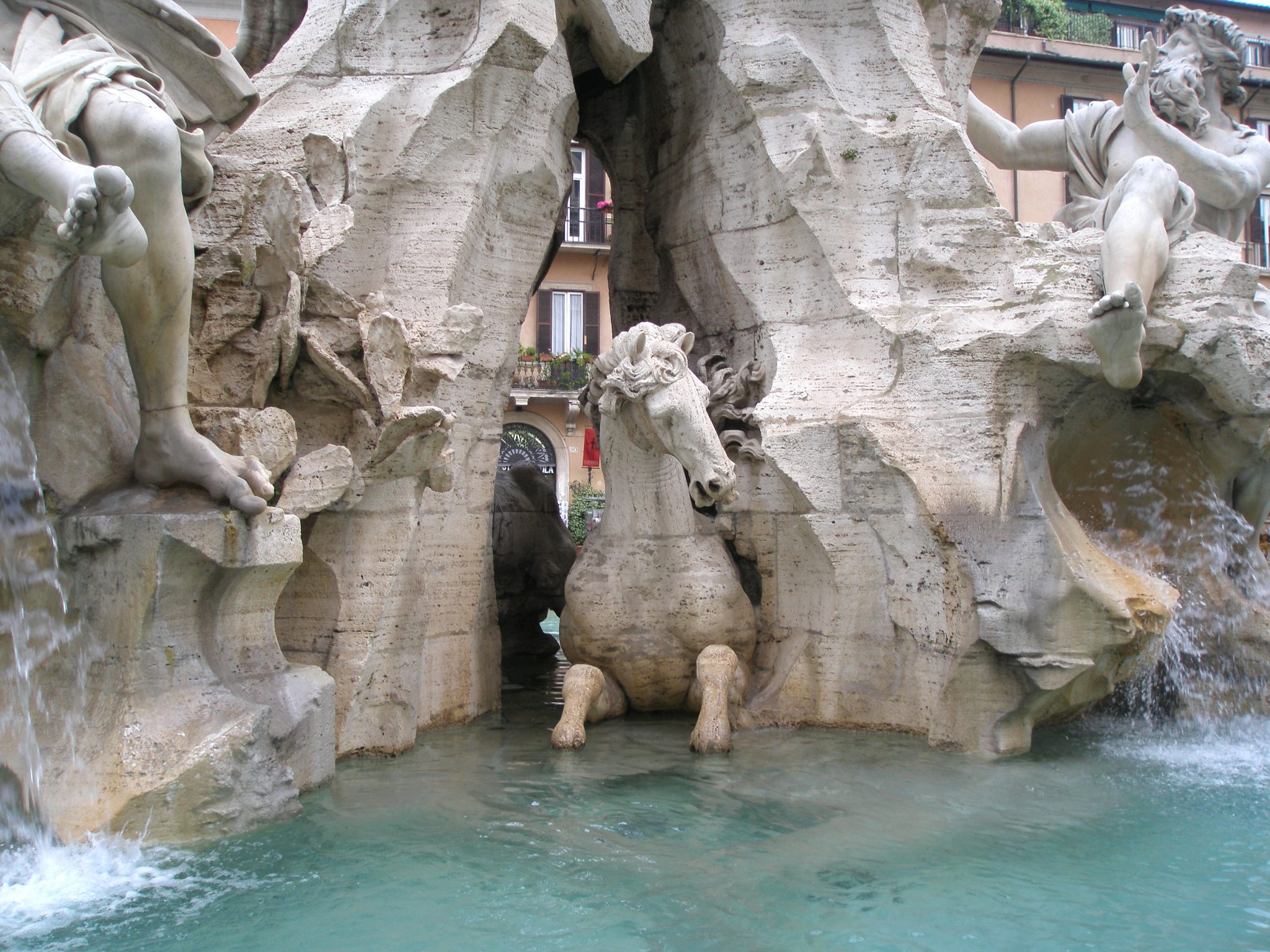
We’re back to our rainy morning in May with a detail of Bernini’s ingeniously-carved travertine base.
The red granite obelisk was executed in the 1st century AD as a copy of an Egyptian original. In the late 1630s, the English Earl of Arundel had attempted to purchase this obelisk, but Pope Urban VIII forbade it. In a future Travel Diary I’ll write about Arundel Castle, in West Sussex, and we’ll see the site where the Earl had hoped to mount the artifact.
One of the most charming bits of tourist-apocrypha I’ve encountered is that Bernini’s Rio della Plata God seems to recoil and shield his eyes as he considers one of the two towers that Francesco Borromini designed for the Chiesa di Sant’ Agnese in Agone. Unfortunately, the only TRUE part of the story is that Bernini and Borromini disliked each other. The River God’s loathing for Borromini’s Church is wishful thinking: Bernini’s fountain was completed before the Church’s foundations were laid. Borromini was one of several architects who contributed to the design for the Church. His most striking additions were two towers, which bracket the central dome built by his predecessors, the Rainaldis.
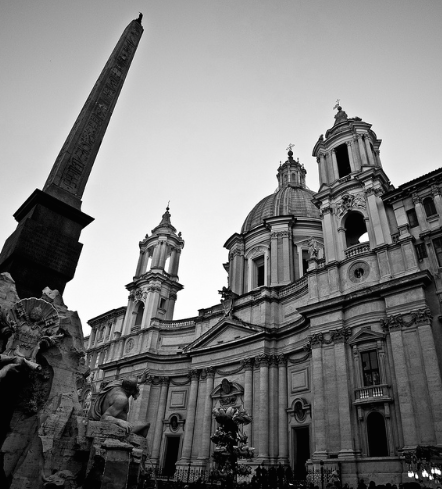
The Baroque Chiesa di Sant’Agnese in Agone, on the Piazza Navona…a better look at Borromini’s two towers.
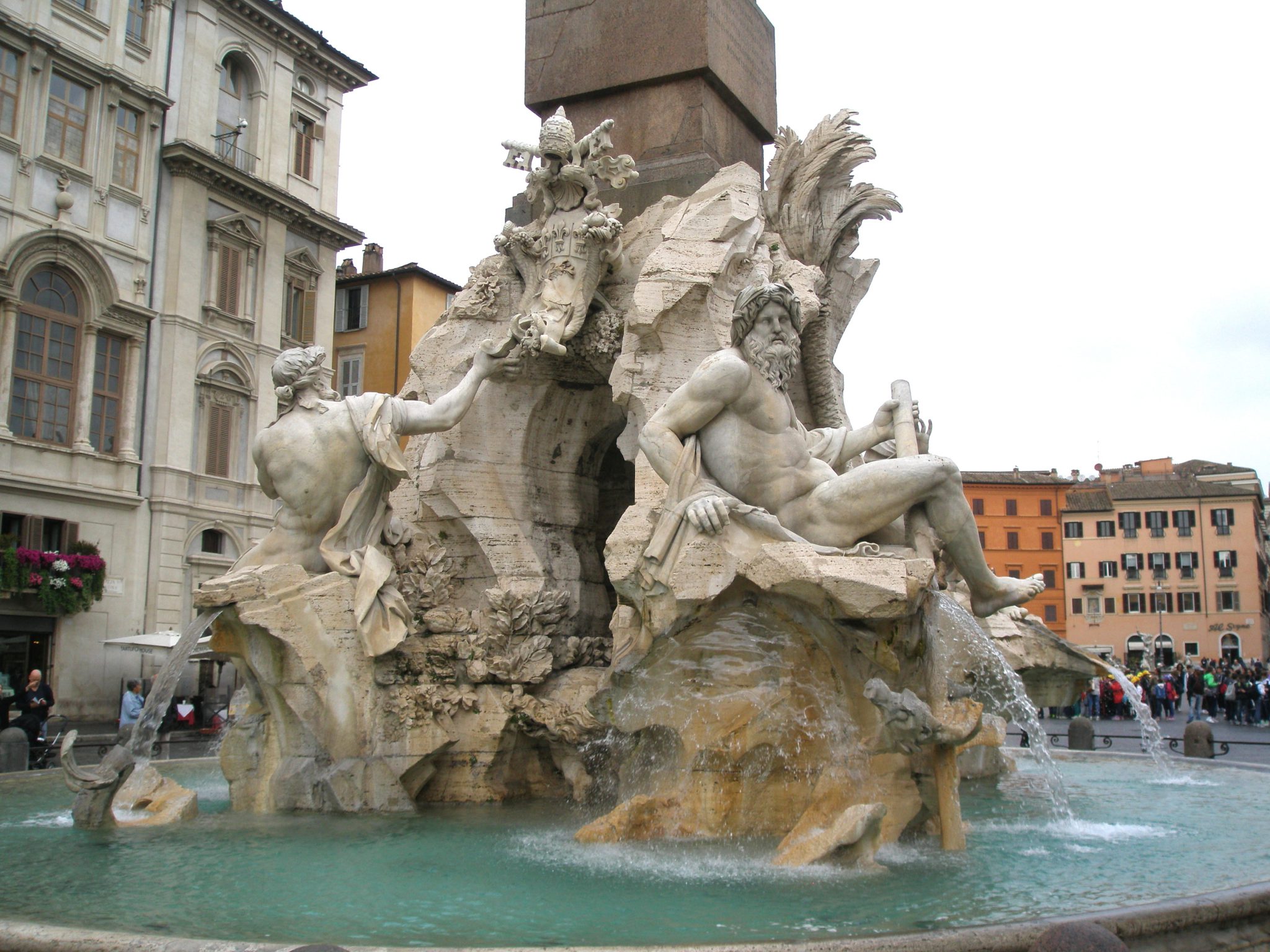
Bernini’s Fountain of the Four Rivers, in the rain. The south-facing figures: on the left, The River God of the Danube; on the right, The River God of the Ganges.
A hard rain began to pelt us as we approached the northern end of Piazza Navona. I would very shortly weaken and abandon my “No Eating in Tourist Traps Rule,” and suggest that we take shelter in a café, under that canopy of white umbrellas at the edge of the Piazza. But, before food, we had one more fountain to inspect….
…The Fontana del Nettuno (Fountain of Neptune), which was designed in 1574 by by Giacamo Della Porta, as a companion piece to his other fountain, at the opposite end of the Piazza. The pink marble basin of the Fountain of Neptune was originally unadorned with statues. This water-feature was first called the Fontana dei Calderari, due to its proximity to an alley where many blacksmiths’ shops were located. Only in 1878 did the Piazza’s
northern-most fountain achieve its pleasantly goofy and operatic appearance : Antonio della Bitta added Neptune doing battle with an octopus, and Gregorio Zappala threw in a harem of water maidens.
Our clothing had suddenly become too rain-soaked for comfort. ‘Twas time to wait out the deluge, and to refuel with an early lunch. We sloshed down along the northeast side of the Piazza, where several sidewalk cafes and their sea of empty tables beckoned. Surrendering to the inevitable, we allowed ourselves to be drawn inside the restaurant where the young-man-at-the-door had grinned the most knowing smile and spoken the most genial nonsense about the great food to be found within…
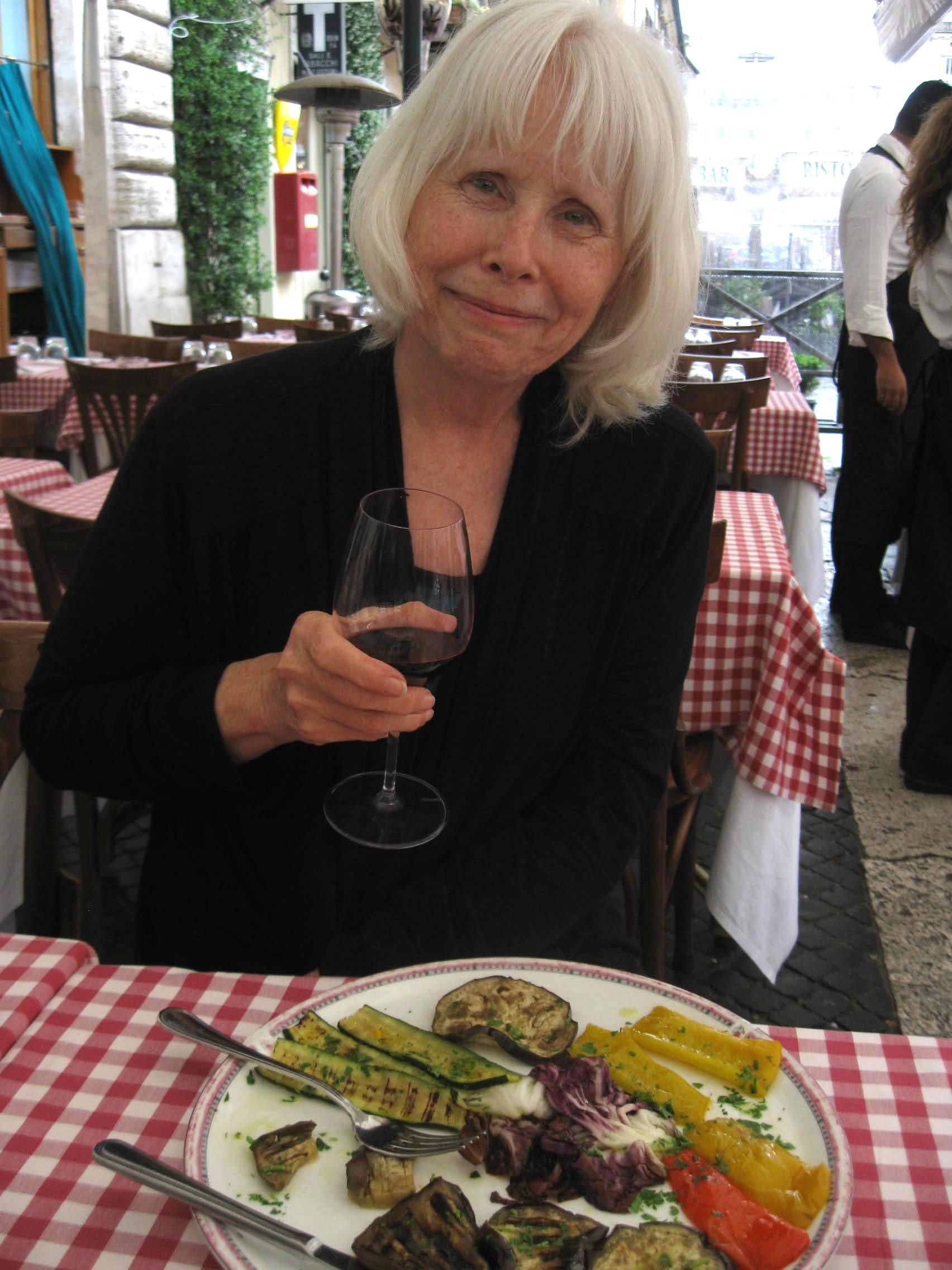
The price tag for a light repast, consisting of 2 plates of grilled veggies, a glass of wine, a cup of espresso, and 2 desserts? More than 70 Euros. But Donn raised her glass, while I accepted the absurdity of paying too much to eat so little. After all, we were spending a lot to park ourselves for a little upon one of the World’s great Piazzas.
Marginally drier, nicely rested, and adequately fed, we then walked one block north, to Piazza Sant’Apollinare: I wanted to make a fast visit to the Museo Nazionale Romano, at Palazzo Altemps.
https://archeoroma.beniculturali.it/en/museums/national-roman-museum-palazzo-altempto
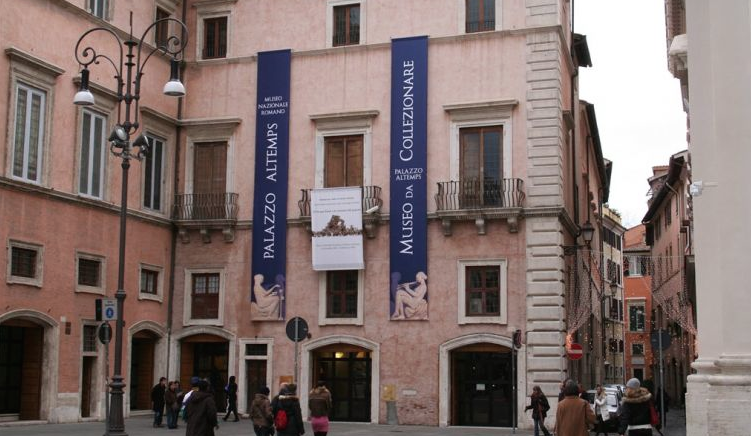
Museo Nazionale Romano. Palazzo Altemps. Piazza Sant’Apollinare #44. Rome. Open Tuesday through Saturday, 9AM to 7:45PM. Admission fee: 7 Euros.
Although the collections inside the late 15th-century Palazzo aren’t vast, every piece of Greek and Roman sculpture on display is of the highest quality. Within the intimate spaces of the Museum (into which, for some reason, the tourist-throngs never venture), one can often watch restoration experts hard at their exacting work of cleaning and repairing frescoes and mosaics. And the building itself contains wonderful spaces; among them, an entrancing, paved courtyard, and (my favorite) this 20th-century addition: a M.C.Escher-ish stairwell.
Well-satisfied from our little museum-fix, we zigzagged three blocks south-eastward, toward the Piazza della Rotonda, and the Pantheon.
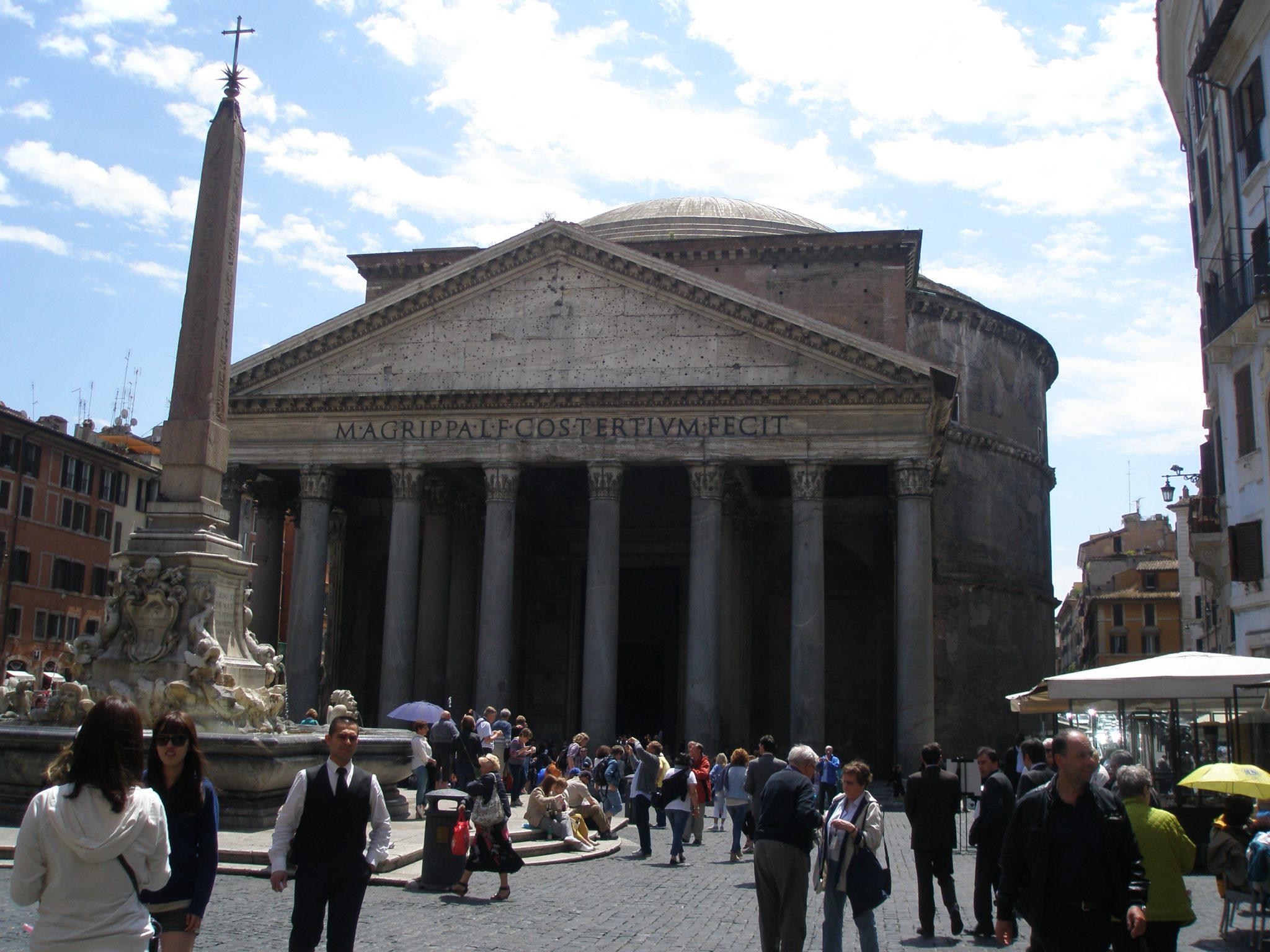
The rain stopped (Hurrah!), and so the sunny-day mobs began to assemble on the cobblestones of the Piazza della Rotonda.
Since 1575, a fountain of some sort has occupied the center of the Piazza. Giacomo Della Porta (who also designed two of the fountains in Piazza Navona) was responsible for the fountain’s cluster of marble figures. In 1711, a new basin was built to support the Mancuteo Obelisk, one of a pair from the Temple of Ra in Heliopolis. The Mancuteo was created during the reign of the pharaoh Ramesses II (aka Ramesses The Great: ruler of the Egyptian Empire from 1290BC to 1224BC). The Romans—eternal magpies who always claimed the shiniest treasures from the countries they conquered—assembled the largest collection of Egyptian obelisks in the world, eight of which still decorate the Centro Storico.
We then ducked into the Pantheon, but the masses of bodies surging across the marble floors made lingering impossible. During my past stays in Rome, I’ve made a point of visiting the Pantheon at 8:30 on Sunday mornings, before the tourists-yelling-and-clicking-selfies-mayhem has begun. Contemplating the engineering-marvels of the Pantheon’s dome—which was built in 120AD, and which remains the largest unreinforced concrete dome ever made—and becoming aware of how the sunshine or raindrops which enter the dome through its oculus constantly change the light or create echoes inside, is best done at a more tranquil hour than 1PM, when were dashing through.
Here, before we flee: a few views of changing light—and of the crowd—within the Pantheon.
My next navigational challenge was to find Piazza Colonna and the Column of Marcus Aurelius. After some map-reading-misfires, which led to wrong turns, which left me thoroughly disoriented, I stuffed map into purse, and simply followed my compass to the northeast (I never leave home without a compass). Ta-da: the Colonna di Marco Aurelio materialized.
The column is 131 feet tall, and, from pavement level, it’s impossible to see the top, or to closely inspect the detailed carvings which spiral up and around its entire shaft. If ever you visit the Victoria and Albert Museum in London, be sure to linger awhile in their Cast Courts, where a two-part replica of Trajan’s-a-bit-shorter-Column is displayed (Trajan’s tops off at 125 feet). The Column of Marcus Aurelius was modeled upon Trajan’s Column, and, like Trajan’s, its bas reliefs tell the story of the Emperor’s military triumphs. I realize that it’s cretinous of me to admit that I prefer a copy to an original, but, in this instance, to truly appreciate bas reliefs such as those which adorn the columns of Marcus Aurelius — or of Trajan— the Victoria-and-Albert-Faux-Column-Option is preferable. Here now, to plead my Case-for-a-Copy, are a few photos of the V&A’s Cast Court replica of Trajan’s Column (which looks essentially like the later-made, Column of Marcus Aurelius).
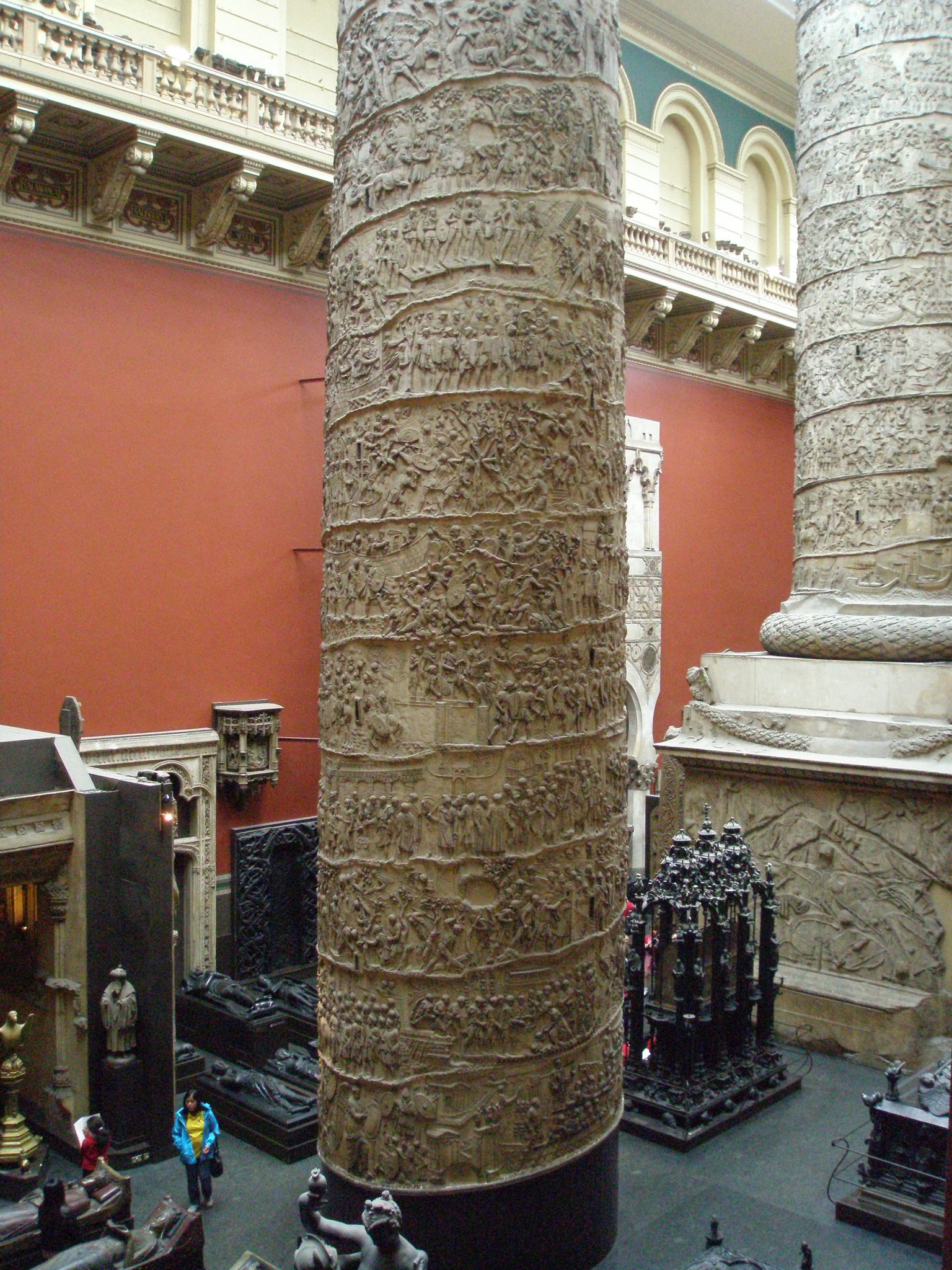
In the V&A Museum, the cast of Trajan’s Column has been divided into two pieces, which makes the enormity of the Romans’ Victory Columns even more apparent. The Cast Court Galleries were opened in 1873. From the Museum’s 2nd floor balcony vantage point, one can see the top-most portions of the columns, up close.
OK now. Enough of London, and back to Rome, and onward to the Most Crowded Tourist Attraction of the Them All: the Trevi Fountain. Just two blocks east of the Marcus Aurelius Victory Column, the Trevi is shoehorned into a densely-built corner of Rome. Because the Trevi isn’t framed by a wide piazza, and can be reached only by penetrating the warren of narrow streets which radiate from the fountain, the abruptness with which one comes upon the Trevi makes the fountain seem just a bit surreal. You blink, adjust your ears to the roar of the crowd that jostles along the water’s edge…
…you elbow your way to stake out a clear spot by the railing…
…and finally you try to remember what the place looked like when the sublime Anita Ekberg took her little dip….which is, of course, what everyone else there who’s over a certain age or culturally literate is also doing.
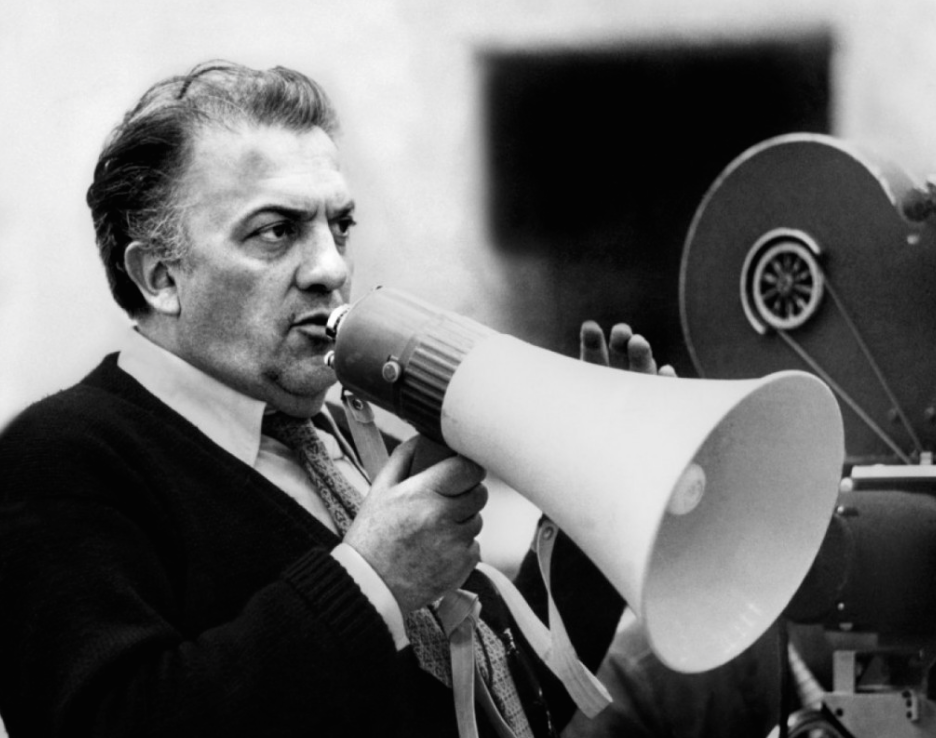
Federico Fellini. Born 20 January 1920. Died 31 October 1993. We’ll take a peek at the street where he lived, in a little bit…
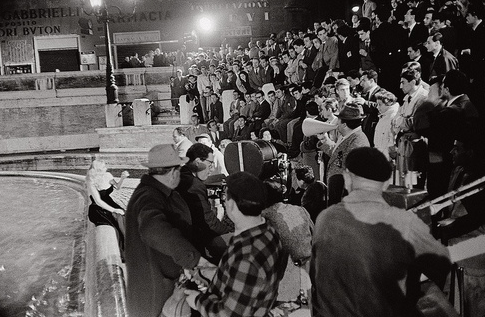
During the actual filming of Anita’s scene, the crowd in 1960 was just as intense as it still is today, on a much-less exciting day in Rome.
Since ancient Rome, a fountain has always been on this site. The Trevi Fountain marks the termination of the Acqua Vergine, one of several aqueducts that supply Rome with water. The High Baroque fountain which exists today was designed in 1730 by Nicola Salvi, and construction went on for 30 more years, until the Fountain was completed by Giuseppi Pannini.Most of Fountain (which measures 86 feet high by 161 feet wide) is made of travertine stone, quarried in the mountains of nearby Tivoli. The Fountain’s central arch is superimposed upon the Palazzo Poli, the building directly behind the Fountain….it’s unclear where Fountain ends and Palazzo begins, and this merging of fountain with edifice adds to the general strangeness of the entire scene.
From the Trevi, I led our way south and then west, through a maze of narrow streets where the air was incongruously perfumed with the odors of chow mein, and ginger, and fried rice, which emanated from the cluster of Chinese restaurants in that area. A ten minute walk delivered us to our next destination: the blissfully empty Piazza della Minvera…home of ELEFANTINO, the most charming and puzzling statue in all of Rome.
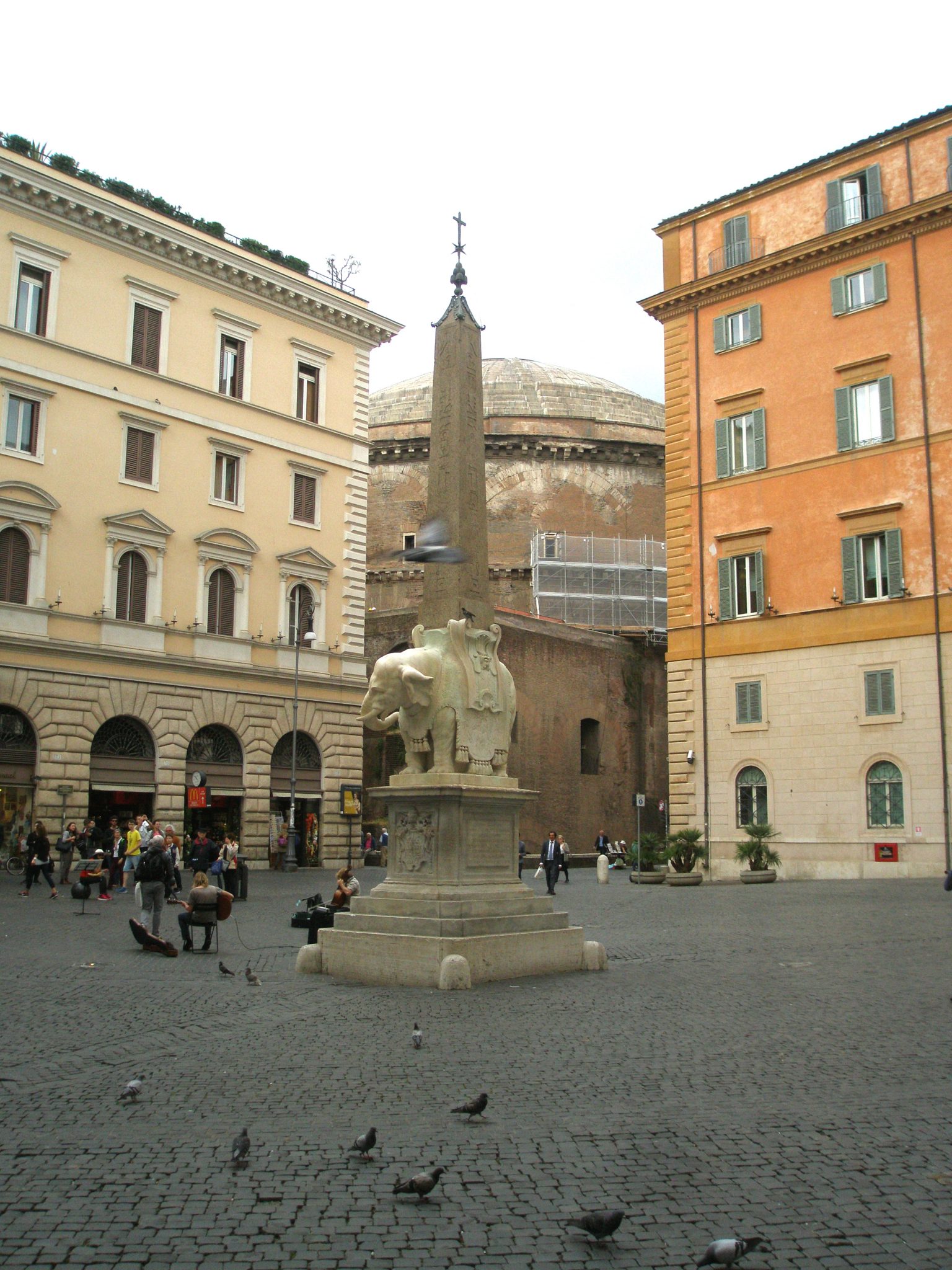
The Elefantino…as rain began to sprinkle down upon the Piazza della Minerva. The dome of the Pantheon looms in the background.
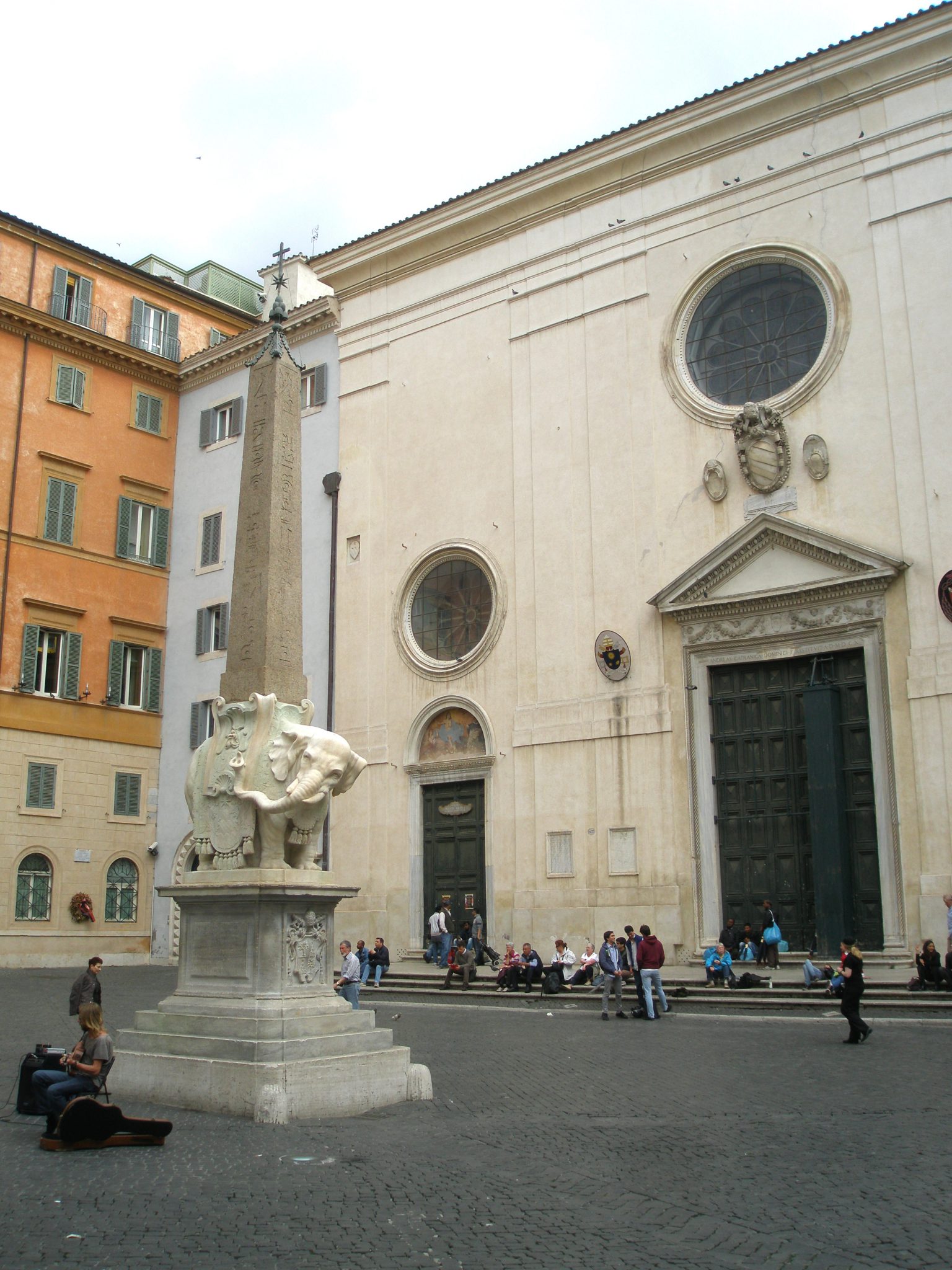
To the east of Elefantino: the austere facade of Chiesa di Santa Maria Sopra Minerva, which was built atop the ruins of Diocletian’s Temple of Isis.
The Elephant’s Burden is a 6th century BC Egyptian obelisk. The obelisk was originally one of a pair from Sais, a high-holy town on the Western Nile Delta. This artifact was brought to Rome by the Emperor Diocletian, who ruled from 284AD until 305AD. Lost for many years after the Fall of Rome, the obelisk was rediscovered in 1655, when it was excavated from the ruins of Diocletian’s Temple of Isis. In 1667, Pope Alexander VII commissioned the monument we see today. The Elephant base, which was designed by Bernini, and then sculpted by Ercole Ferrata, is meant to signify strength, power and wisdom…but I prefer the tale that, when the diminutive pachyderm was unveiled, irreverent locals guffawed and called the piece “Porcino, “ or “Pig.”
From Piazza della Minerva, we walked due south, down Via dei Cestari, to Largo di Torre Argentina, where the 21st century, with its traffic-clamor-and-fumes, temporarily reasserted itself. We continued south, and were once again transported back into ancient times as we peered down into the sunken Area Sacra (aka the Sacred Area of Largo Argentina); an archeological site that is closed to visitors…well…at least to Human visitors. Cats, on the other hand, are welcomed there.
On the few acres of the Area Sacra stand some of most ancient ruins in Rome: four Republican-era temples built between the 4th and 2nd centuries BC, and the remains of Pompey’s Theatre, which was dedicated in 55BC.
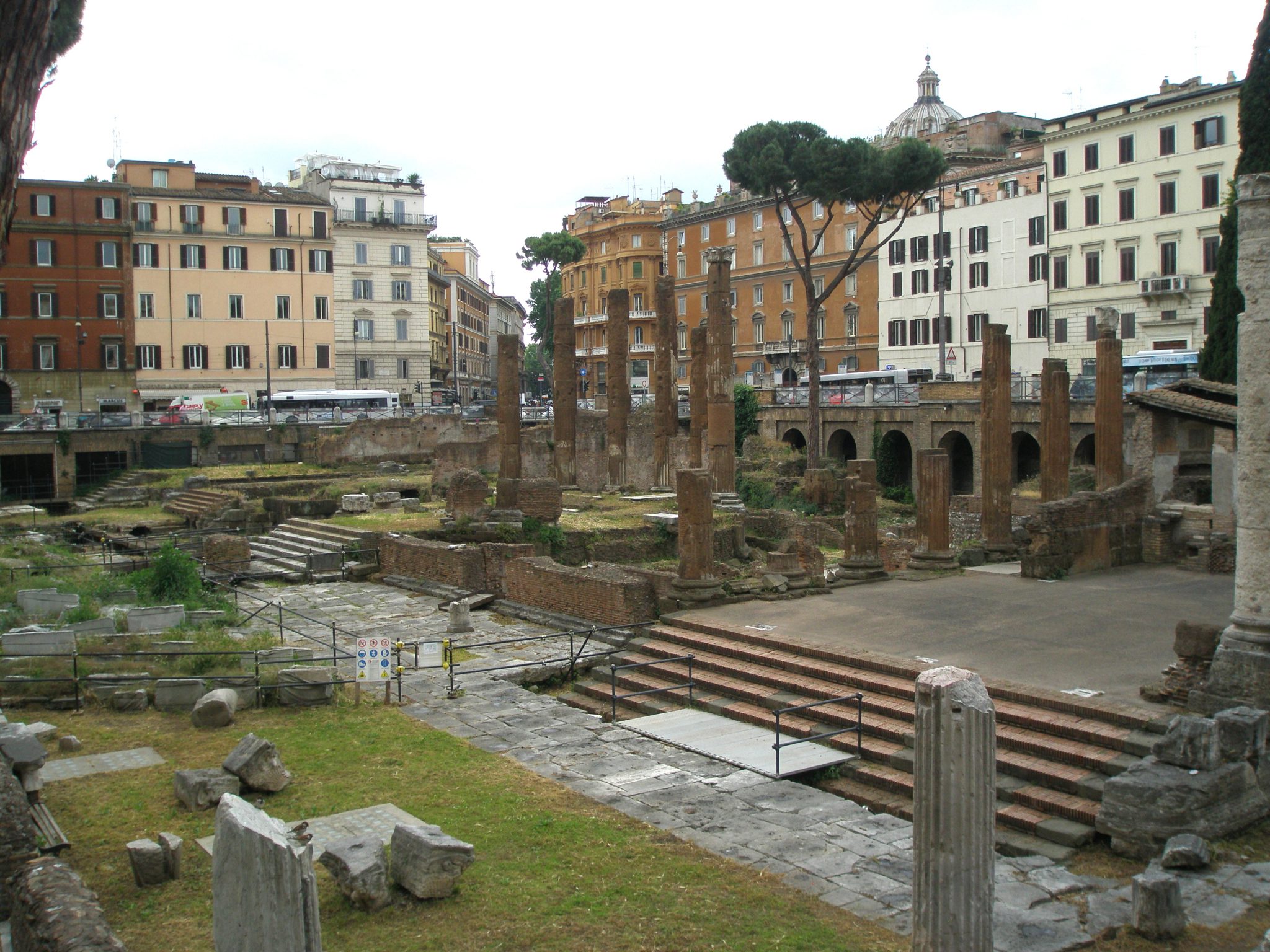
The Sacred Area of Largo Argentina. The discovery of these ruins was a great surprise. In 1926, during demolitions ordered by Benito Mussolini, workers began to unearth the remains of four, ancient Roman temples.
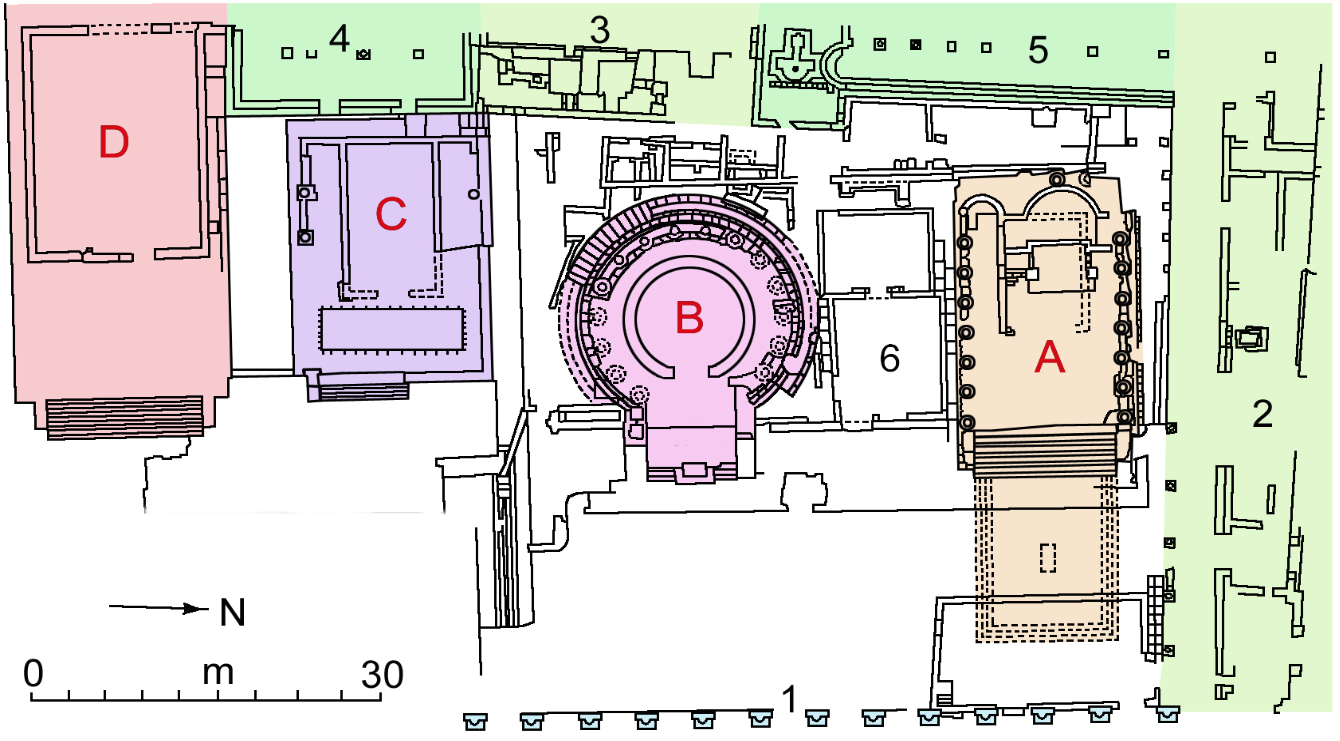
Map of the temples in the Area Sacra of Largo Argentina. Pompey’s Theatre was nearby. Julius Caesar is believed to have been assassinated in the Curia of the Theatre.
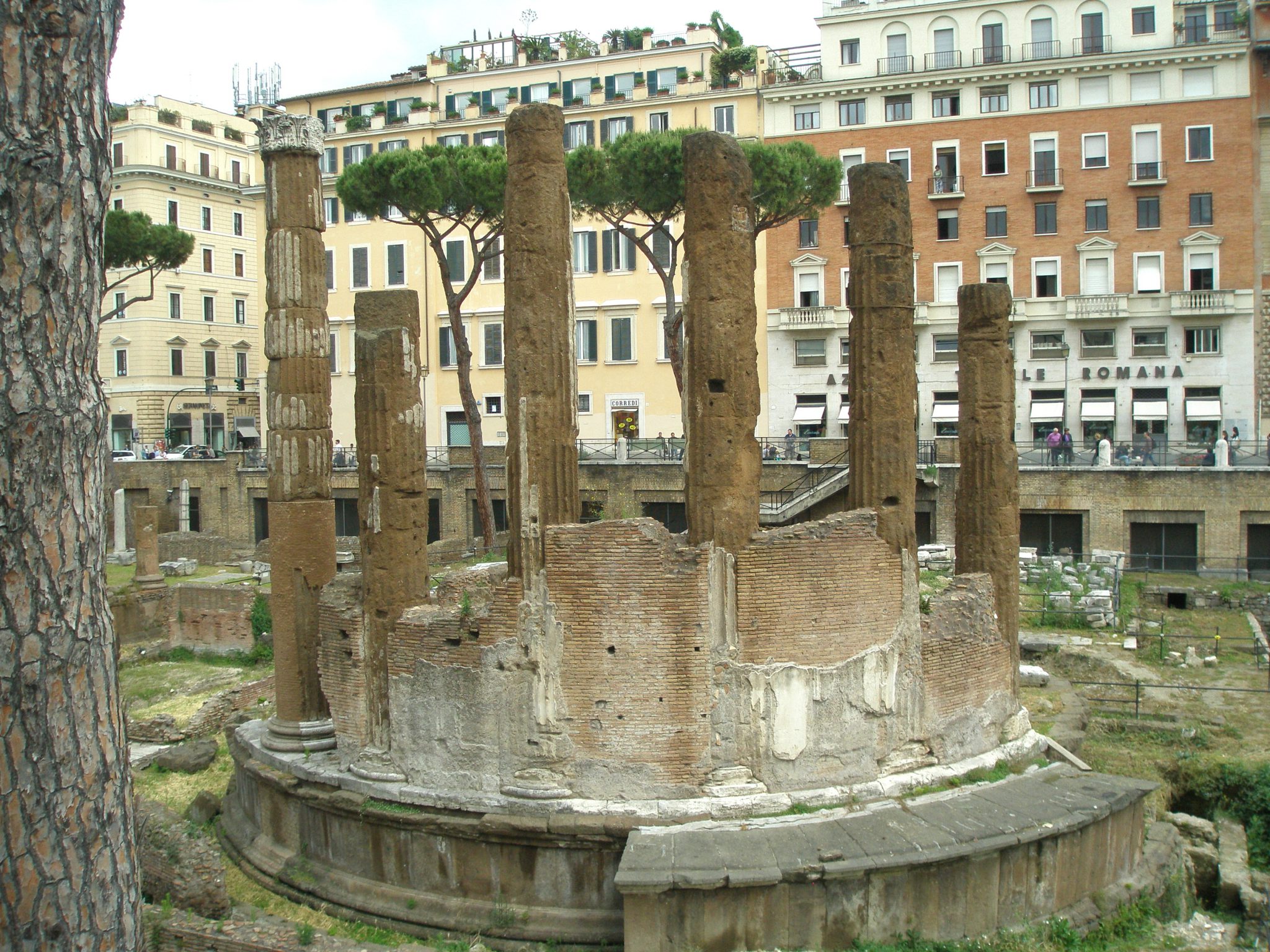
This circular structure, which archeologists have labeled “Temple B.” is thought to have been constructed in 101BC. The Temple was devoted to “The Fortune of This Day.”
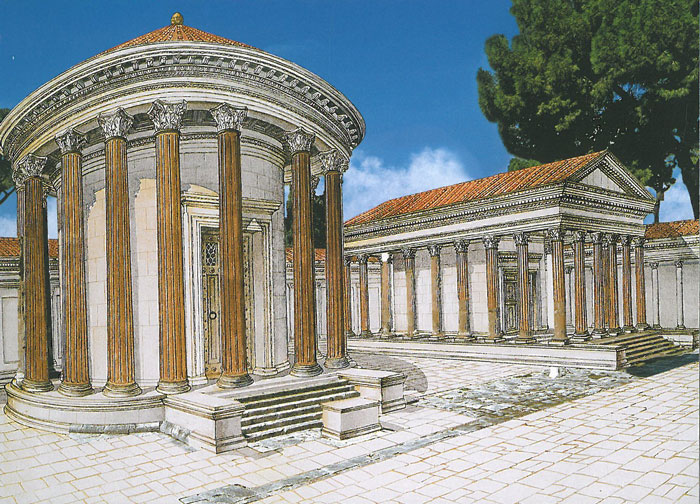
Reconstructed view of the circular Temple B, along with an earlier temple, now identified as Temple A. Temple A was later remodeled as a church, whose apse still exists. Image courtesy of R.A.Staccioli’s ROME:PAST&PRESENT.

The open rectangular space marks the location of the oldest: Temple C, which was erected in either the 4th or 3rd century BC. This temple was built to honor Feronia, an ancient fertility goddess.
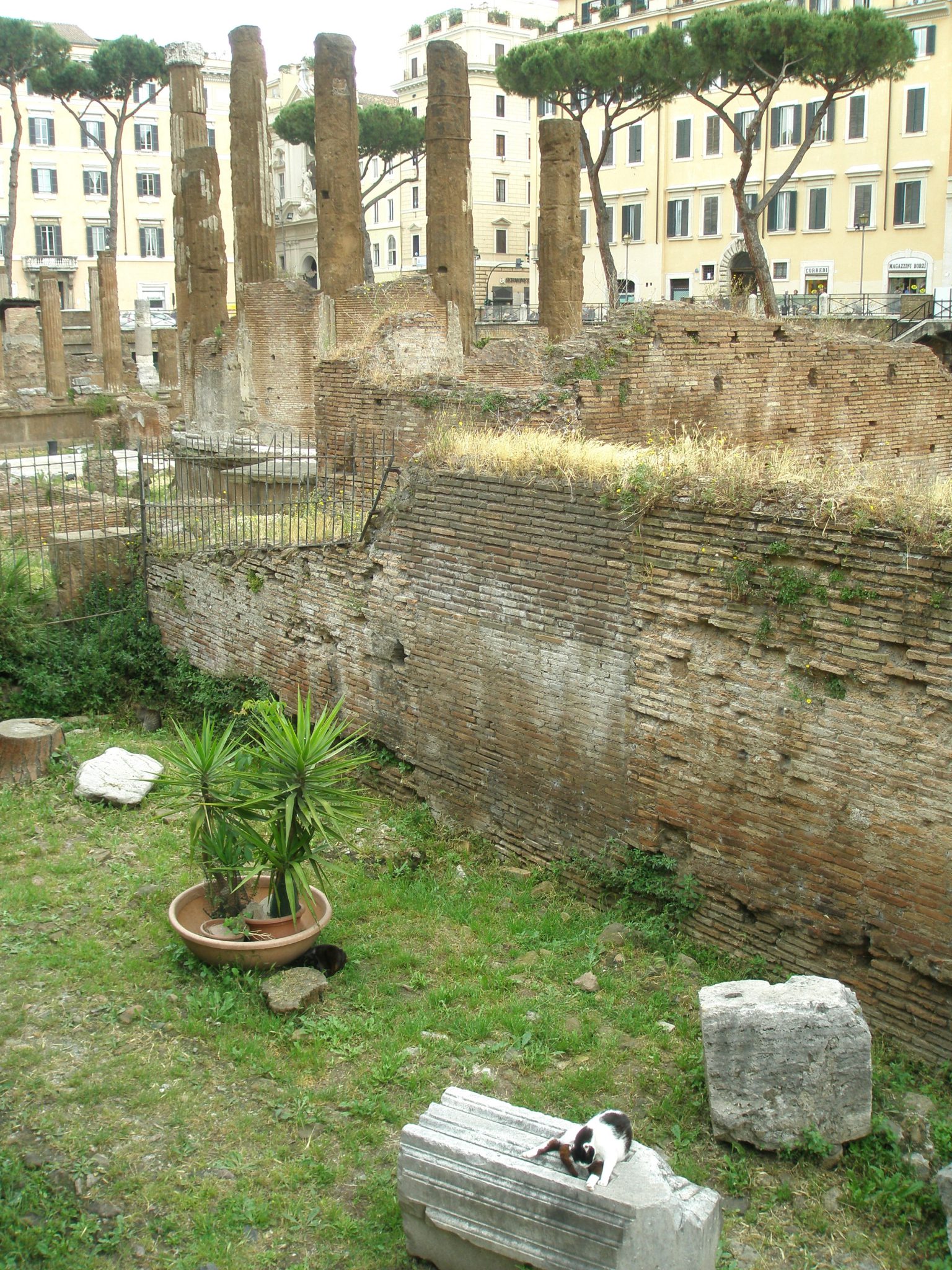
A furry fellow grooms himself as he sits on a column fragment of Temple C. All of the Area Sacra is also an Official Cat Sanctuary, where the feline residents are cared for human volunteers.
www.romancats.com
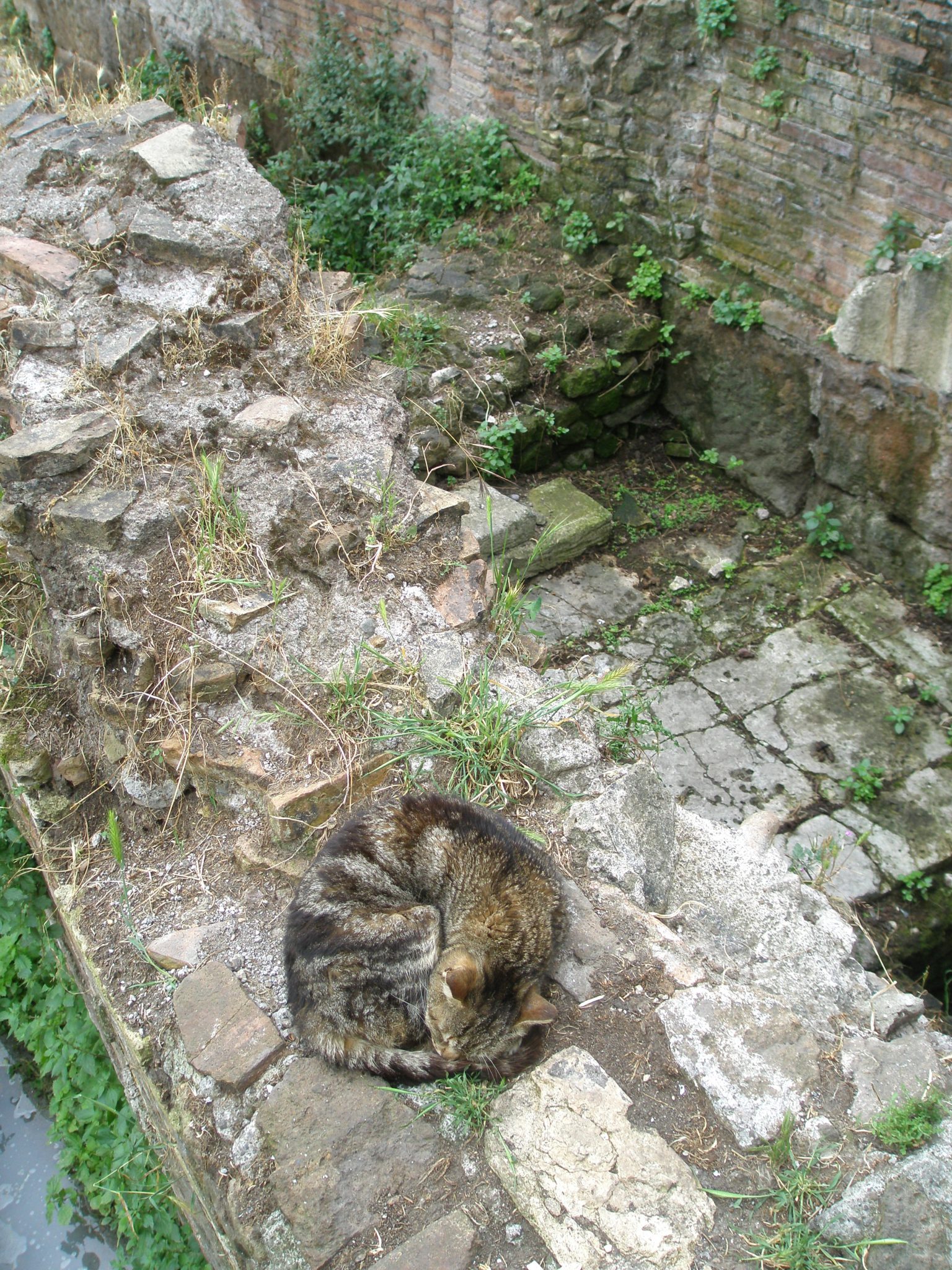
Oblivious to passers-by, one of the approximately 250 kitties in the Area Sacra snoozes on ancient stones. Most of Temple D is under an adjacent street, and remains unexcavated.
All of the cats in the Area Sacra are available for adoption. The volunteers at the Torre Argentina Roman Cat Sanctuary feed their feline guests, monitor their health, and constantly attempt to place them into loving homes. Although I have my own, affectionate, rescued stray (Ginger, a magnificent Maine Coon) at home in New Hampshire, it was difficult to tear myself away from gazing at those Italian cats, who, by their choices of lounging-spots exhibit such discernment about architecture.
We then ambled down Via Arenula, toward the Tiber, and crossed at Ponte Garibaldi.
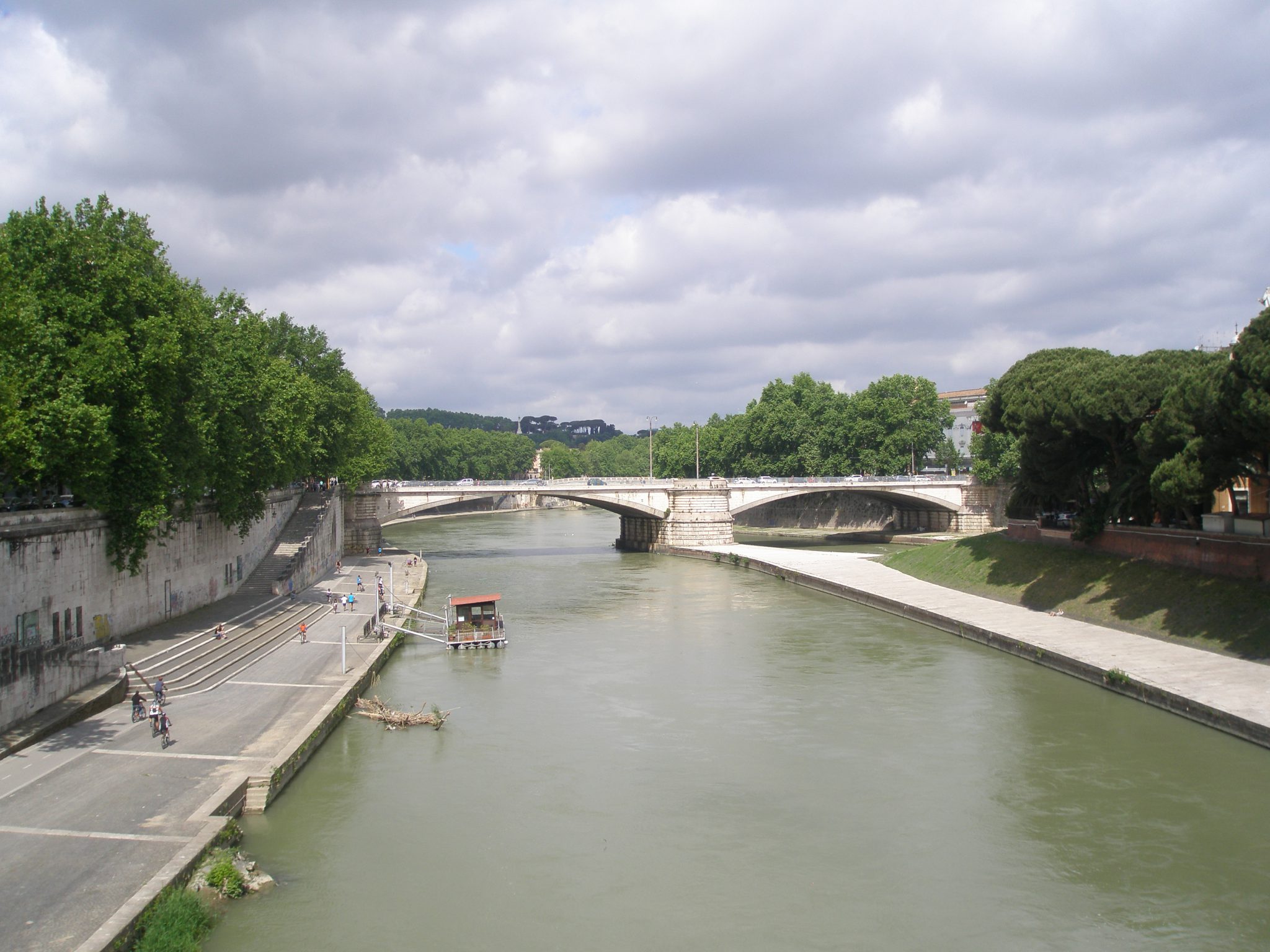
A view of Ponte Garibaldi, which spans the narrow, western end of Isola Tiberina. I took this photo while standing on Ponte Cestio, the footbridge which bisects Tiber Island.
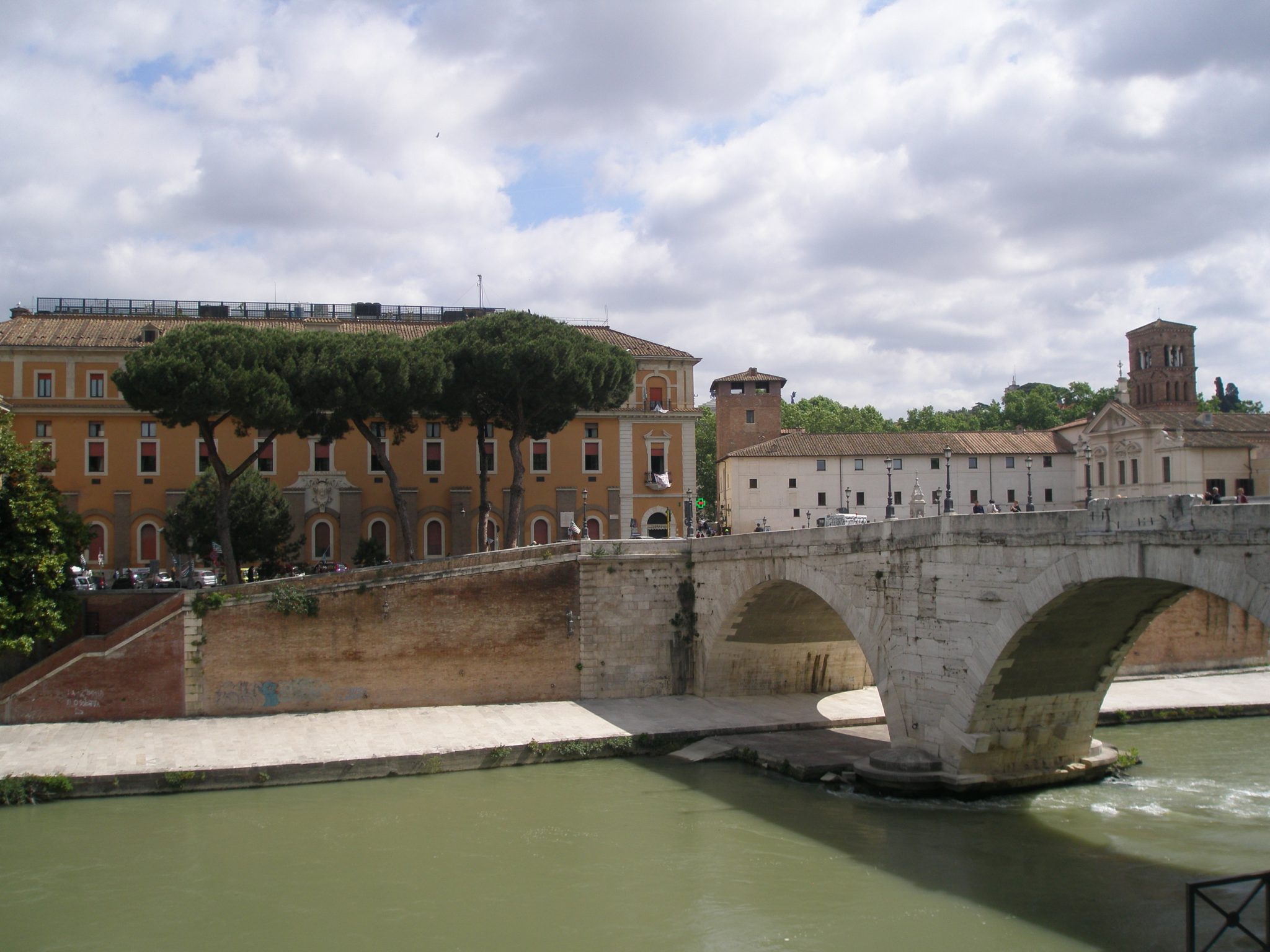
A closer look at Isola
Tiberina, which, since 291BC — when a Temple of Aesculapius was established there to give thanks for the City’s deliverance from a grave pestilence—has been a place where the sick go to be healed. Even now, a modern hospital ,run by a religious order, is on the Island.
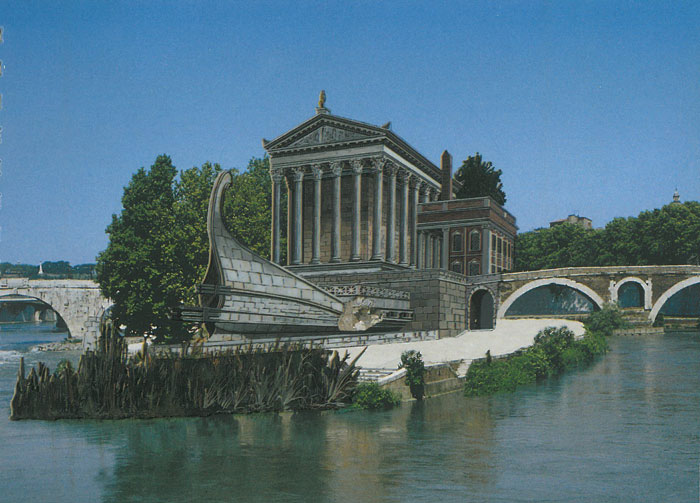
Reconstructed view of the Temple of Aesculapius, and also of the VERY COOL boat-shaped monument that was built on the eastern end of the Isola Tiberina. Image courtesy of R.A.Staccioli’s ROME:PAST&PRESENT.
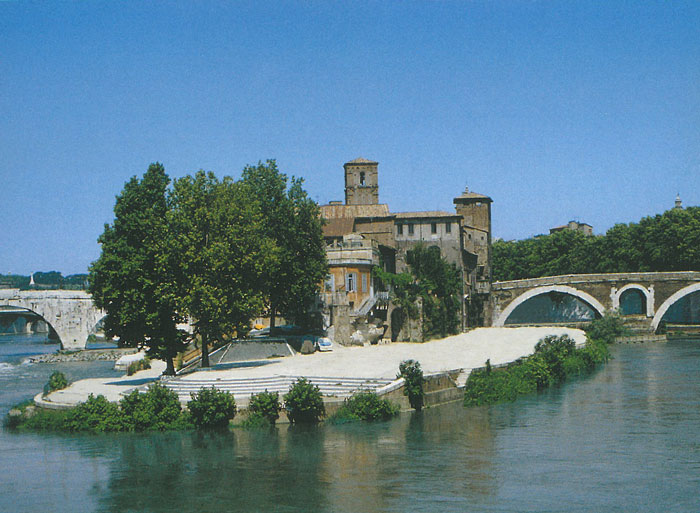
Today’s view of the former site of the Temple, on the Isola Tiberina. Image courtesy of R.A.Staccioli’s ROME:PAST&PRESENT.
Back in Trastevere, we passed through Piazza Santa Maria…
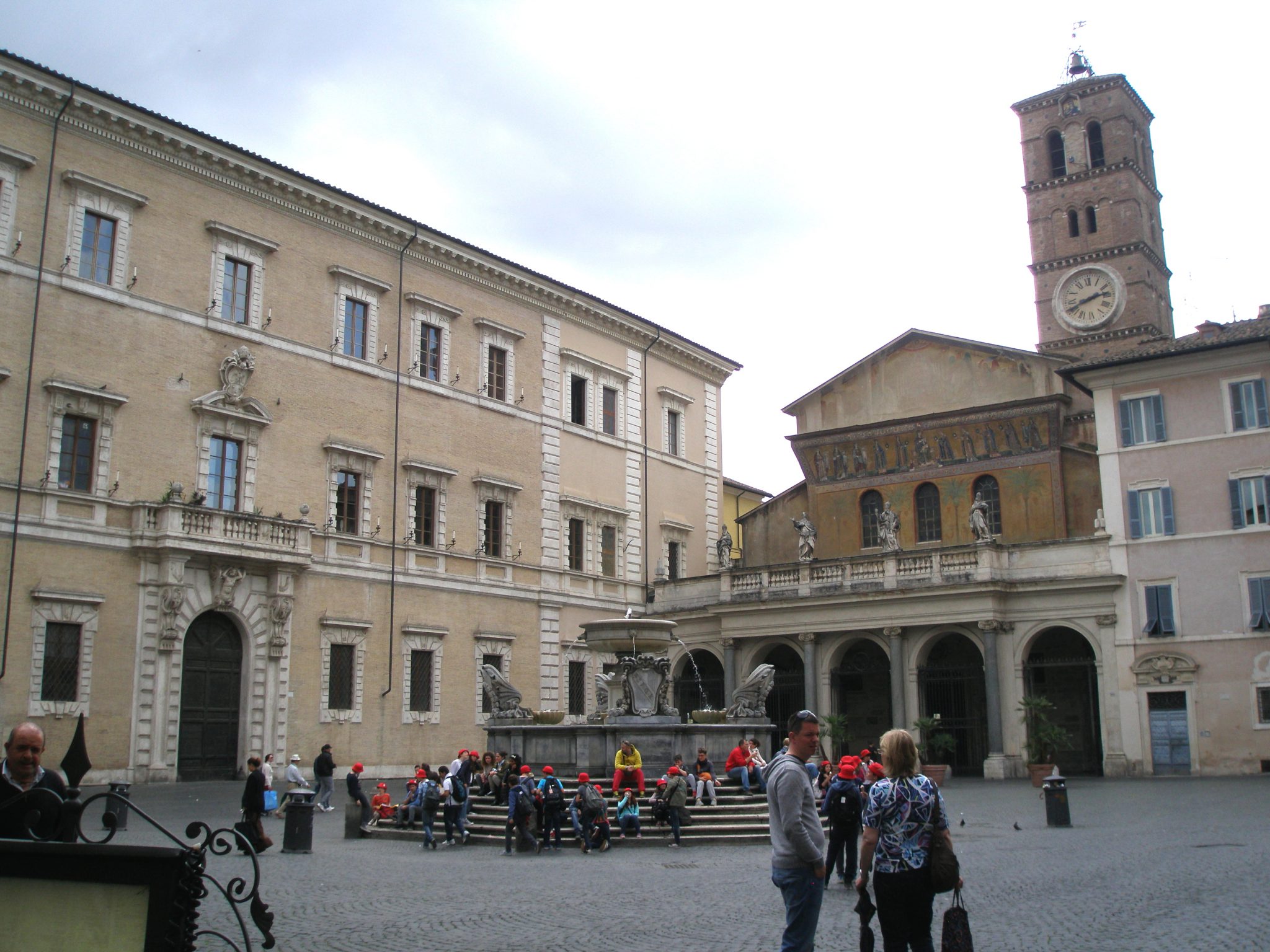
The Fountain in Piazza Santa Maria in Trastevere. Ever since the 8th century, a fountain has occupied this spot on the Square. The current fountain was built in 1873, and replicated an earlier fountain that had been designed by the ever-busy Bernini, and the architect Carlo Fontana.
…and then, since our perambulations had been going on for more than six hours, we finally conceded that it was high time for a serious sit-down. We returned to Hotel Donna Camilla Savelli, climbed up to the roof terrace, and then watched in awe as dramatic storm clouds approached the City. With every footstep I’d taken on that Tuesday, Rome had become more familiar—and also more beloved—to me.
WEDNESDAY, 14 May 2014
My journey to the hills of Northern Lazio—where I finally made long-dreamed-of visits to two spectacular Mannerist gardens—will be covered soon, in a forthcoming Armchair Diary. Suffice it to say I owe my satisfying and comprehensive explorations of Sacro Bomarzo, and of Villa Lante, to the organizational skills of my dear friend Valentina Grossi Orzalesi, who, through her private-tour company One Step Closer, connected me with her Most-Astute-and-Elegant-Rome-Based-Guide. You’ll become acquainted with Dr. Vannella della Chiesa and her courtly driver Anacleto in my next article!
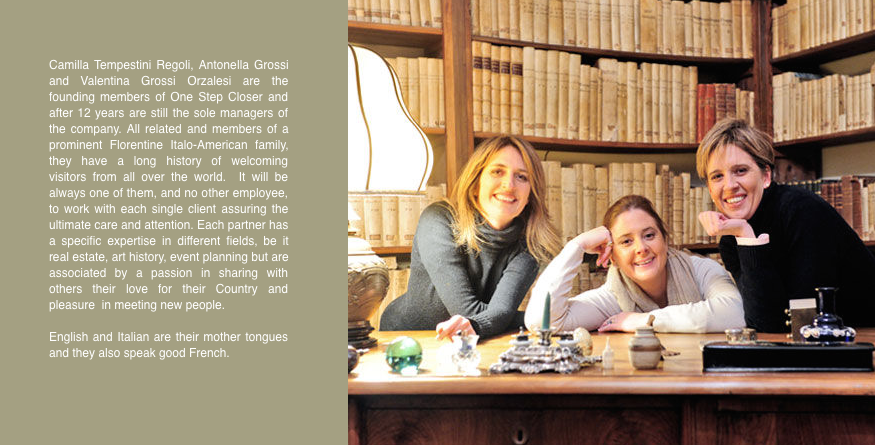
The Partners of One Step Closer: Valentina
is in the middle. One Step Closer. Via Santa Maria #8.
50014 Fiesole, Florence, Italy.
Phone +39-055-59420
www.onestepcloser.net
THURSDAY, 15 May 2014
No matter how rich the cultural treasures of cities such as Rome are, during extended journeys abroad, to stay sane and healthy, every traveler needs periodically to set aside quiet days, and to find places in which to do some communing with Mother Nature.
And so, after a stretch of turbo-charged-touring, there could be no simpler way to relax than to toddle over to Trastevere’s Orto Botanico, which is just one block west of the Villa Farnesina. This urban oasis was founded in 1900, on the former grounds of the Papal Botanical Gardens. Orto Botanico covers a great swathe of the eastern slopes of Janiculum Hill, and makes no claims to being a top-tier botanical garden, but it’s nevertheless a wonderful place to escape from the tumult of Rome.
You’ll find over 3000 species of plants; a bamboo grove; a conifer forest; a Japanese garden; medicinal herb plots; glass-housed tropicals; mossy fountains; exotic flowers; myriads of birds; gurgling streams; and velvety lawns. You’ll be stunned that such tranquility exists within the City. The Botanical Gardens are public, but feel private. Except perhaps for a few Nonnas doting on their grandkids, you’ll very likely have the Gardens all to yourself.
The entry gates to the Orto Botanico are located at the end of Via Corsini. The Gardens are closed for the entire month of August, but are otherwise open from Monday through Saturday, with daily hours that vary with the season. Pay the admission fee of 4 Euros, and you’ll discover one of Rome’s least-known little jewels. Here now, some glimpses of the Gardens:
FRIDAY, 16 May 2014
With a final Big-Out-of-Town-Blast planned for Saturday, I thought our Friday in Rome should be yet another largely-improvised day. In a future
Armchair Diary, I’ll present an extensive photo-album about that Saturday-expedition, as I led Donn to Tivoli, where we visited the mountainside Gardens of Villa d’Este, and then the ancient remains of Hadrian’s Villa… two of UNESCO’s most impressive World Heritage Sites.
Although my objectives for our Friday explorations of Northern Rome weren’t ambitious, the keystone of the day —–a visit to the Galleria Borghese —–had to be planned well in advance.
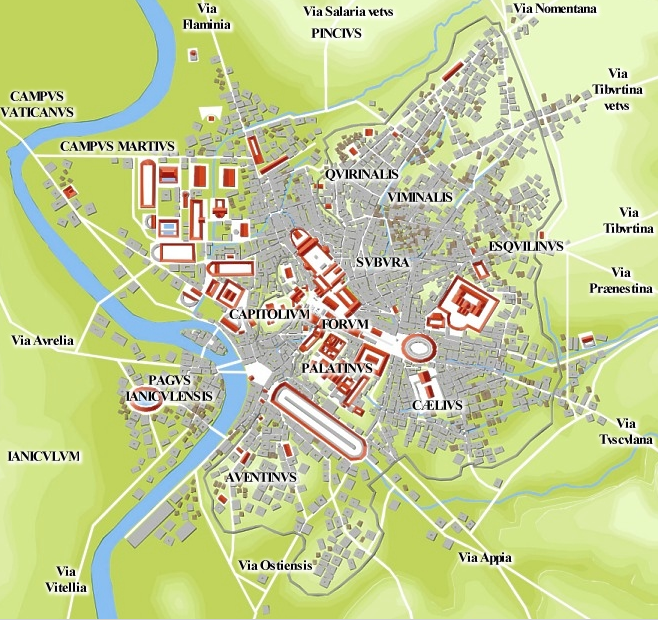
The Villa Borghese is an English-style landscape park on 148 acres of Northern Rome’s Pincian Hill–noted as PINCIVS on this map of the Hills of Rome. The Galleria Borghese is but one of many grand buildings in the park.
The Borghese Gallery occupies a villa, which was built in 1612—1613 for Cardinal Scipione Borghese. The Cardinal modeled the layout of his “Casino,” or country house, upon Agostino Chigi’s Villa Farnesina (which we toured, earlier in this Diary). From the first, the Villa Borghese was intended to be an opulent party-palace in which the Borghese family’s art treasures could be displayed.

The Galleria Borghese. One enters the Gallery on its south side, at basement-level, through the miniscule, central arch that’s tucked beneath the double stairway which leads up to the Loggia.
Limited numbers of visitors are admitted to the Galleria Borghese, at two-hour intervals. Tickets should be reserved online, at least two months before you plan to be in Rome. The Gallery is open Tuesday through Sunday, from 8:30AM until 7:30PM. Be warned: once purchased, tickets cannot be exchanged, refunded or cancelled. Admission fee: 11 Euros.
https://www.galleriaborghese.it/borghese/en/edefault.htm
On the day of your visit to the Borghese, plan to arrive at least 45 minutes early. You’ll first stand on line to trade your
email receipt for a real ticket…you will also be asked to produce a photo ID. Then you’ll be told to leave EVERYTHING you’re carrying — including phone, camera, backpack, AND handbag — with the coat check clerk. The first time I visited the Borghese, and had to surrender my purse, I was taken aback. Now I simply wear a sweater with pockets big enough to accommodate my wallet and reading glasses, and hand over the rest of my worldly goods. After you’ve unburdened yourself, you’ll have enough time to grab a cup of espresso in the Museum’s Café, which is in the basement of the villa. But don’t linger over your coffee; instead, gulp it down and then head toward the northeast corner of the basement, where ticket-holders must assemble, prior to their scheduled entry time. Although the number of people allowed into the Gallery during each 2-hour period is controlled, in a perfect art-ogling-world, that number would be 4 times smaller than it currently is. Thus, it’s very important to be early and preferably FIRST in that basement-queue: once the figurative bell has rung, and you’re all released and permitted to climb up the spiral stairs which lead to the Galleries, the relatively-small exhibition rooms will quickly become crowded, overheated, and noisy.
Instead of exiting the spiral stairway at the door to the Ground Floor Gallery—with its collection of sculptures, mosaics and frescoes ( which is where most visitors will immediately rush to see Gian Lorenzo Bernini’s sculptures )—continue upwards to the top-most Picture Gallery, and begin your tour there. When you’re finished with the top floor, then retrace steps, and visit the lower gallery floor. By that time, the crowds —who’ve been gasping at Bernini’s Apollo and Daphne, and gaping at Canova’s Pauline Bonaparte—will have progressed to the top floor. If you travel through the gallery’s rooms in a direction opposite the path of most other visitors, you’ll be able to actually SEE most of what’s inside the Borghese.
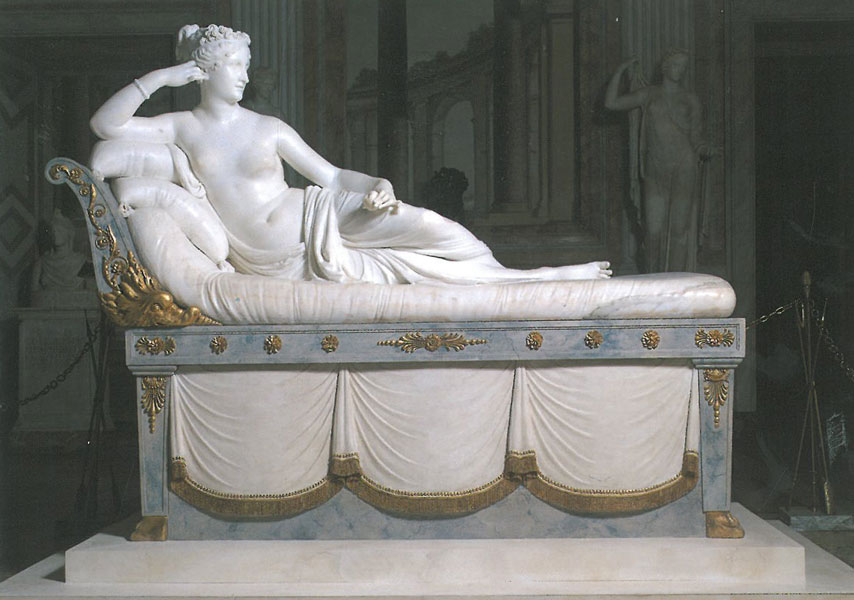
Antonio Canova: PORTRAIT OF PAULINE BONAPARTE AS VENUS VICTRIX. Pauline Borghese, Napoleon’s sister, was immortalized in white marble. The statue’s surface is given fleshly sheen, with an application of wax. Made 1805–1808. Image courtesy of Galleria Borghese.
SO….why do I make repeat-visits to this place, and subject myself to an all-but-guaranteed mob scene? The answer’s simple: APOLLO AND DAPHNE.
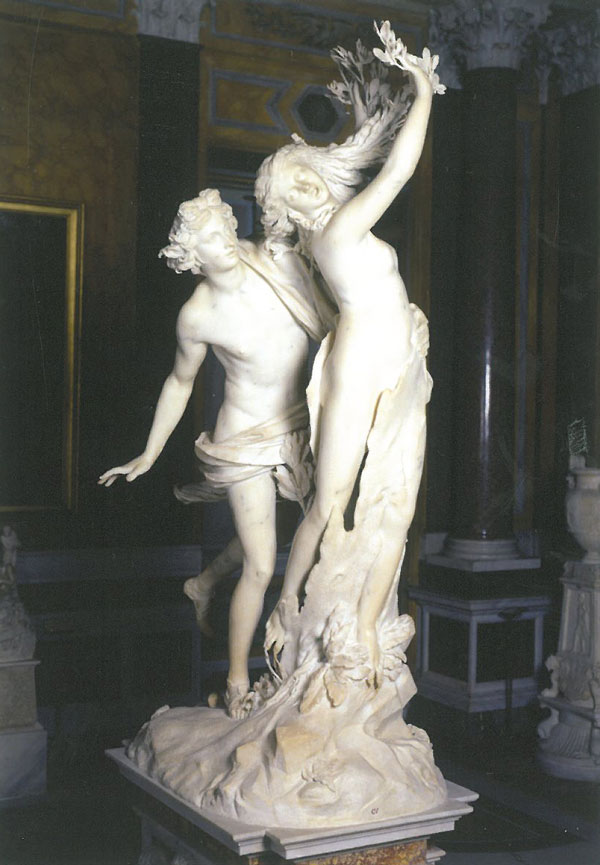
Gian Lorenzo Bernini’s statue of APOLLO AND DAPHNE is 8 feet tall, excluding its pedestal. Bernini began it in 1622, and completed the piece in 1625. Image courtesy of Galleria Borghese.
No photograph of Apollo and Daphne can begin to describe the gut-punch which hits me, every time I step foot into Galleria Borghese’s Room III, where Bernini’s astonishing sculpture is displayed. This work was begun in 1622, when Bernini was 24 years old. But even at that early stage of his career, Bernini’s heavy work-load required that he be assisted in his stone-carving, and so the statue’s base, the rocks on the ground, the tree-bark and branches, along with Daphne’s leafy fingers, were executed by Giuliano Finelli. From all vantage points, the piece, which was carved from a single block of marble, seems to shiver and to promise movement. The bodies of Bernini’s two actors might very well be breathing. Michelangelo once said that when he made his statue of David, he simply looked at a raw chunk of stone and saw that David was the figure who was hidden inside. That Bernini teased a much more complex configuration out of a mass of stone, and that he also infused his figures with such kinetic energy is a marvel.
Apollo’s expression is strangely impassive: this would be, after all, merely a routine day in the life of a God. Be stung by Cupid’s arrow. Pursue a nymph. Ravish a nymph. Move on to the next nymph. Totally business as usual. But what of the maiden Daphne, who, desperate not to be defiled, prays to her river-god father Peneus for salvation? Her face is tight with anguish. Much worse? There is horror both behind AND ahead of her. It’s the age-old routine of the victim being twice-punished. Daphne suffers the fear of rape, and then the gruesome fate of being turned into a laurel tree. All-in-all, a Bad Day for Daphne, but, for the rest of us, a Great Day for Art.
Sometimes, the hot-house atmosphere of the Gallery Borghese is dizzying.
There’s nearly too much to see, crammed into too little space, with too few hours to absorb the whole shebang. But on this most recent visit,
after I’d completed my ritual of Bernini-adoration, I began to become explicitly aware of the rooms themselves: I focused my attention upon floor mosaics, trompe l’oeil wall treatments, and intricately painted ceilings. My dream is to someday walk alone through the Borghese’s galleries, and to be permitted to photographically catalog every sumptuous, overblown detail of the Villa’s interior decoration. Are the layers upon layers of ornamentation done in Good Taste, or Bad? Who knows? Who cares! It’s all fabulously entertaining.
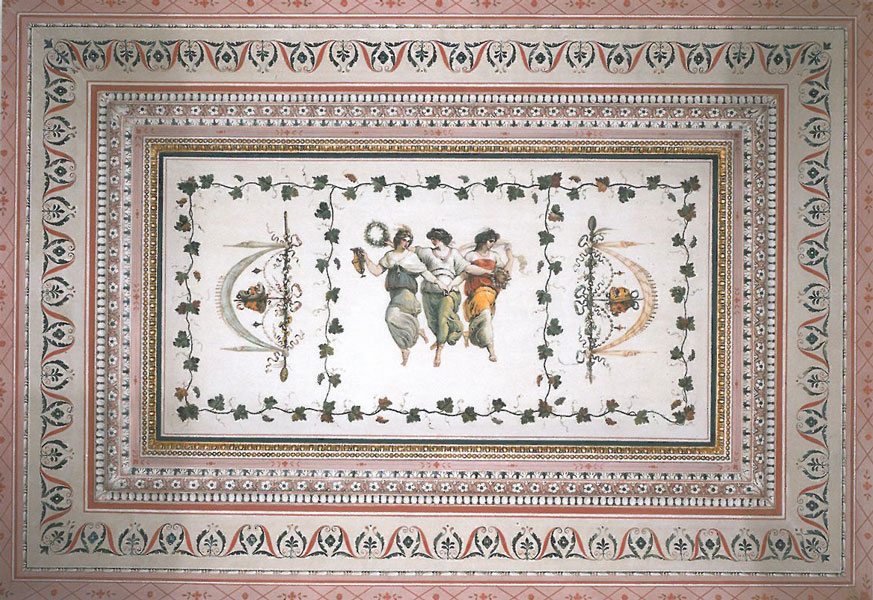
One of the tiniest rooms in the Borghese is decorated with this exquisite painted ceiling. Image courtesy of Galleria Borghese.
After two hyperactive hours in the Galleria Borghese, nothing’s more calming than an amble through the vast parklands which surround the Gallery. Oddly, considering the great volume of folks who visit the Gallery, the nearby gardens and promenades and glades of Roman Pines are always free of crowds.
Donn and I first strolled in the formal gardens on the north side of the Galleria Borghese….
We peeked at the walled garden that’s between the Gallery and the Borghese’s Aviary…
And then we took a closer look at the Aviary itself…
I then charted a course south through the rolling hills of the park, back toward the city and the Piazza del Popolo. The extensive vineyards and orchards which in ancient times covered most of the Pincian Hill are long gone; the landscape that we see today in the Villa Borghese Gardens was laid out from 1809—1814 by Giuseppe Valadier, in the naturalistic-English-style that had become popular with affluent Italians.
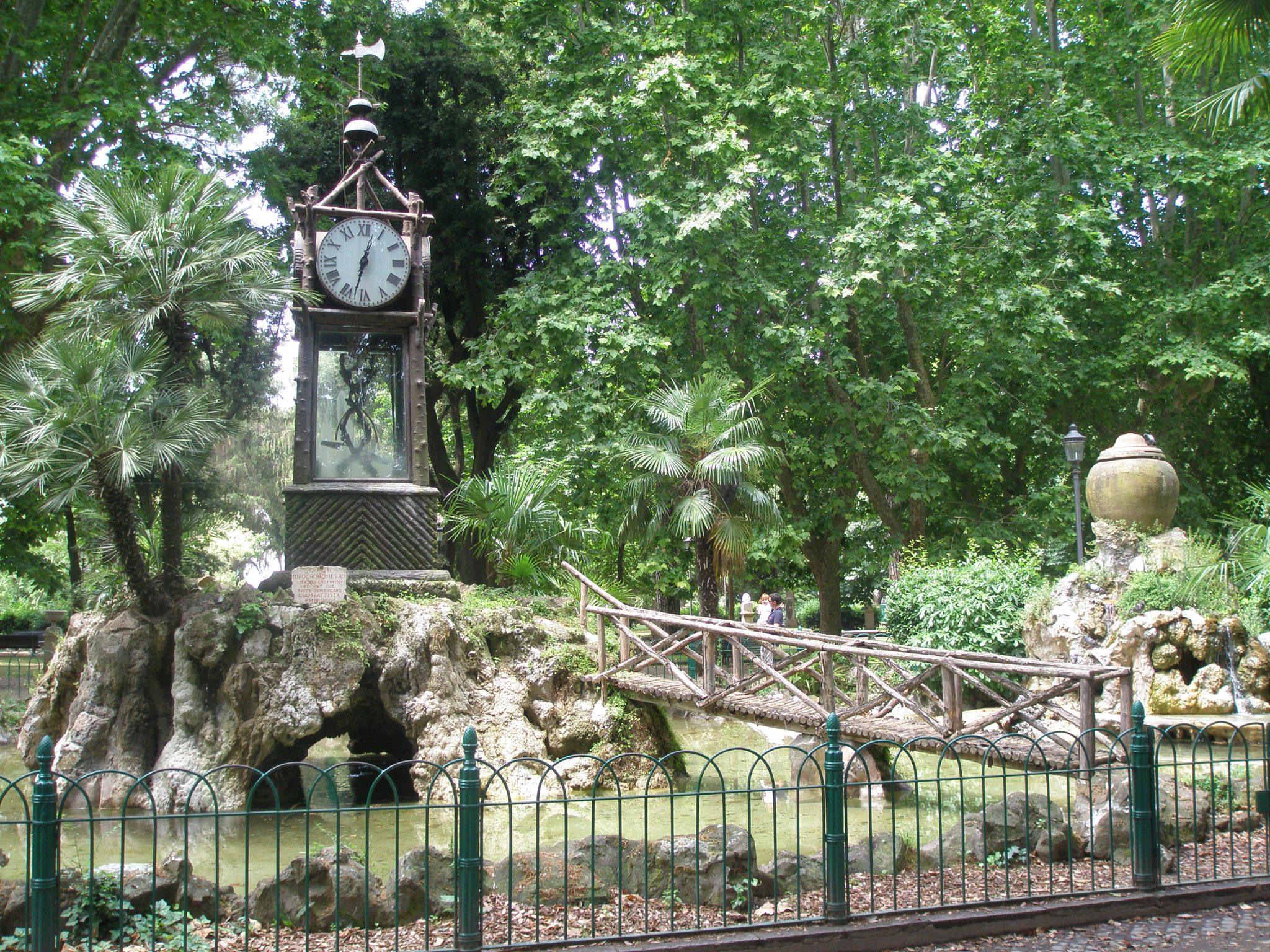
Gian Battista Embriaco’s hydrochronometer was installed in the gardens in 1873. This water clock still keeps perfect time.
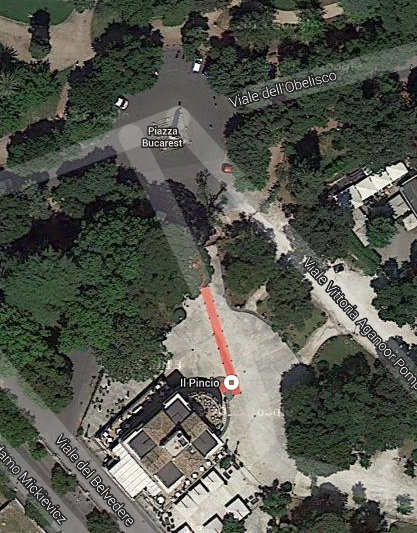
…demonstrates the POWER of an Orange Carpet. Even
hungry aliens would know where to land for a bite to eat.
We wandered across the white gravel of Pincian Hill’s Piazzale Napoleone, (which the Napoleon himself never visited)…
..and then we sidled up to the balustrade on Piazza Napoleone. Here’s the grand westward view down to Piazza del Popolo. In the distance, the dome of St.Peter’s Basilica looms.
As we made our way down the switchback that leads from Villa Borghese to Piazza del Popolo, I realized that my appetite for art and architecture and gardens and history was fading…while my hunger for lunch was intensifying.
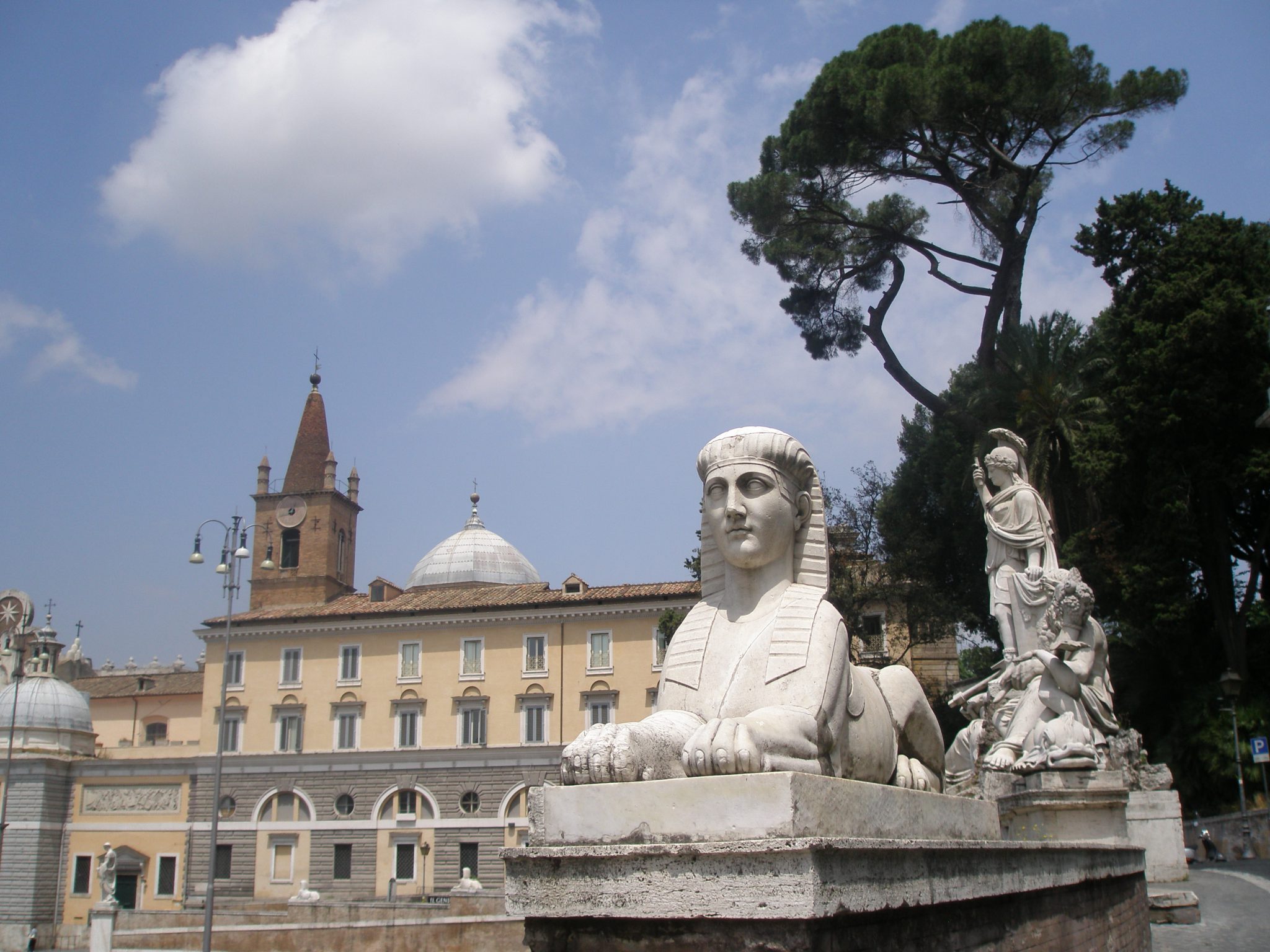
A sphinx guards the winding road that leads from the Pincian Hill and the gardens of Villa Borghese down to Piazza del Popolo.
And so, rather than linger for another hour by the Piazza’s central fountain, which frames yet another ancient Egyptian obelisk—this one dating from the 14th century BC, and taken from Heliopolis as yet another decoration for Rome during the reign of Augustus—we did a fast trot through the Piazza …
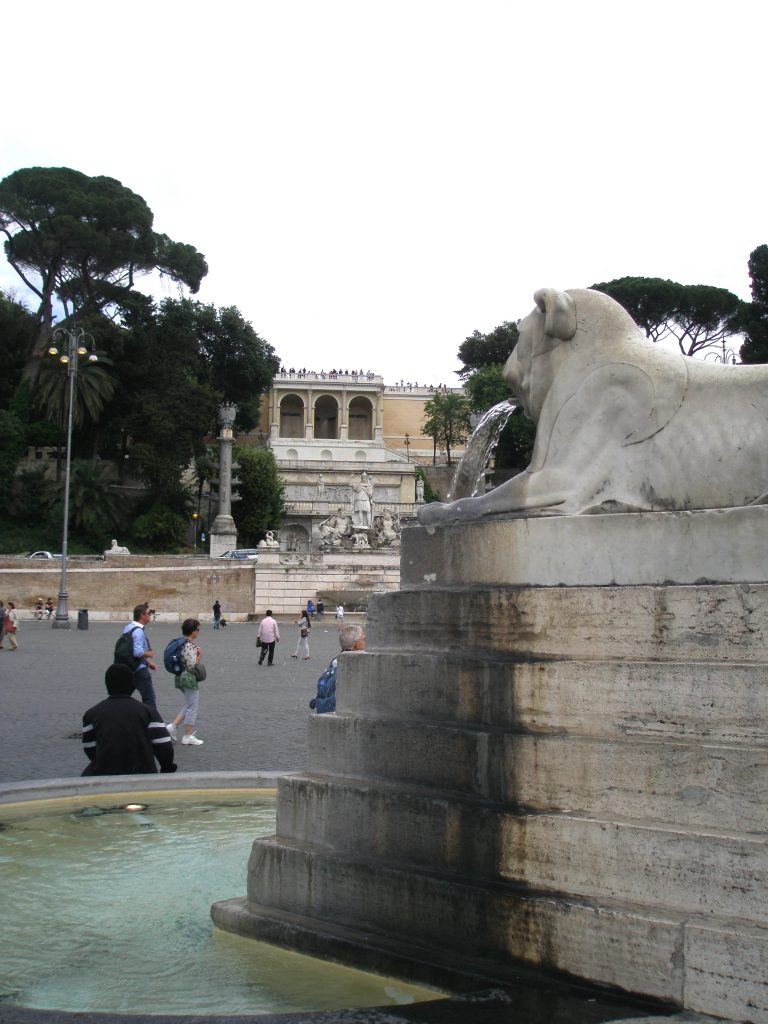
At the Fontana dell’ Obelisco, on the Piazza del Popolo. In the distance is the balustrade of Pizzale Napoleone, which is at the edge of the Pincian Hill.
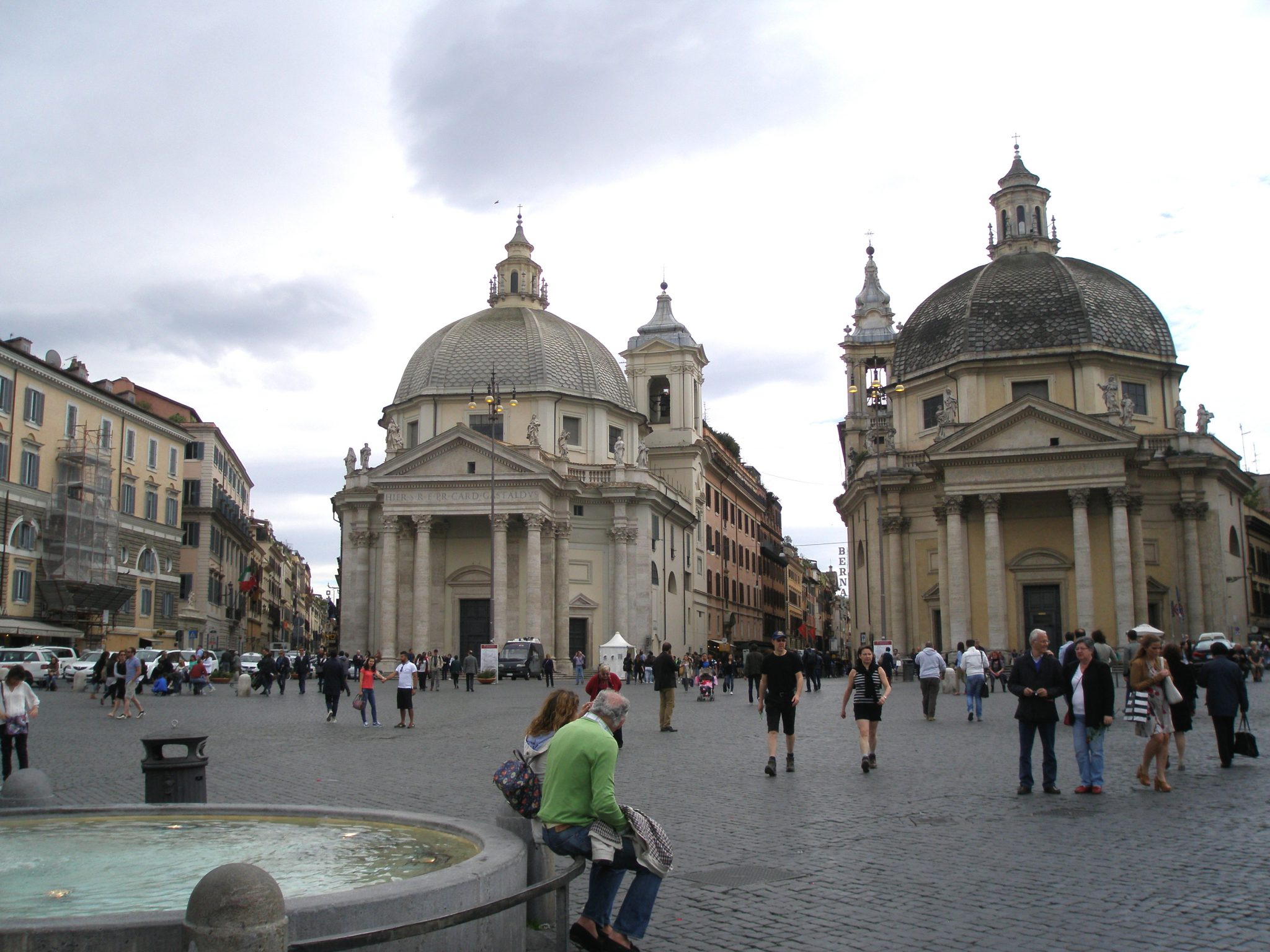
The “twin” churches of Santa Maria in Montesanto (on the left), and Santa Maria dei Miracoli (right) define the southern edge of Piazza del Popolo.
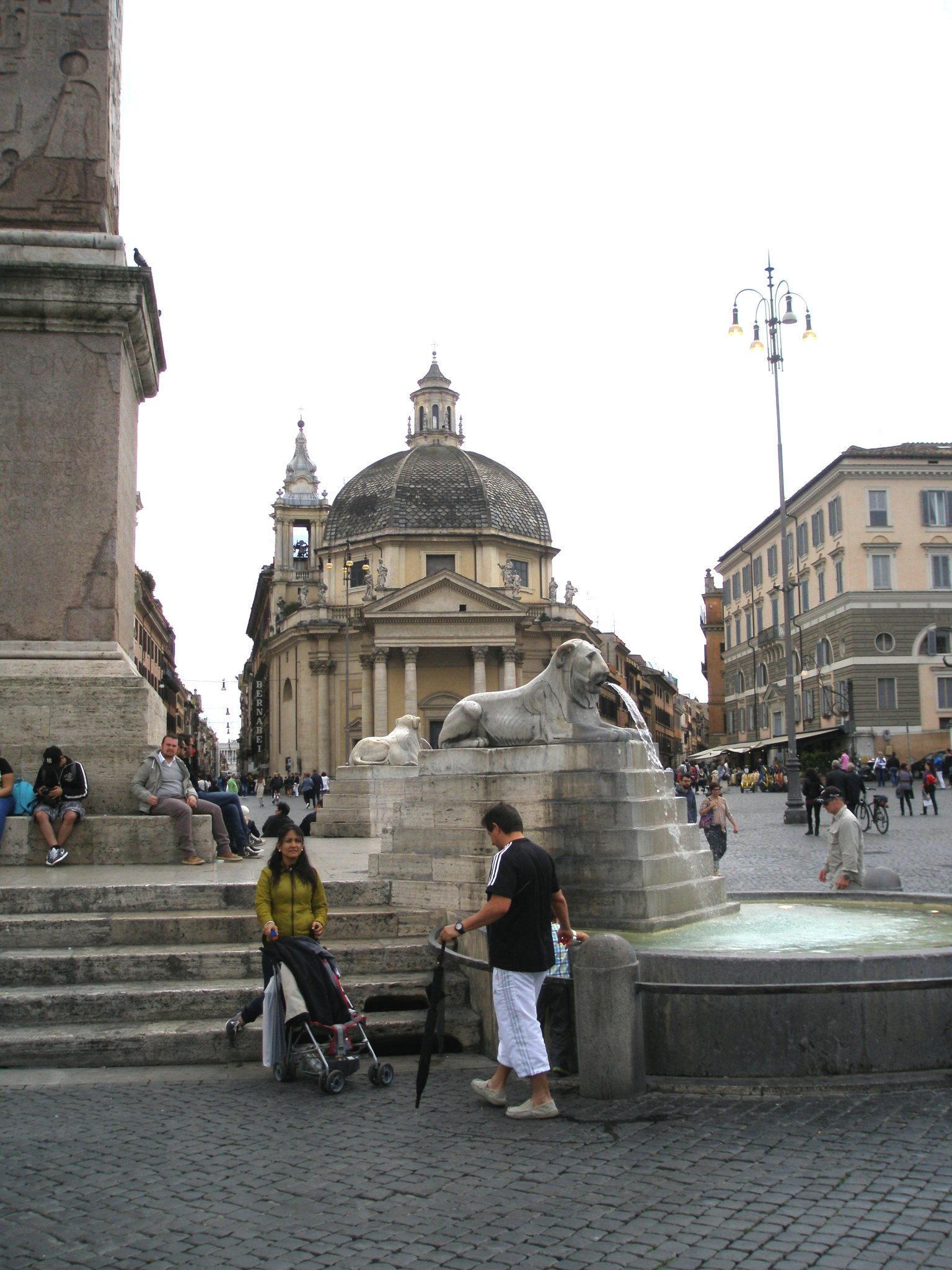
One of the four lions of the Fontana dell’ Obelisco. The Church of Santa Maria dei Miracoli (built in 1681) is in the background.
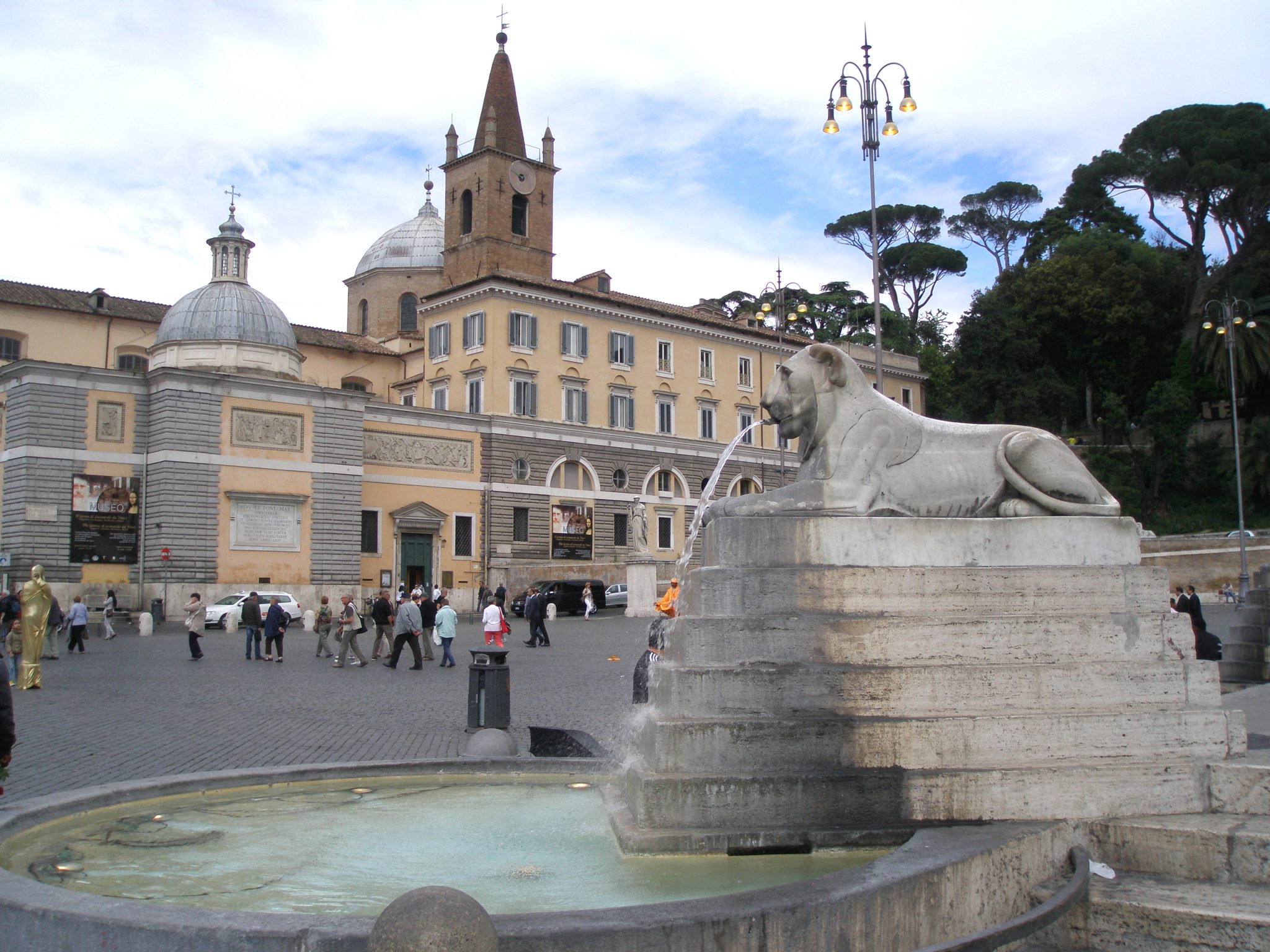
Piazza del Popolo. The Basilica of Santa Maria del Popolo is on the north side of the Piazza. Behind its Baroque facade, the main body of the church building erected in the late 1400s still stands.
…and then continued two blocks south towards Via Margutta, and to Rome’s oldest Vegan/Vegetarian restaurant. Established in 1979, Ristor Arte il Margutta serves a huge and excellent weekday buffet…it’s a feast that I’ve enjoyed on many occasions.
Per usual, business was booming at il Margutta. After conferring with the maitre d’ to reserve a table–which he said would become ours in 30 minutes–we ambled outside. Next door, at #110 Via Margutta, we peered into the lobby of the building where Giulietta Masina and Federico Fellini had lived.
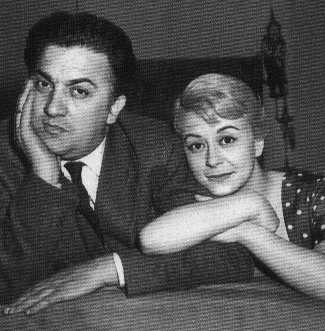
Federico Fellini and Giulietta Masina were married for 50 years, and lived for much of that time on Via Margutta.
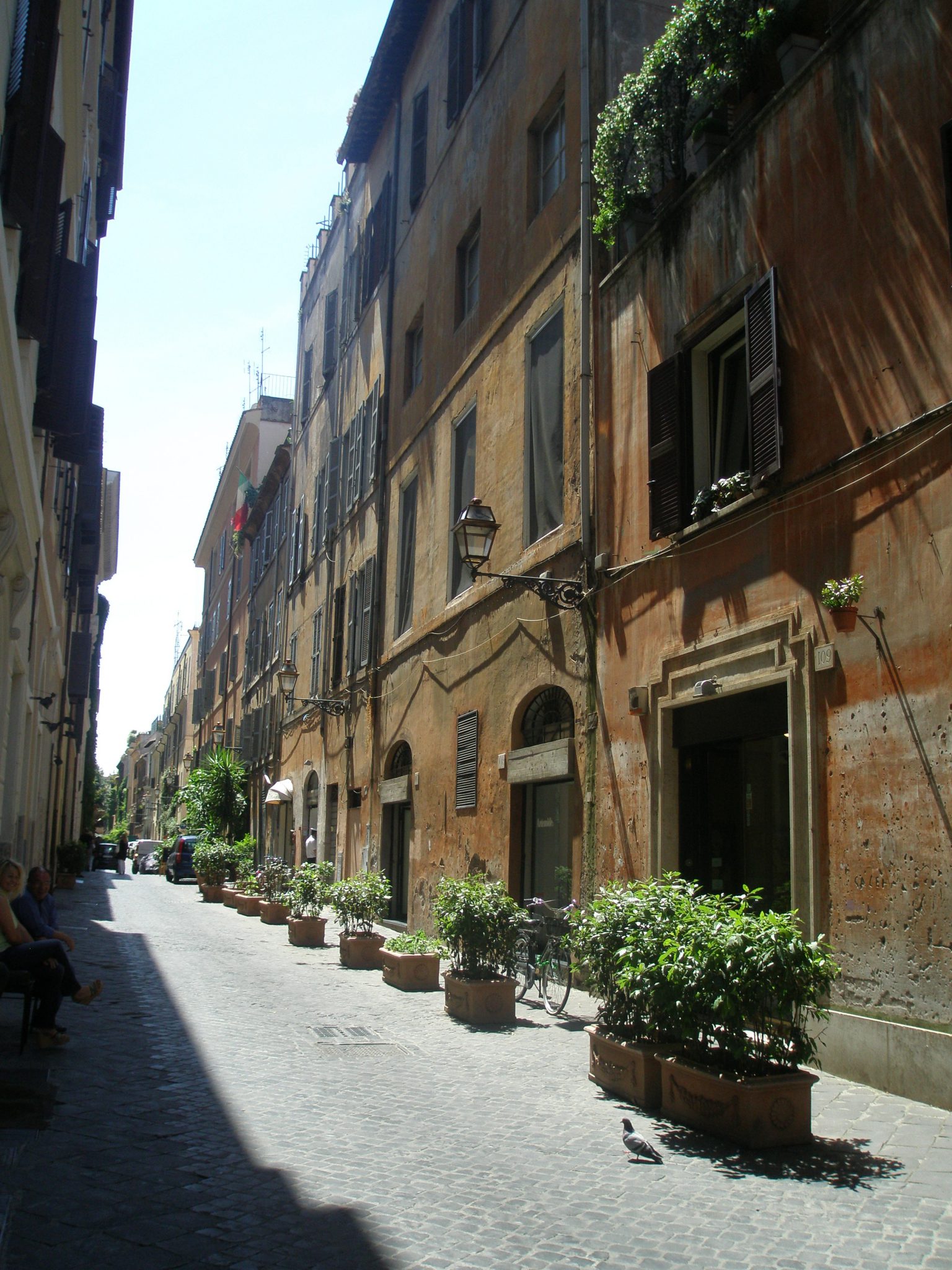
Via Margutta. This narrow street, which runs north-south from just below Piazza del Popolo towards the Spanish Steps, has historically been a place where craftsmen and artists have worked and lived. These days, however, Via Margutta is a Very Posh Neighborhood.
Finally, our table at il Margutta was ready.
The crowd of lunch-timers had finally thinned, but the platters of food spread out across il Margutta’s various buffet tables were still bountifully filled. Donn had already assembled her plate, and was settled back at our table, nursing a glass of red. I’d made a beeline for the buffet zone with the most promising assortment of Vegan delicacies, but my path was abruptly blocked by a lady who’d scooted across the room from another buffet area. With elbows akimbo, the line-cutter parked her Considerable Self at the center of this new array of goodies. I waited, with my stomach rumbling, as she slowly prowled back and forth and considered which delicacies to add to her already-loaded plate. Each time she looked as if she might have finished serving herself, she paused, and then turned once more to the platters…oblivious to the line of people that had formed behind her. My stomach growled, and this time, loudly. But still, I waited patiently. Behind me, I head a quiet voice ask: “Scusi…”I turned, and found a tweed-suited, elderly man smiling at me. He continued. “…may I ask….are you British?” I shook my head: “No….American.” He continued “I am sure you MUST be English….you are waiting so politely.”
Silently, I despaired of that any of my countrymen might have been pushy enough to make this Italian gentleman think that Americans are incapable of patience. But I grinned, and then began to make yet another friend-in-passing, as he and I chatted and philosophically waited together, while the exasperating and clearly ravenous lady continued to lay siege to the irresistible buffet. Poor, frantic, creature…she hadn’t yet learned that Rome’s bounty cannot be swallowed all at once.
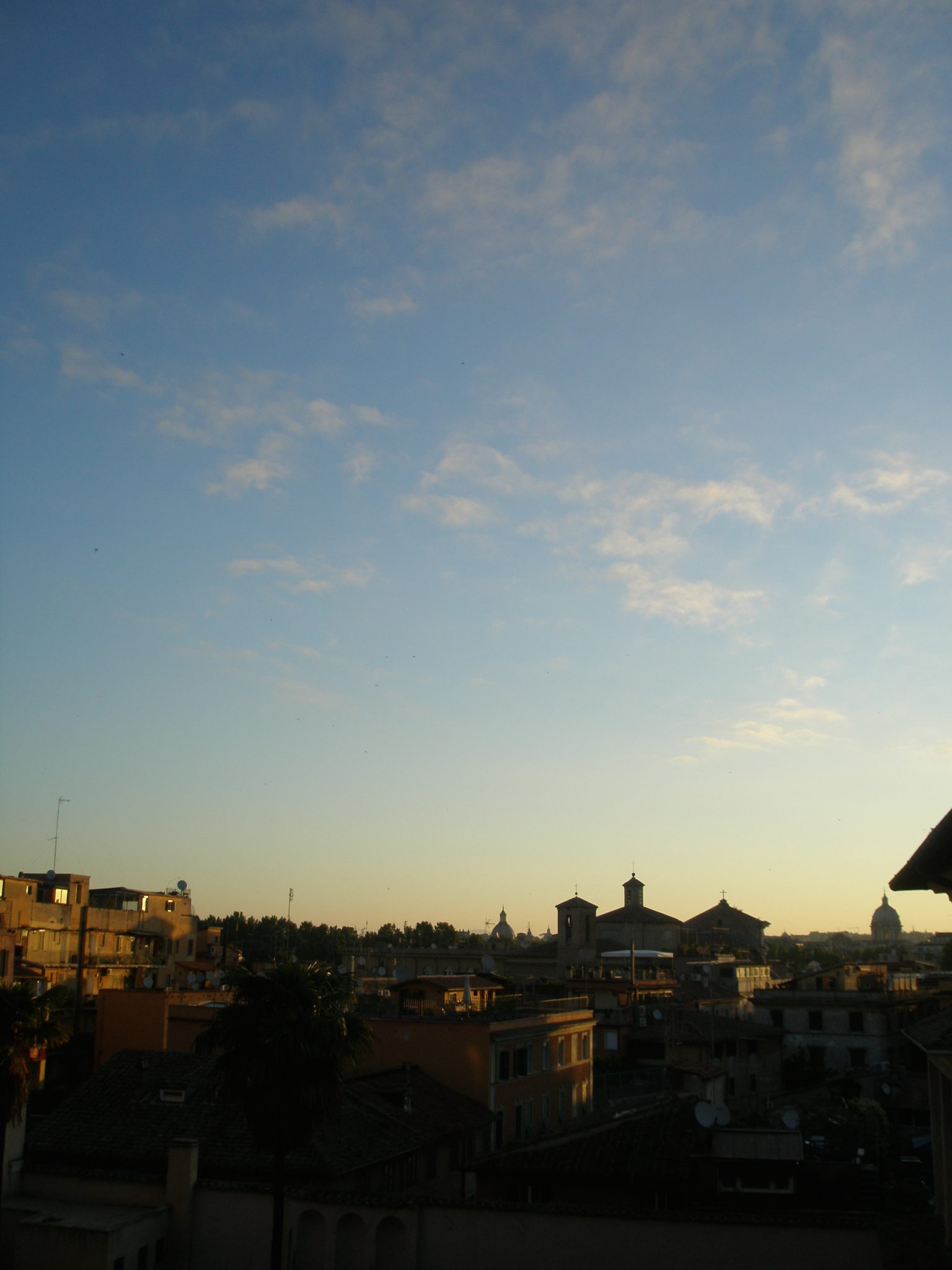
Dawn, on the morning of Sunday, 18 May 2014, as I sat by the window of my room at the Donna Camilla Savelli Hotel, and began to be quite sad that I would soon fly away from the Roman Skies…which I had come to love even more than Rome’s Earthly Treasures.
Copyright 2014. Nan Quick—Nan Quick’s Diaries for Armchair Travelers.
Unauthorized use and/or duplication of this material without express &
written permission from Nan Quick is strictly prohibited.

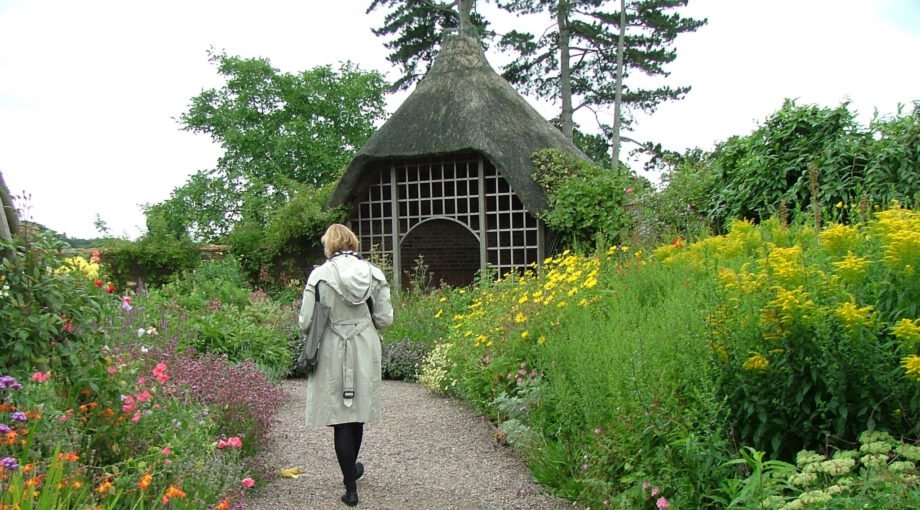


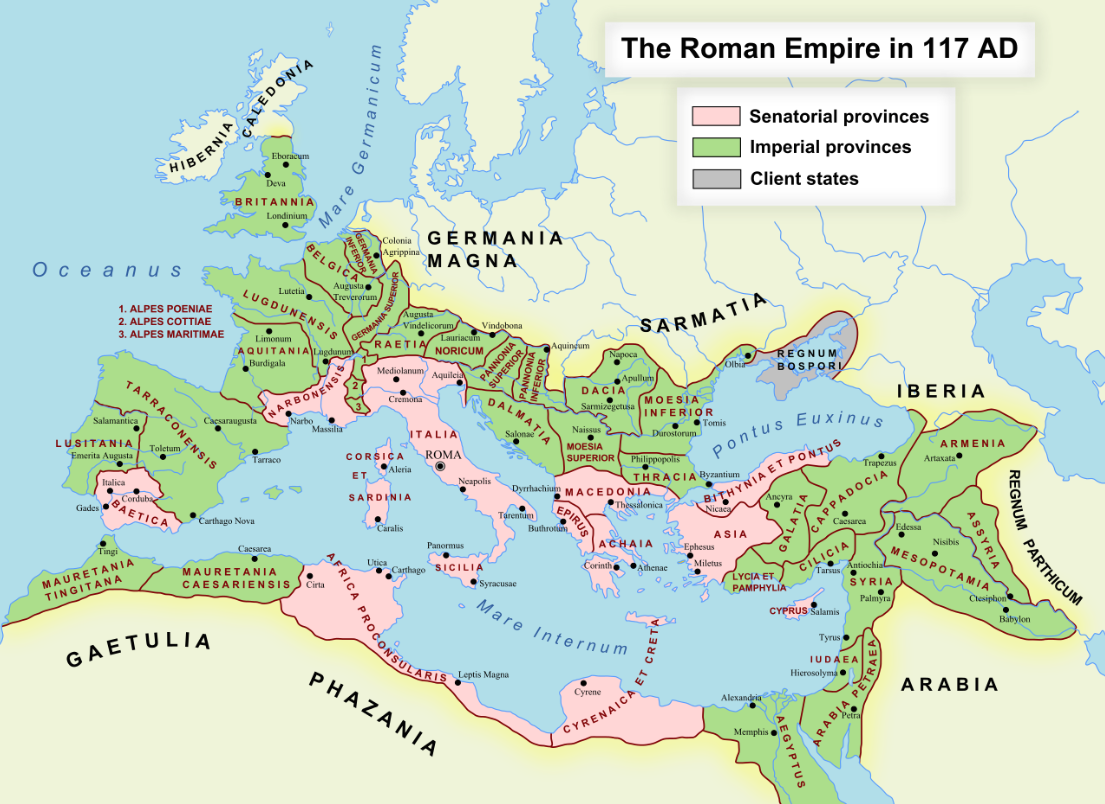
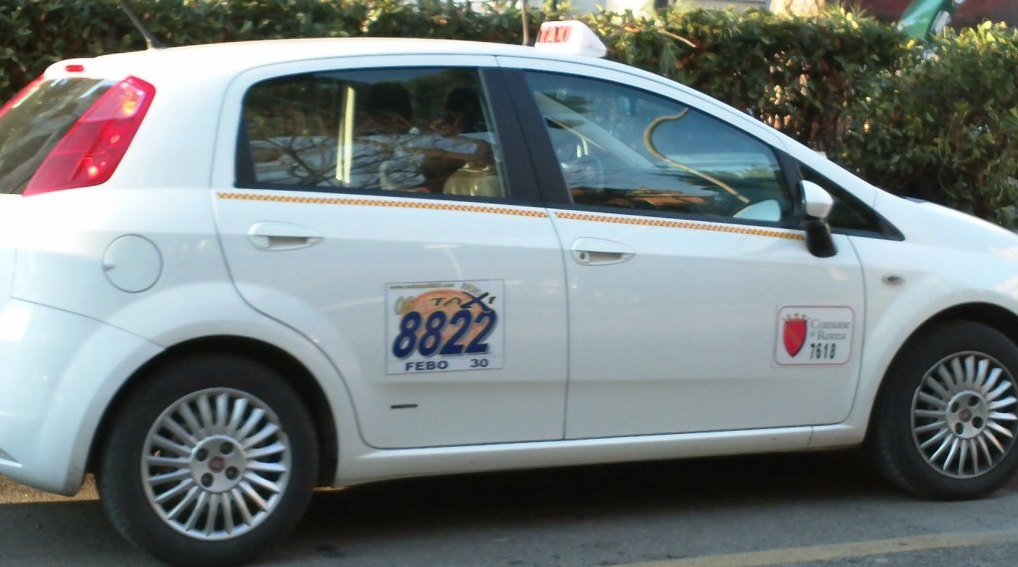
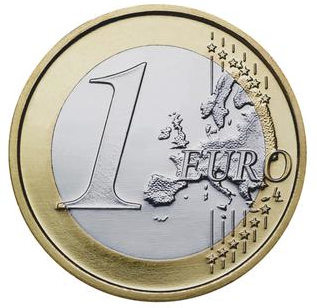
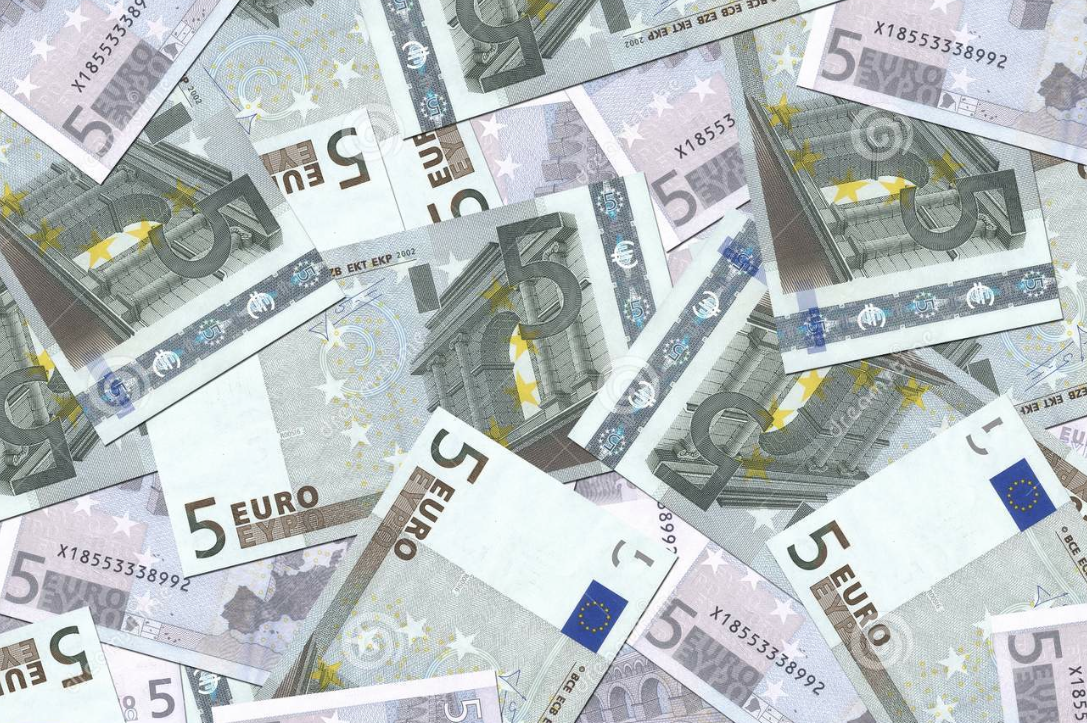
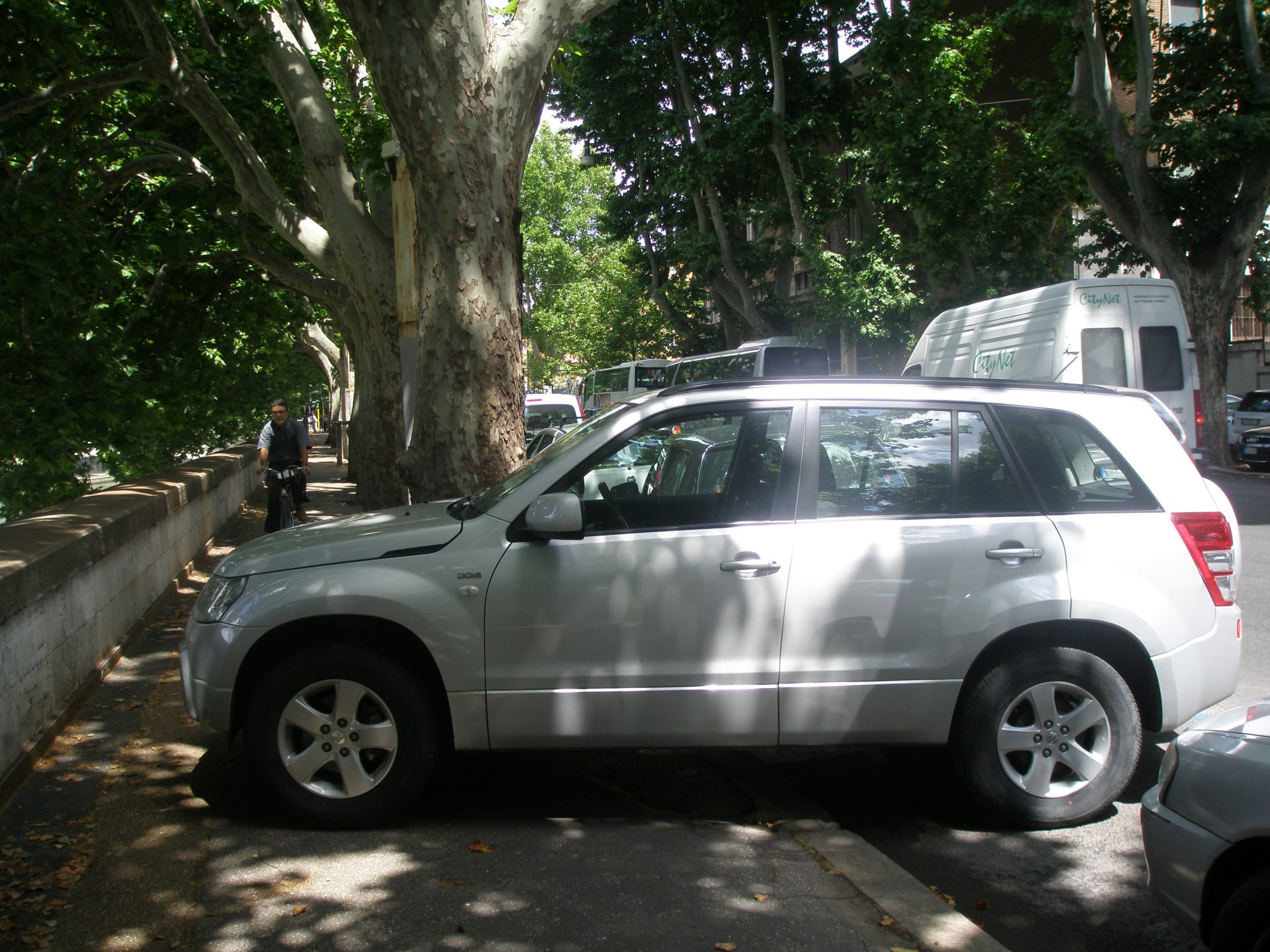
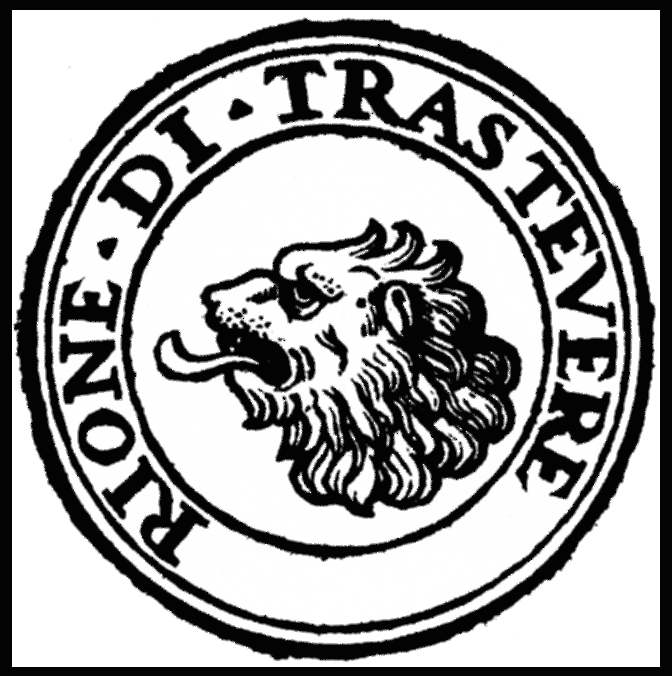
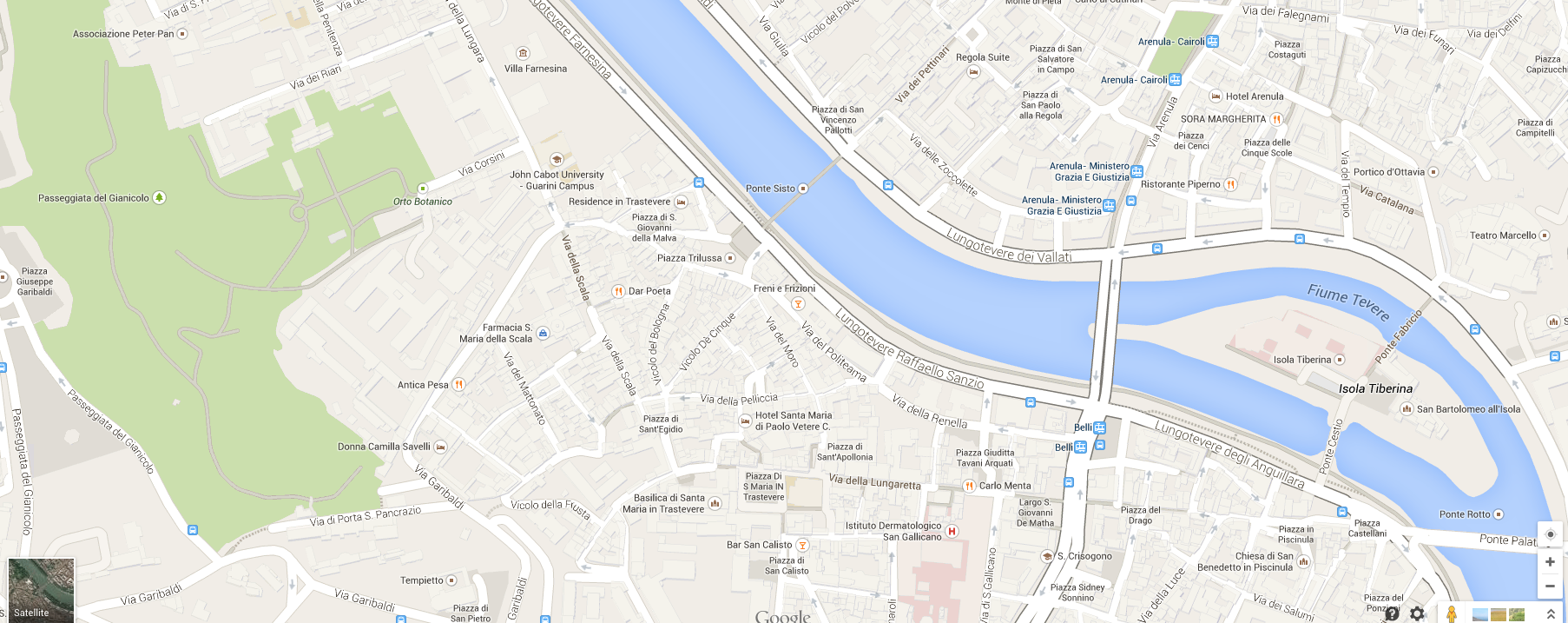

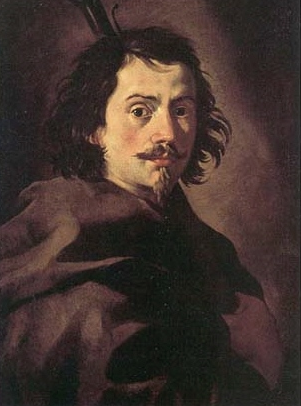
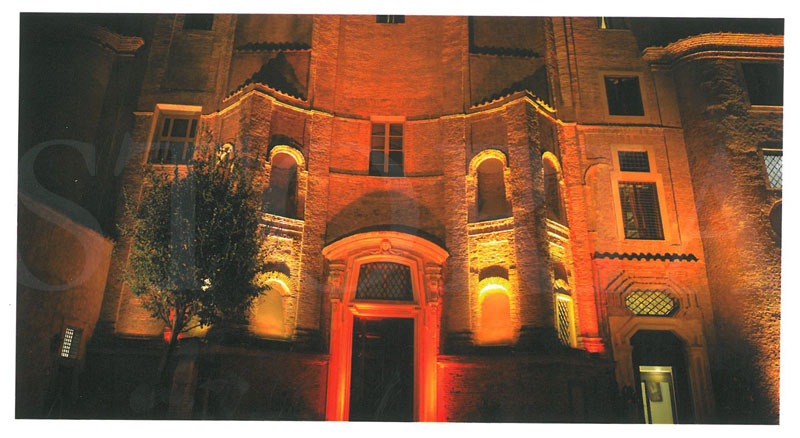
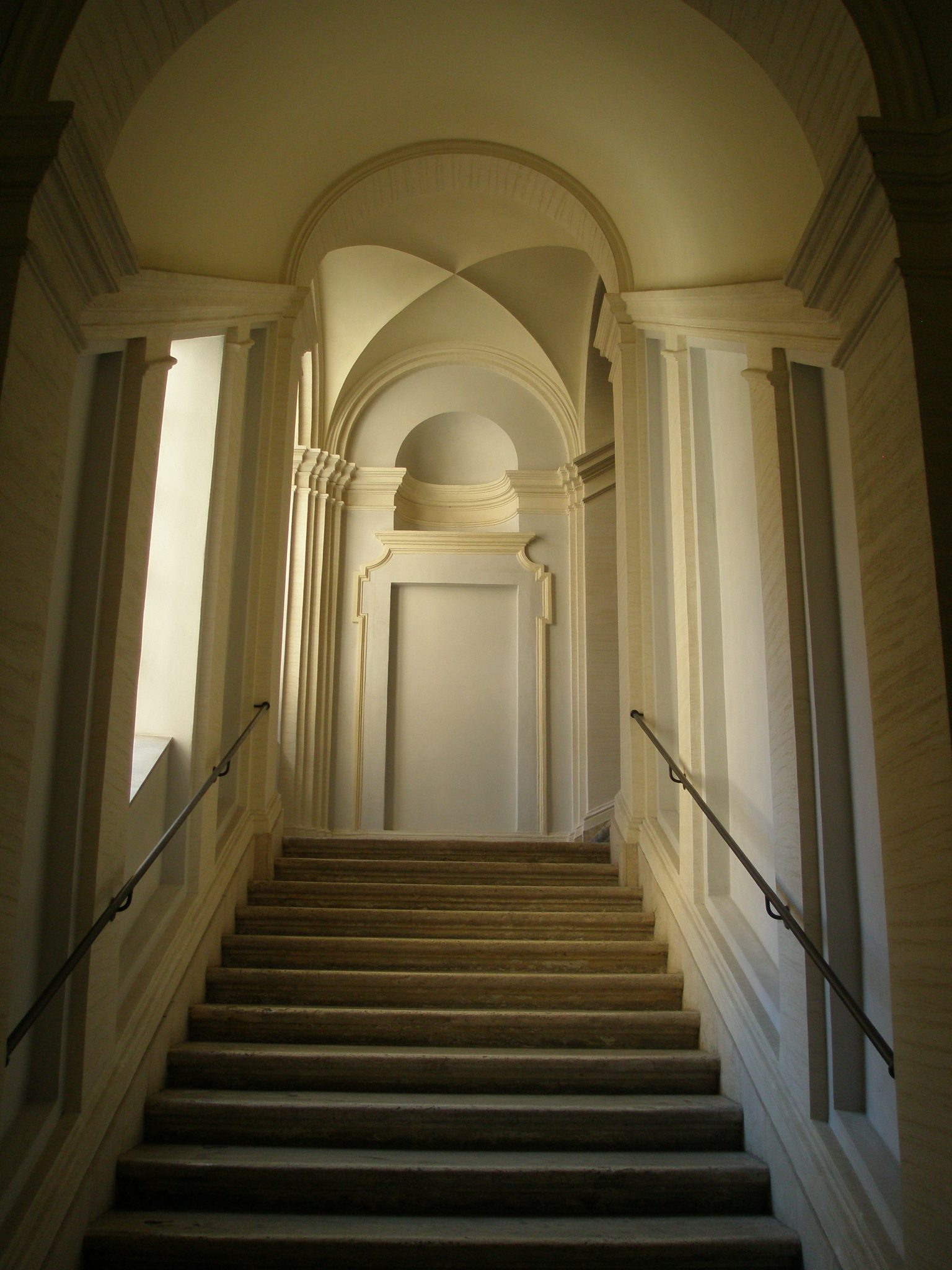
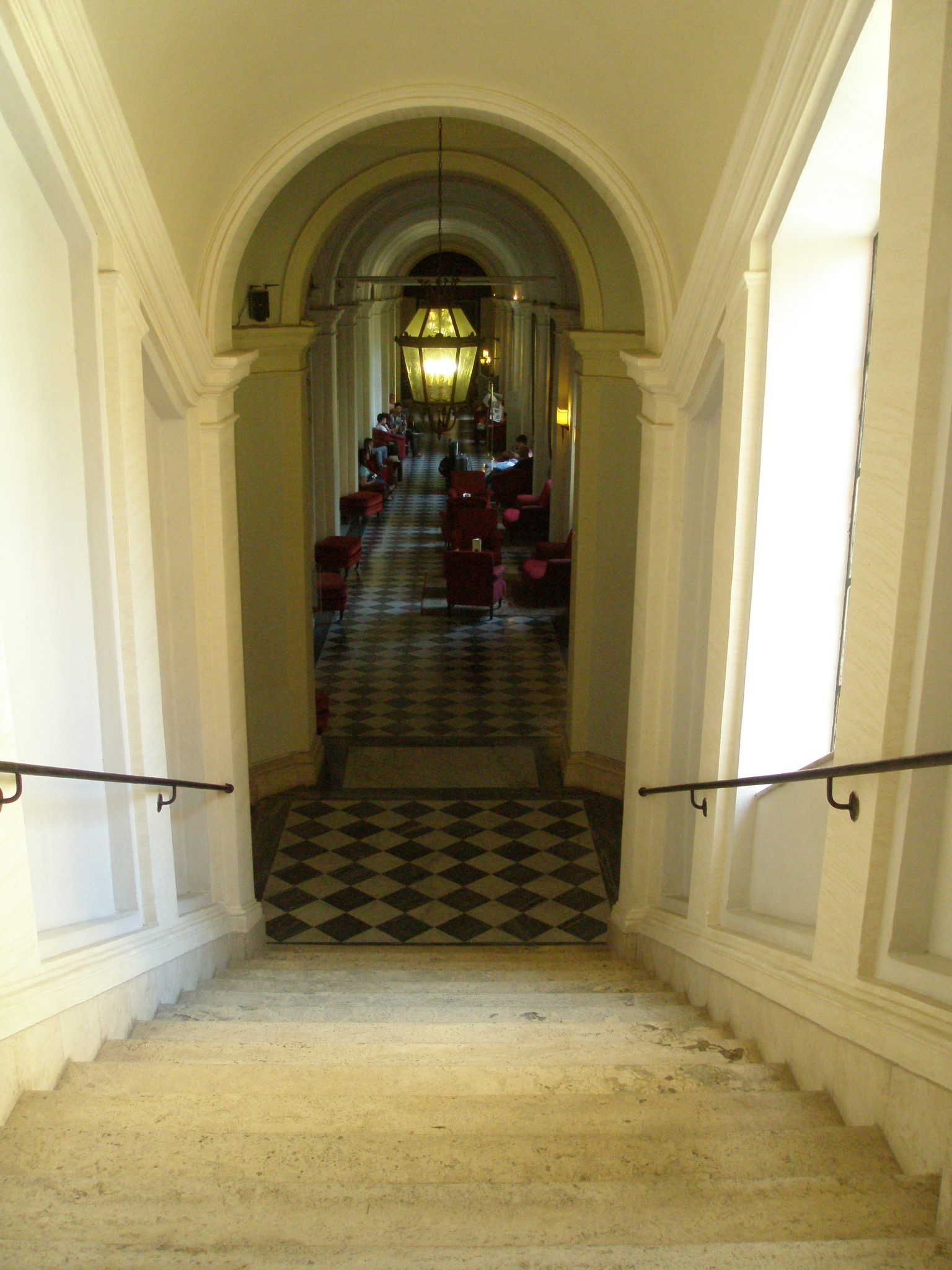
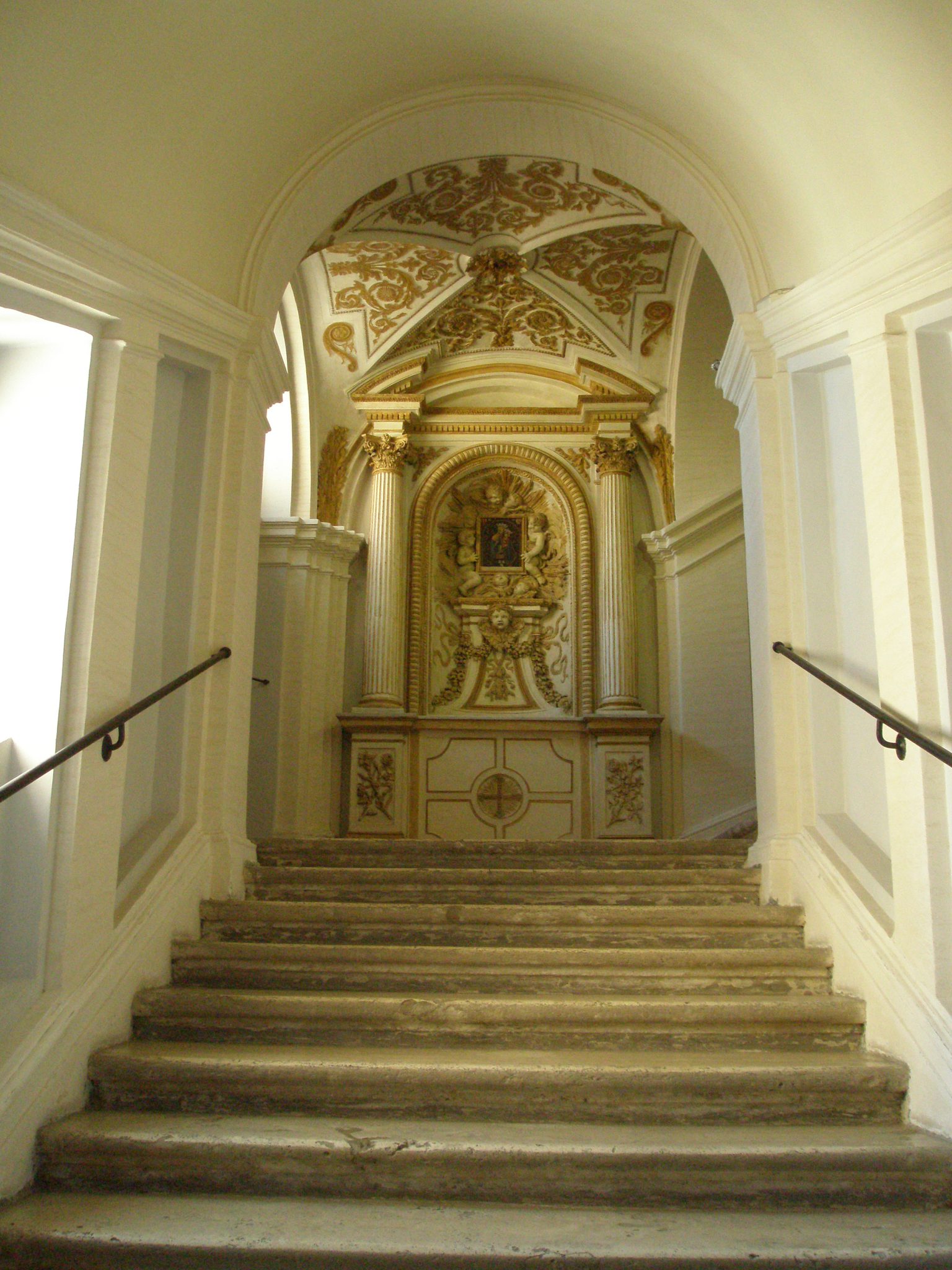
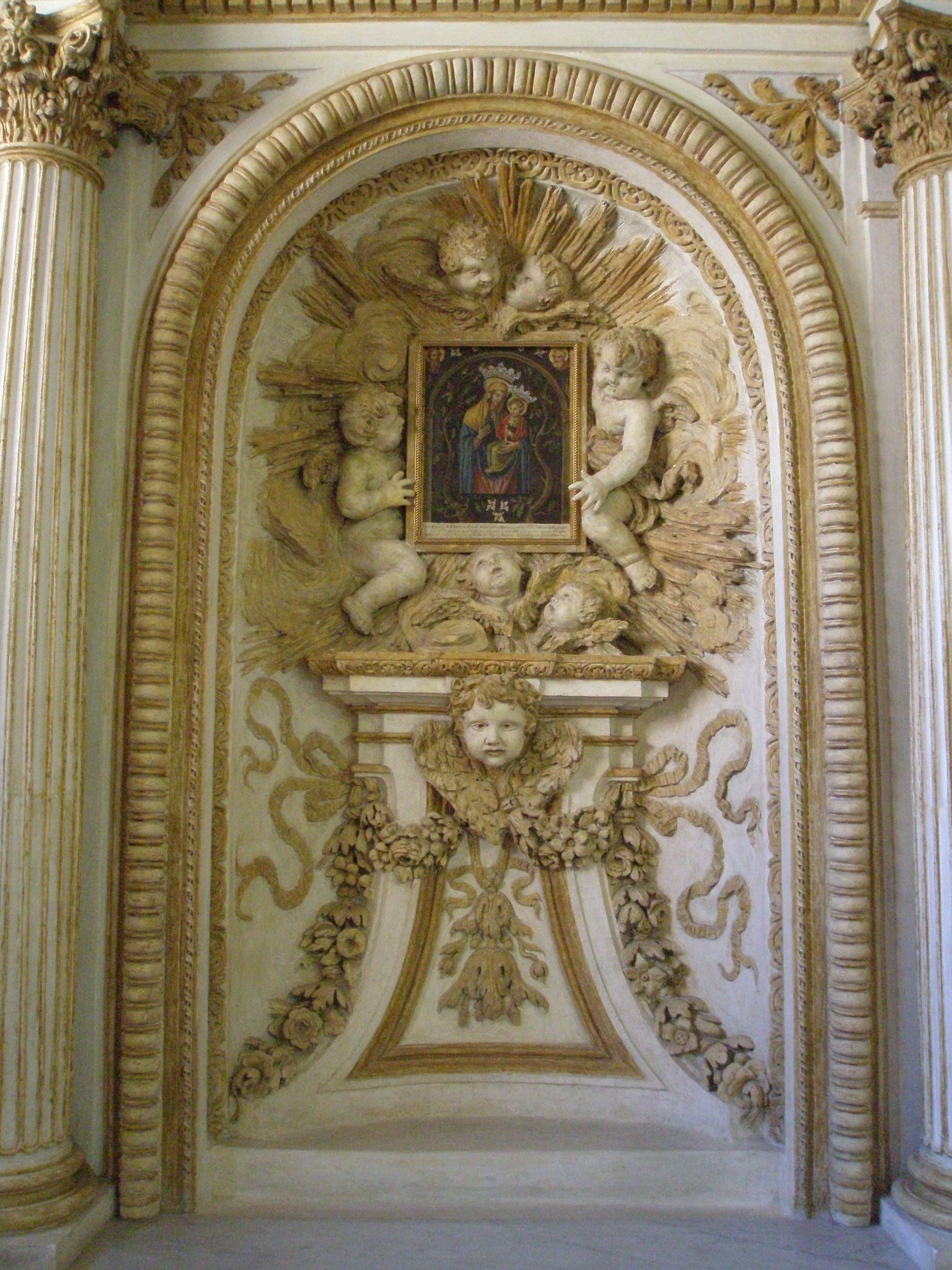
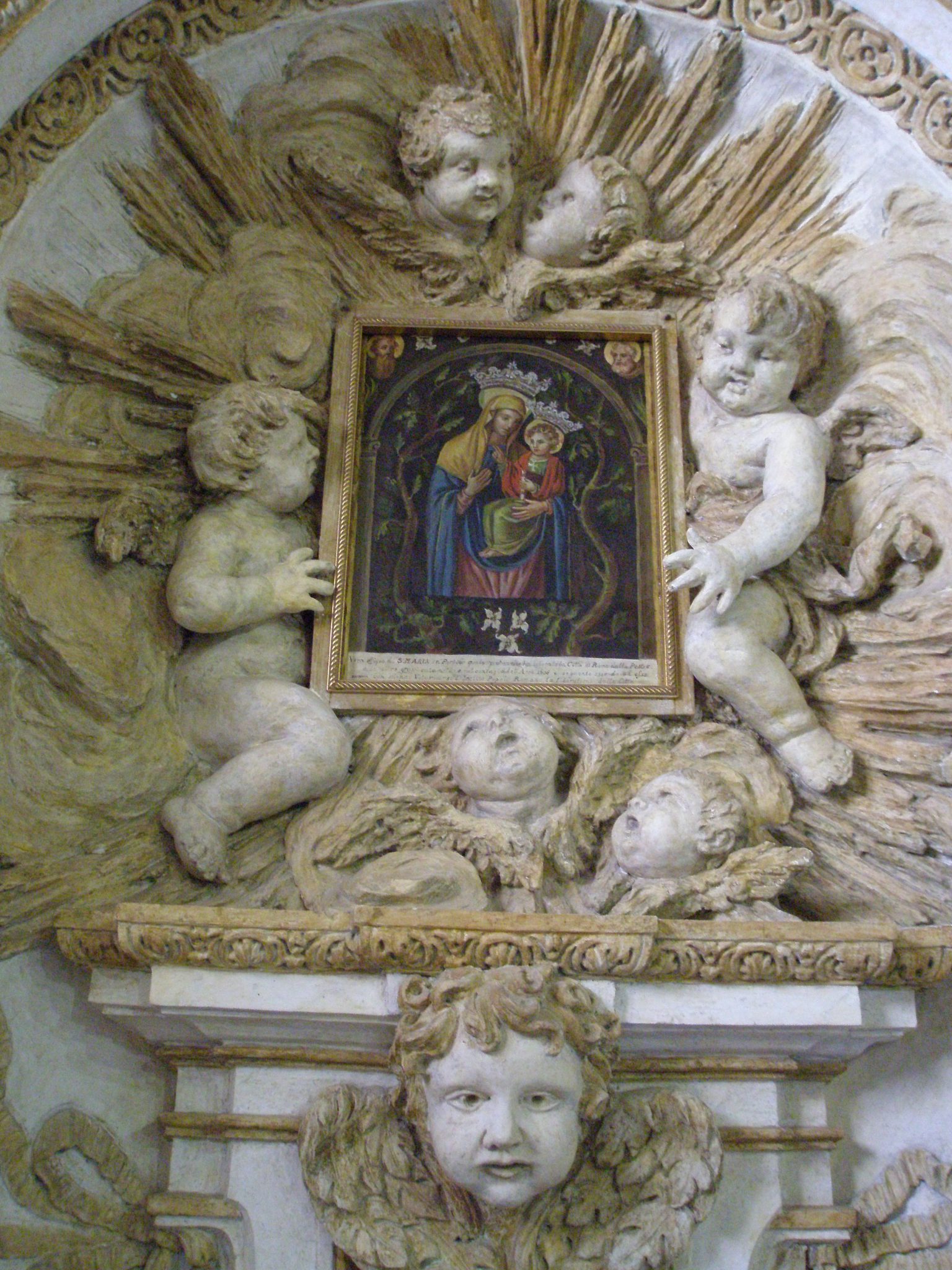
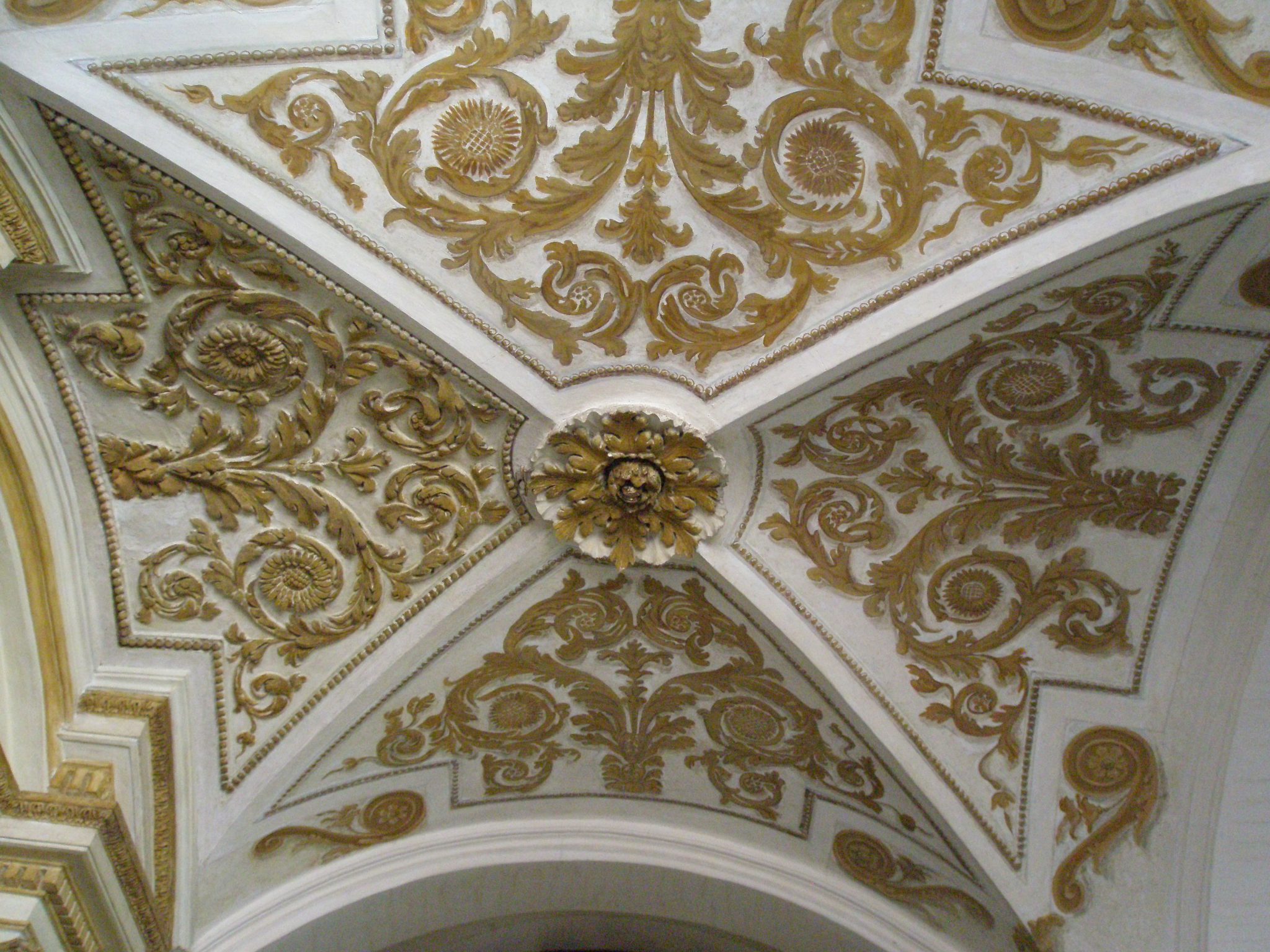
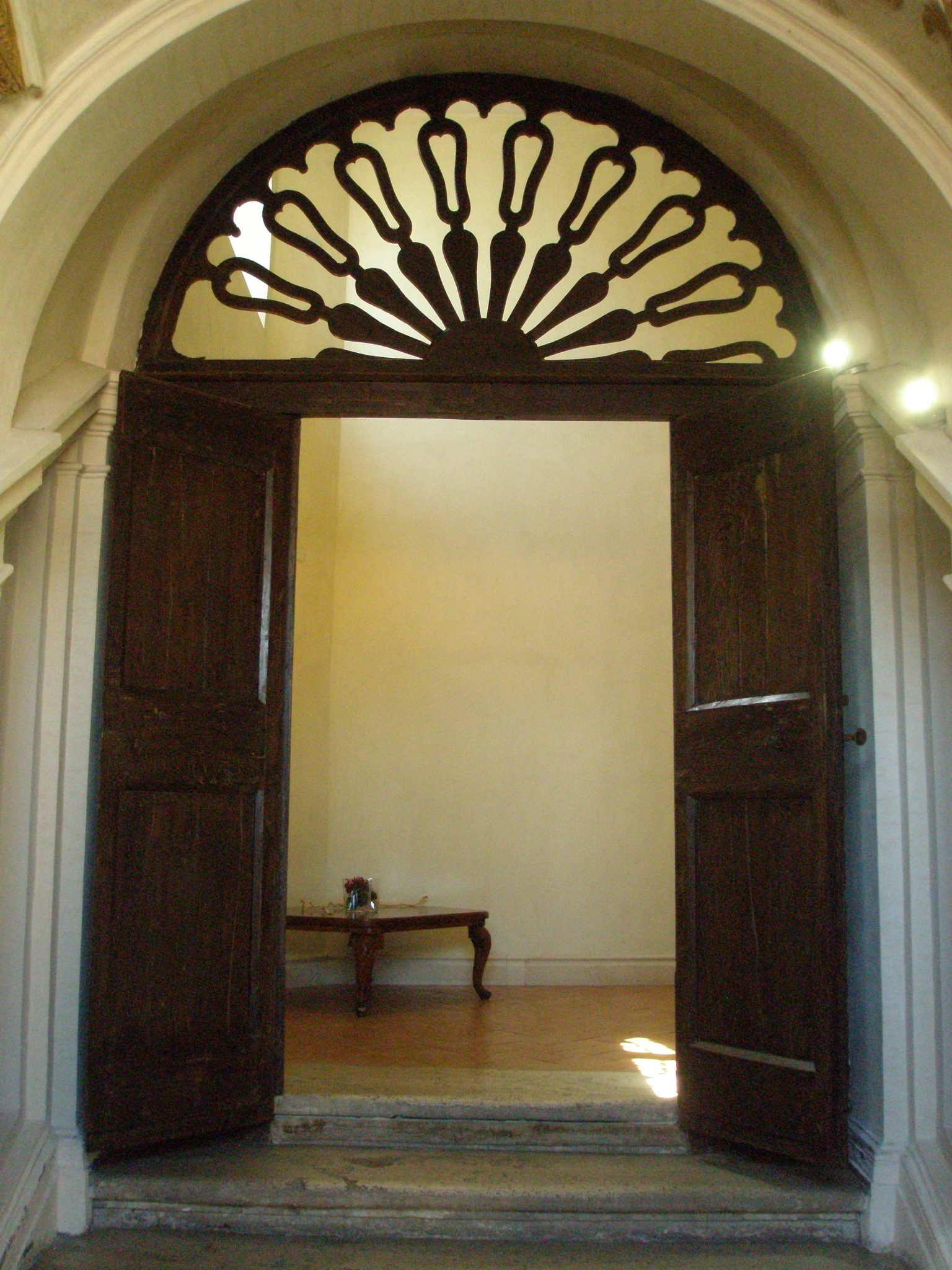
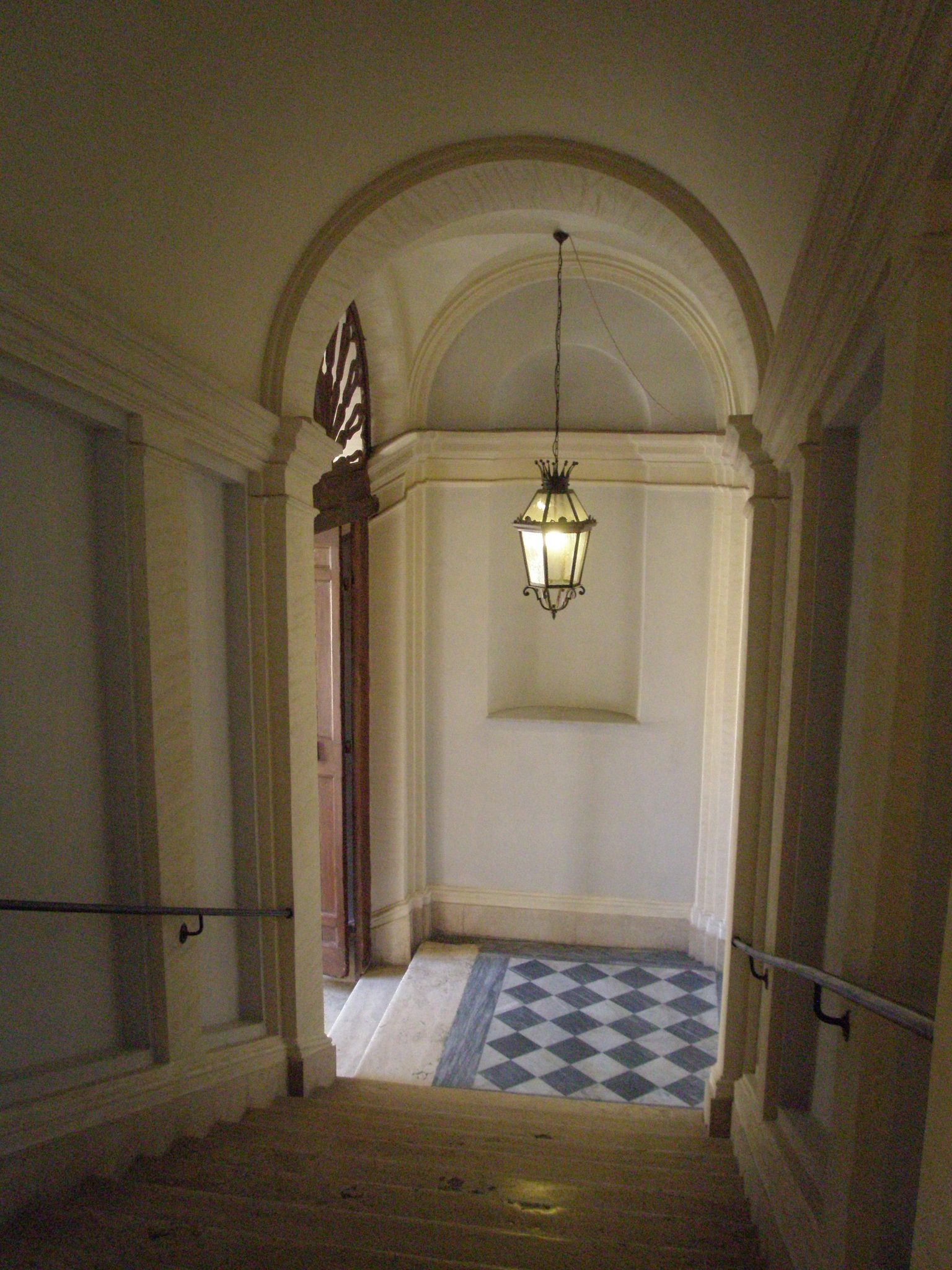
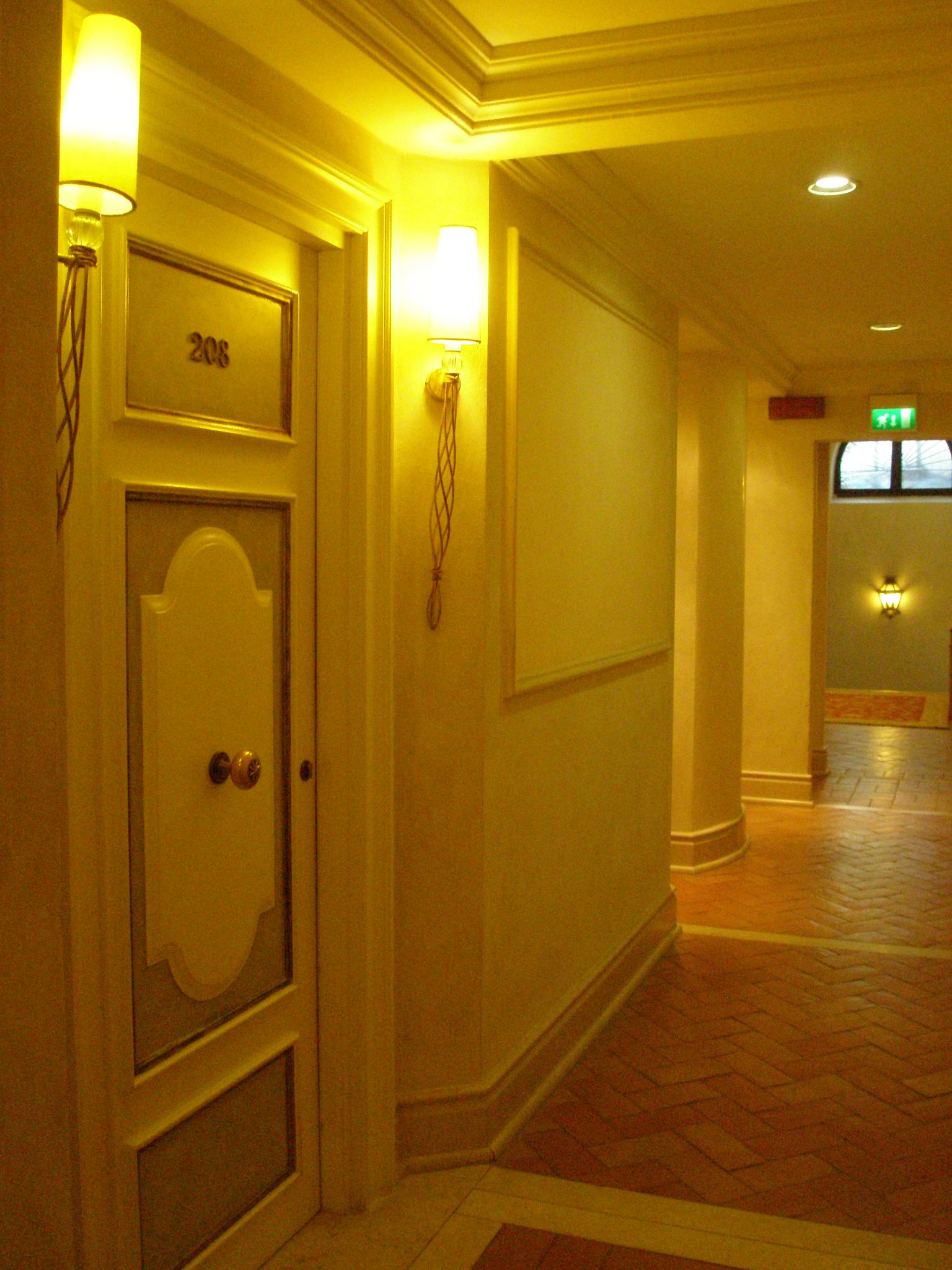
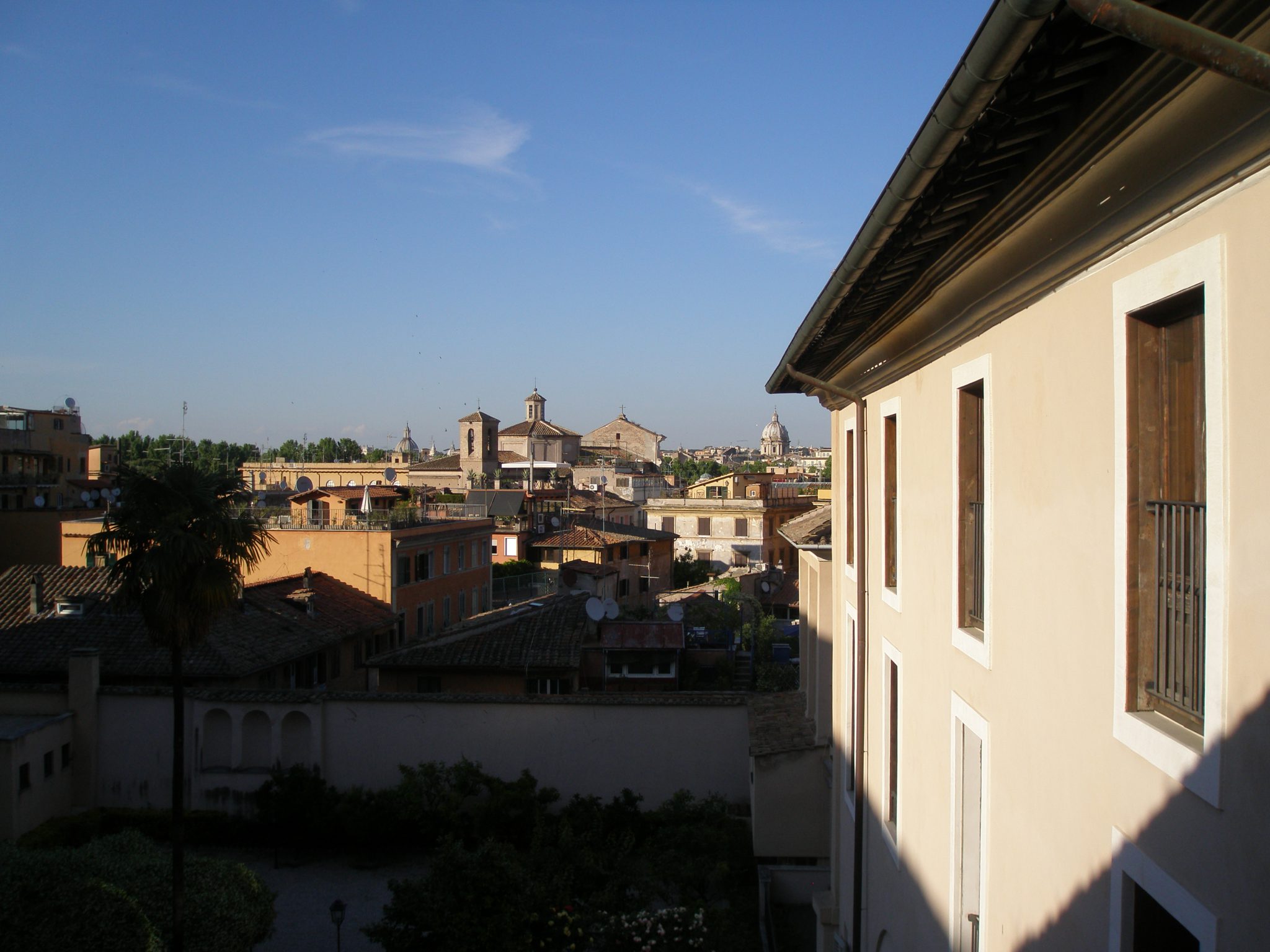
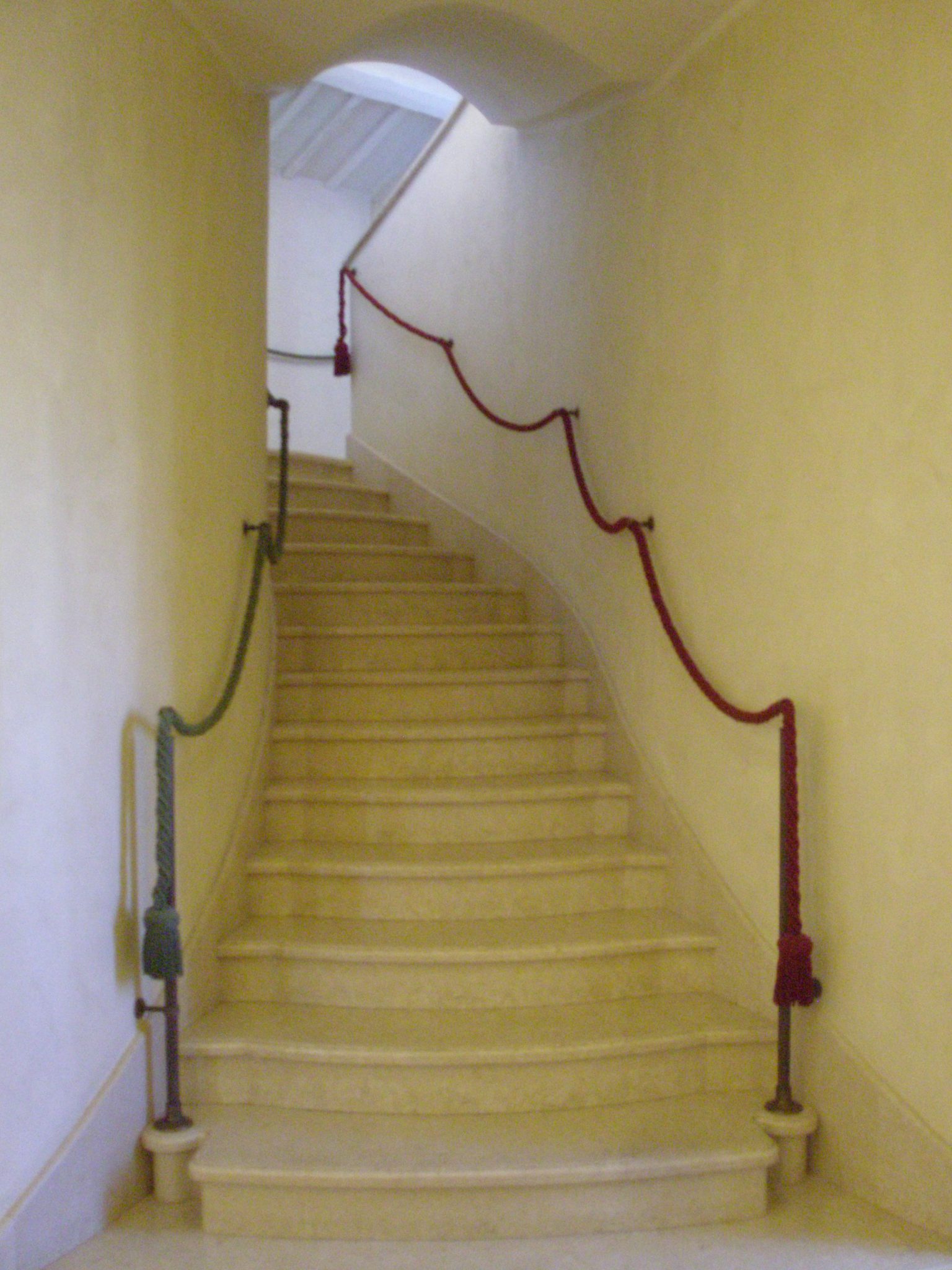
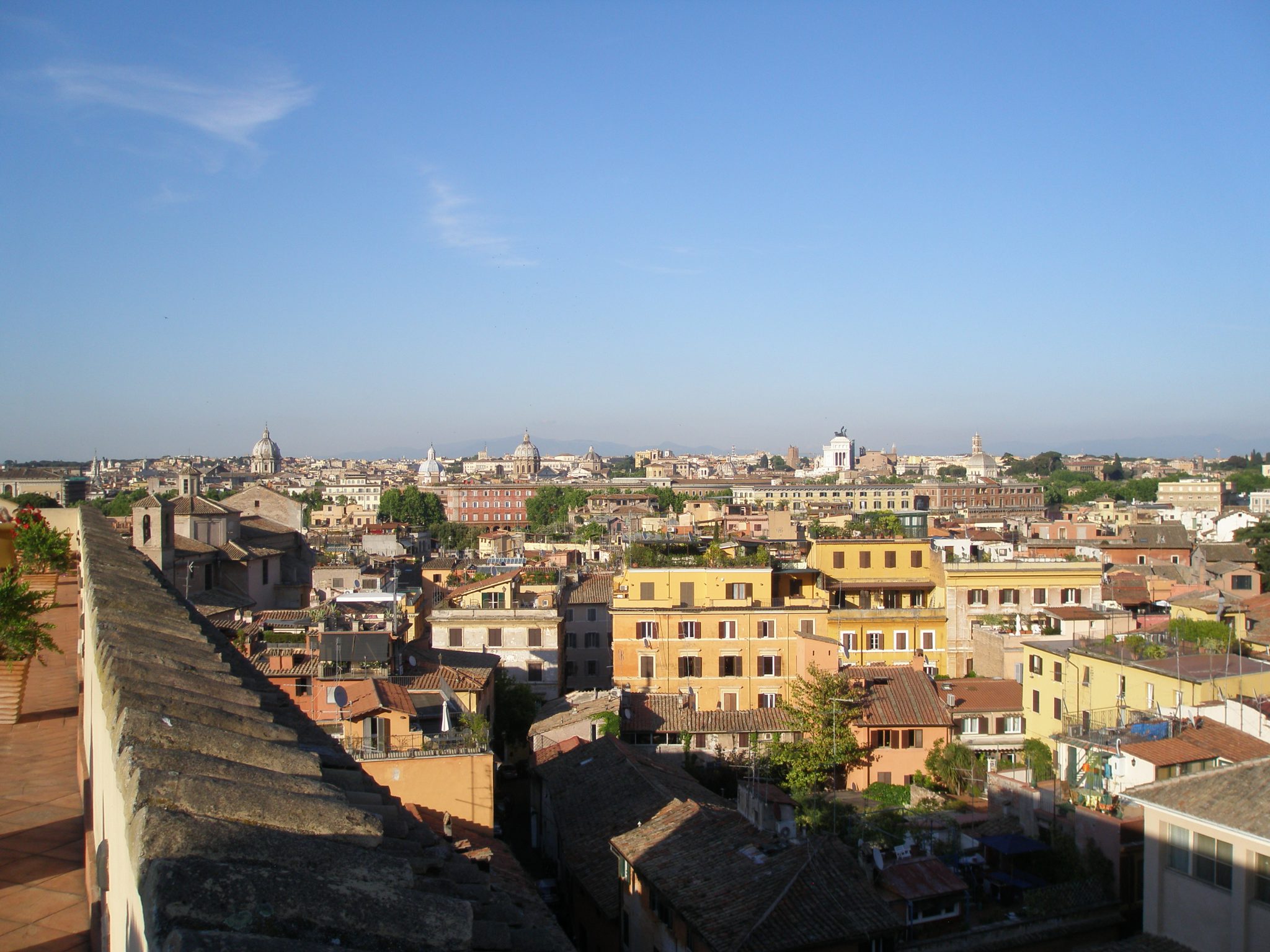
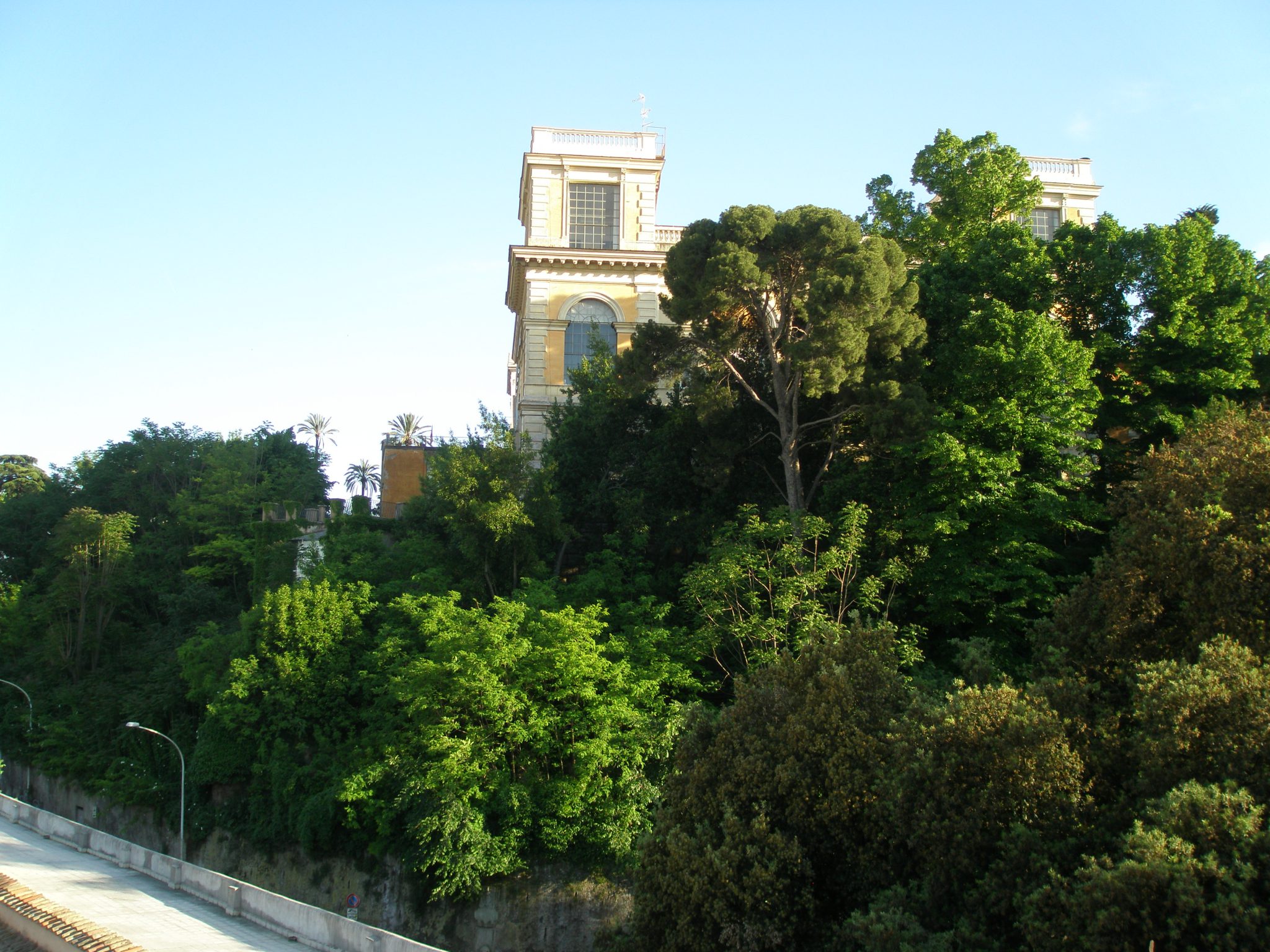
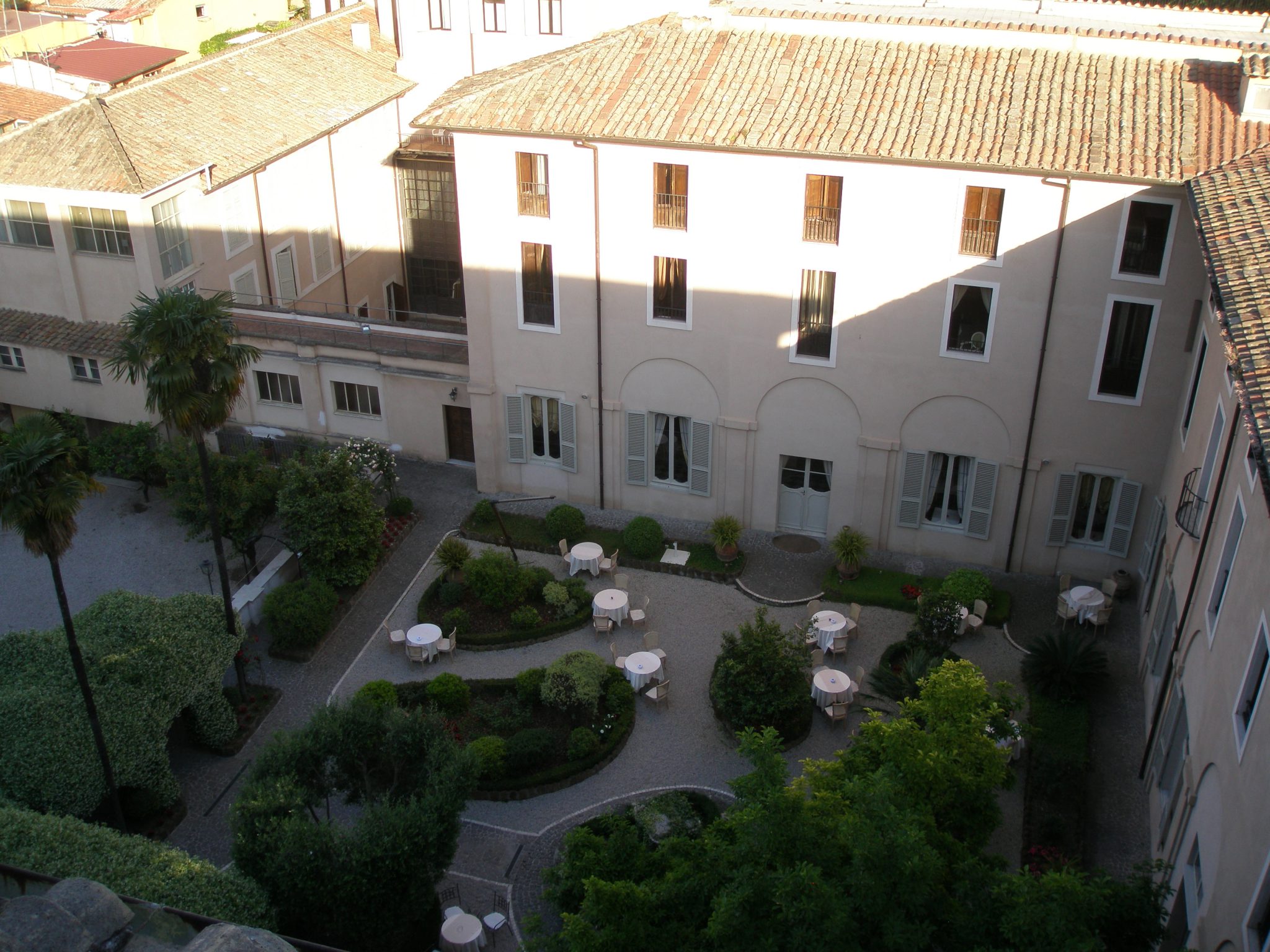
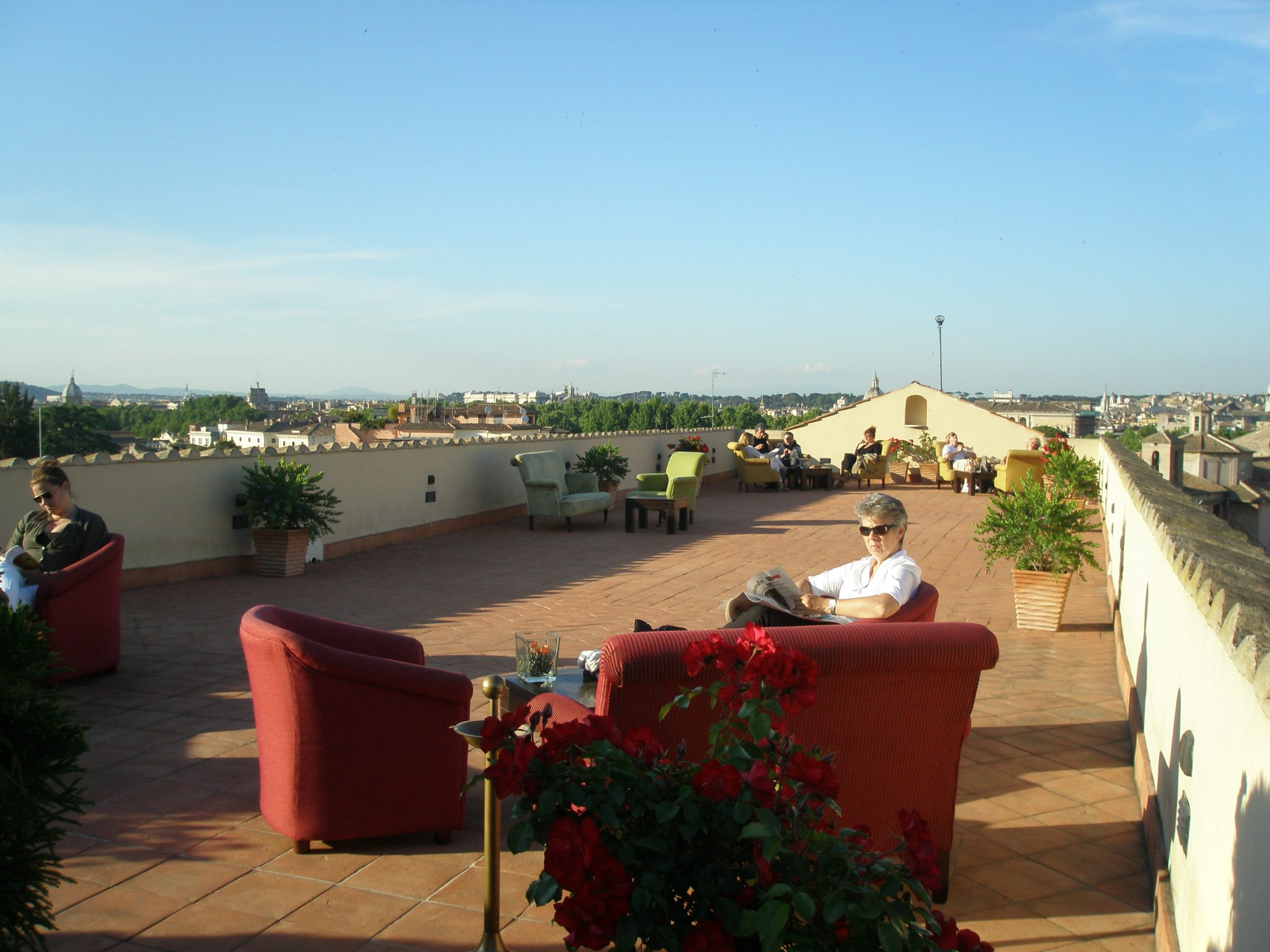
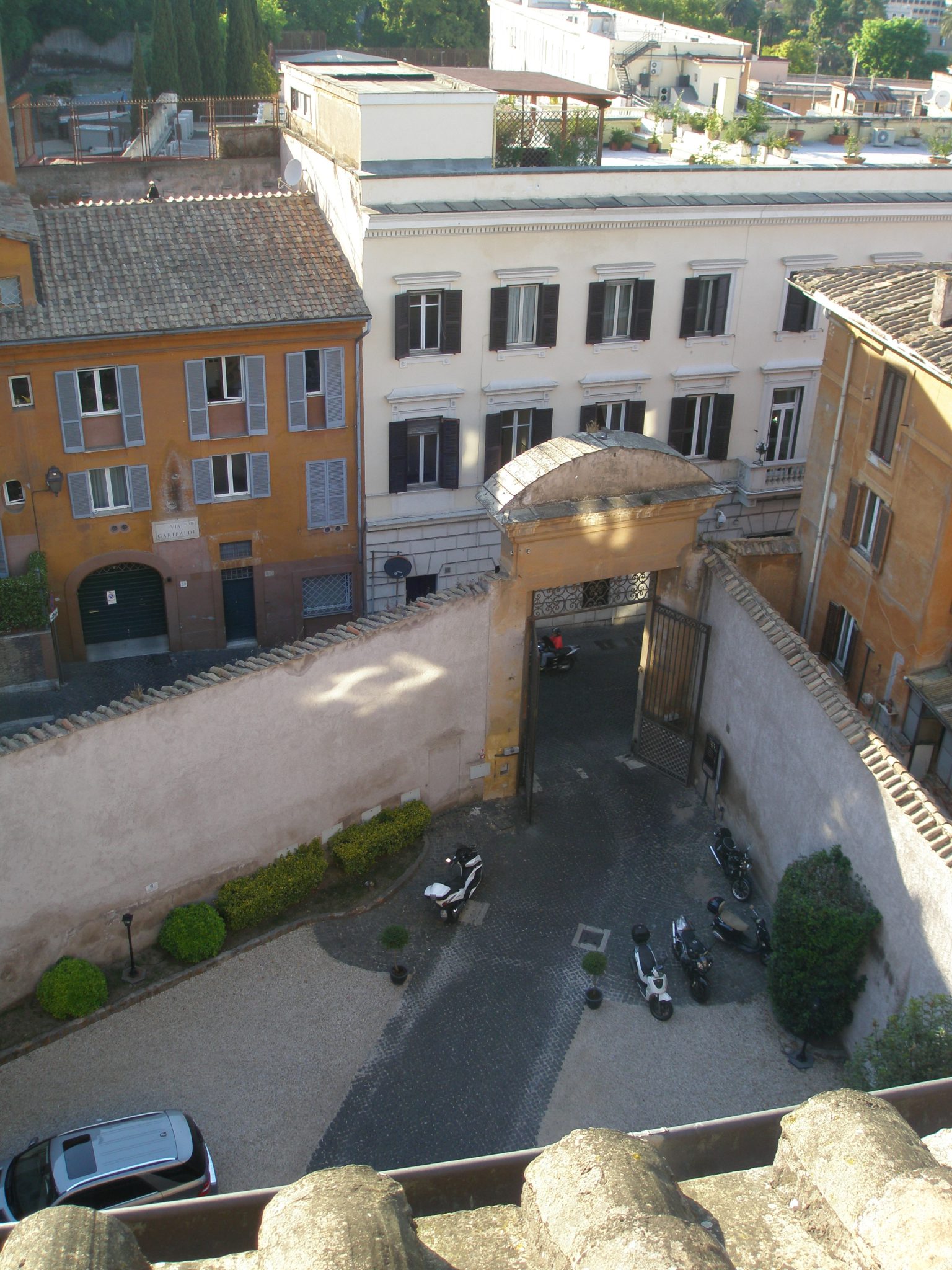
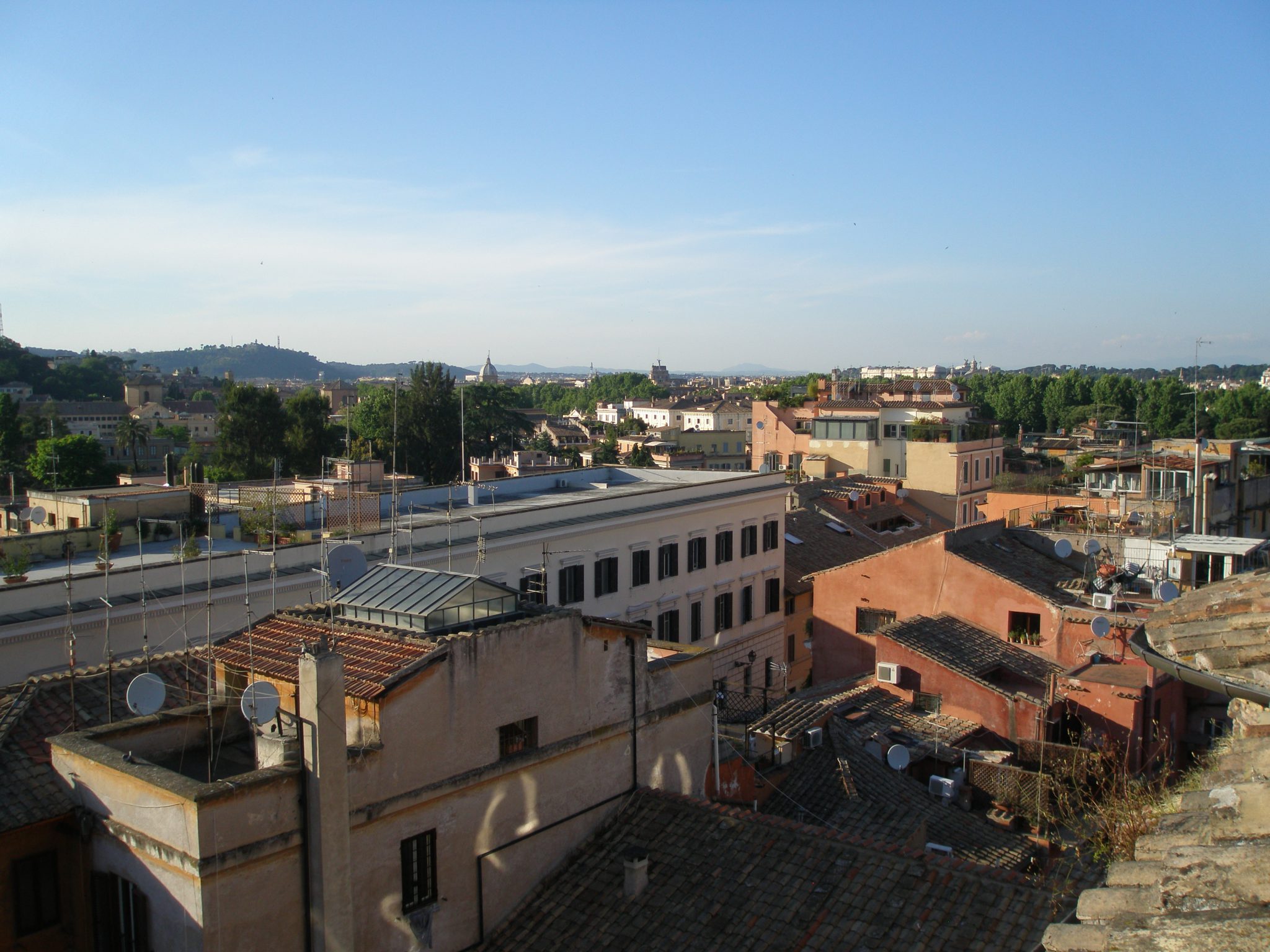
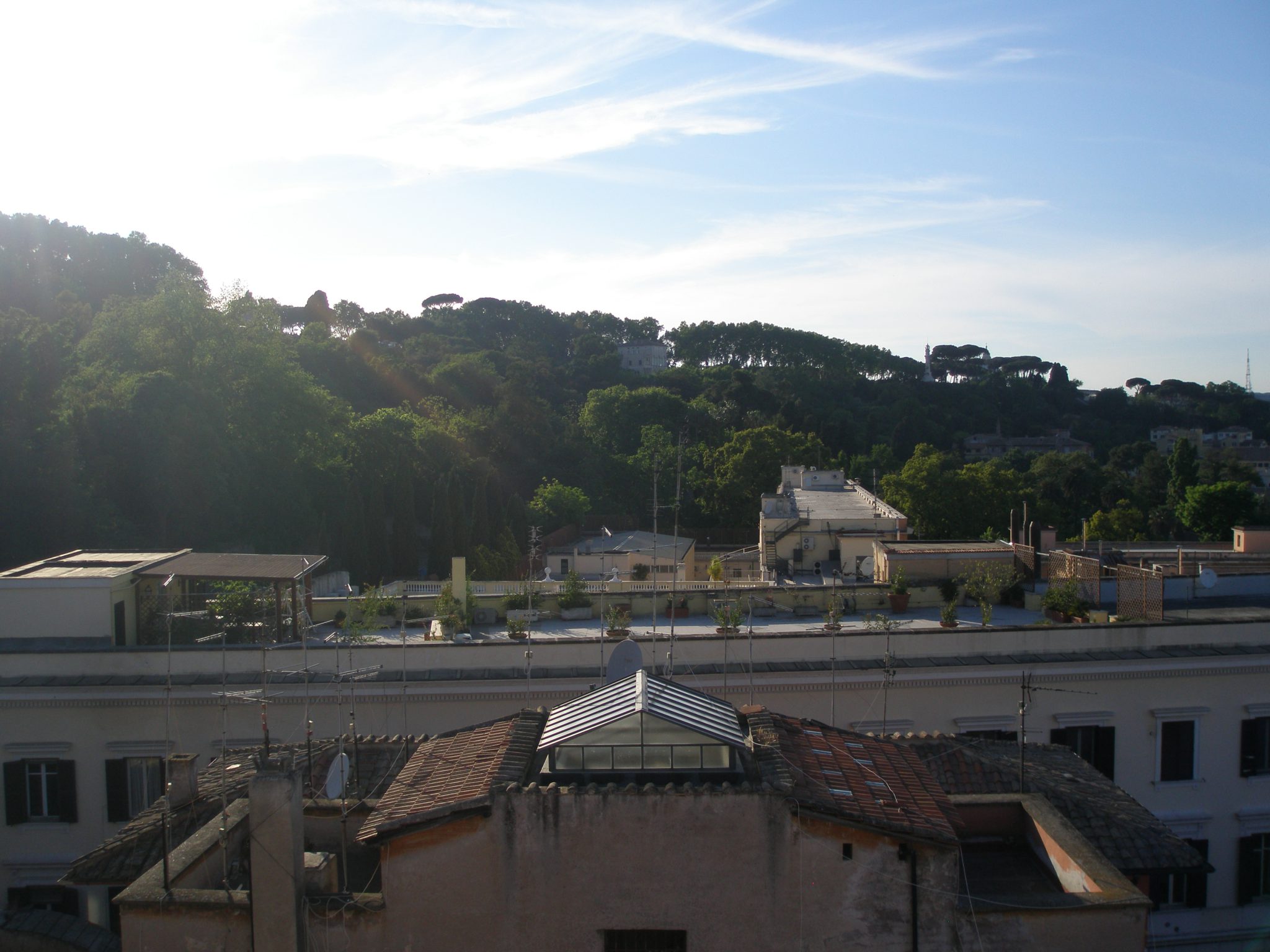
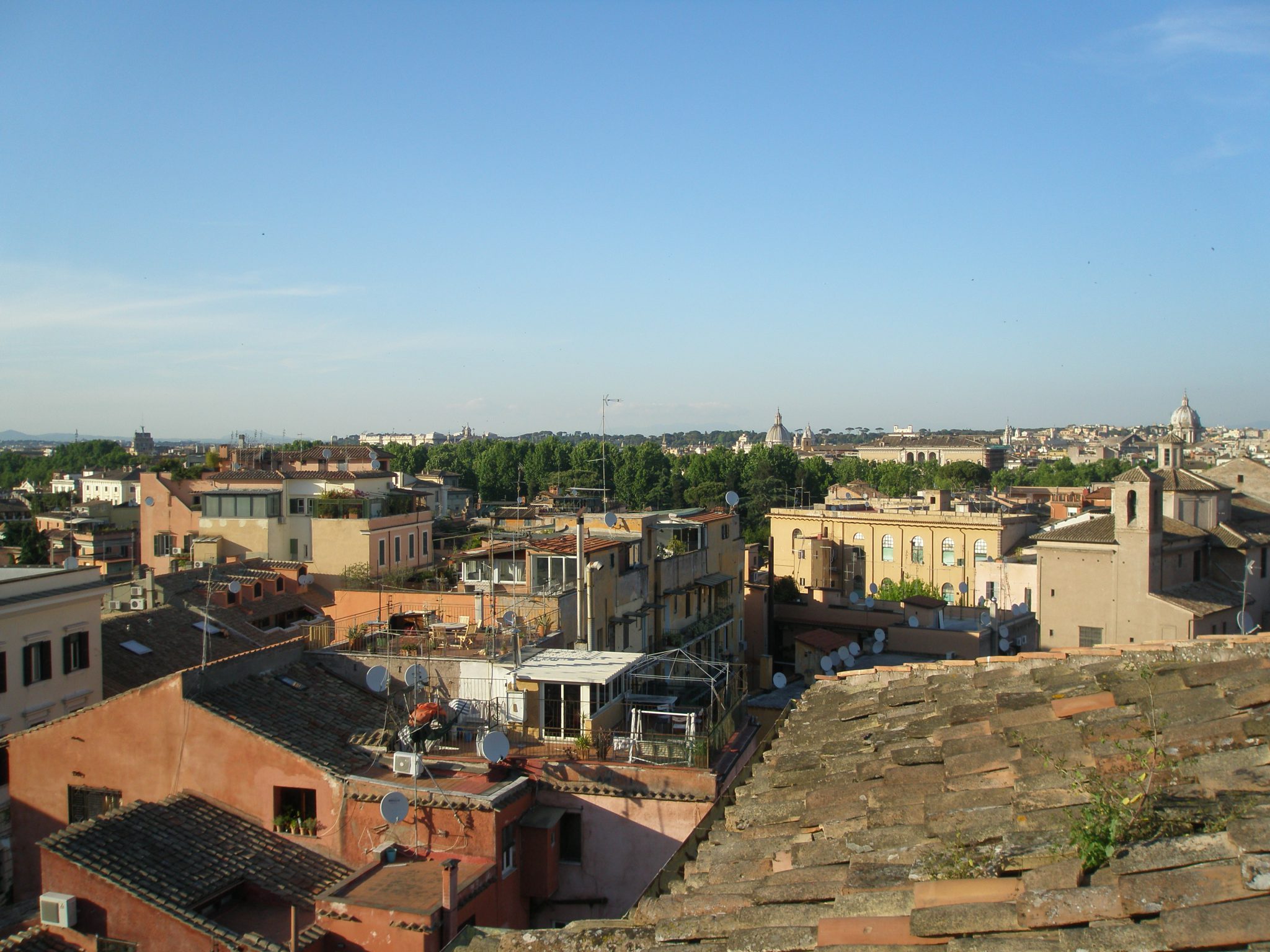
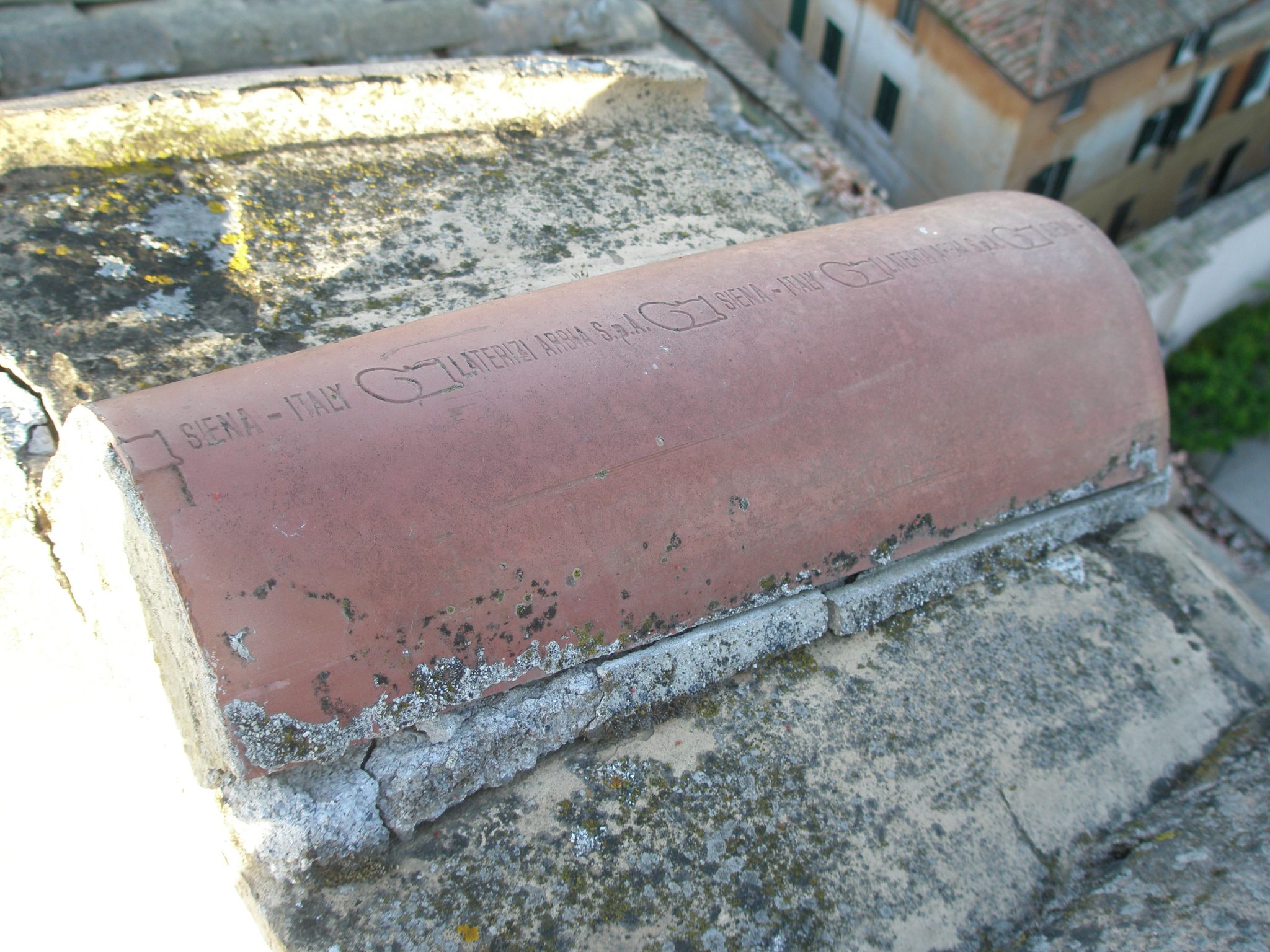
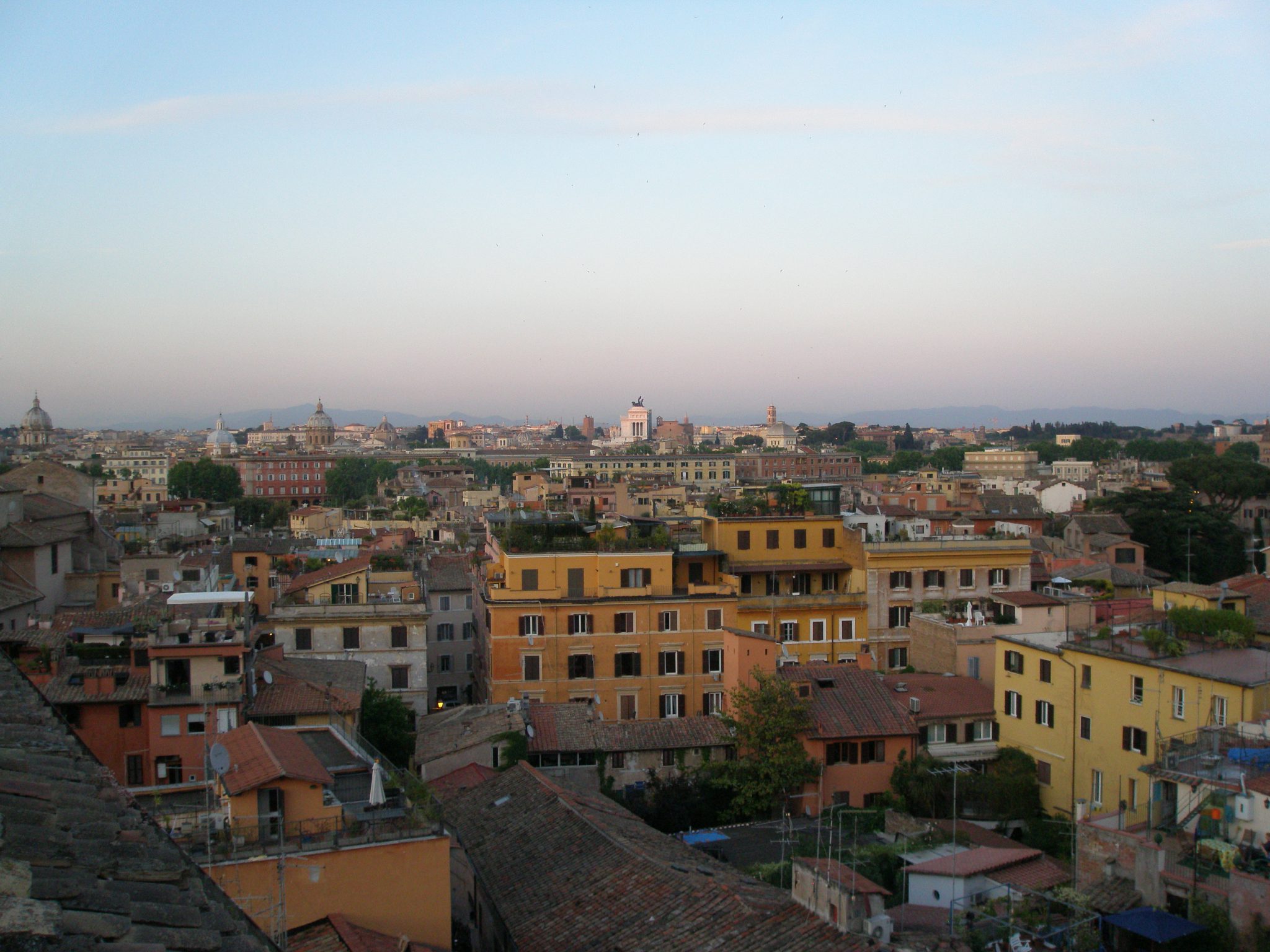
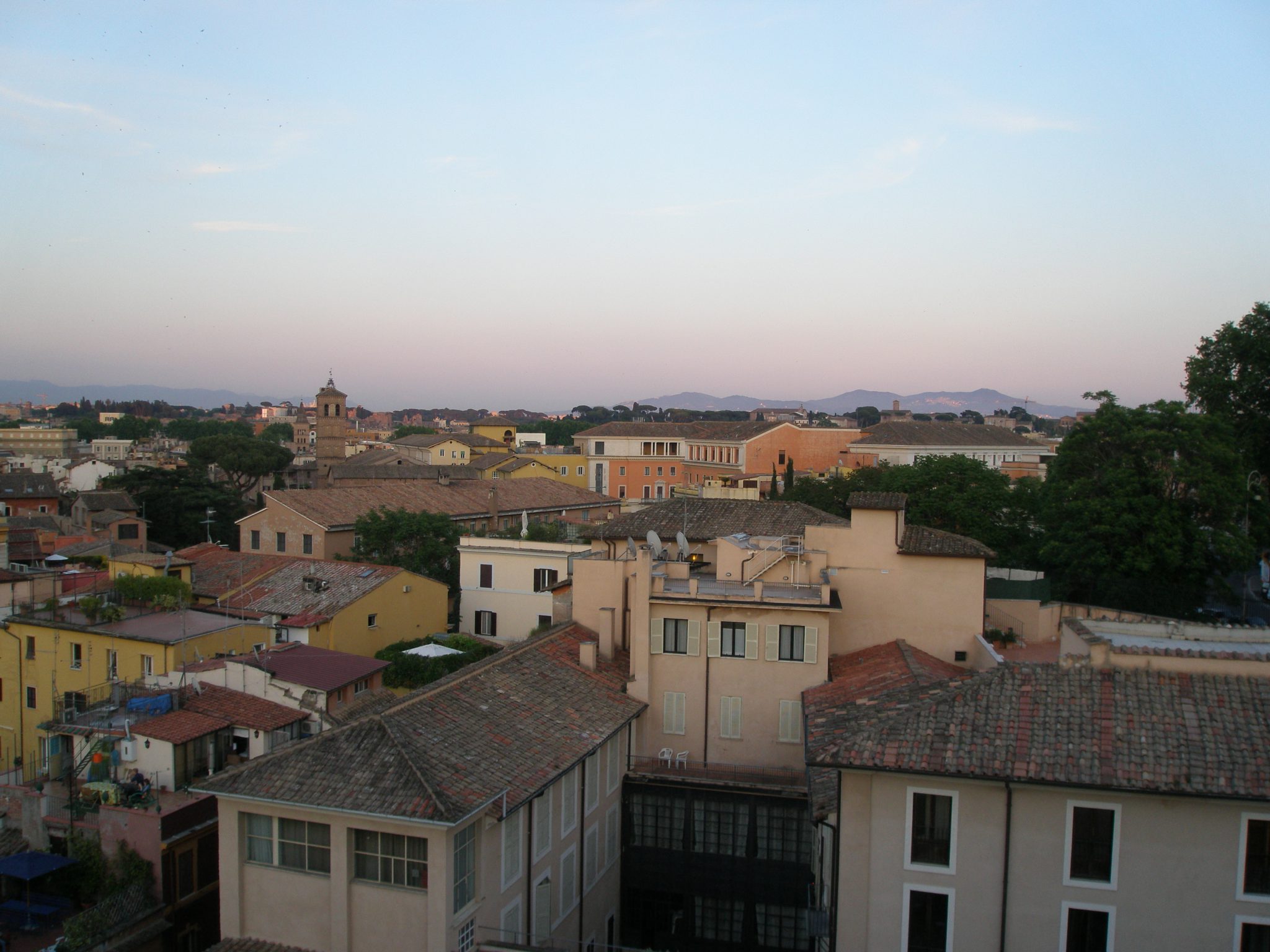
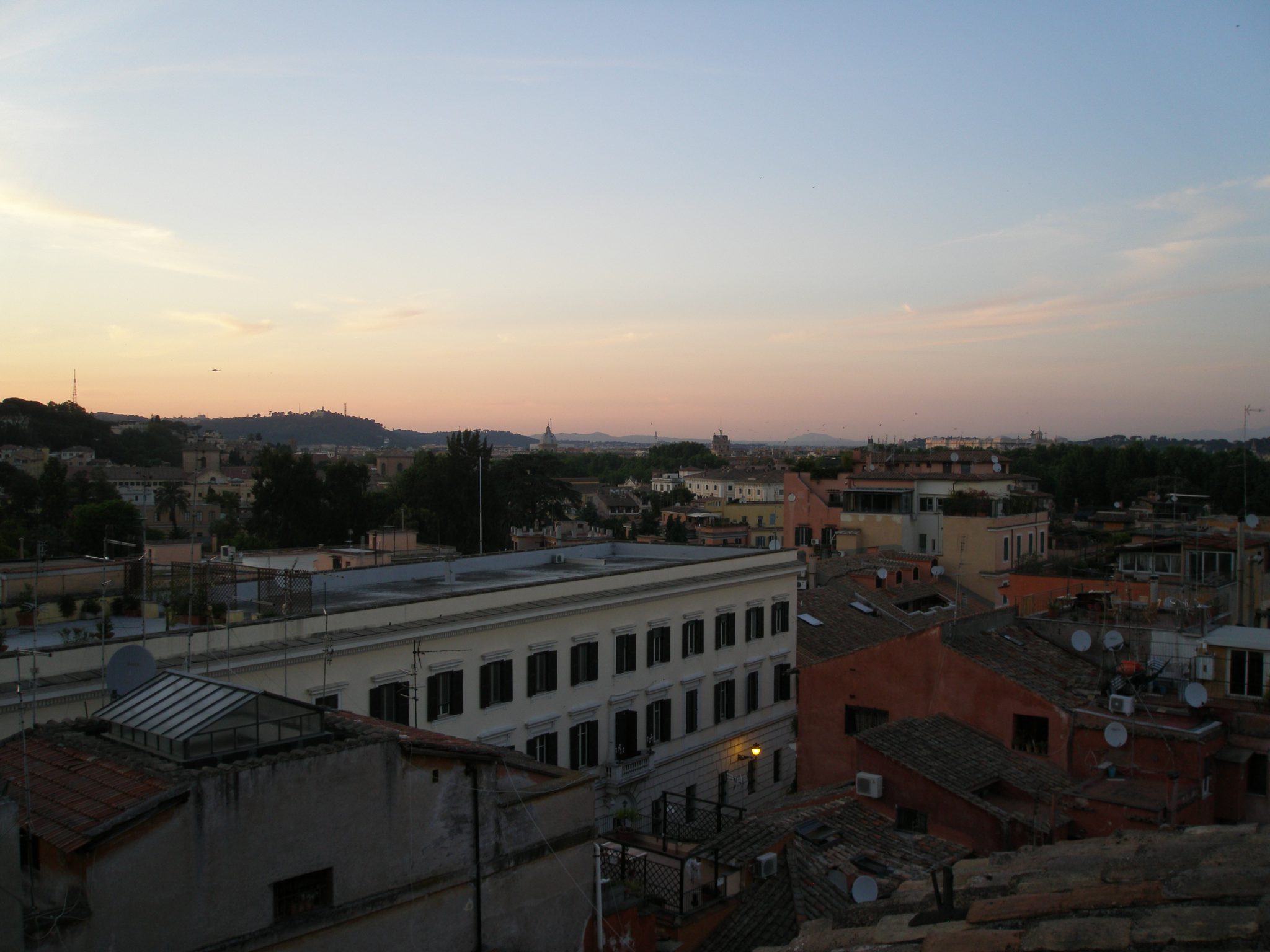
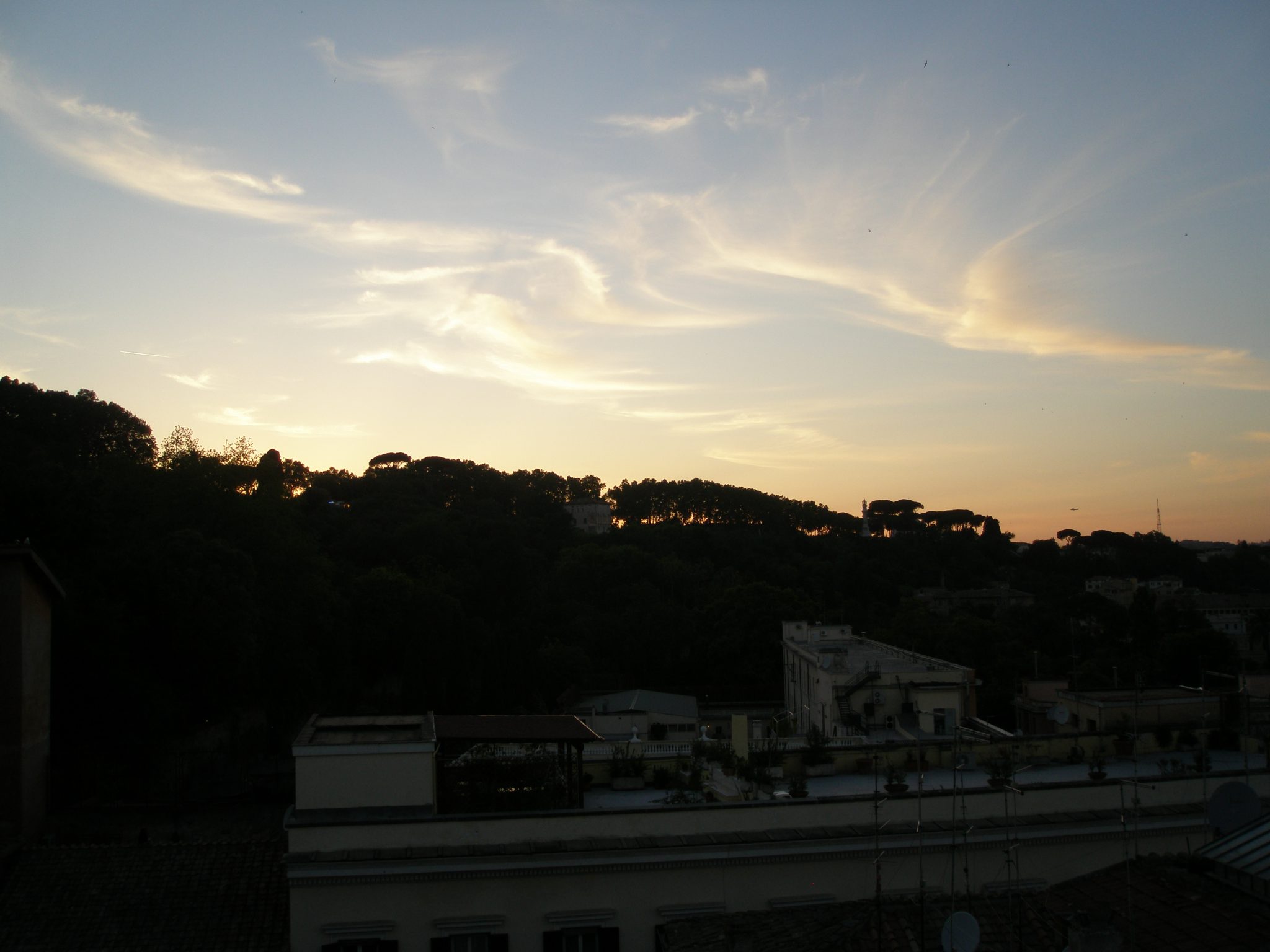
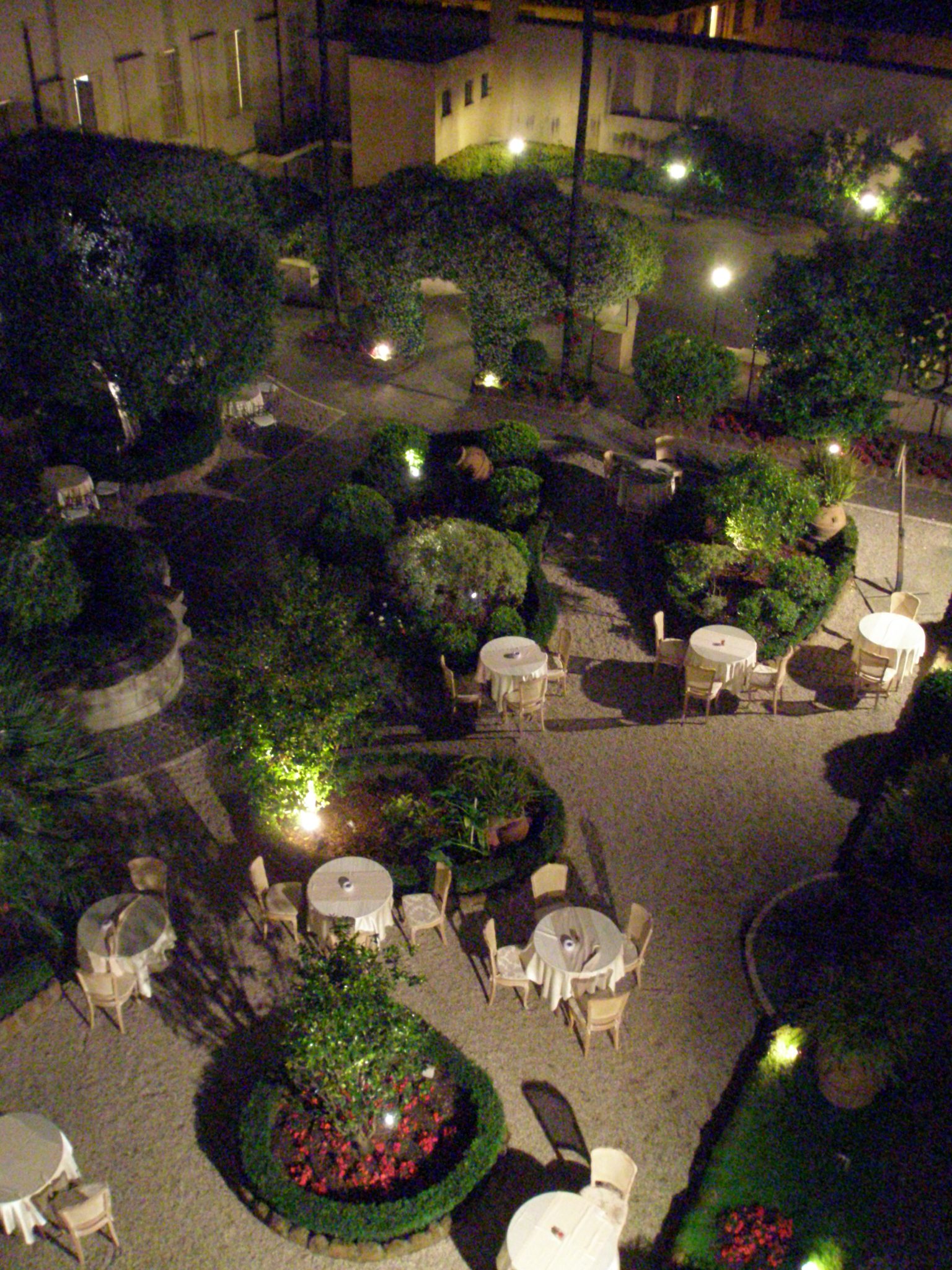
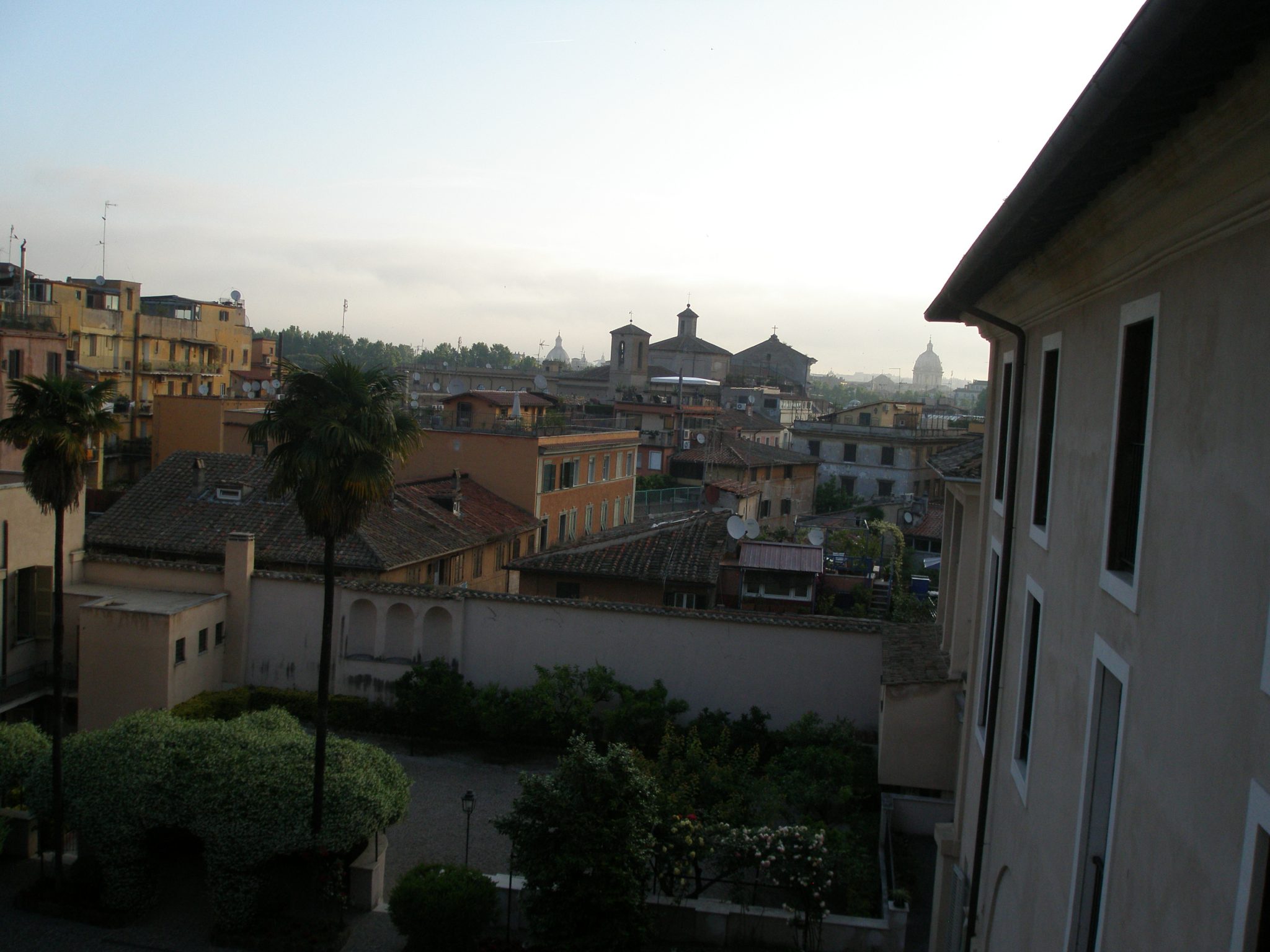
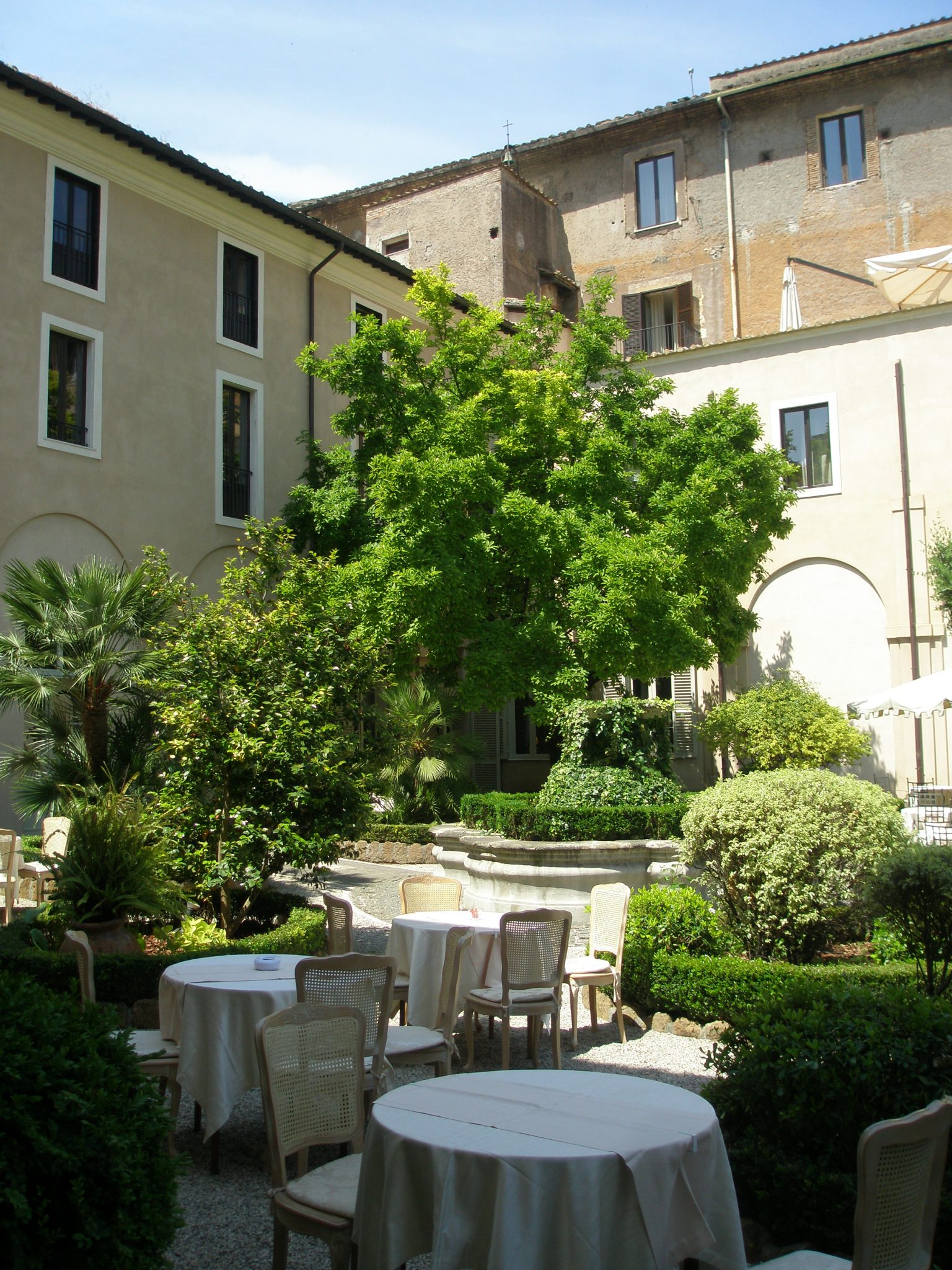

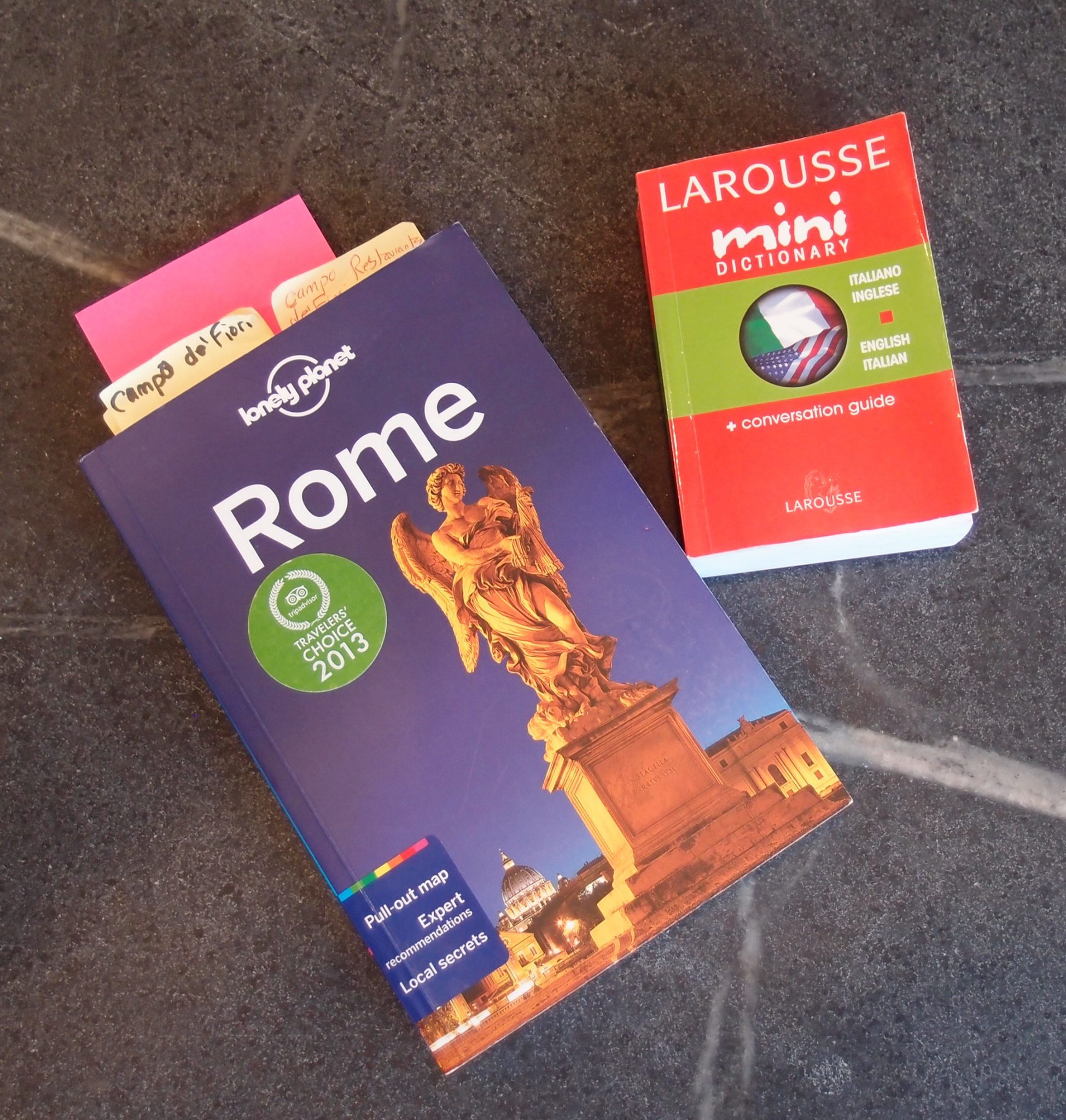

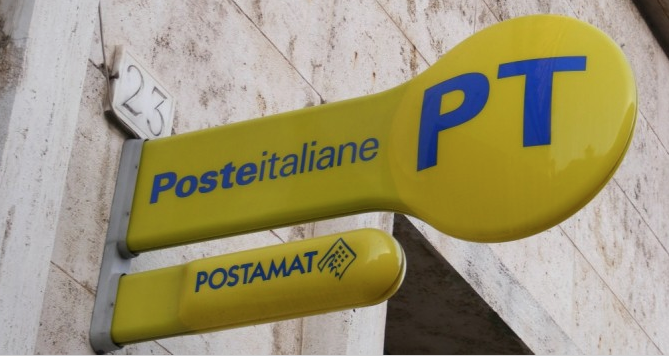
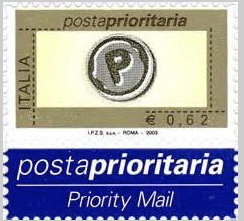
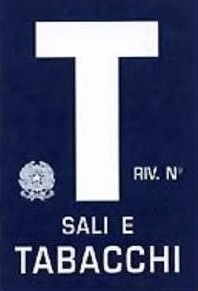
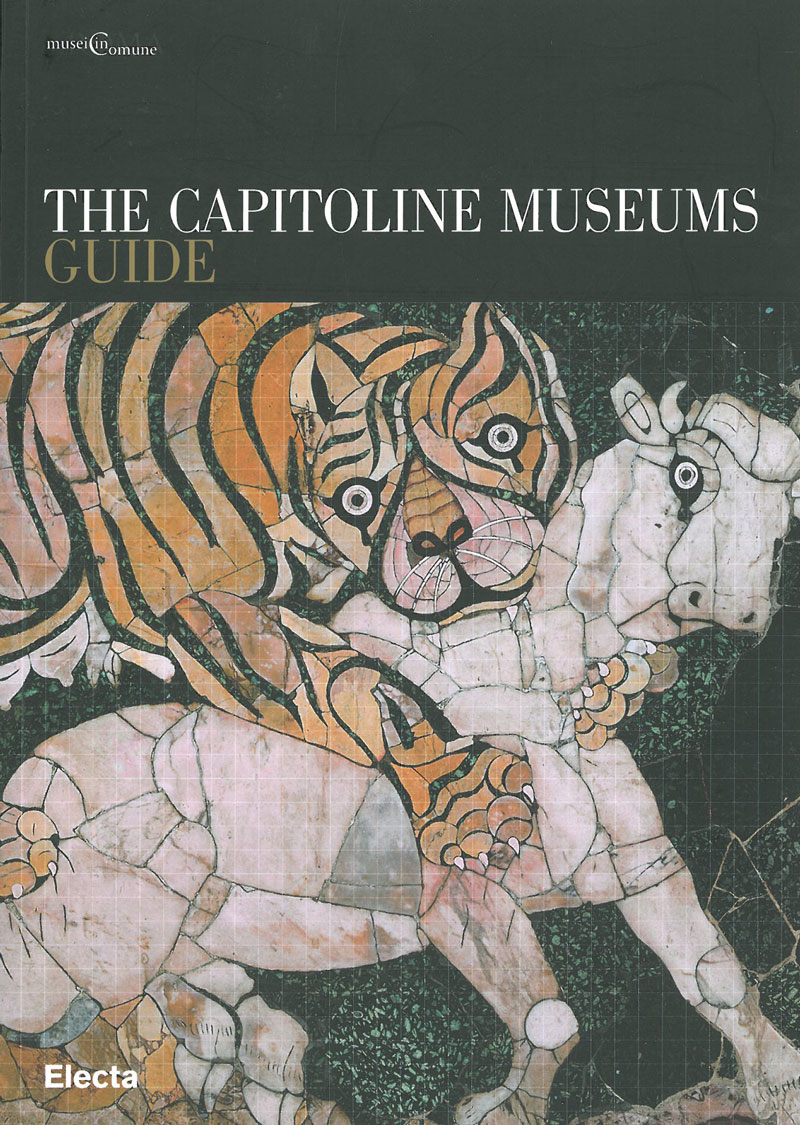
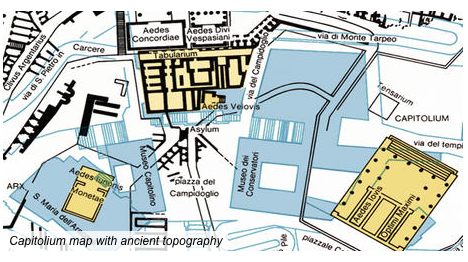

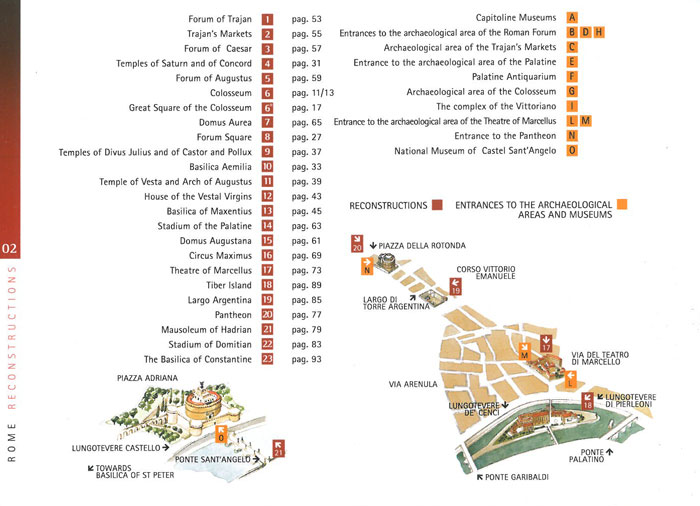
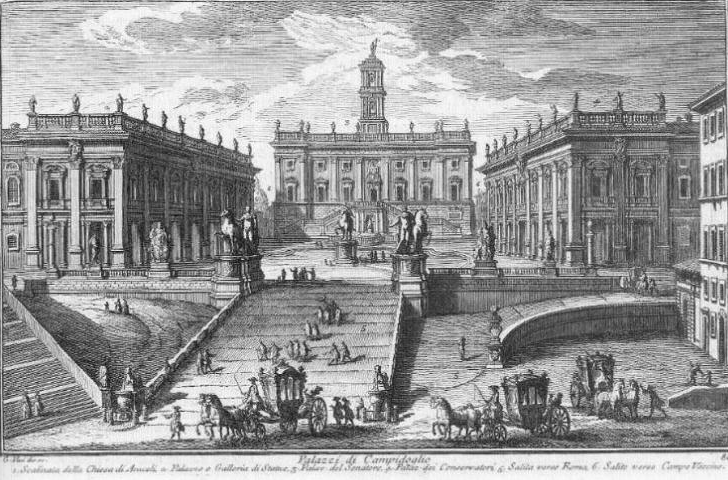
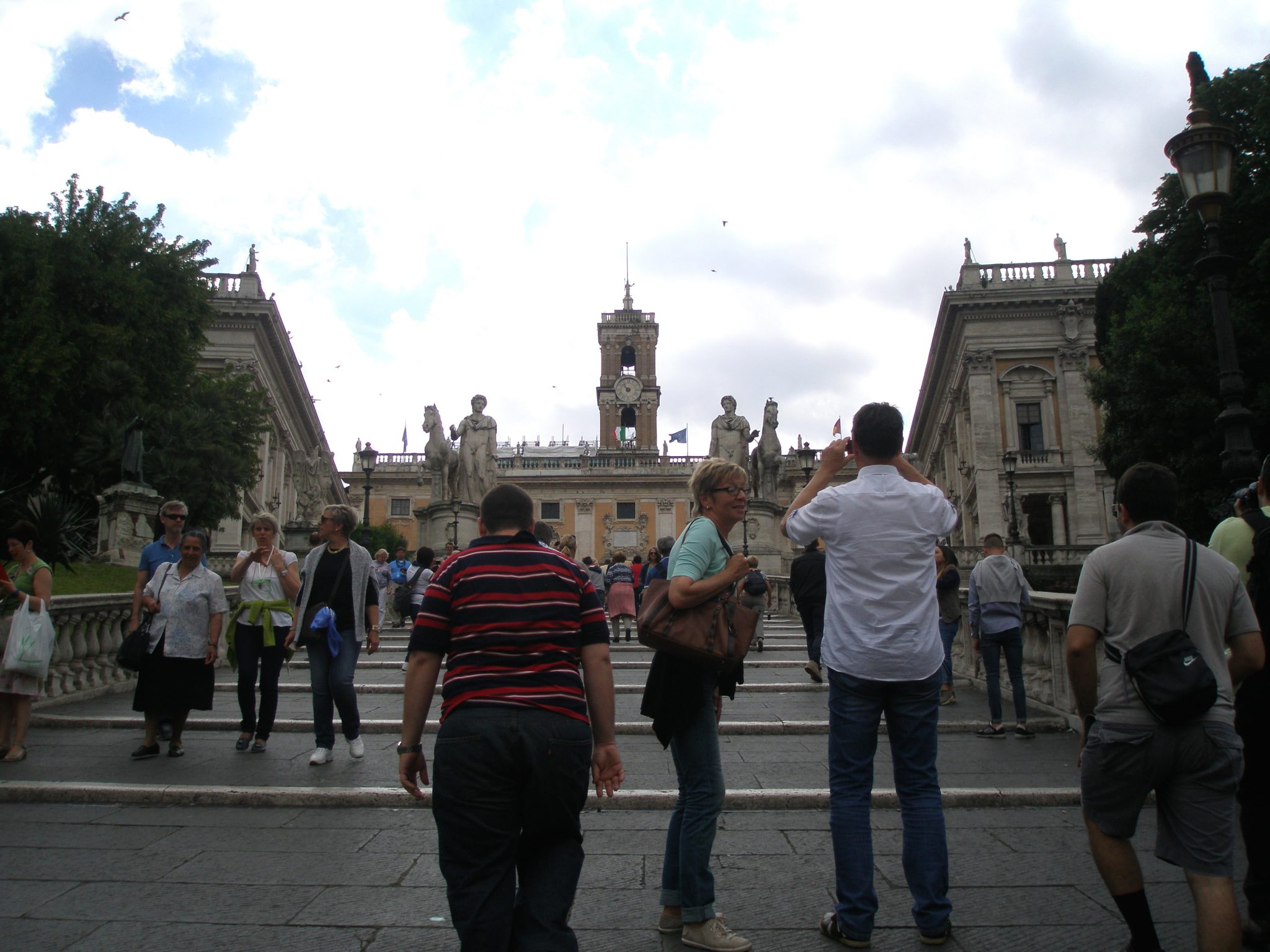
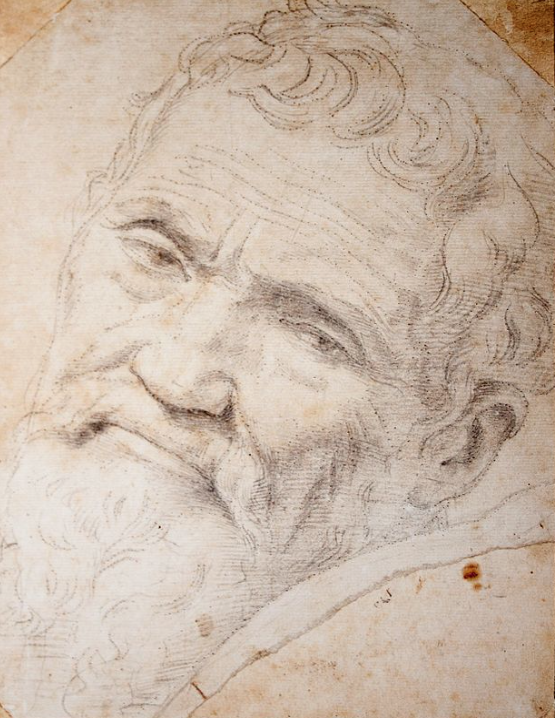
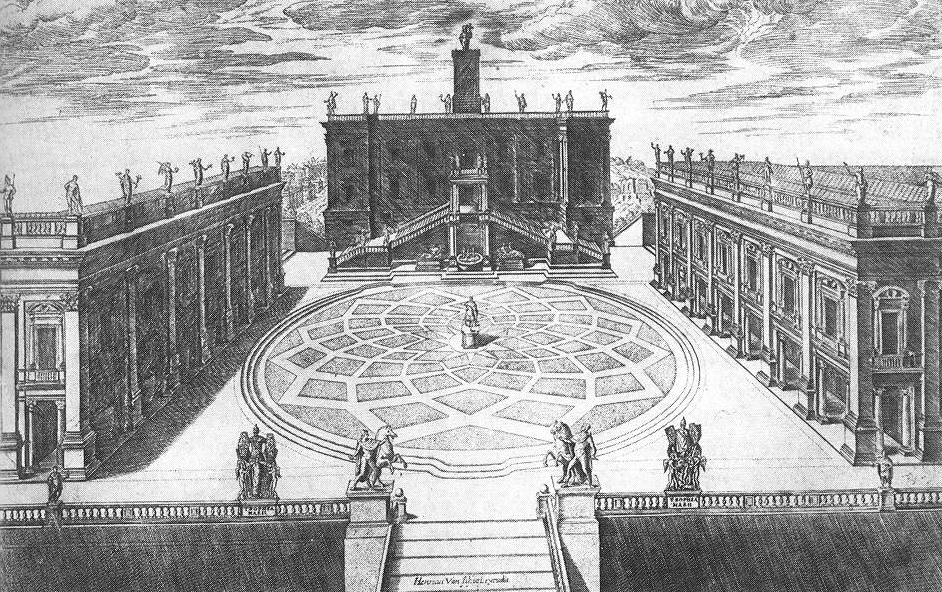
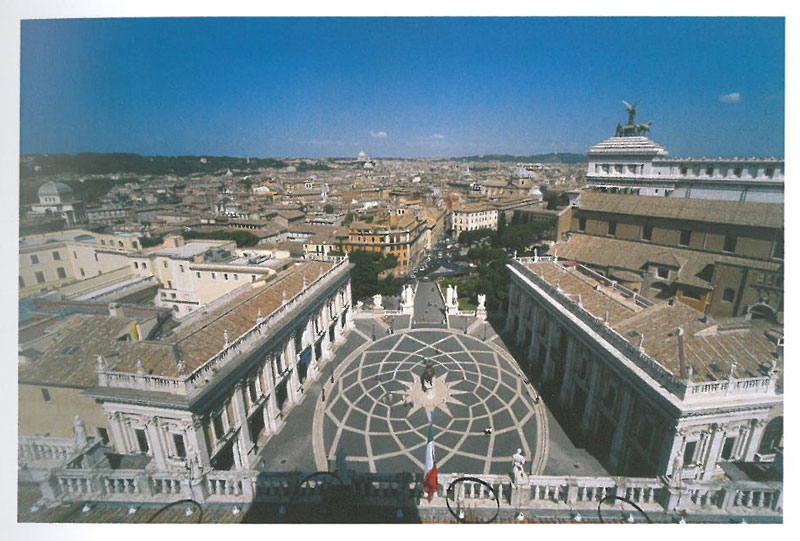
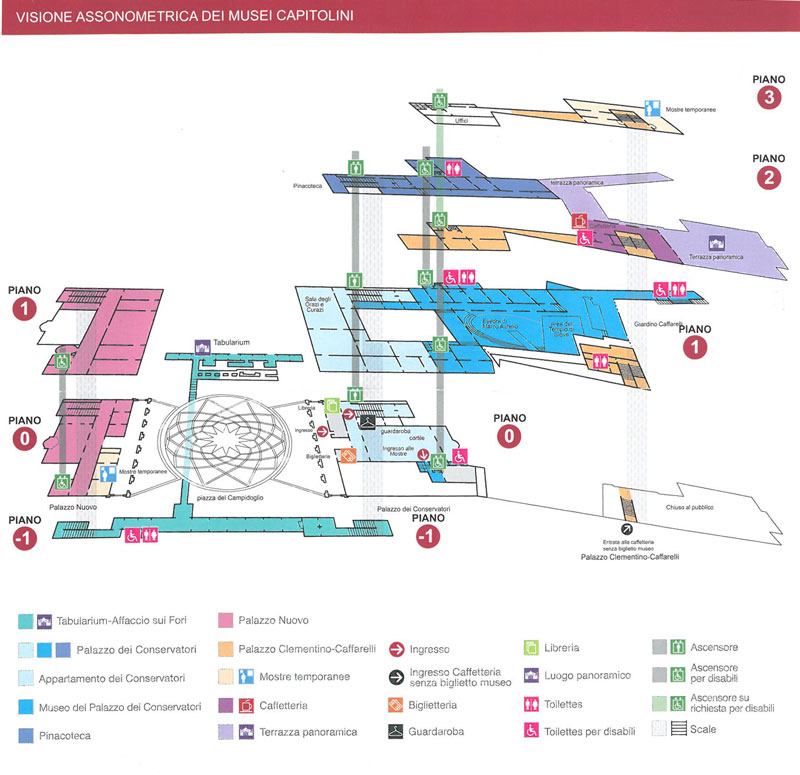
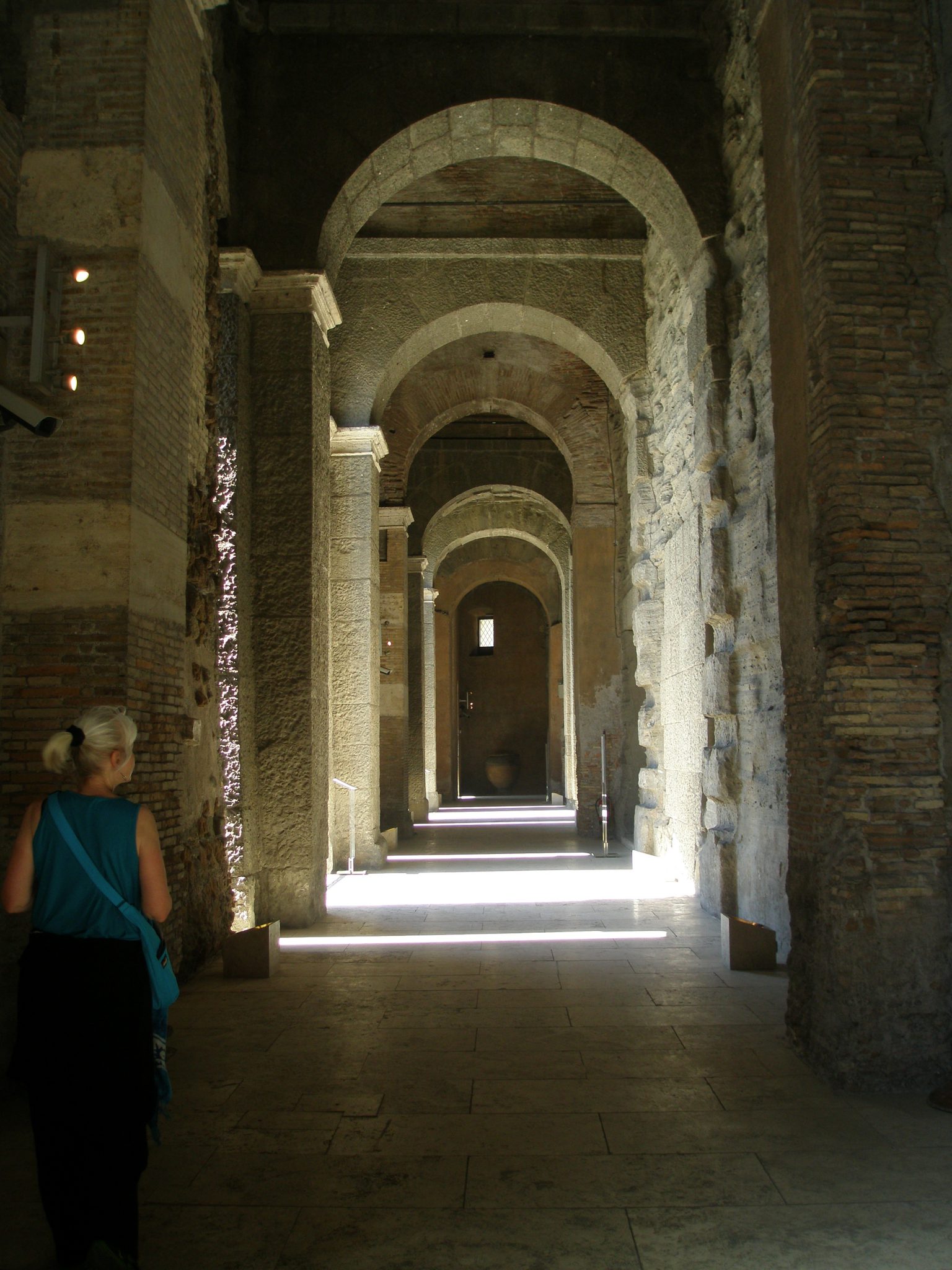
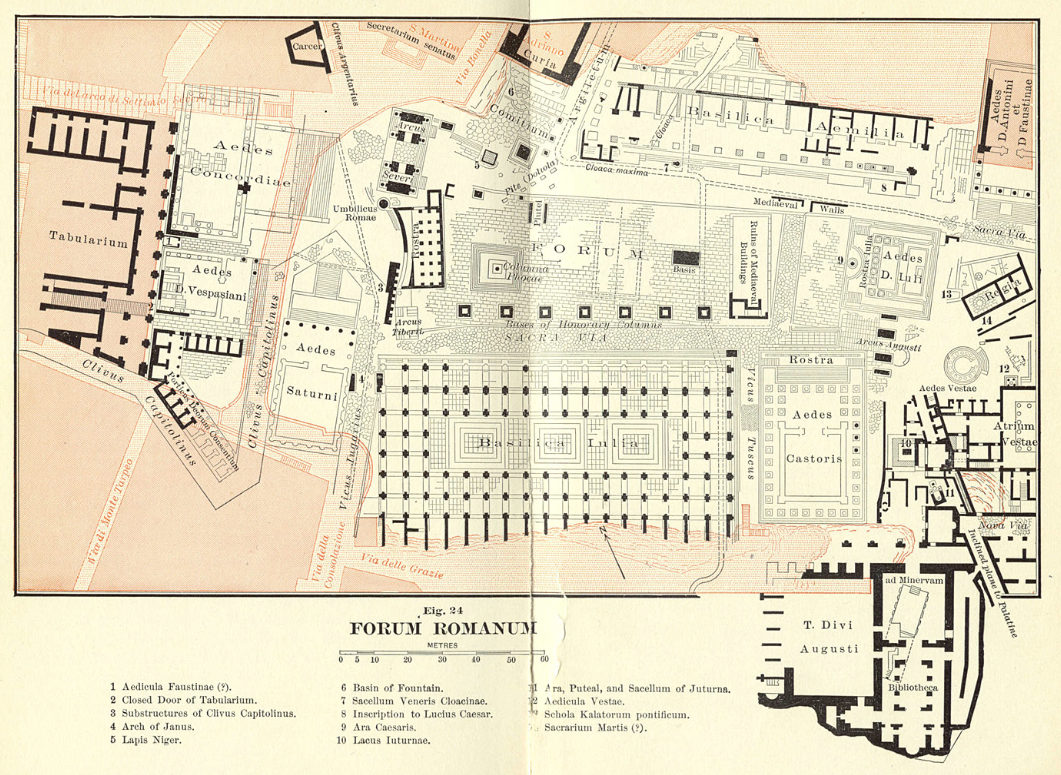
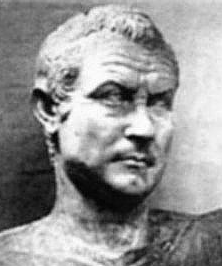
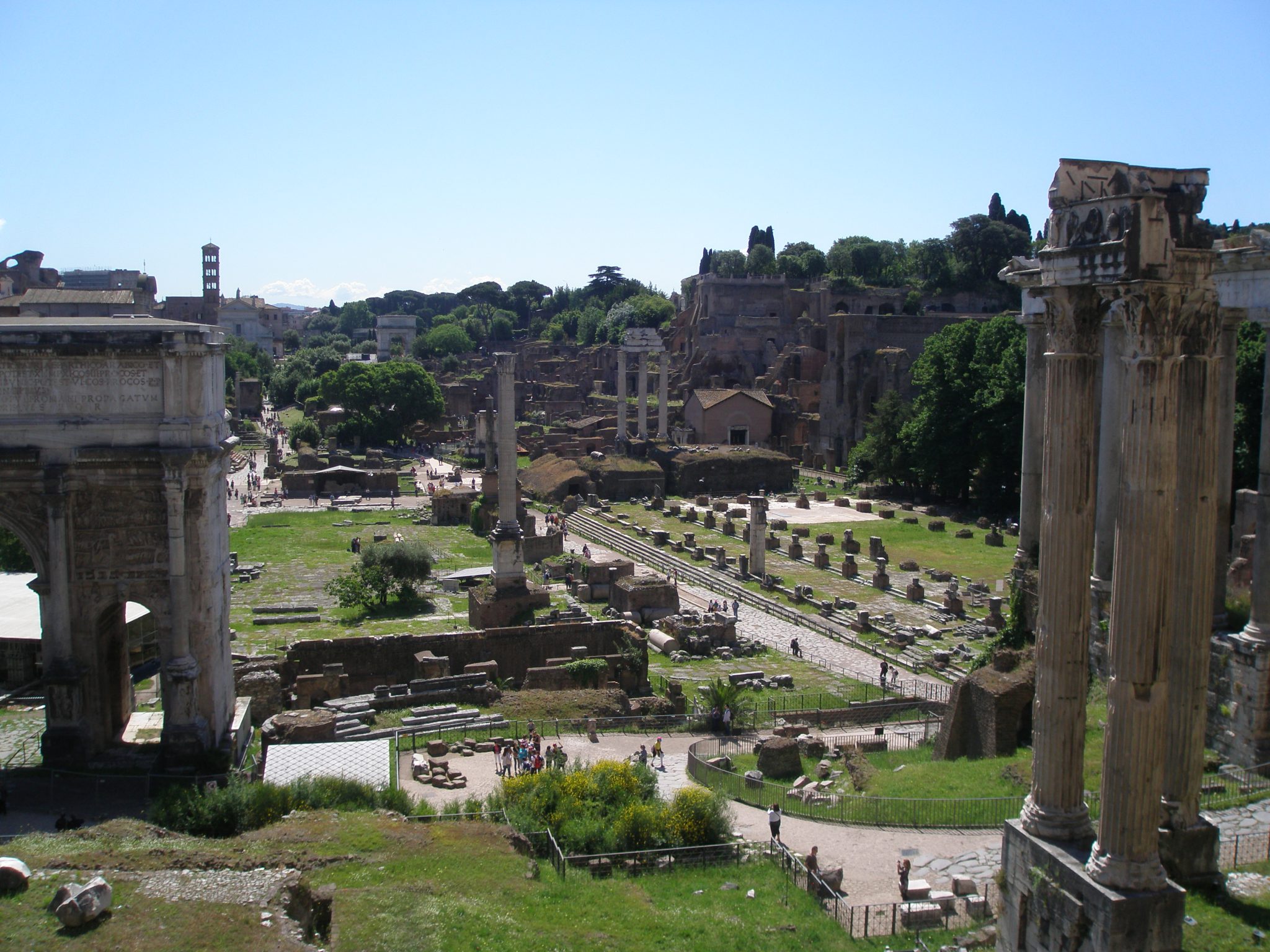
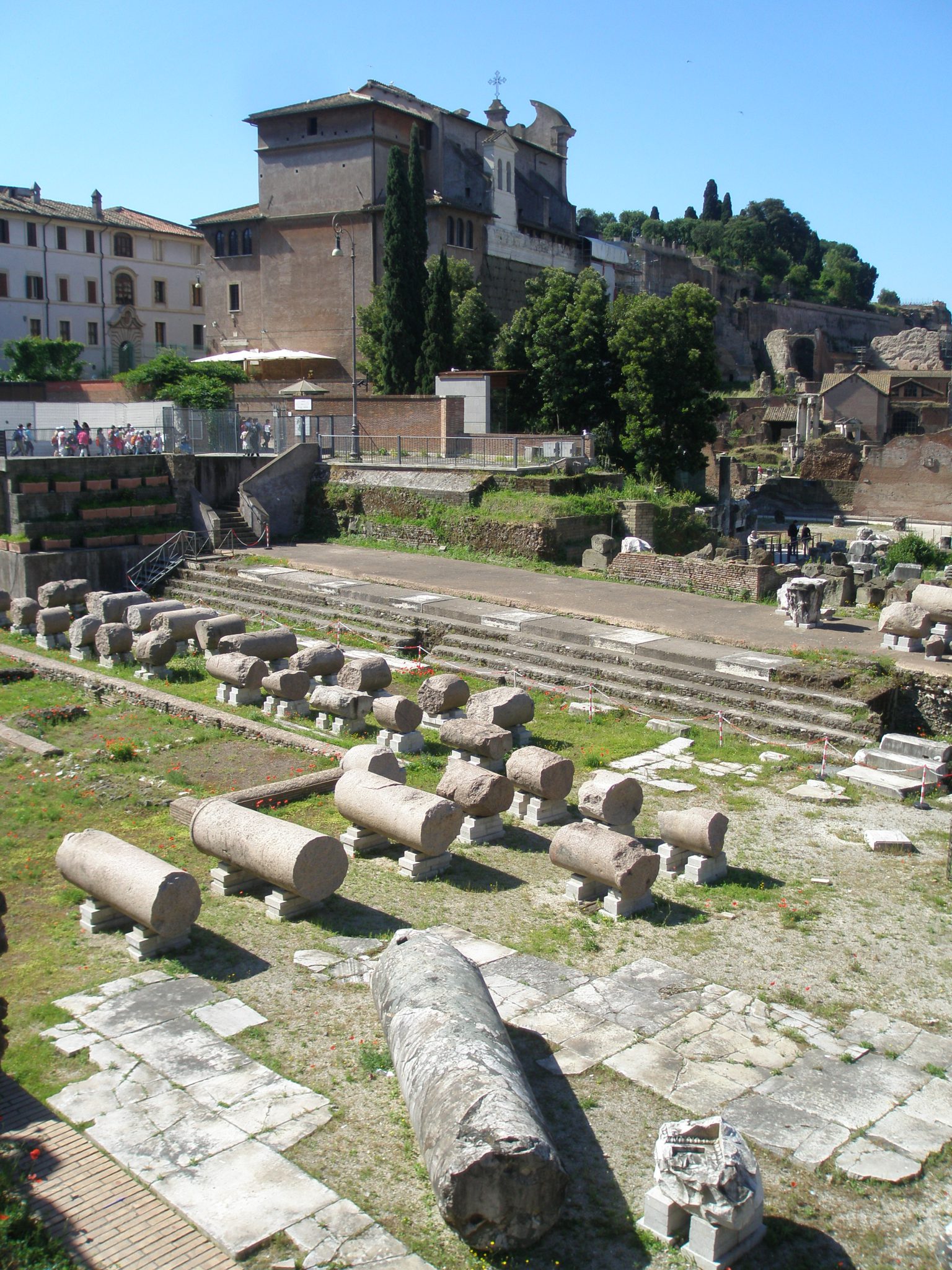
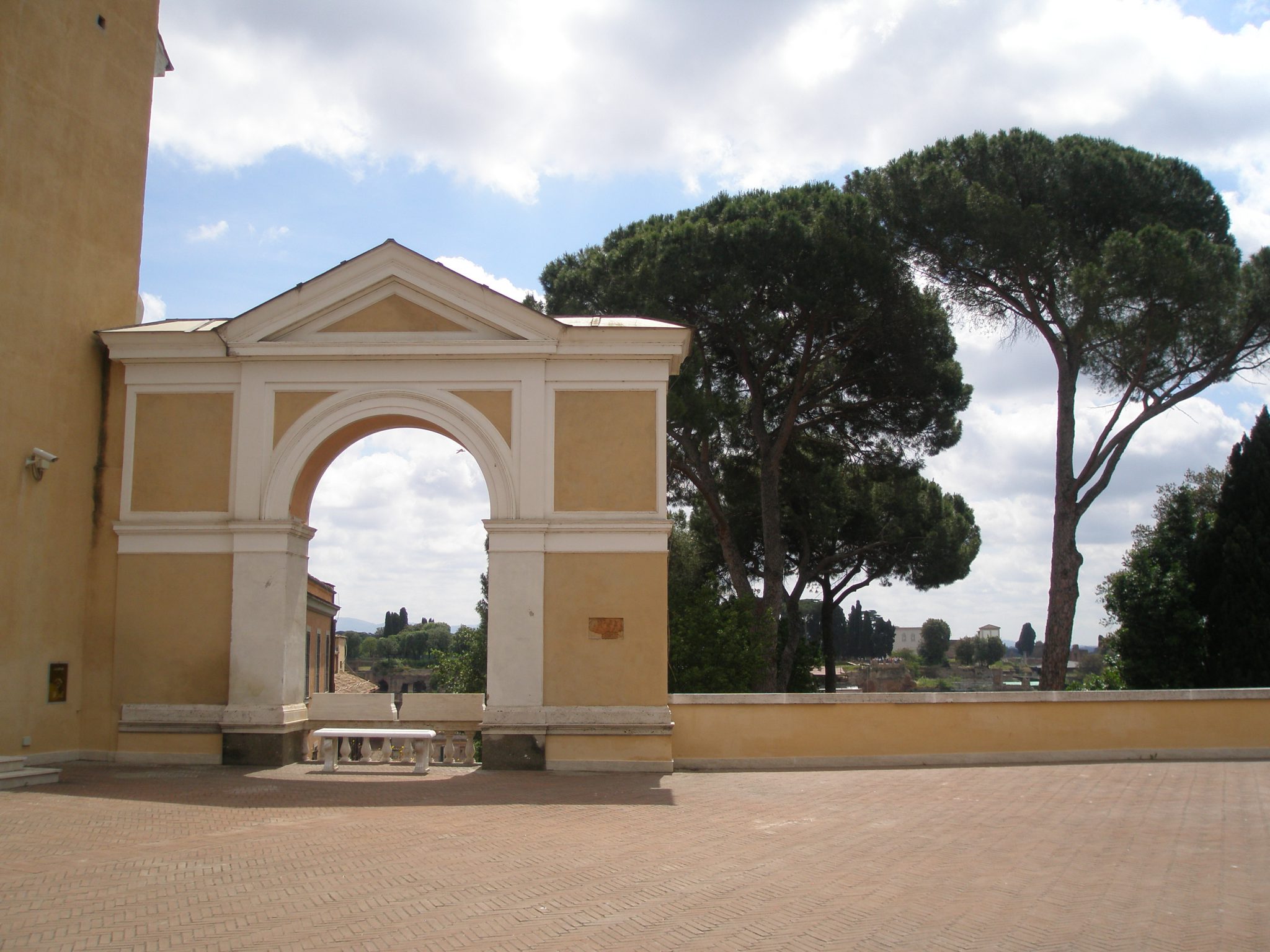
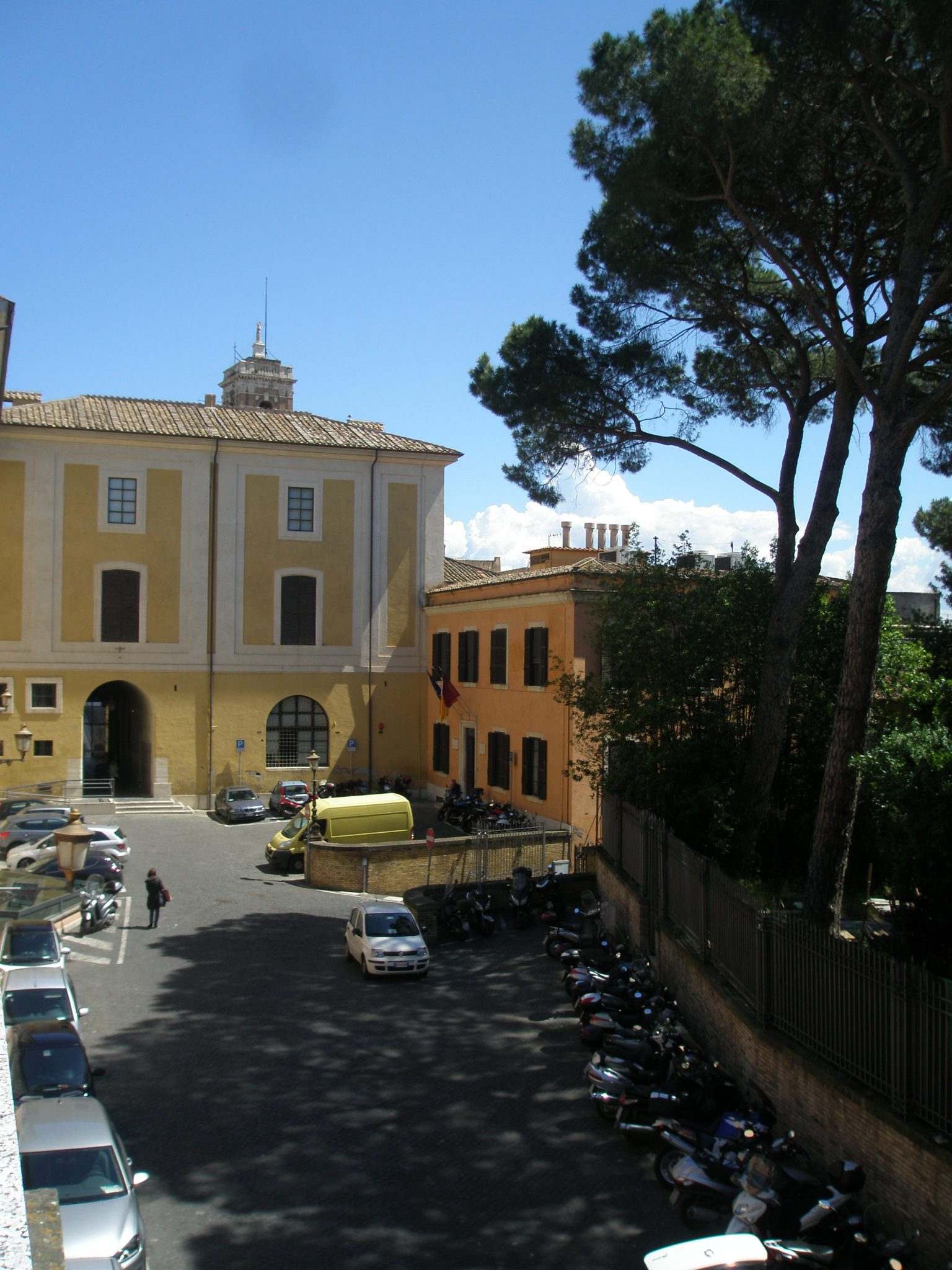
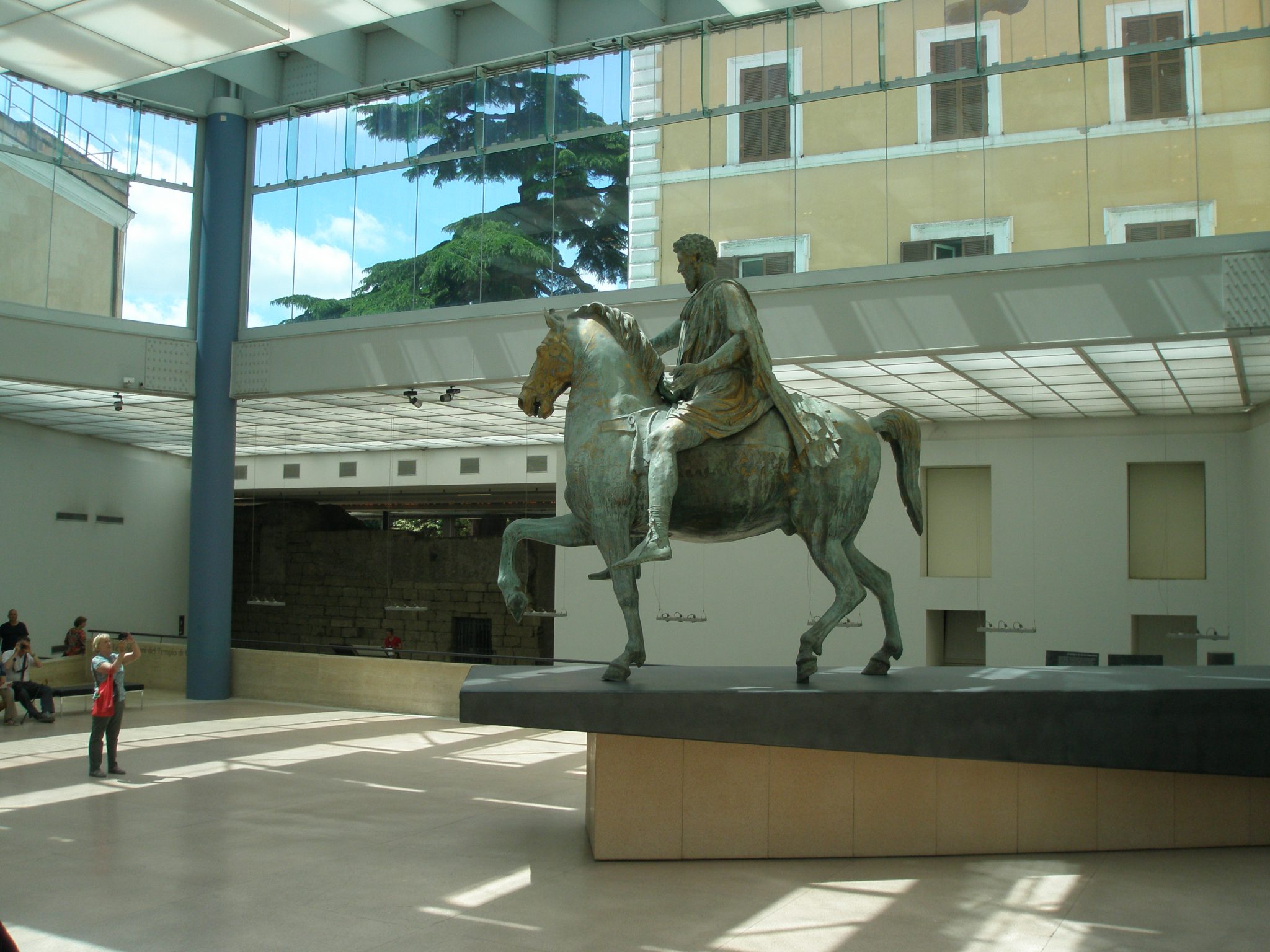
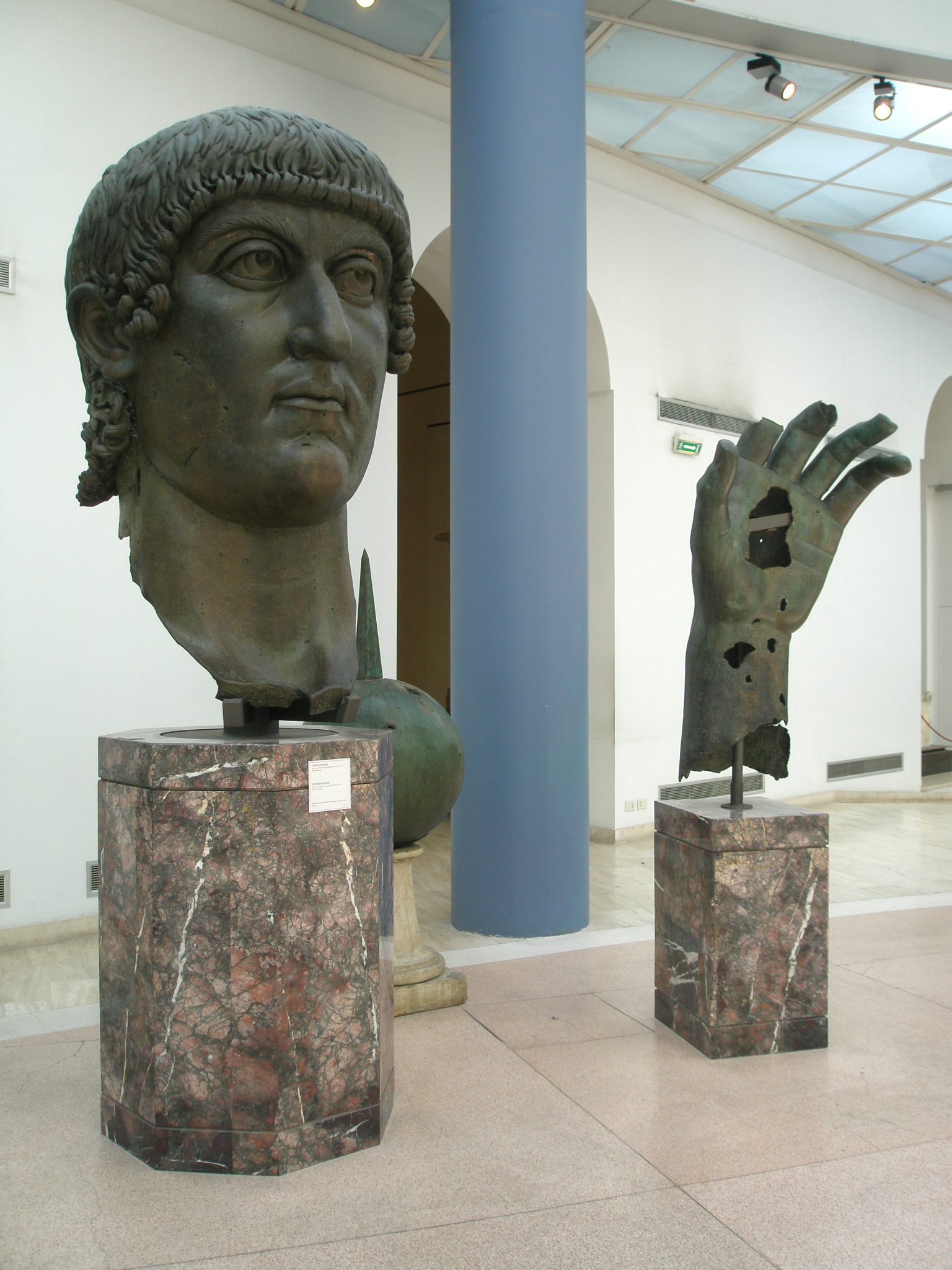
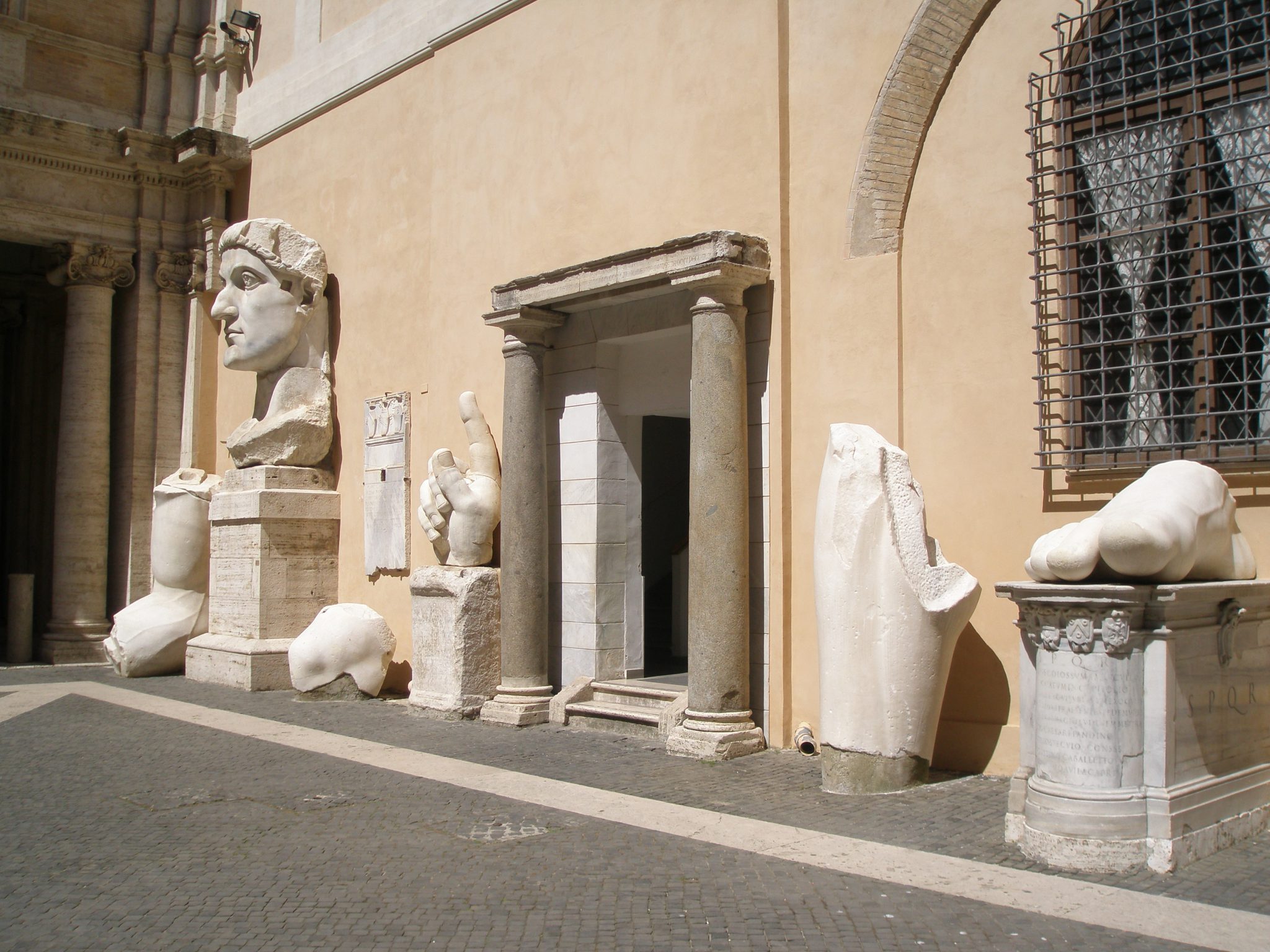
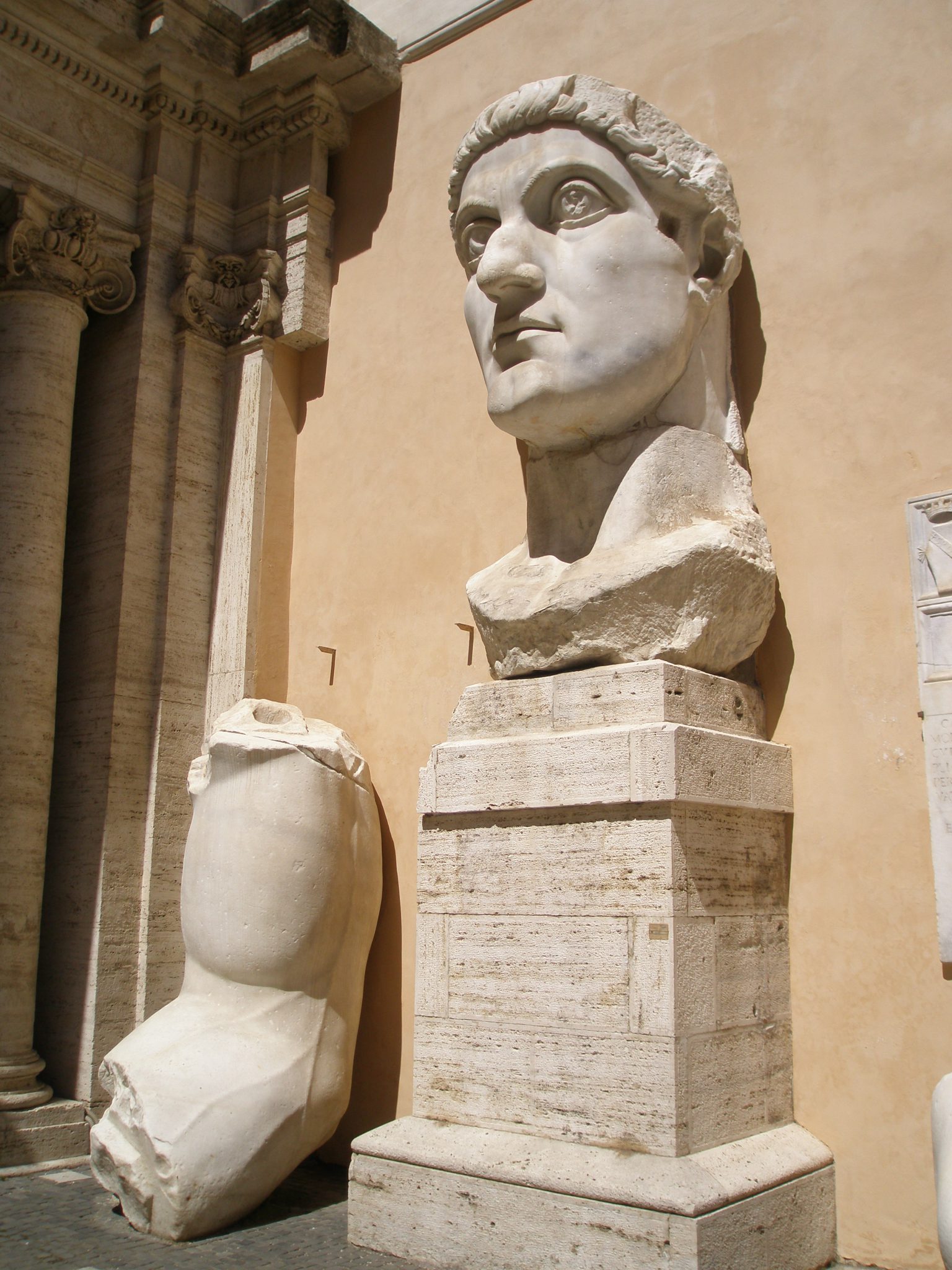
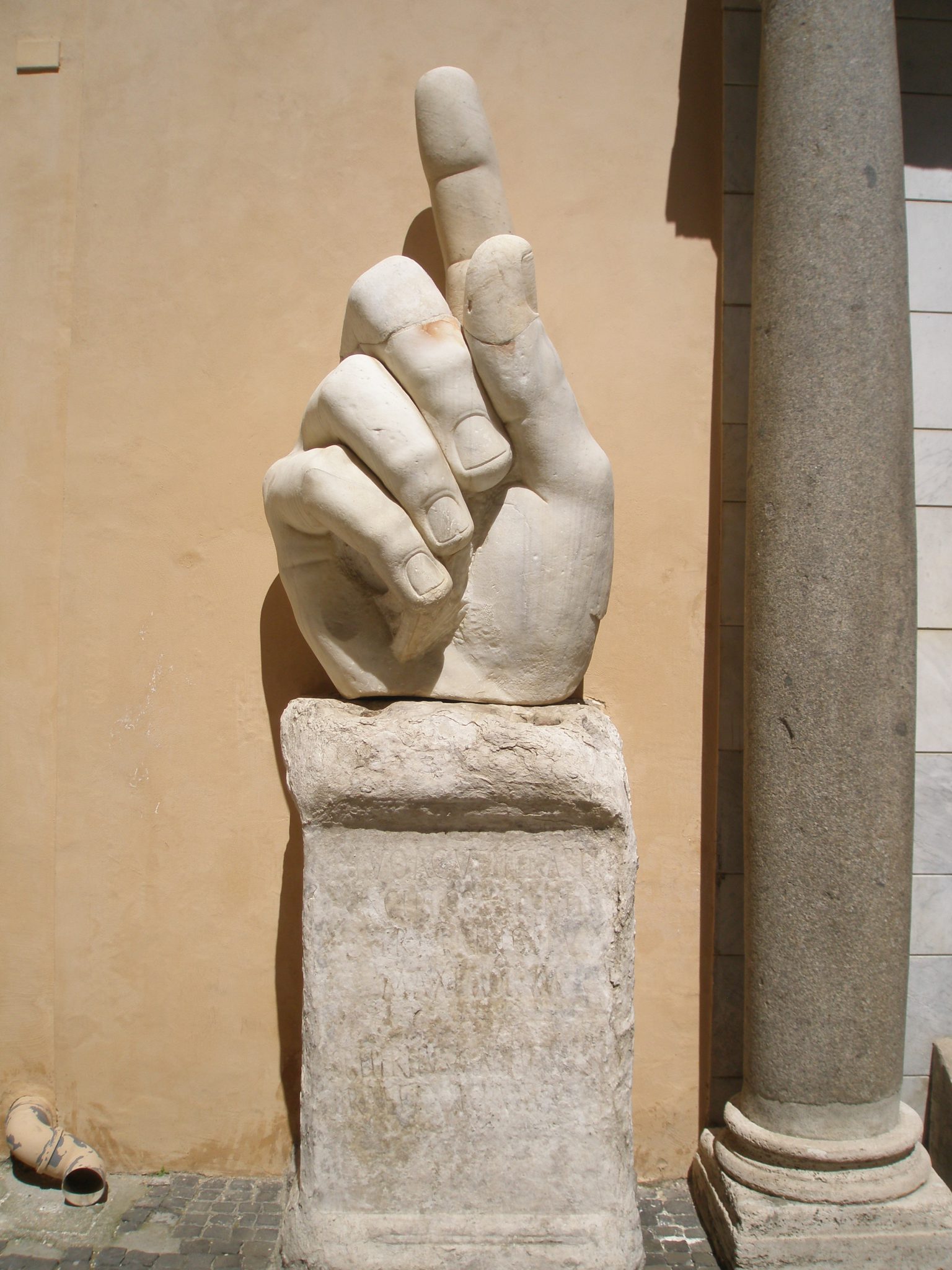
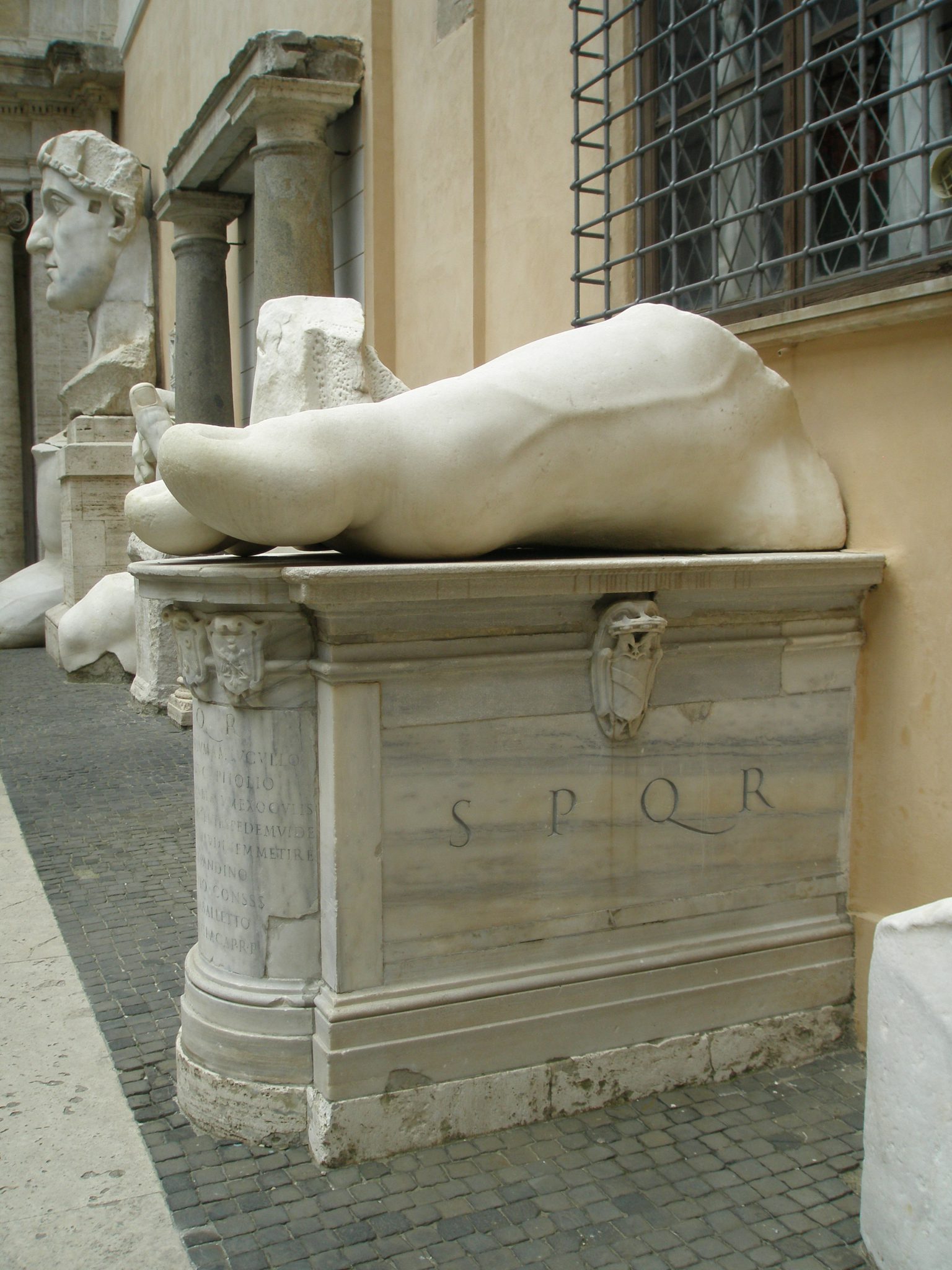
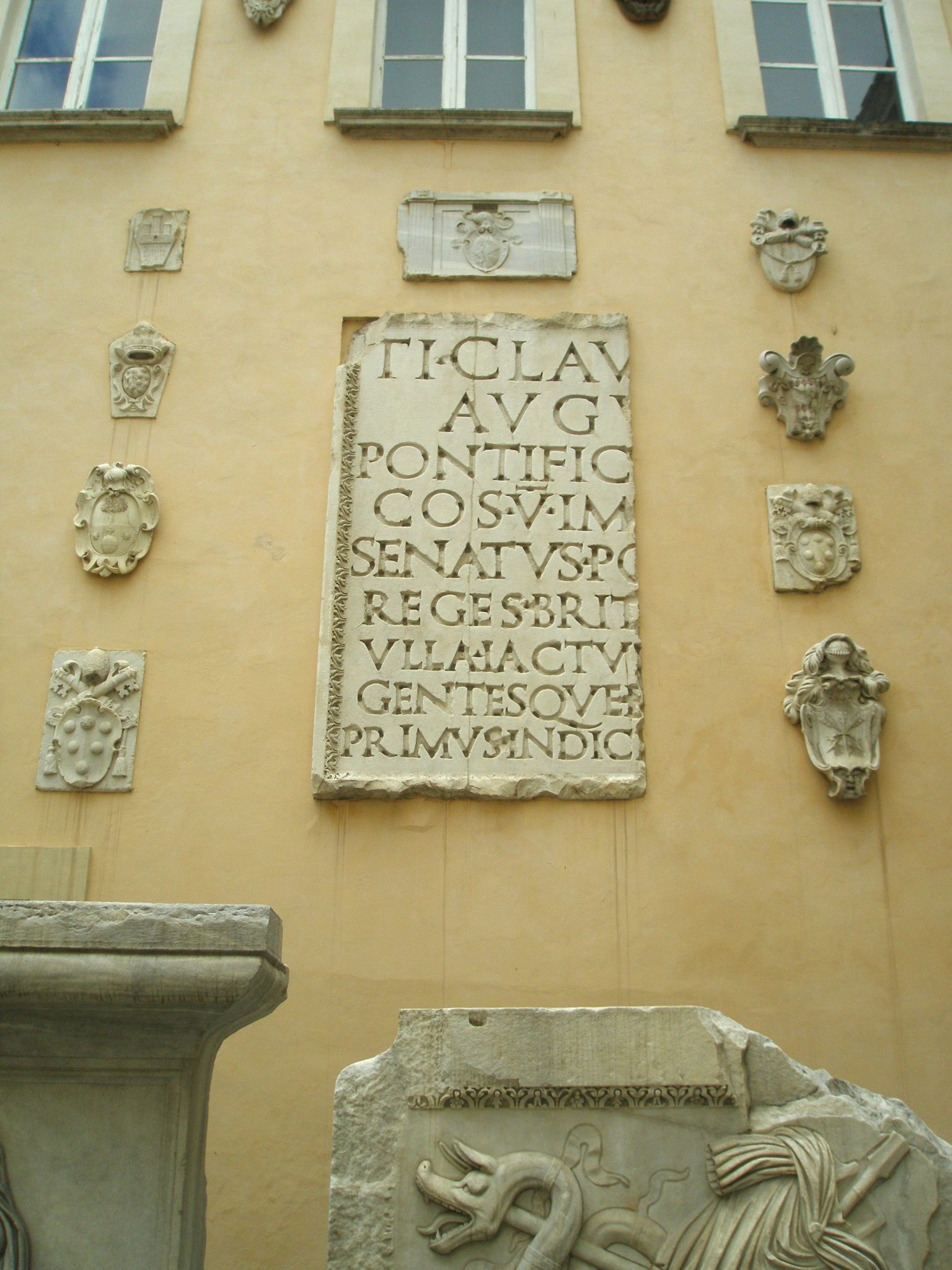
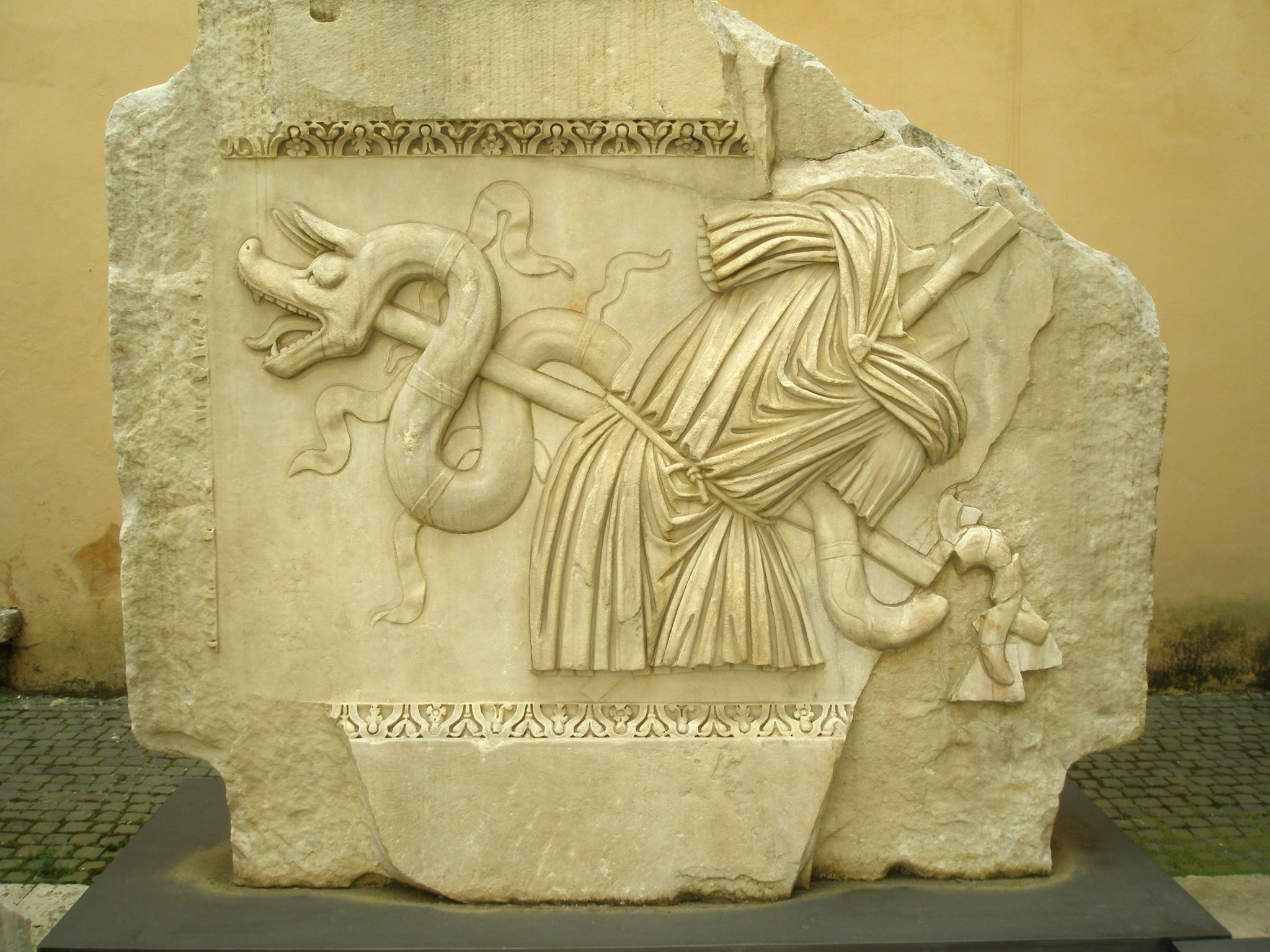
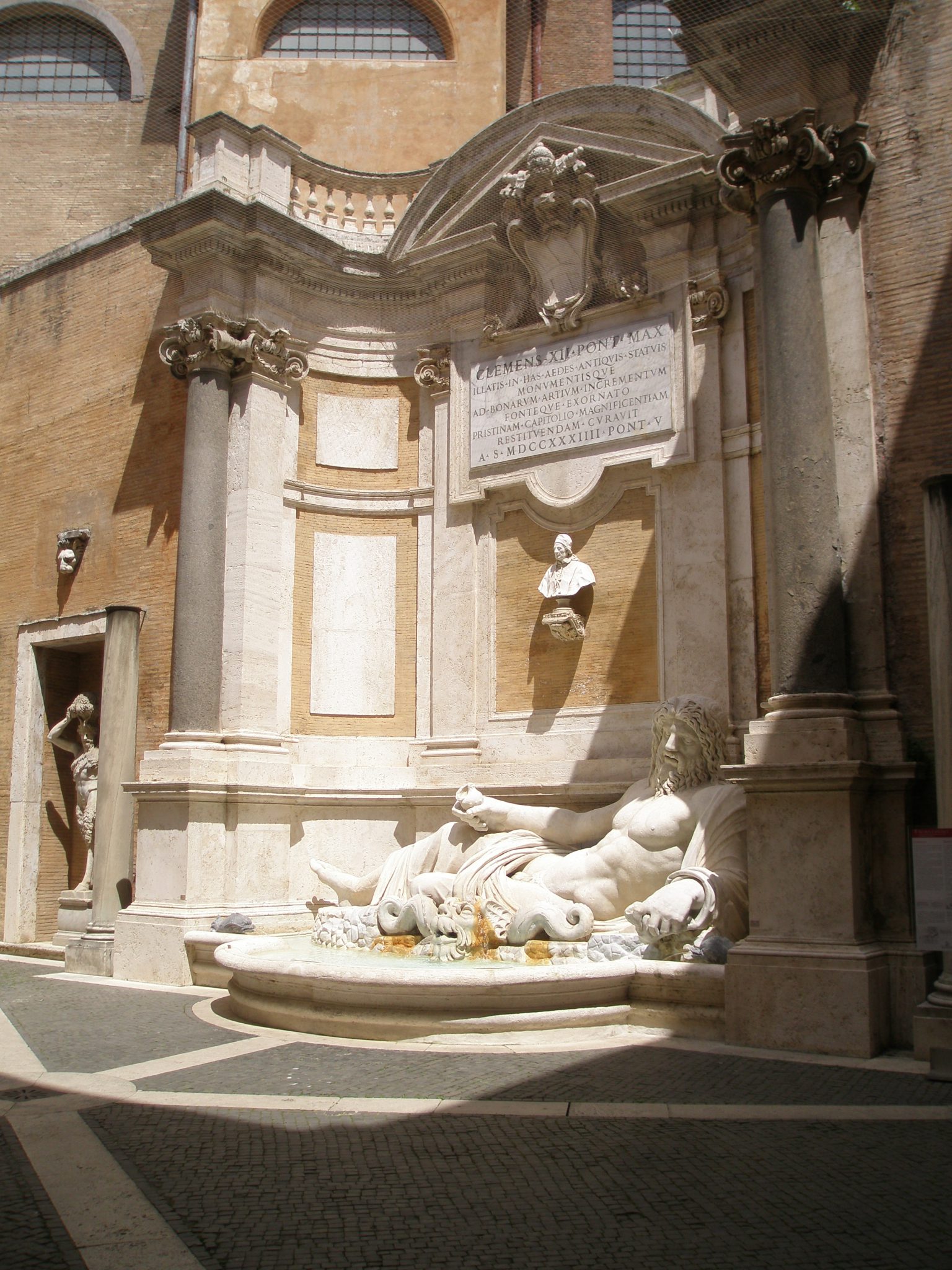
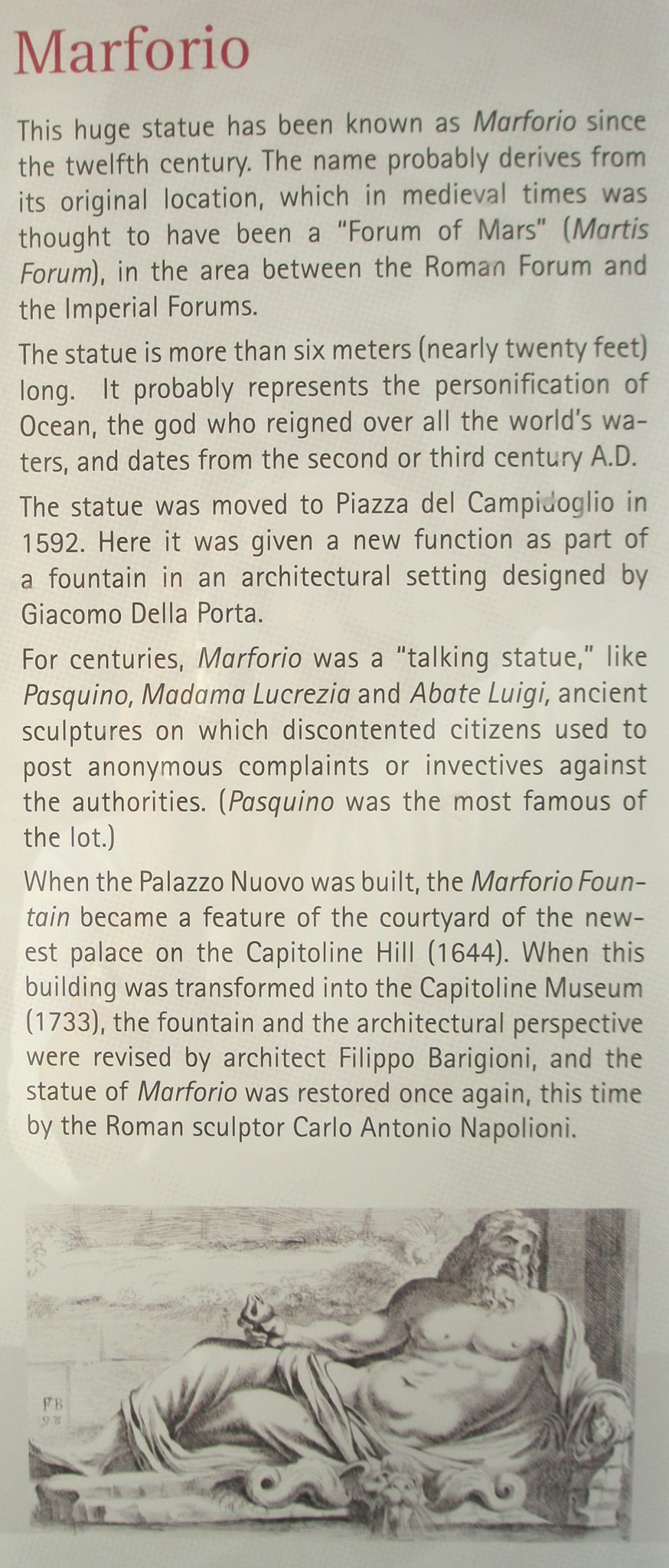
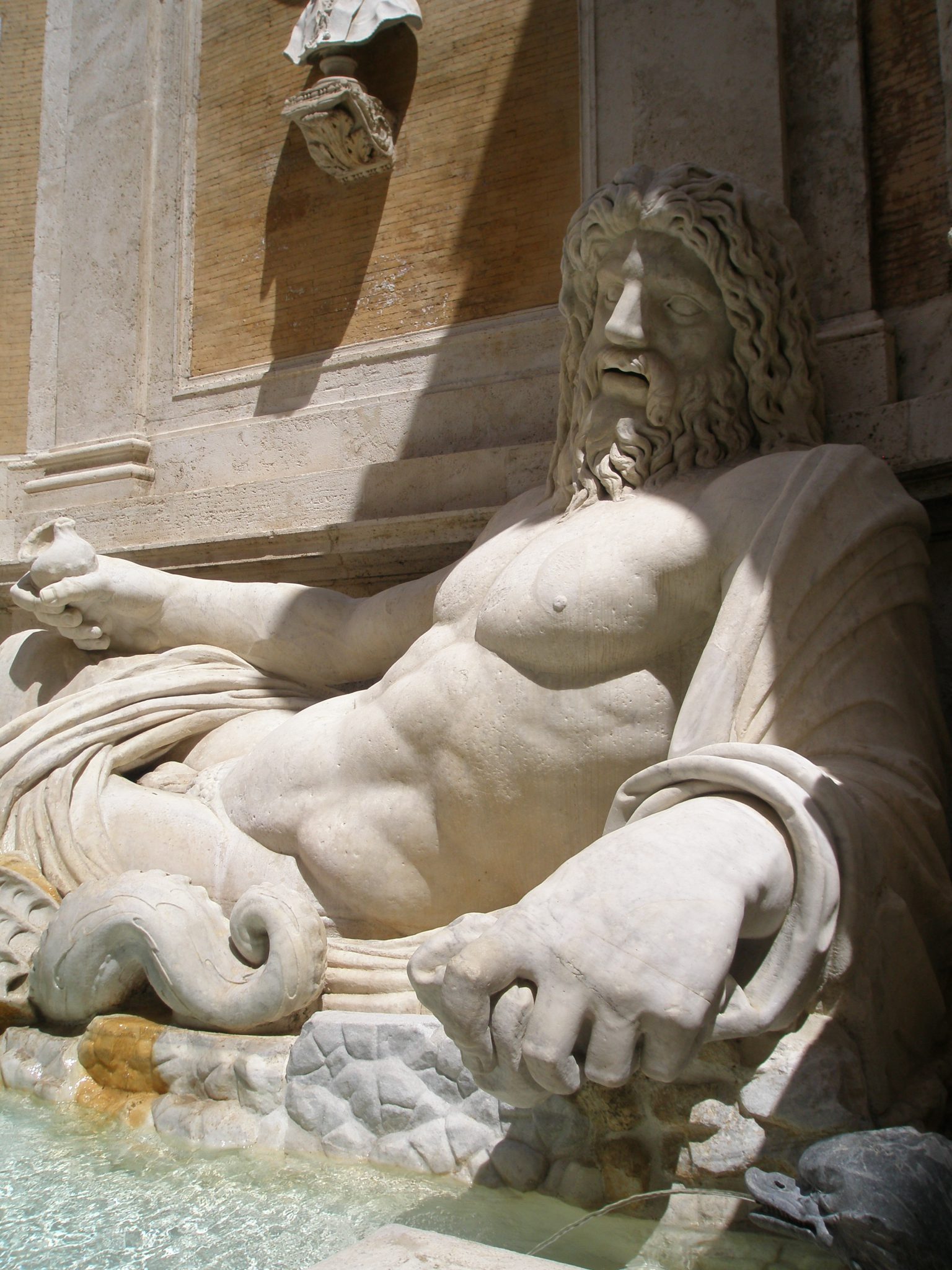
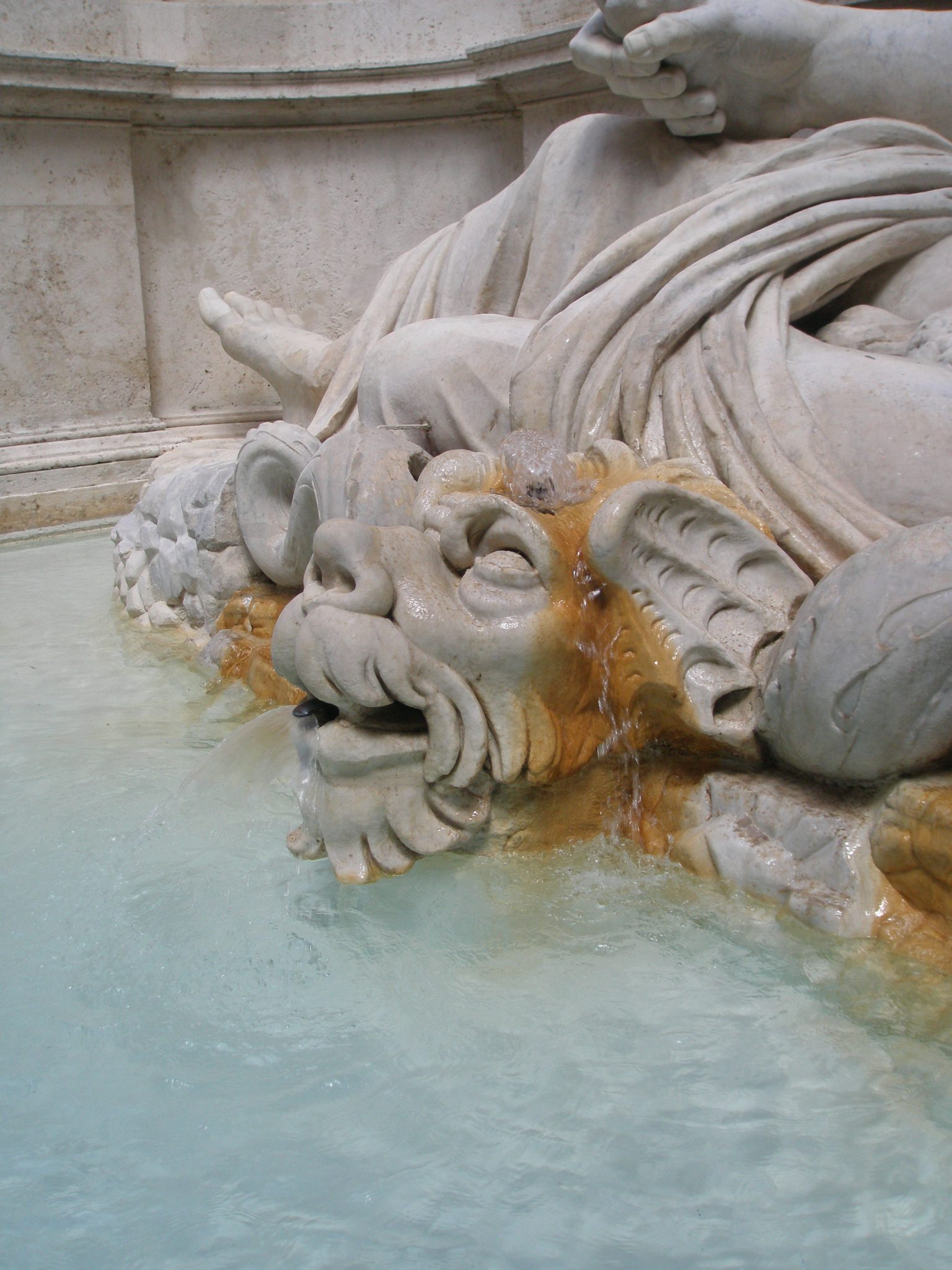
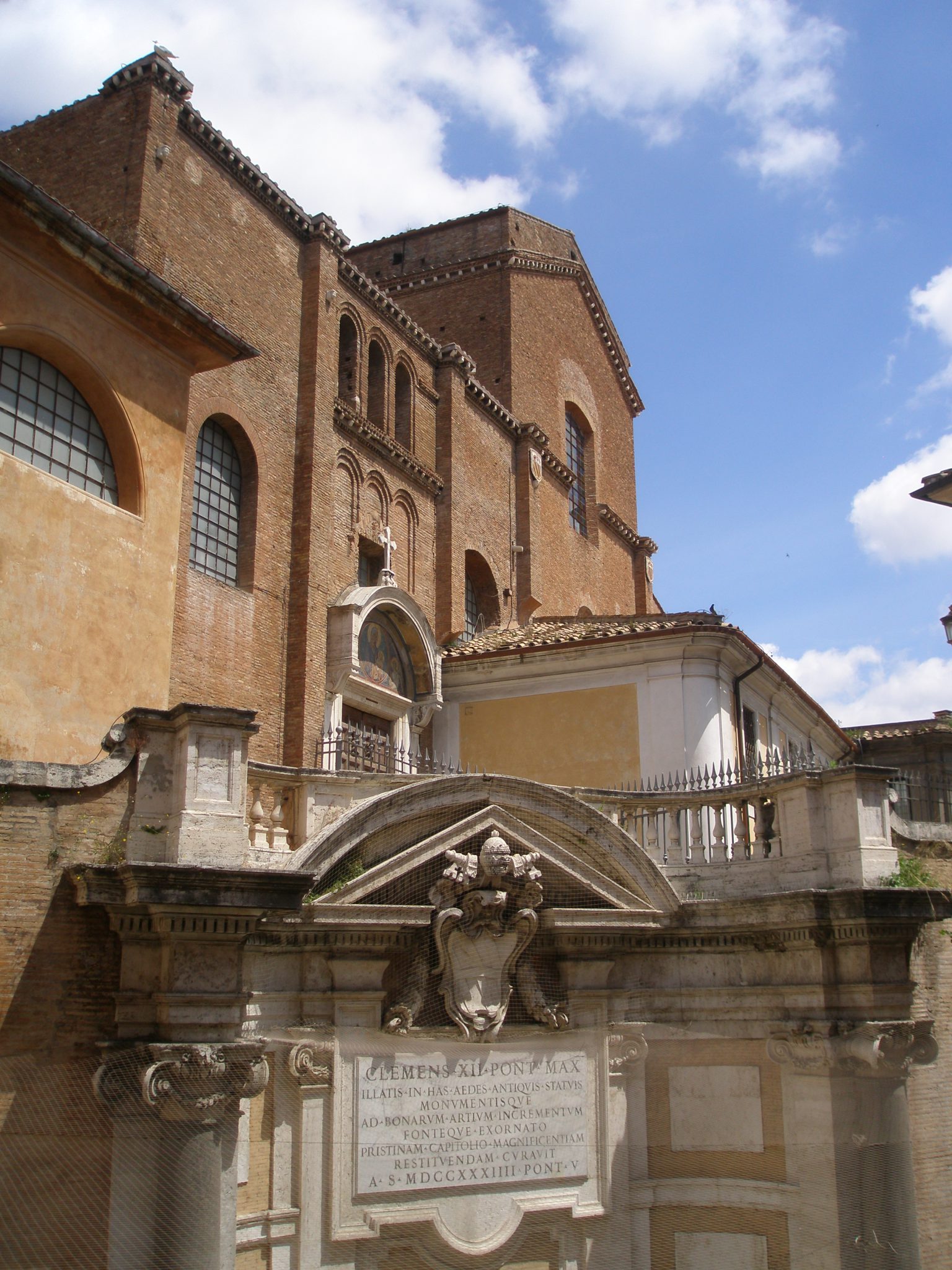
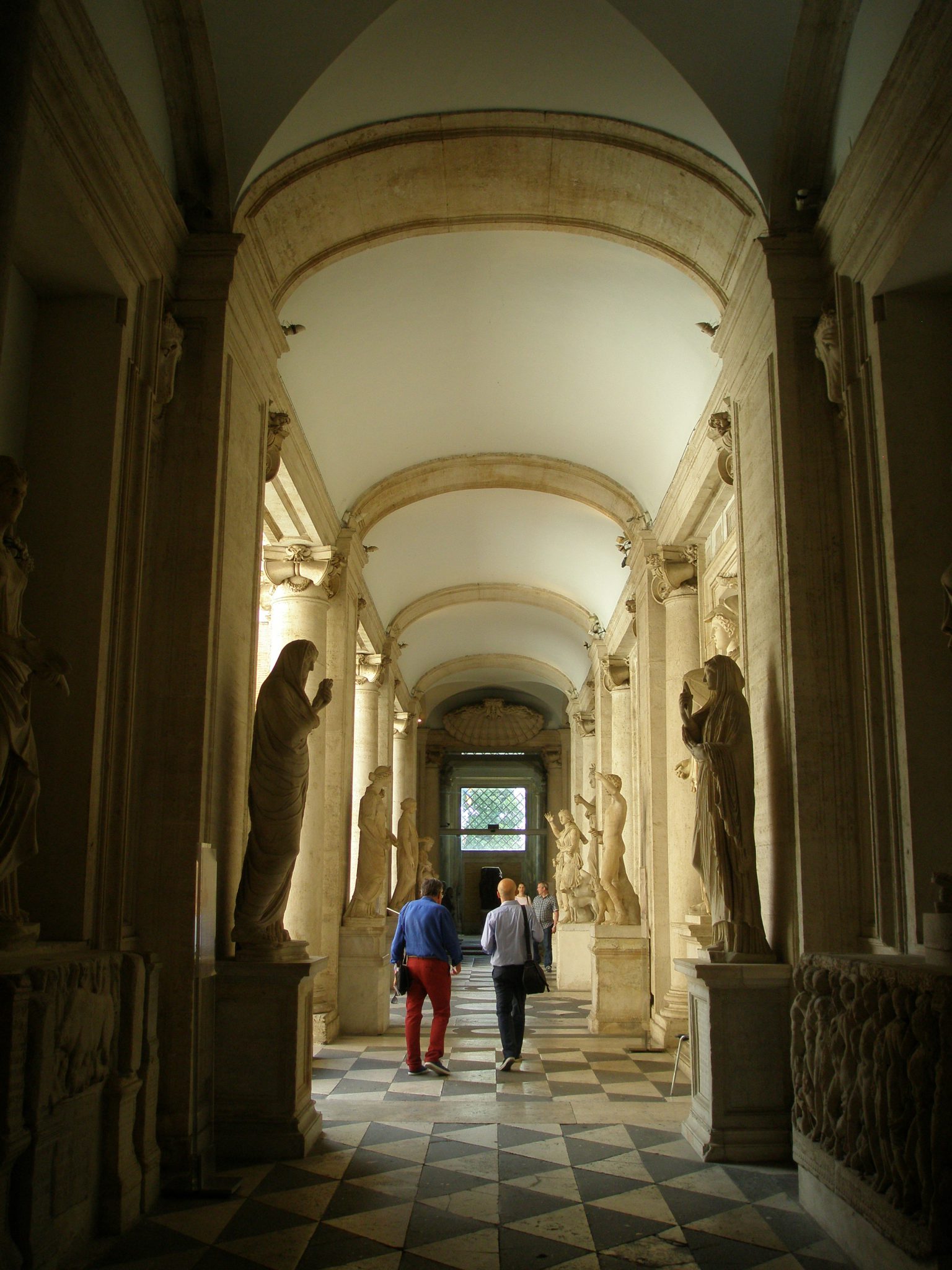
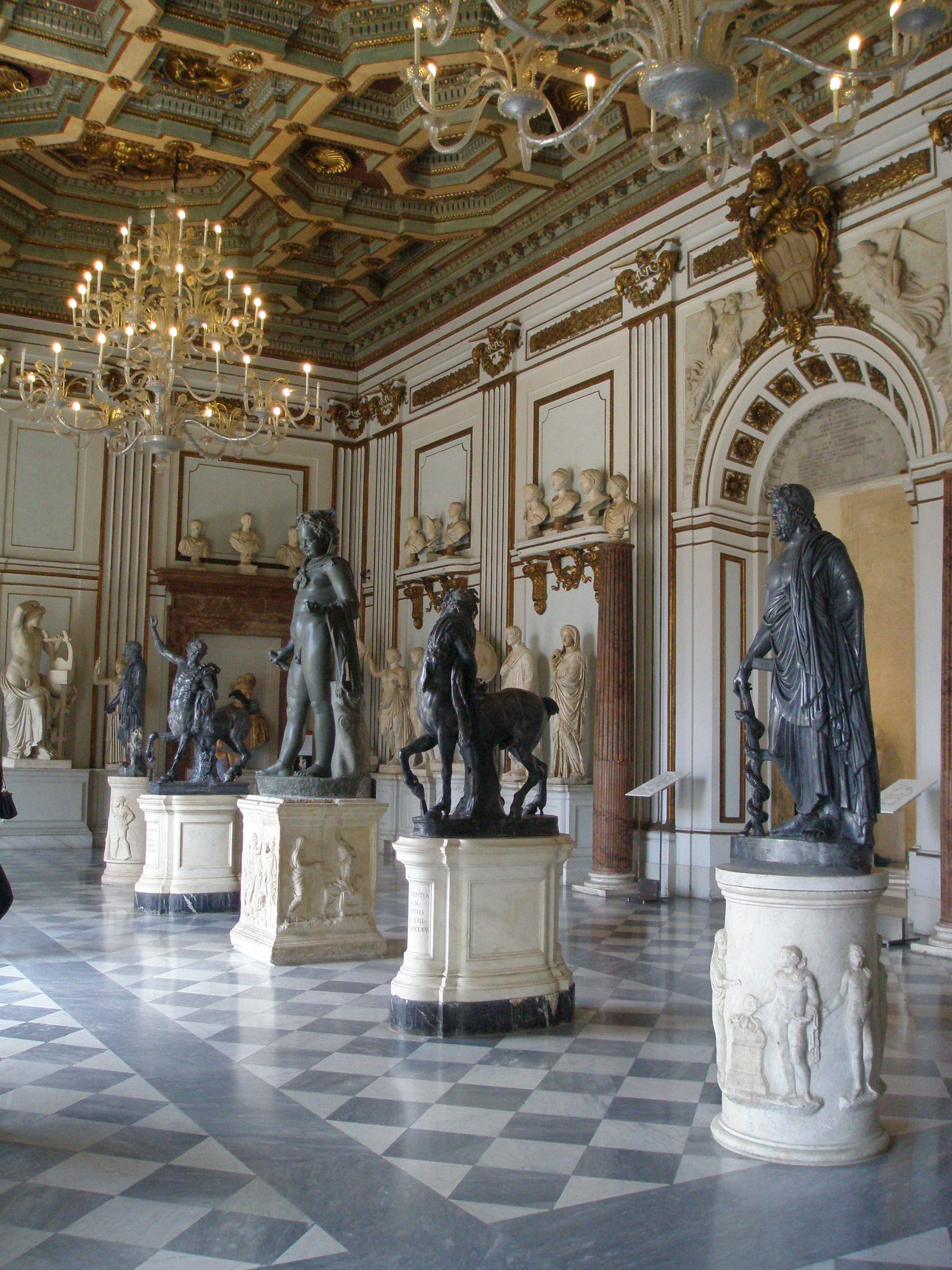
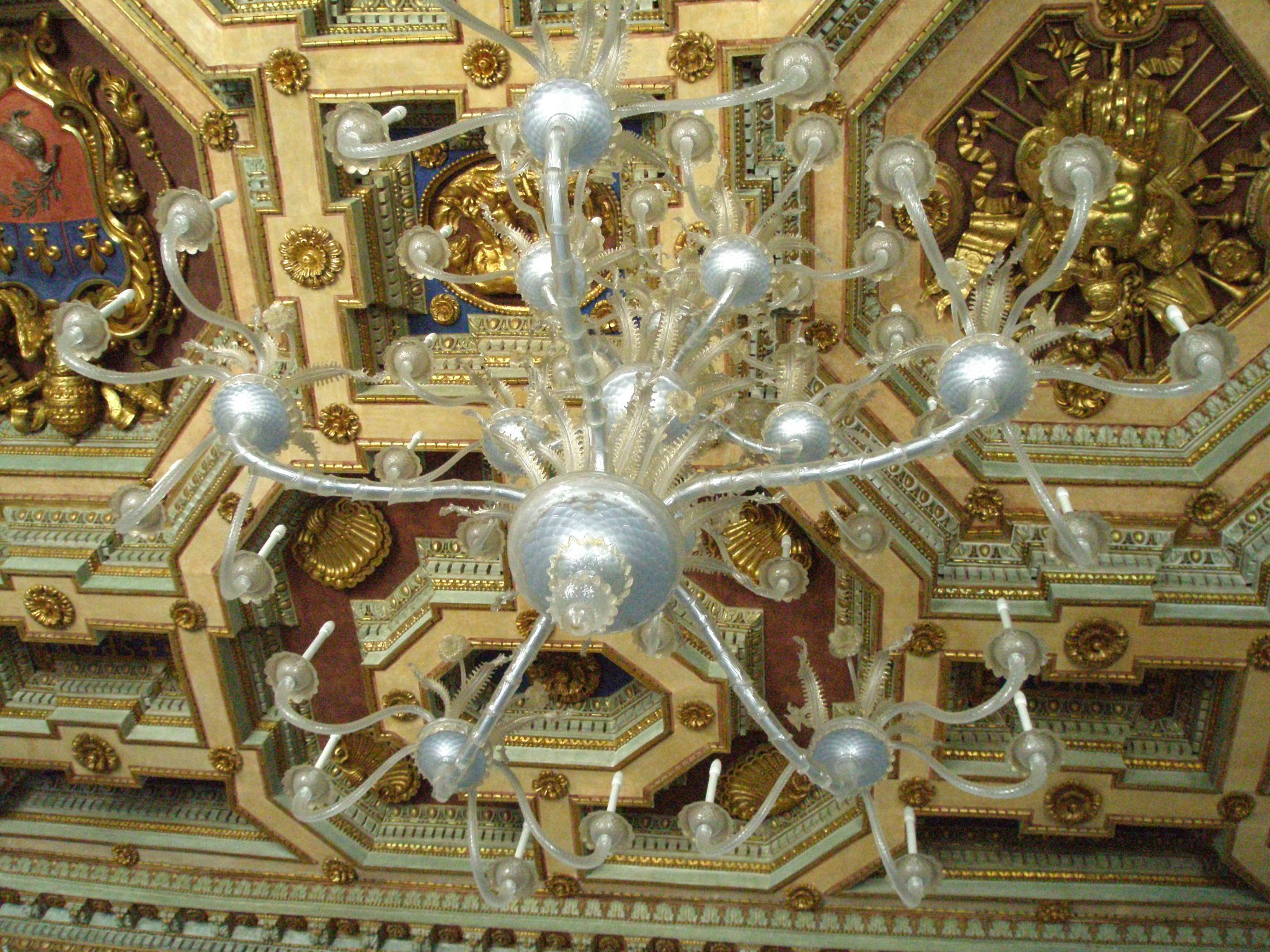
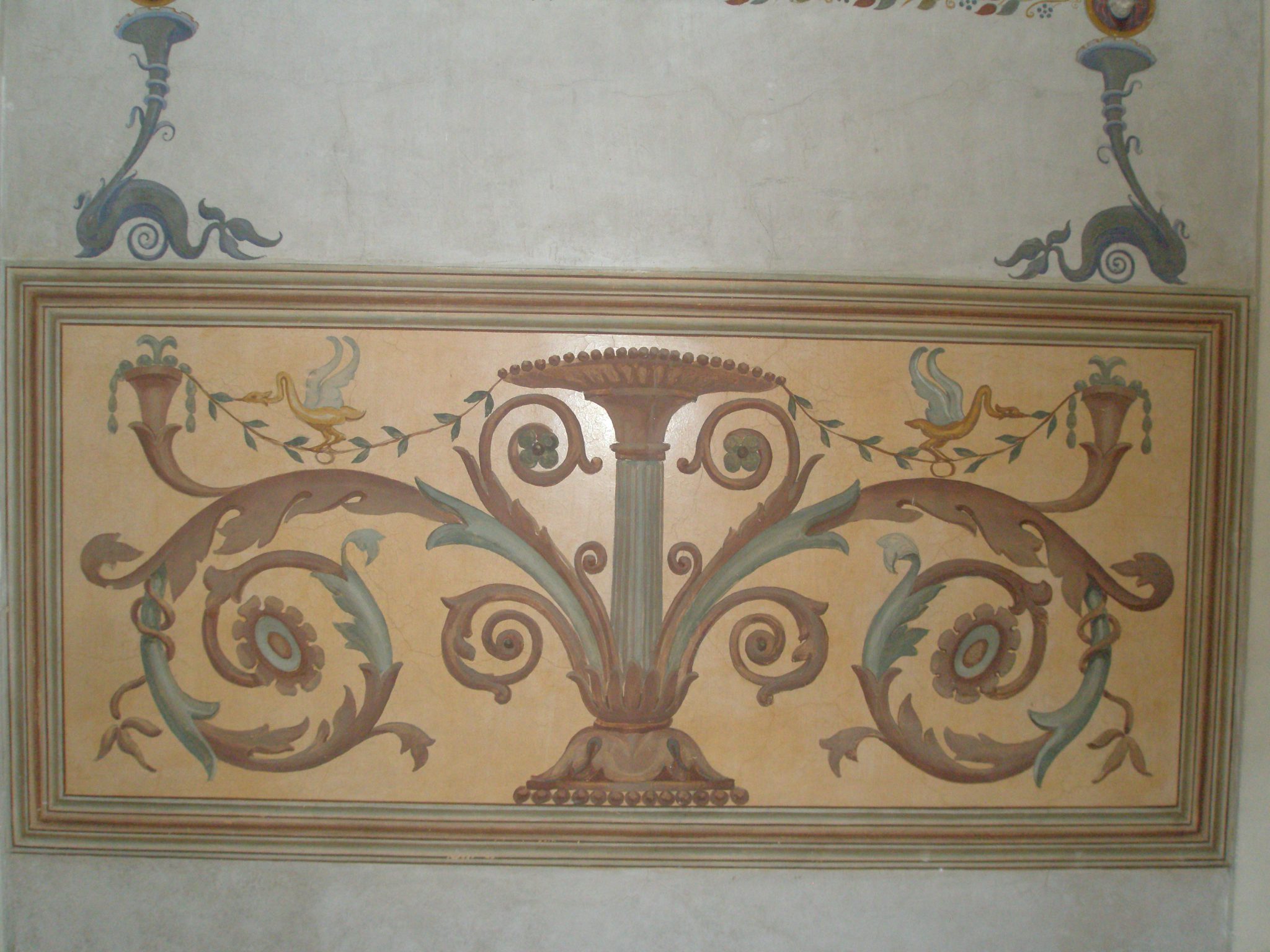
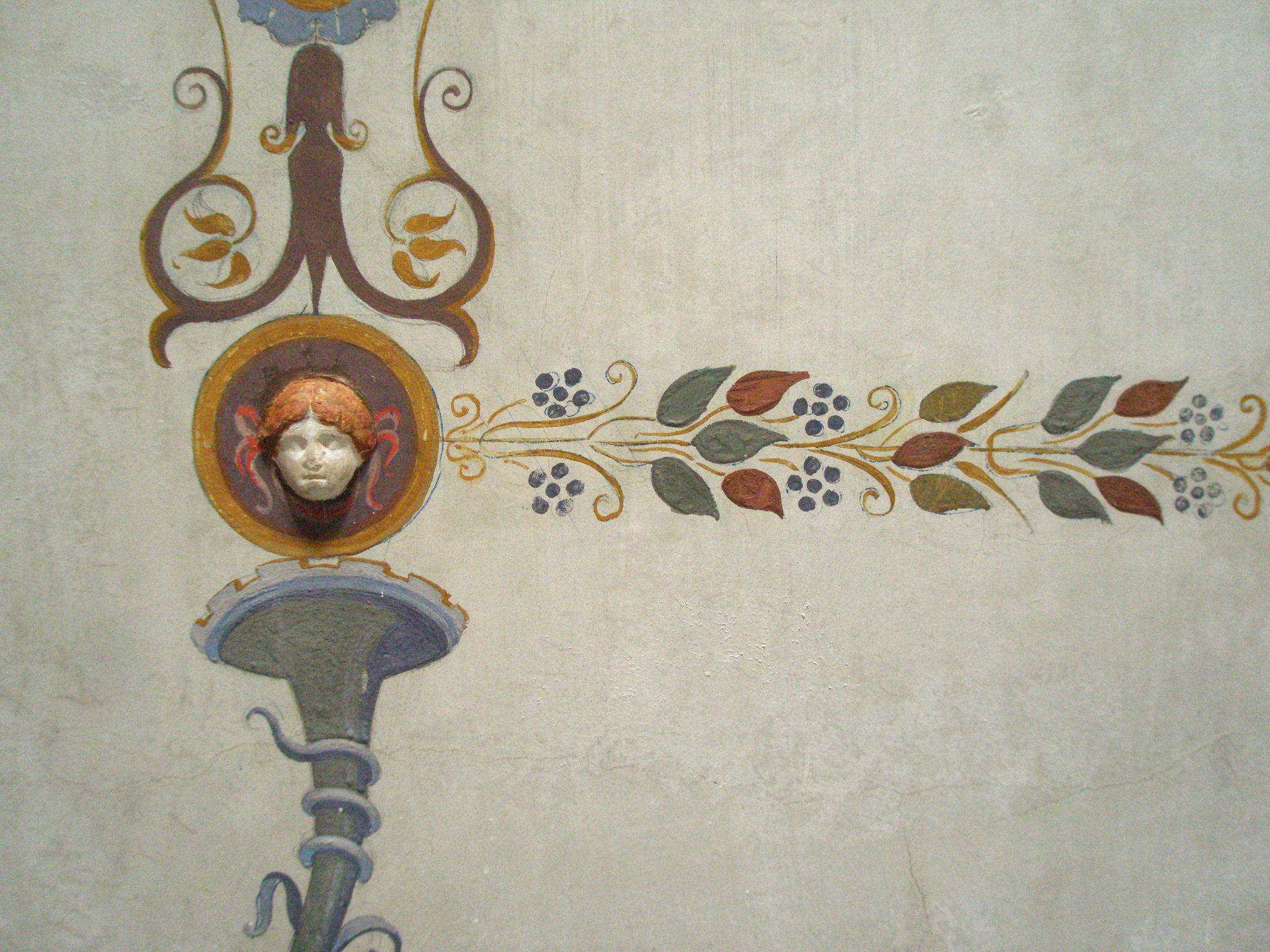
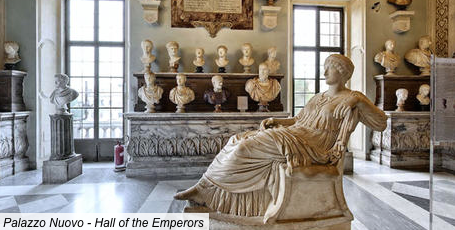


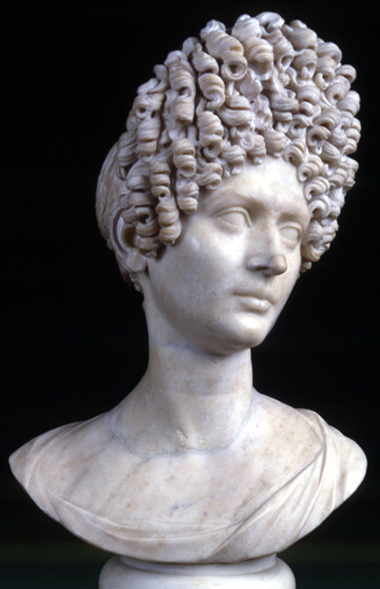
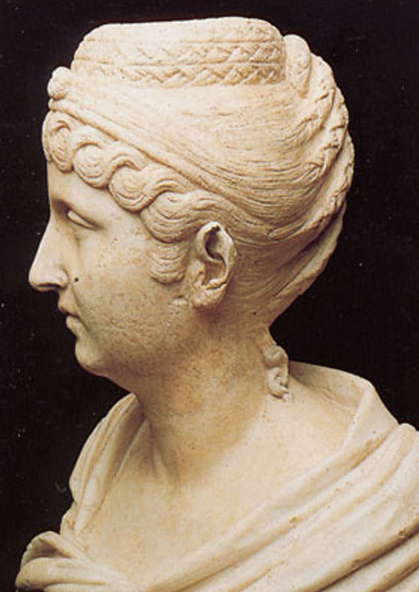
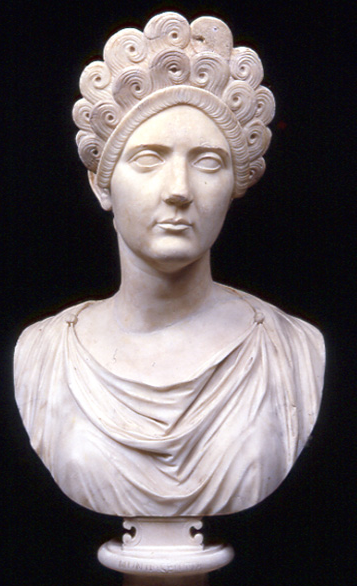
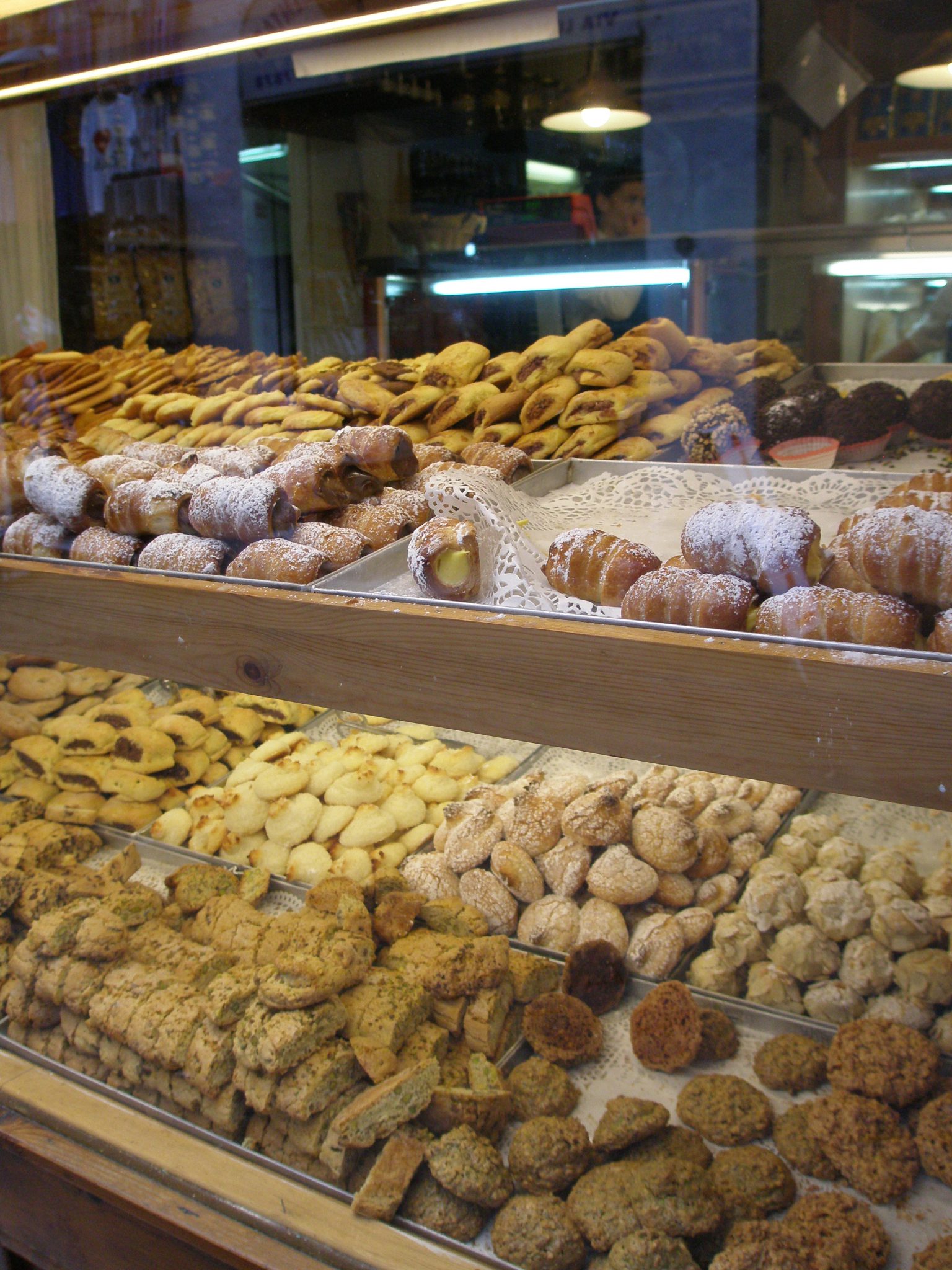
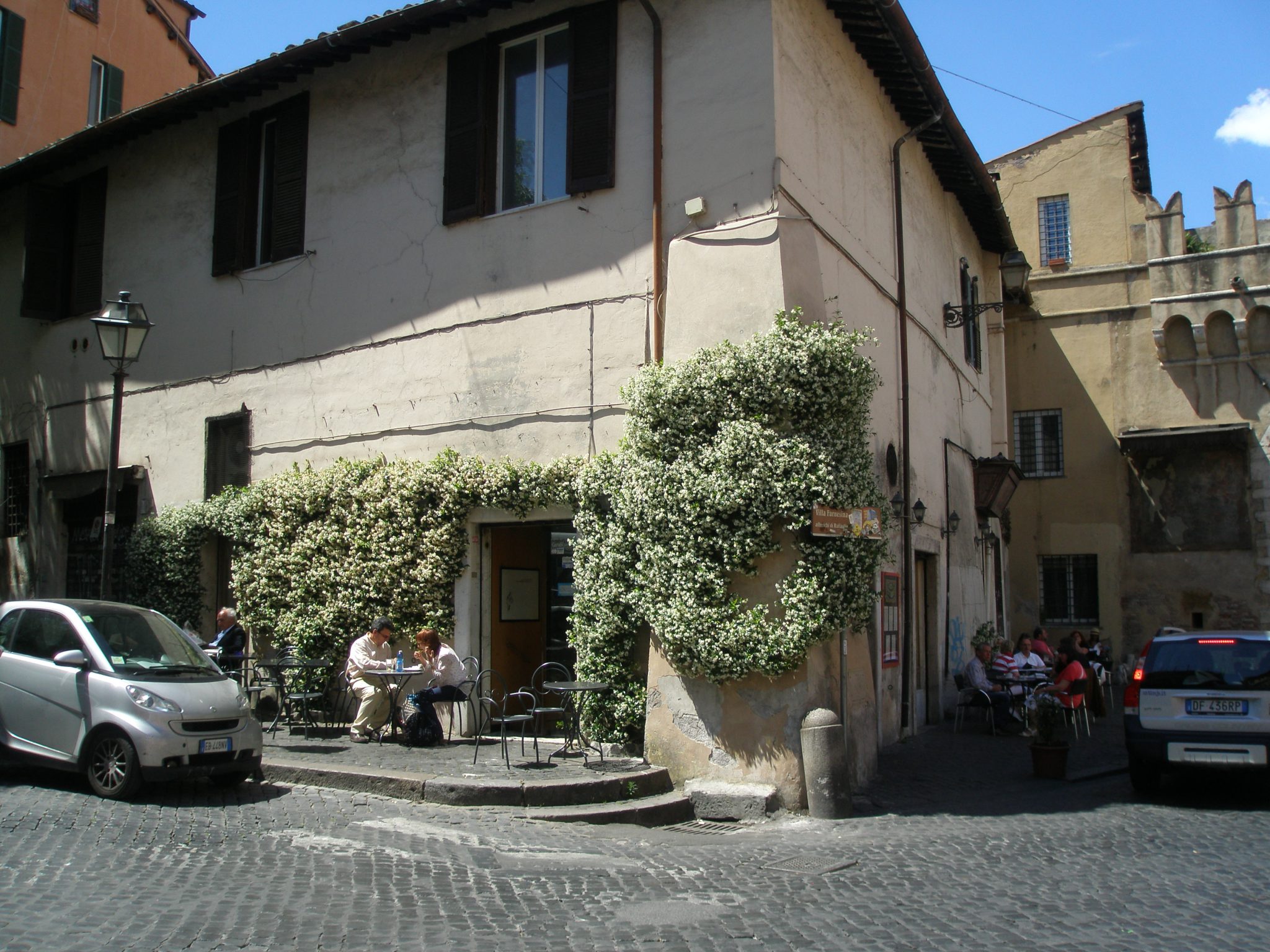
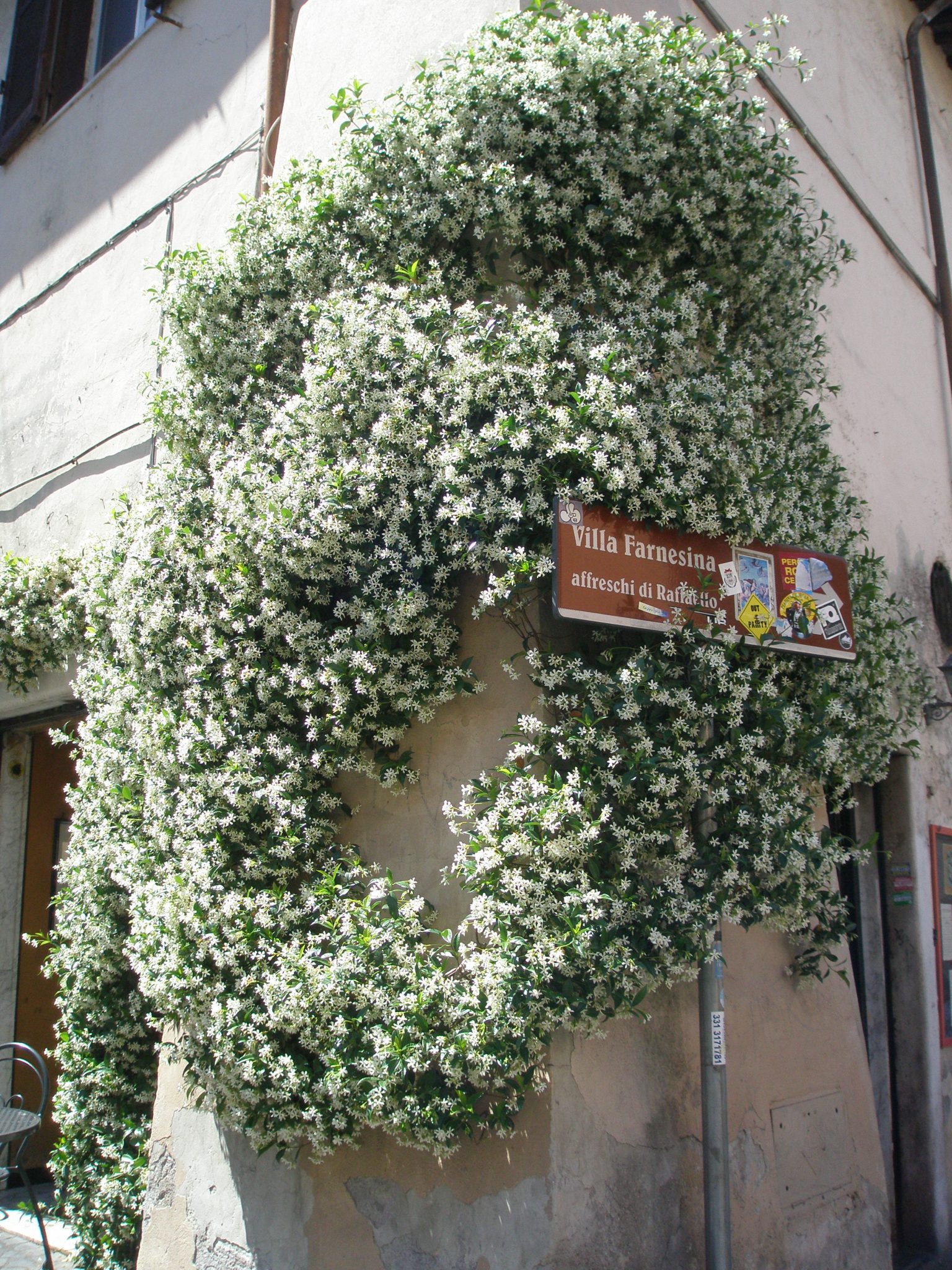
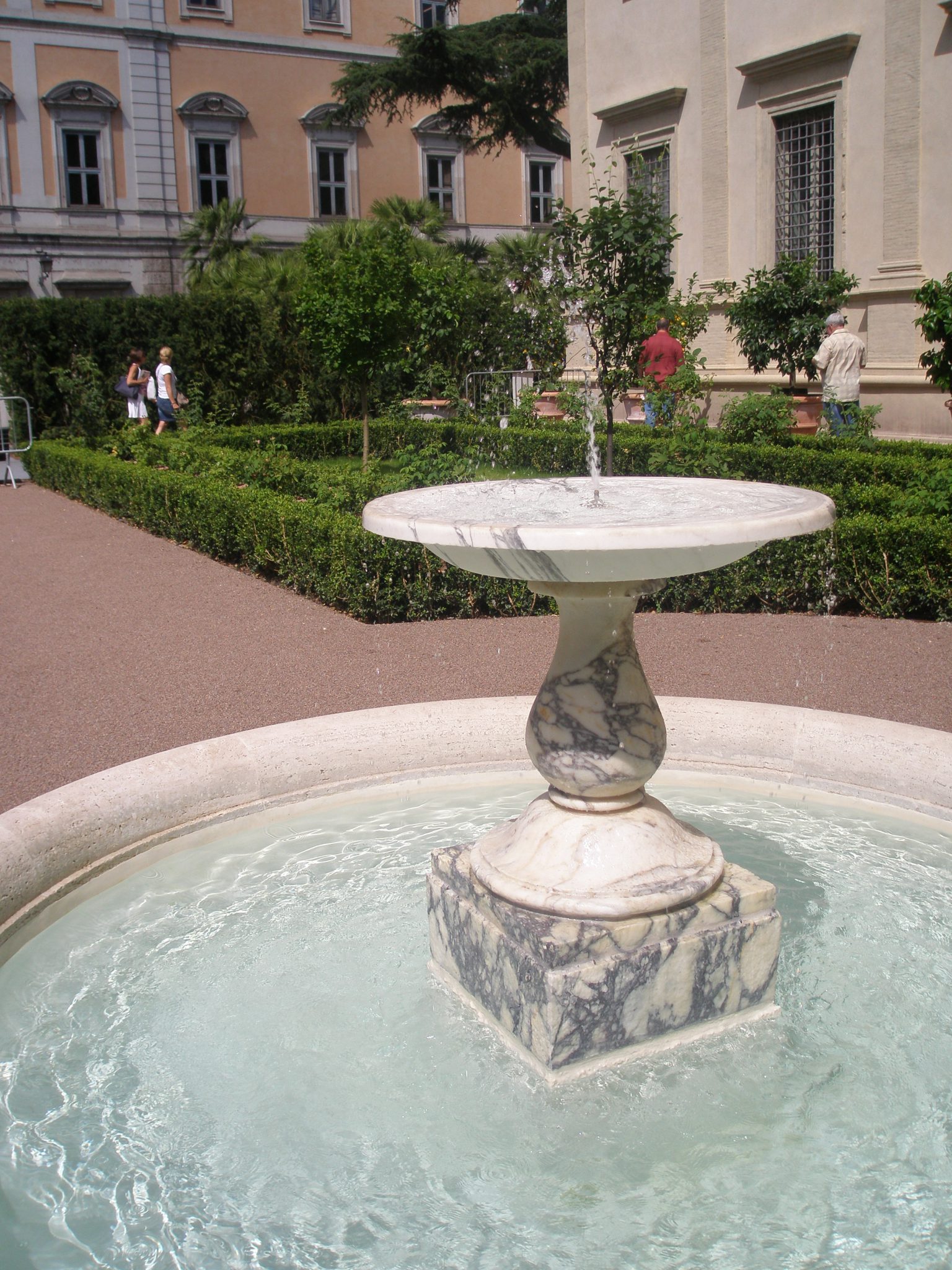





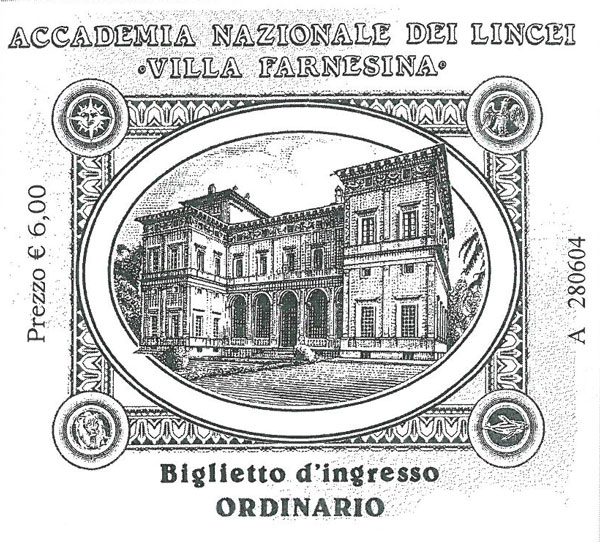
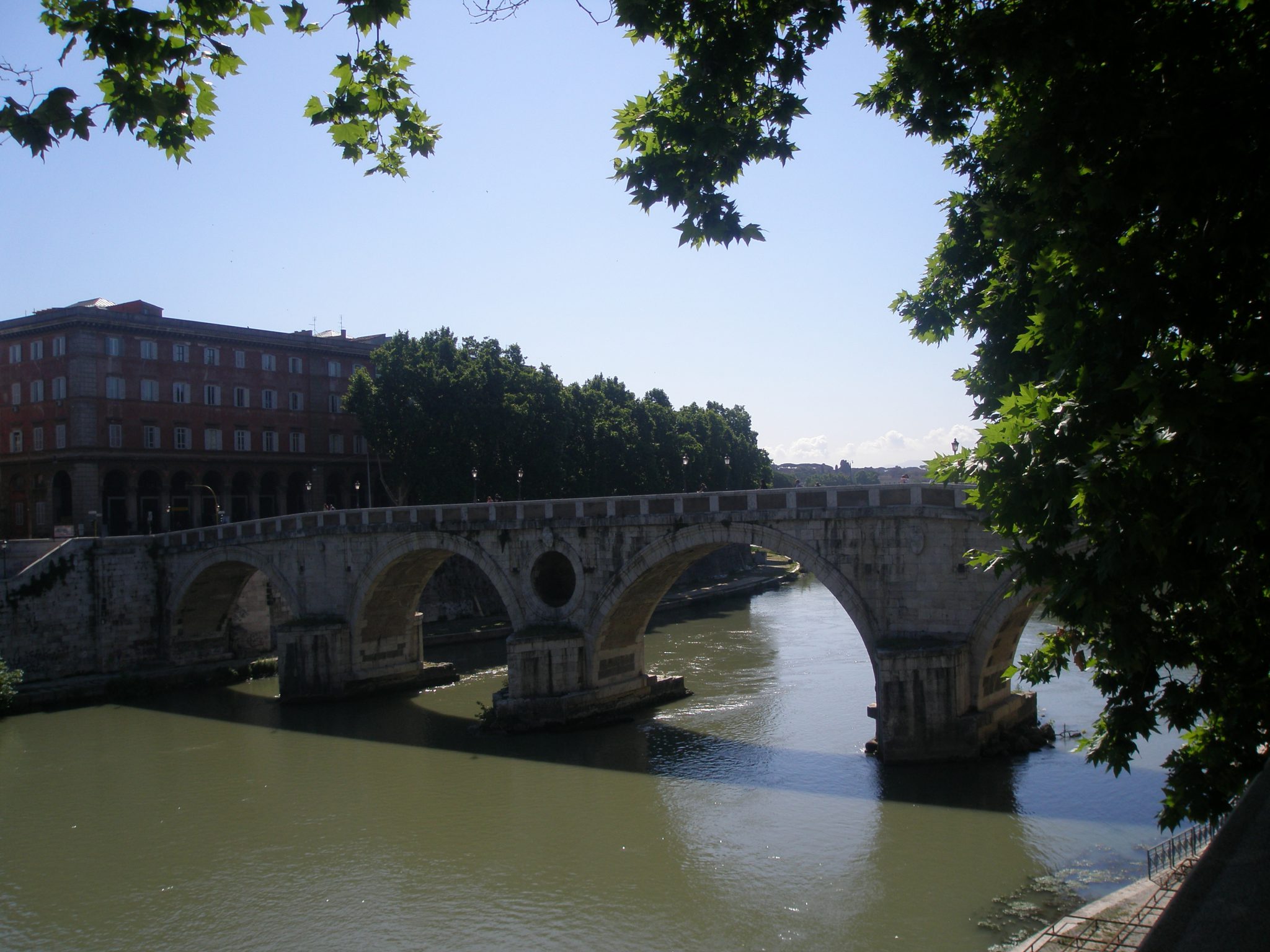
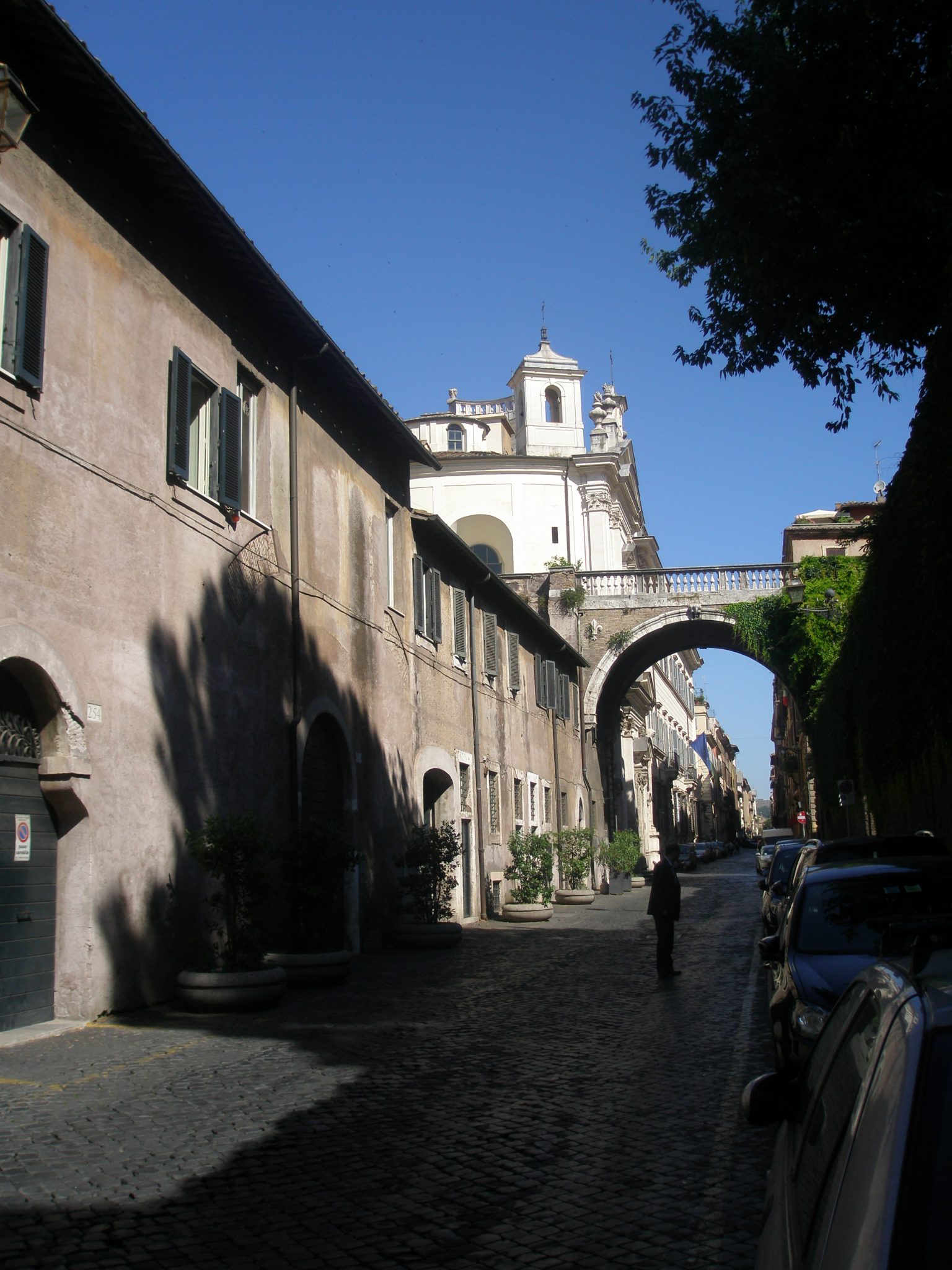
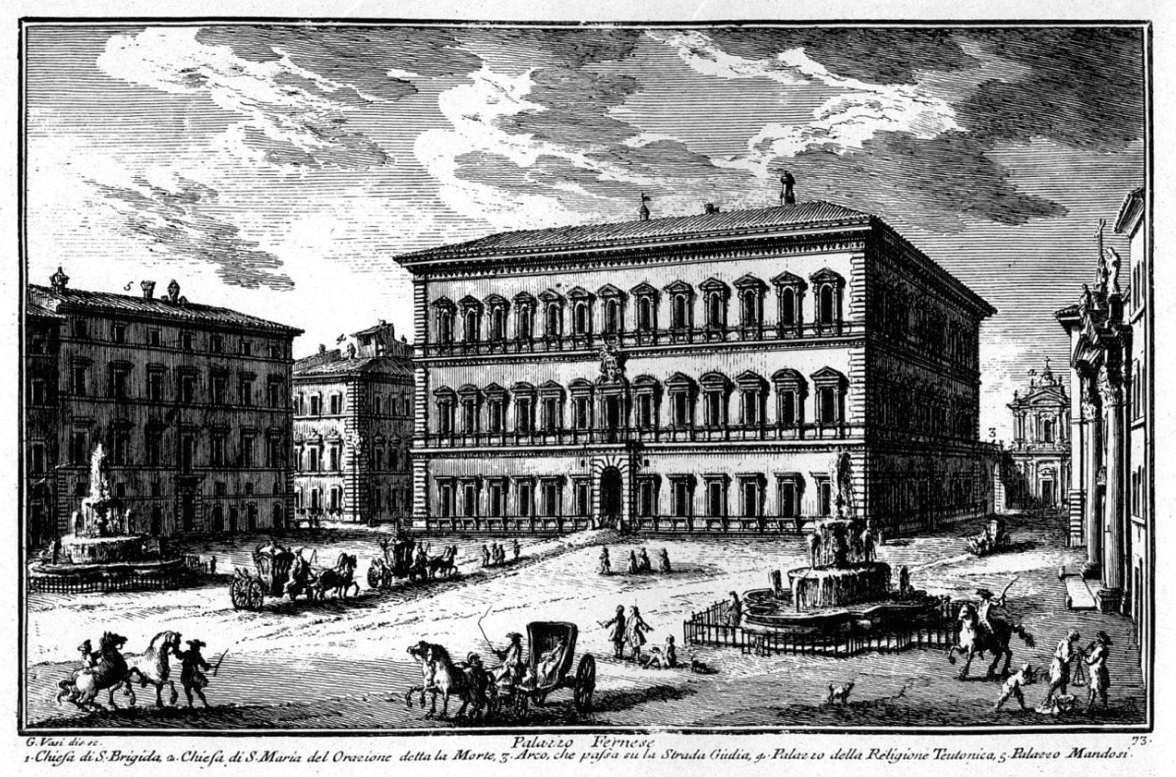
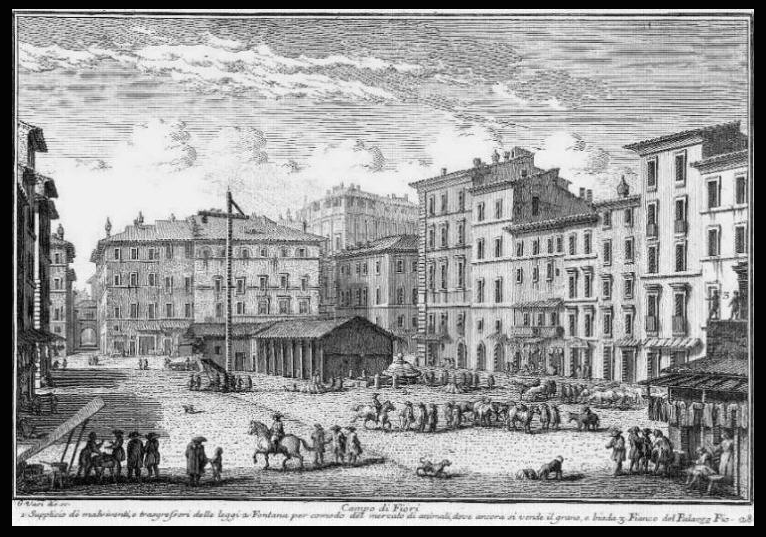
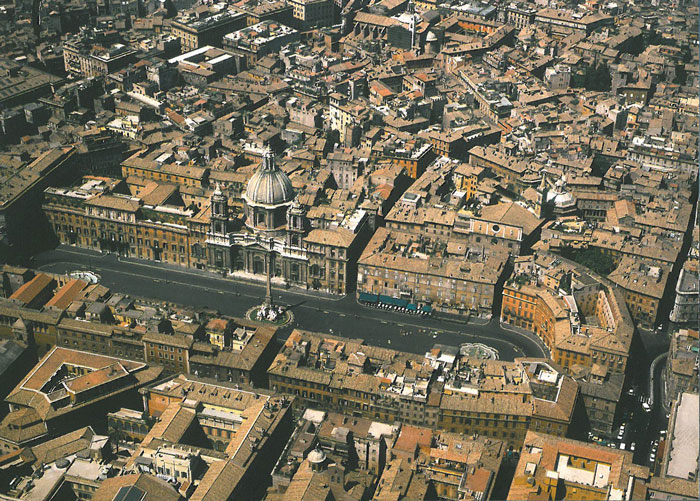
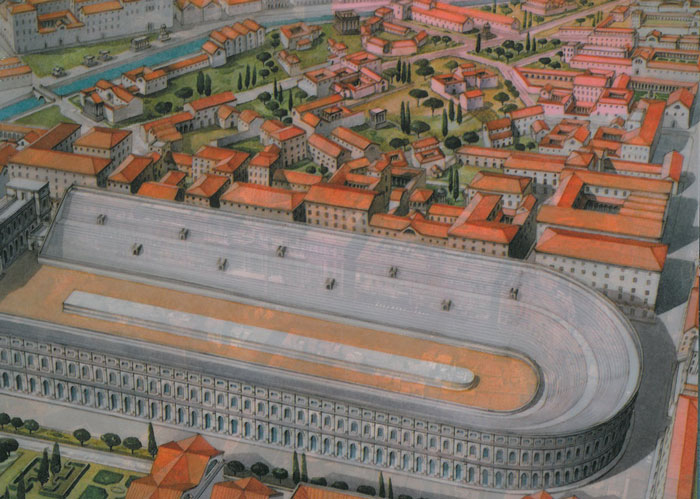
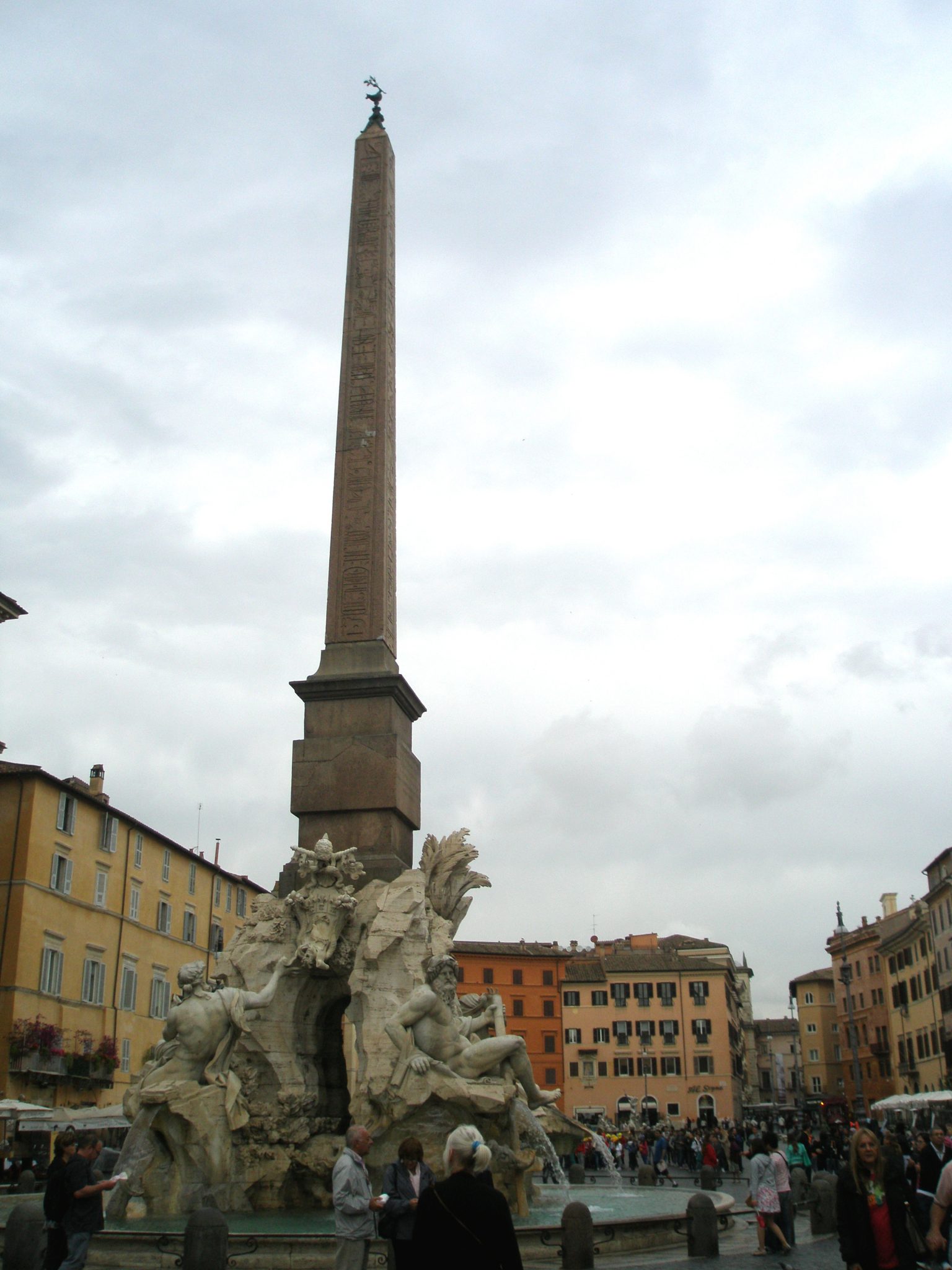
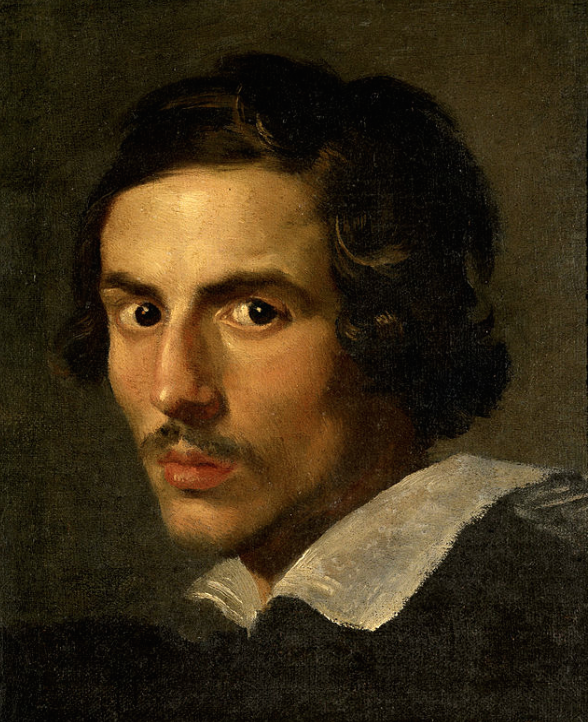
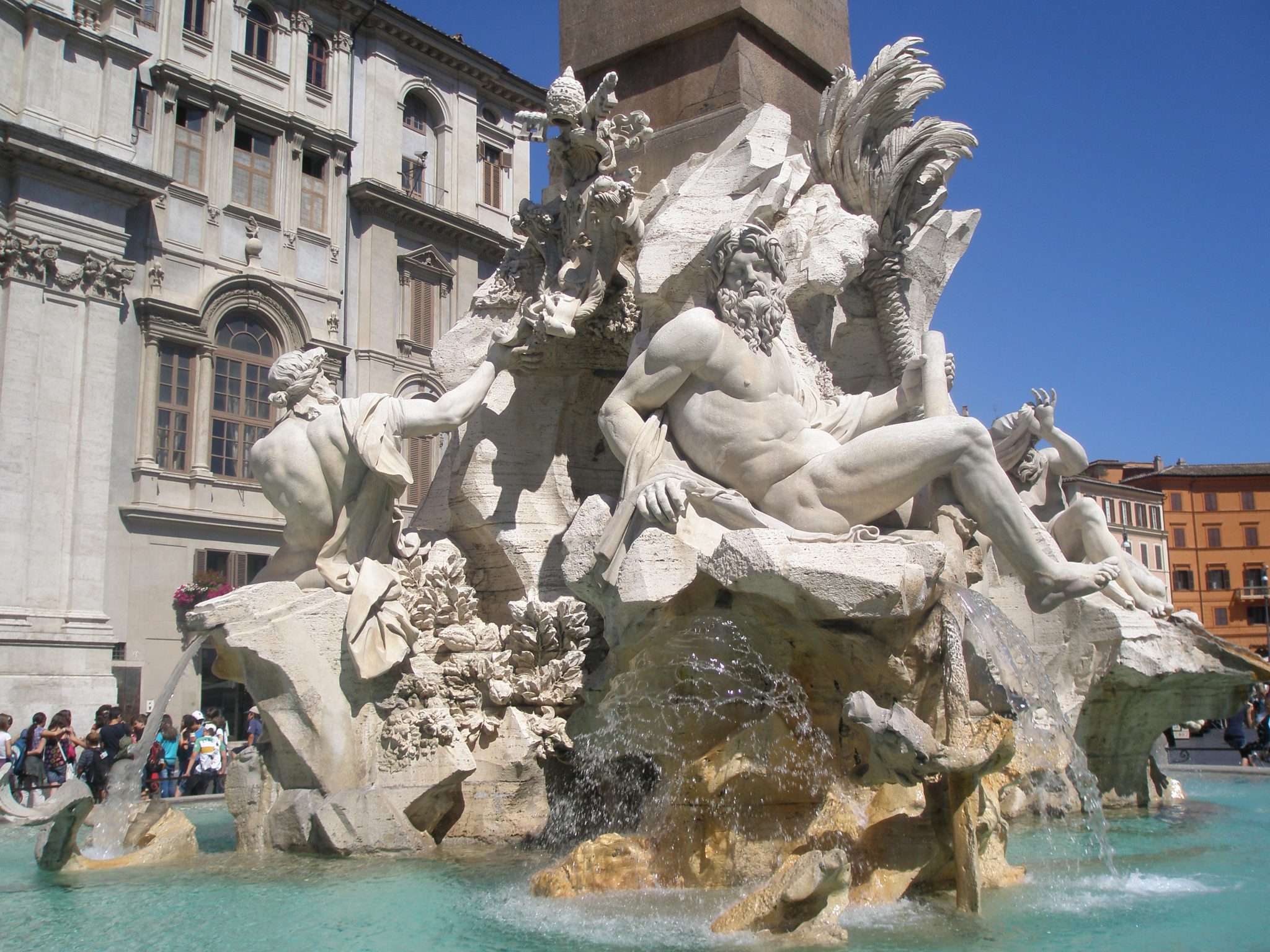
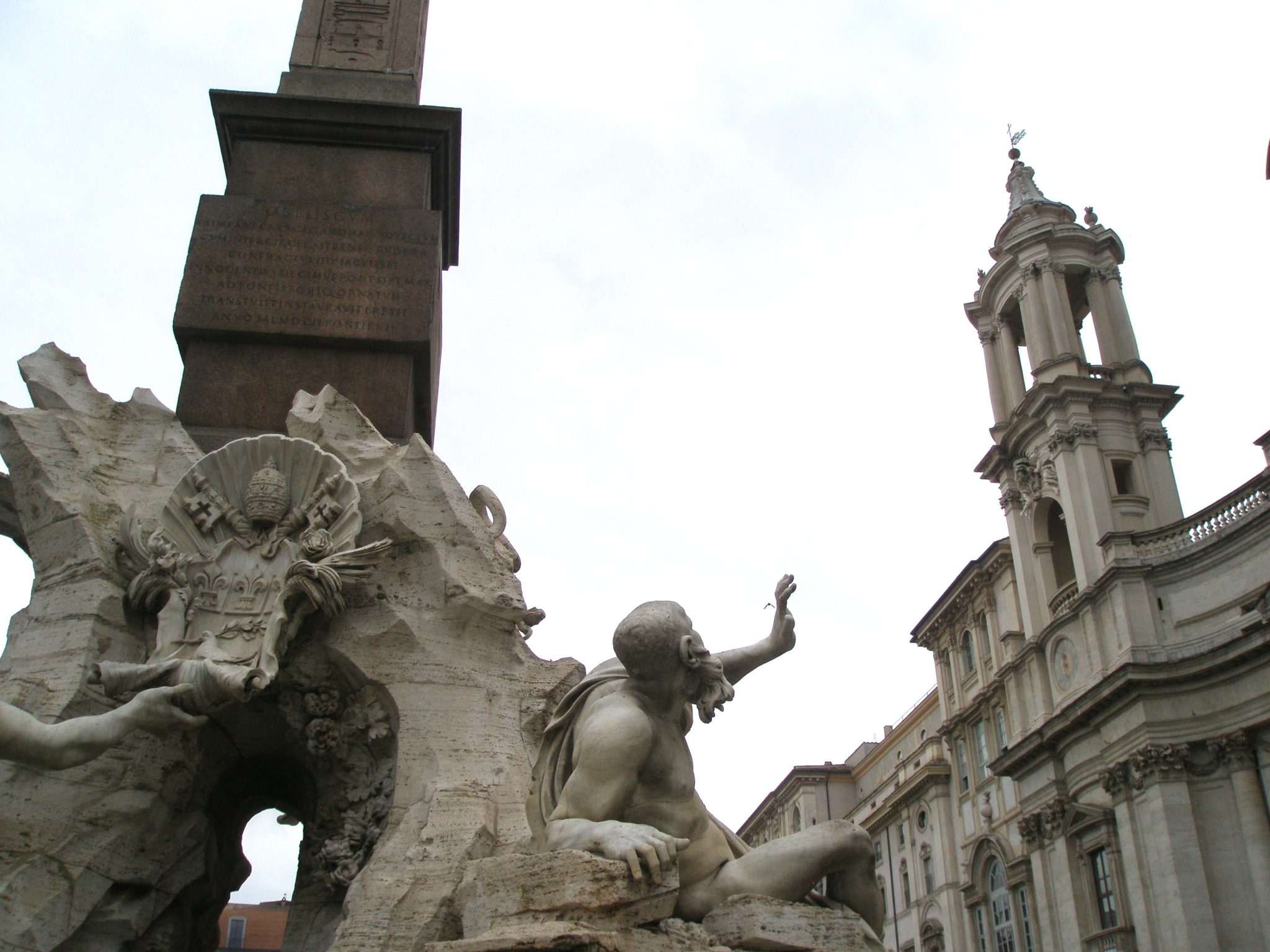
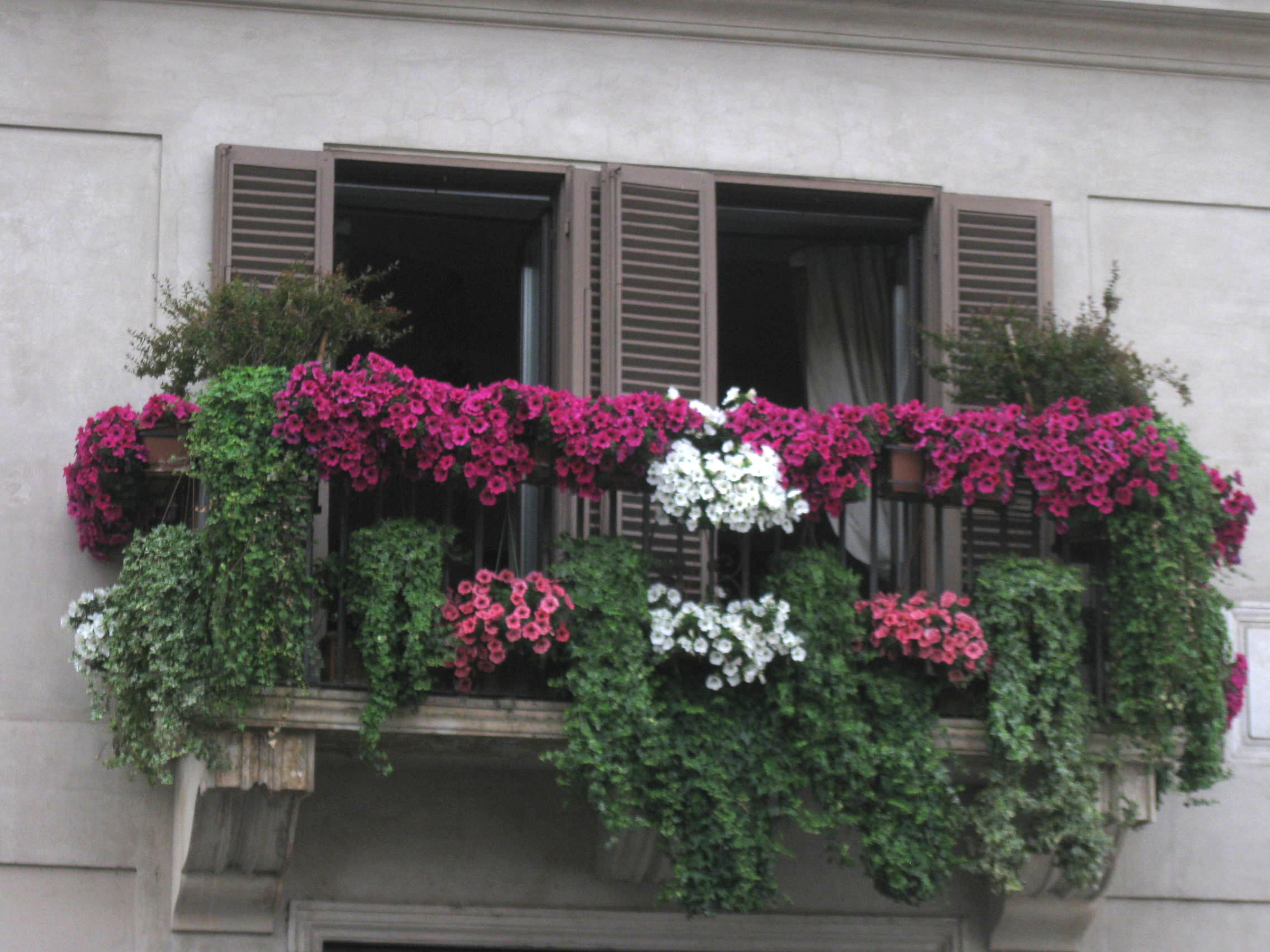
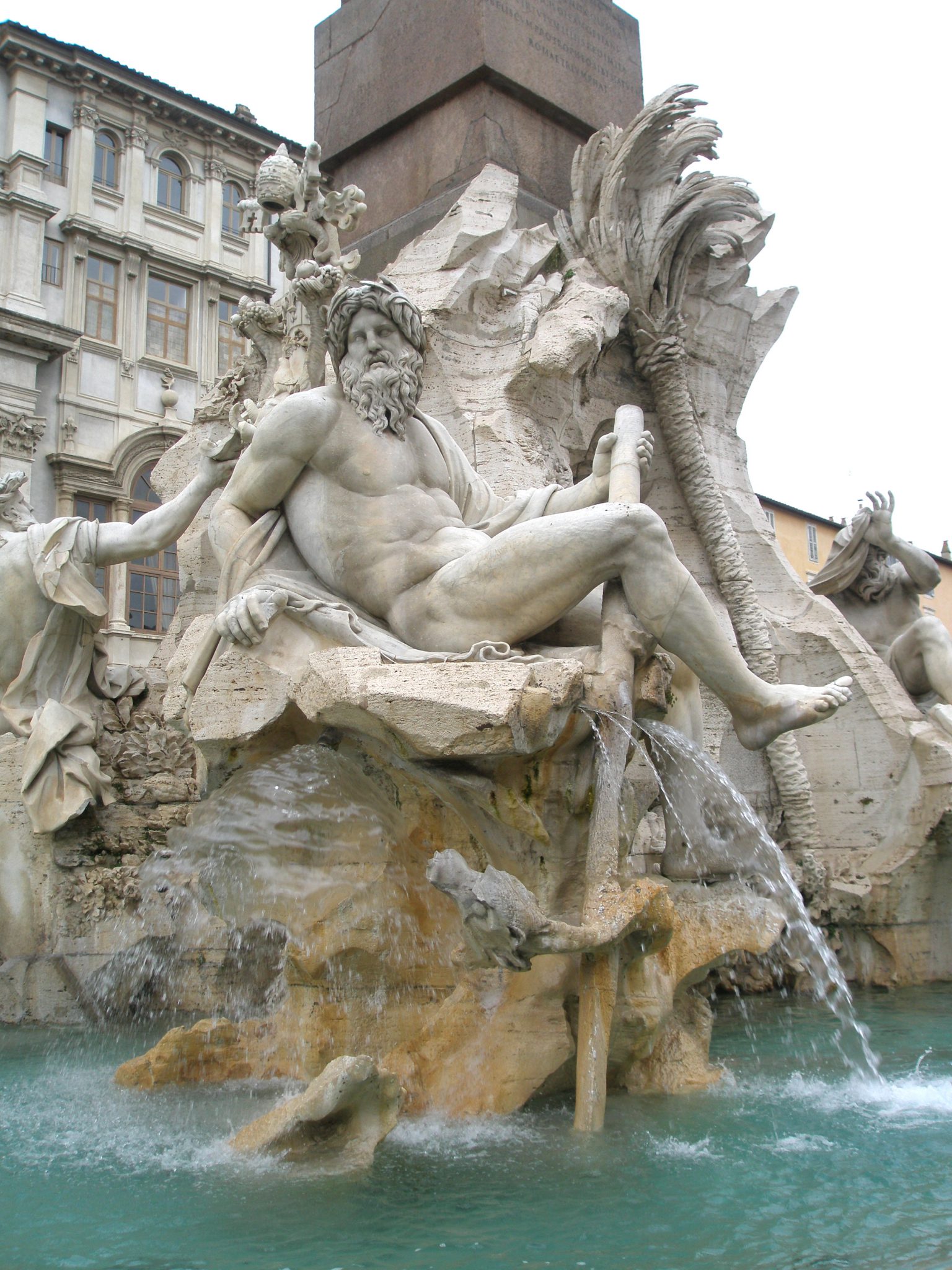
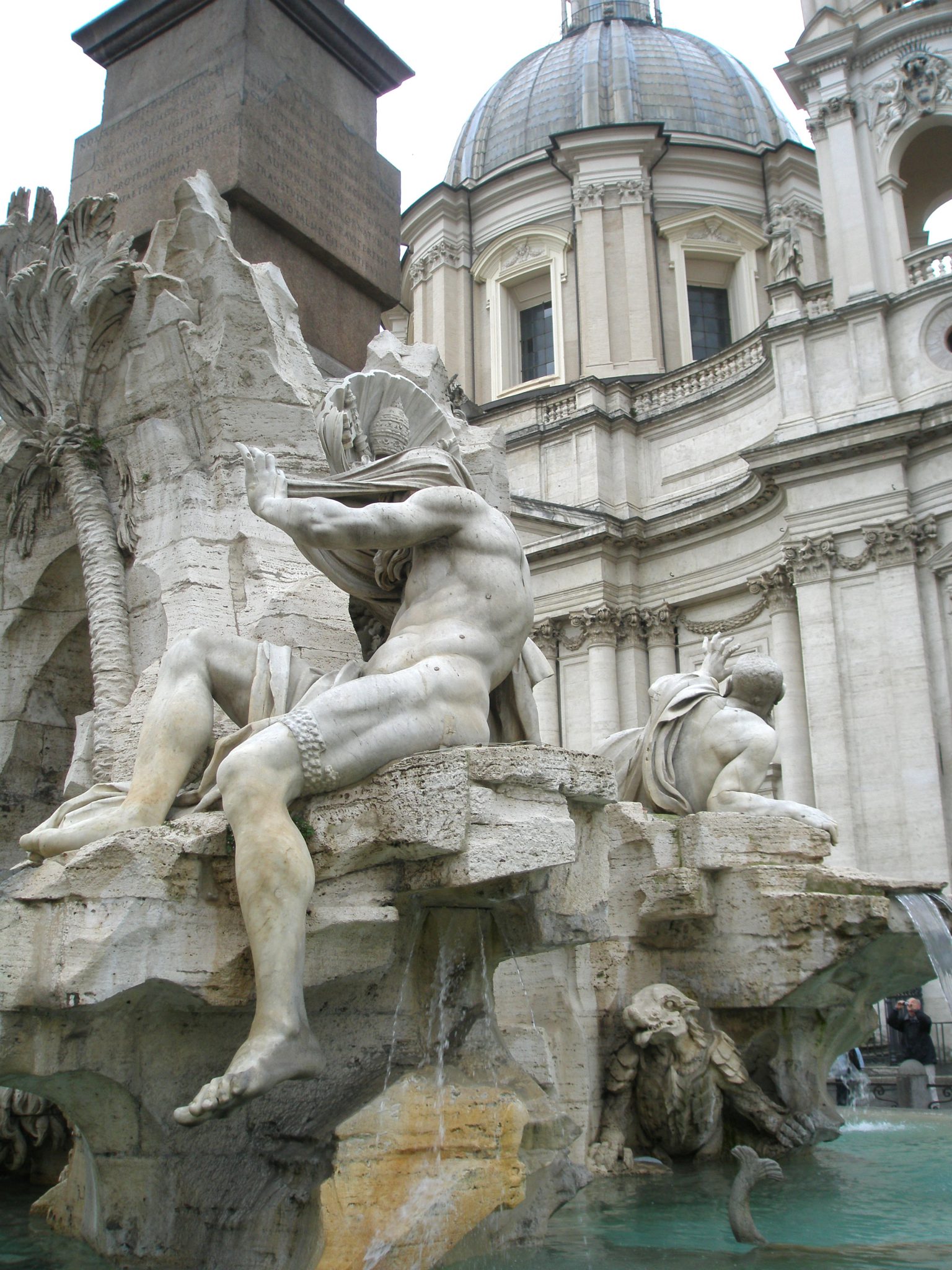
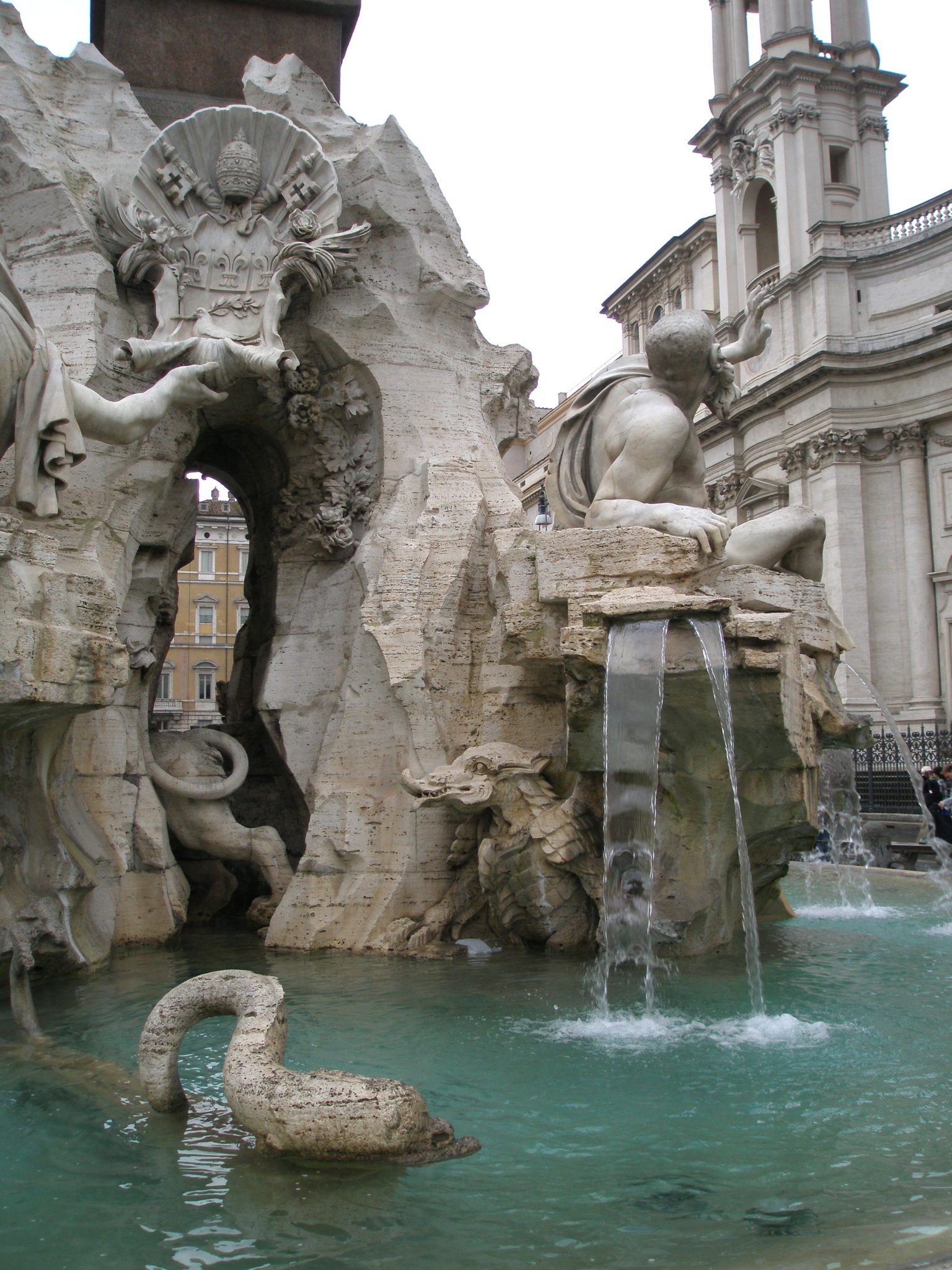
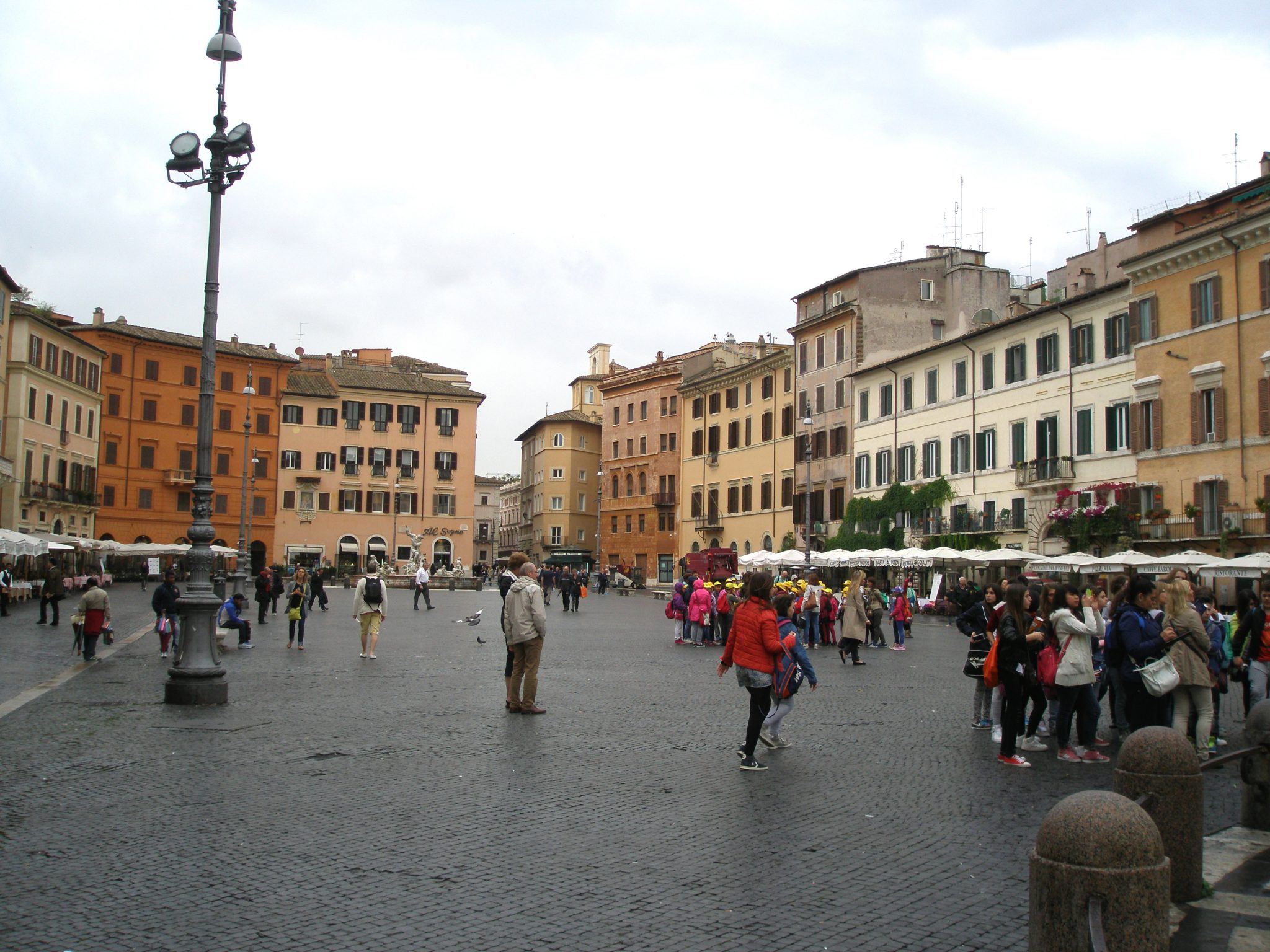
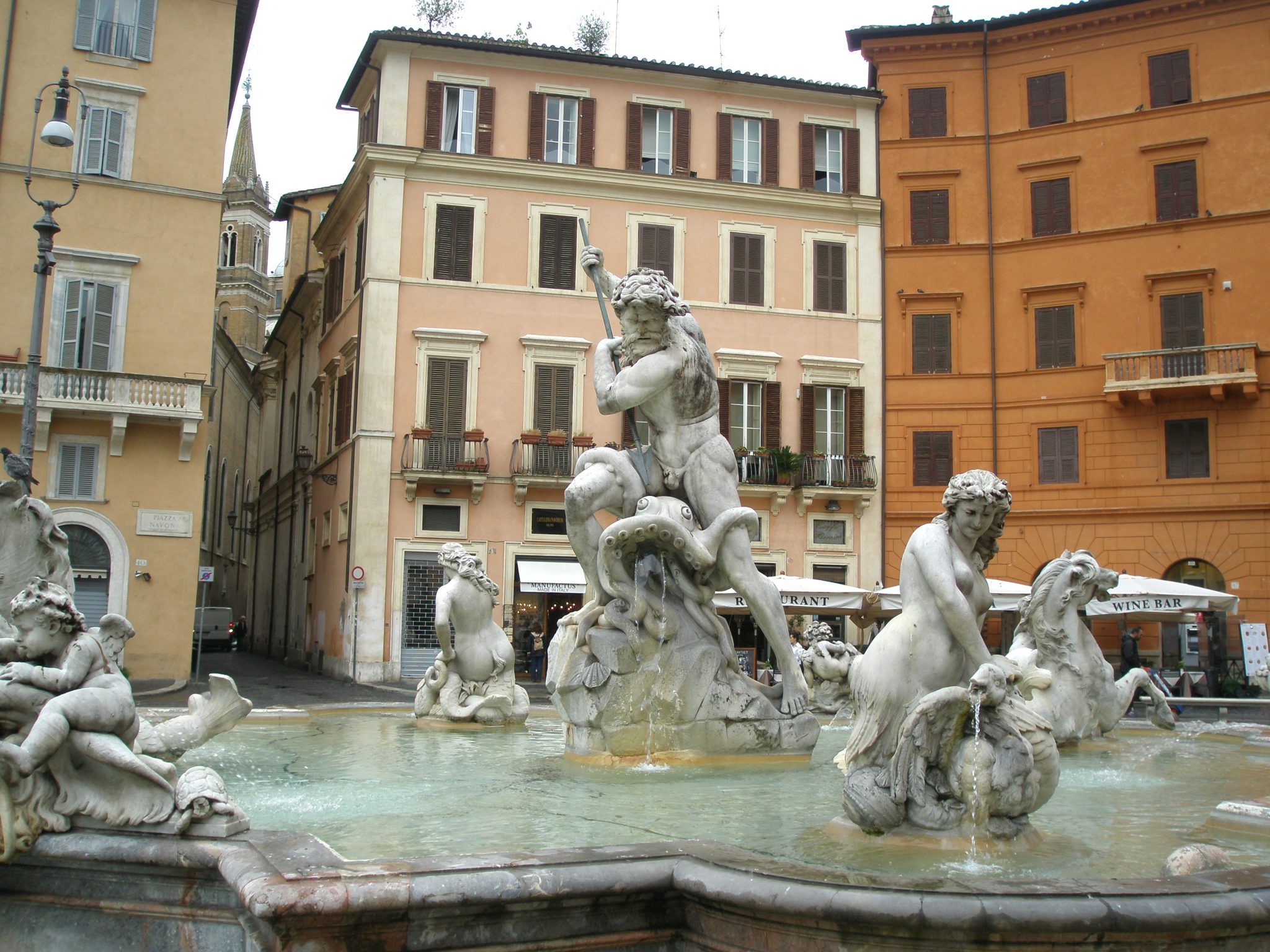
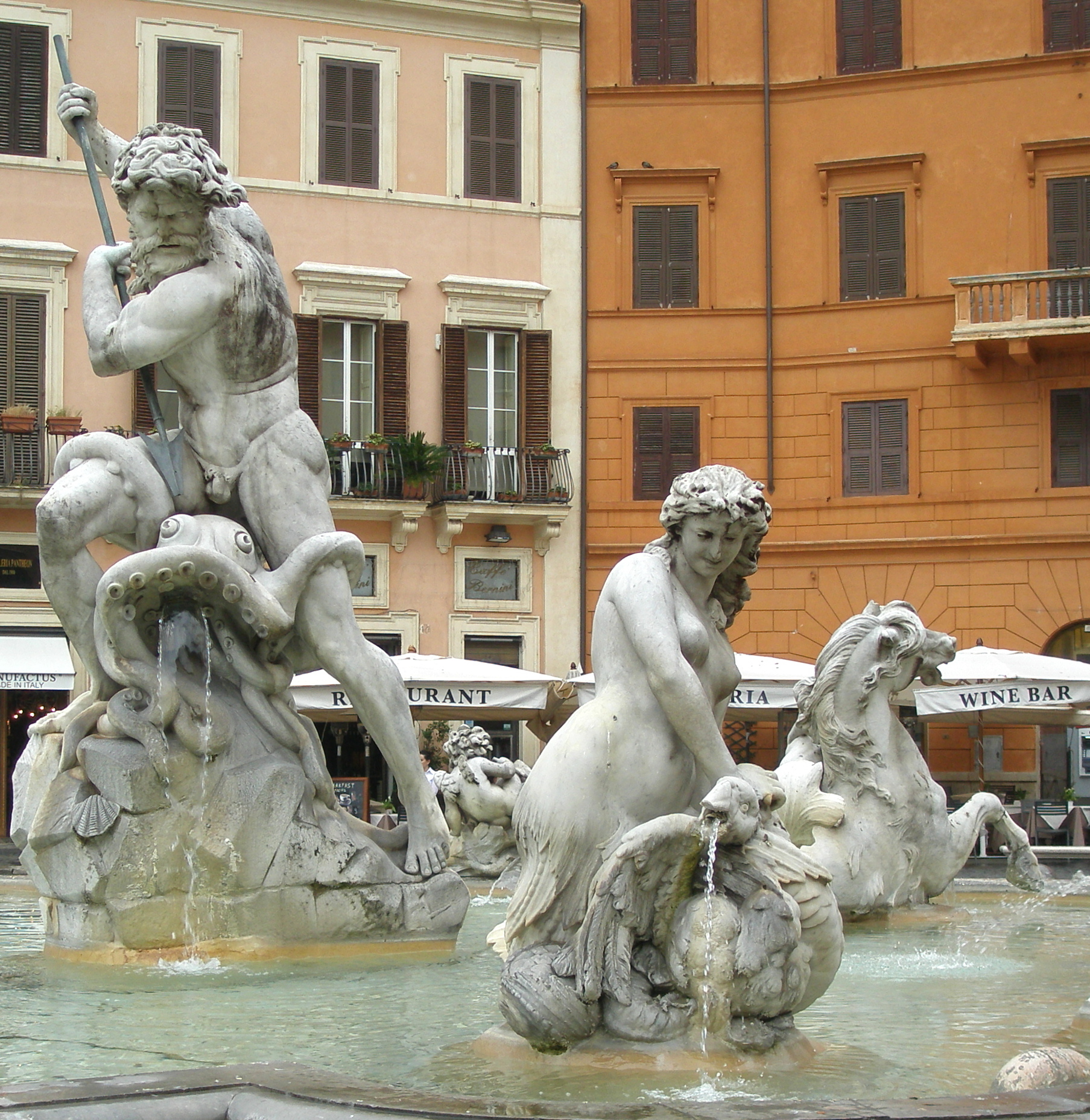
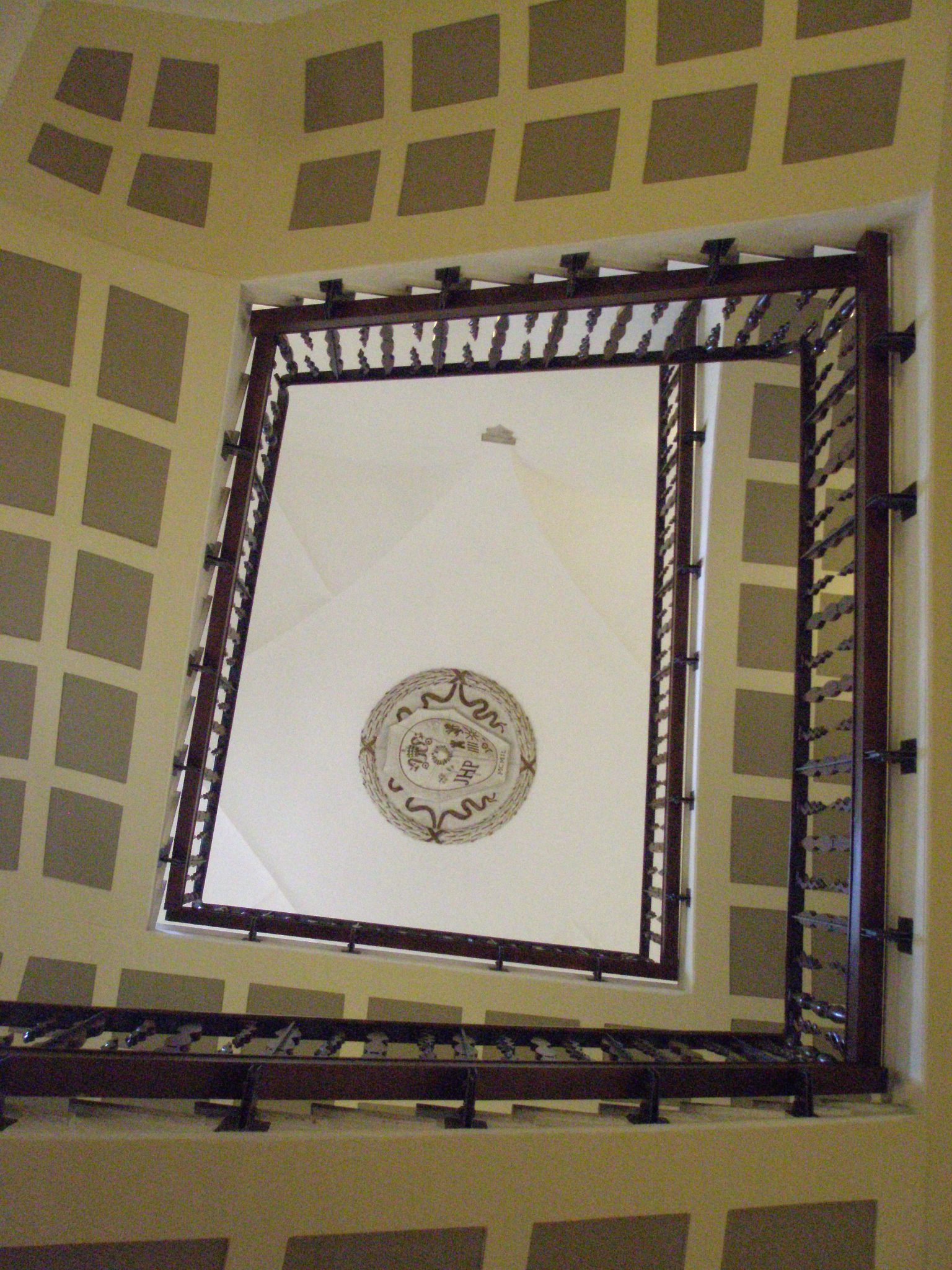
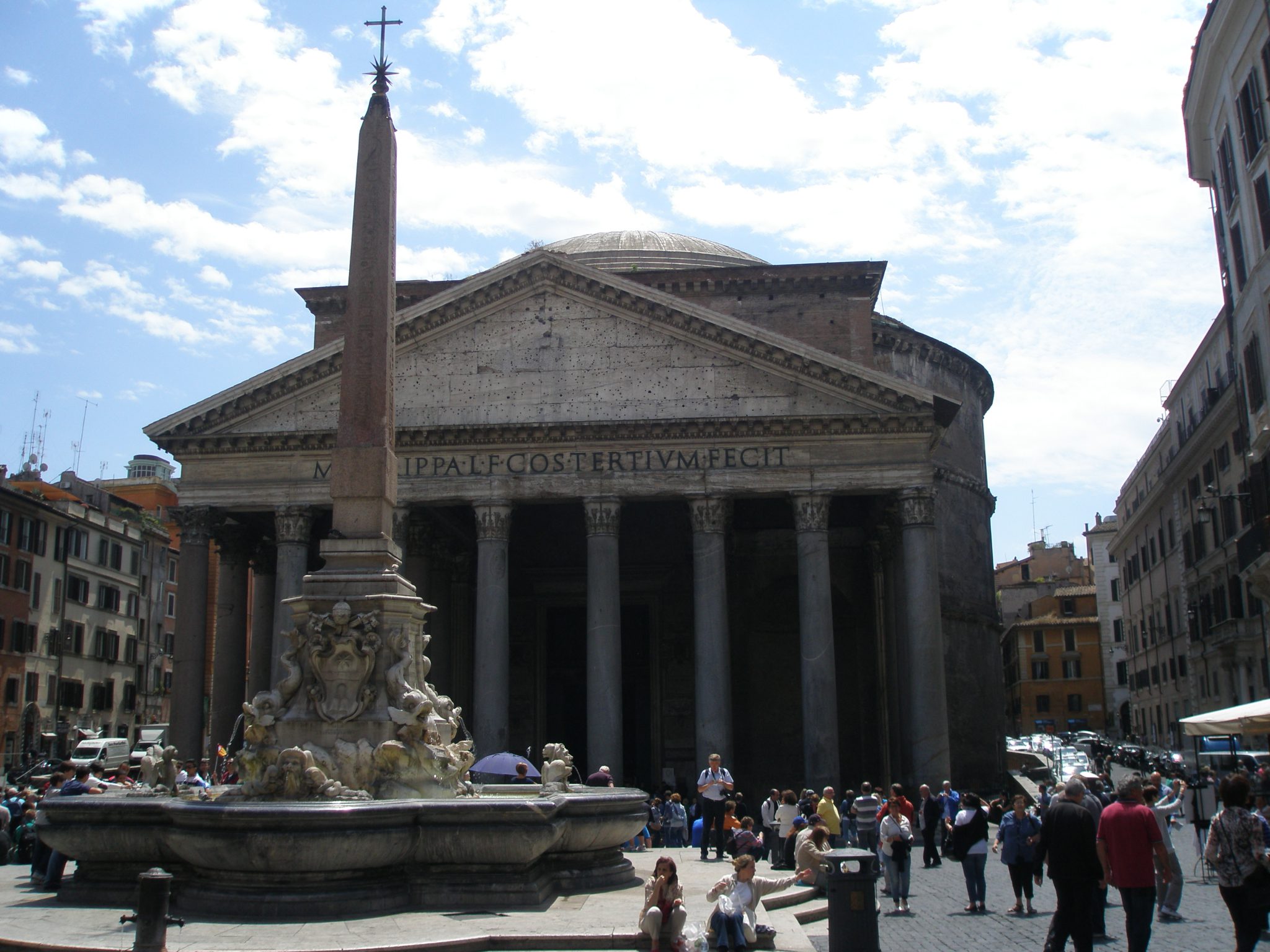
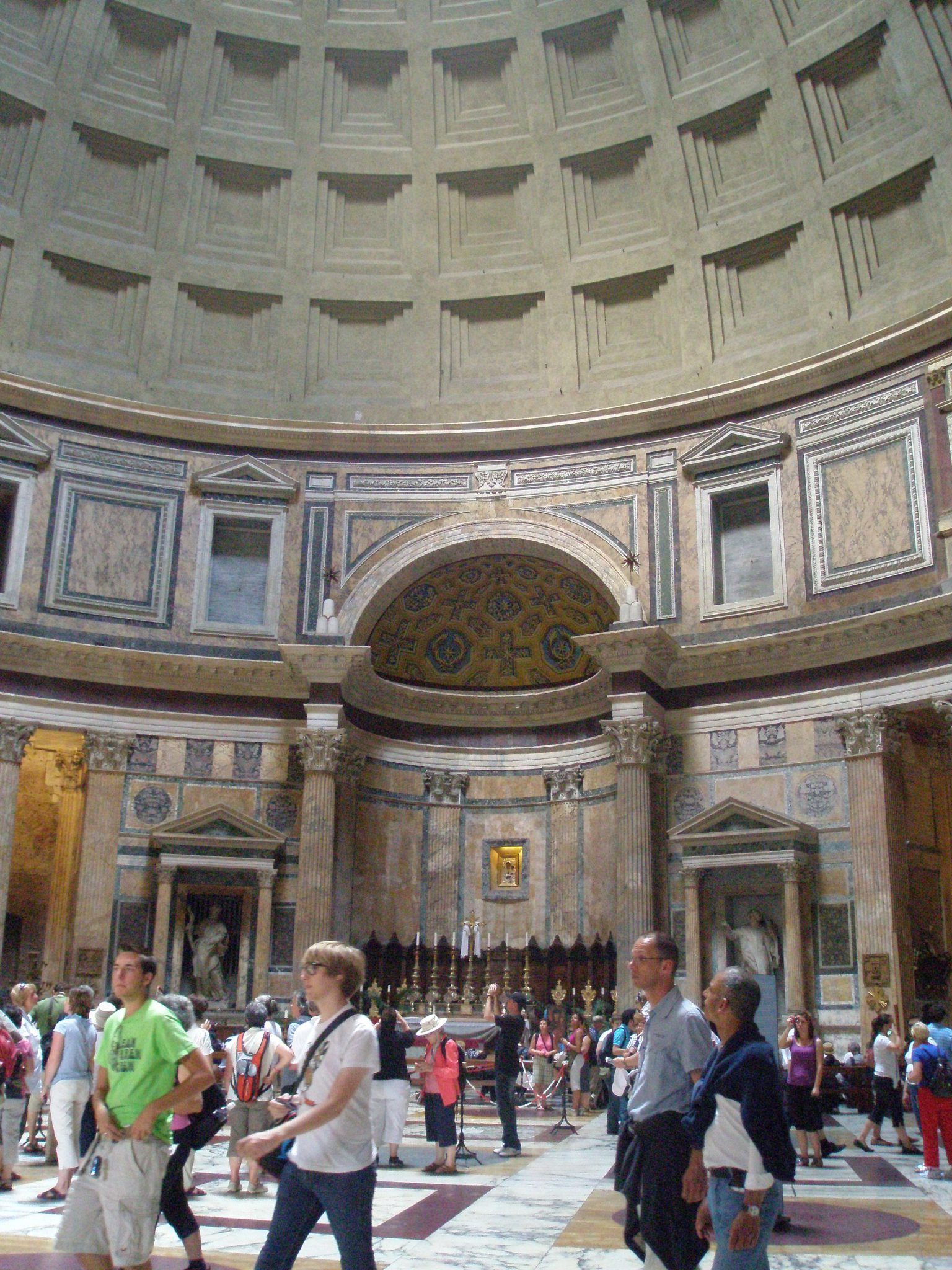
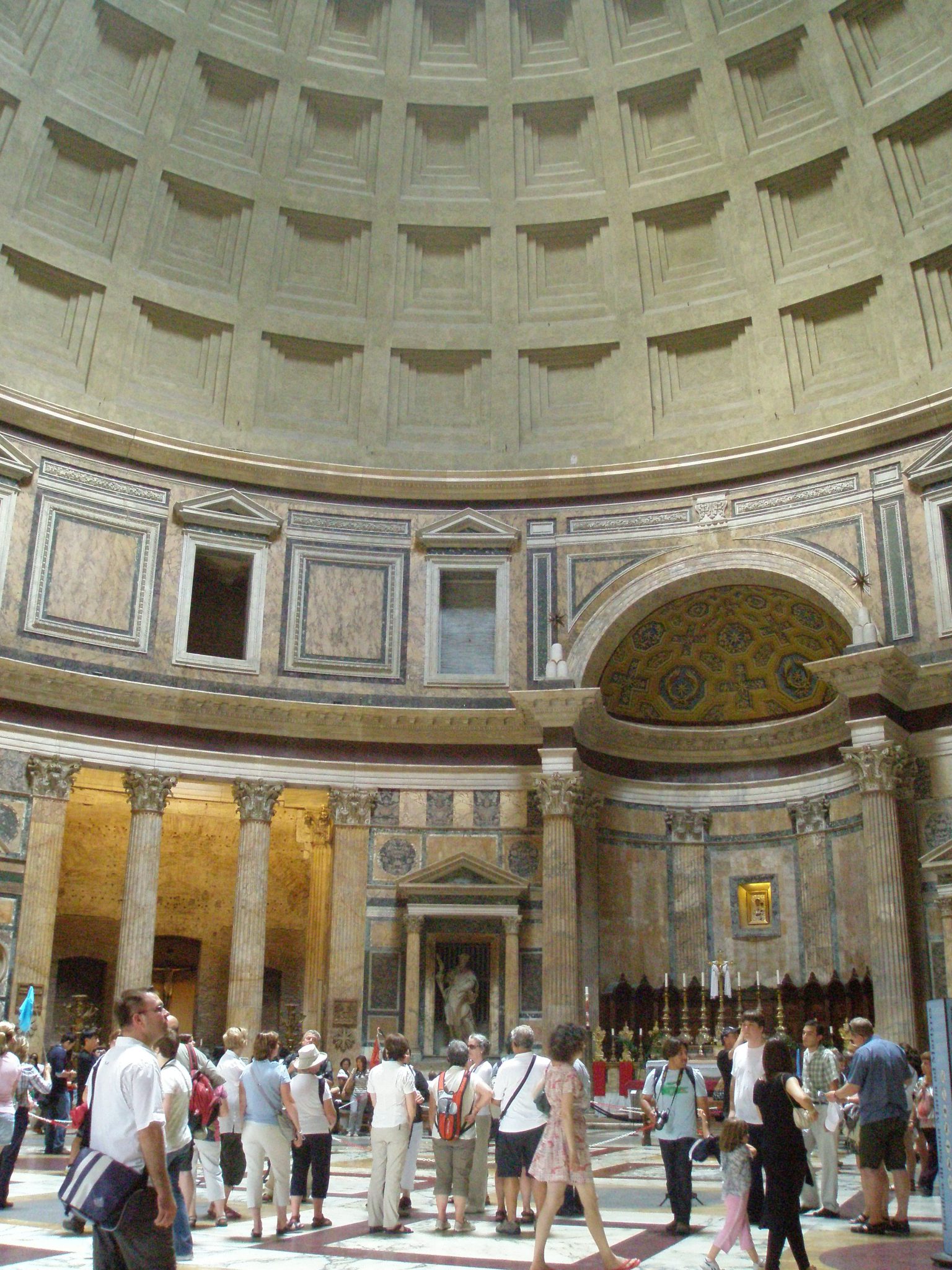
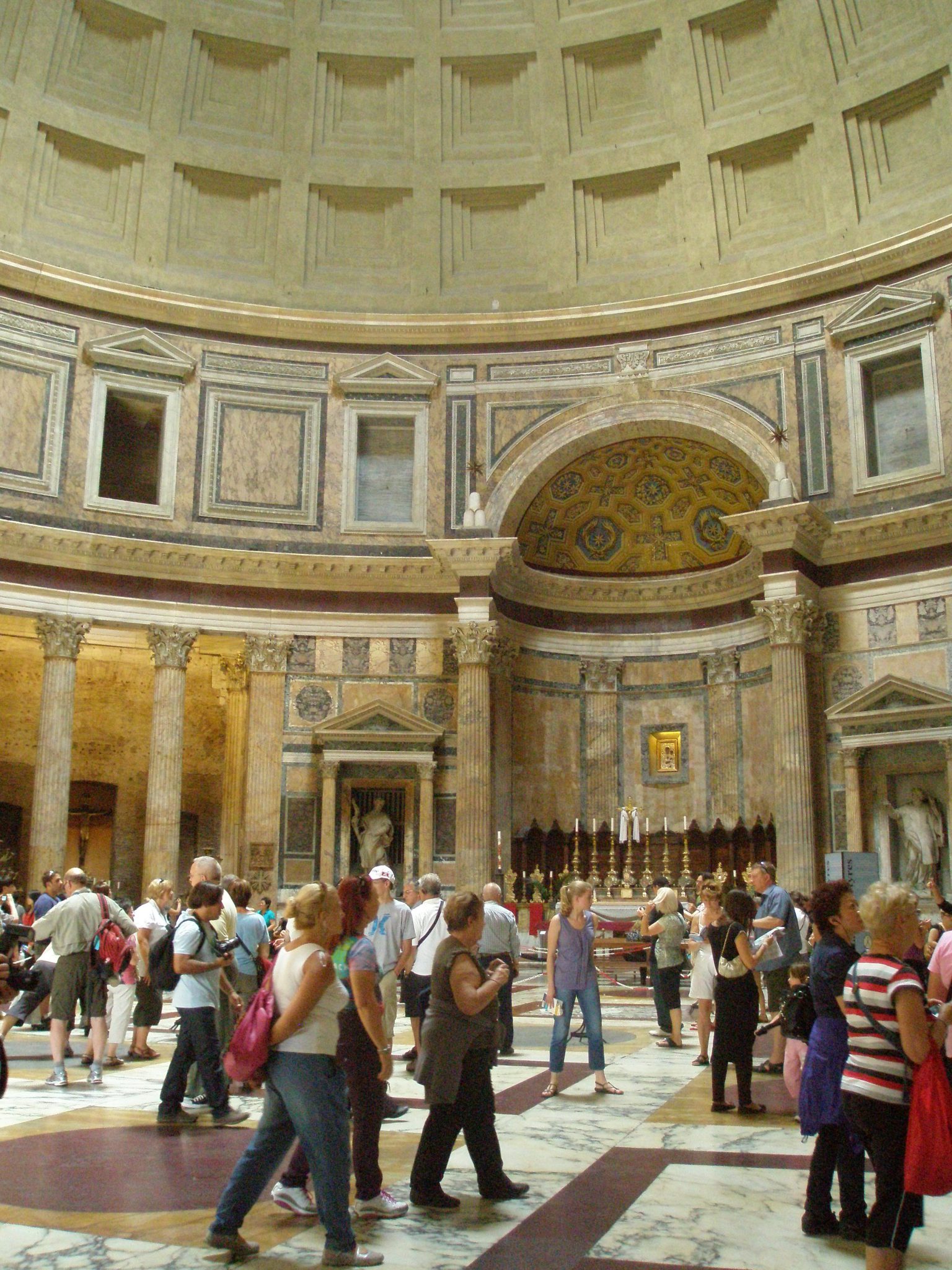
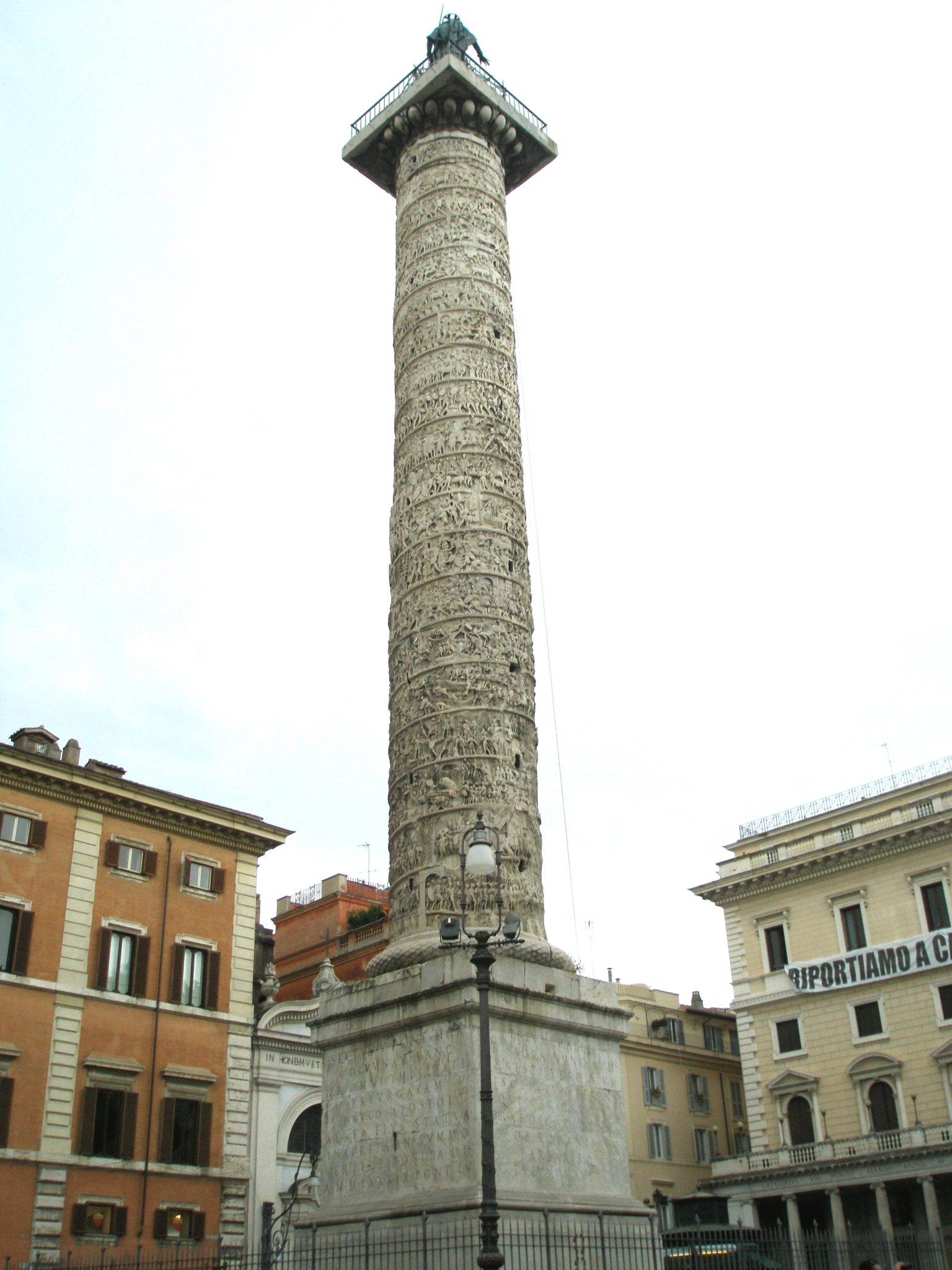
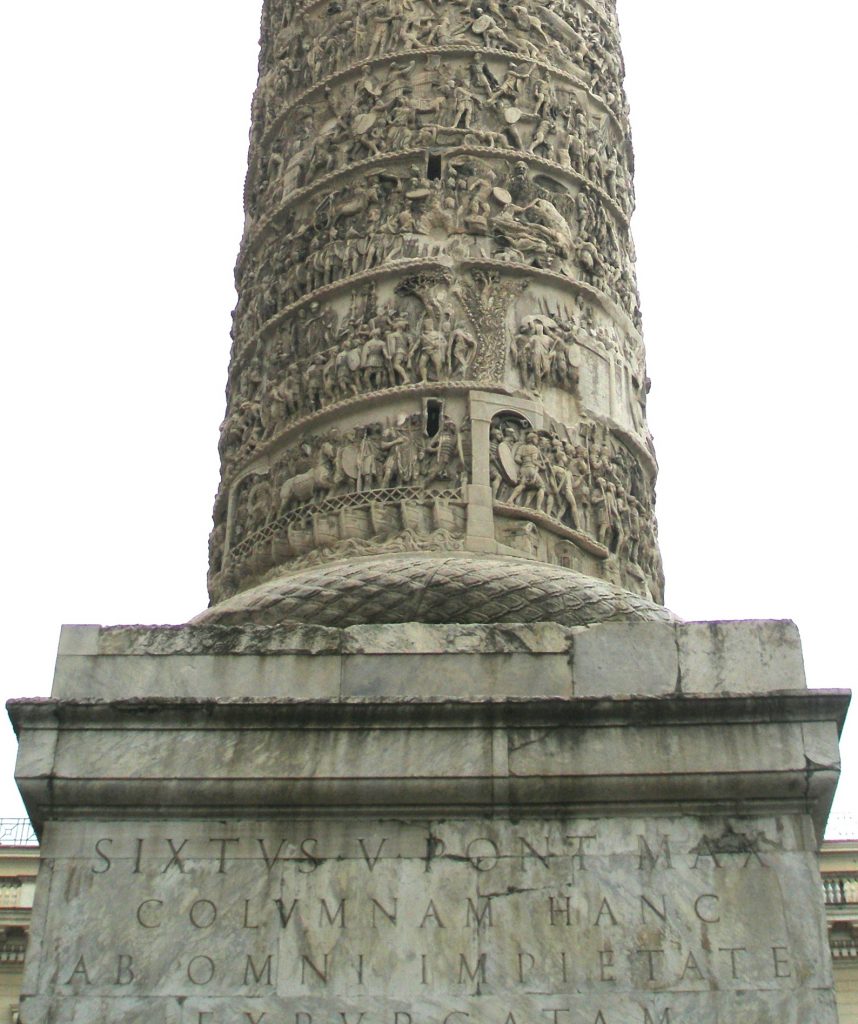
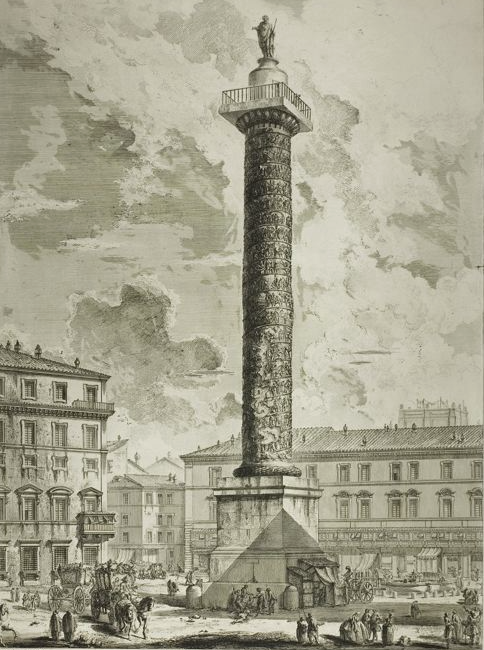
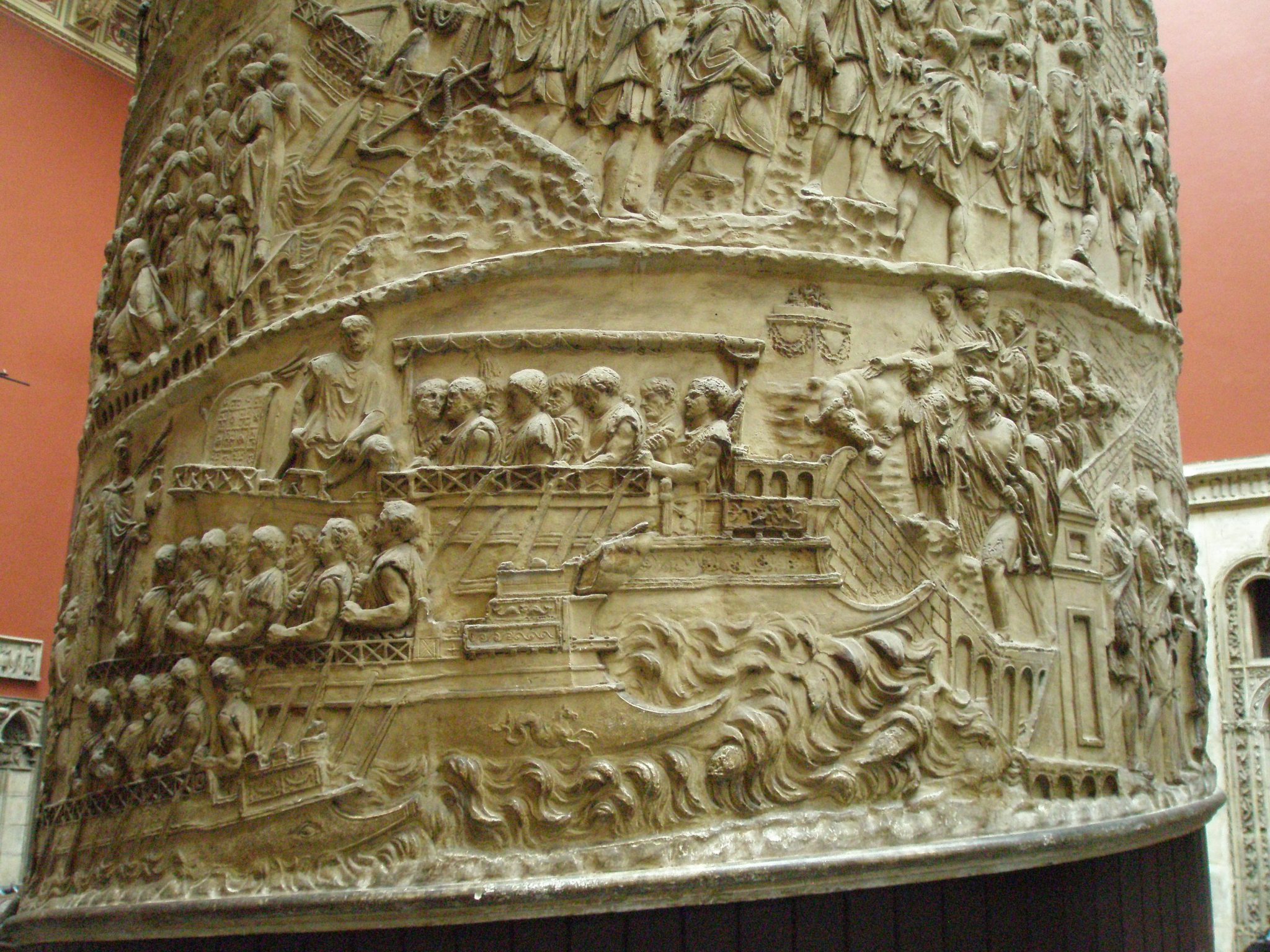
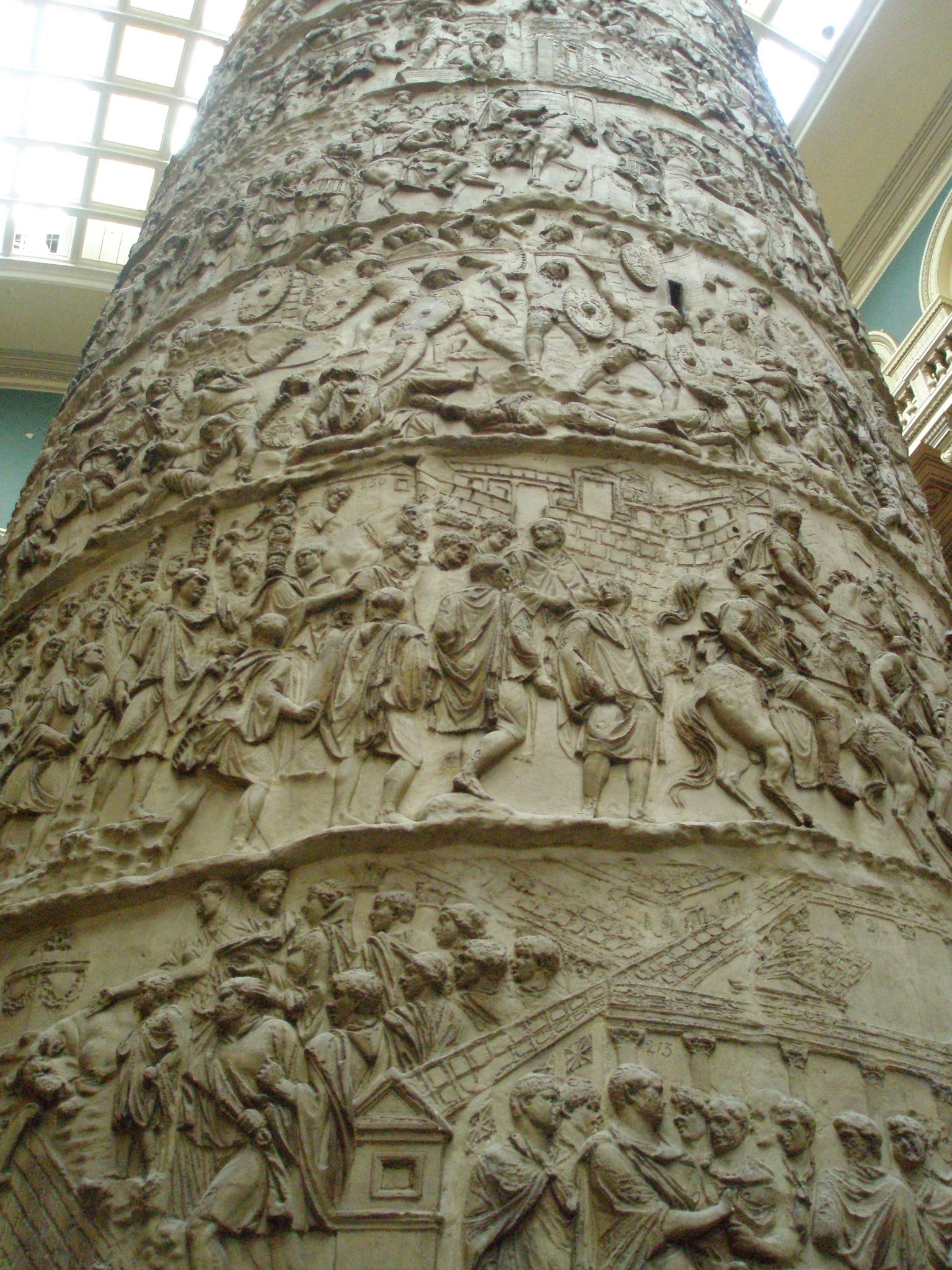
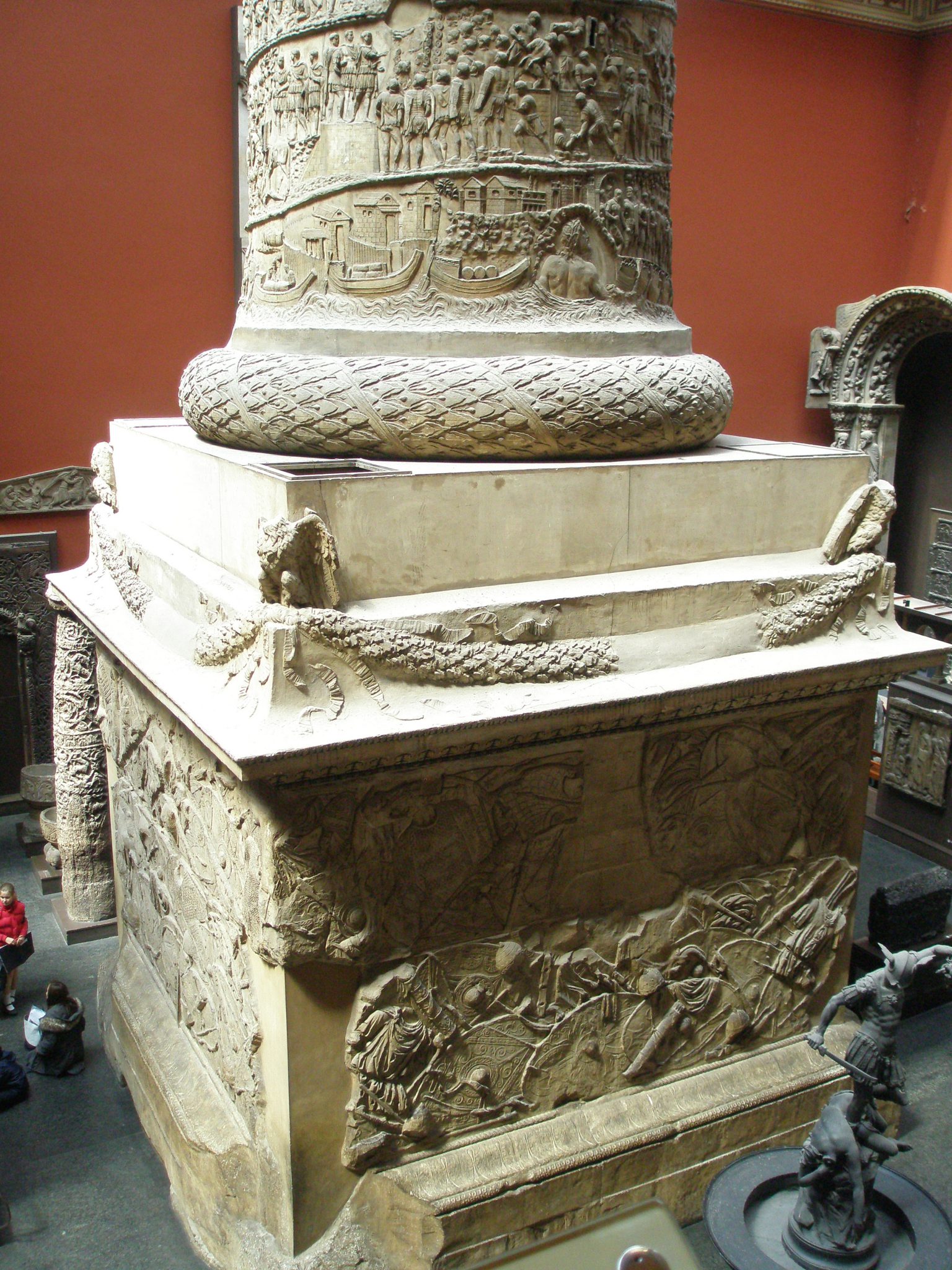
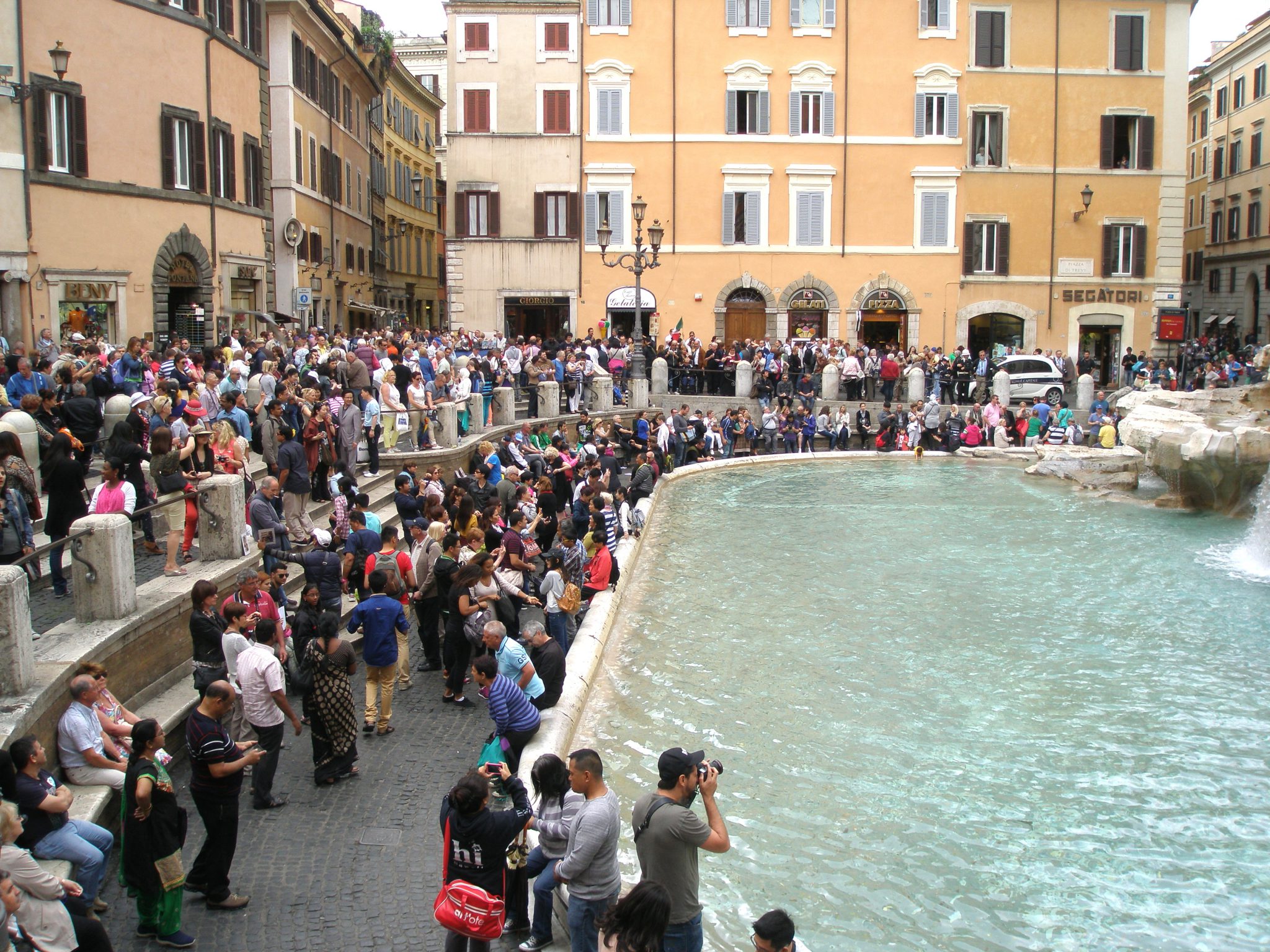
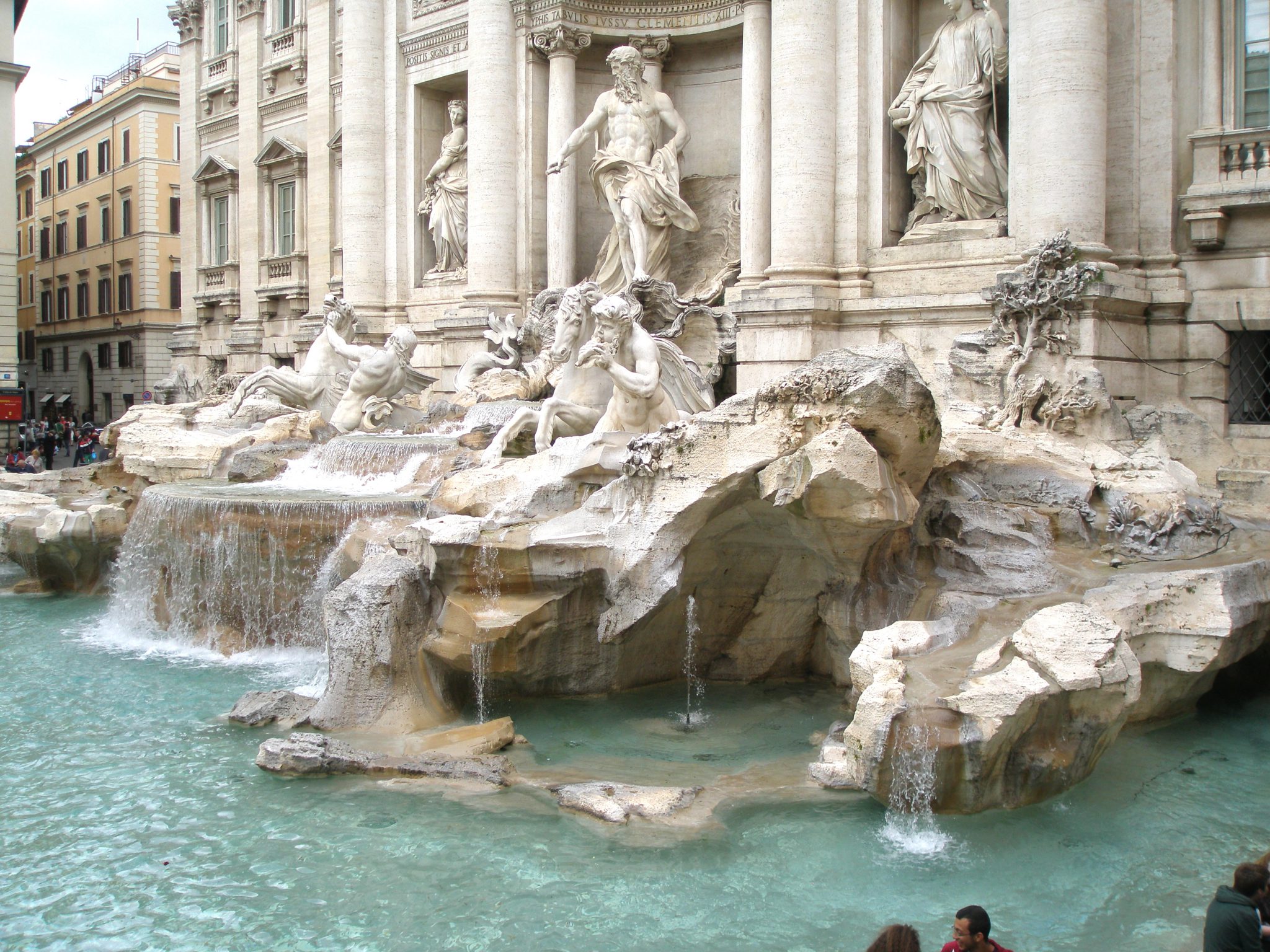
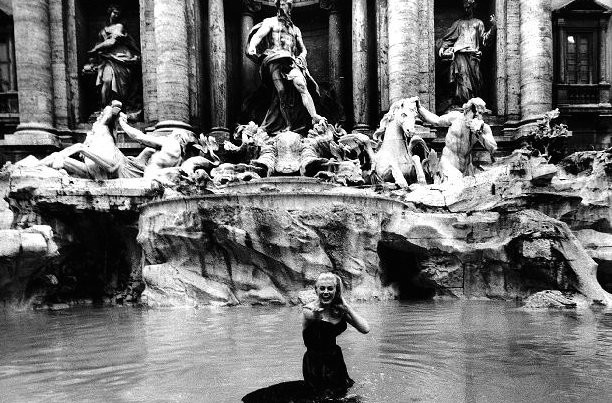
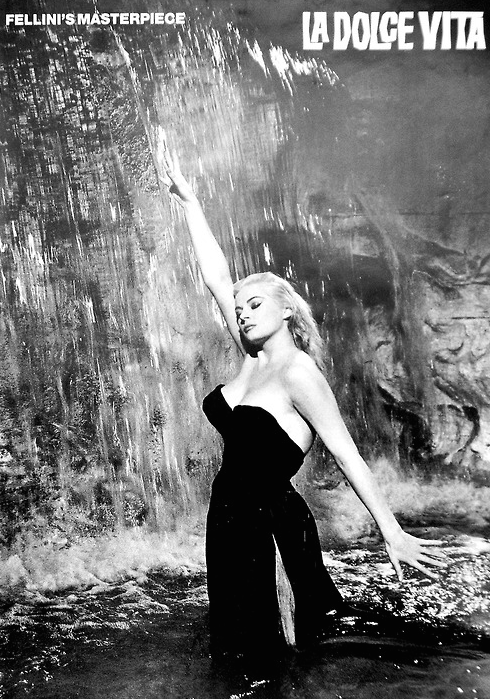
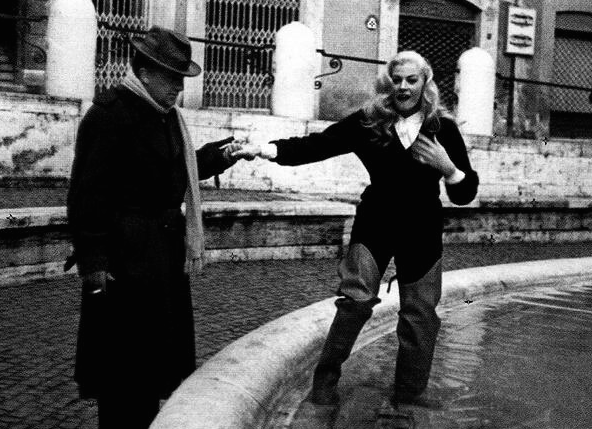
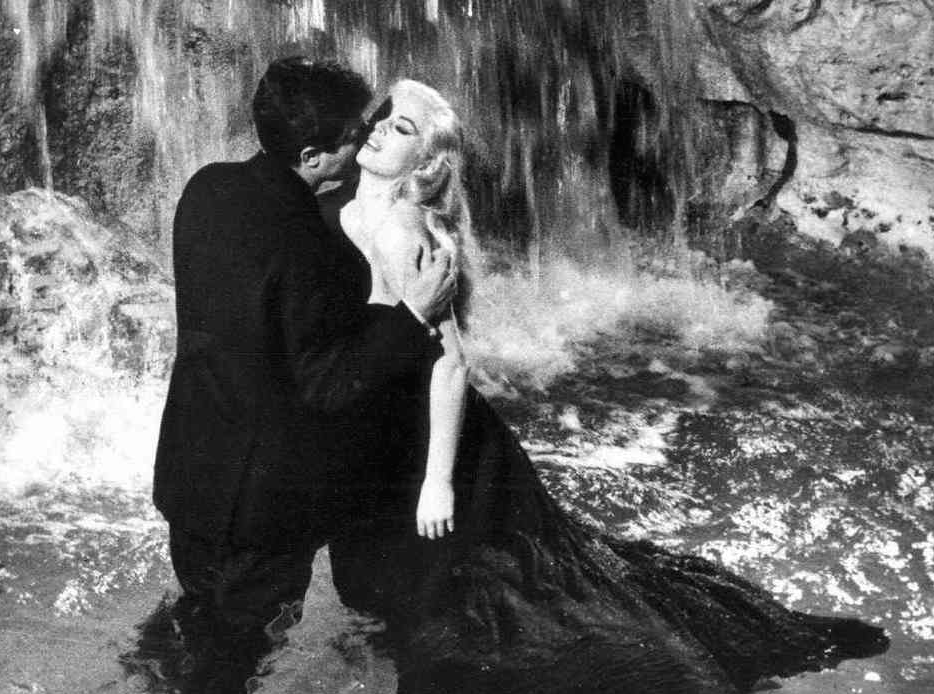
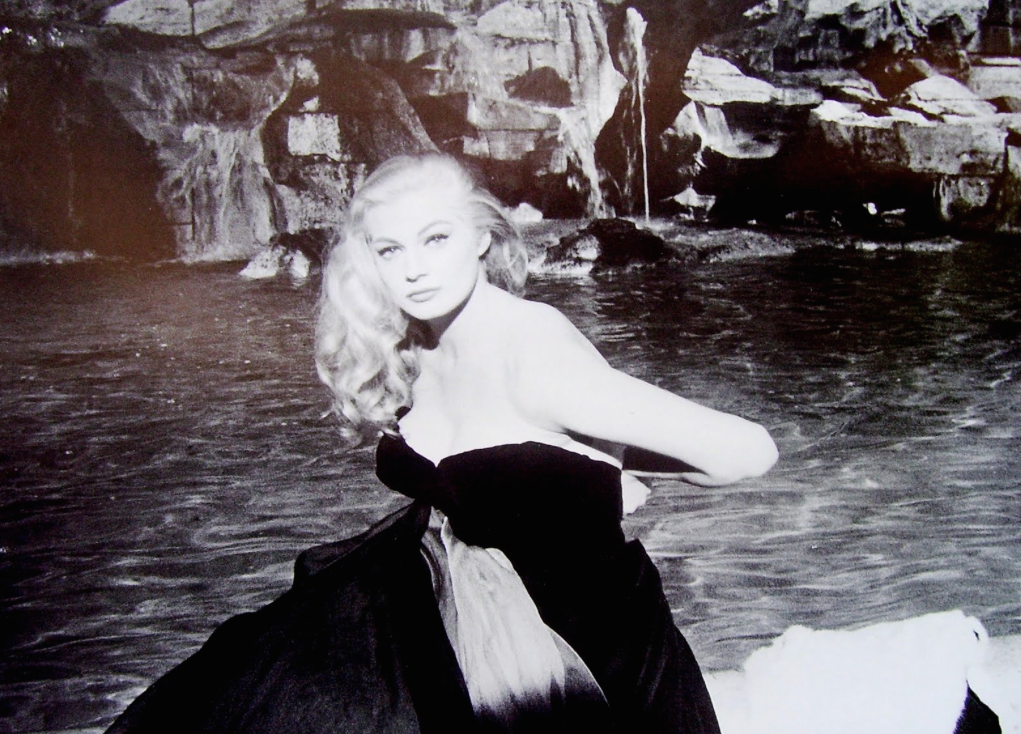
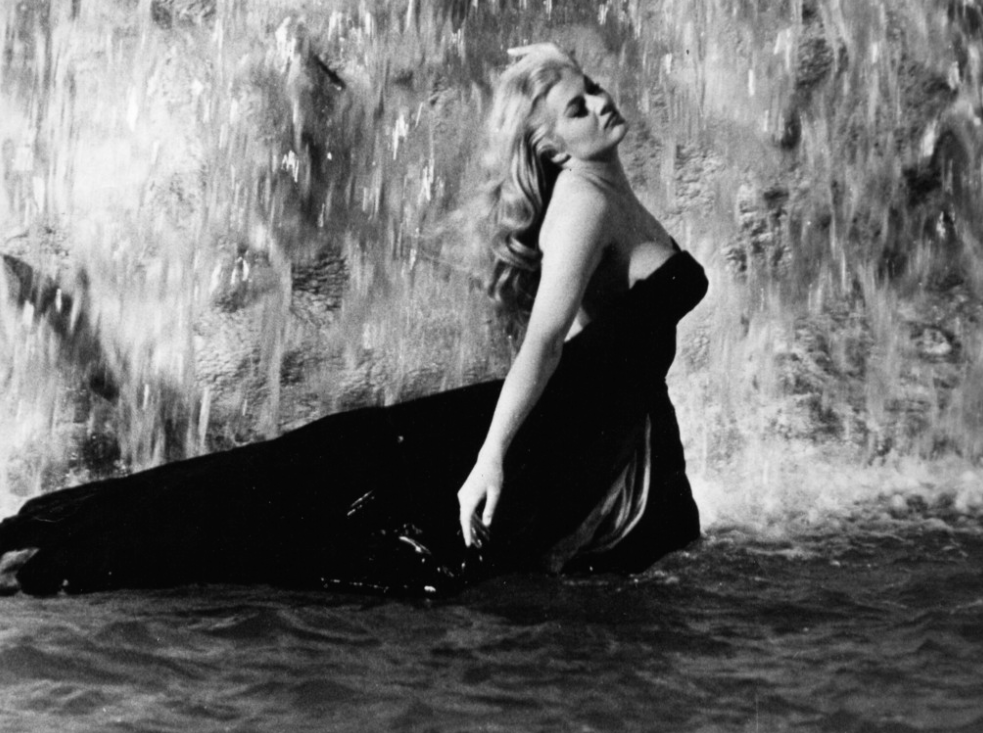
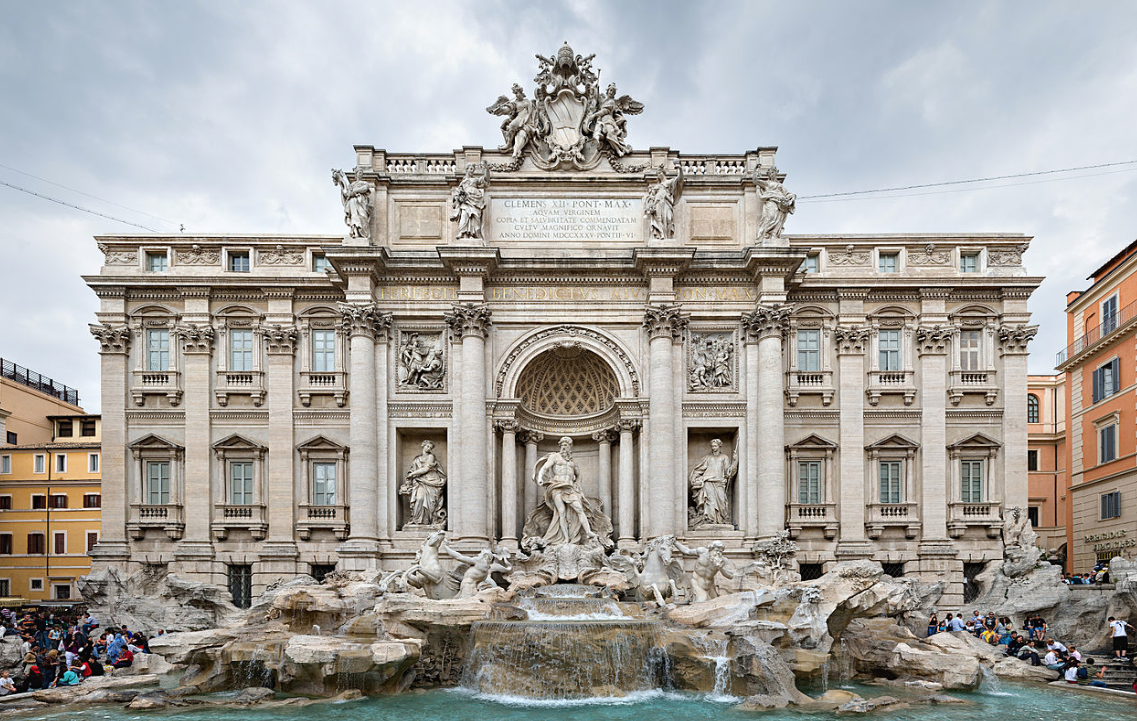
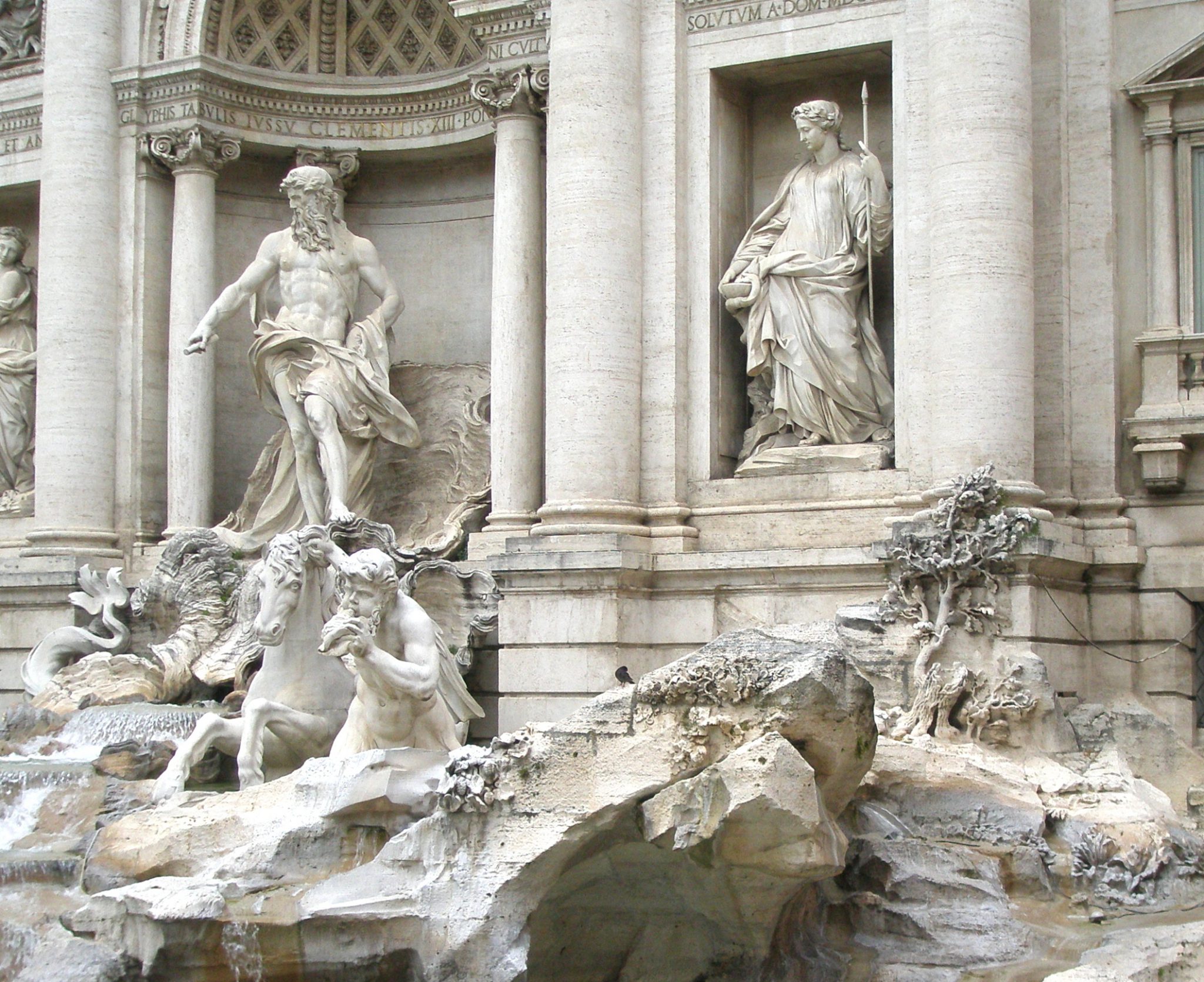
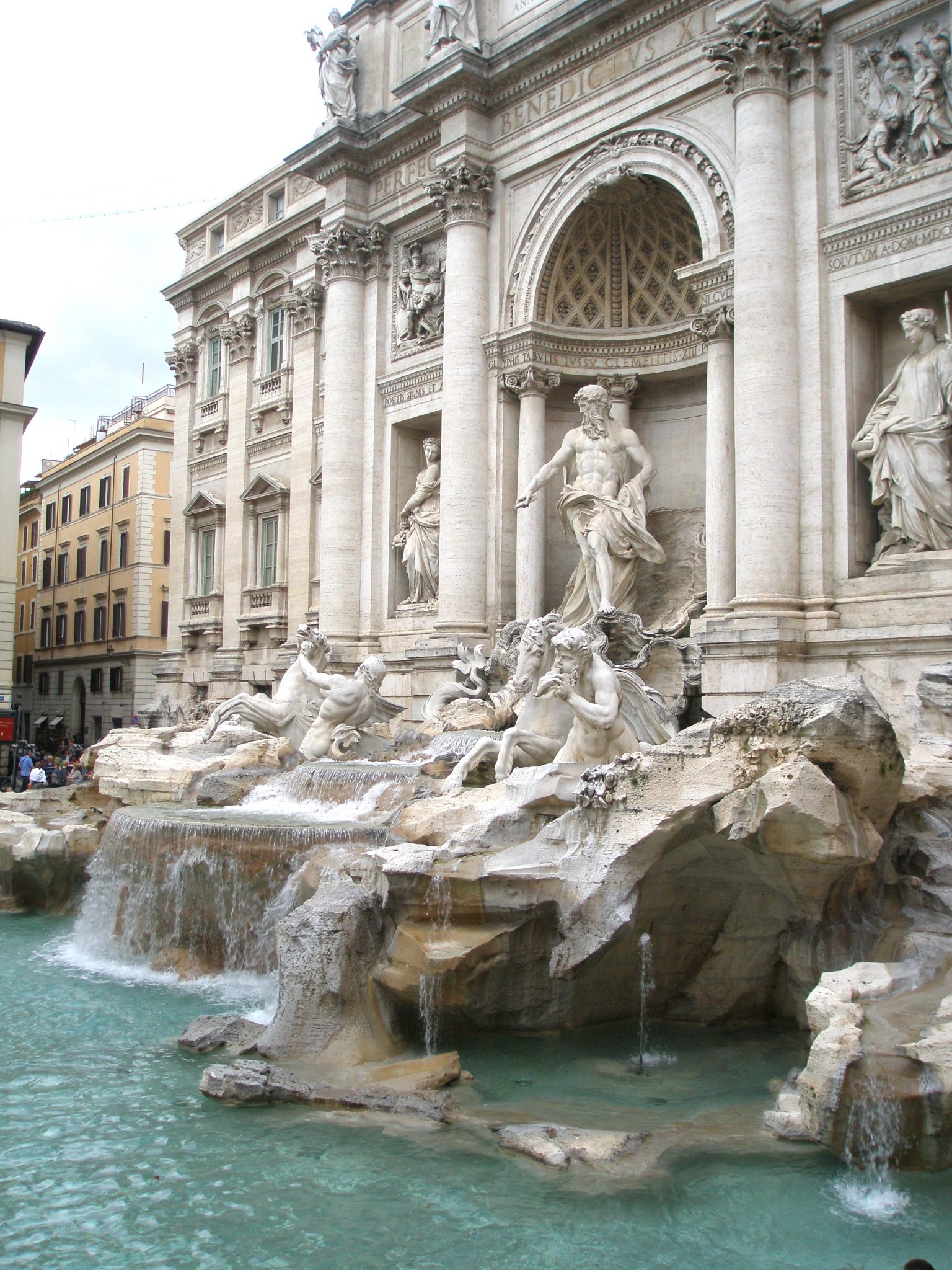
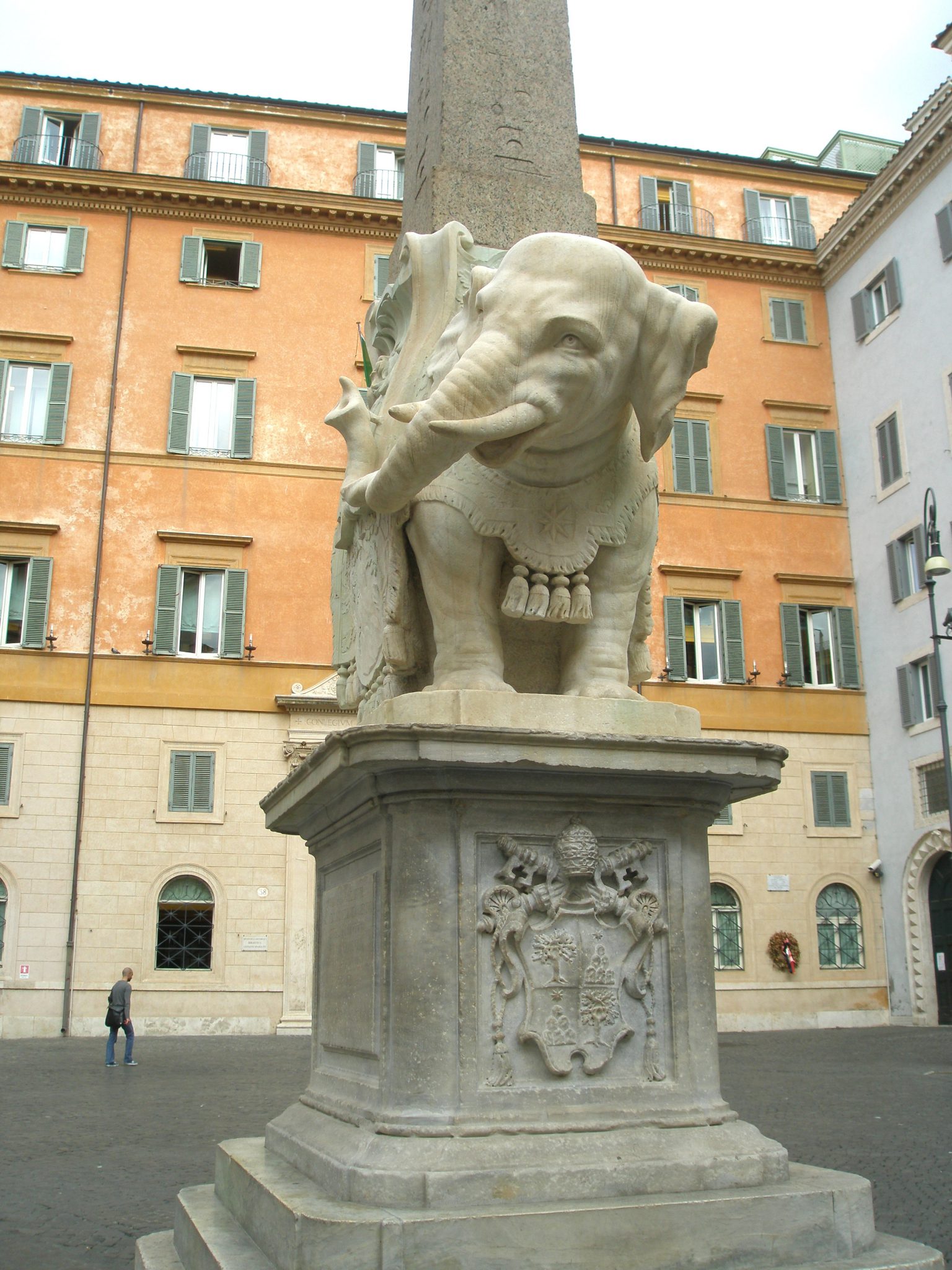
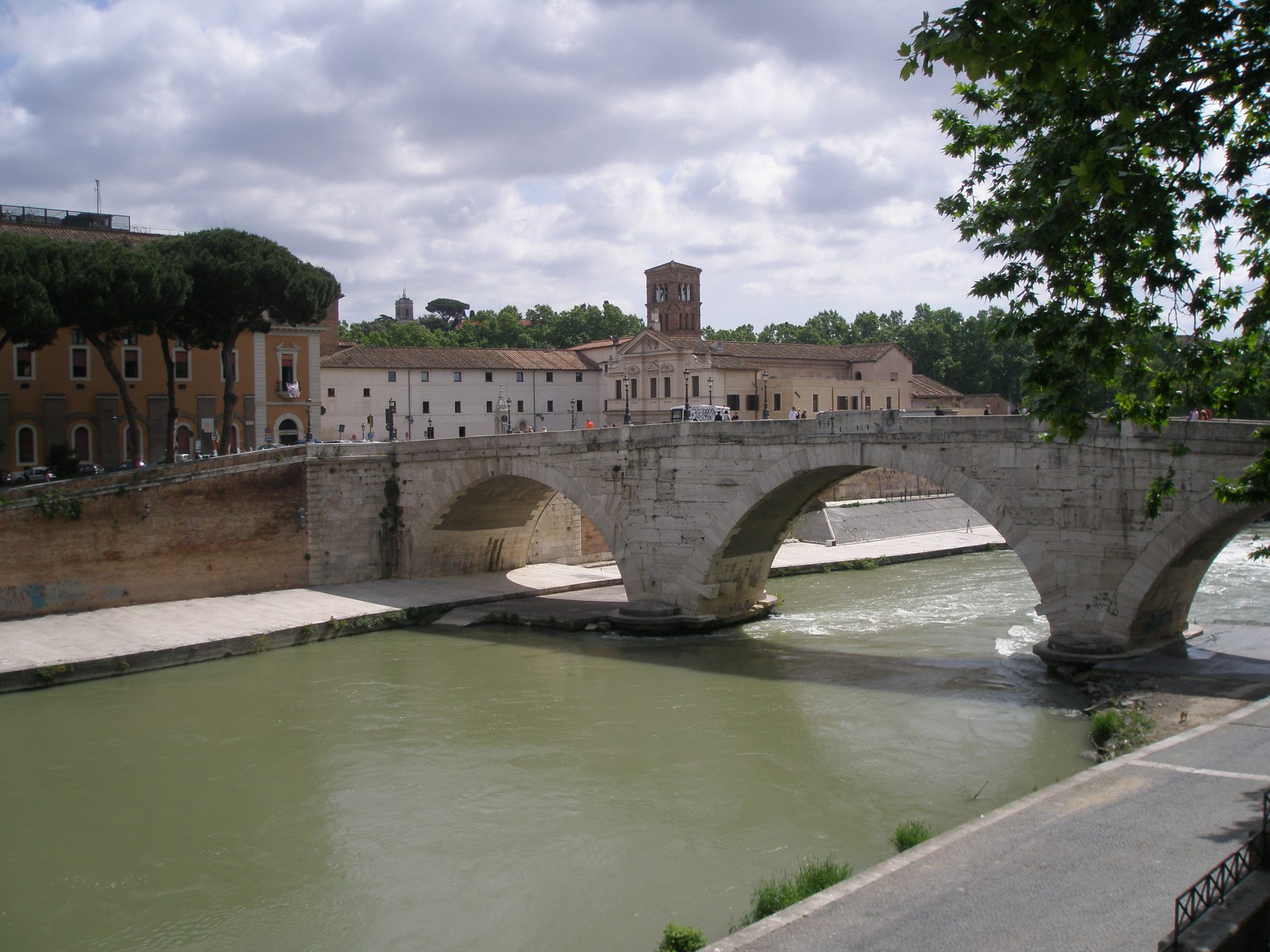
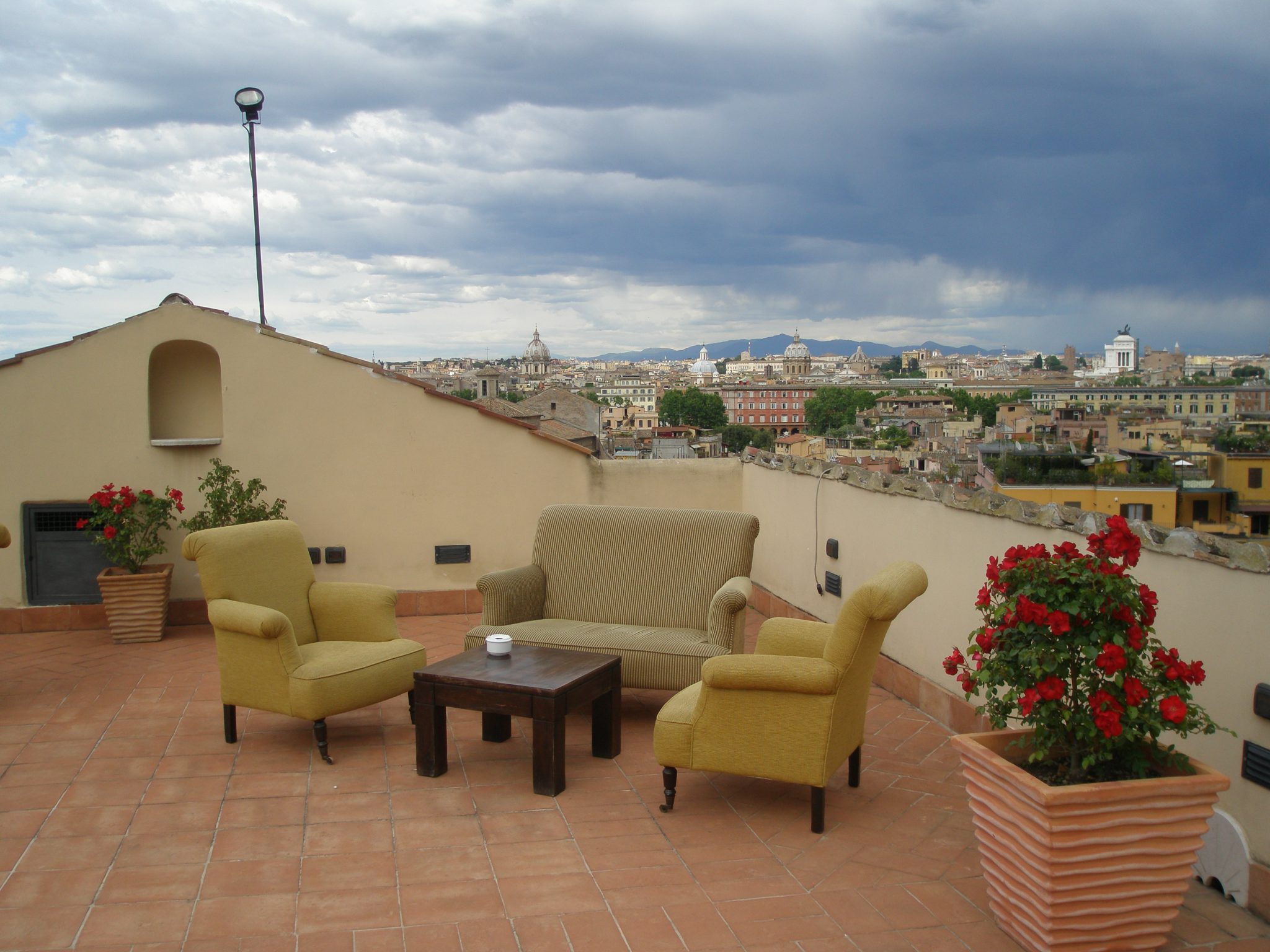
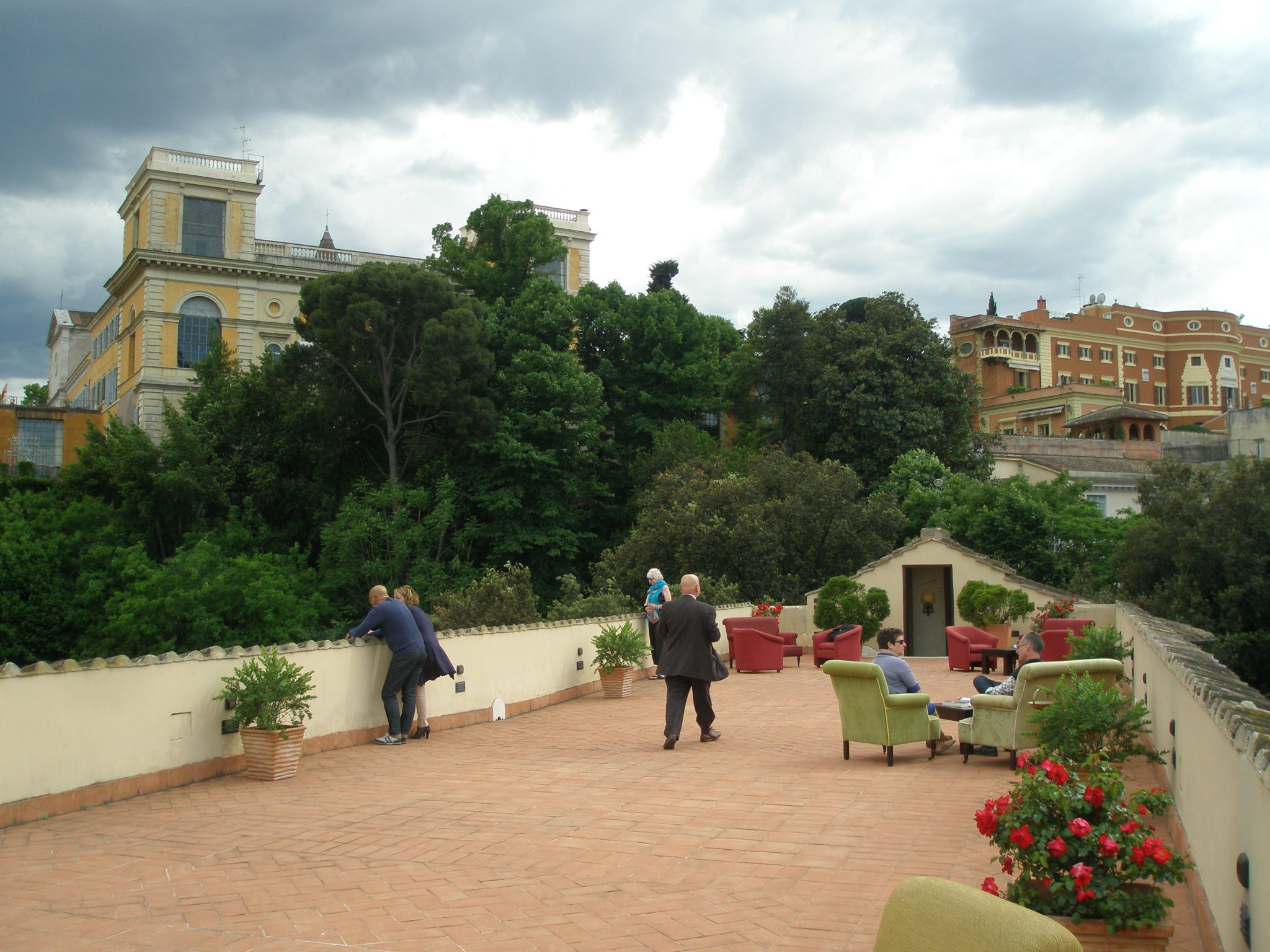
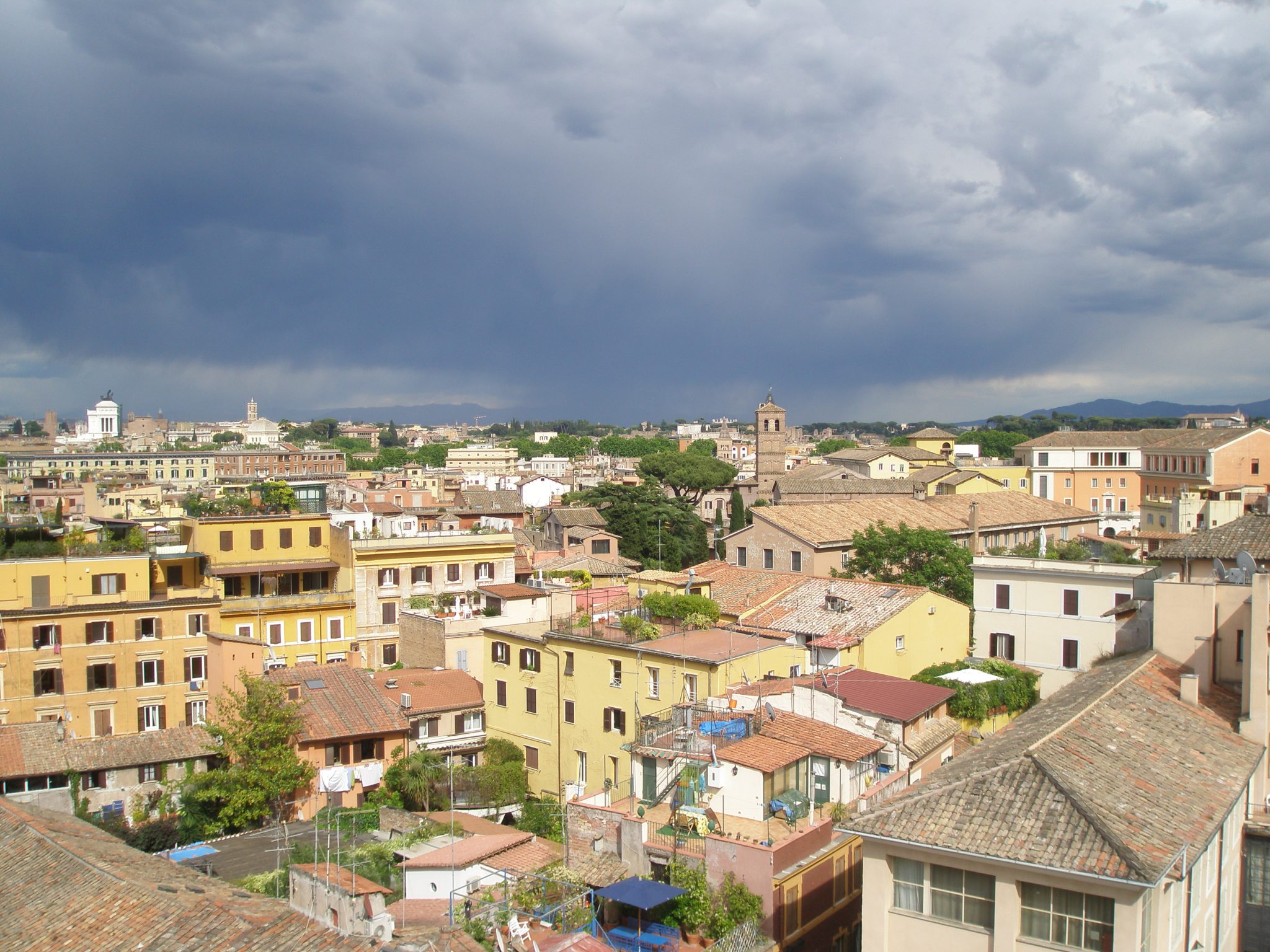
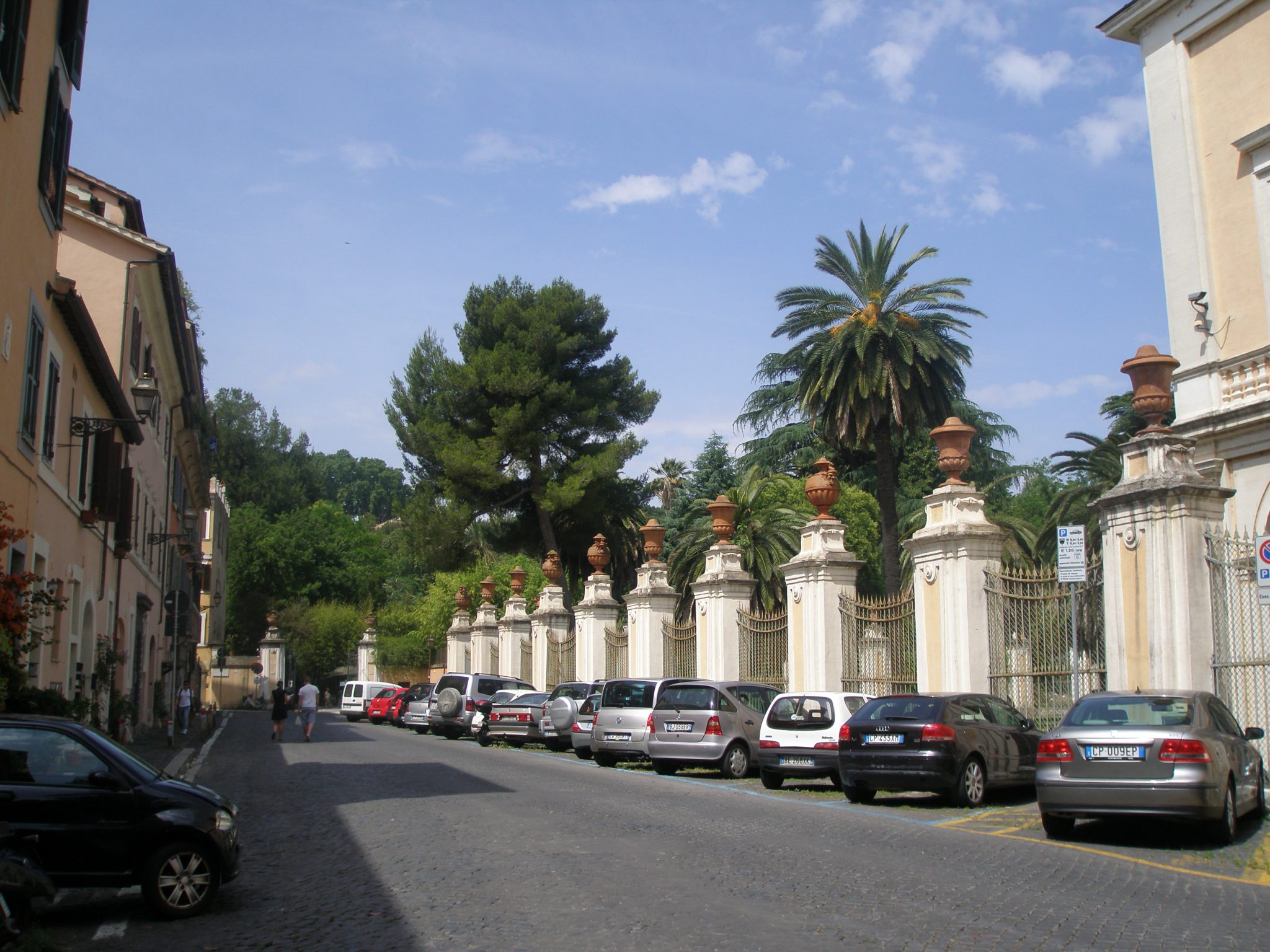
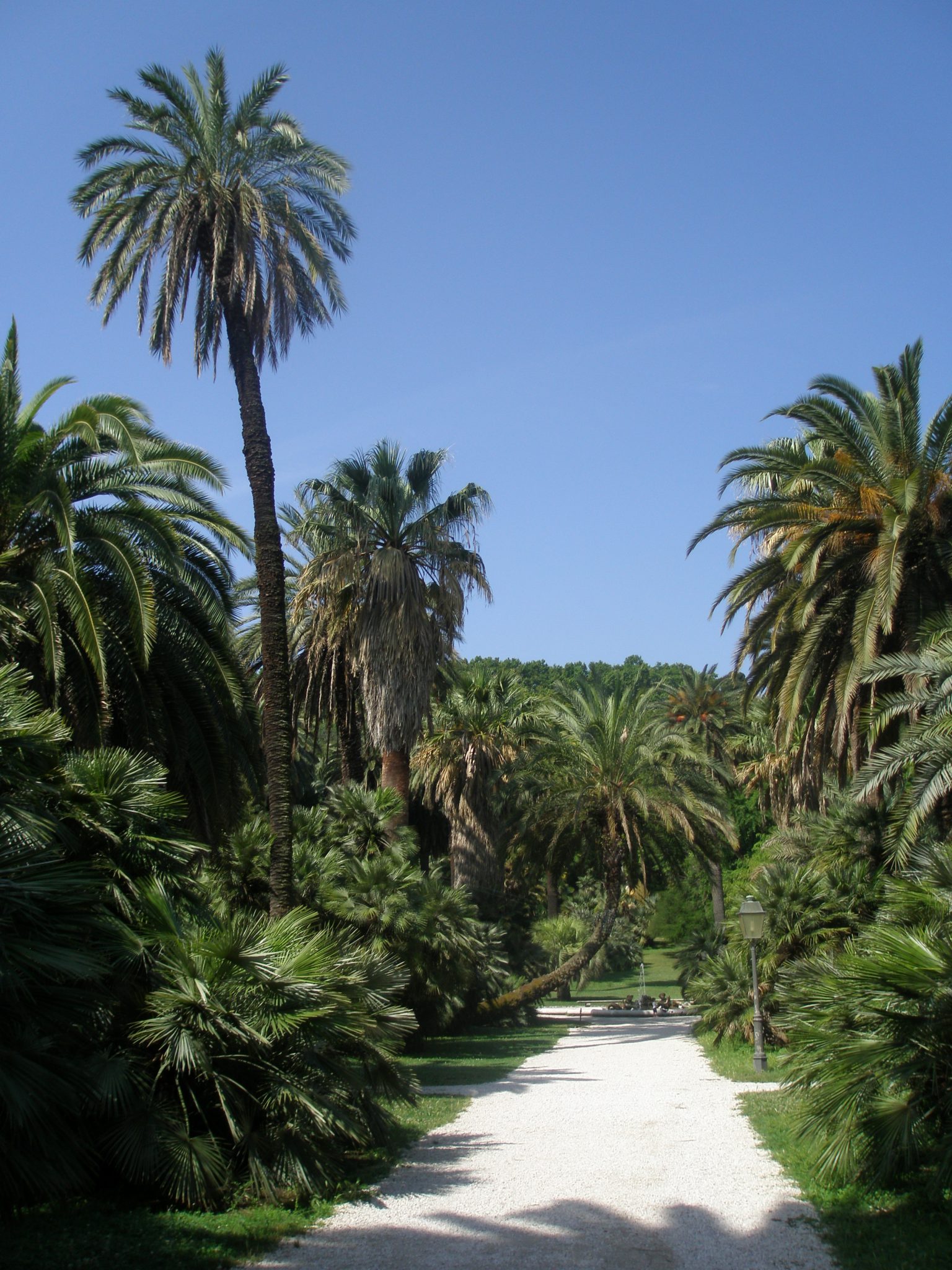
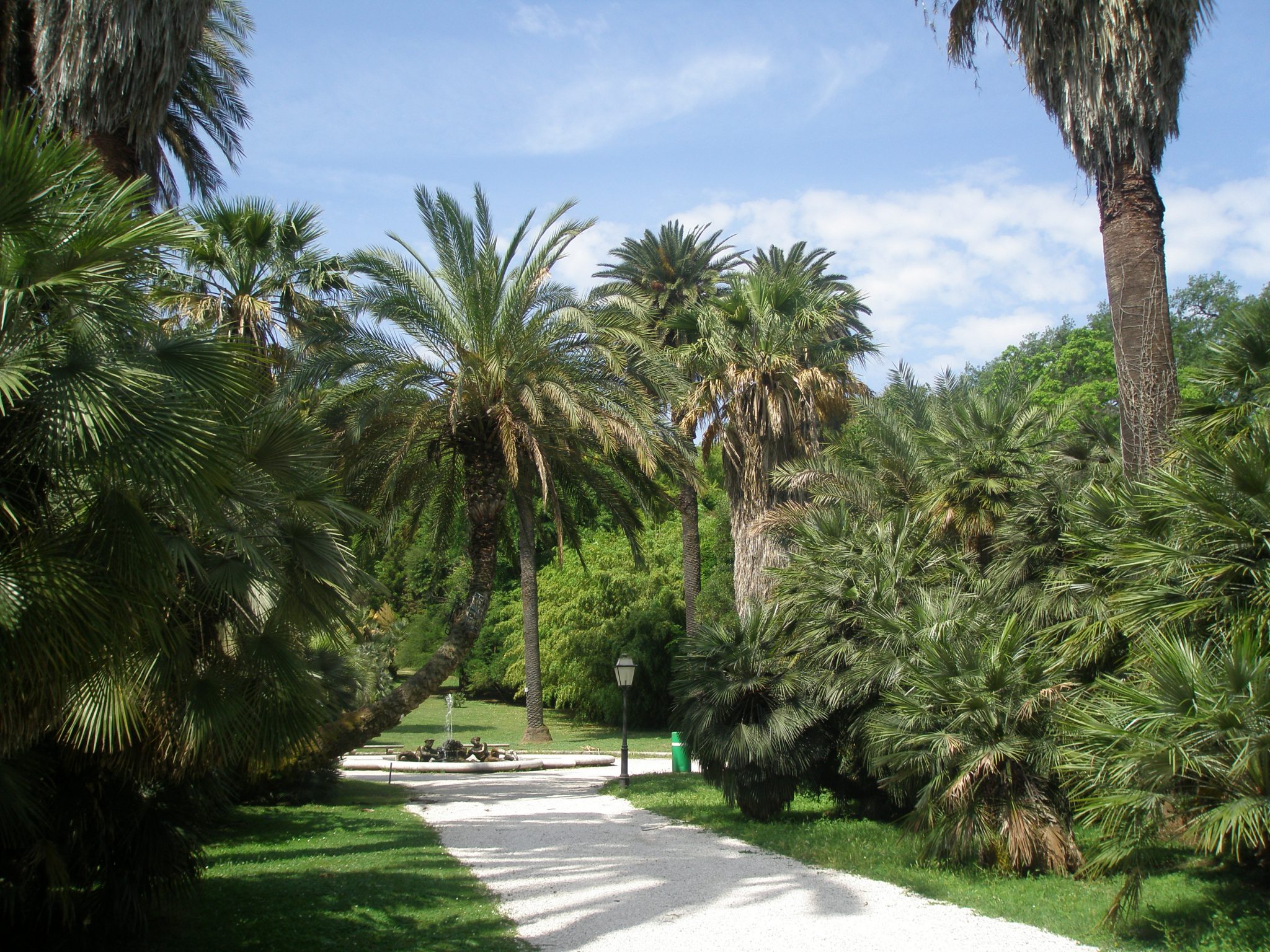
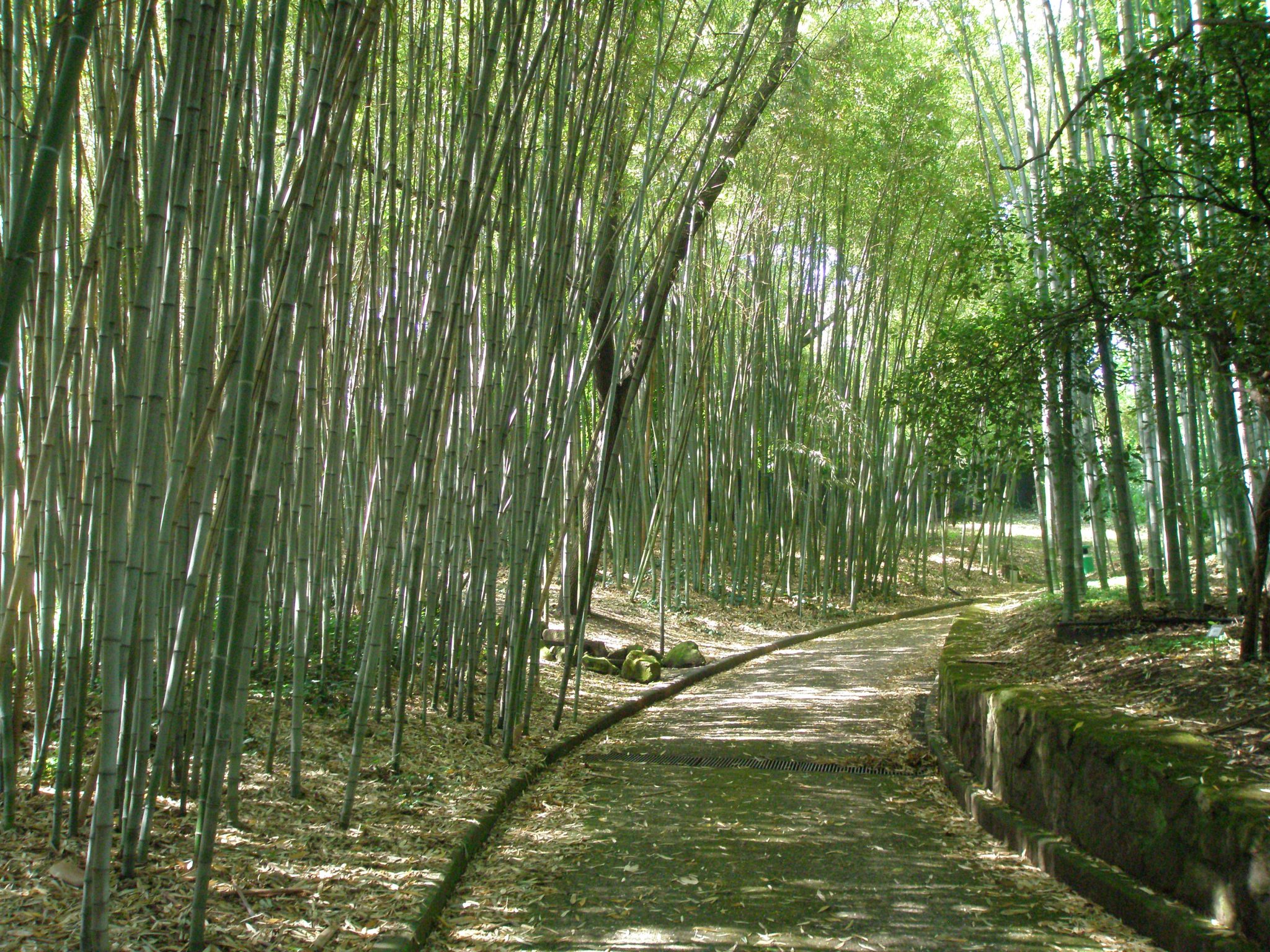
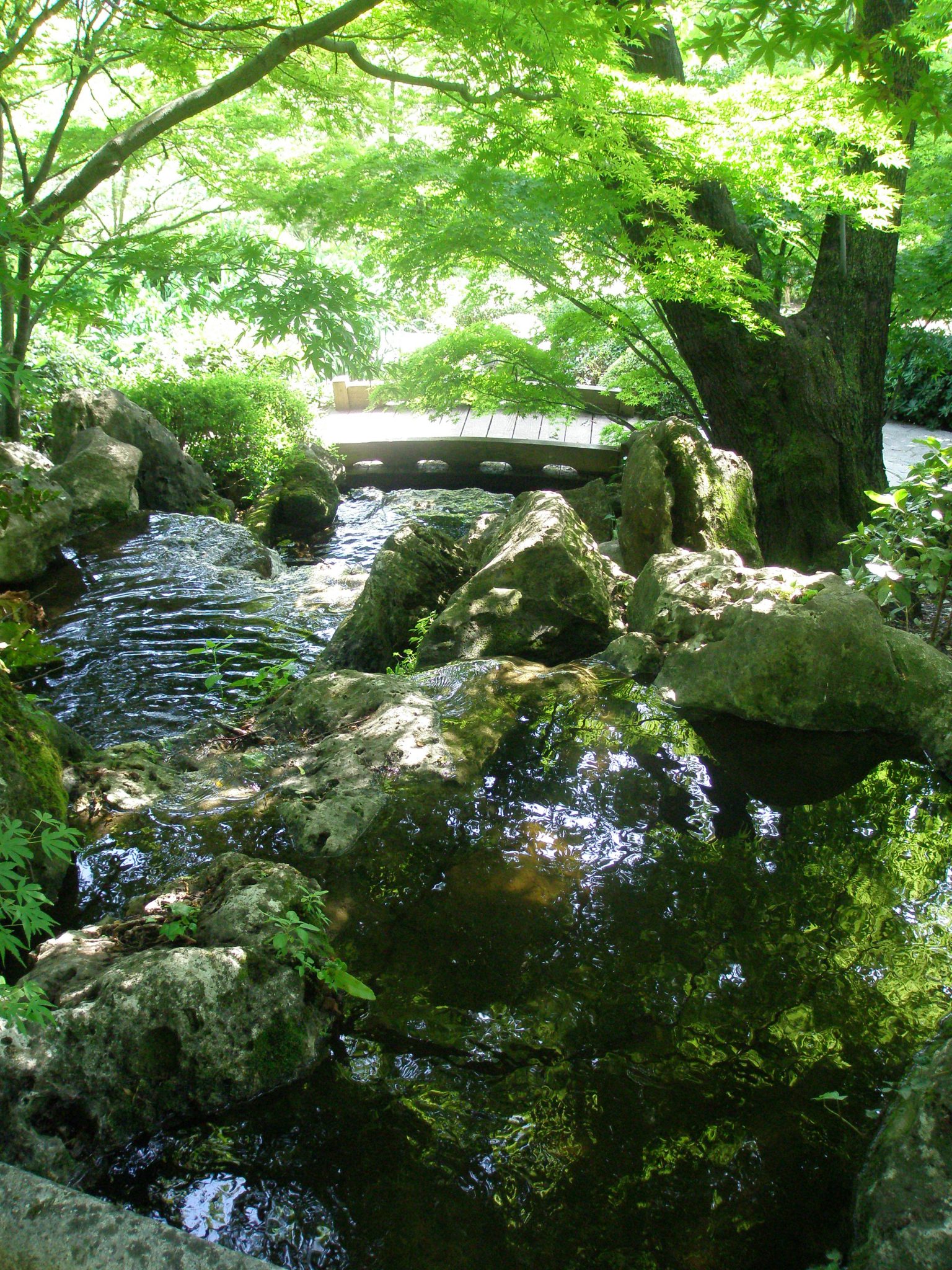
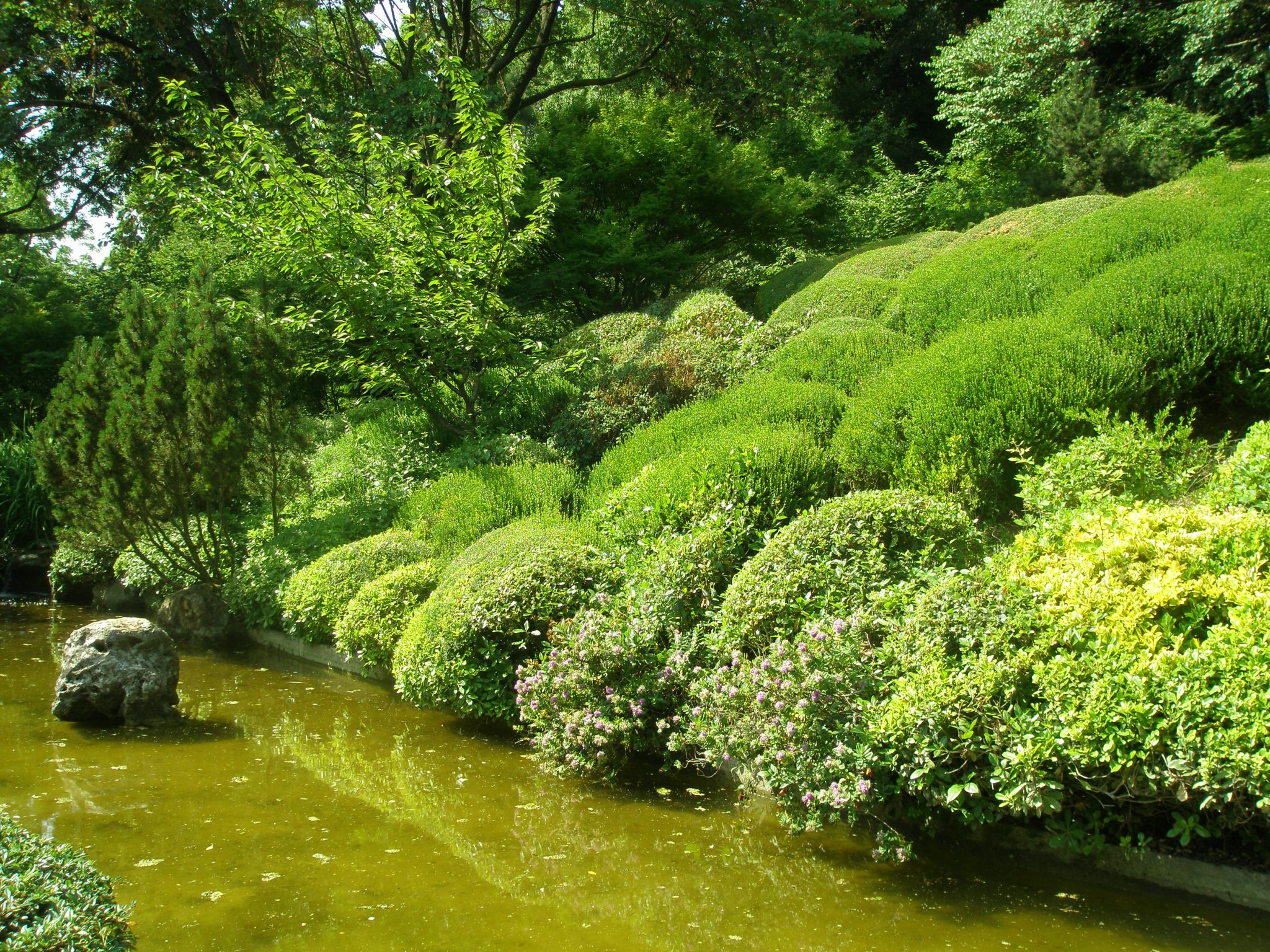
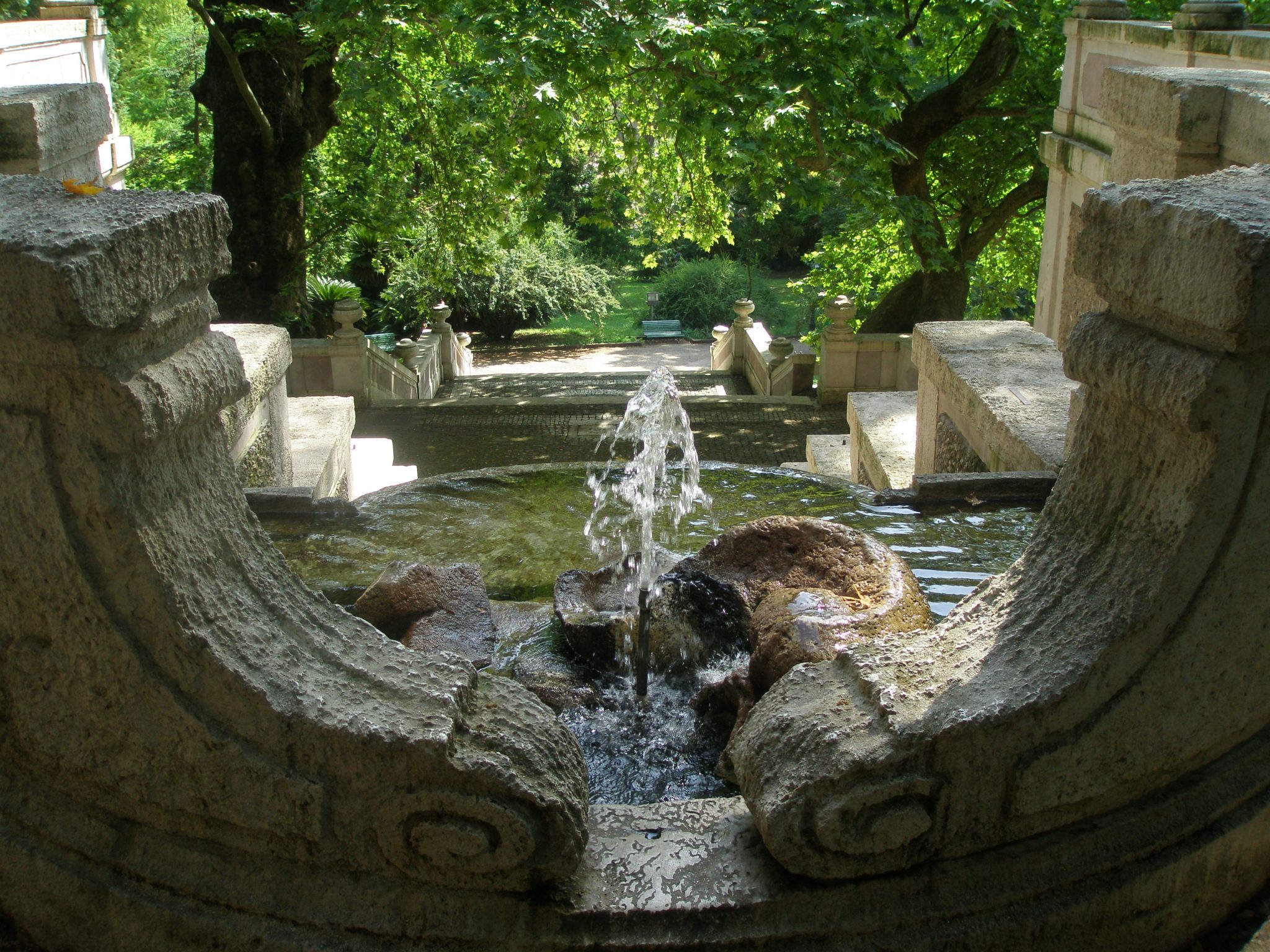
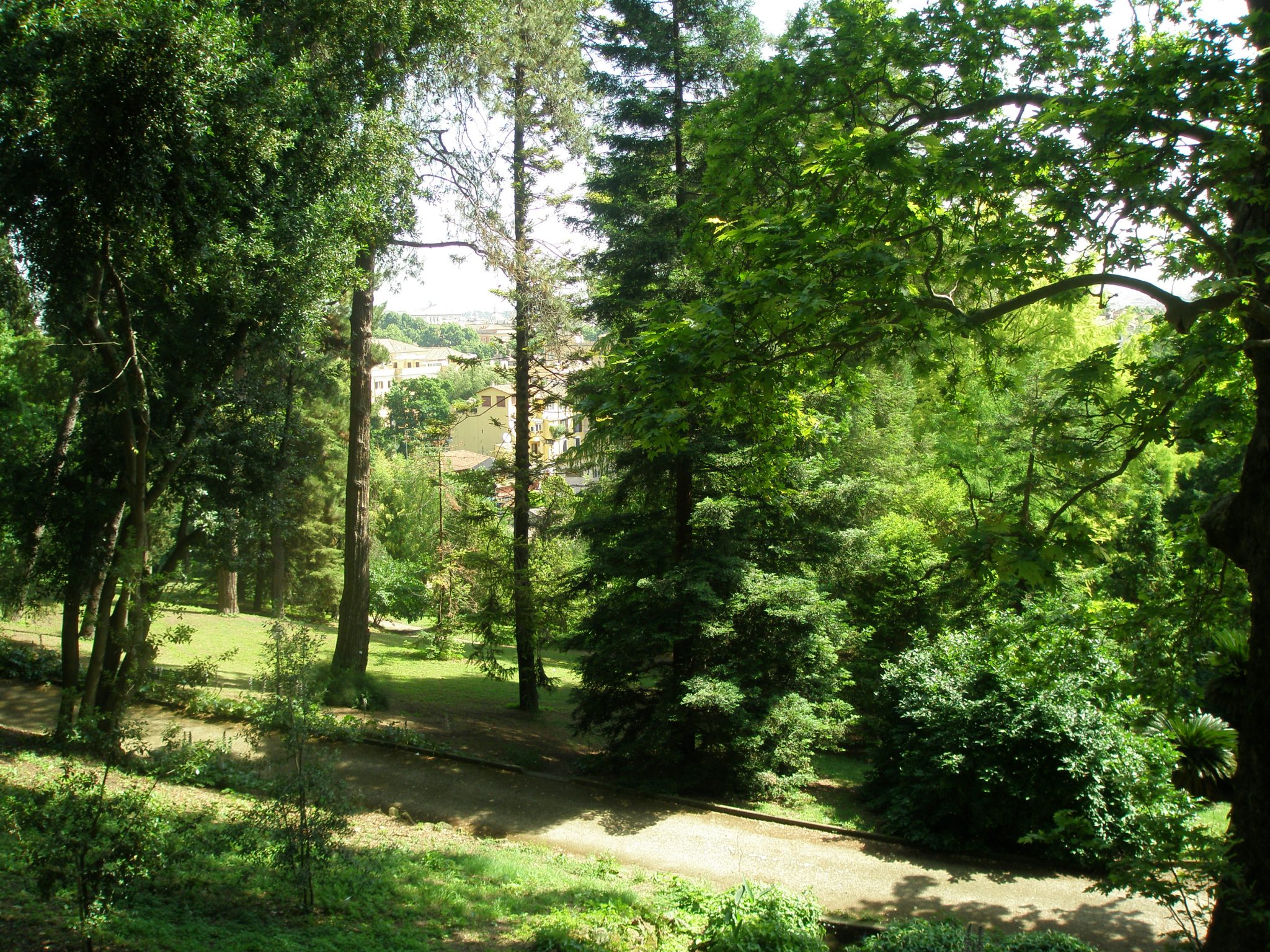
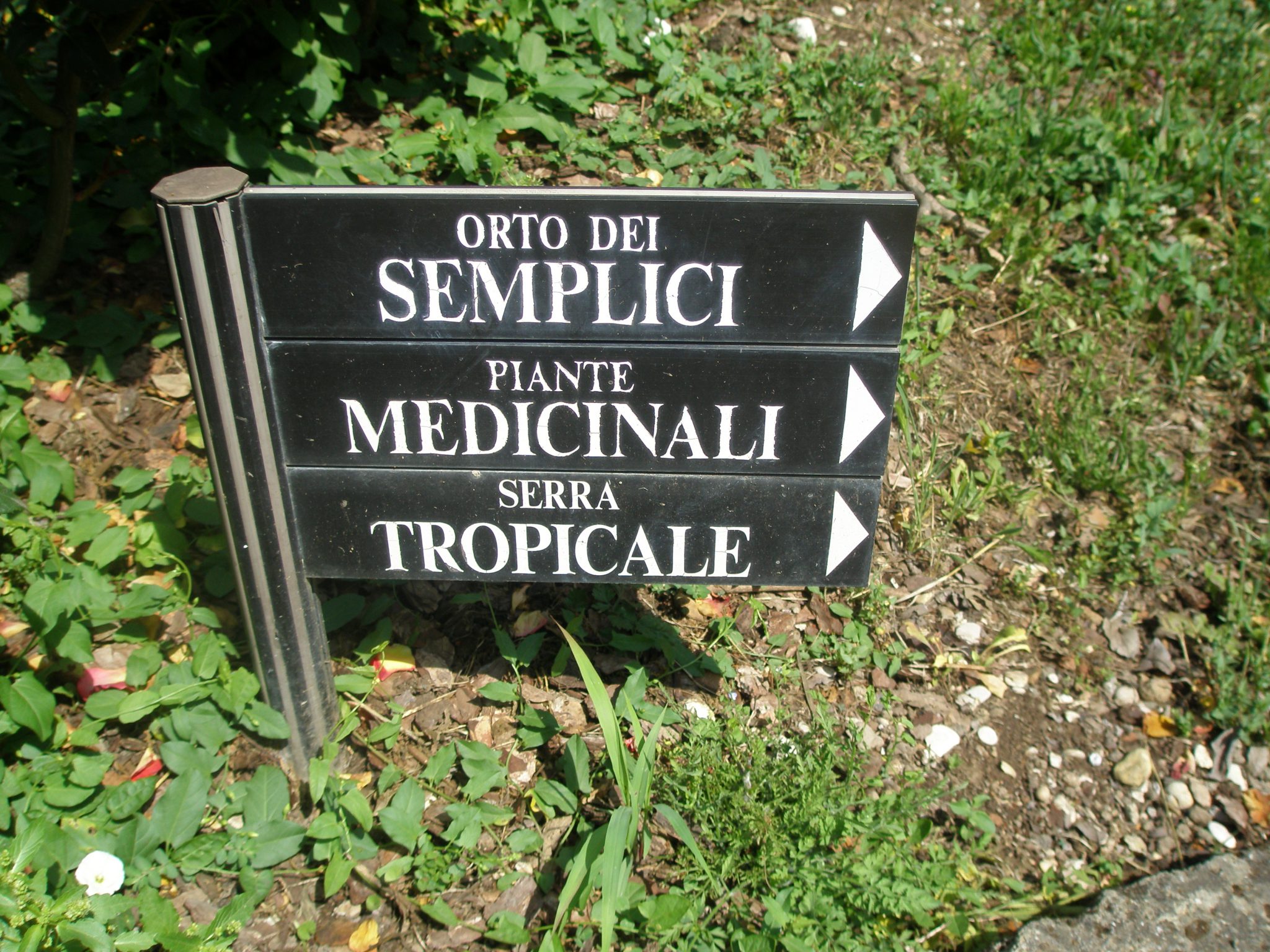
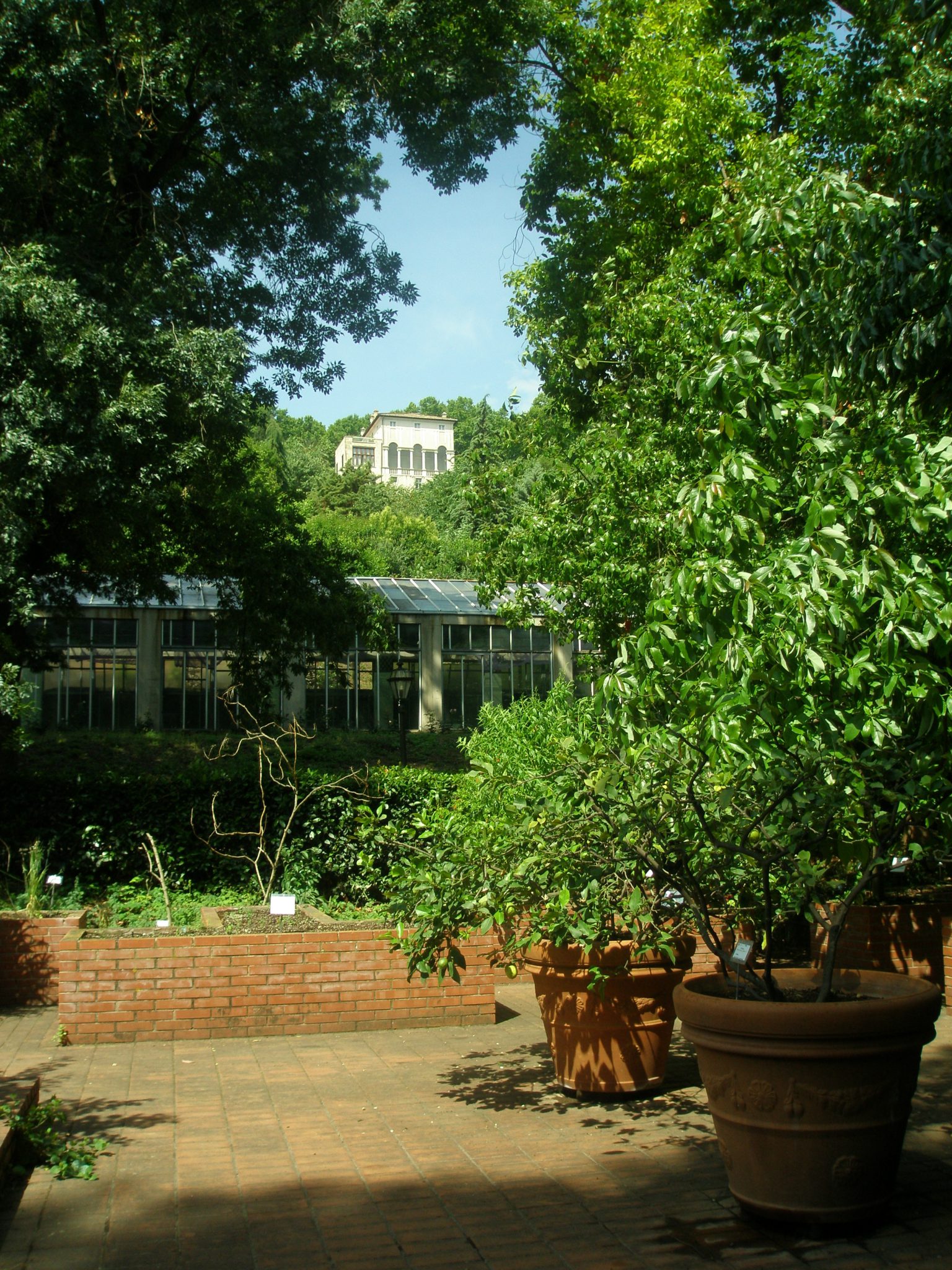
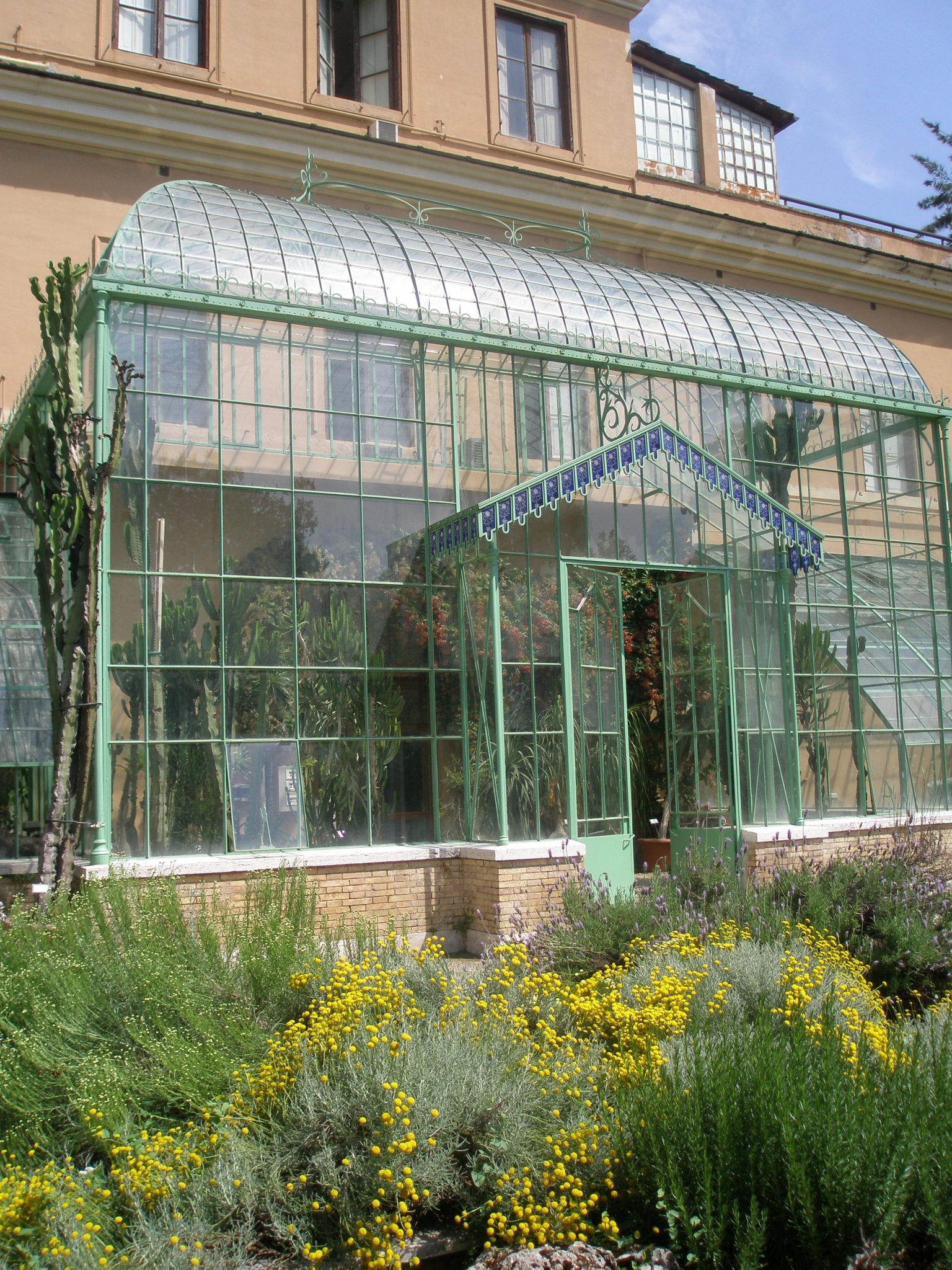
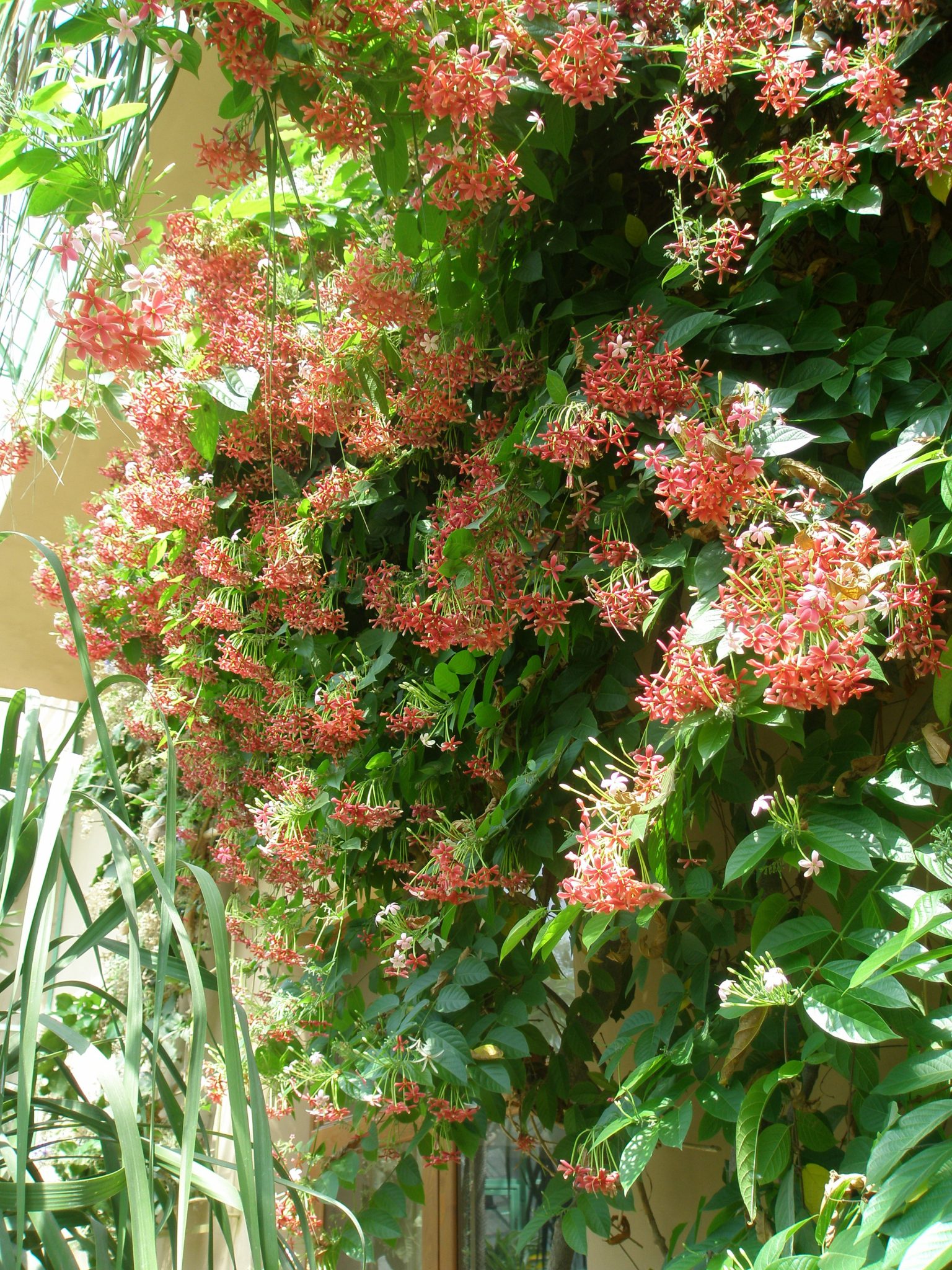
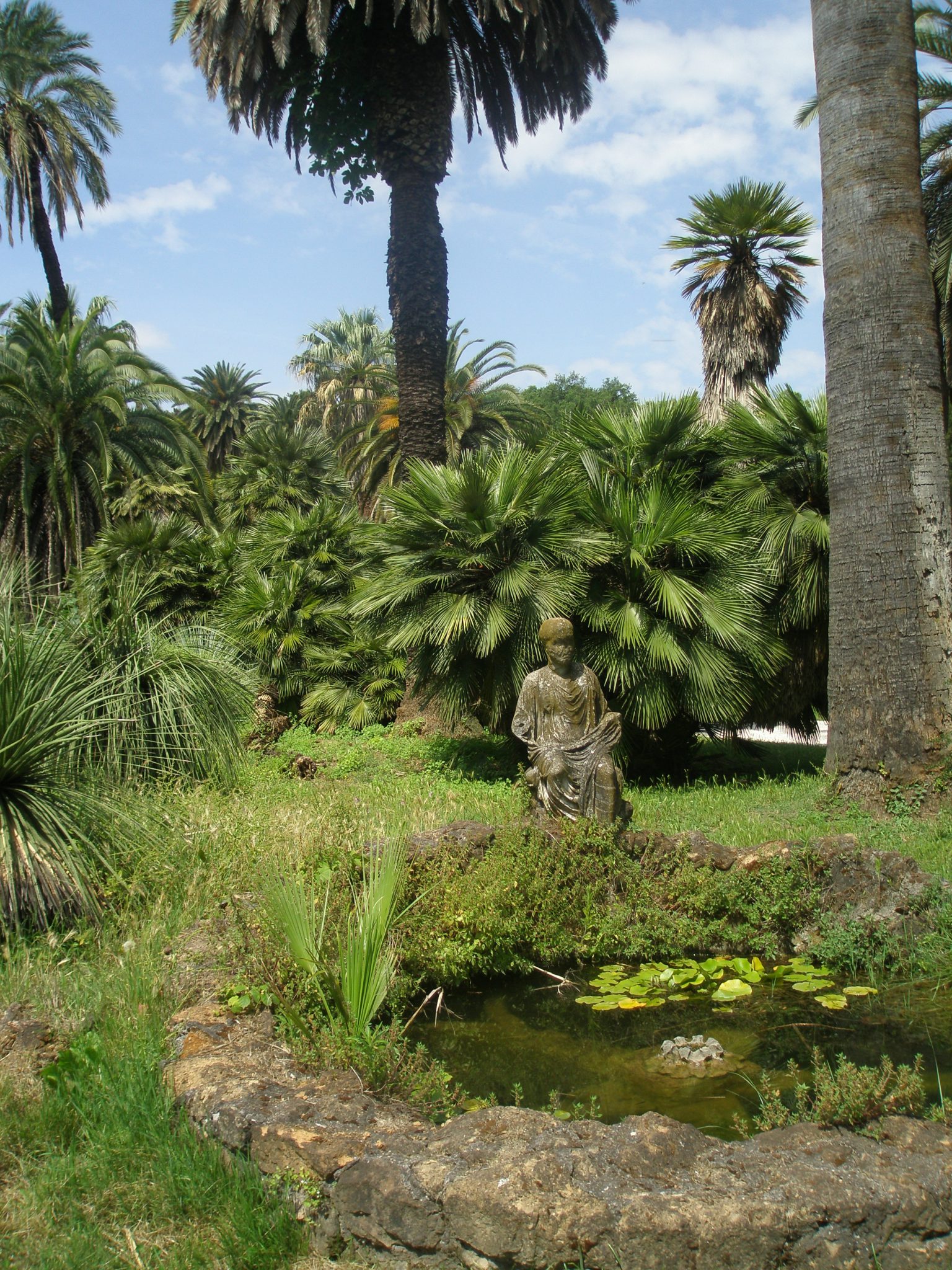
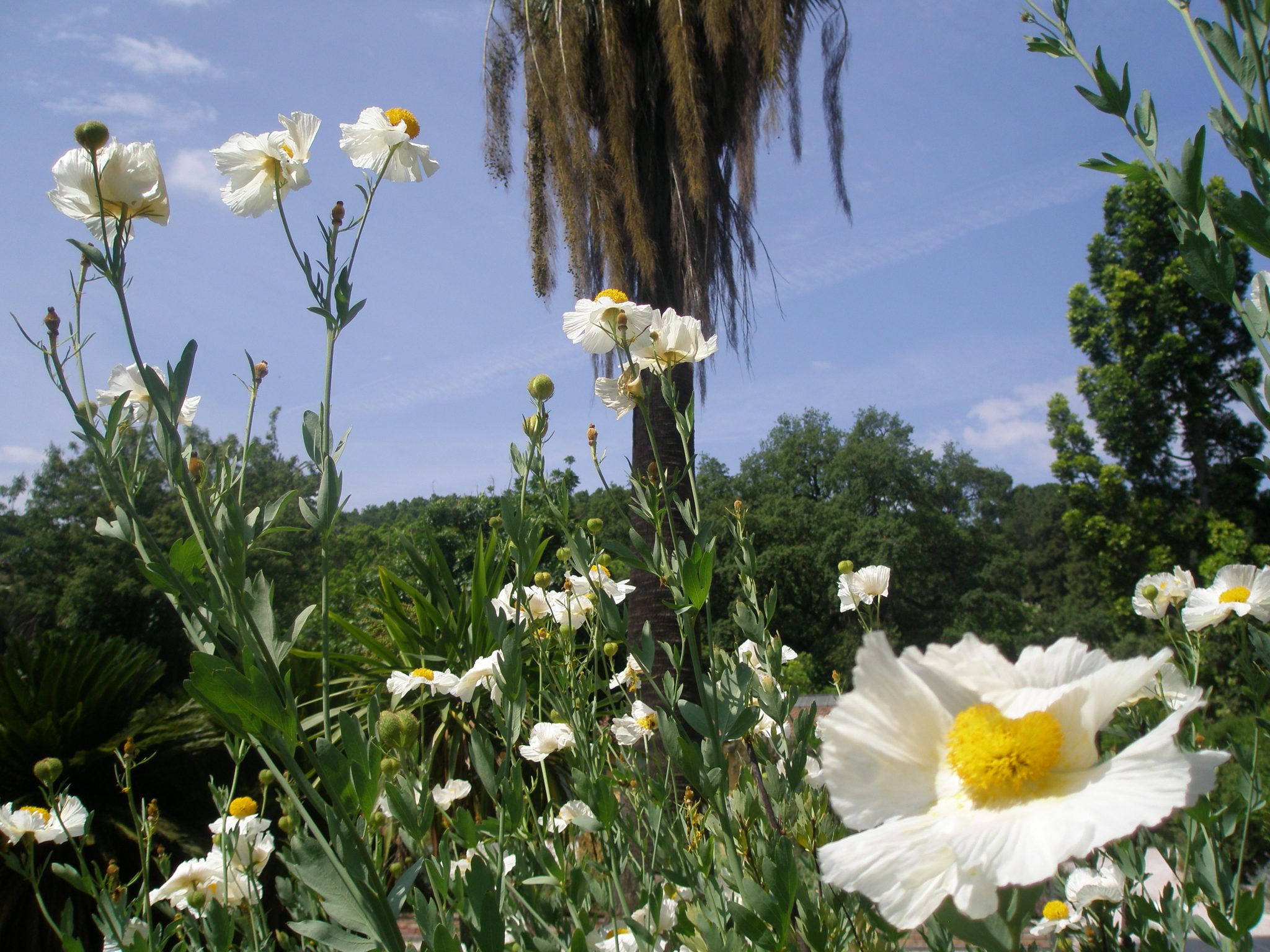
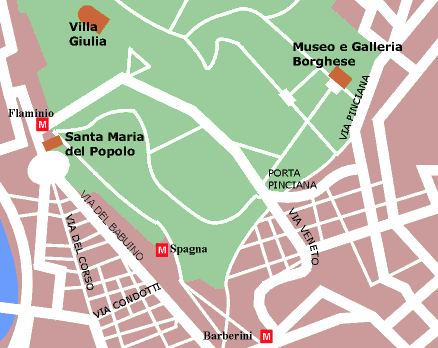
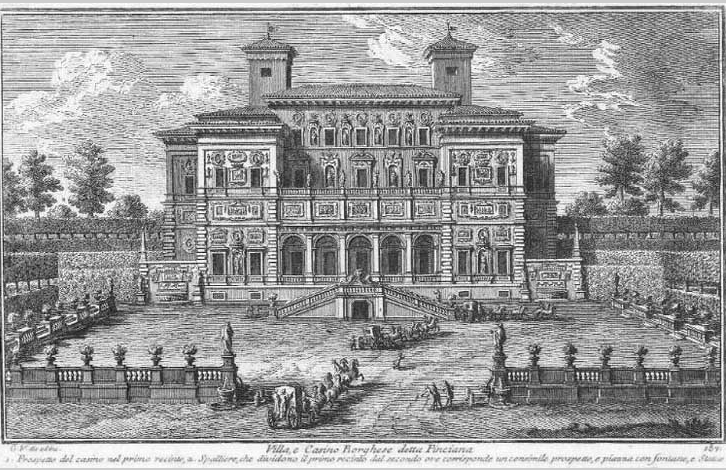
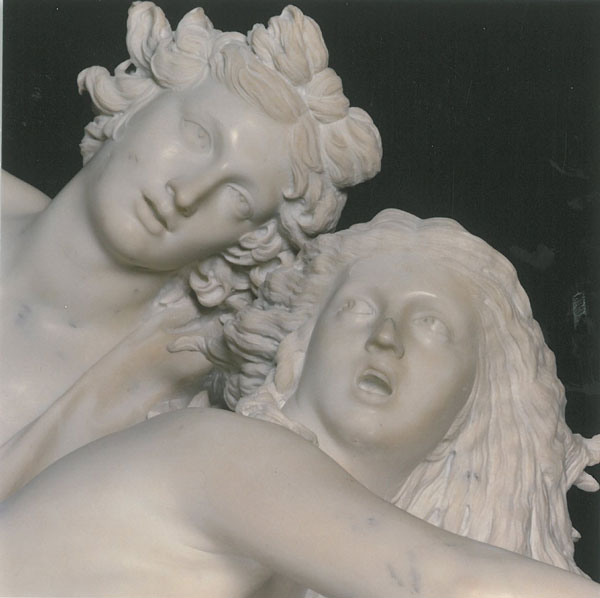
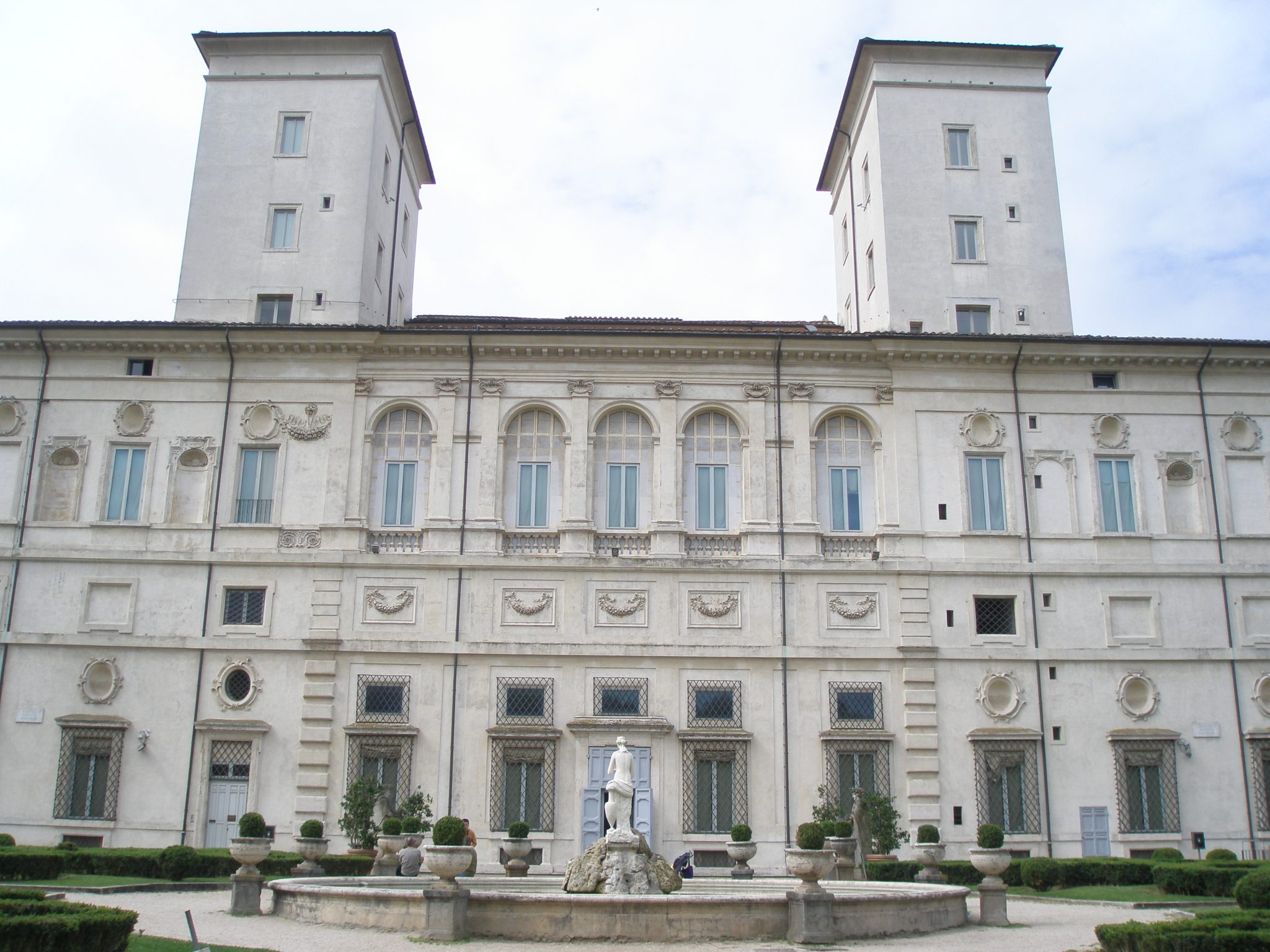
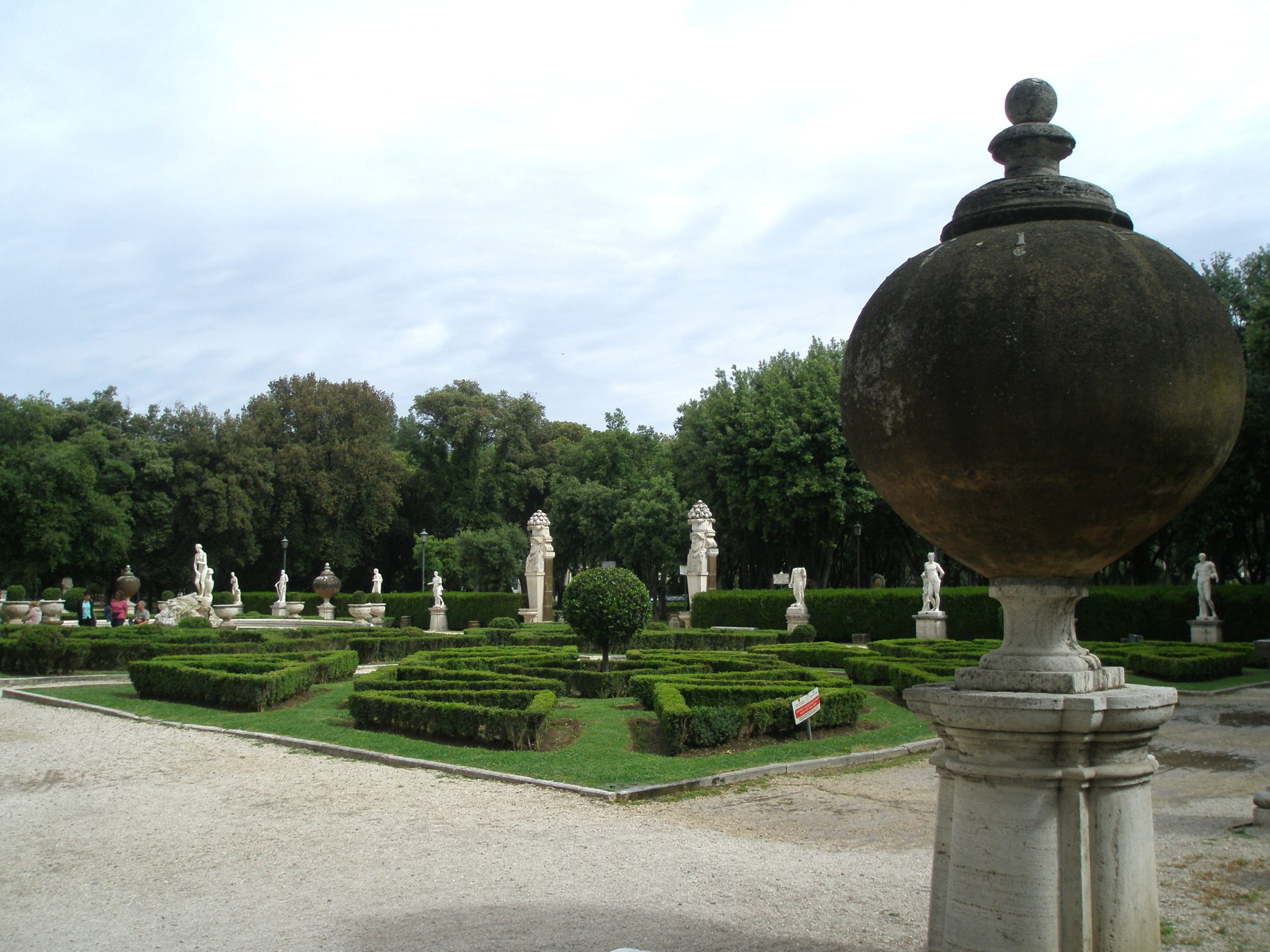
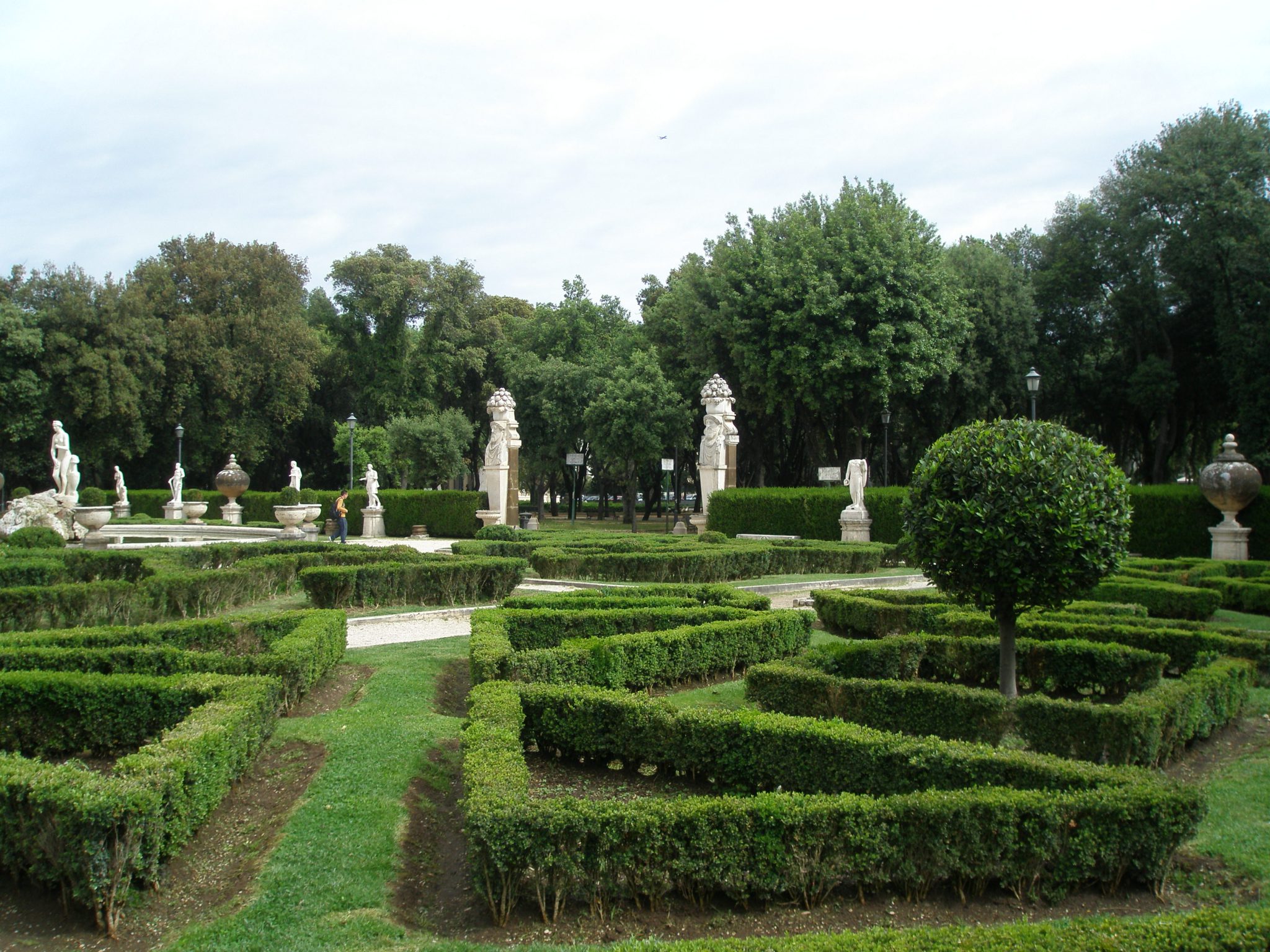
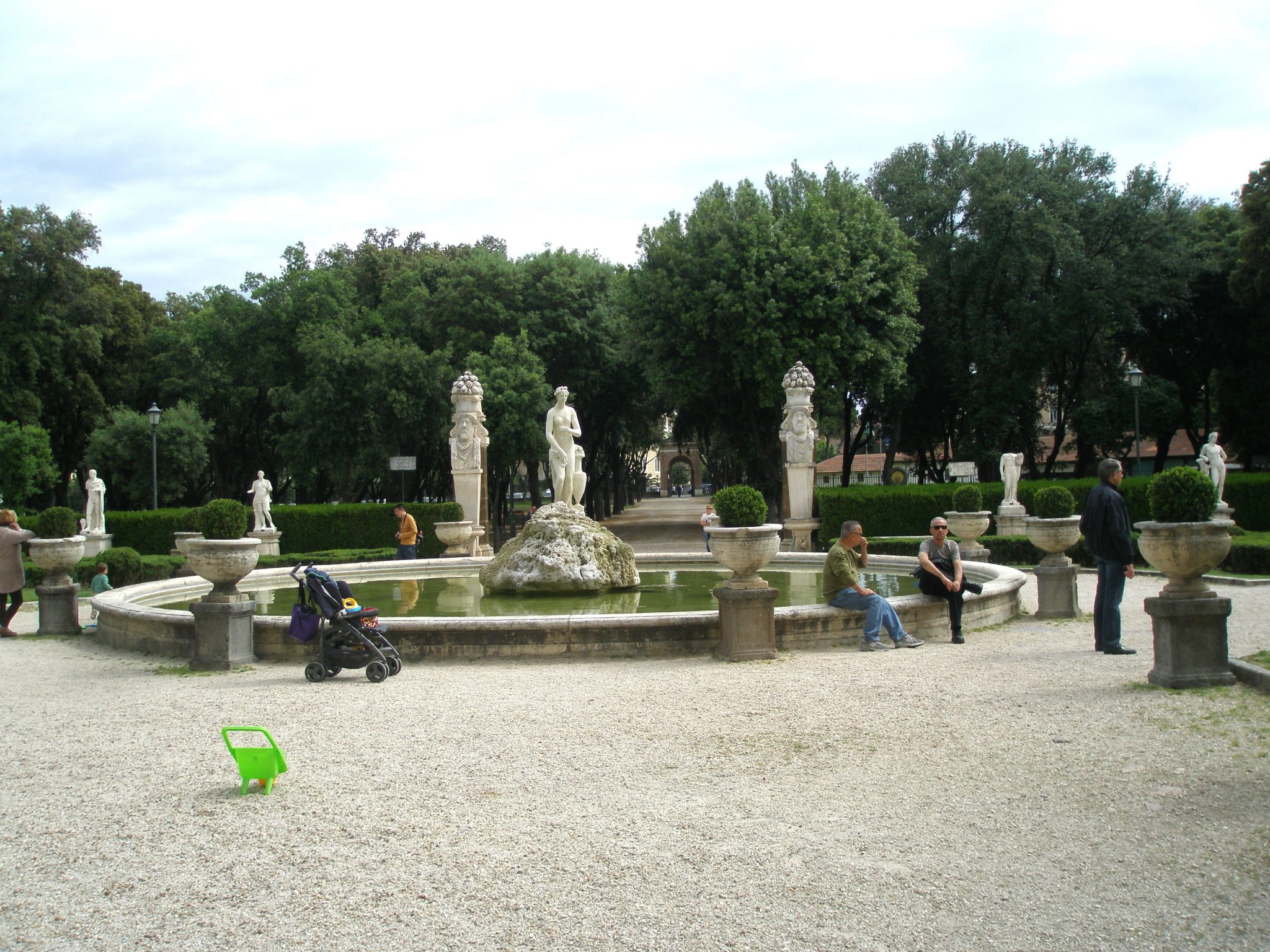
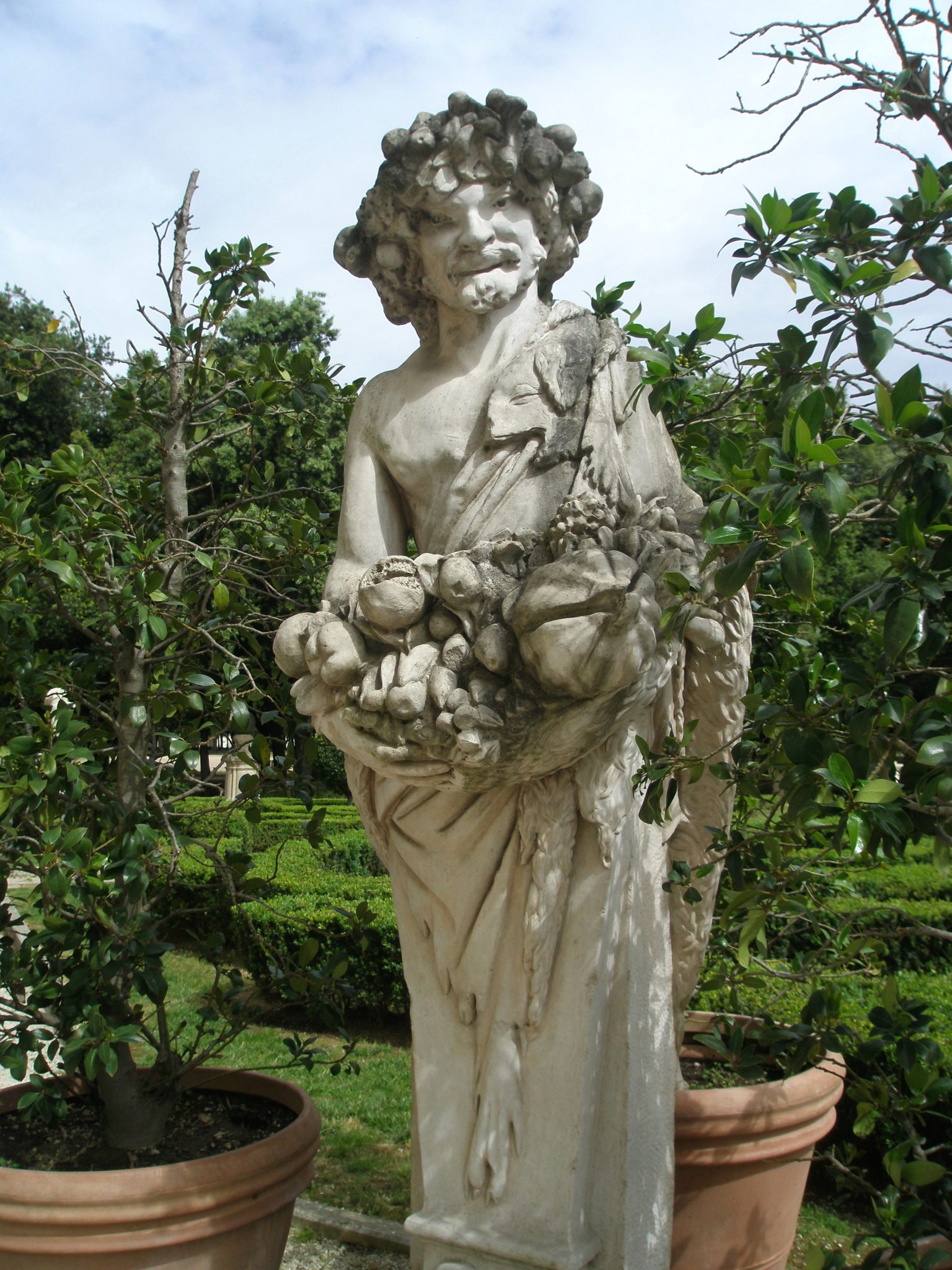
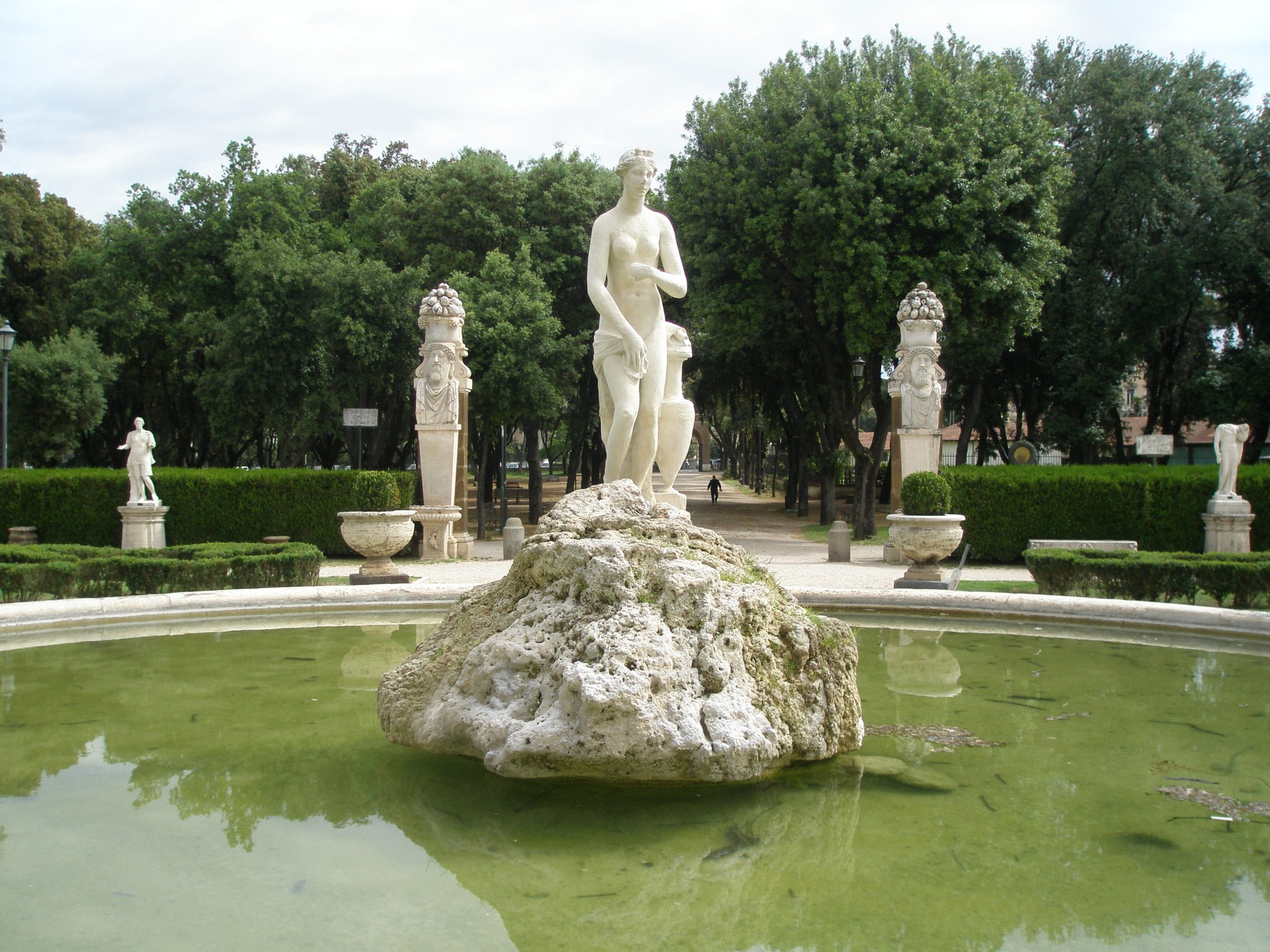
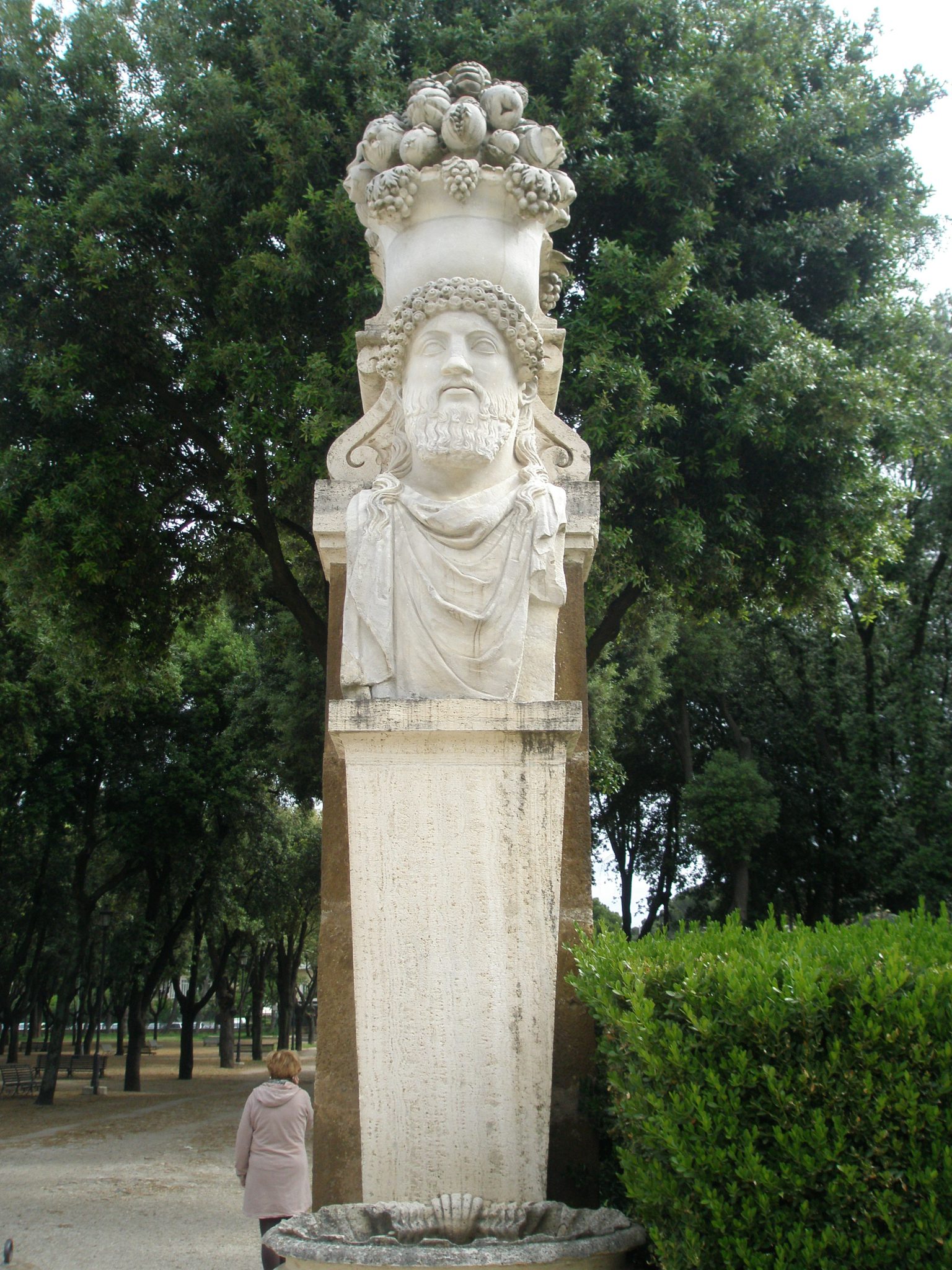
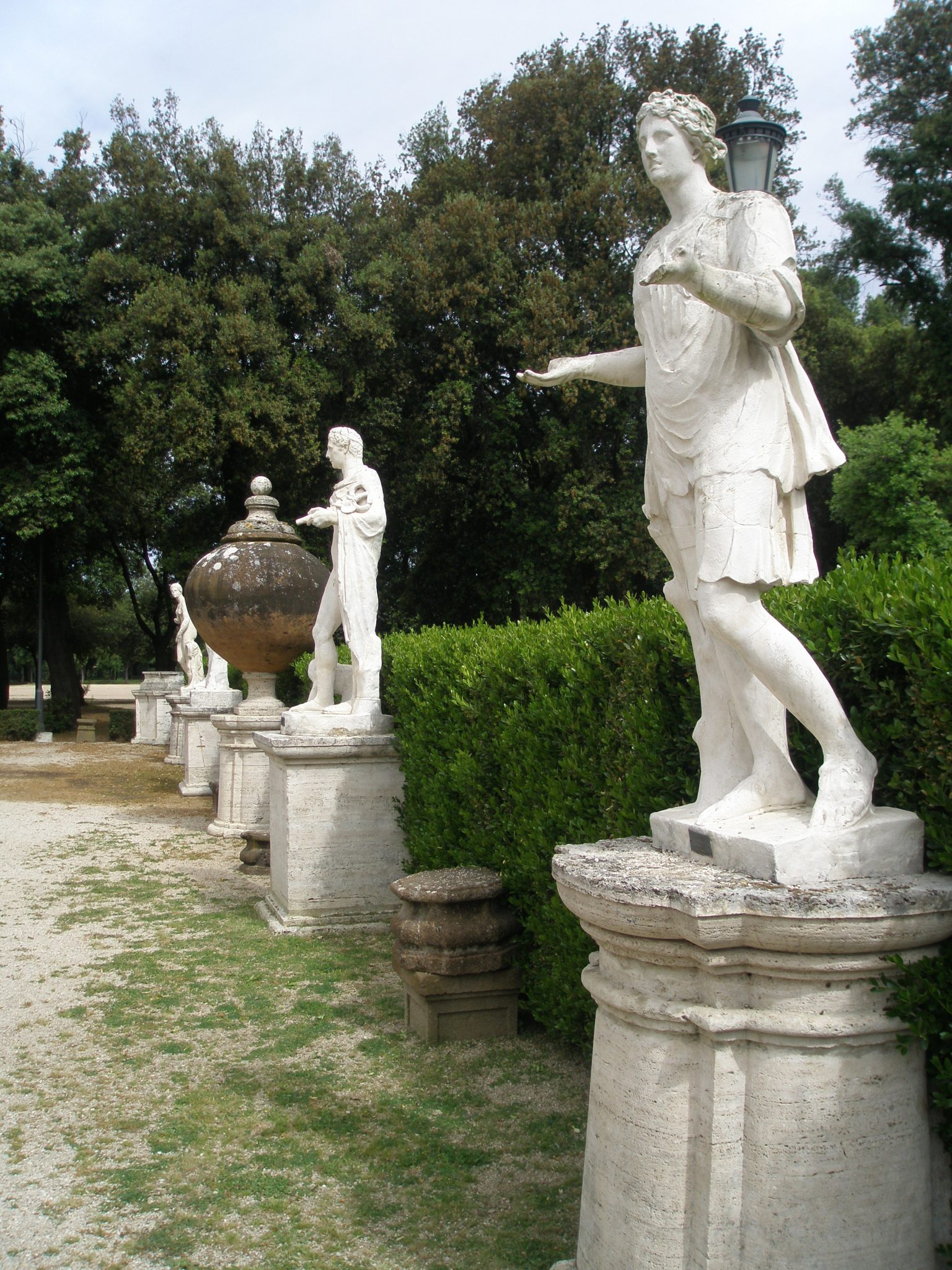
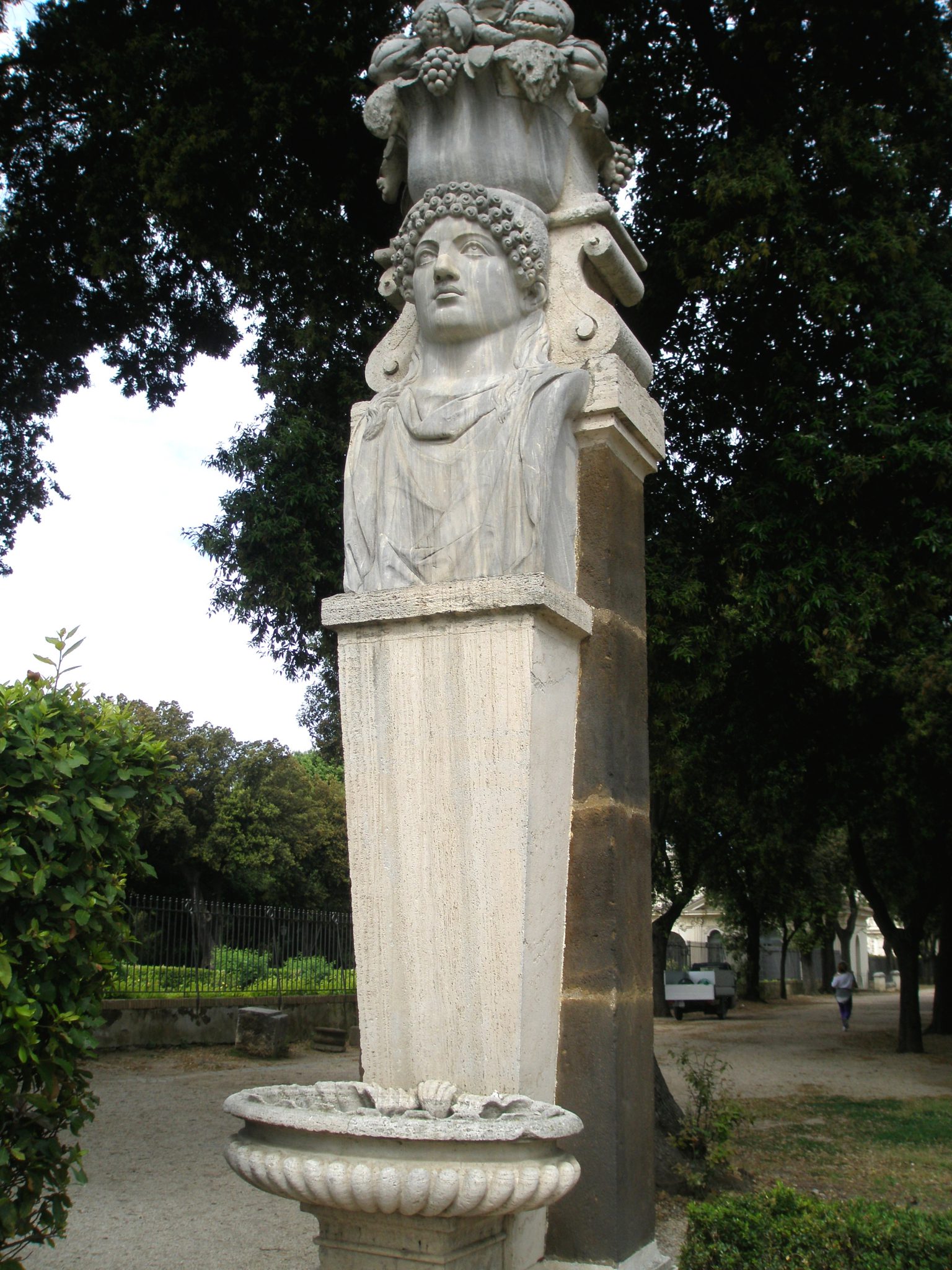
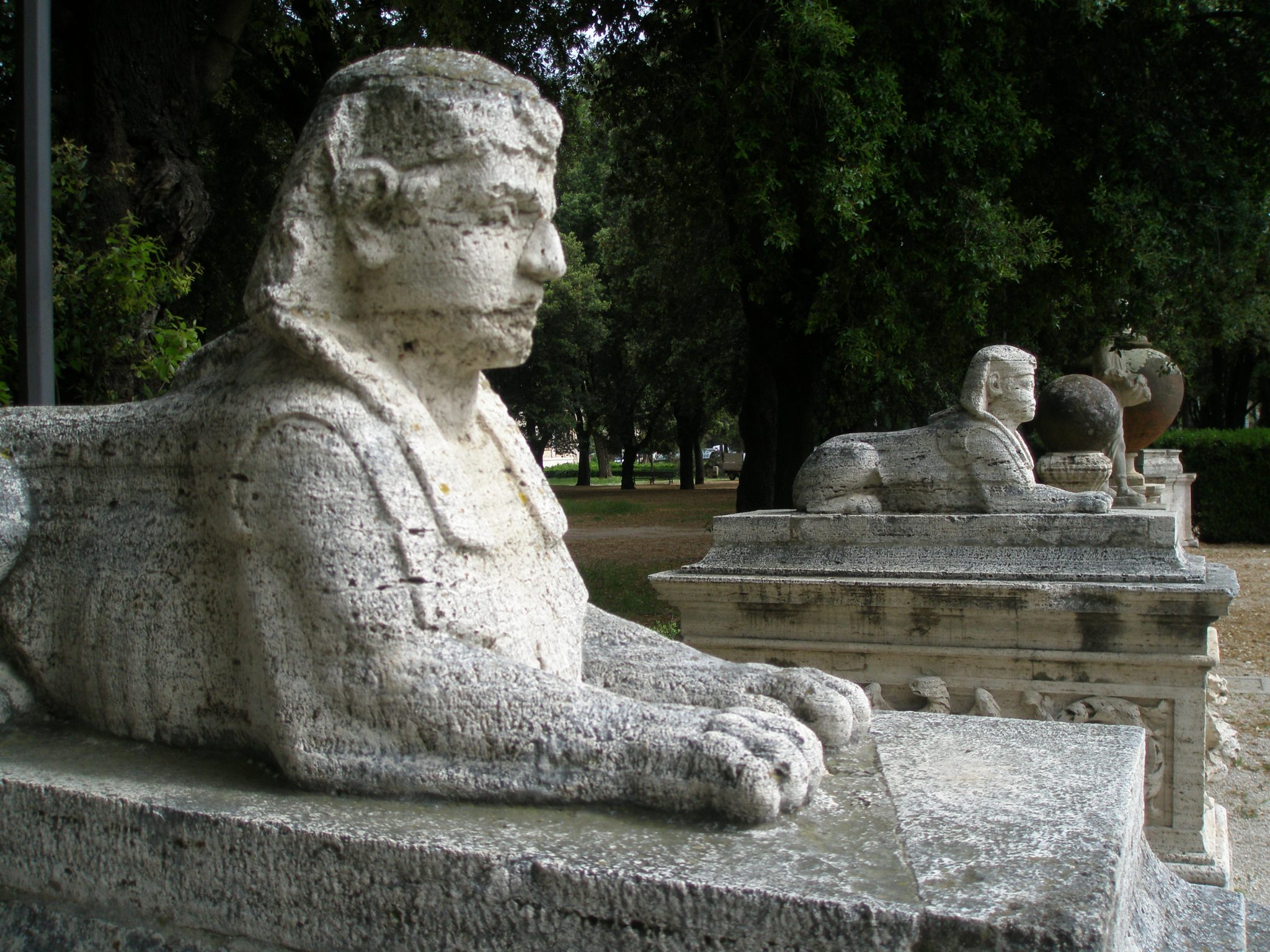
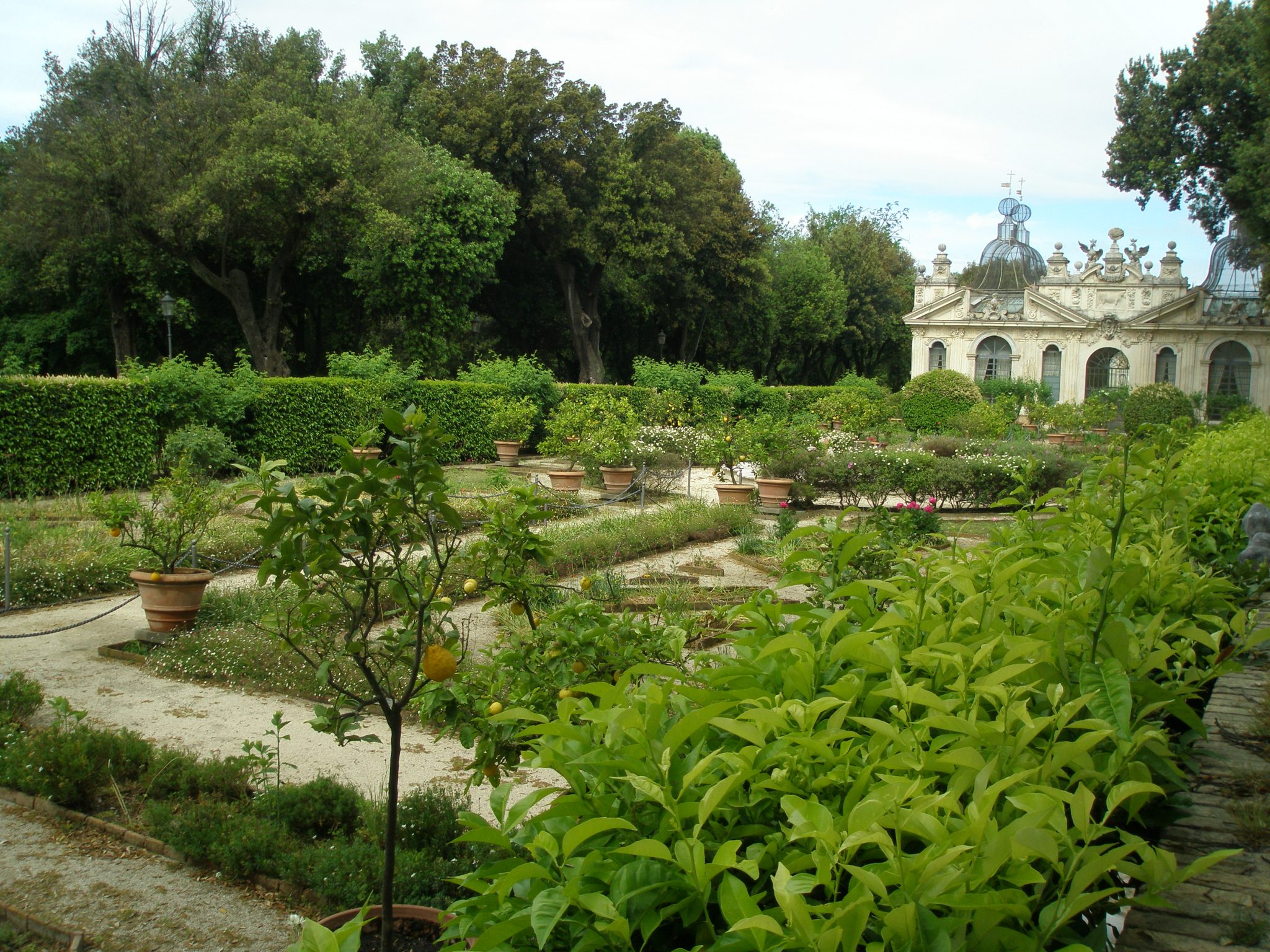
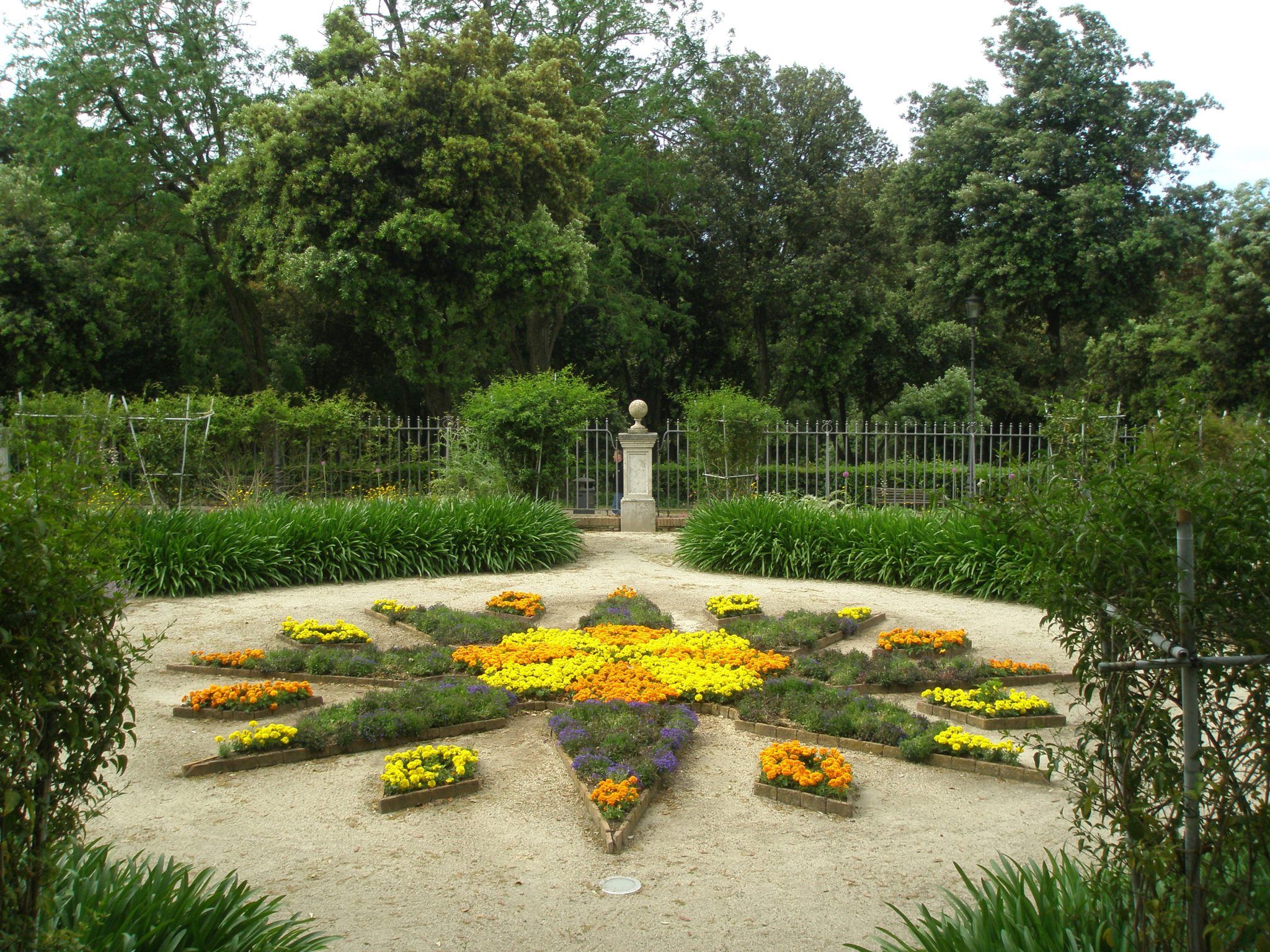
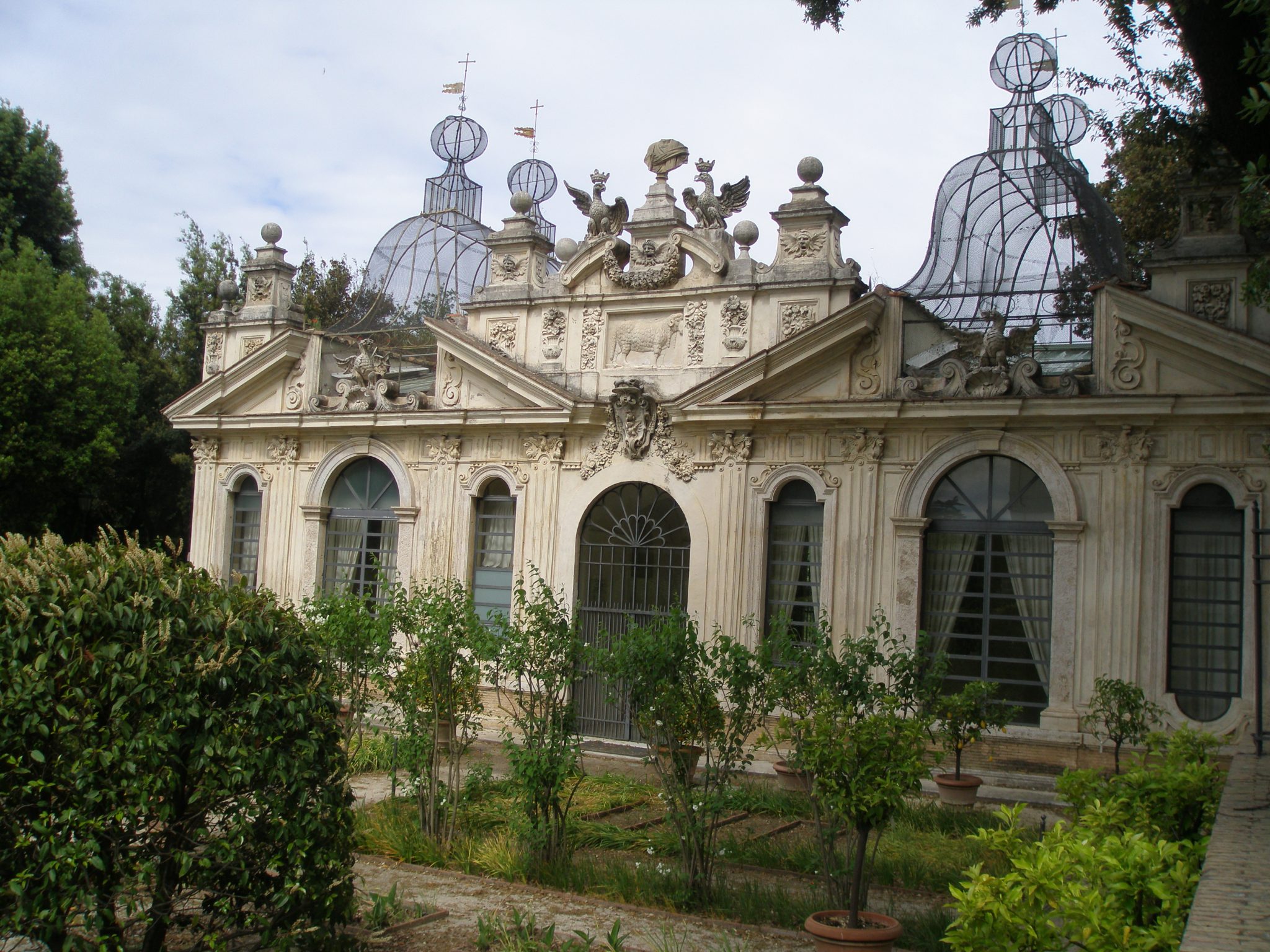
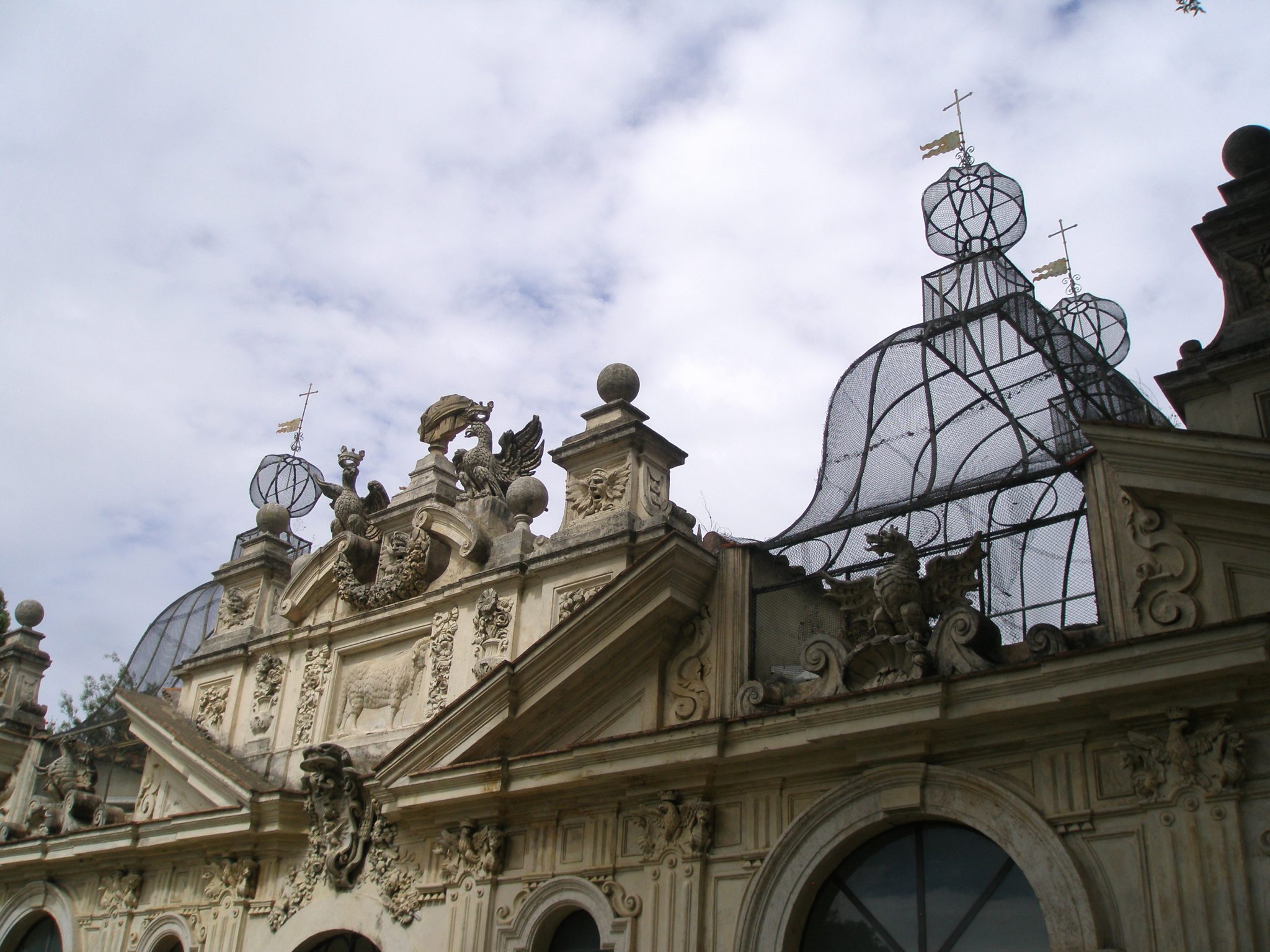
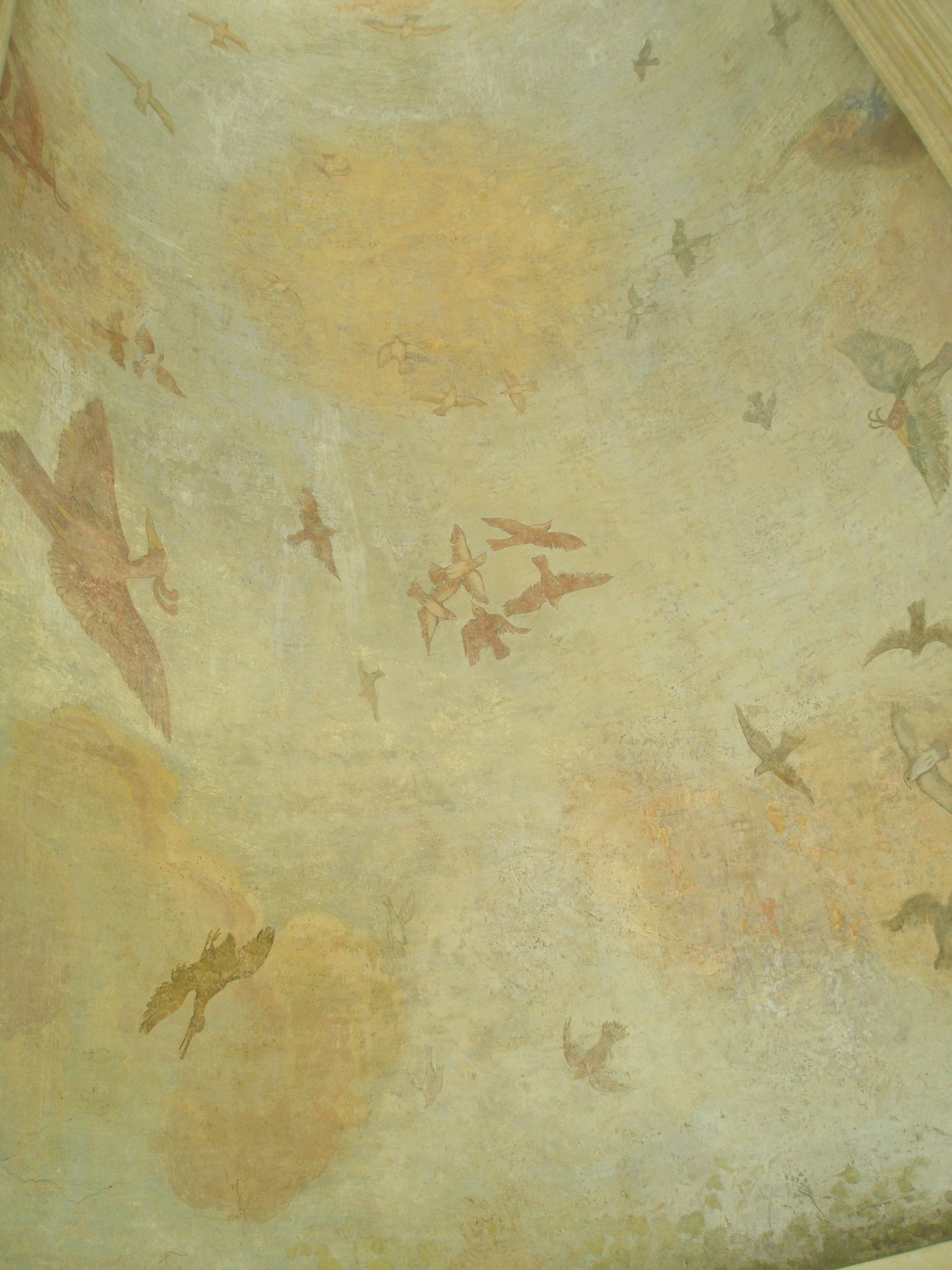
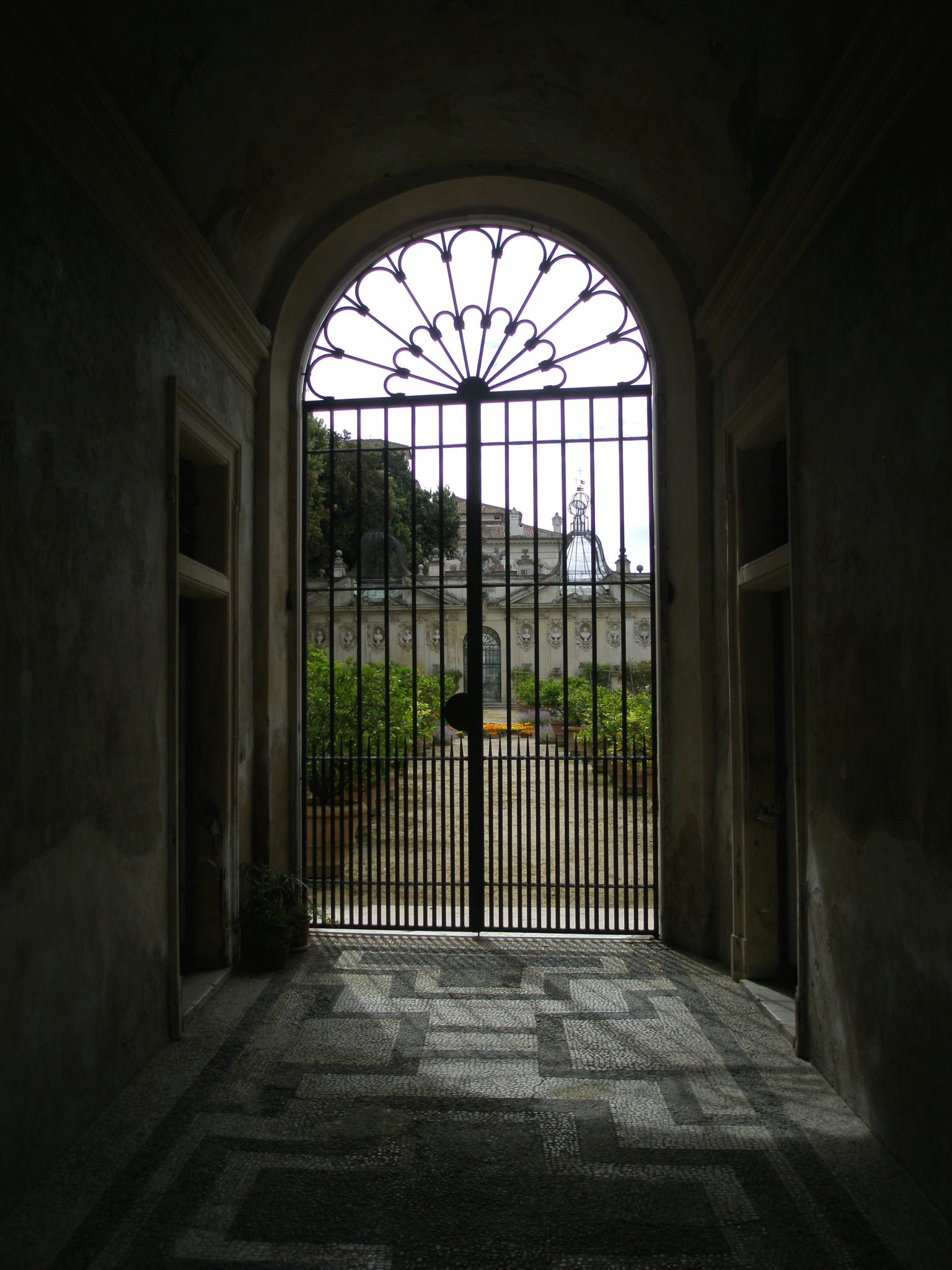
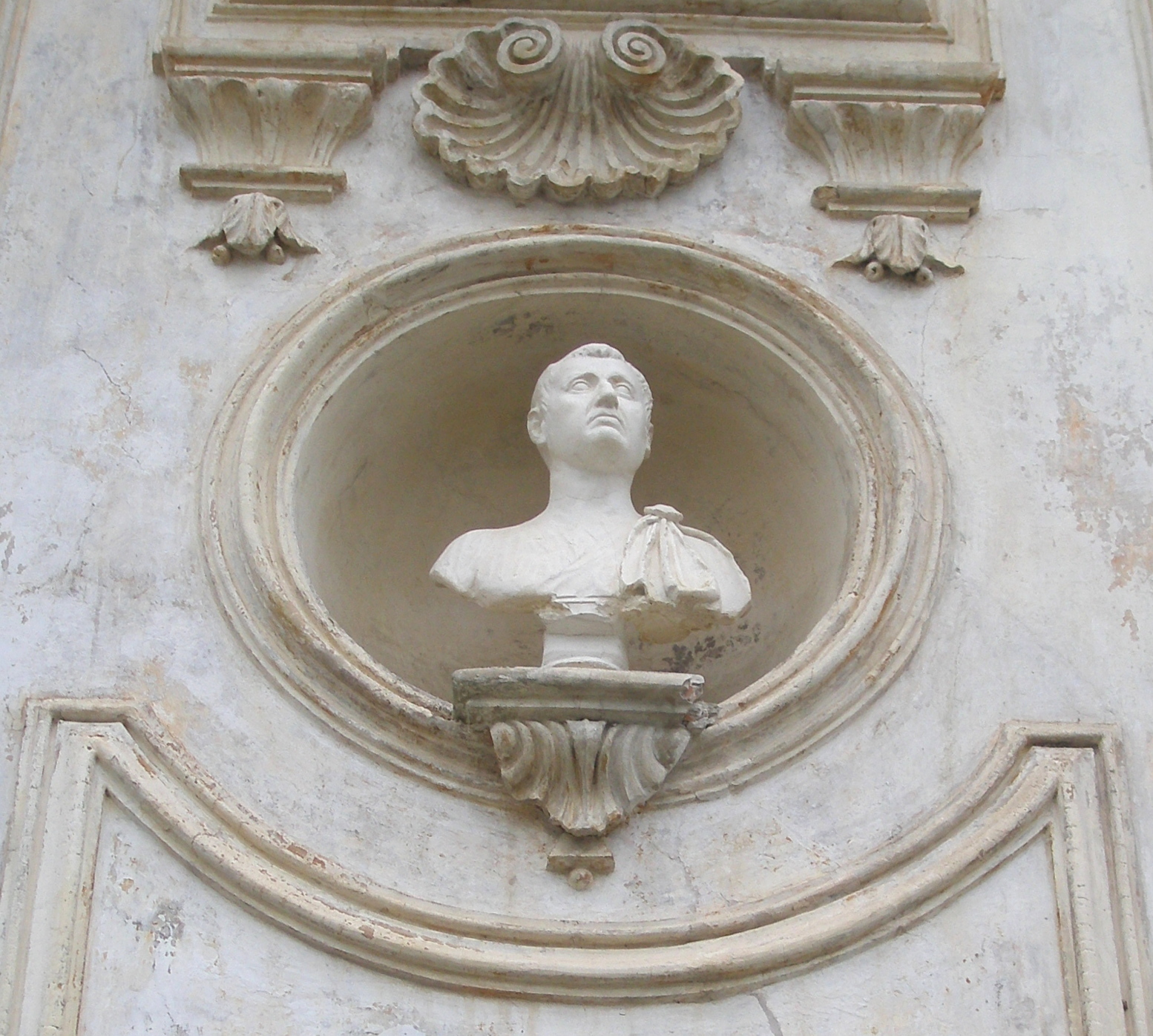
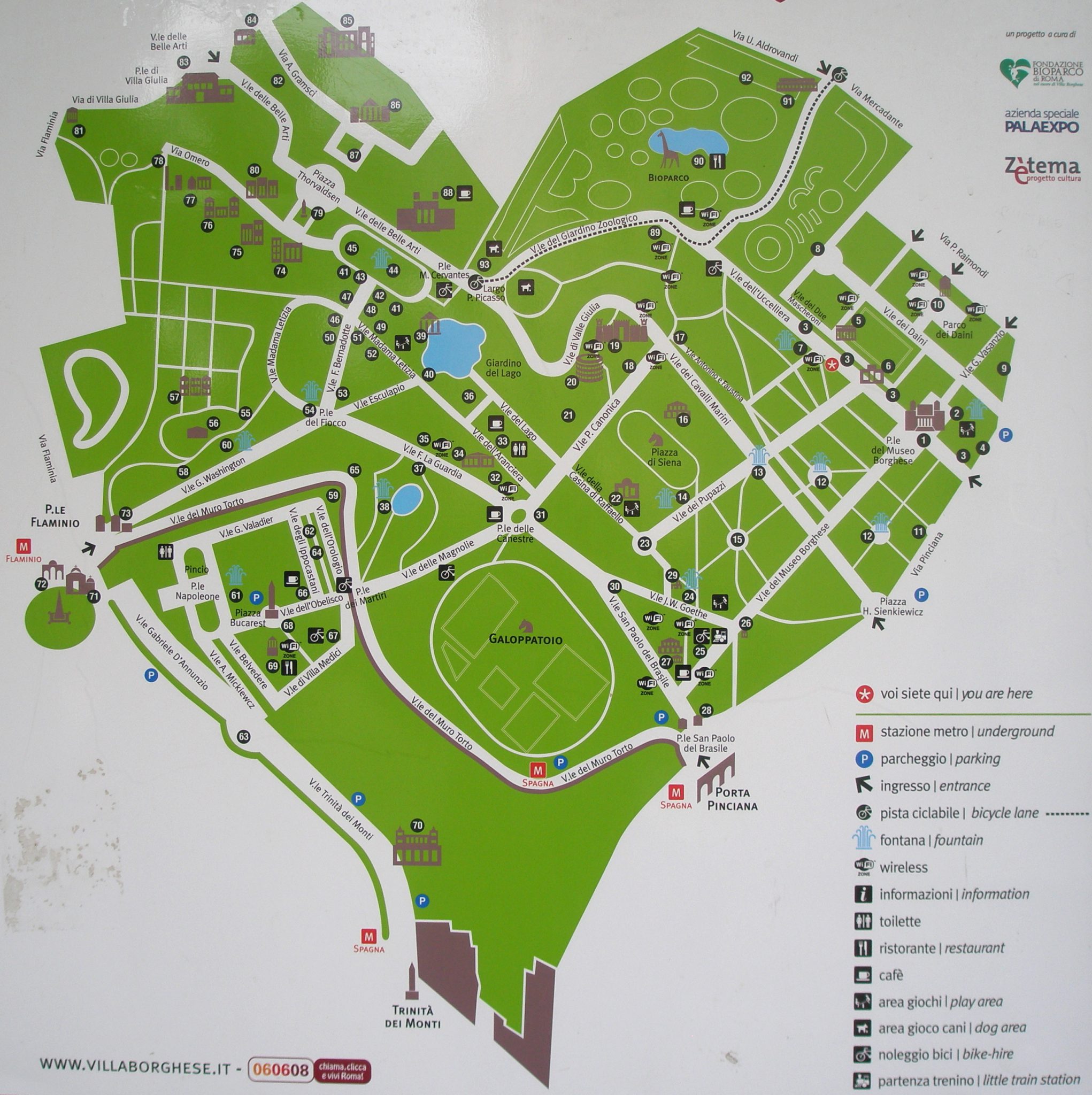
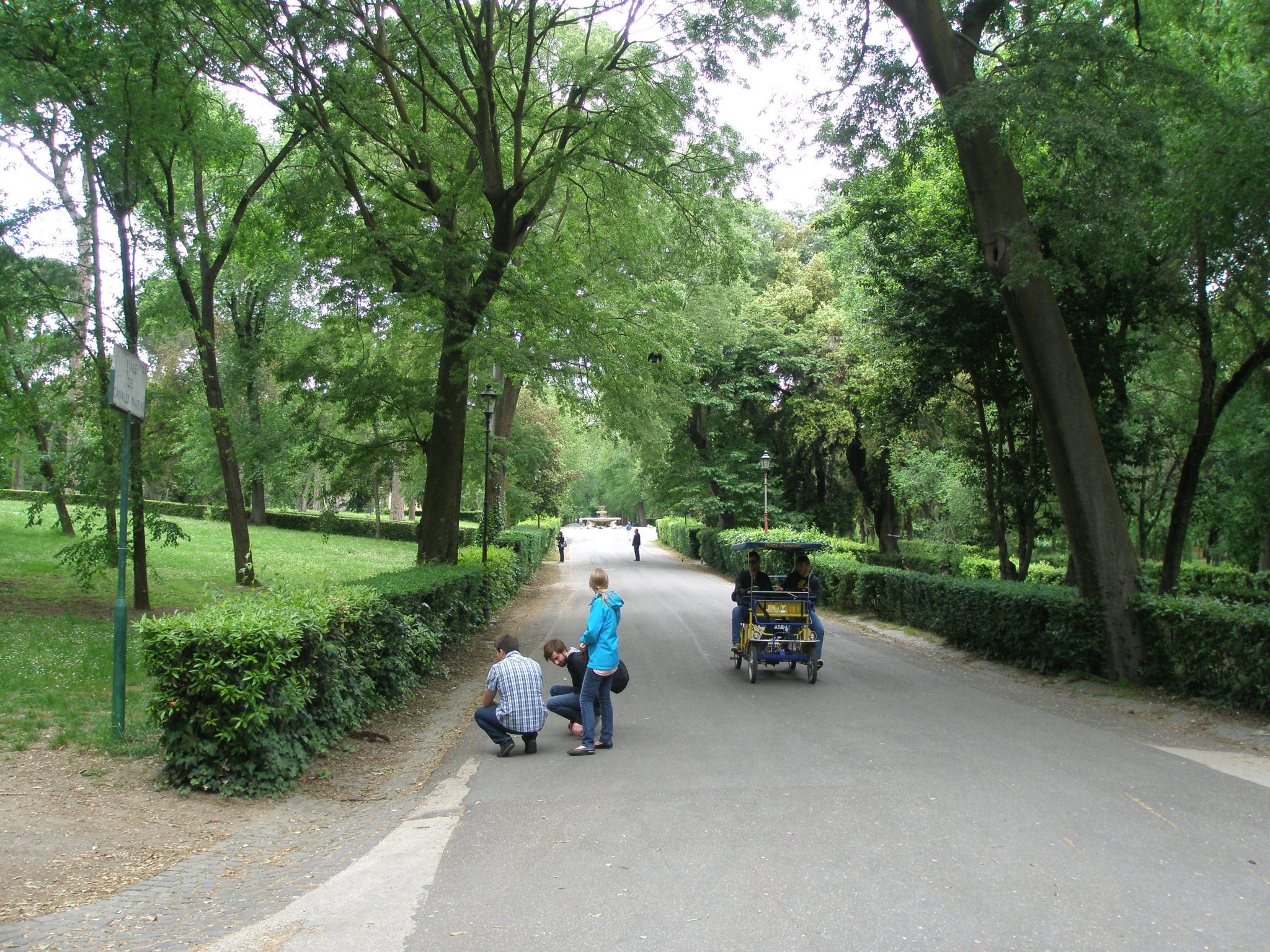
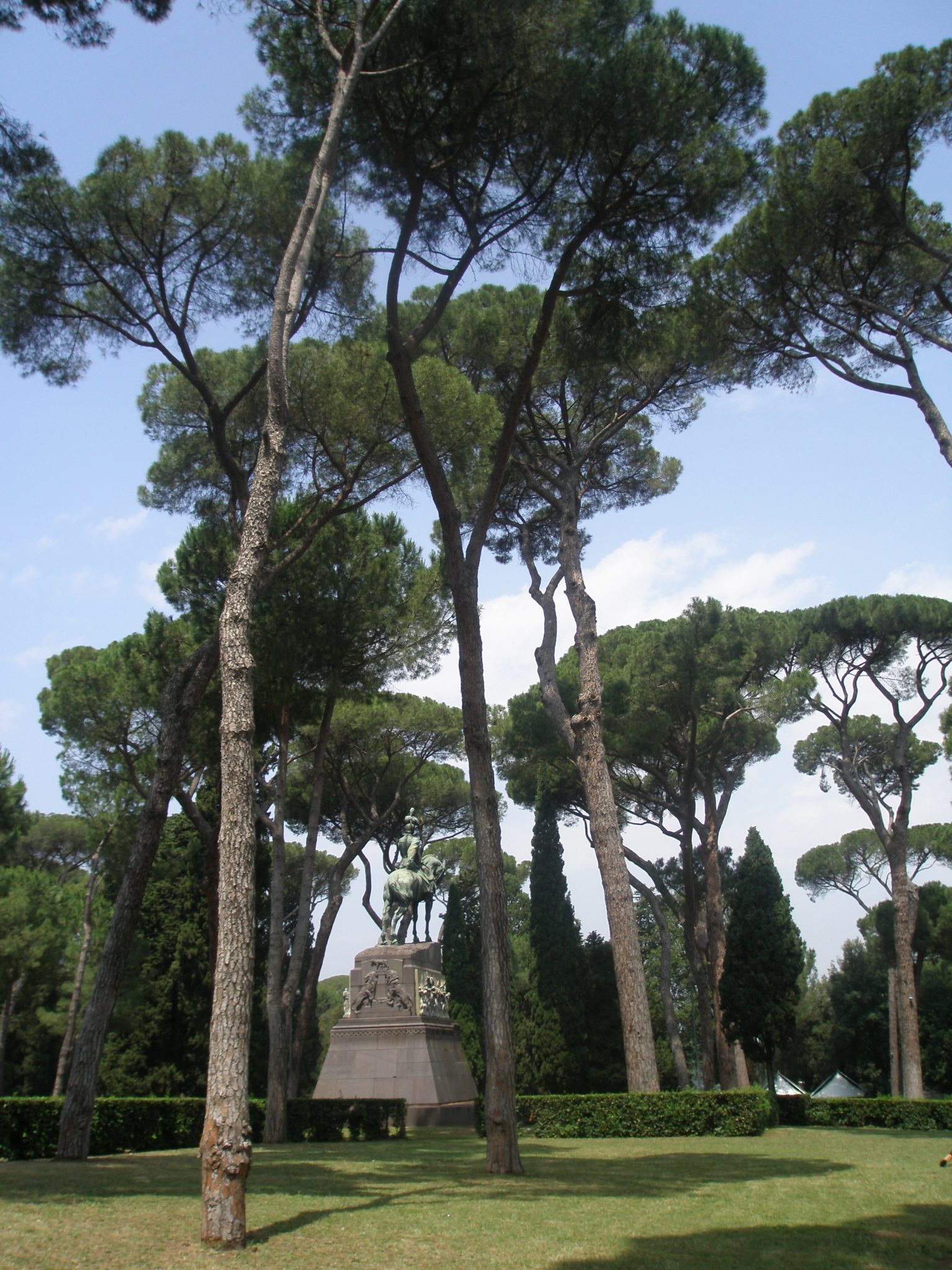
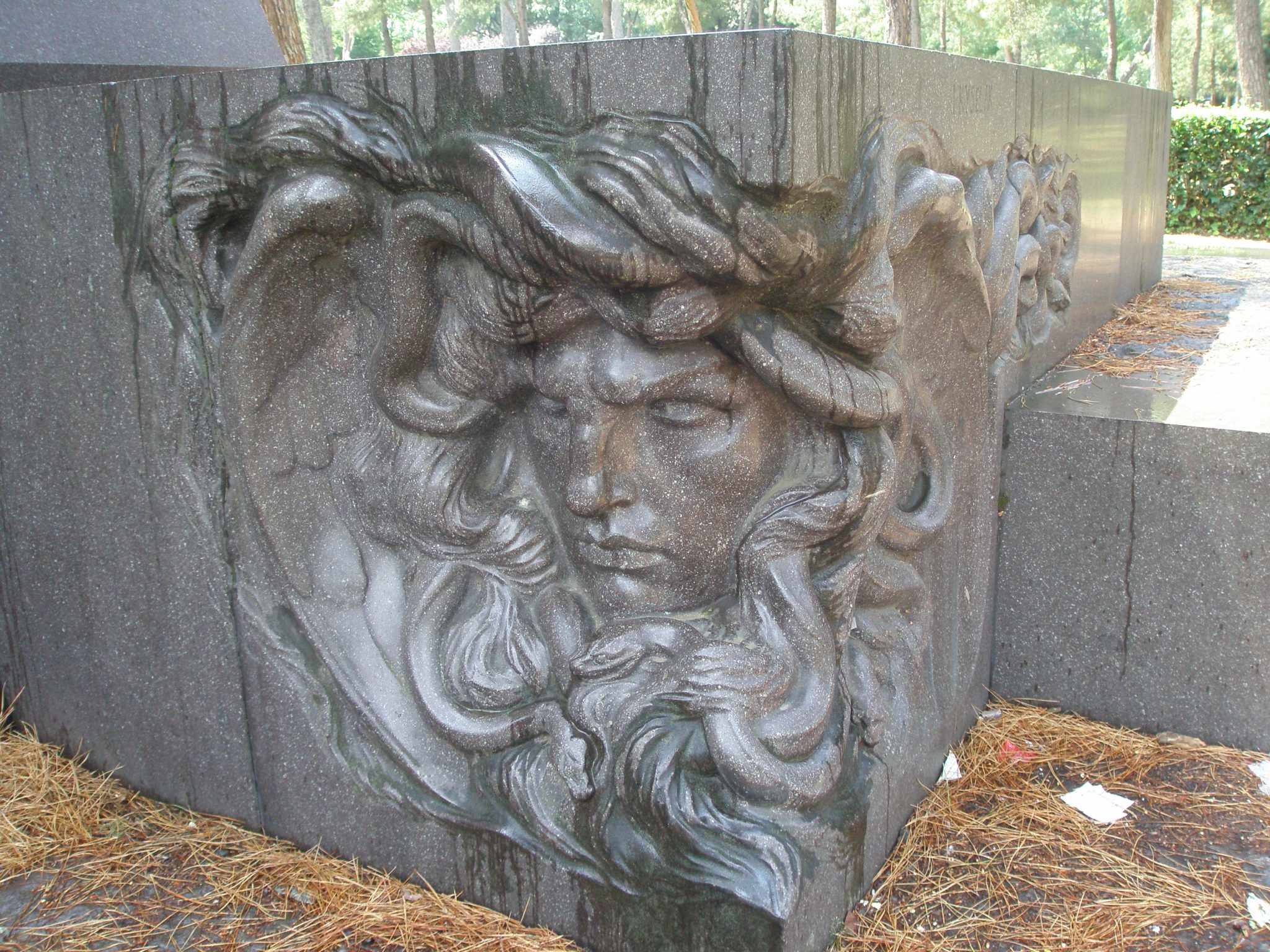
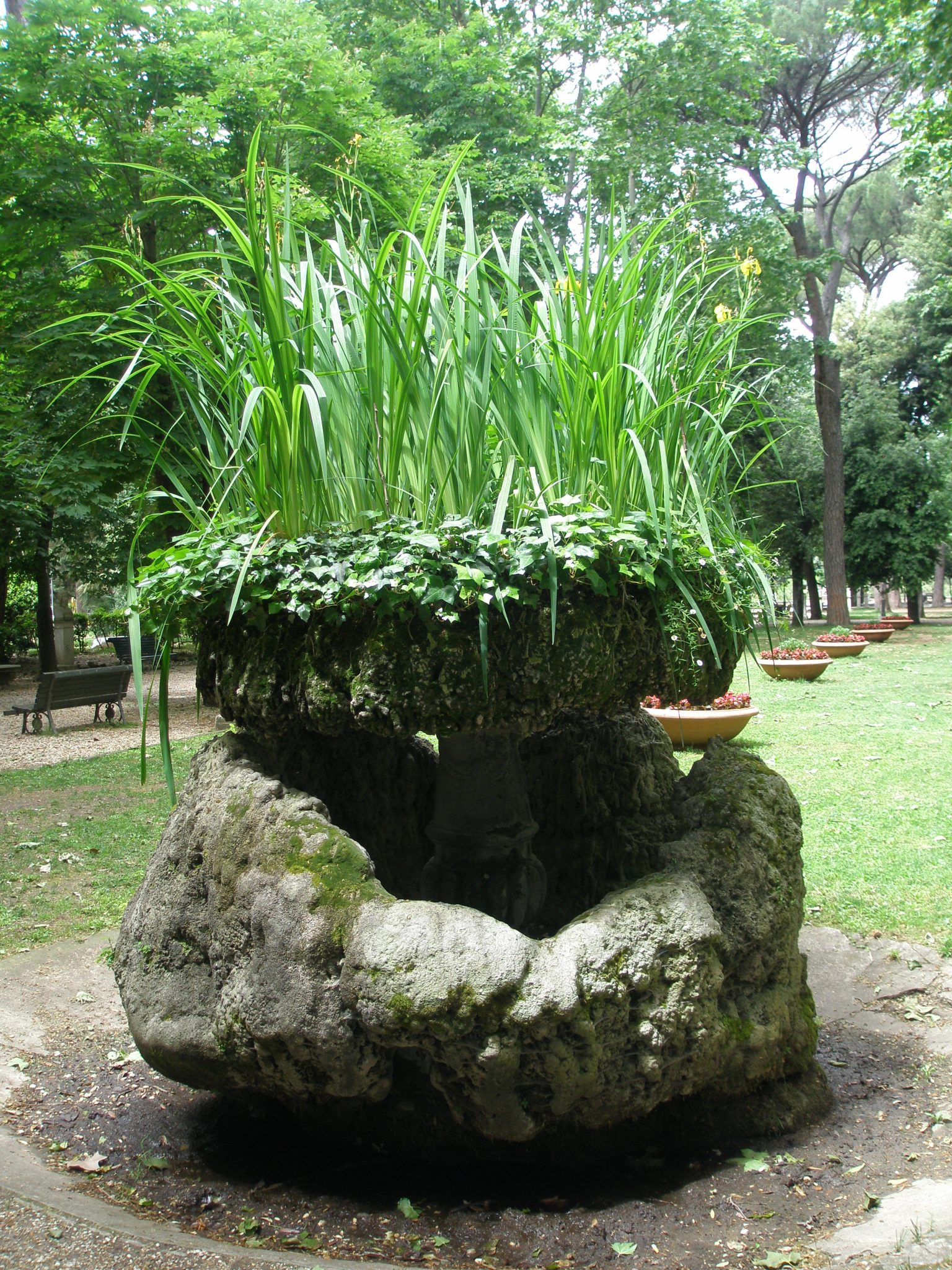
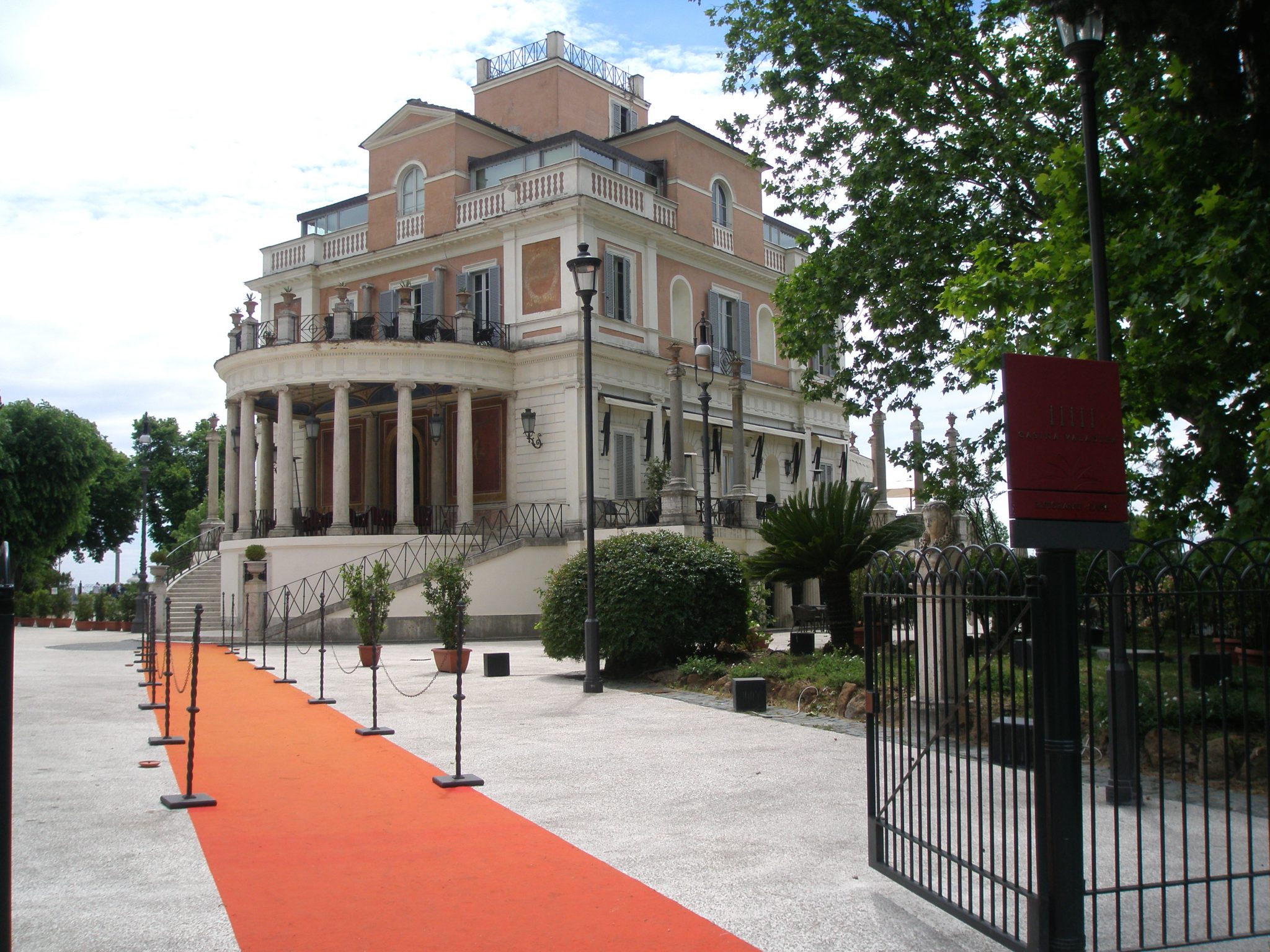
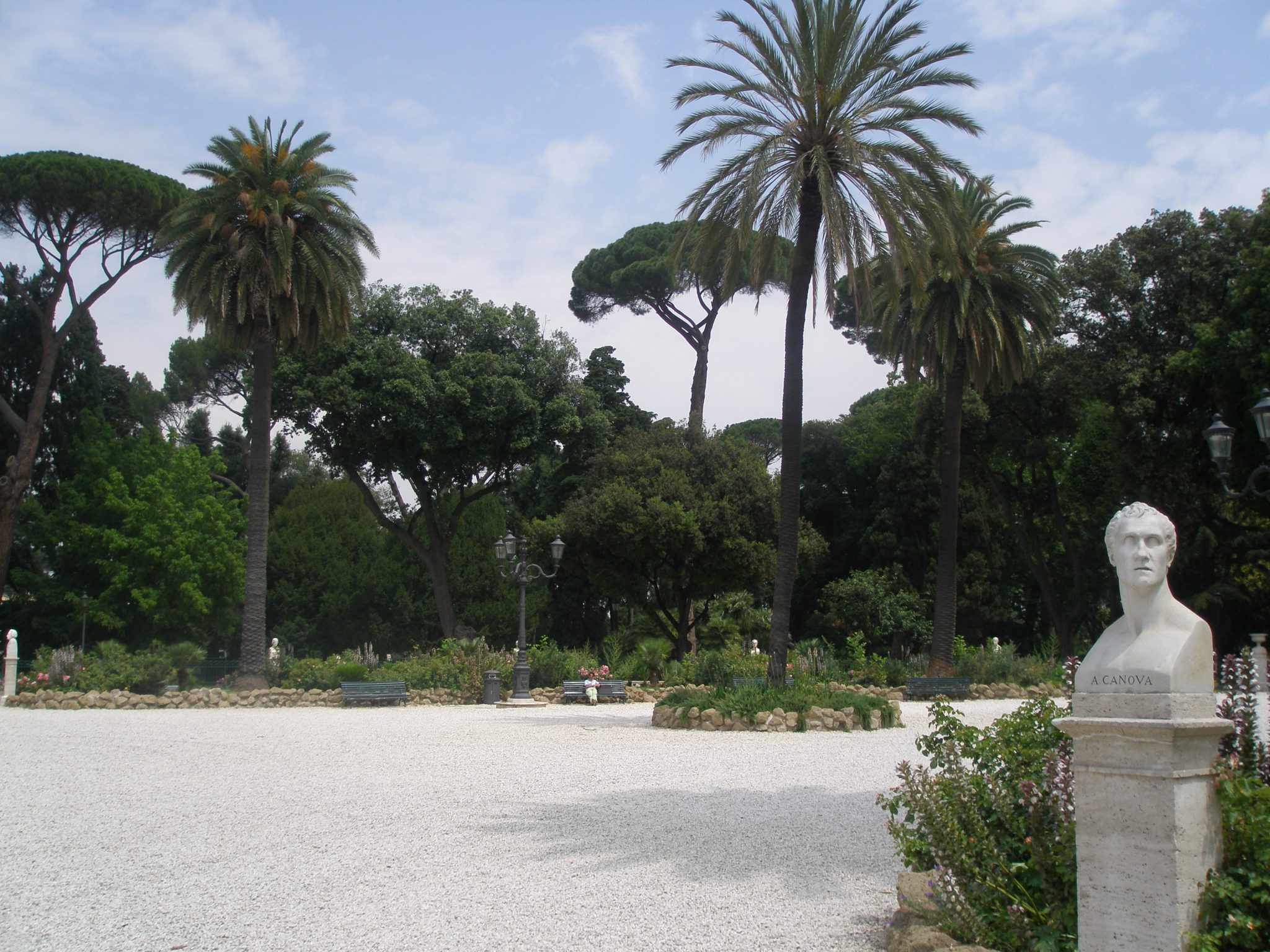
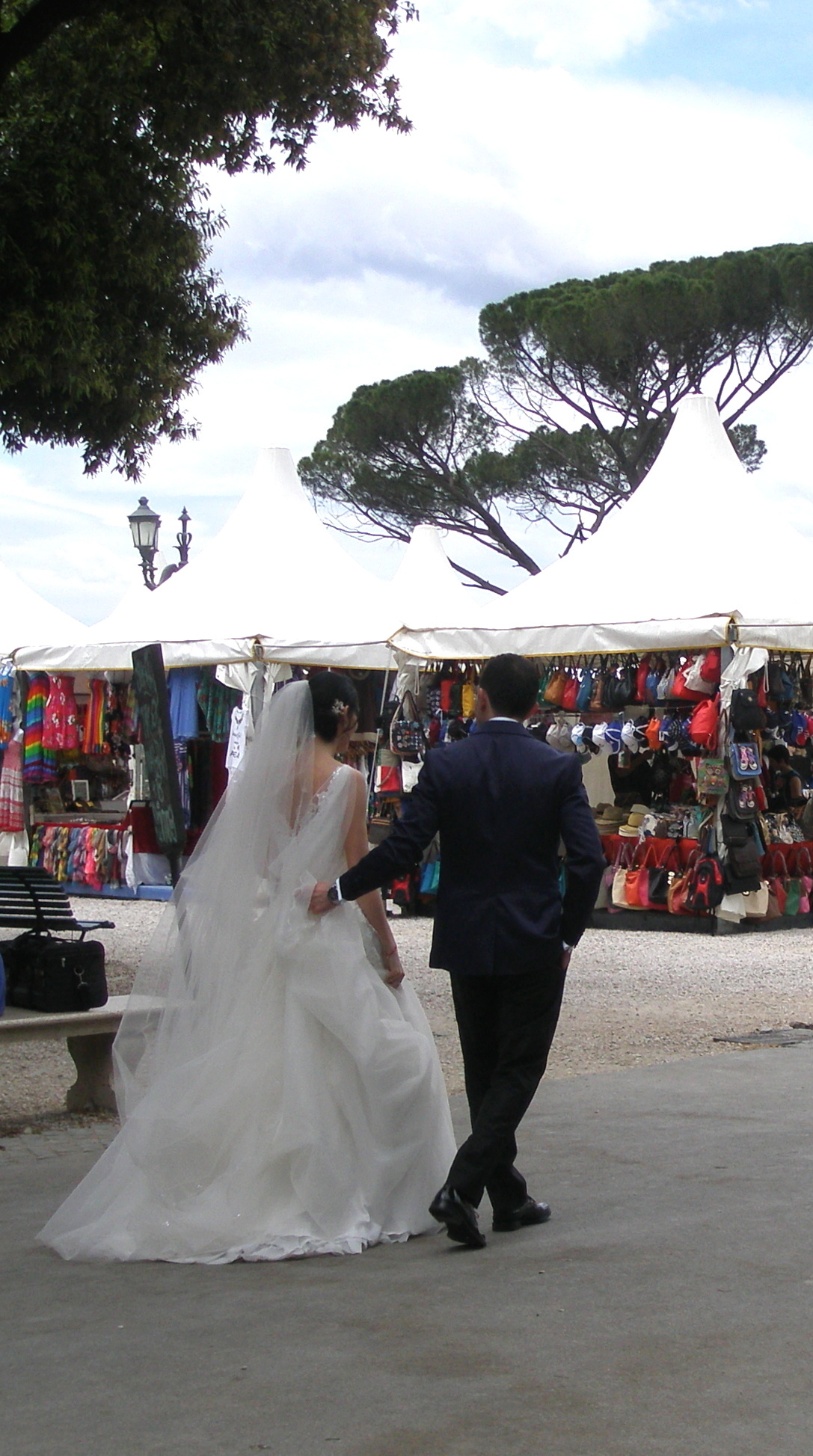
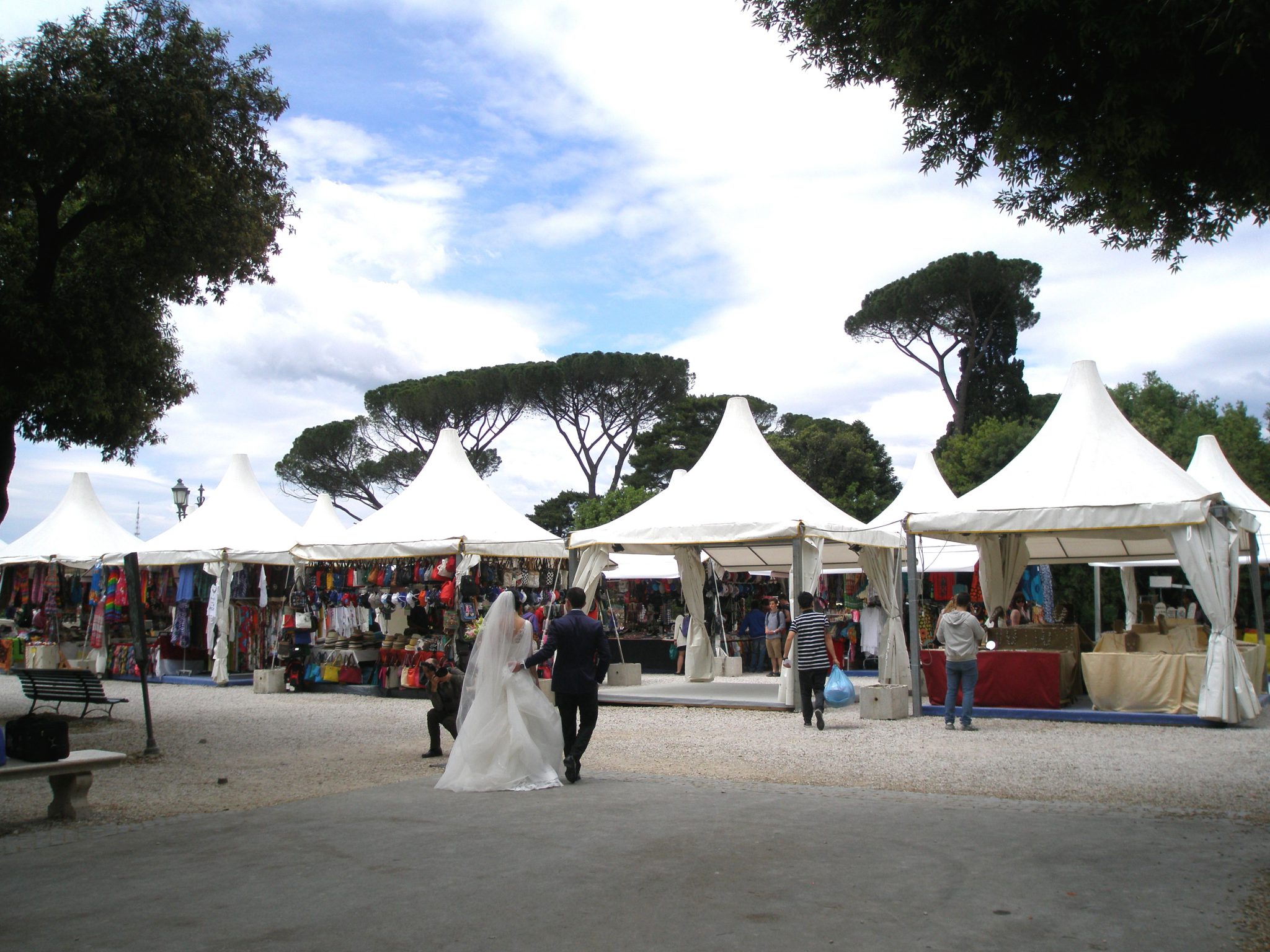
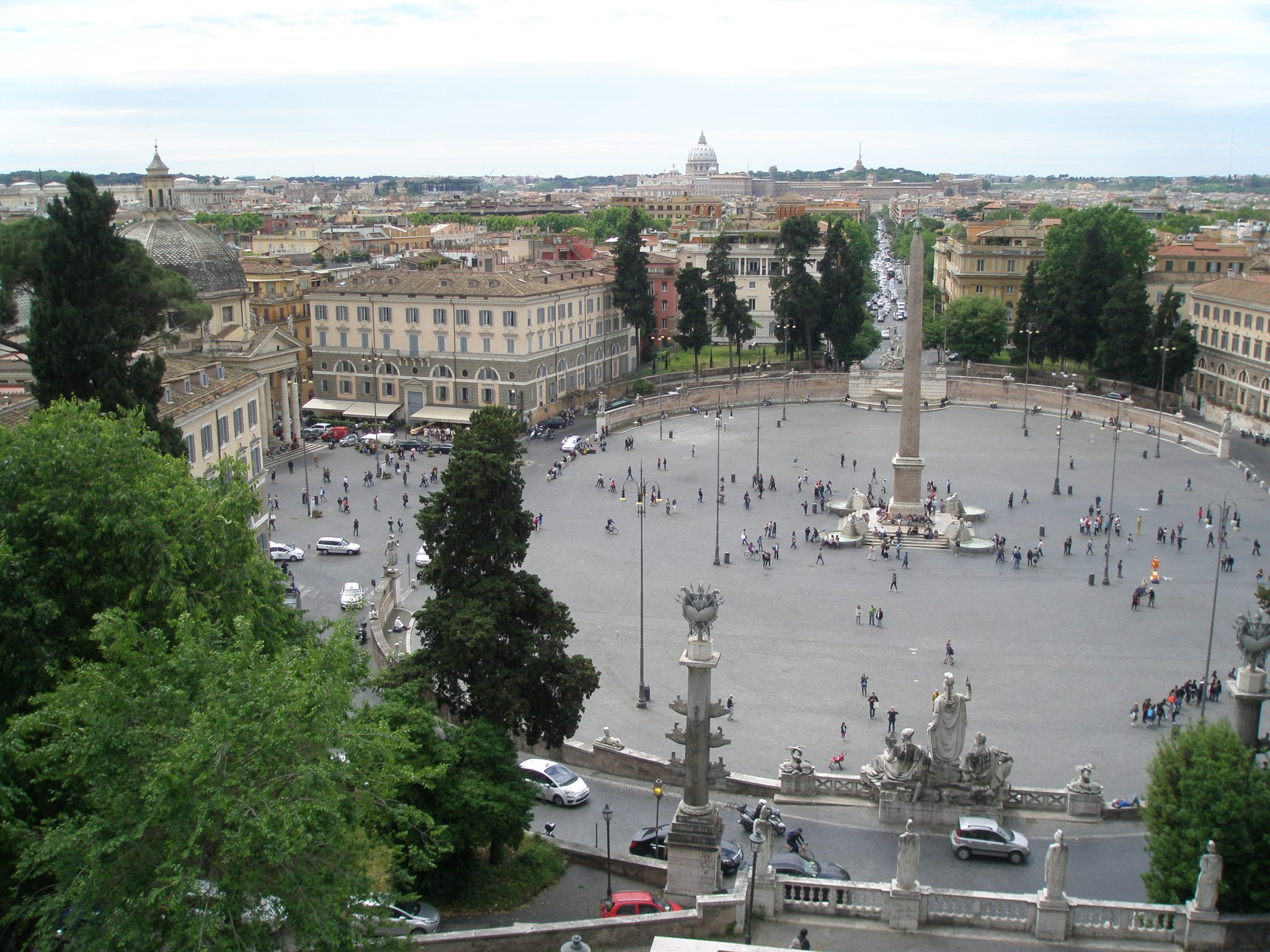
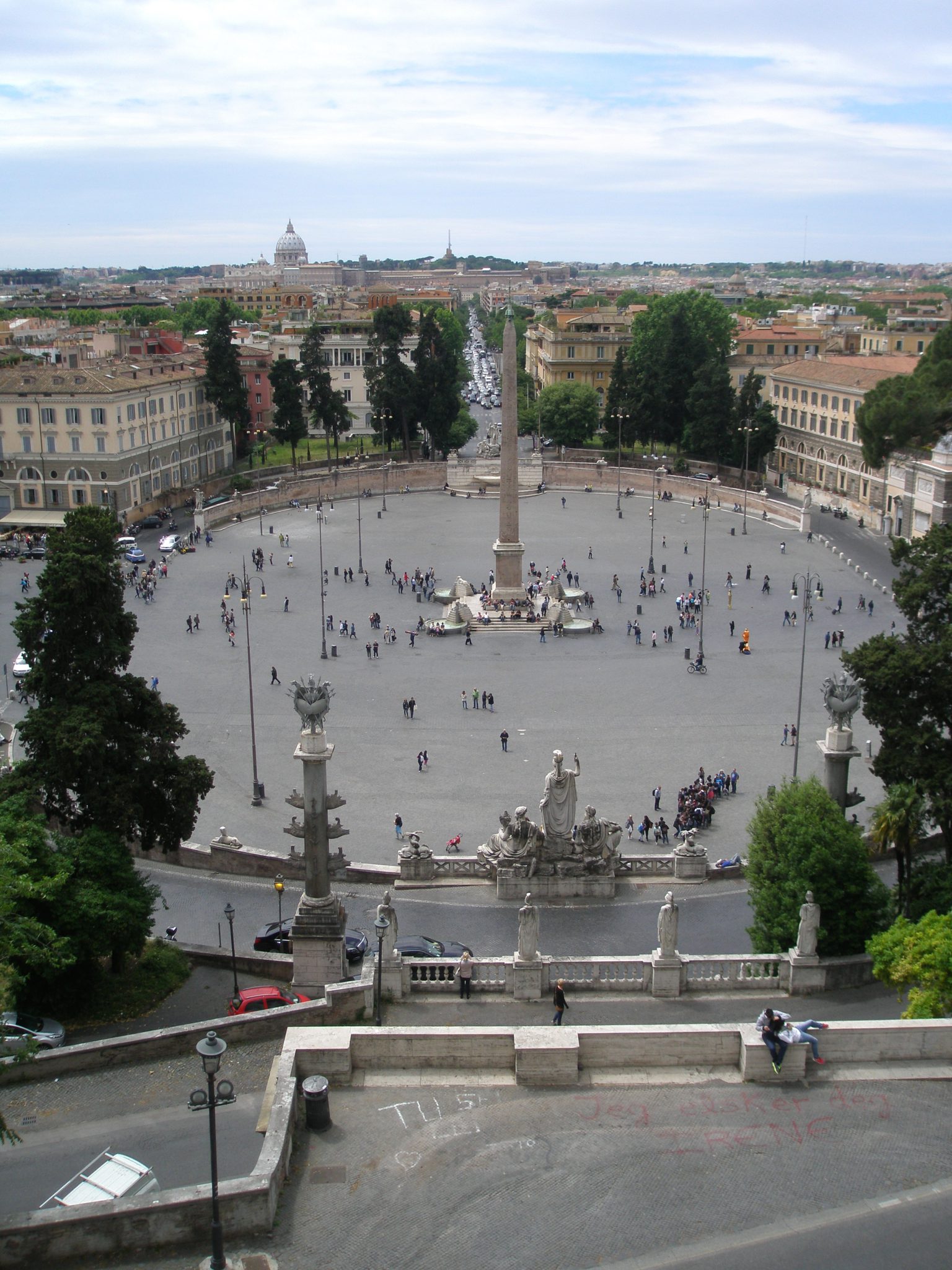
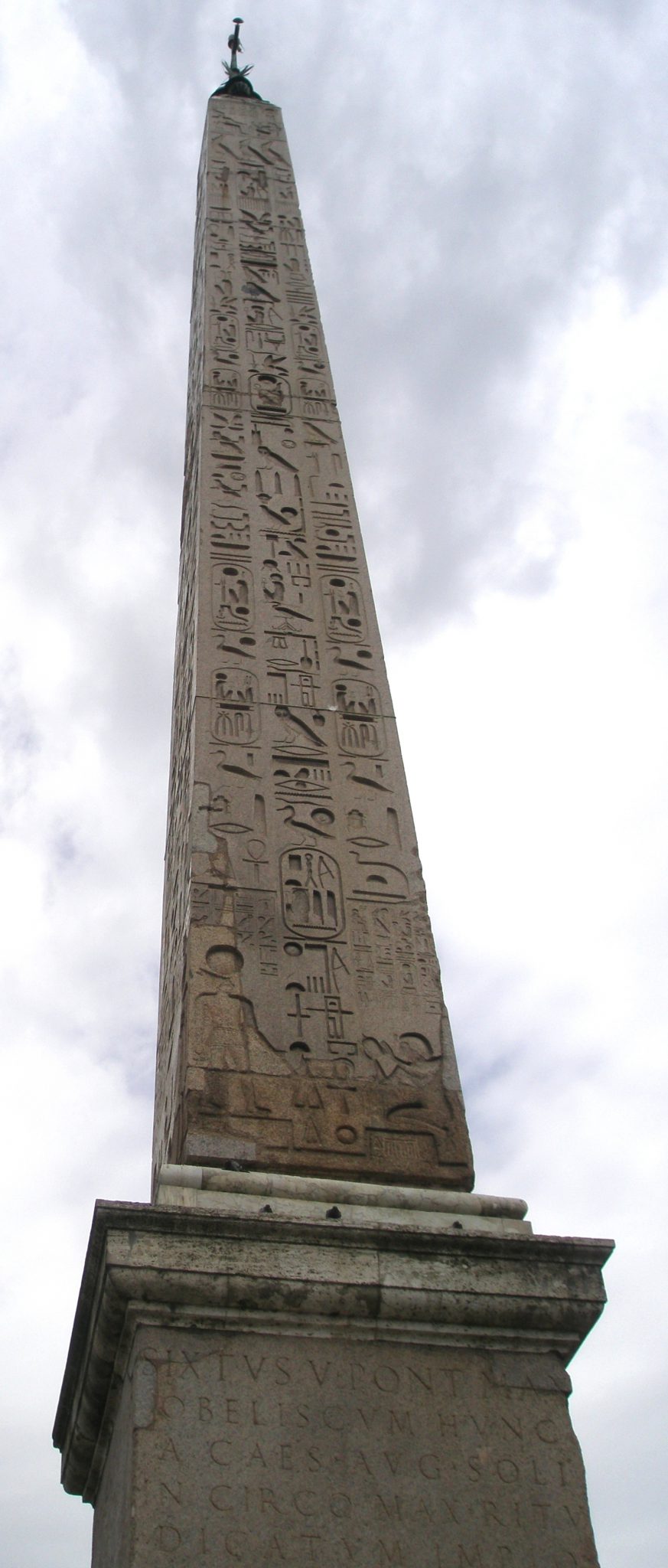
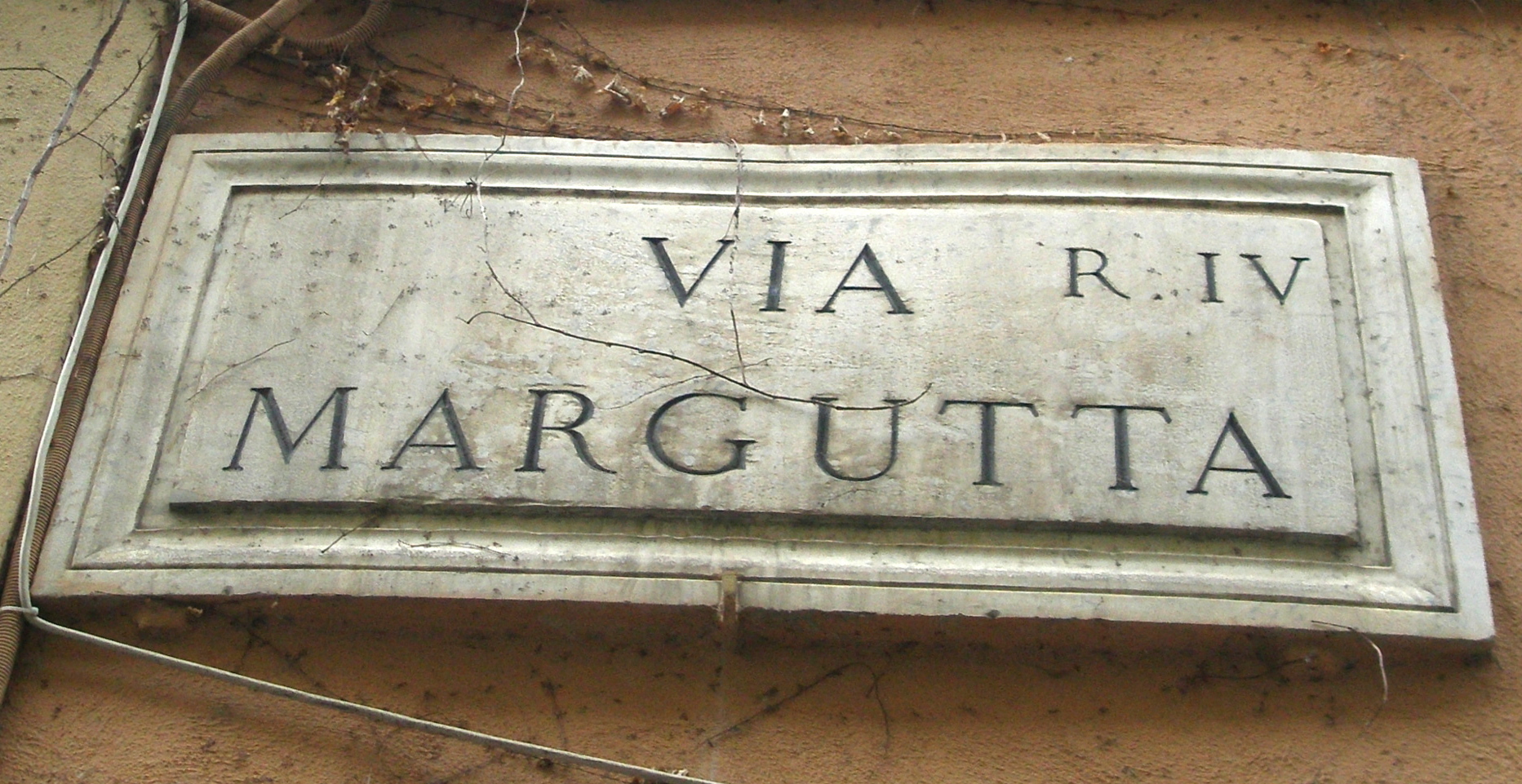
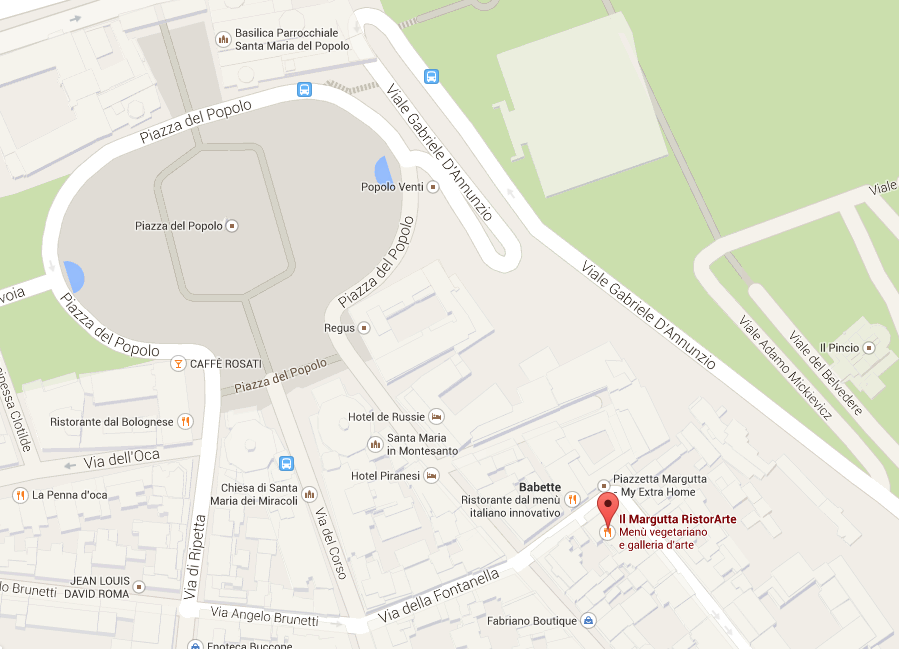

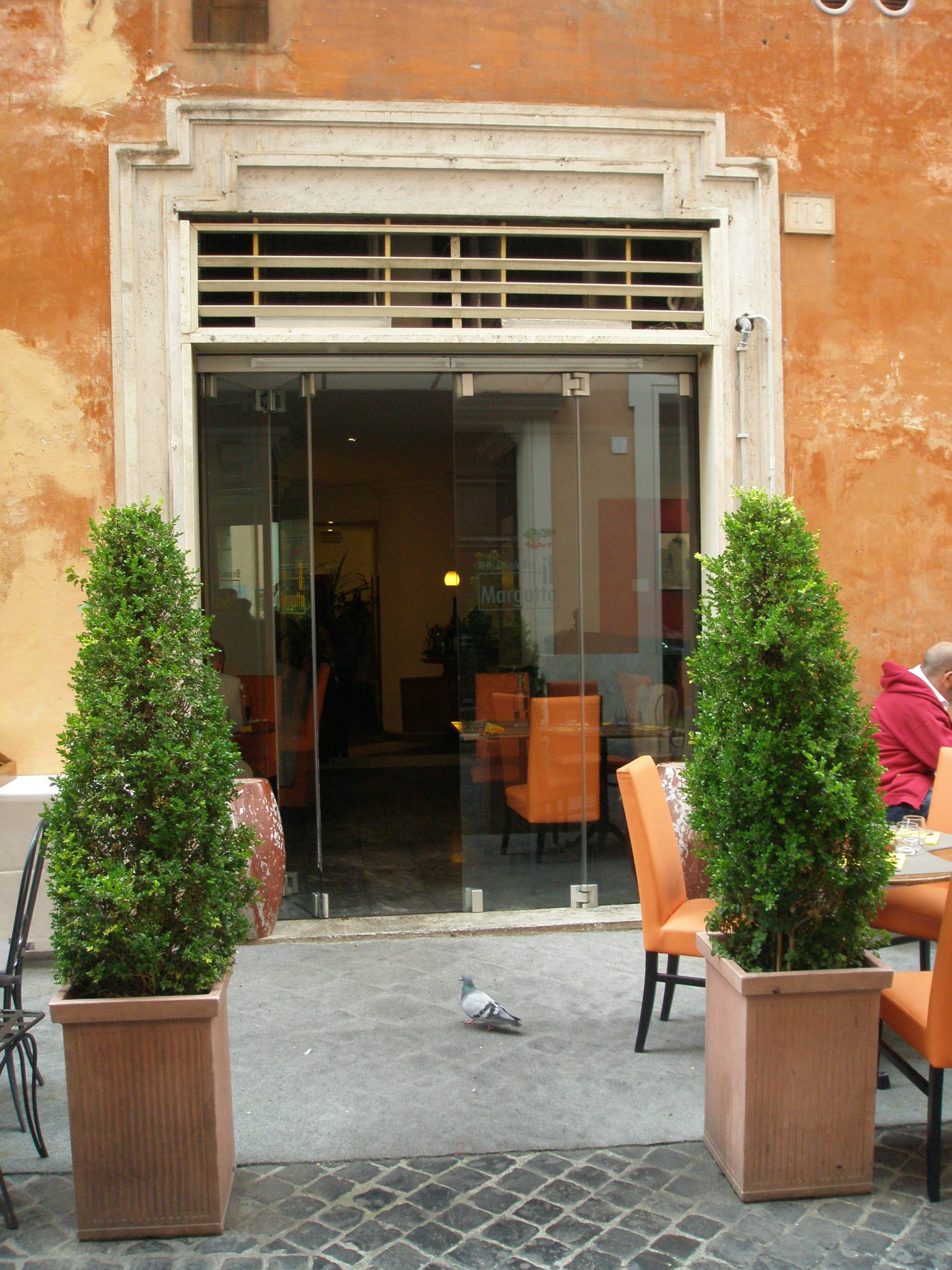
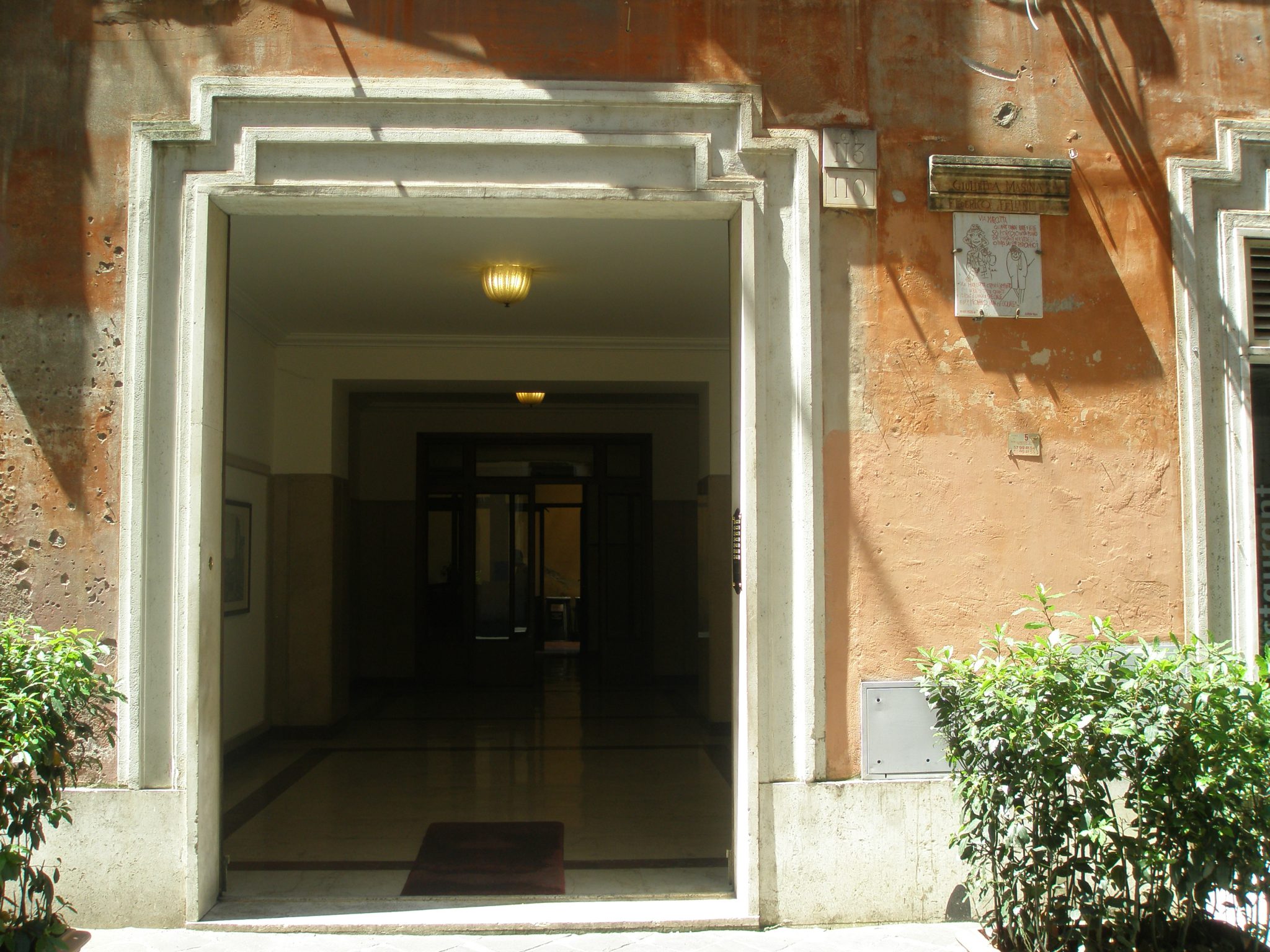
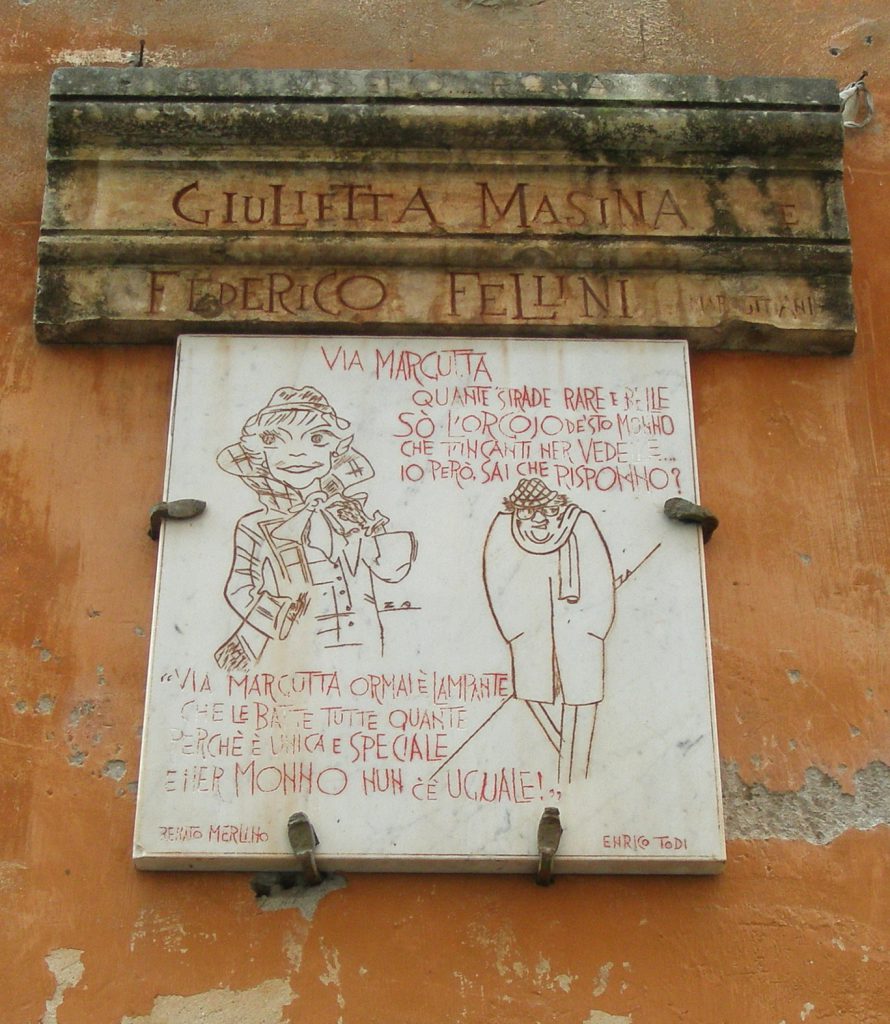

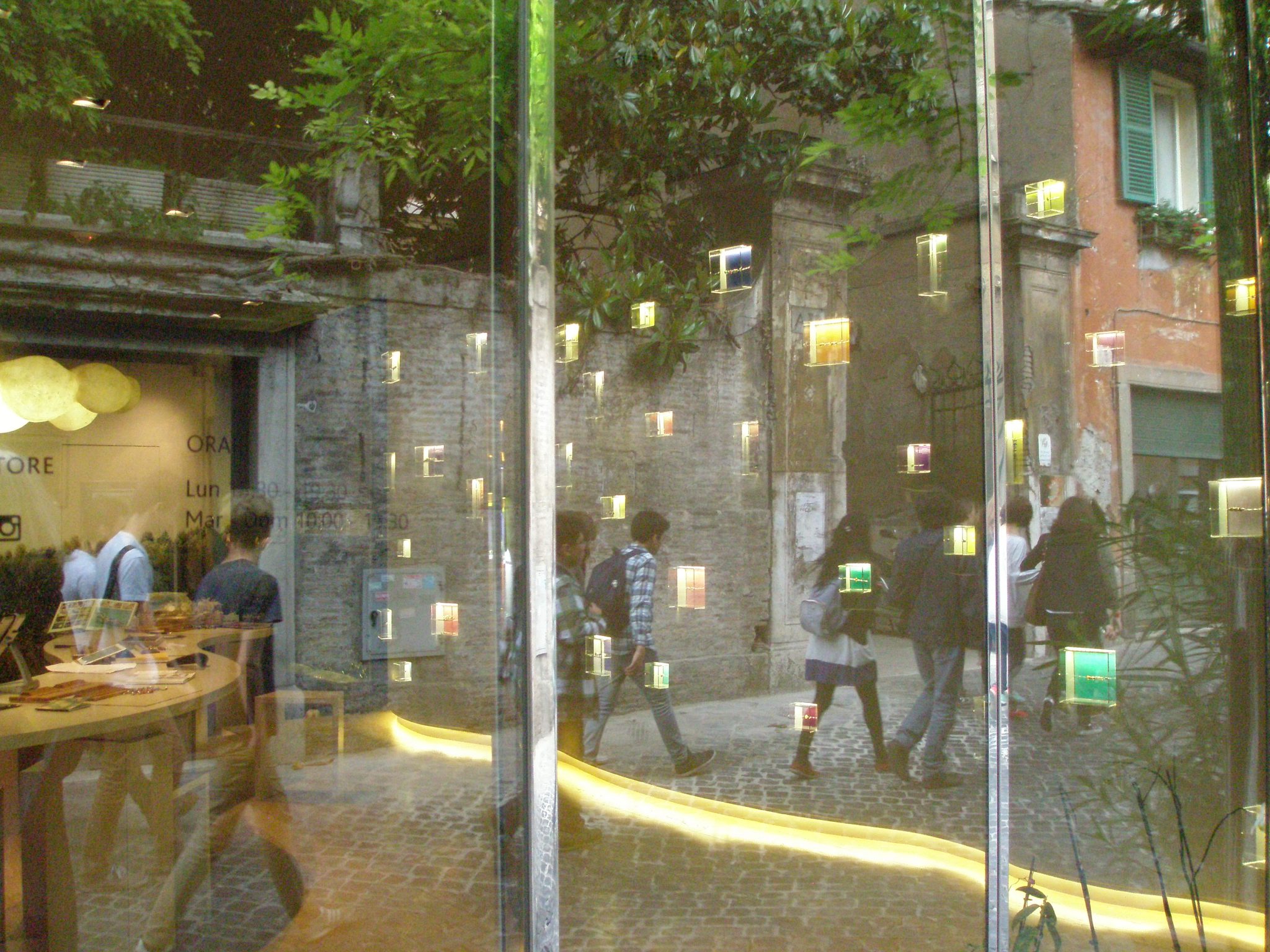
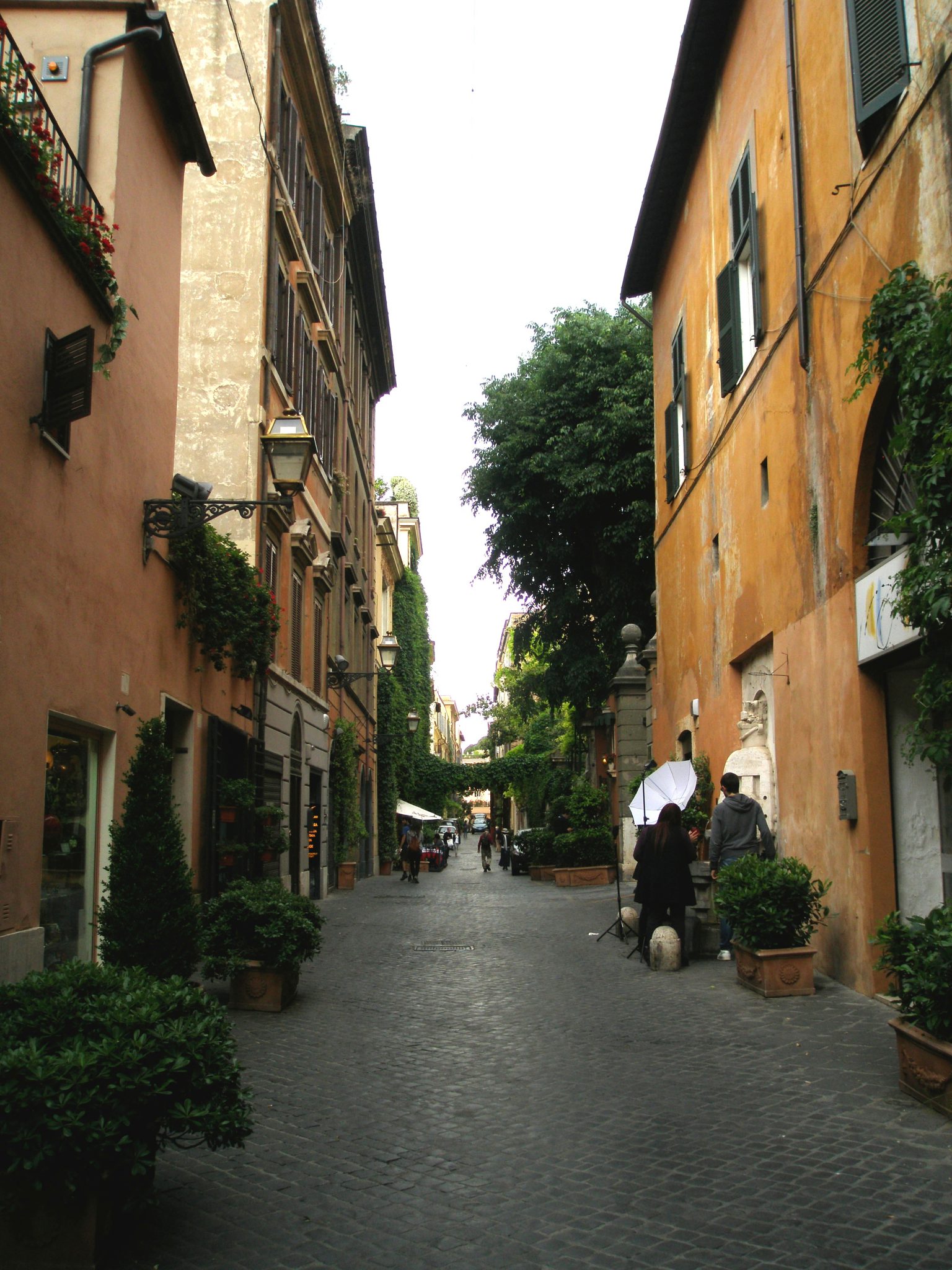
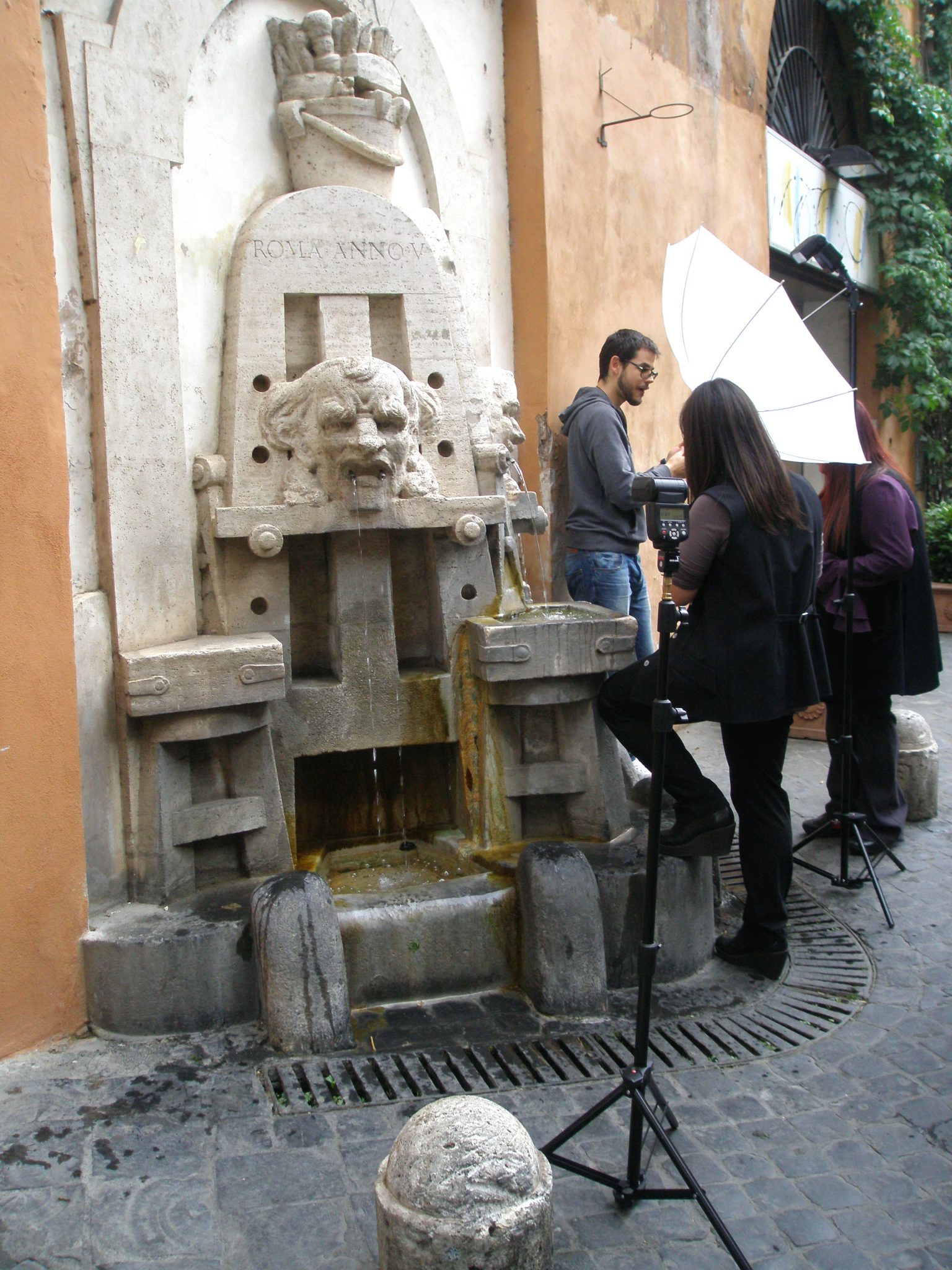

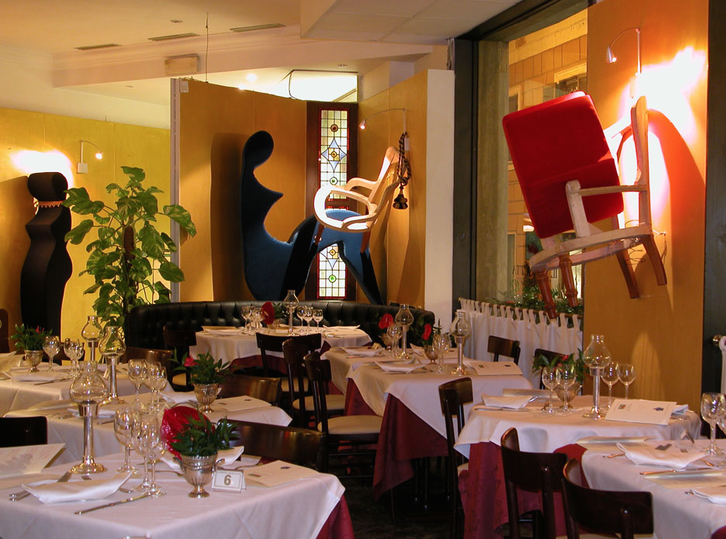
One Response to My Recipe for a Stress-Free Week in Rome